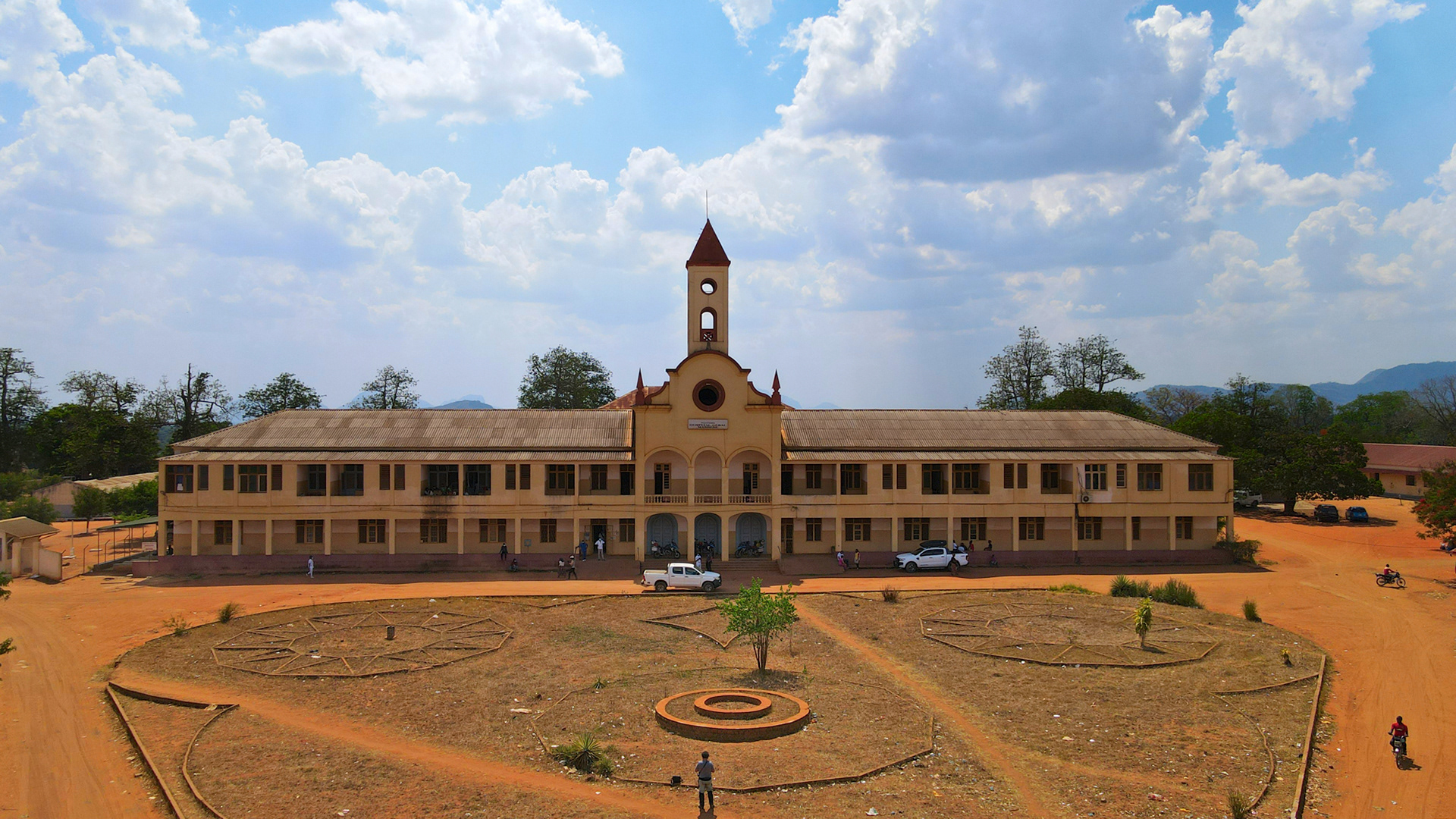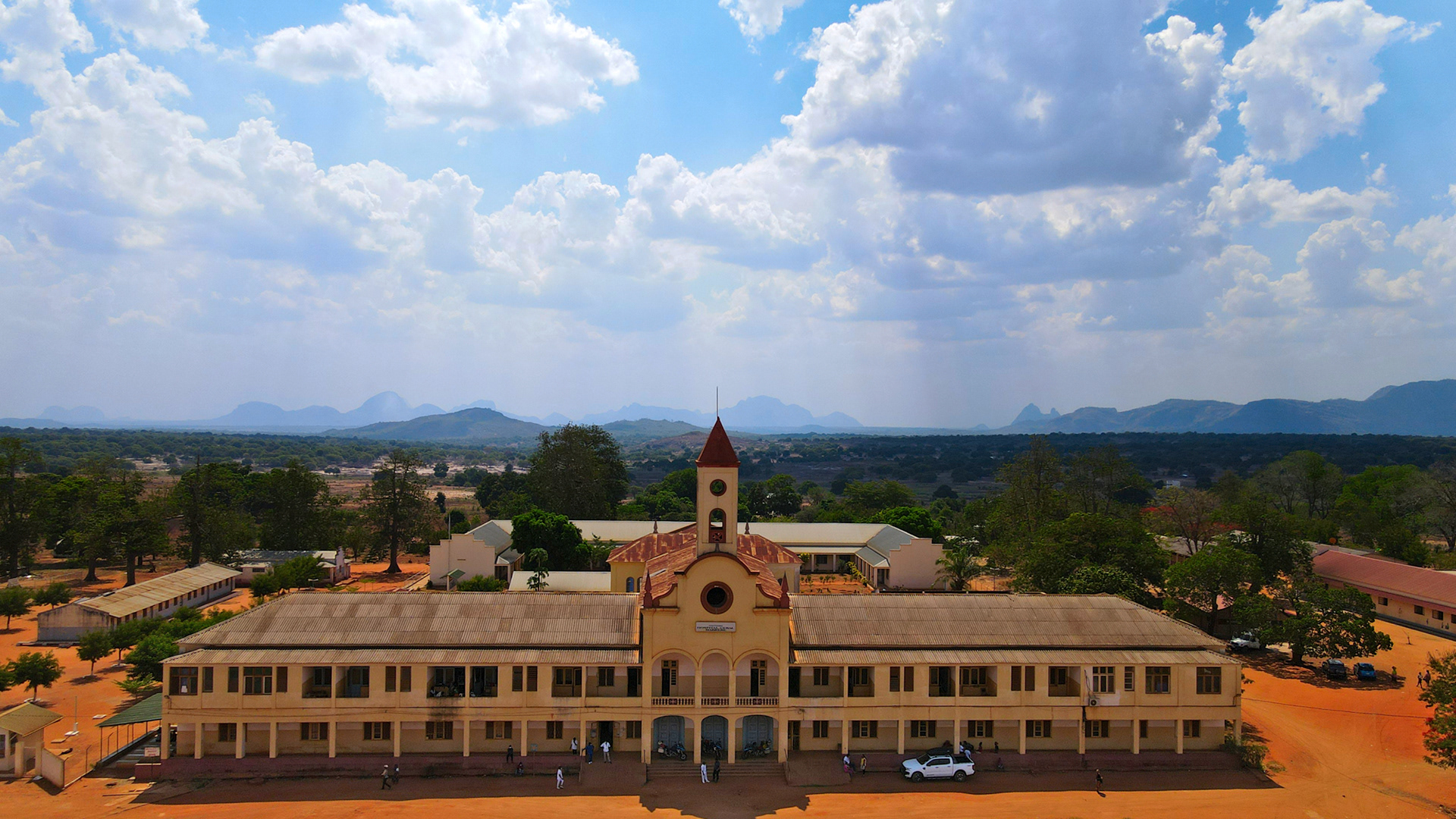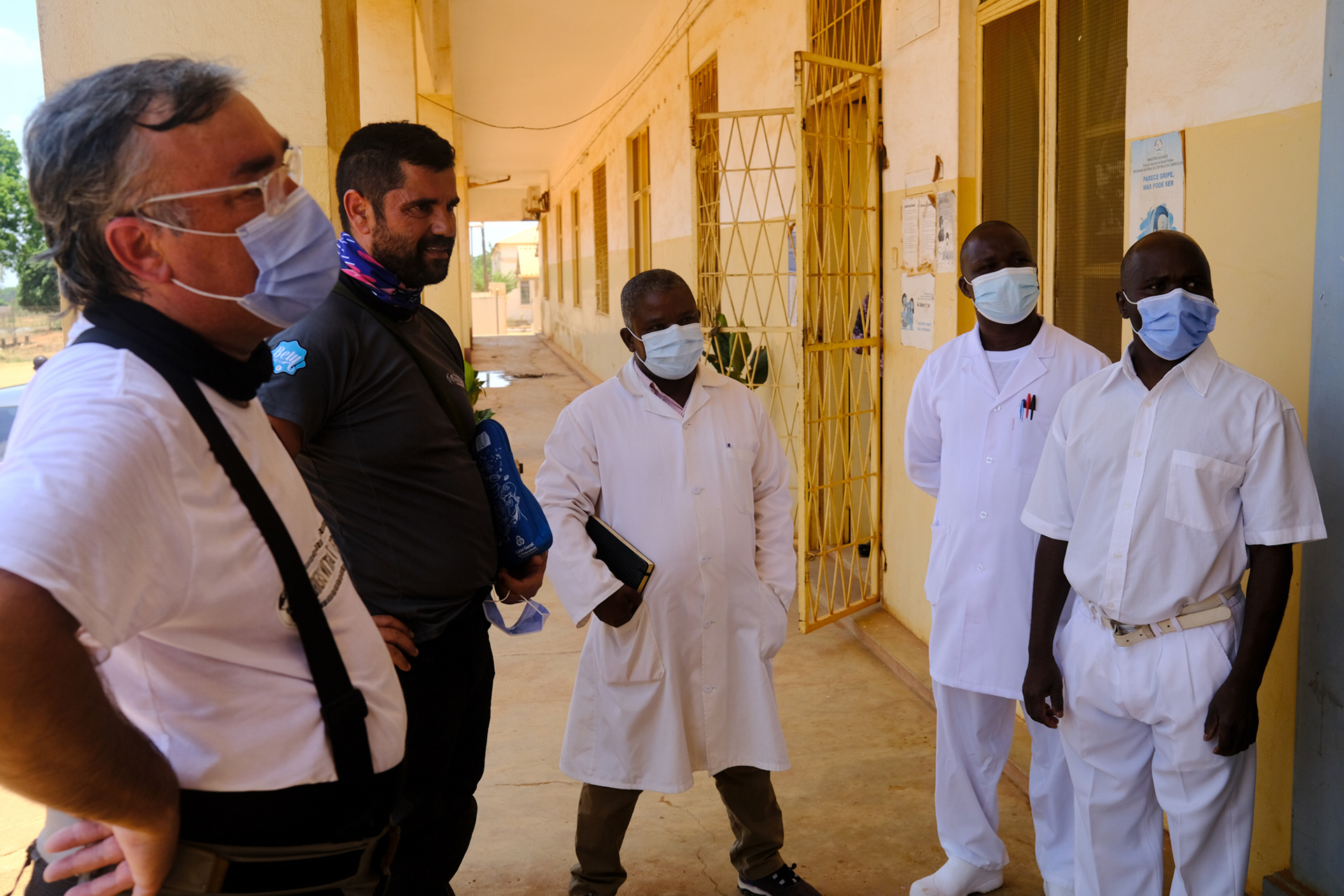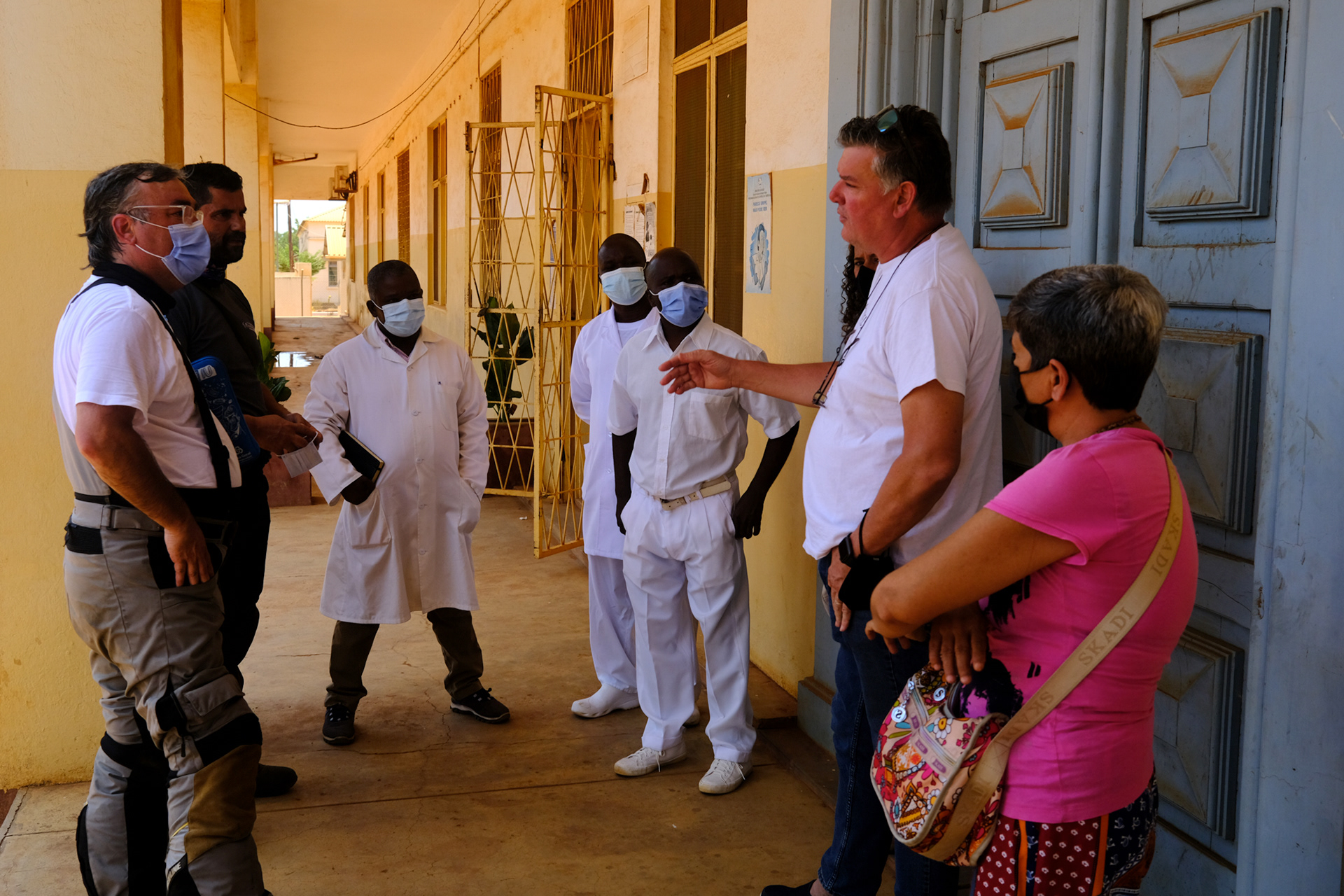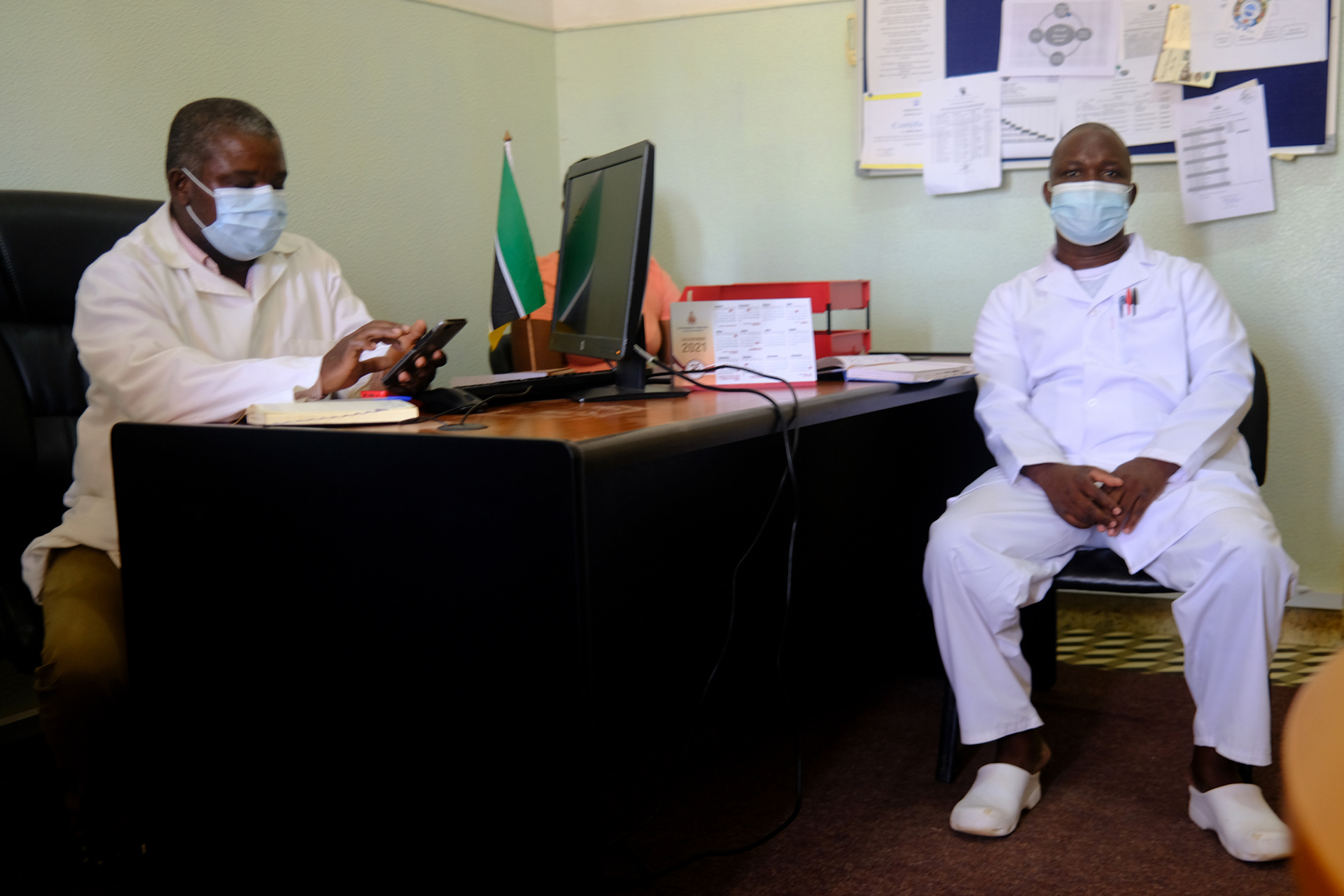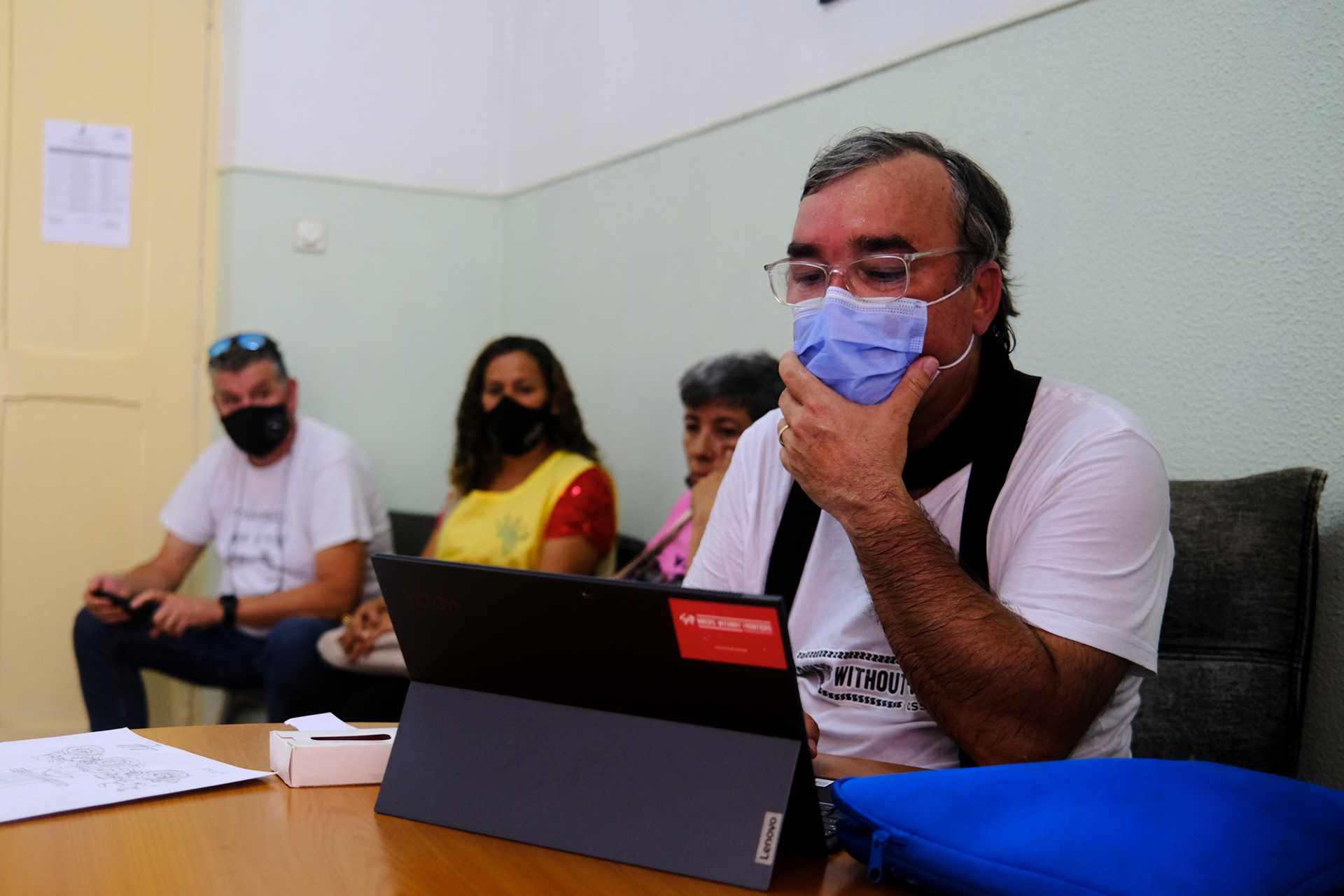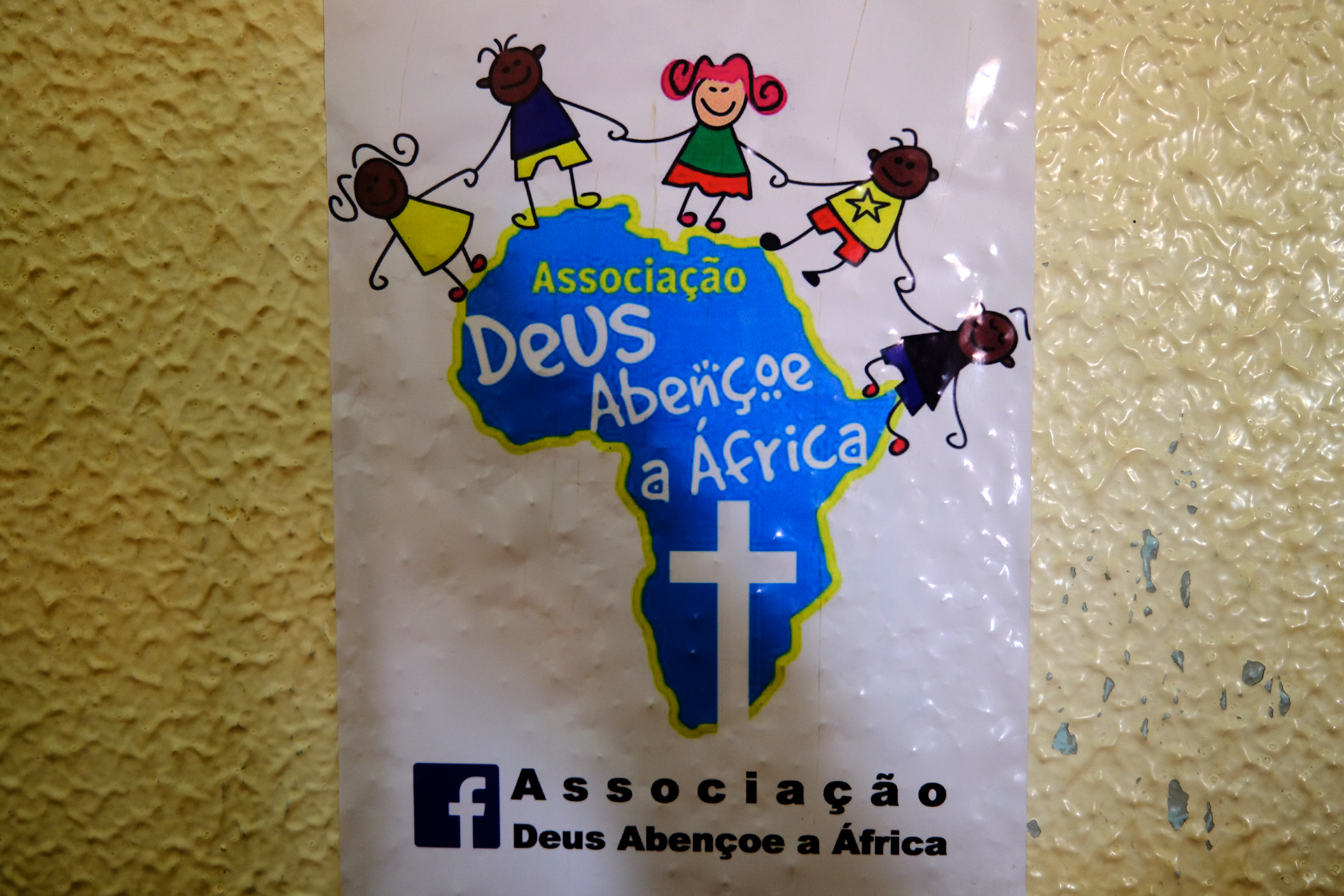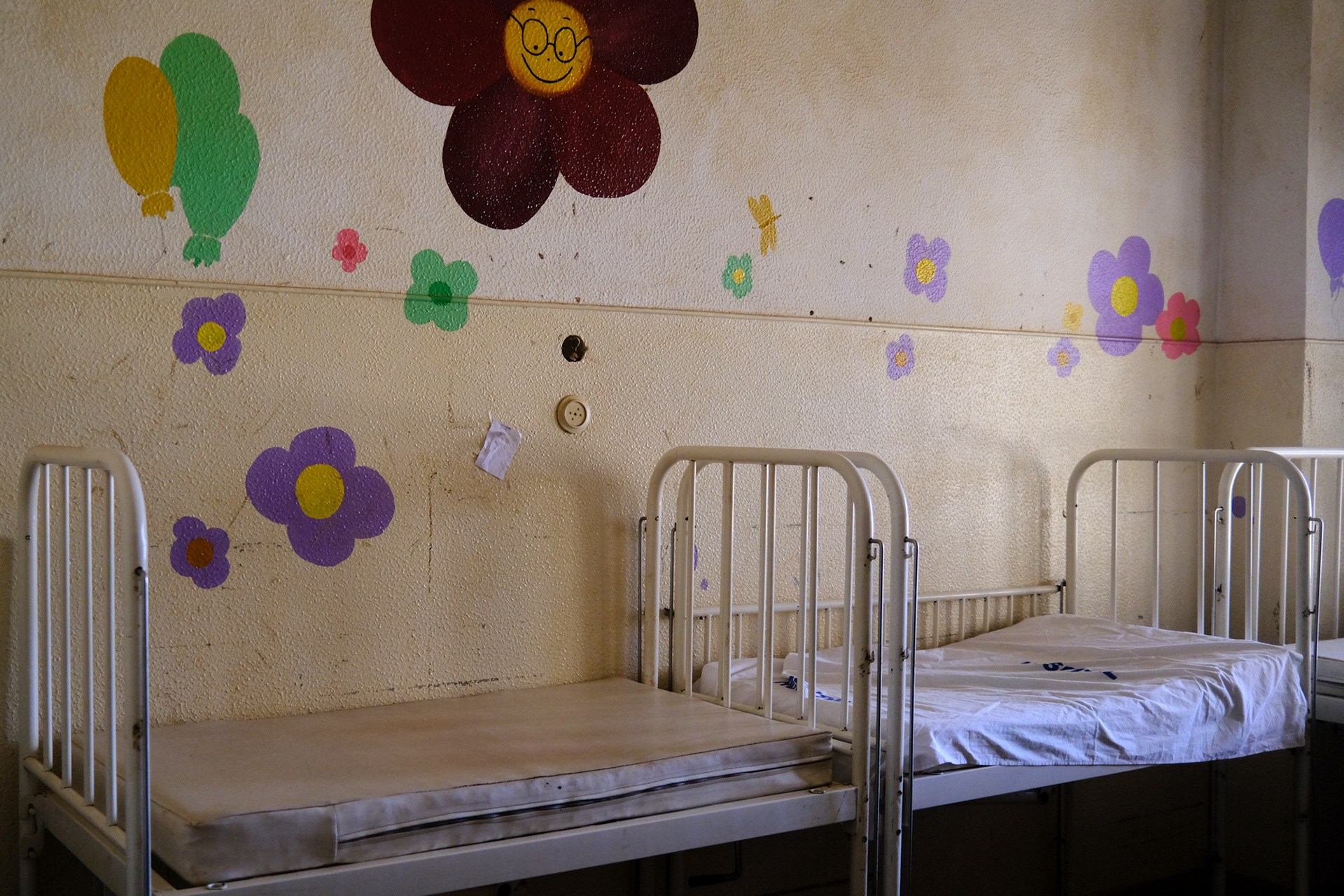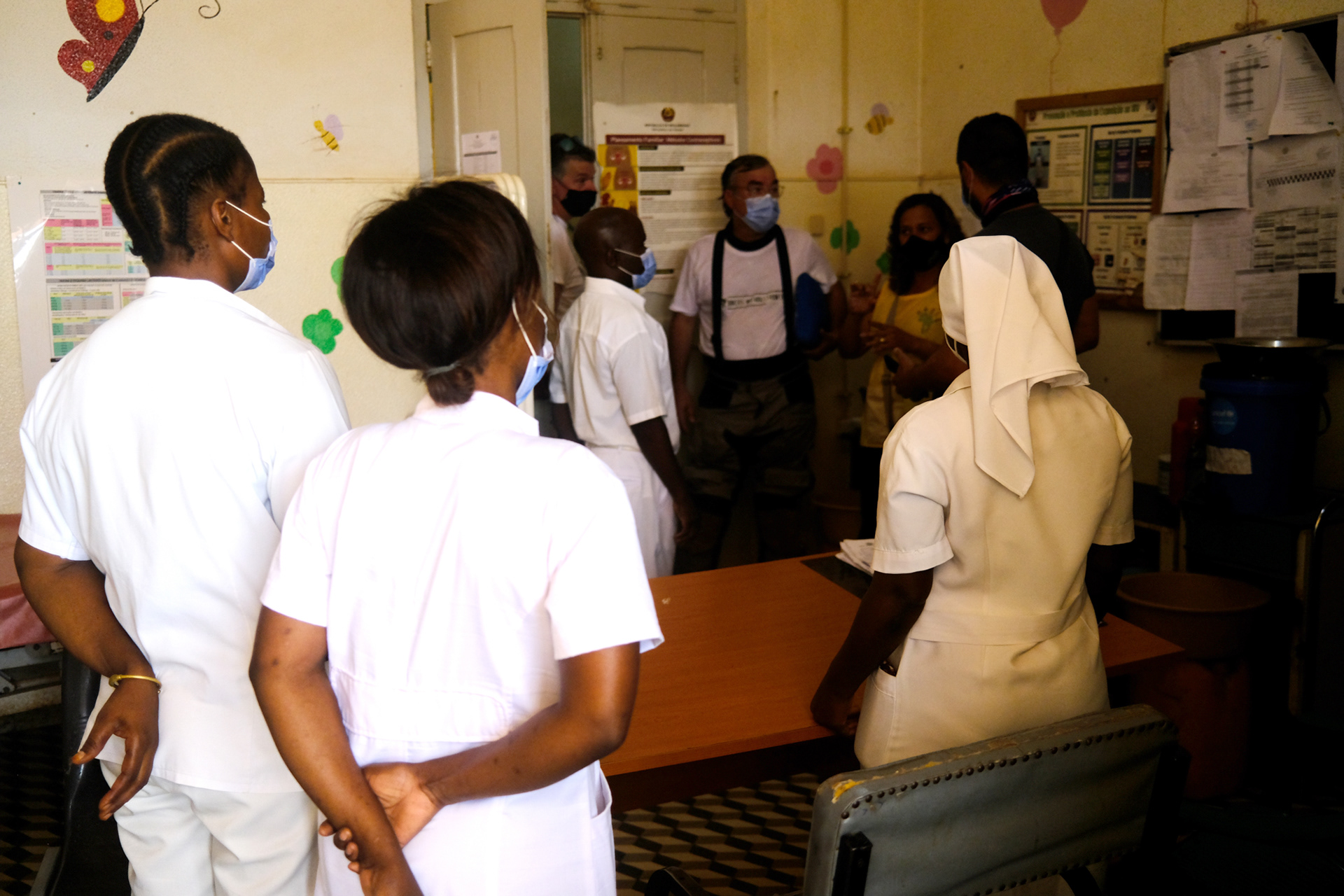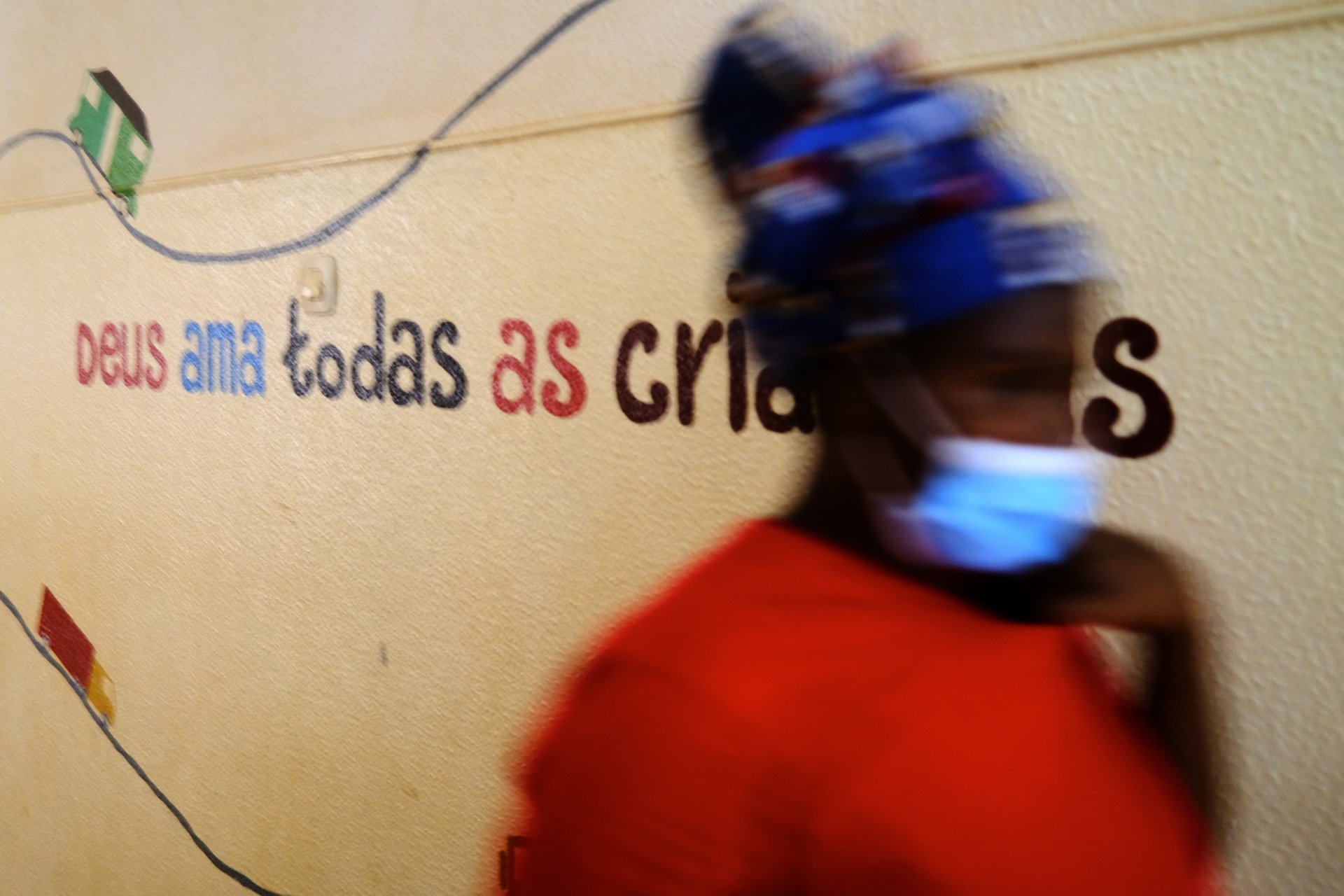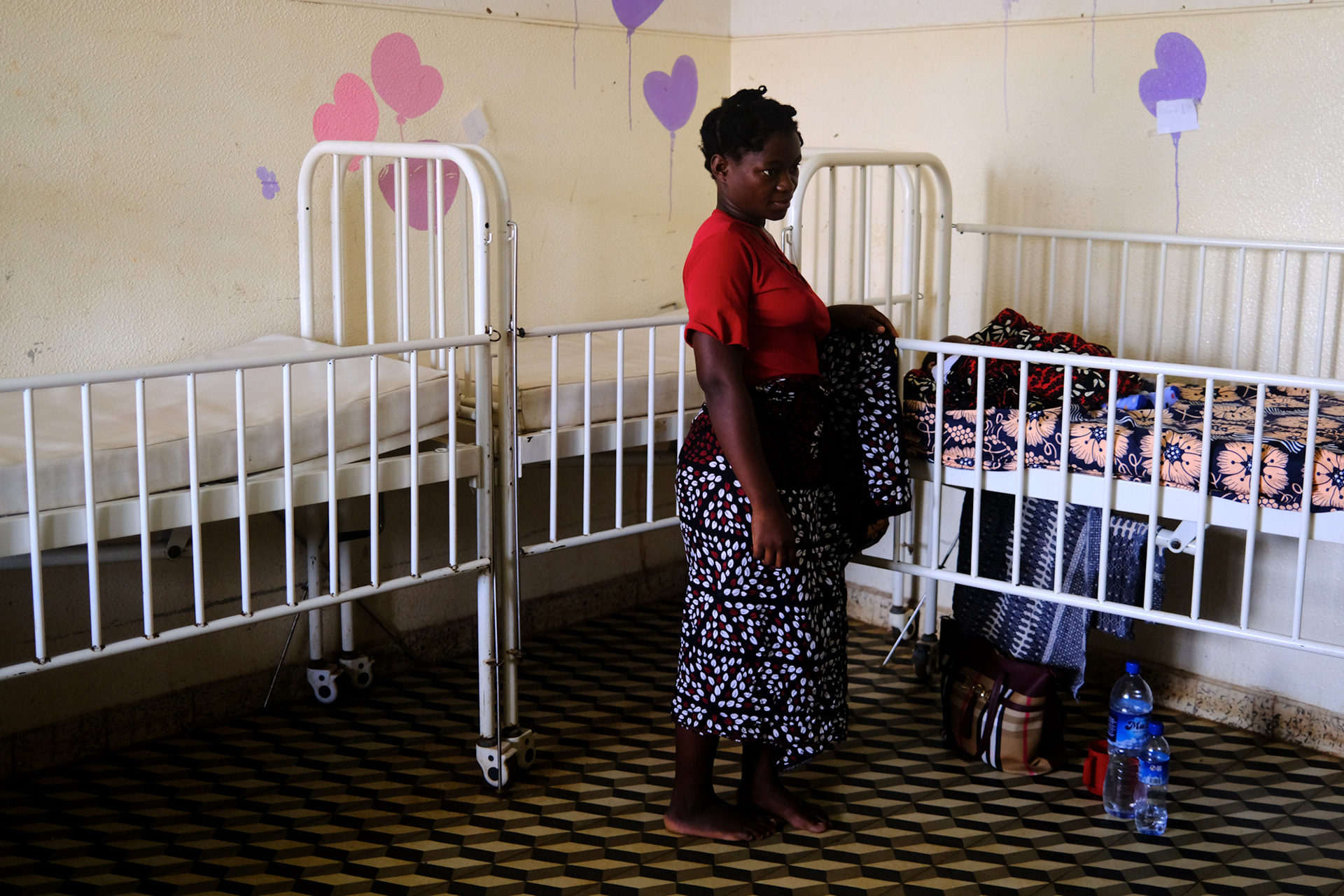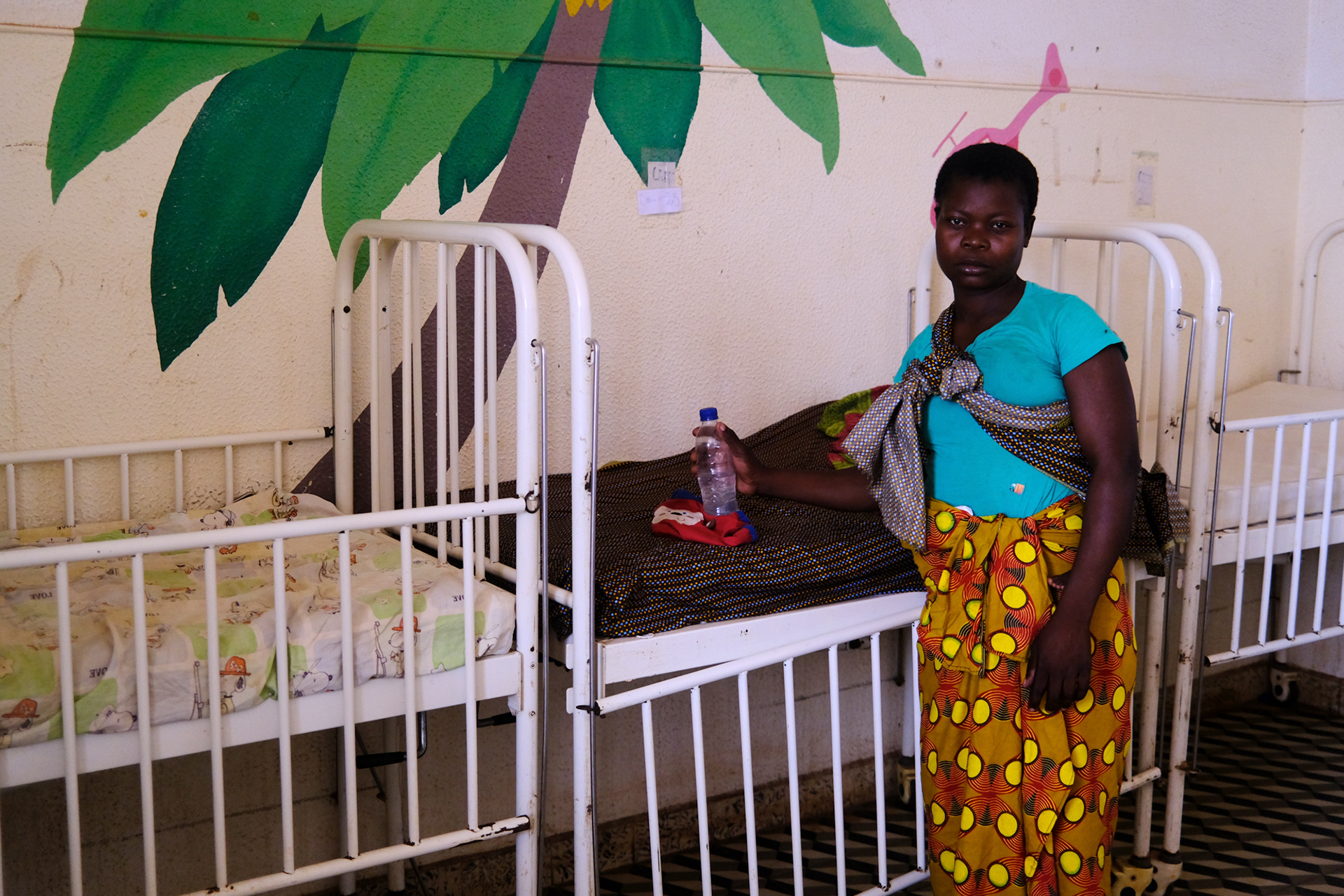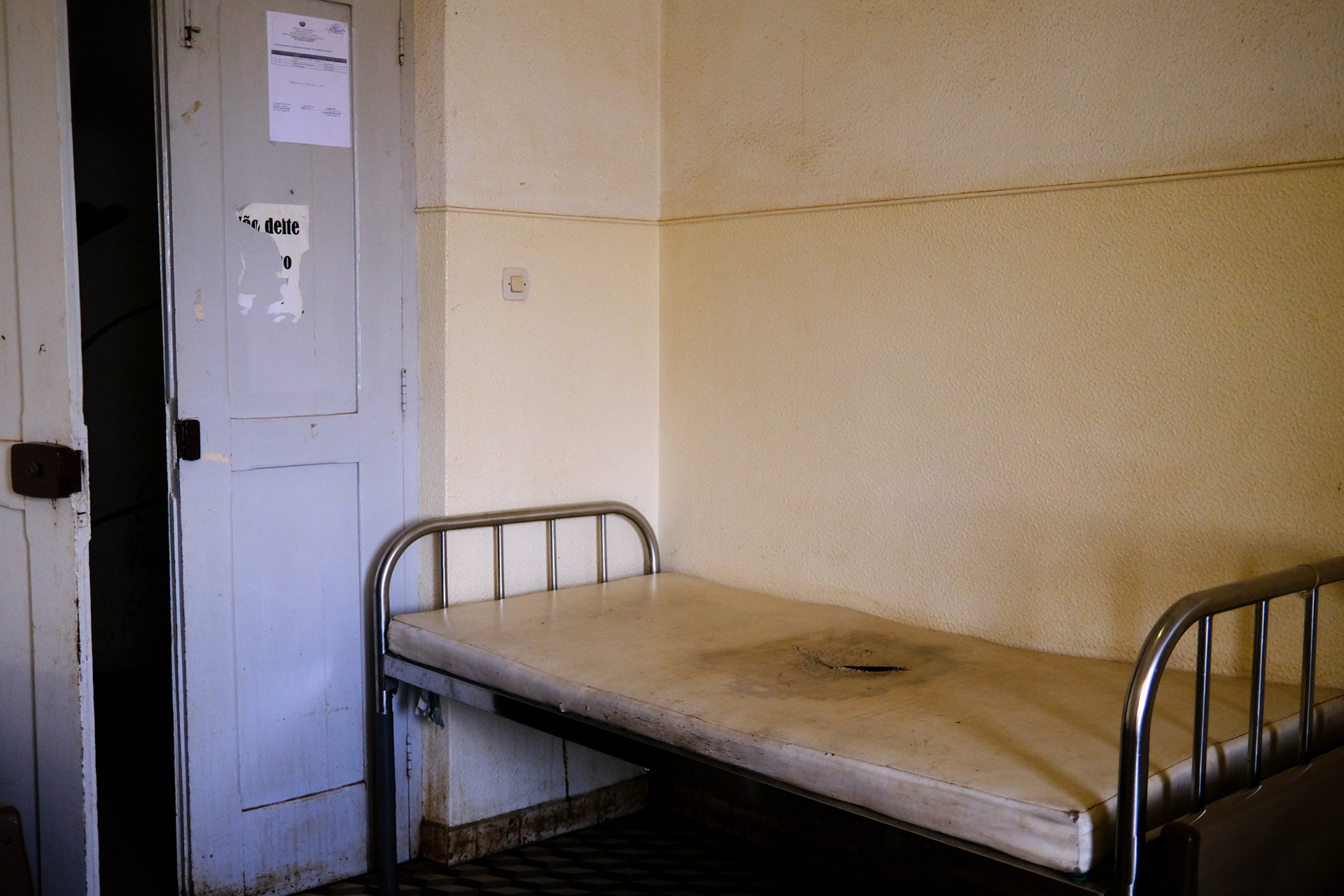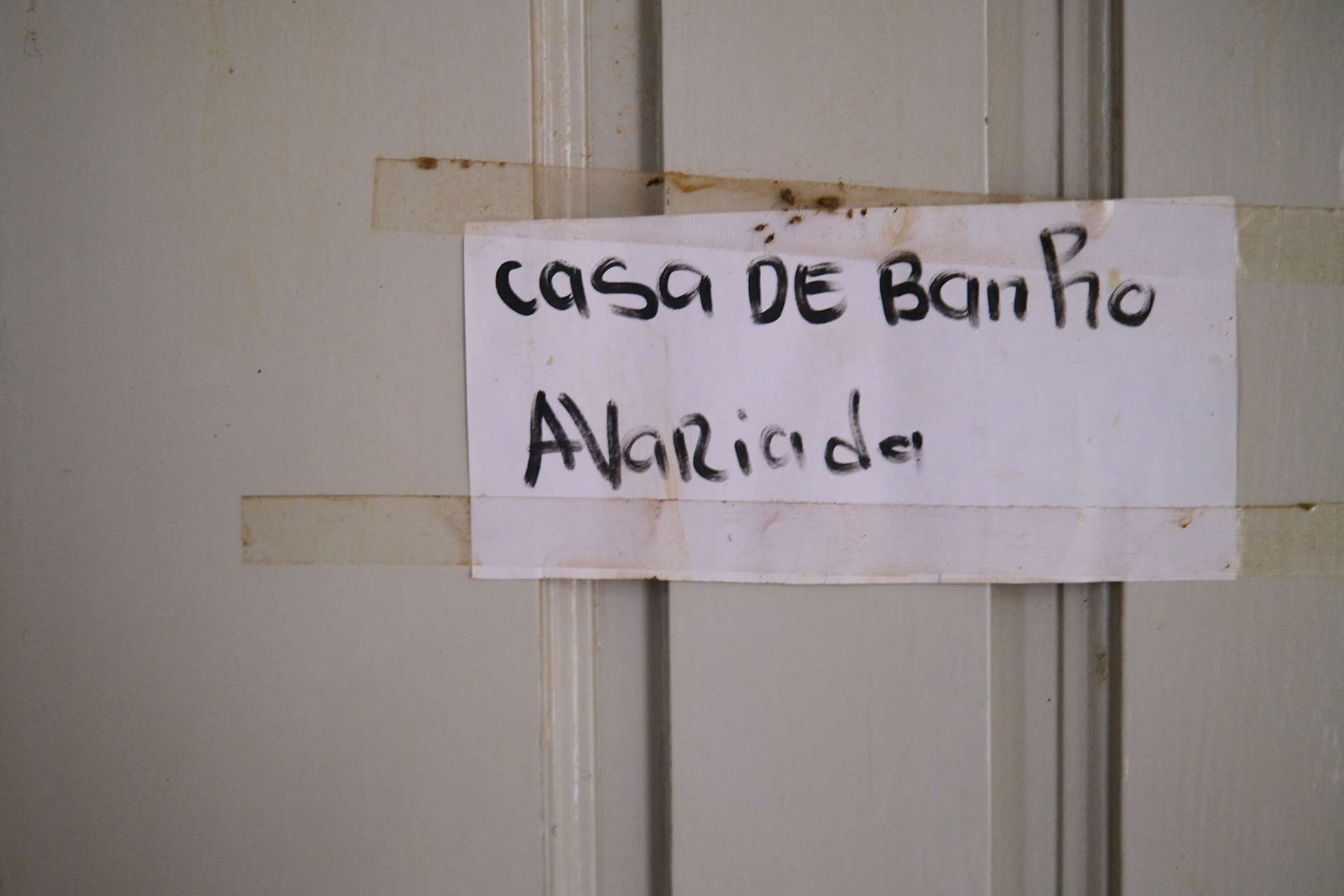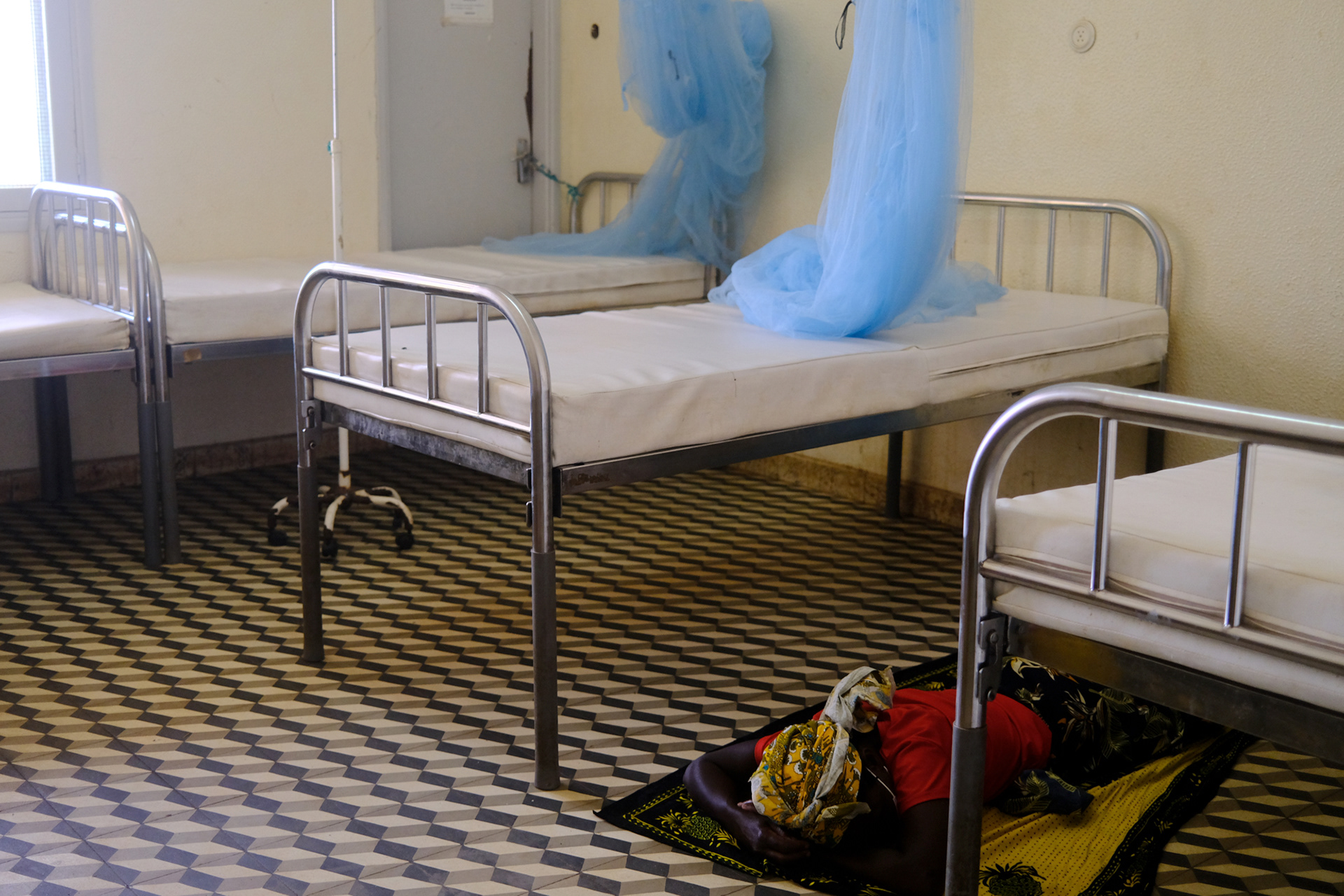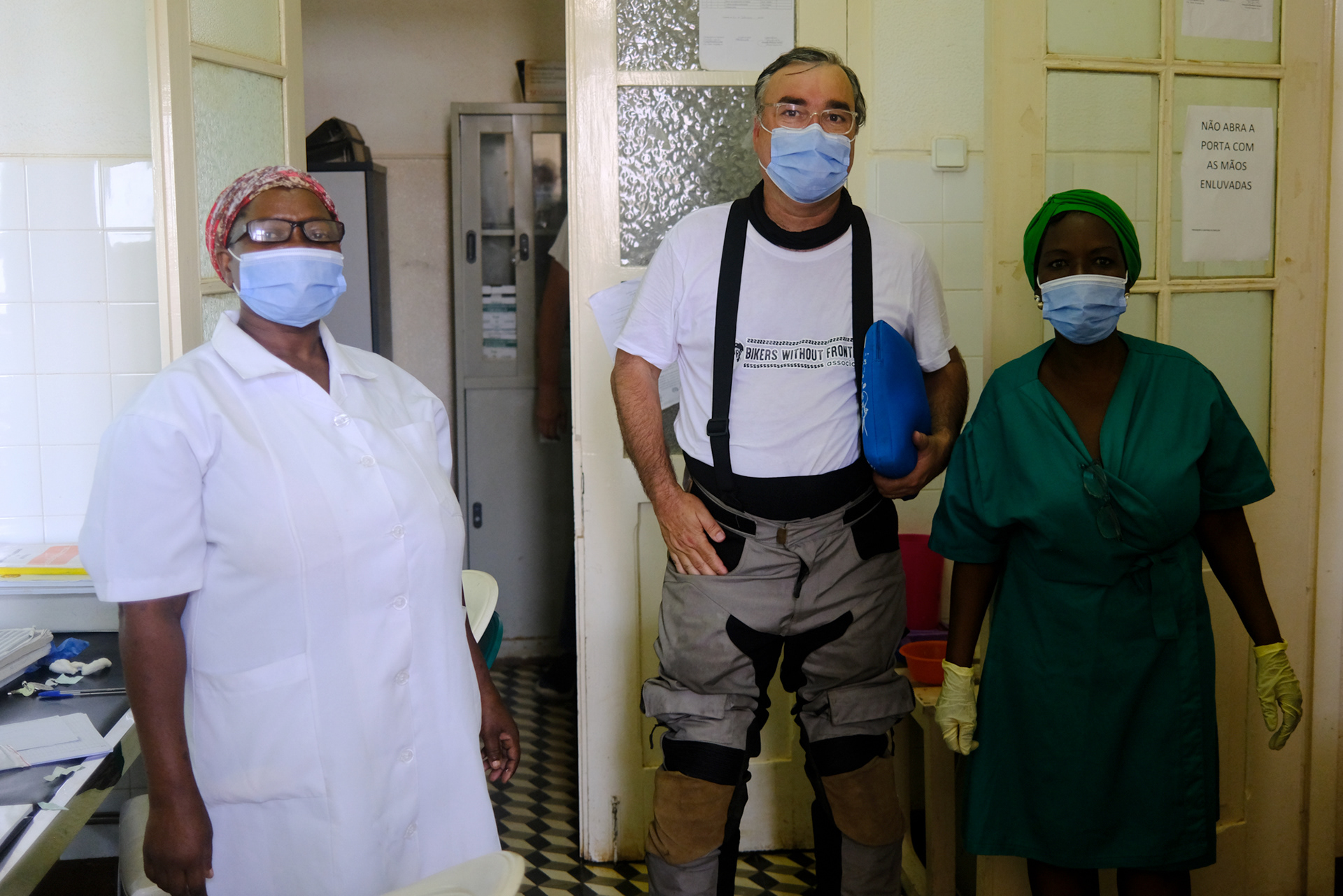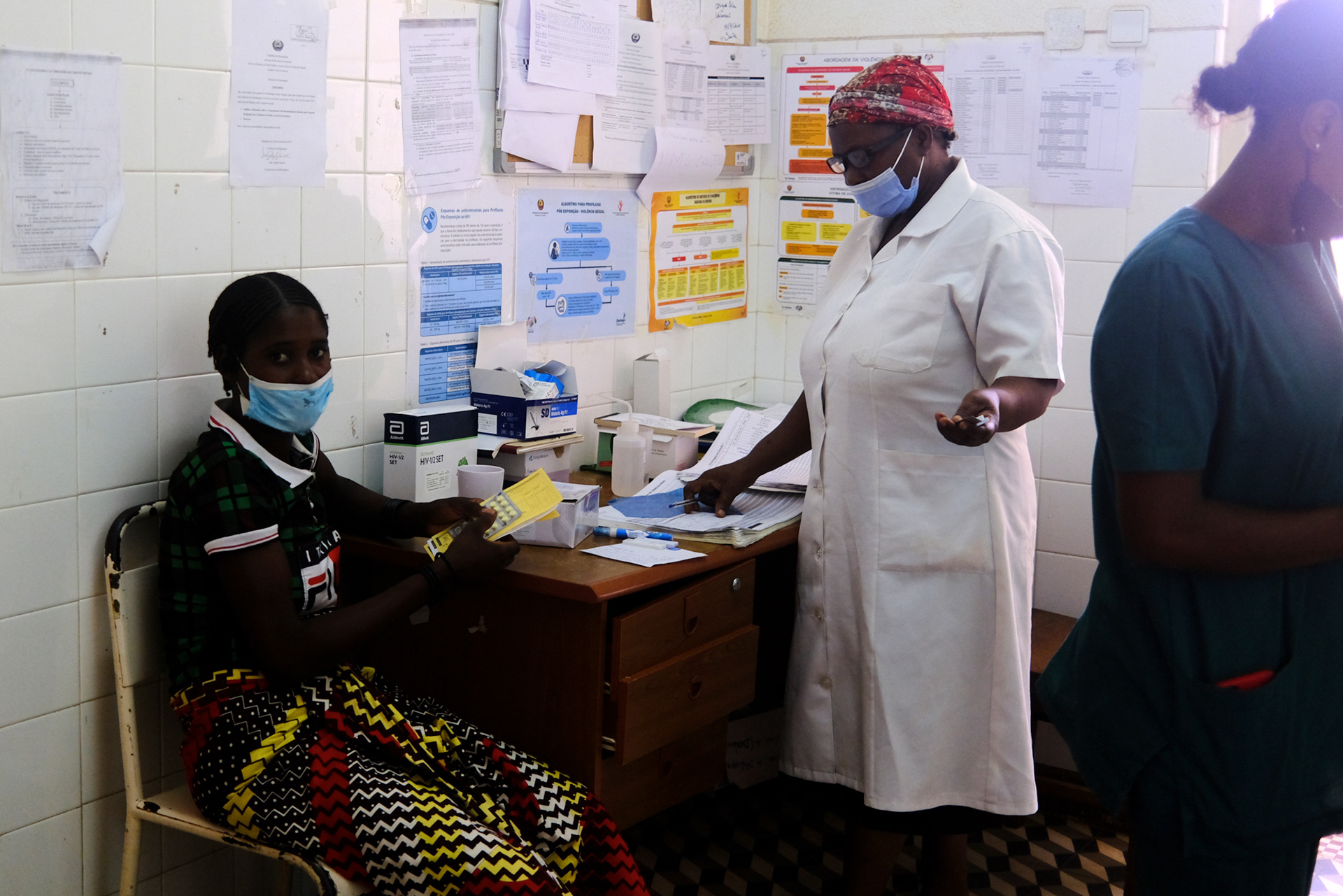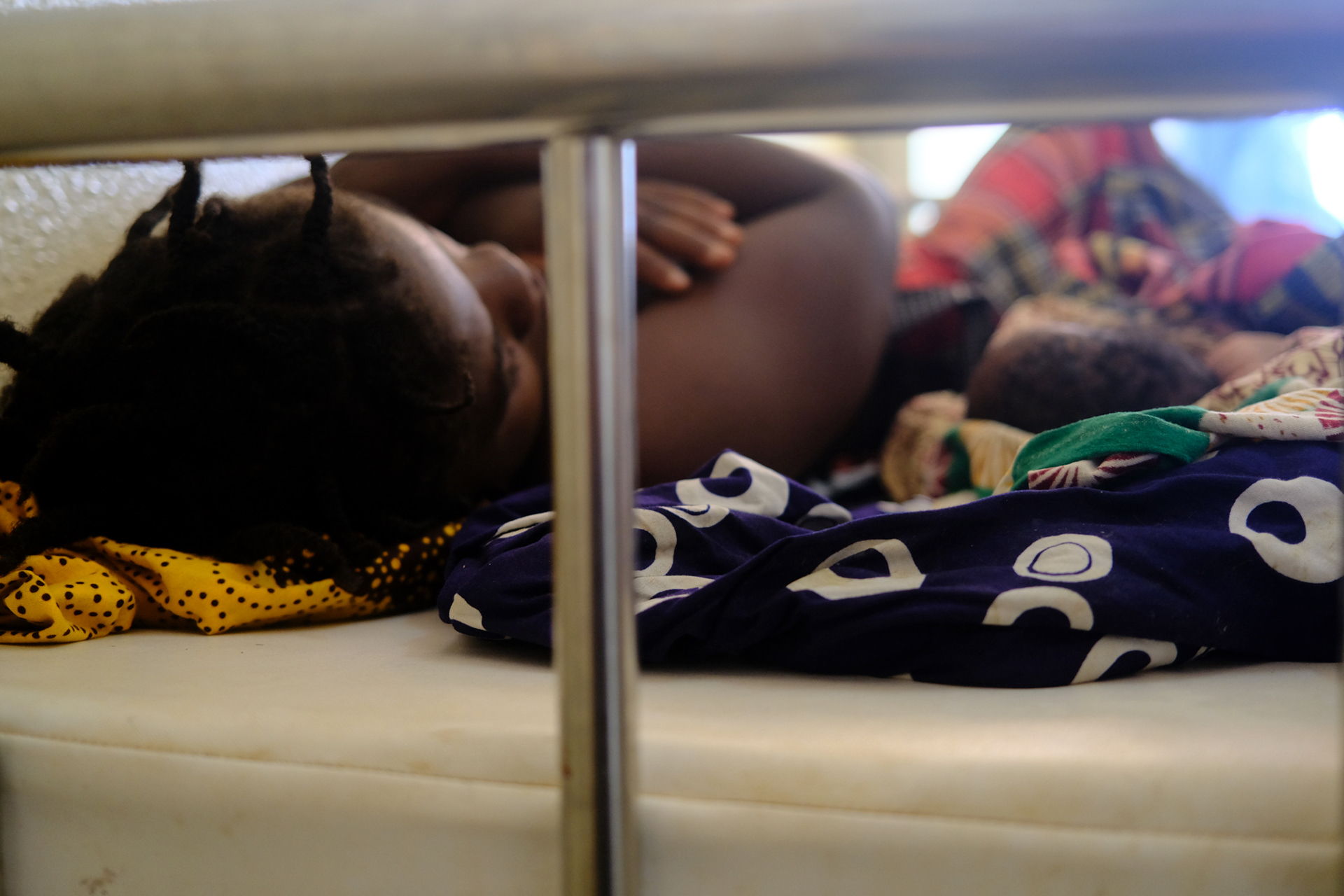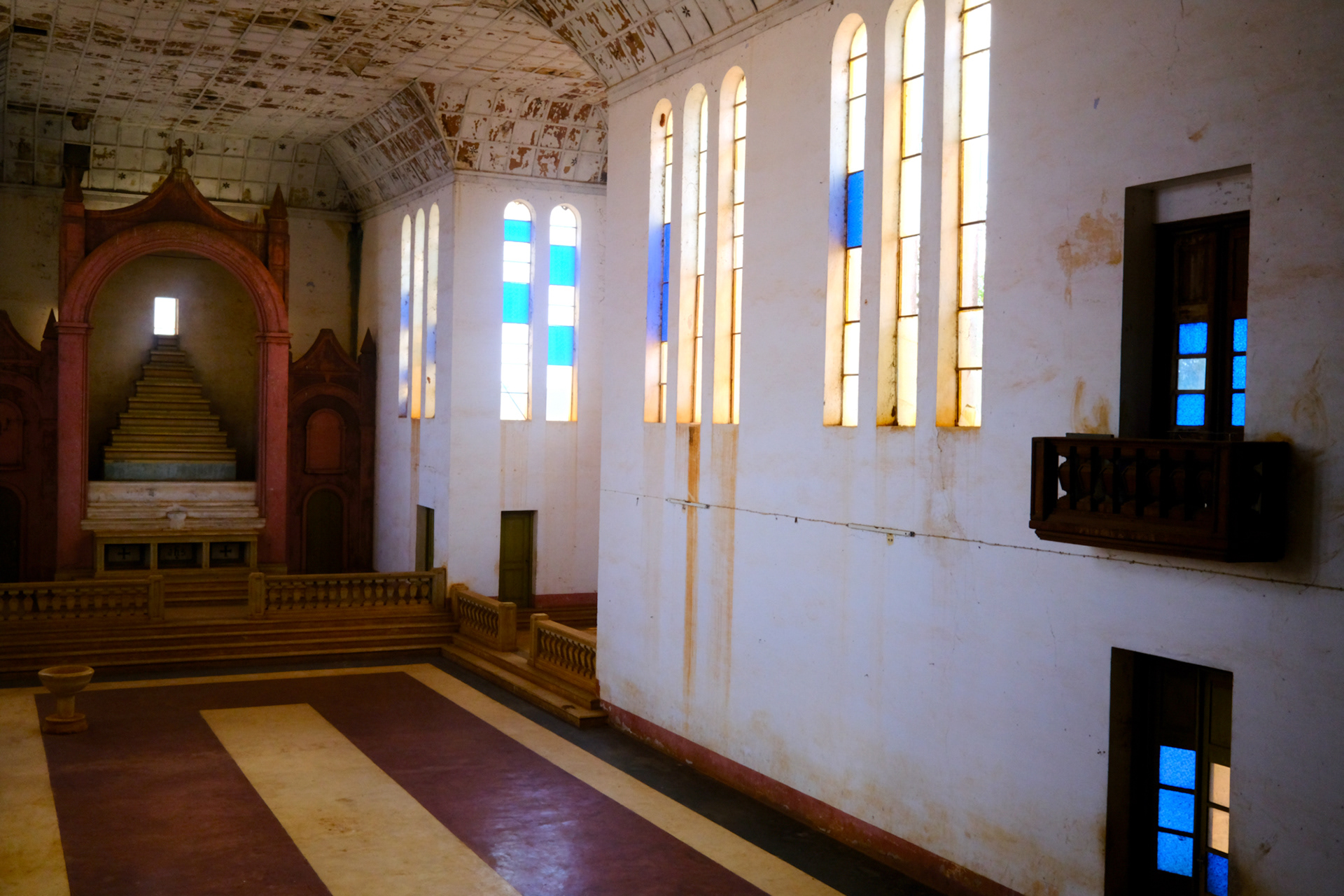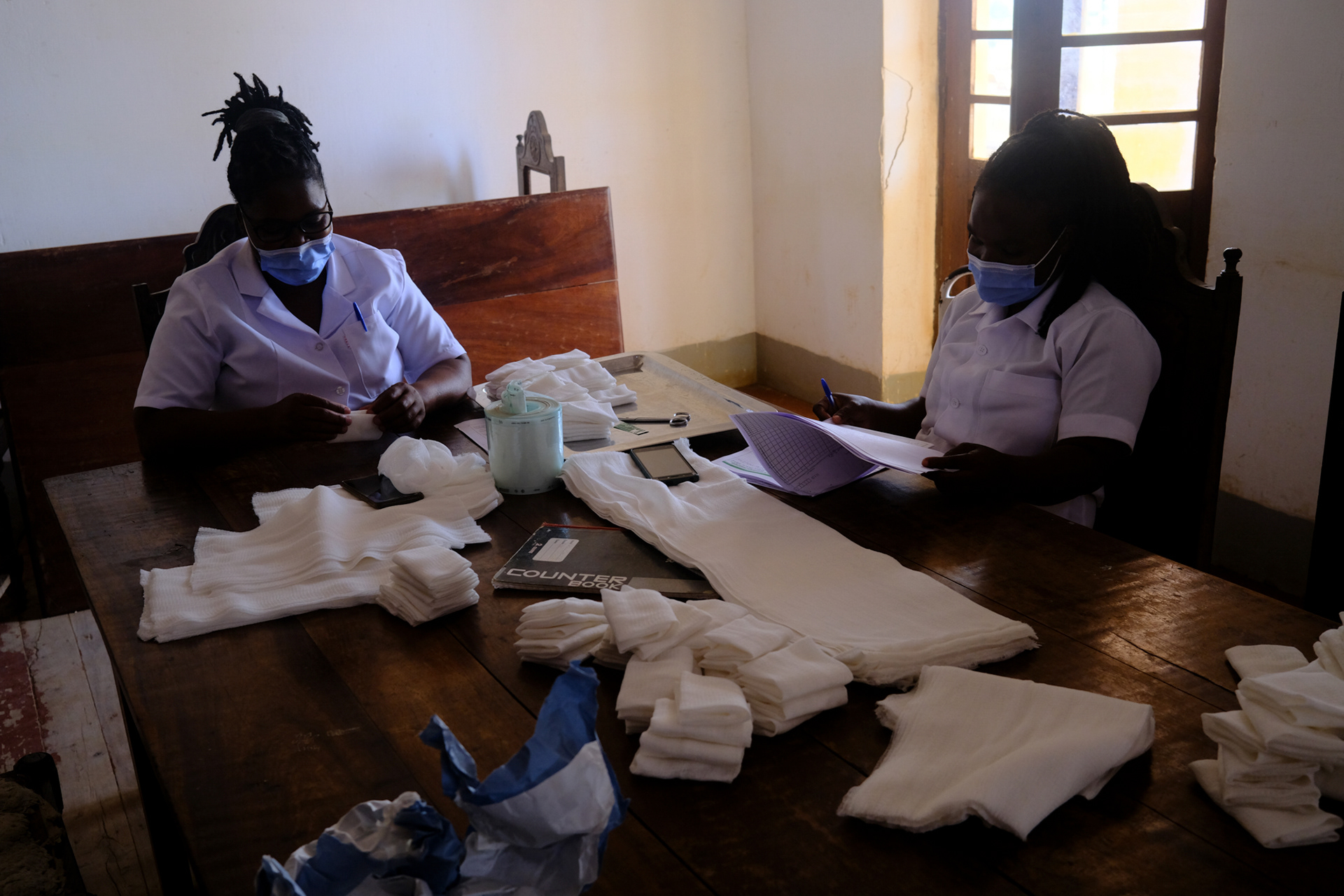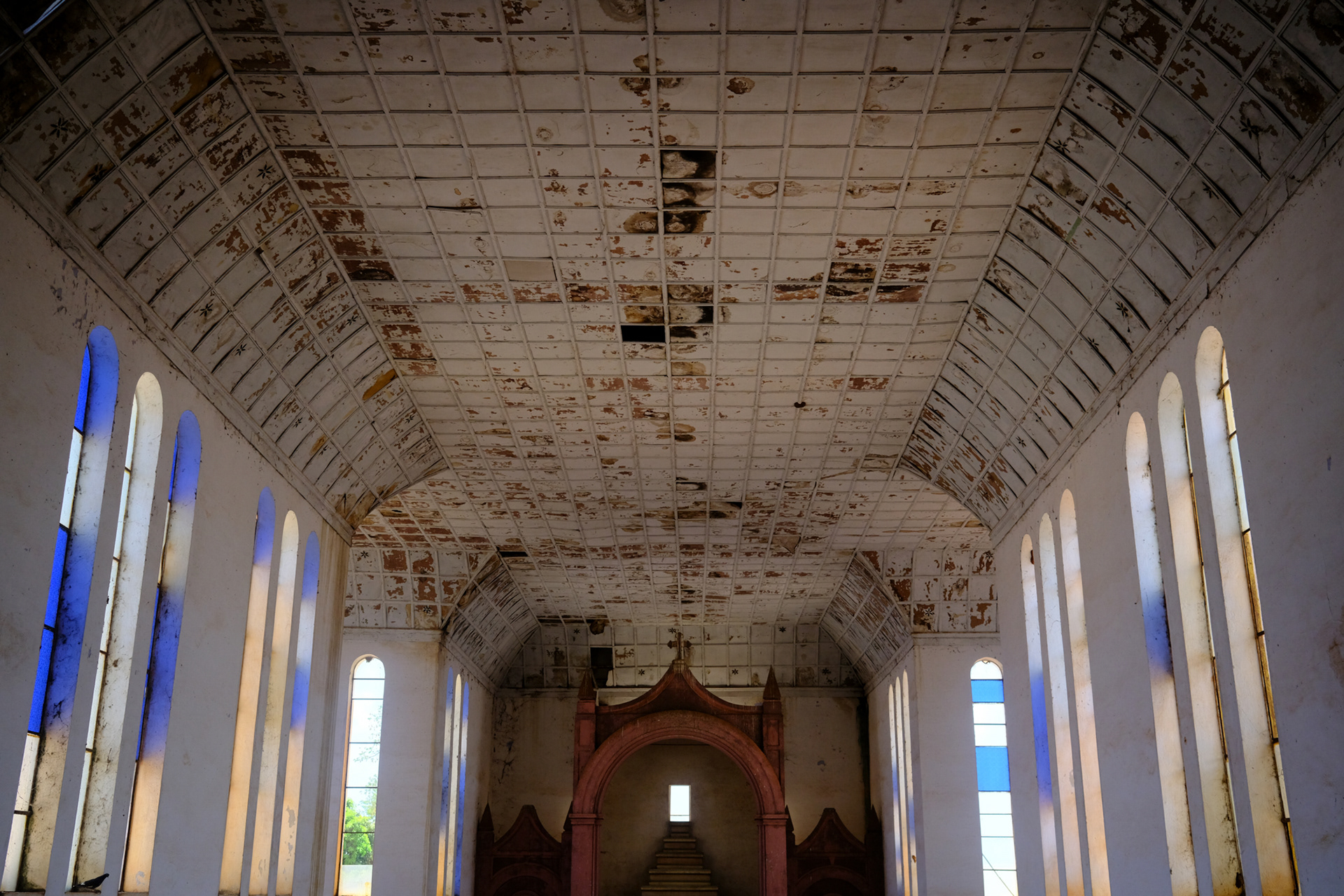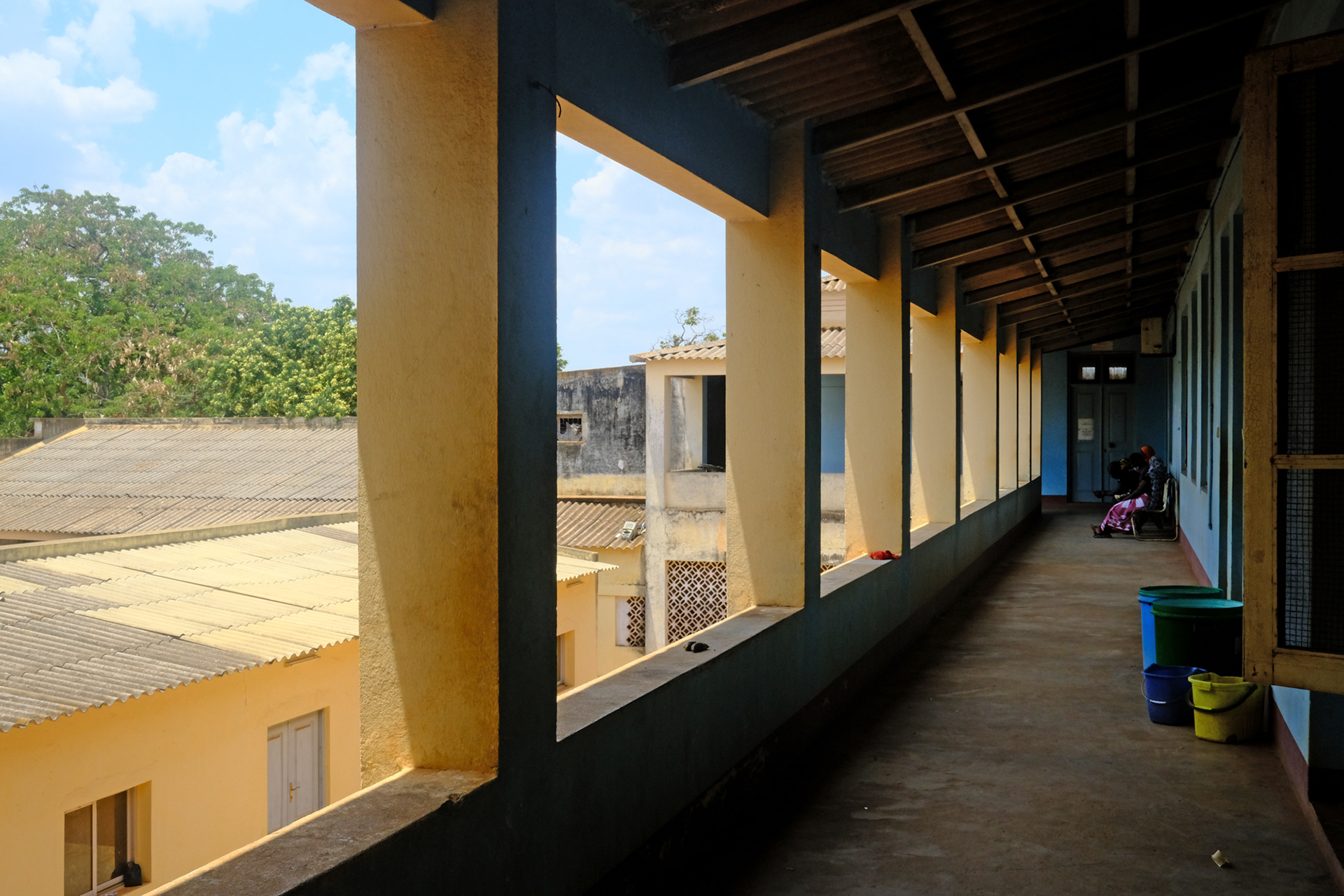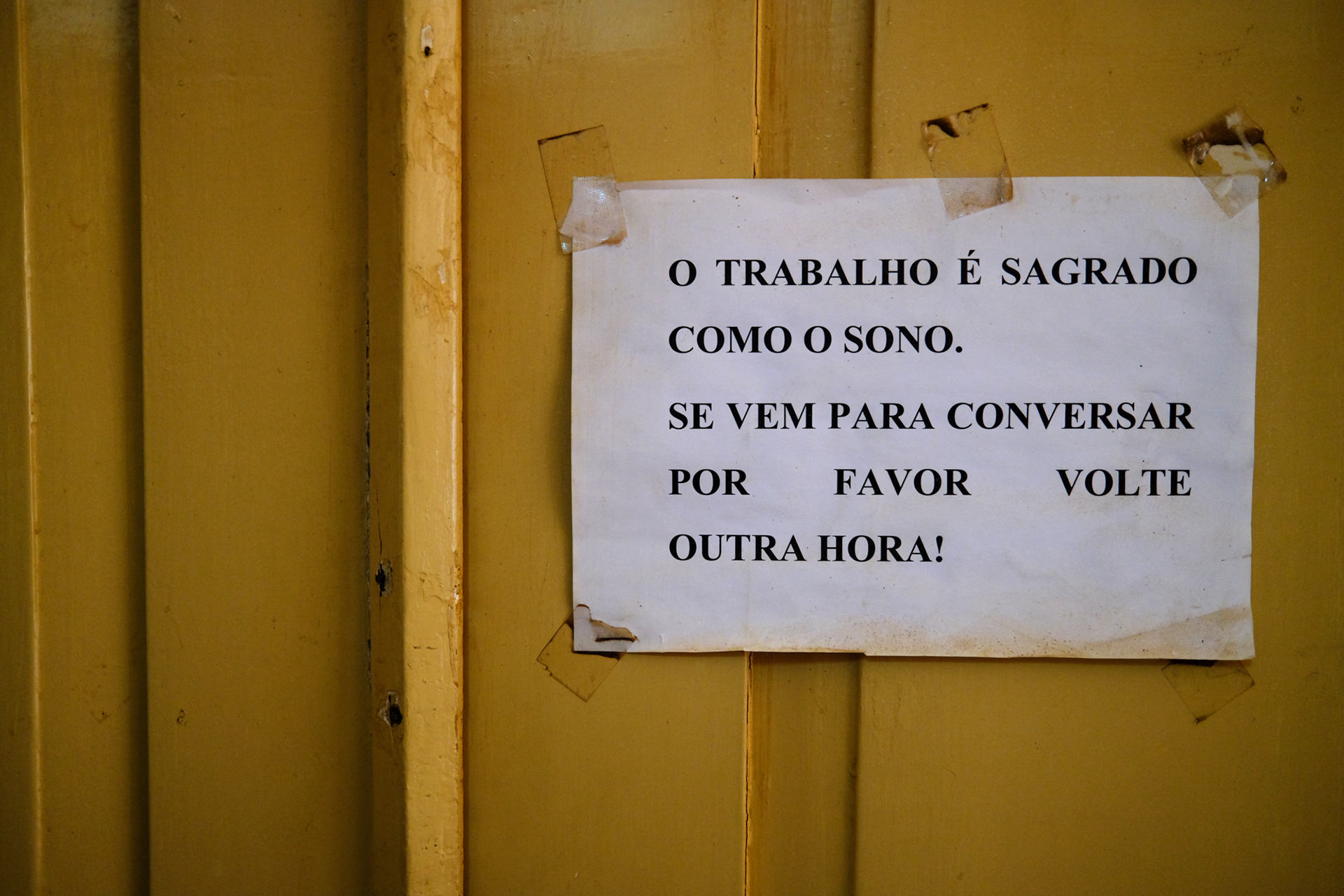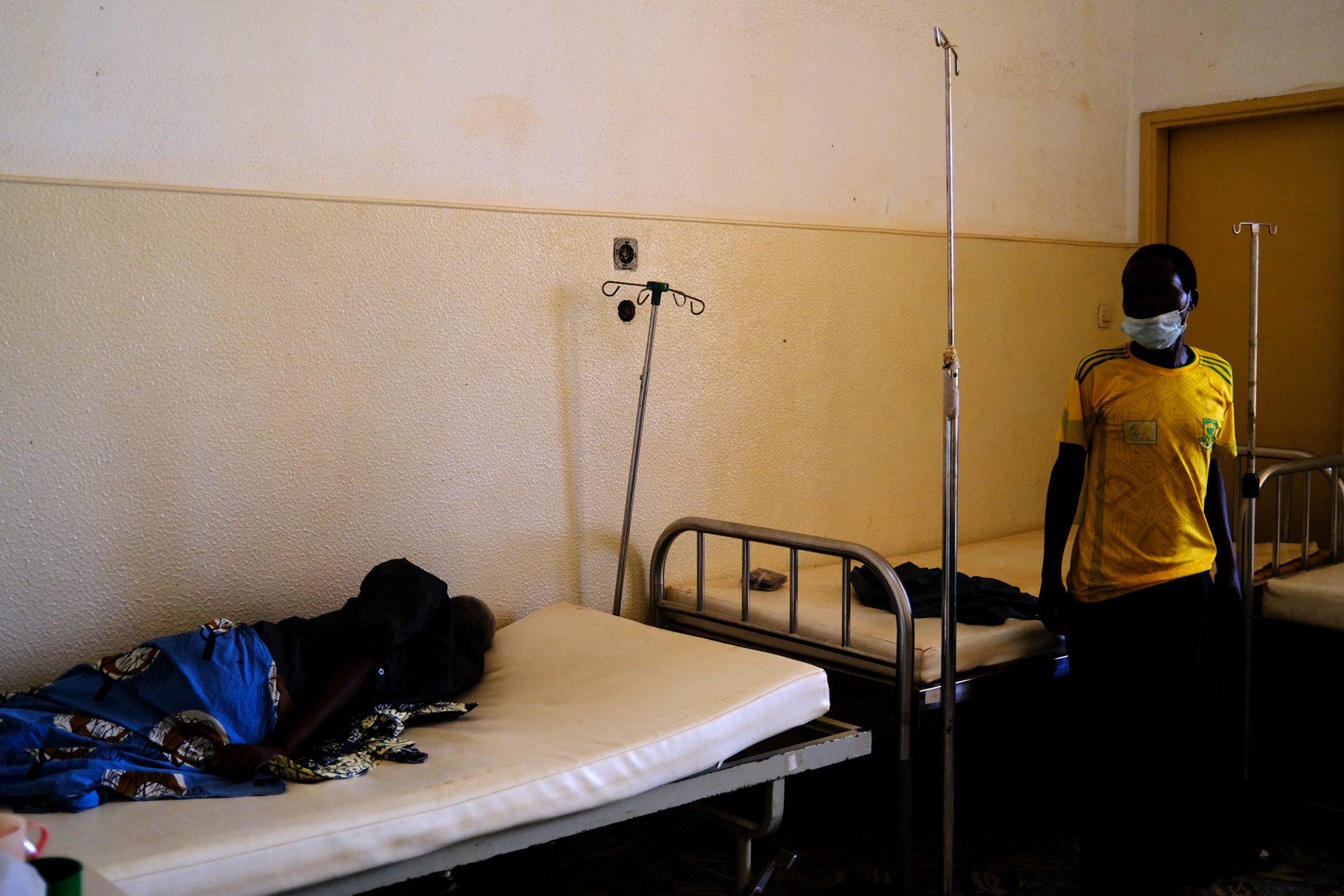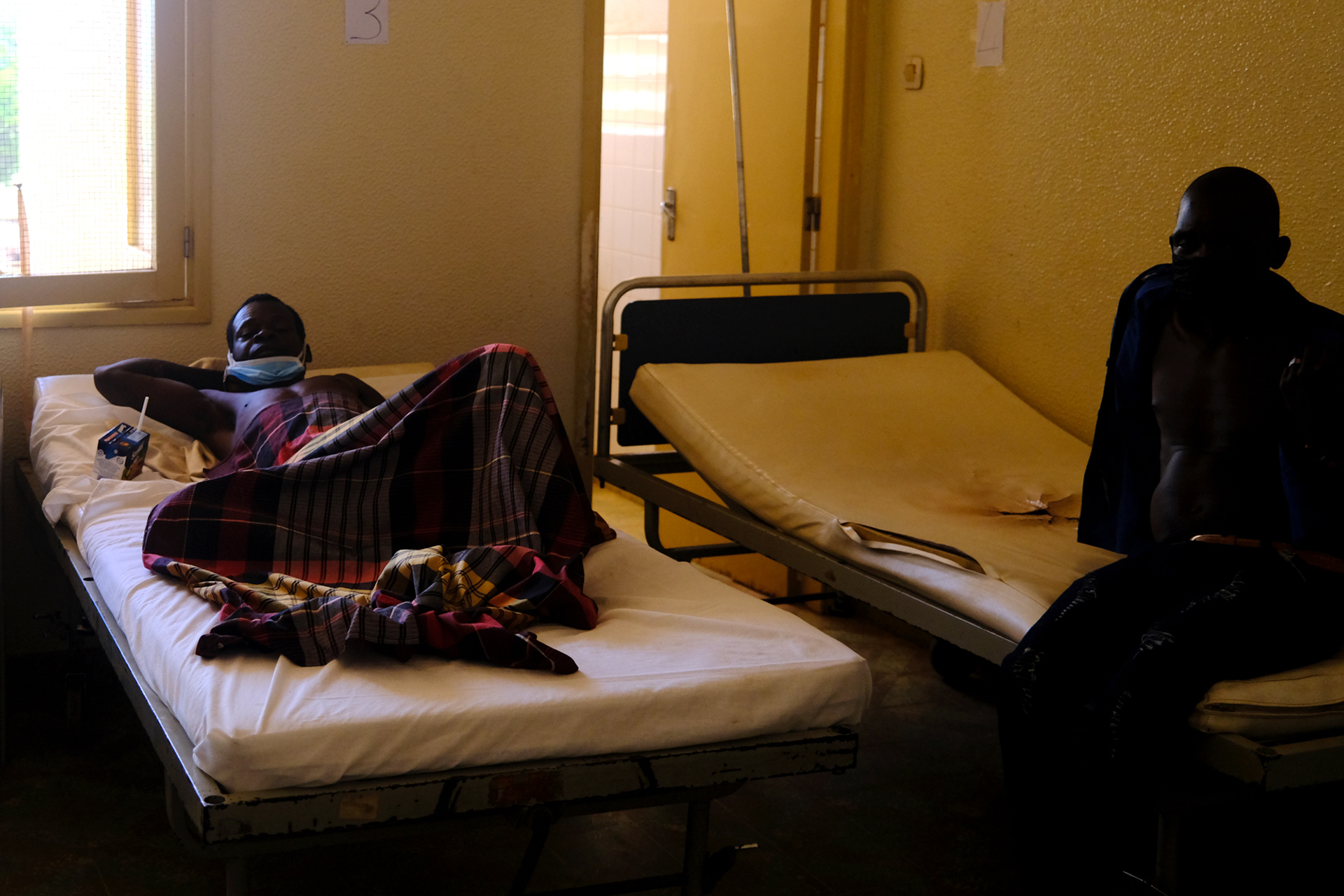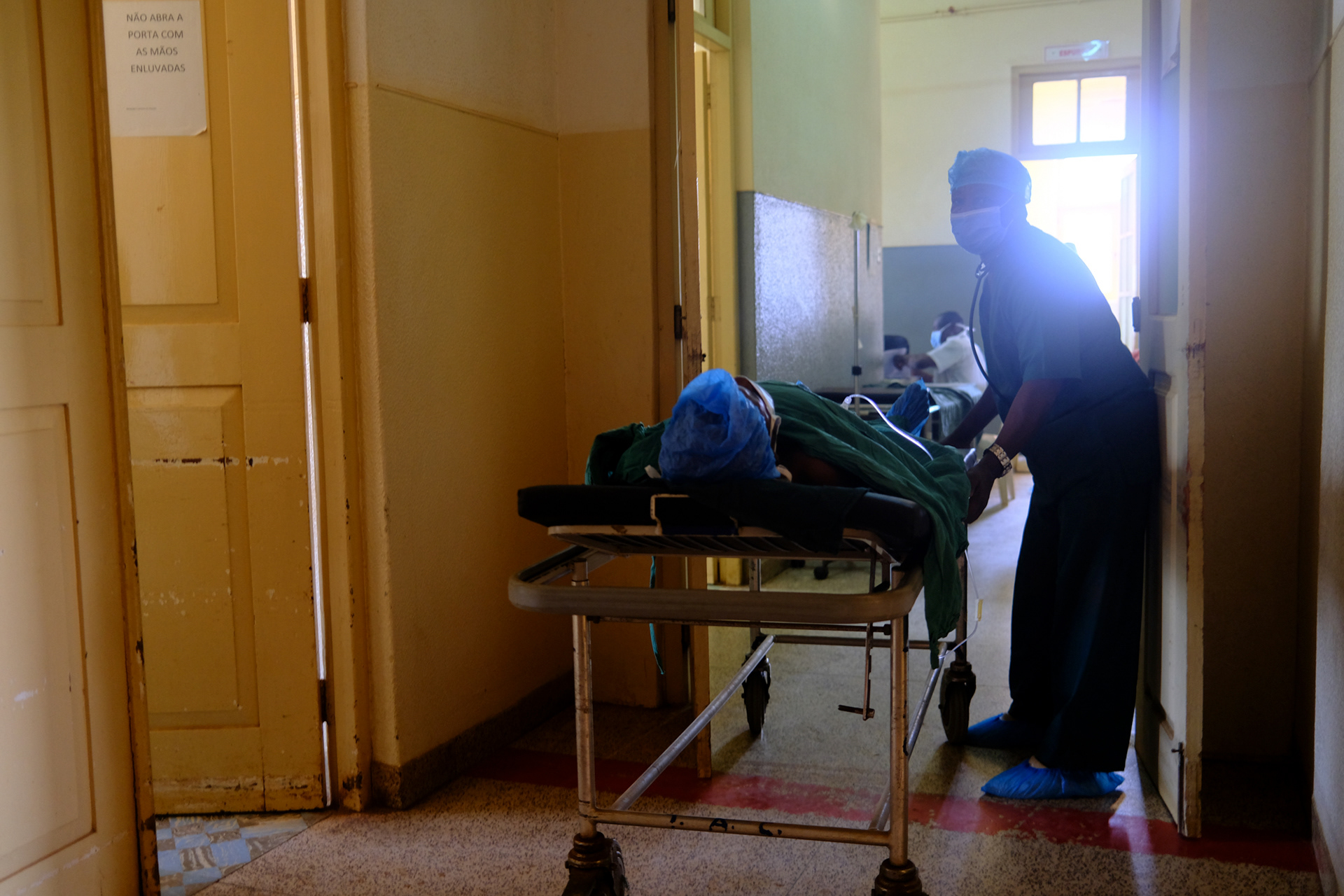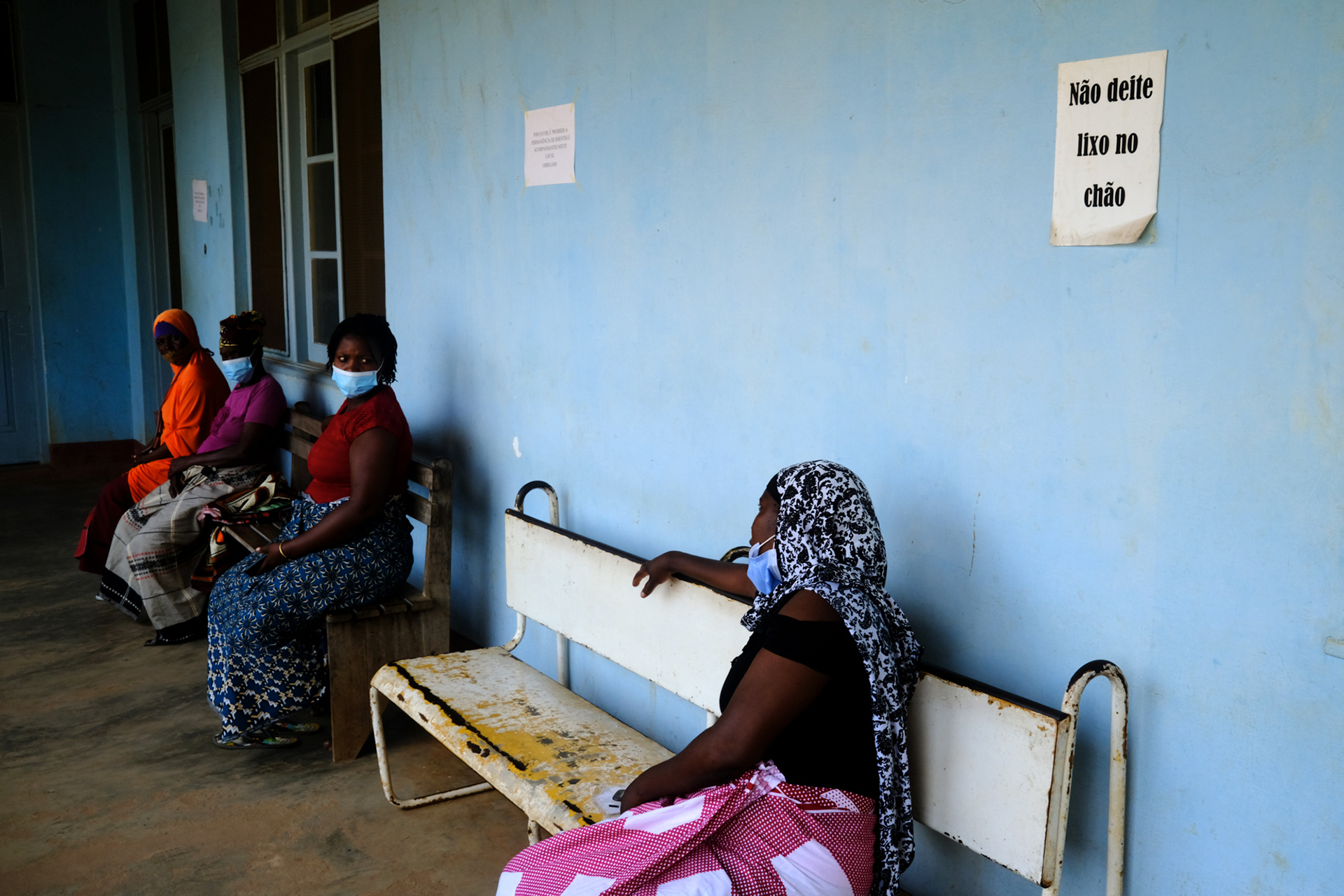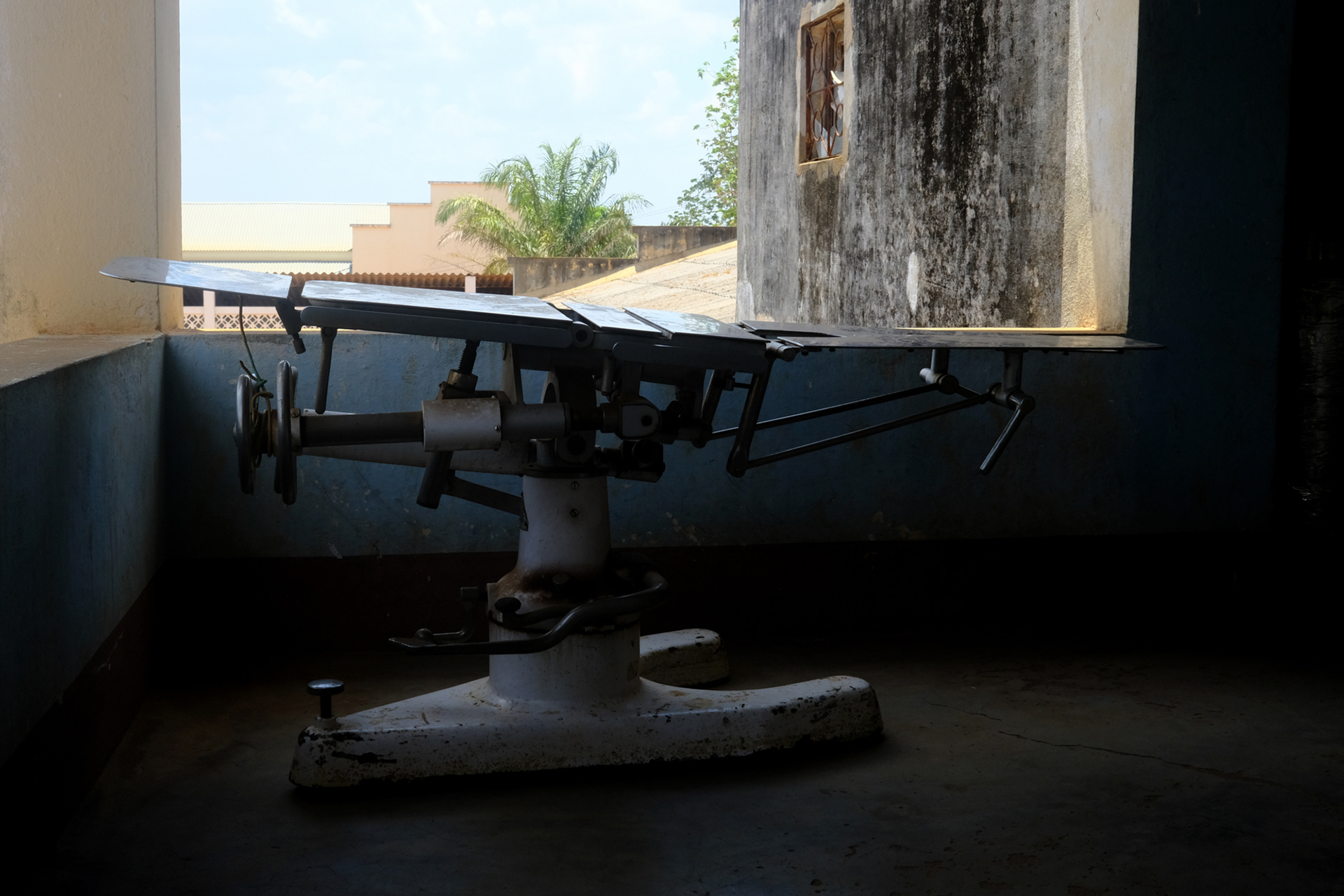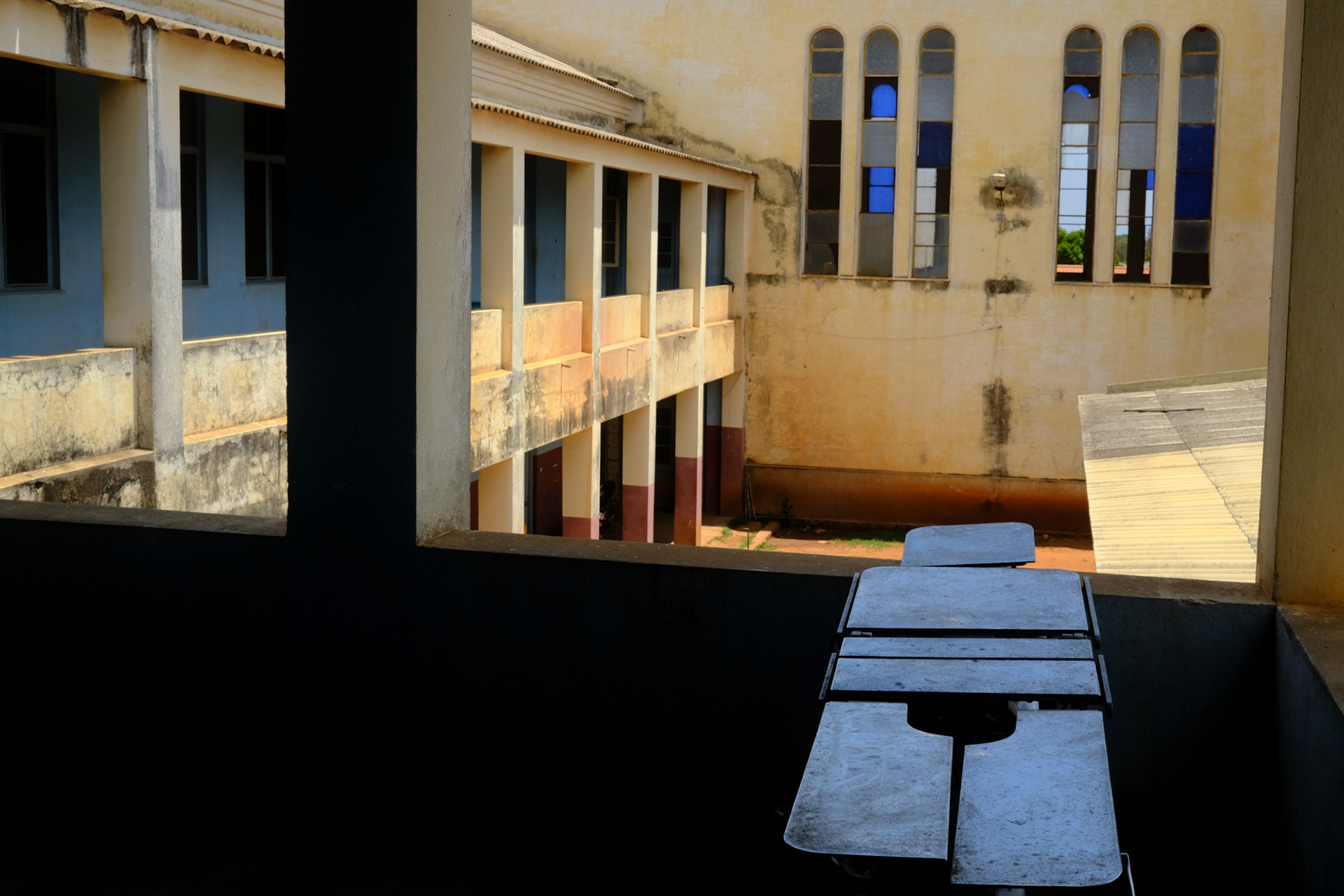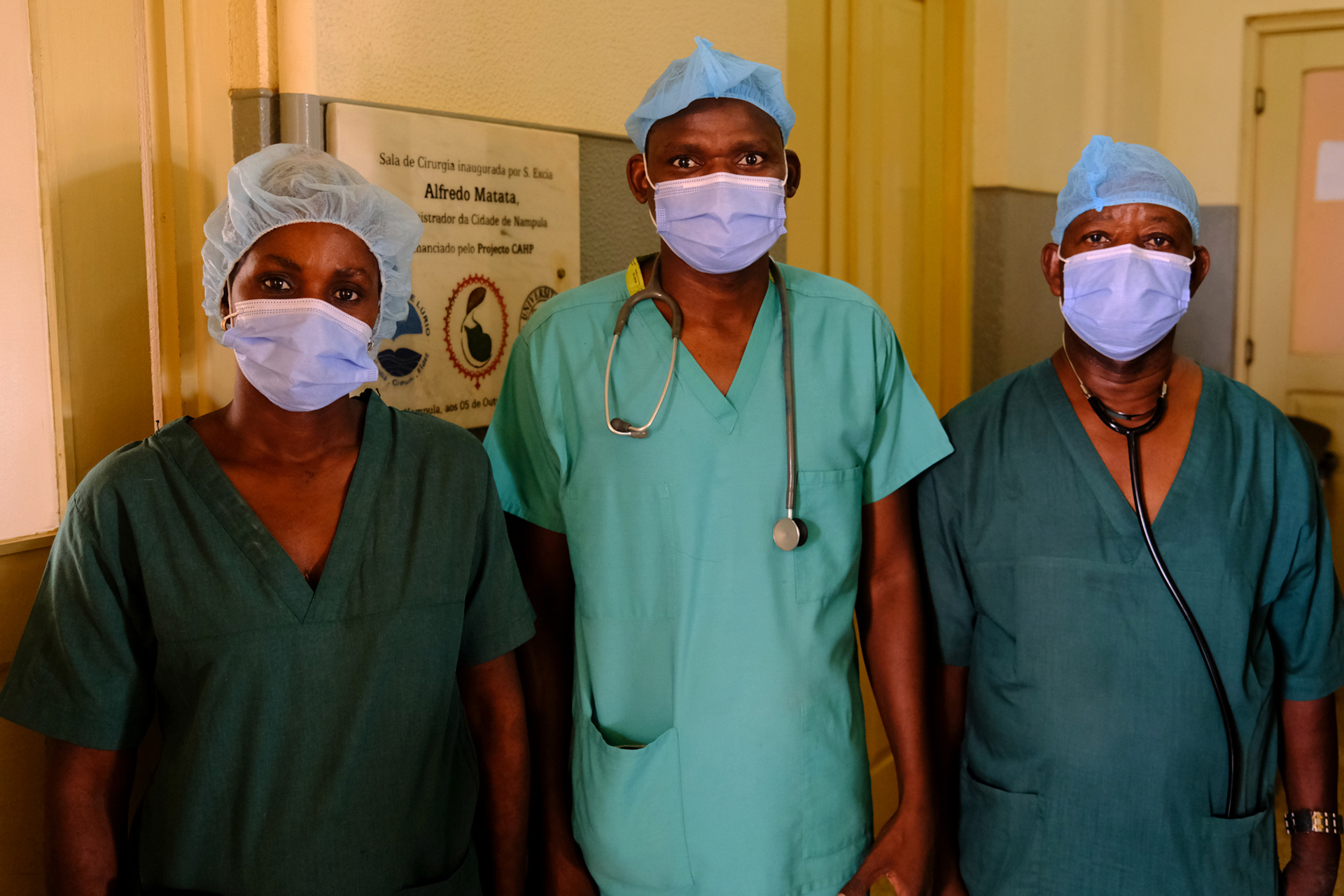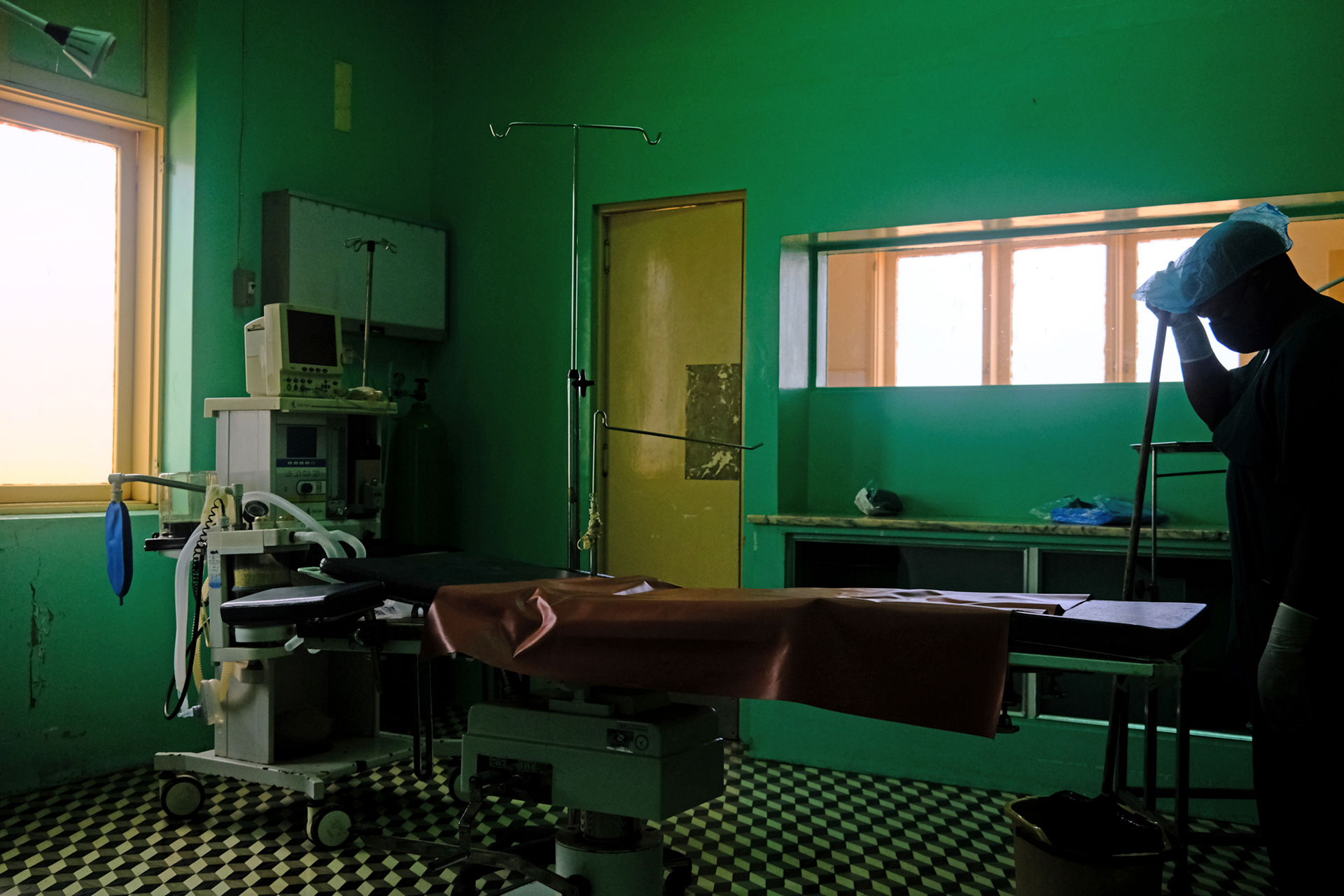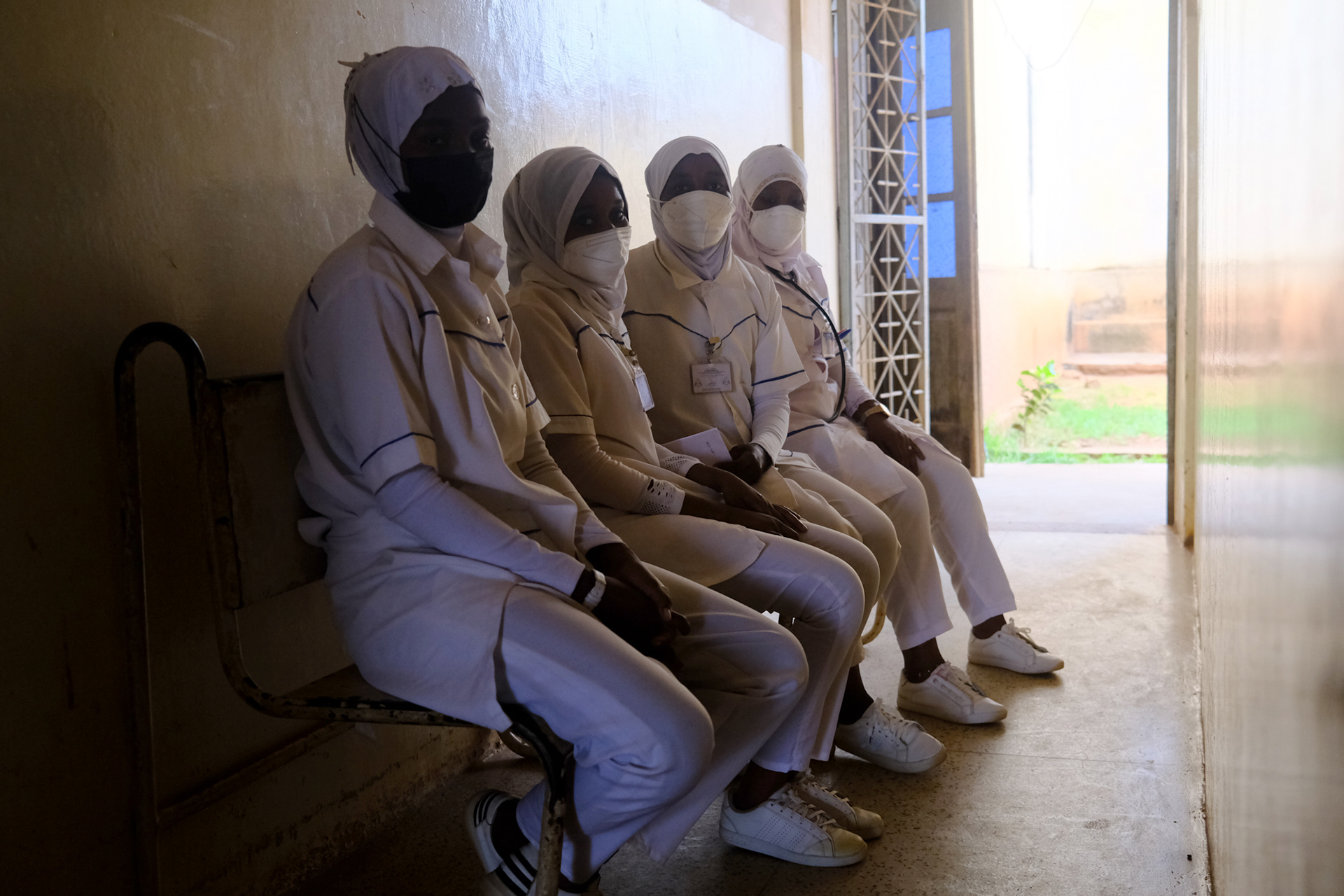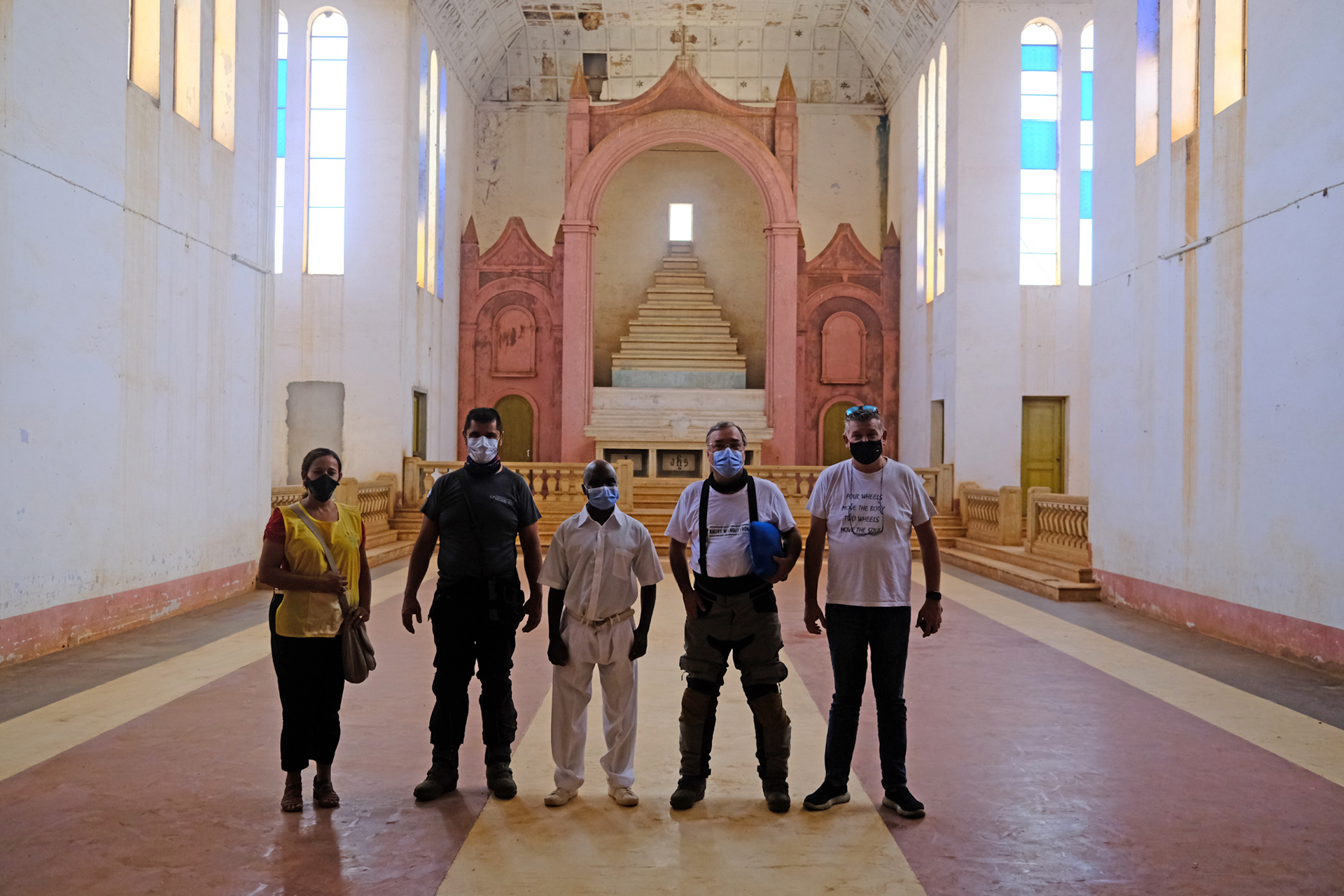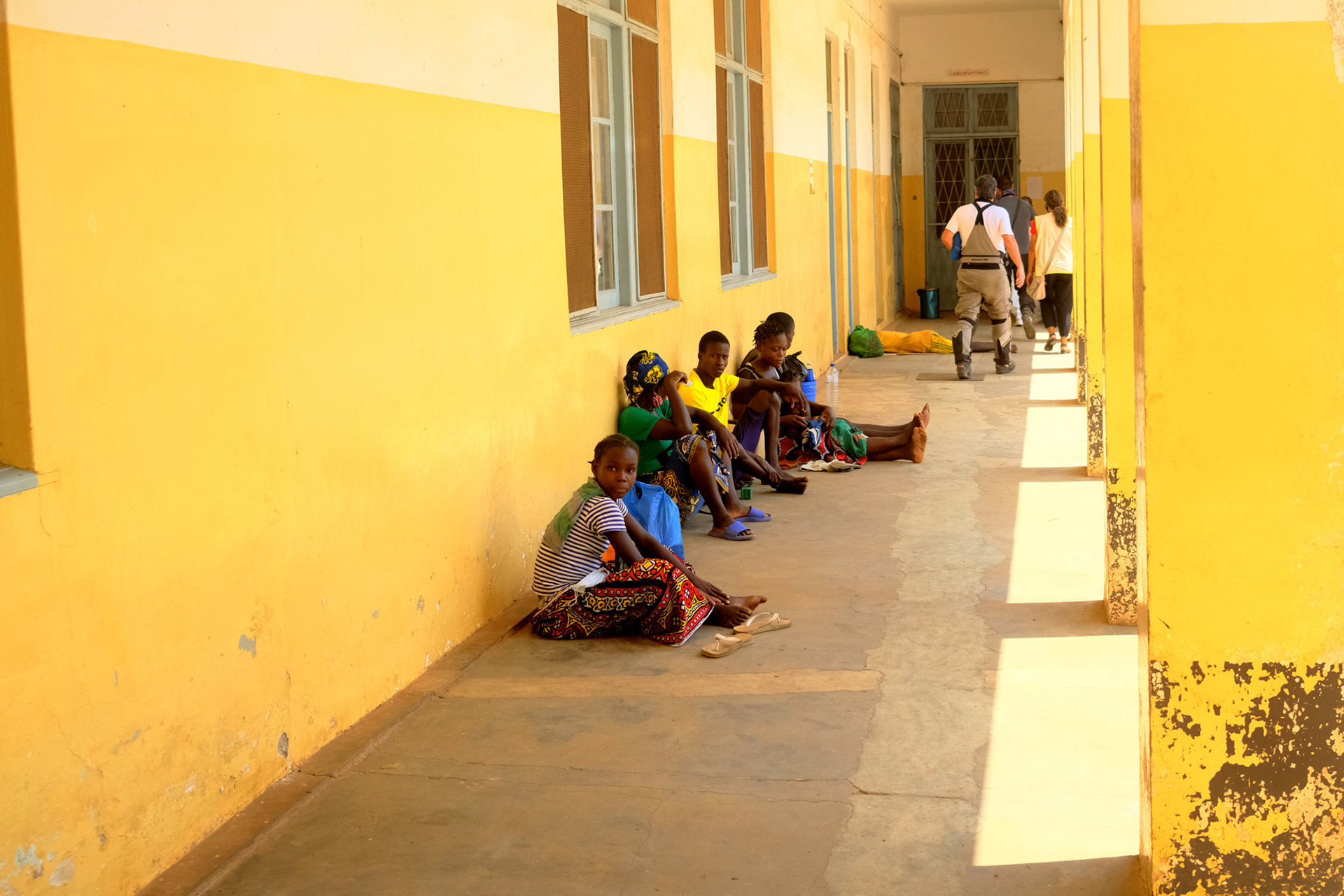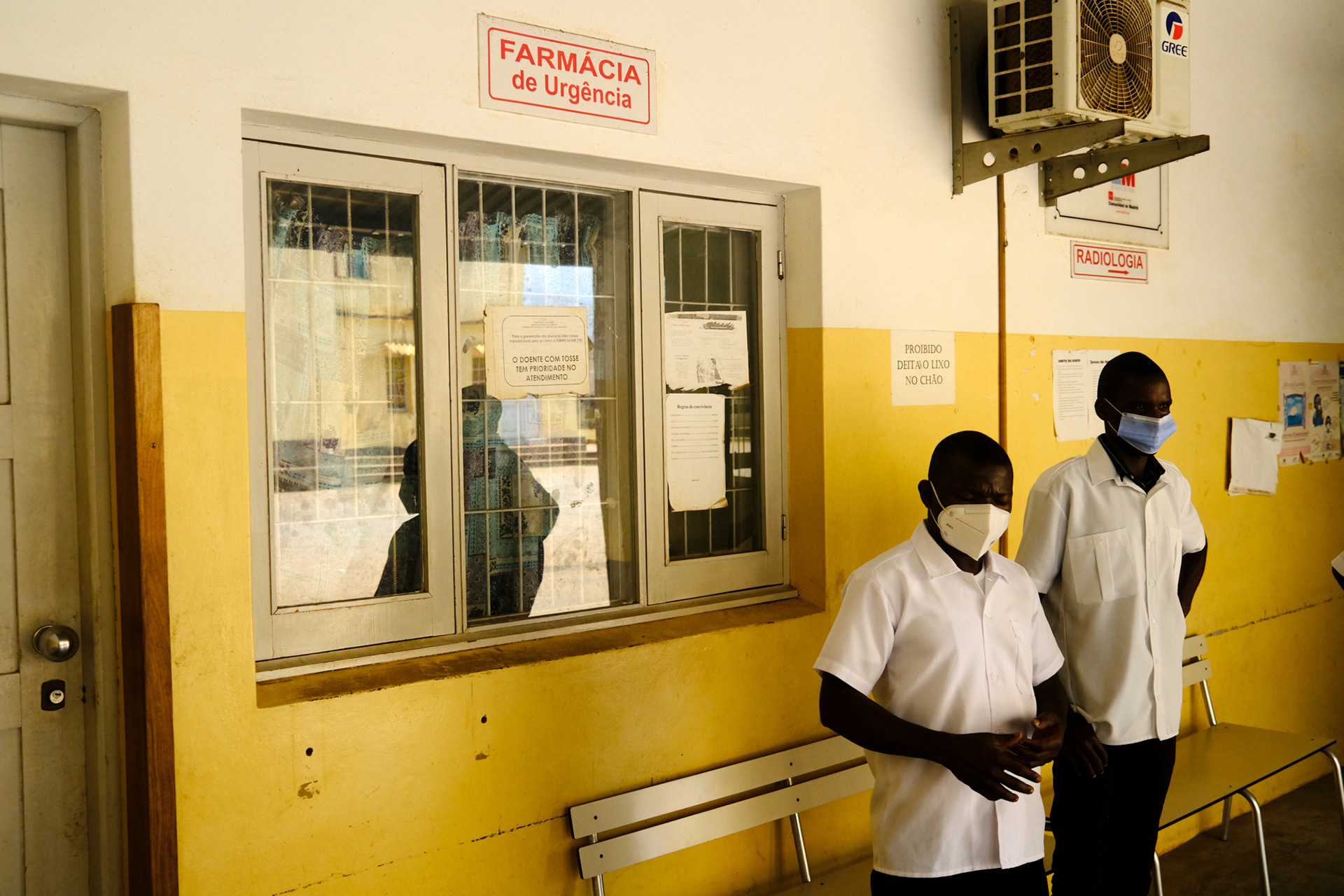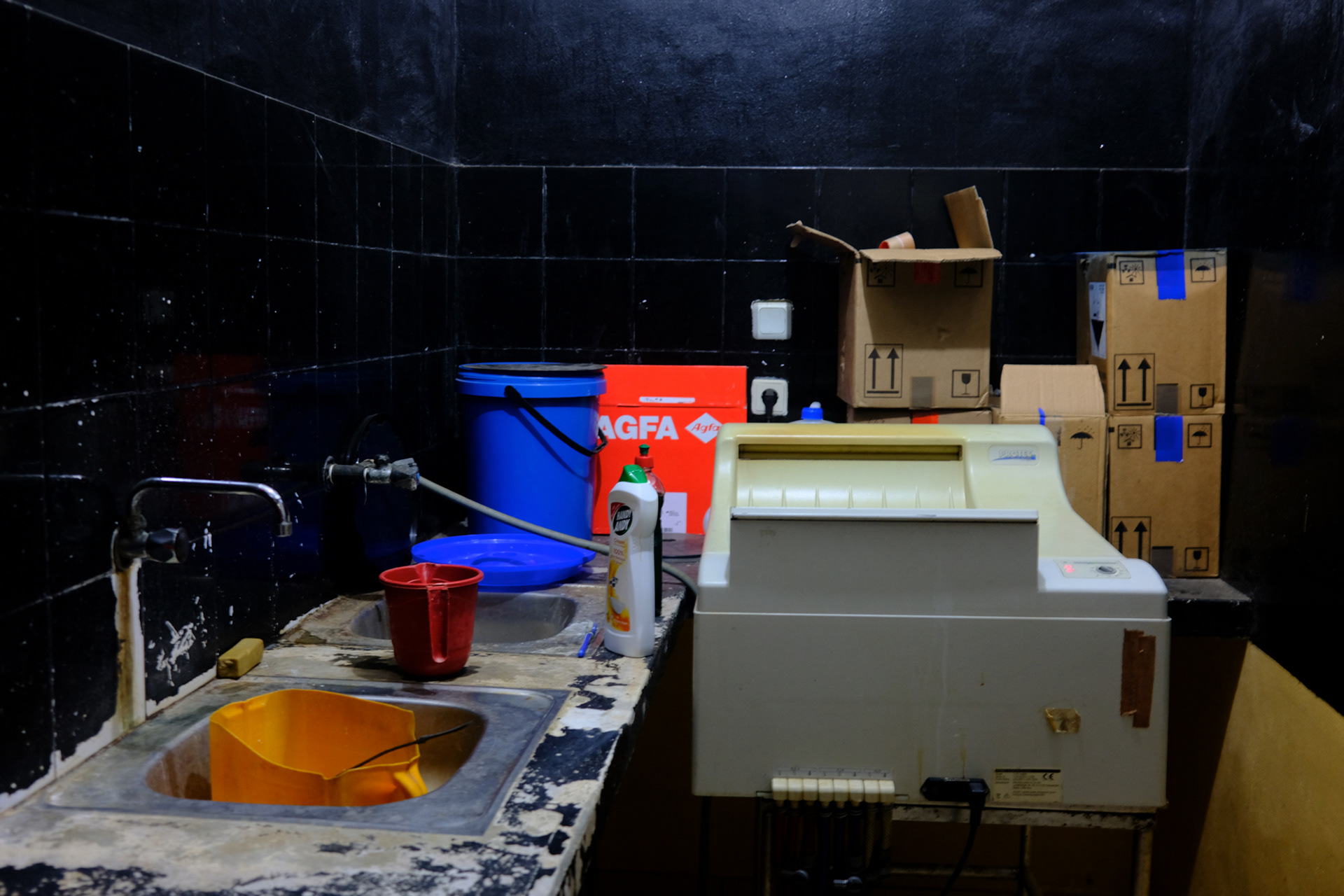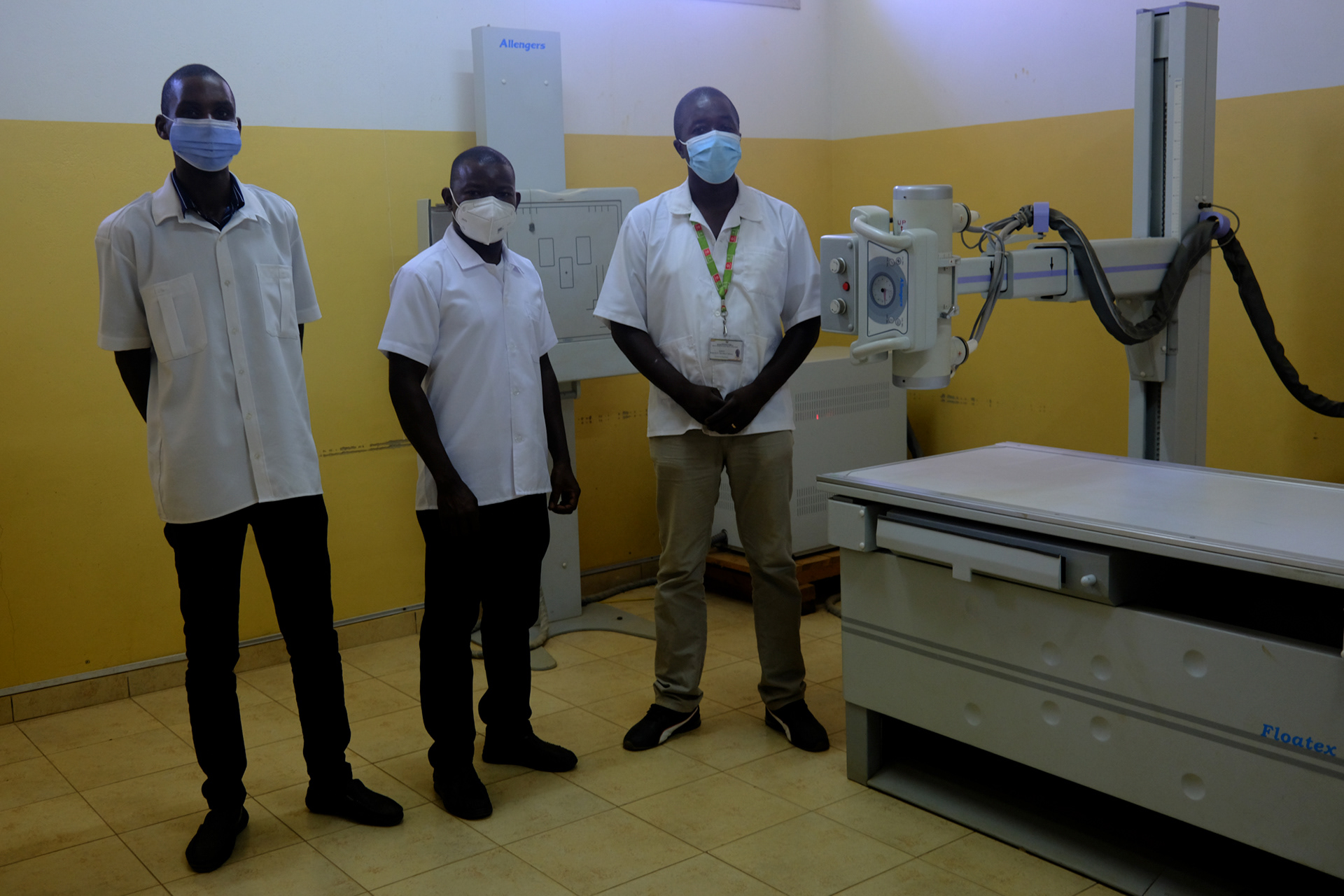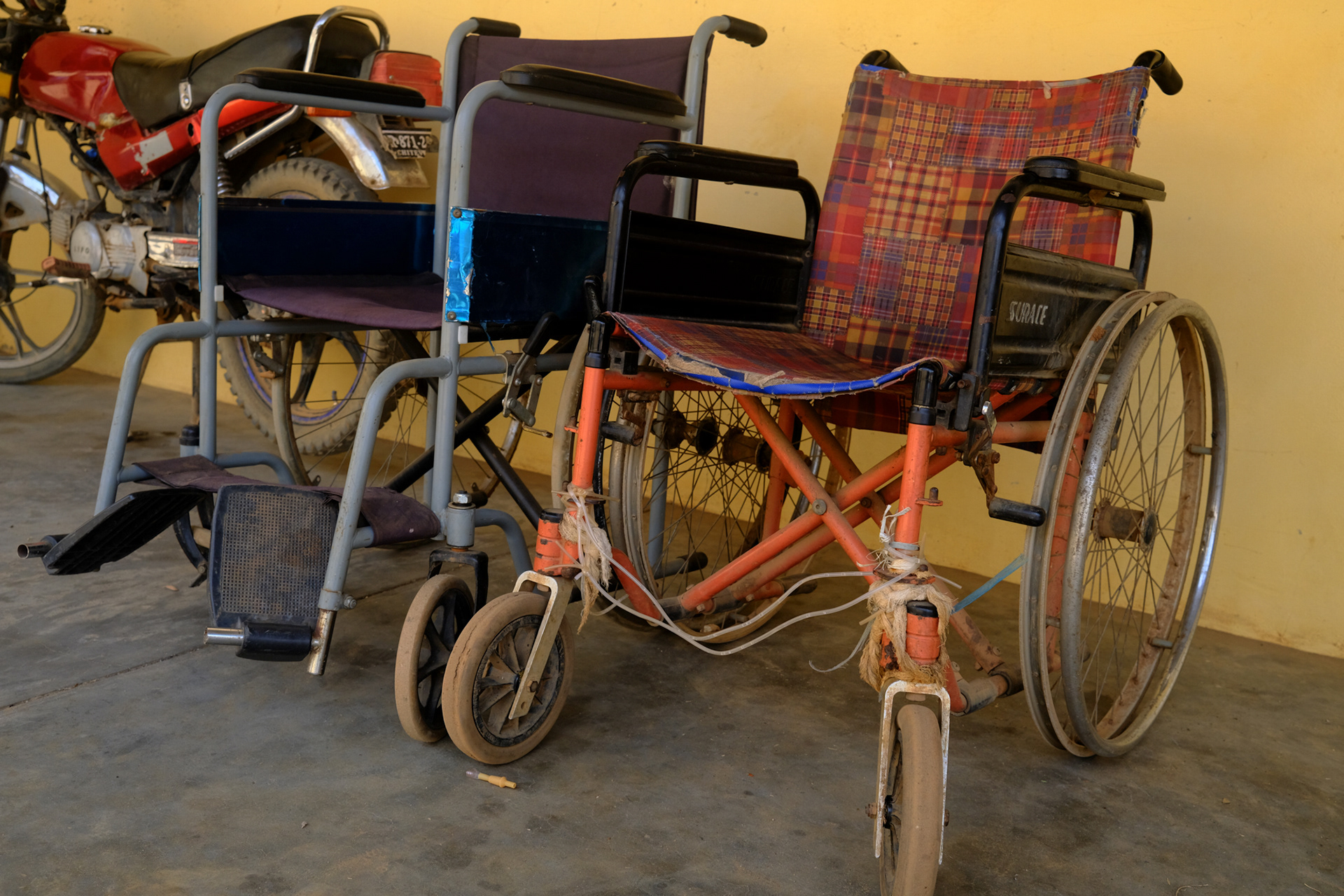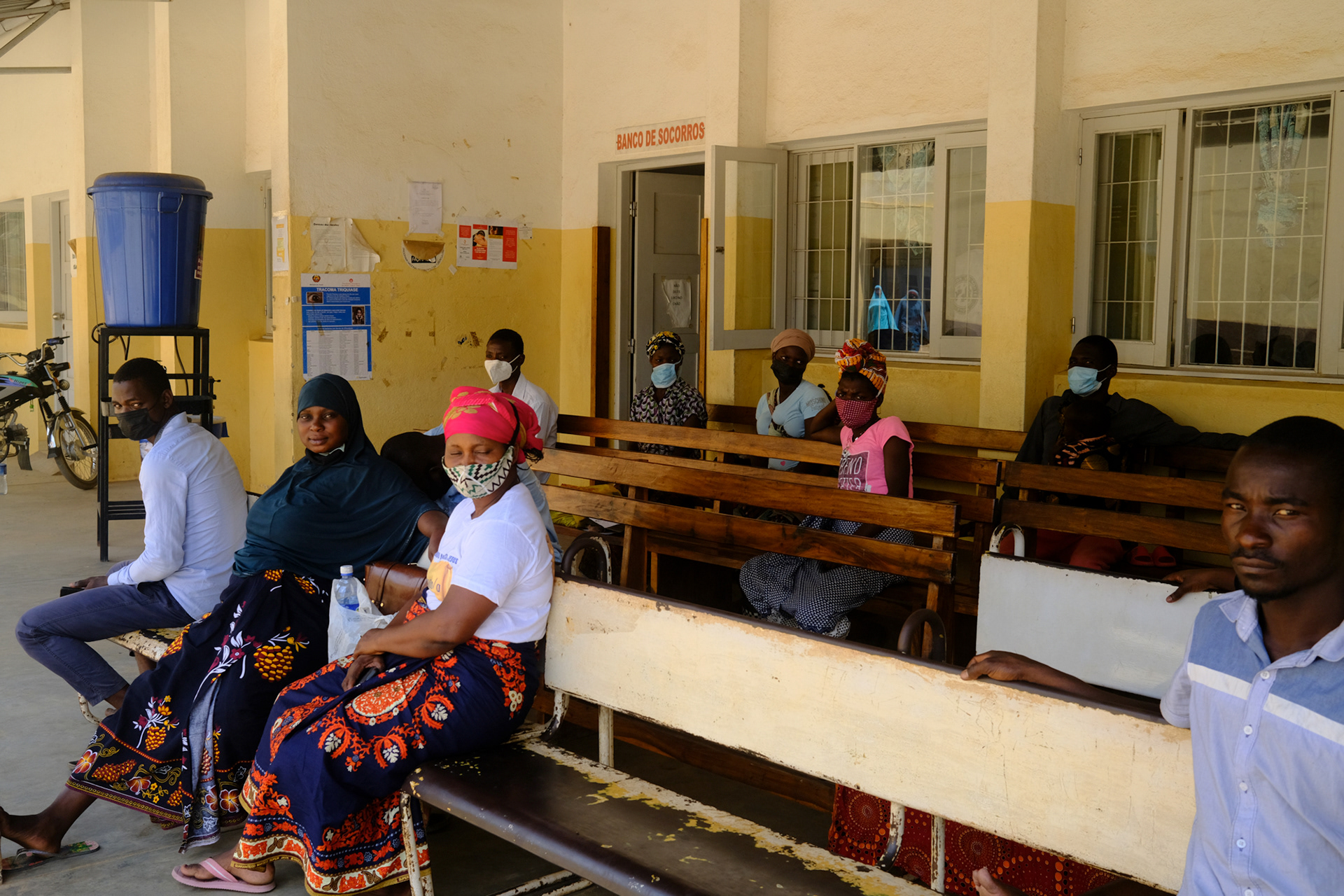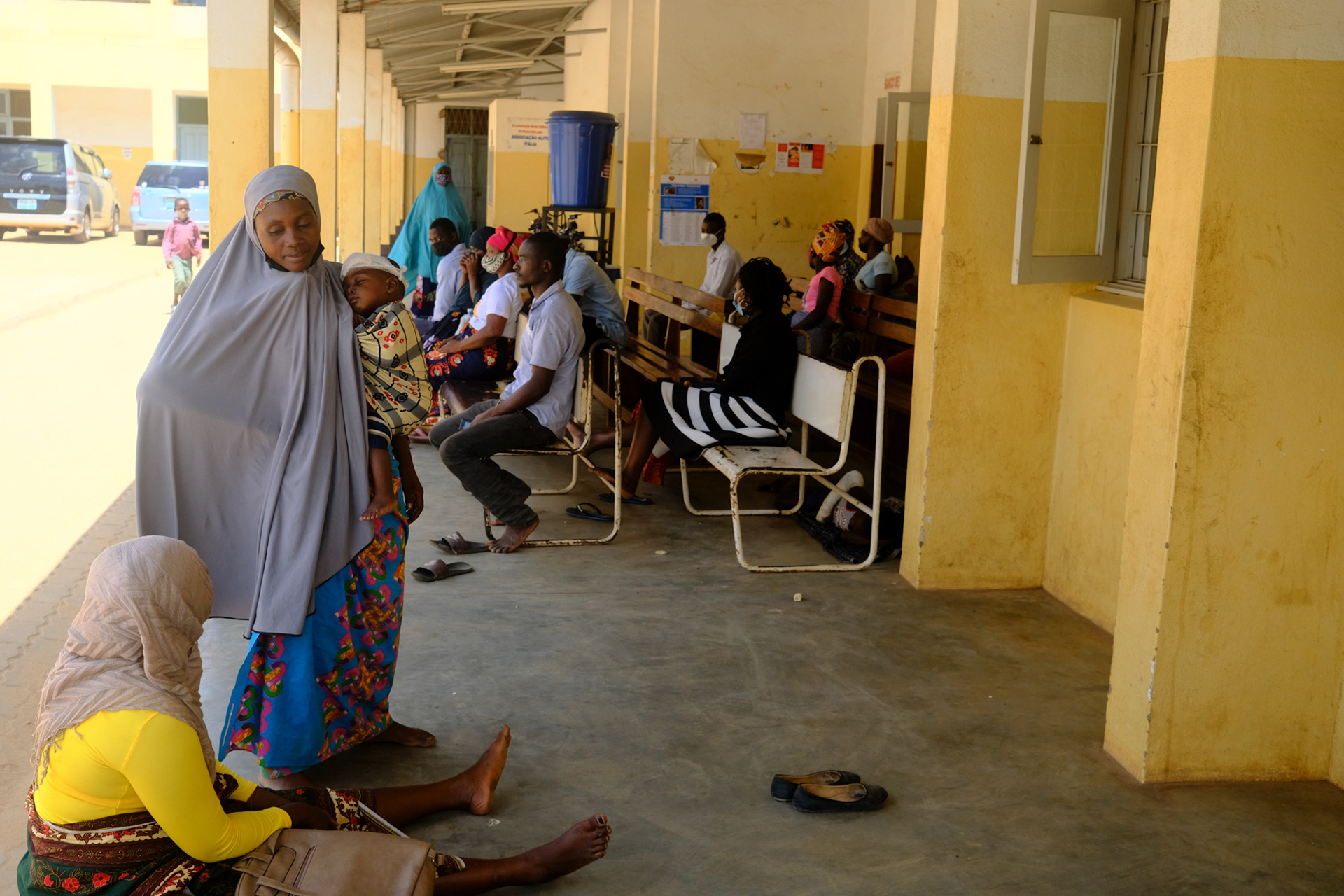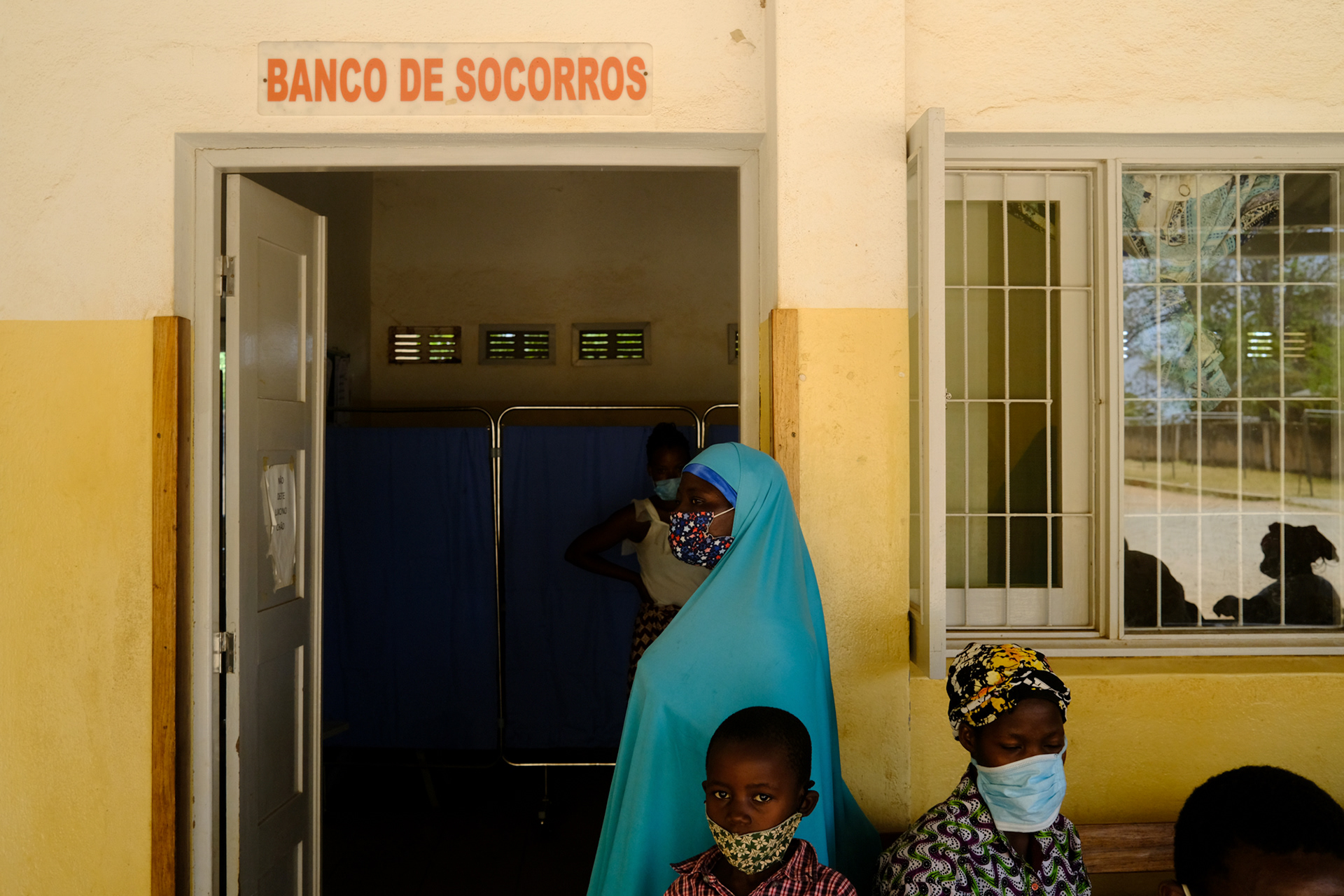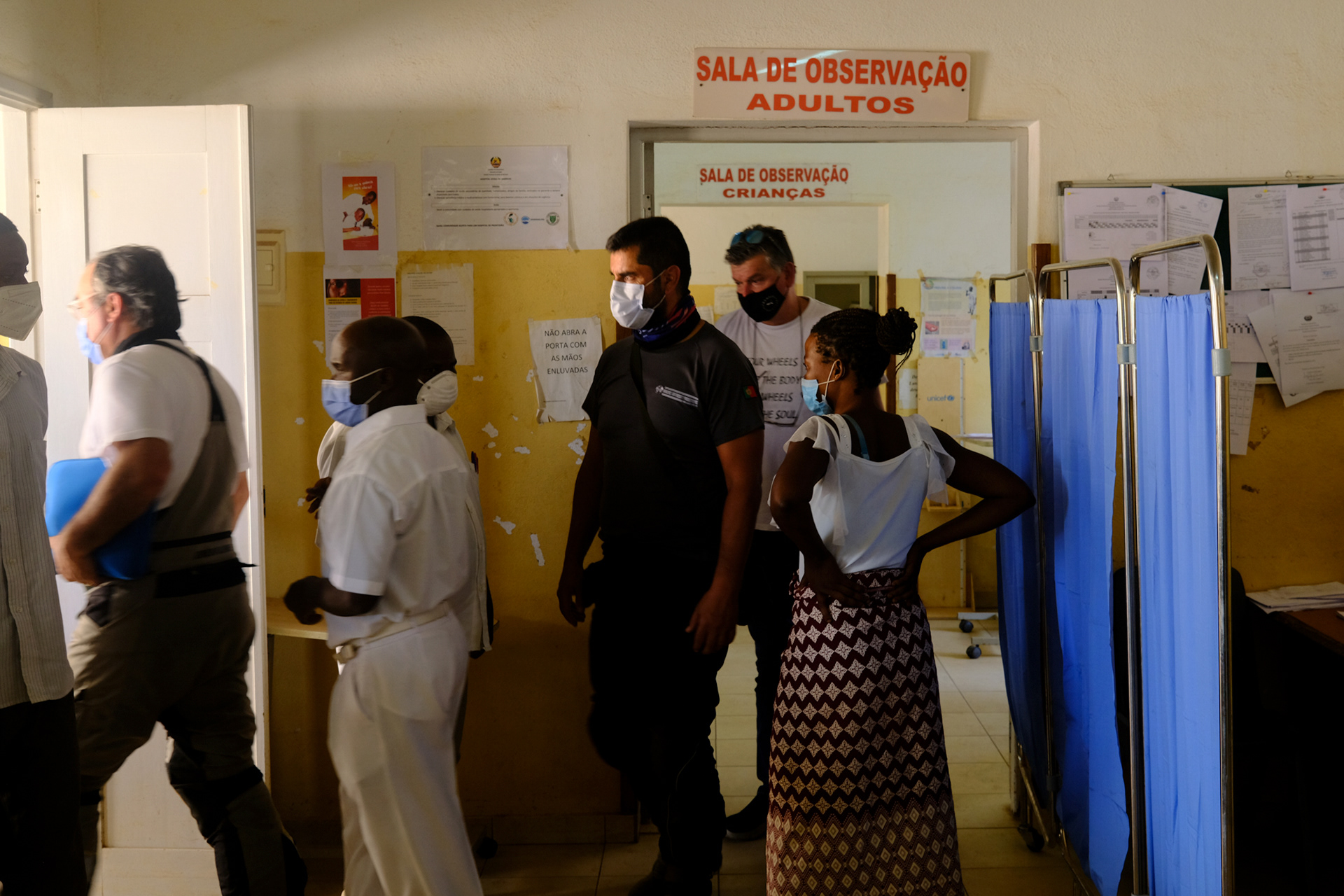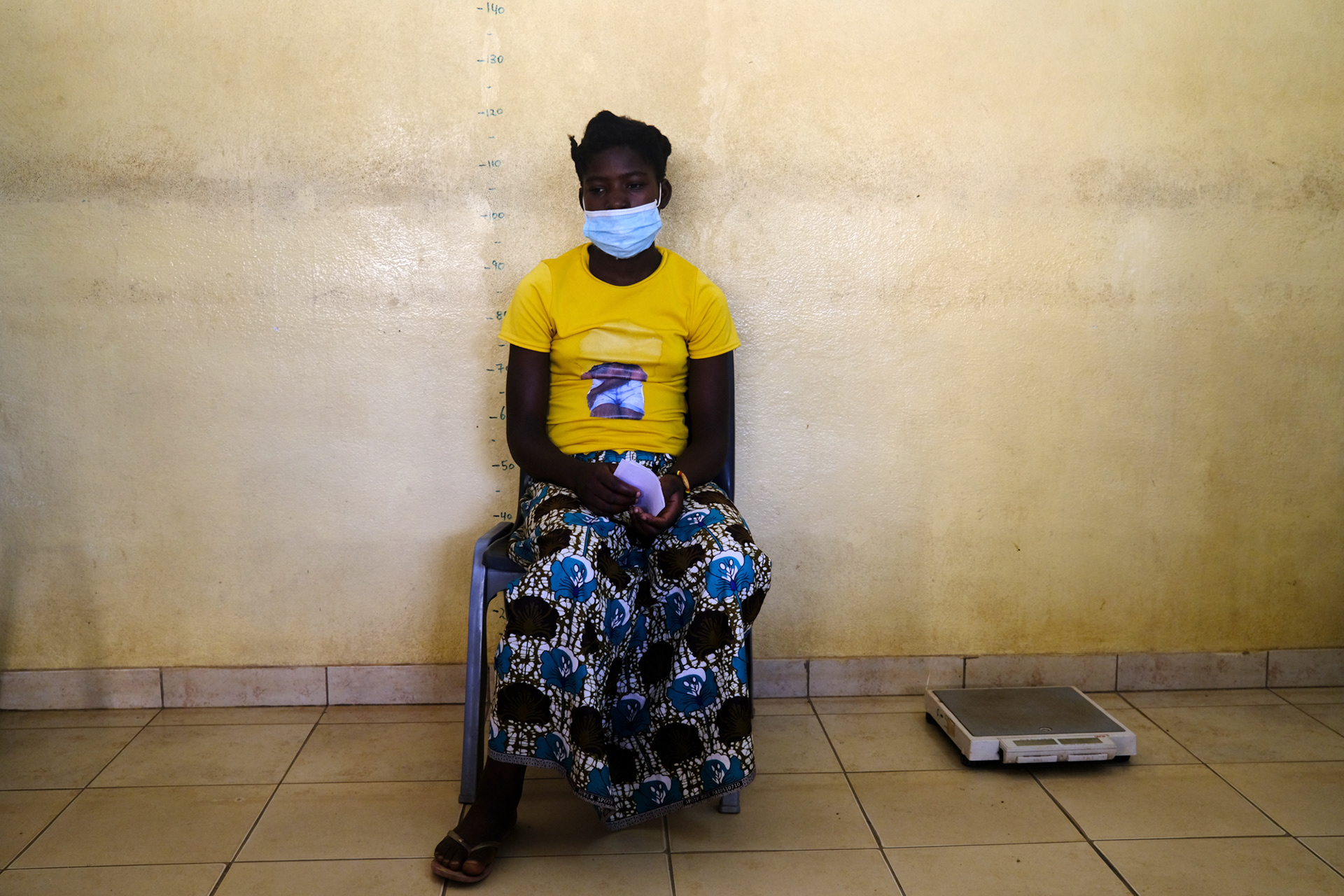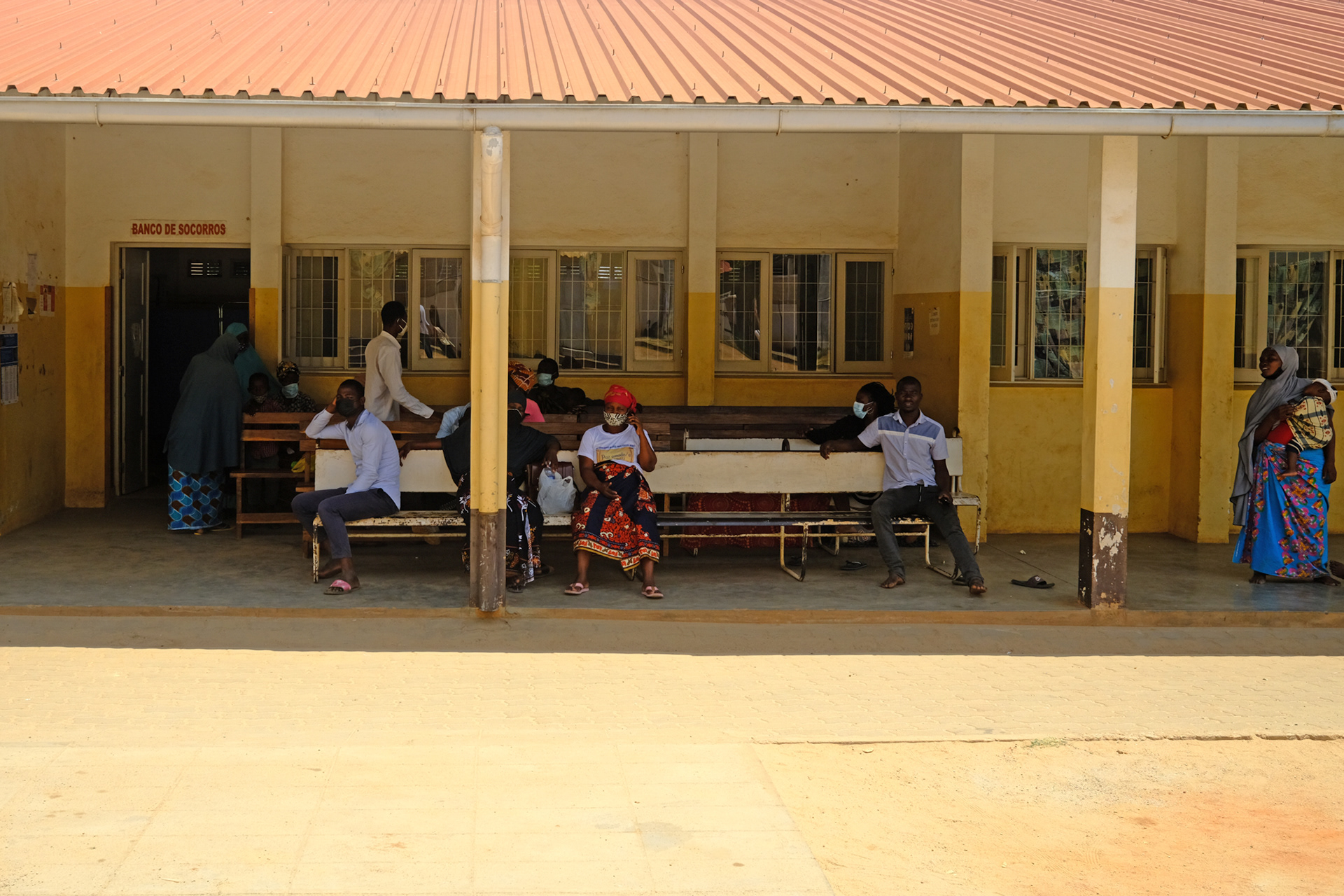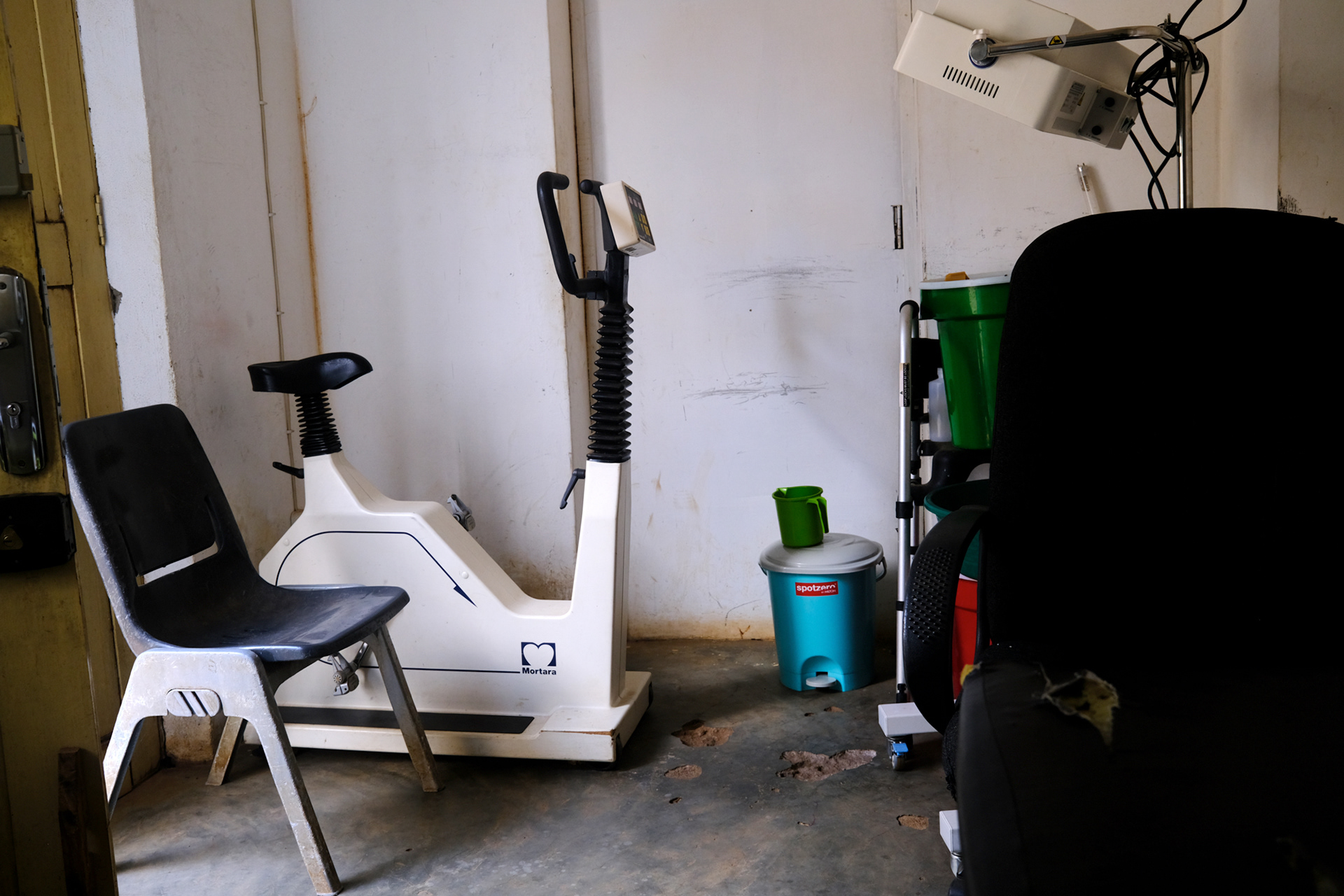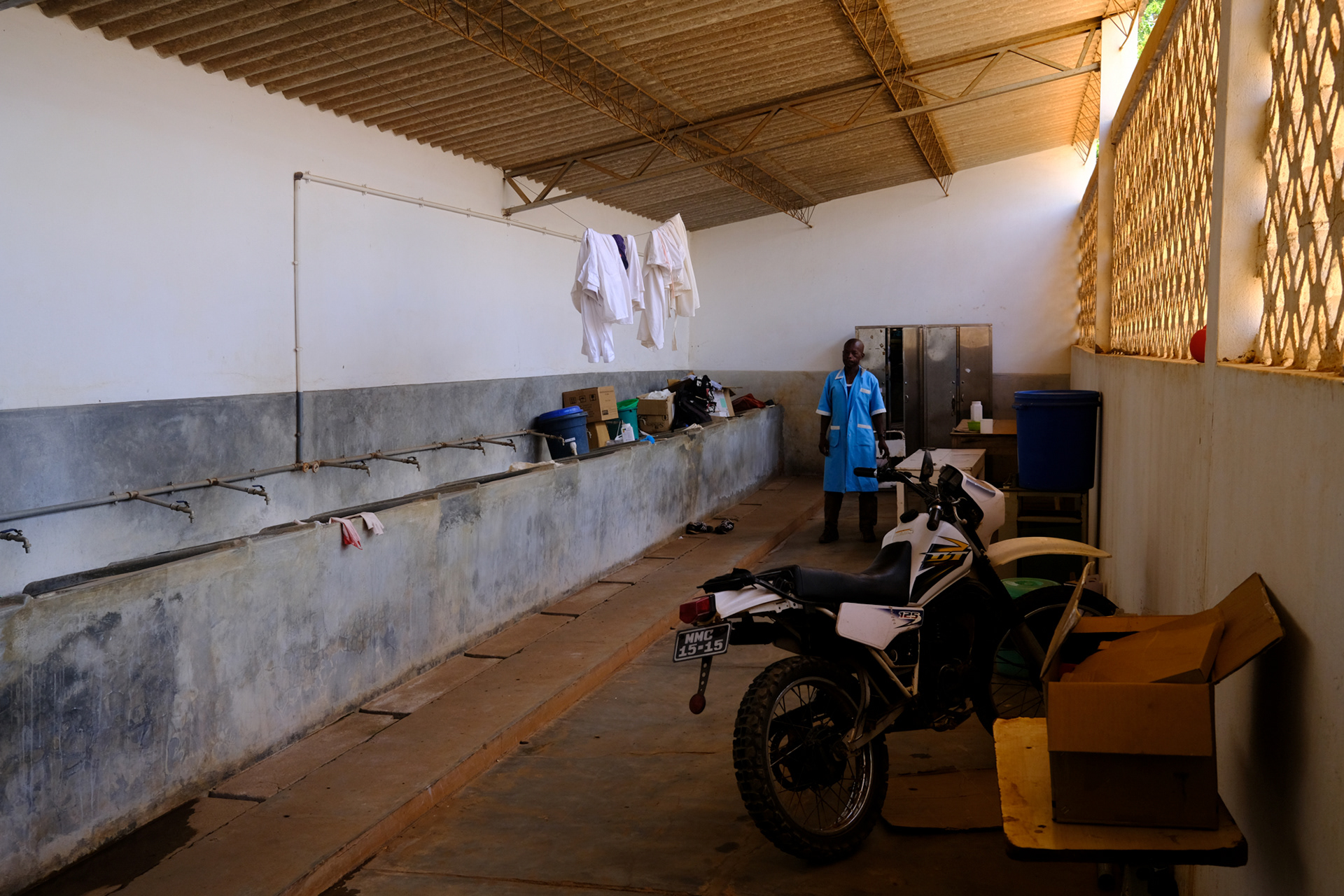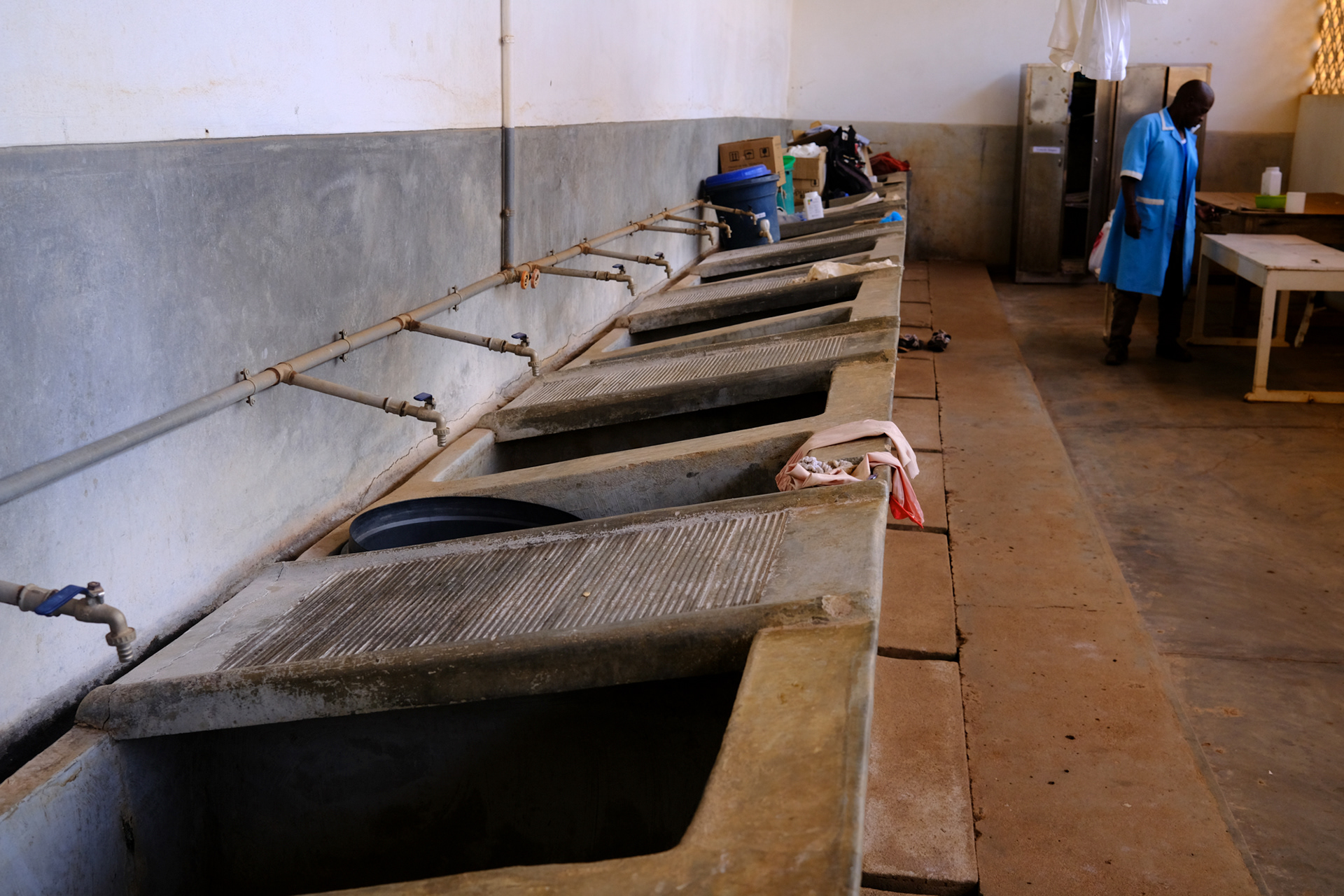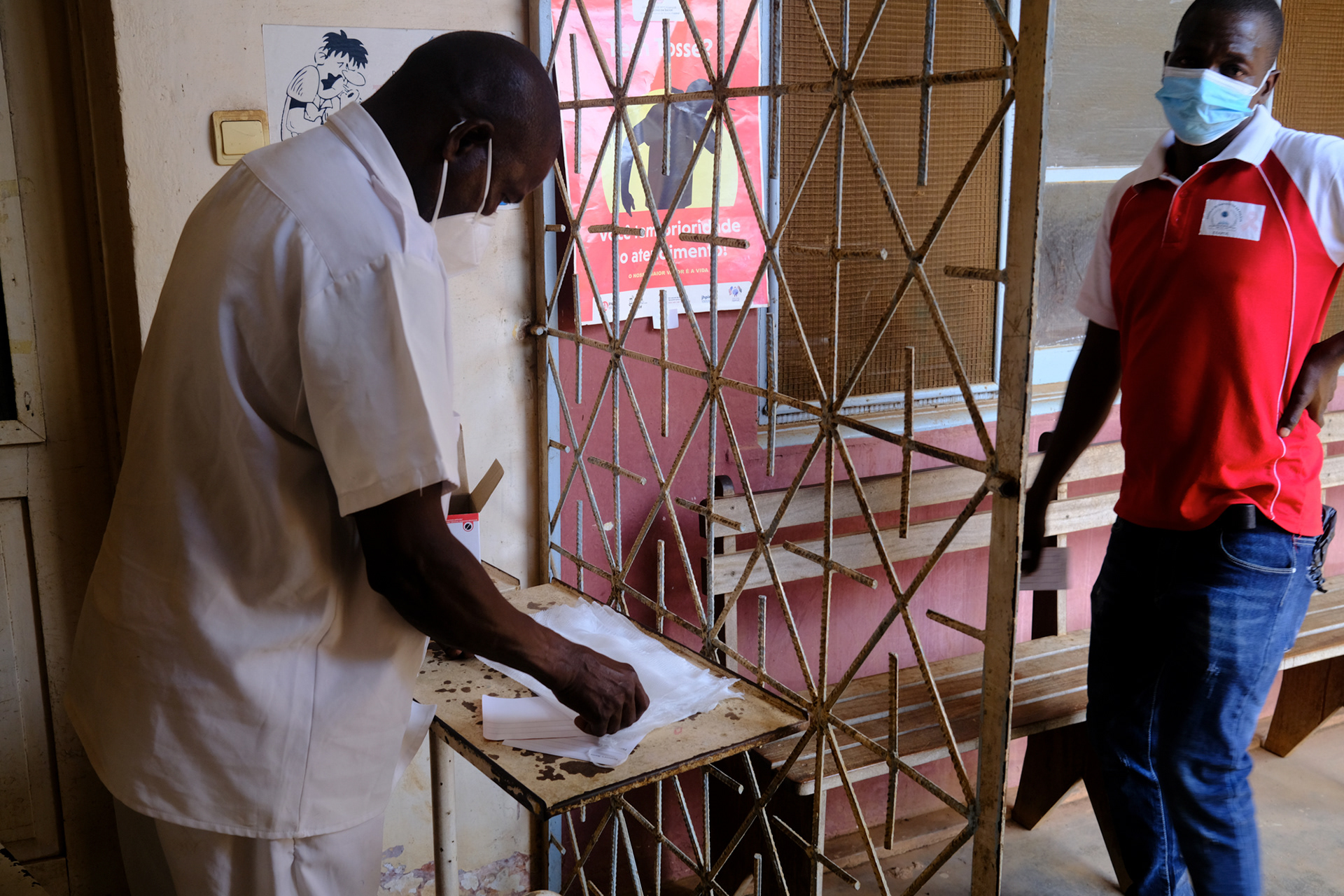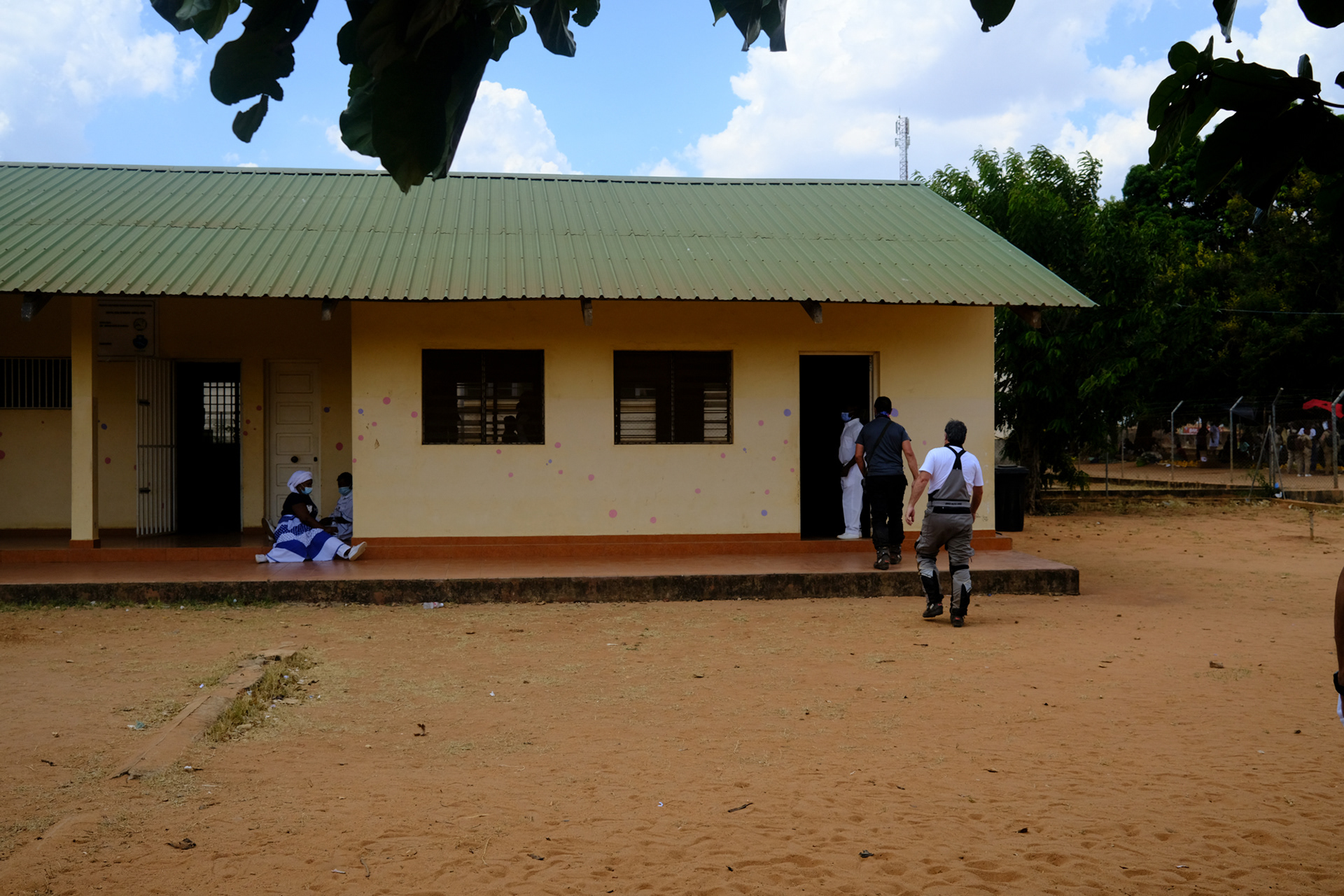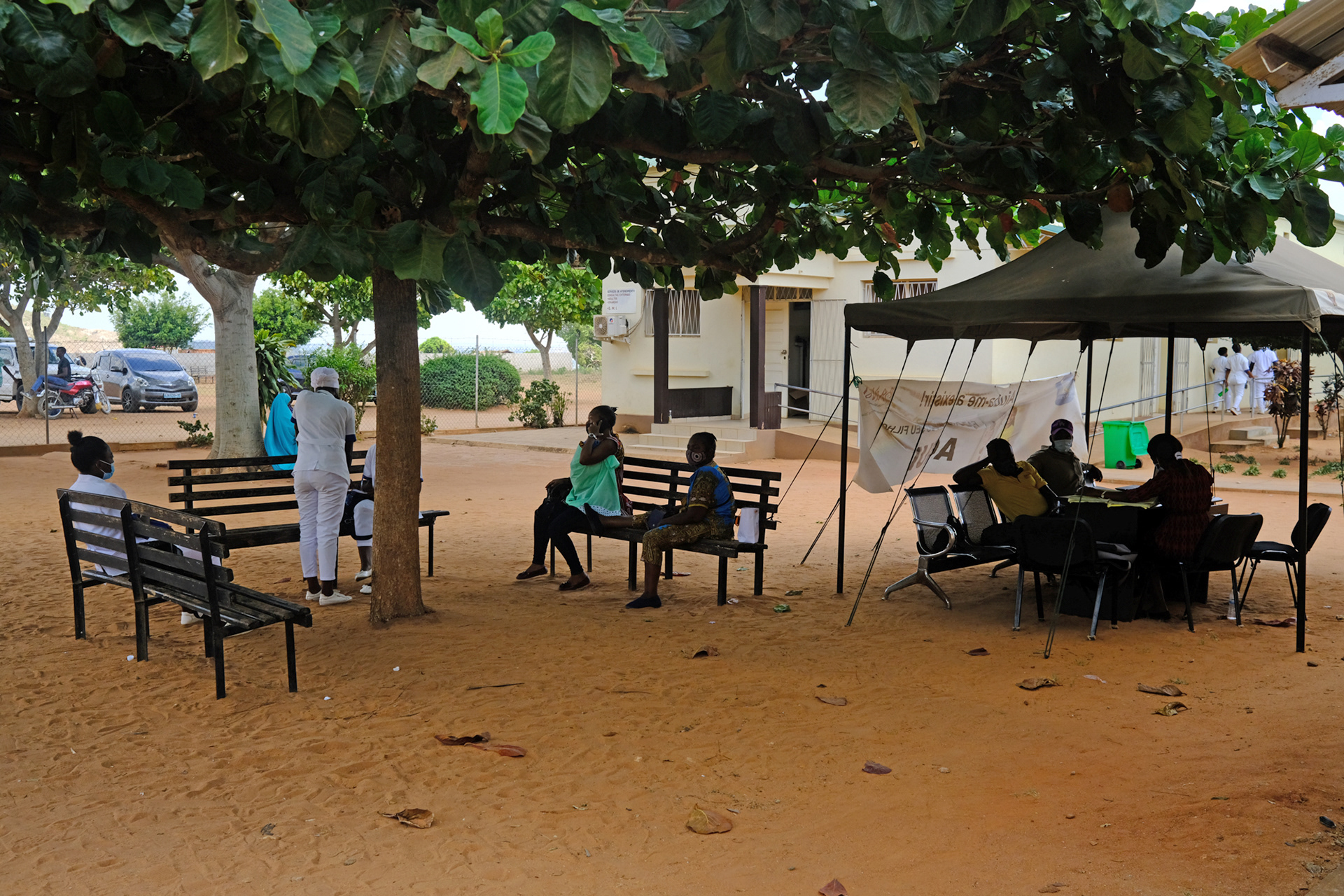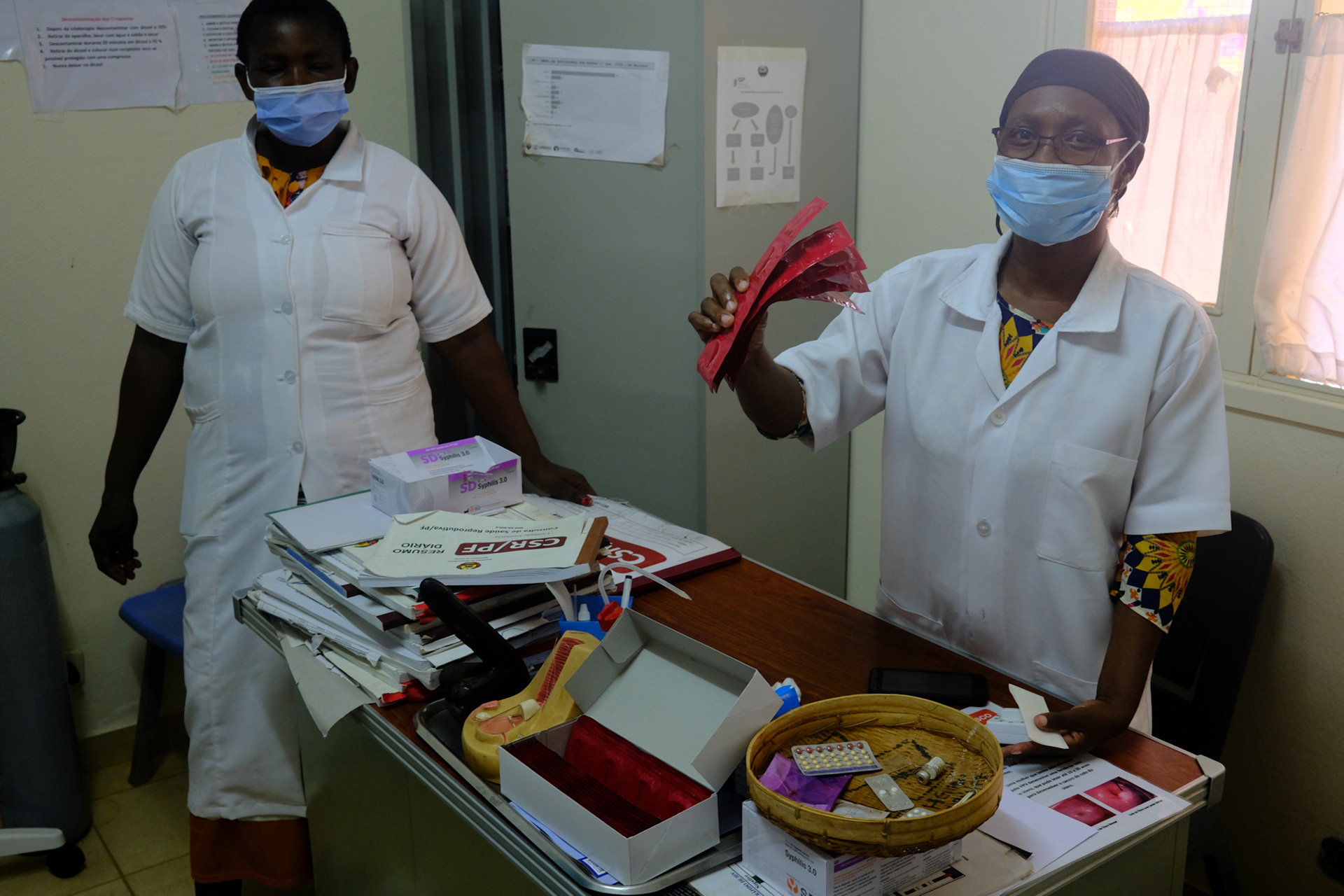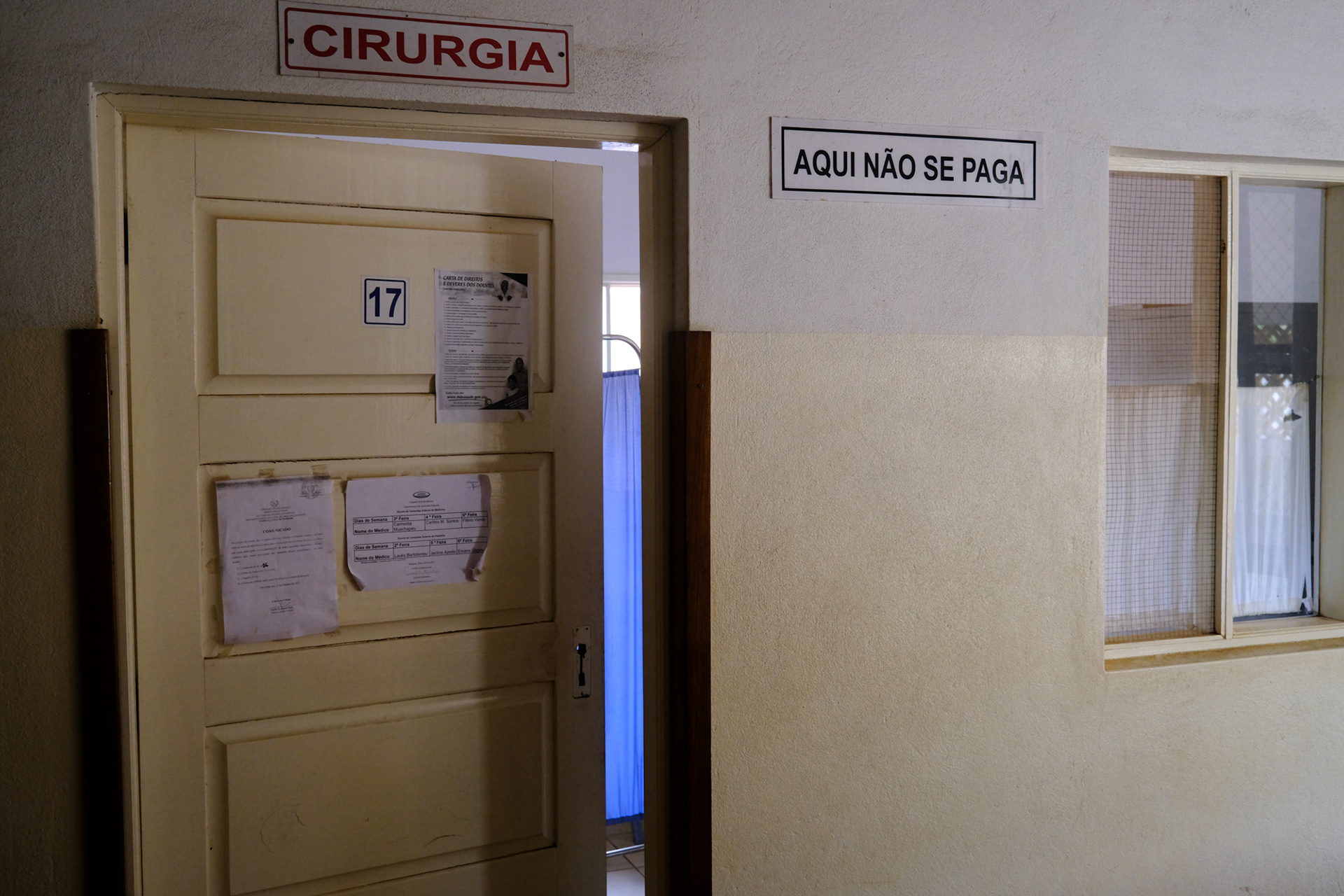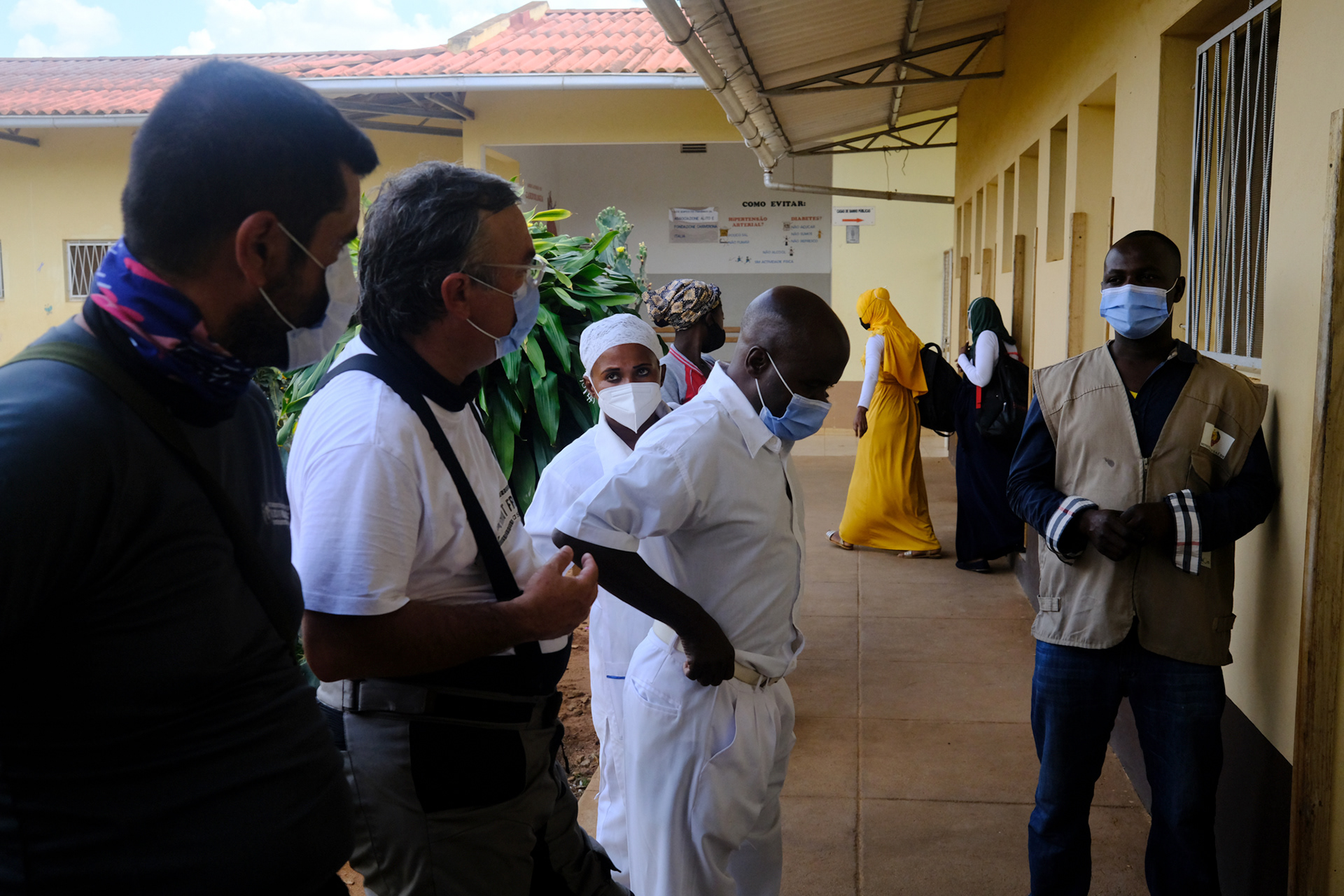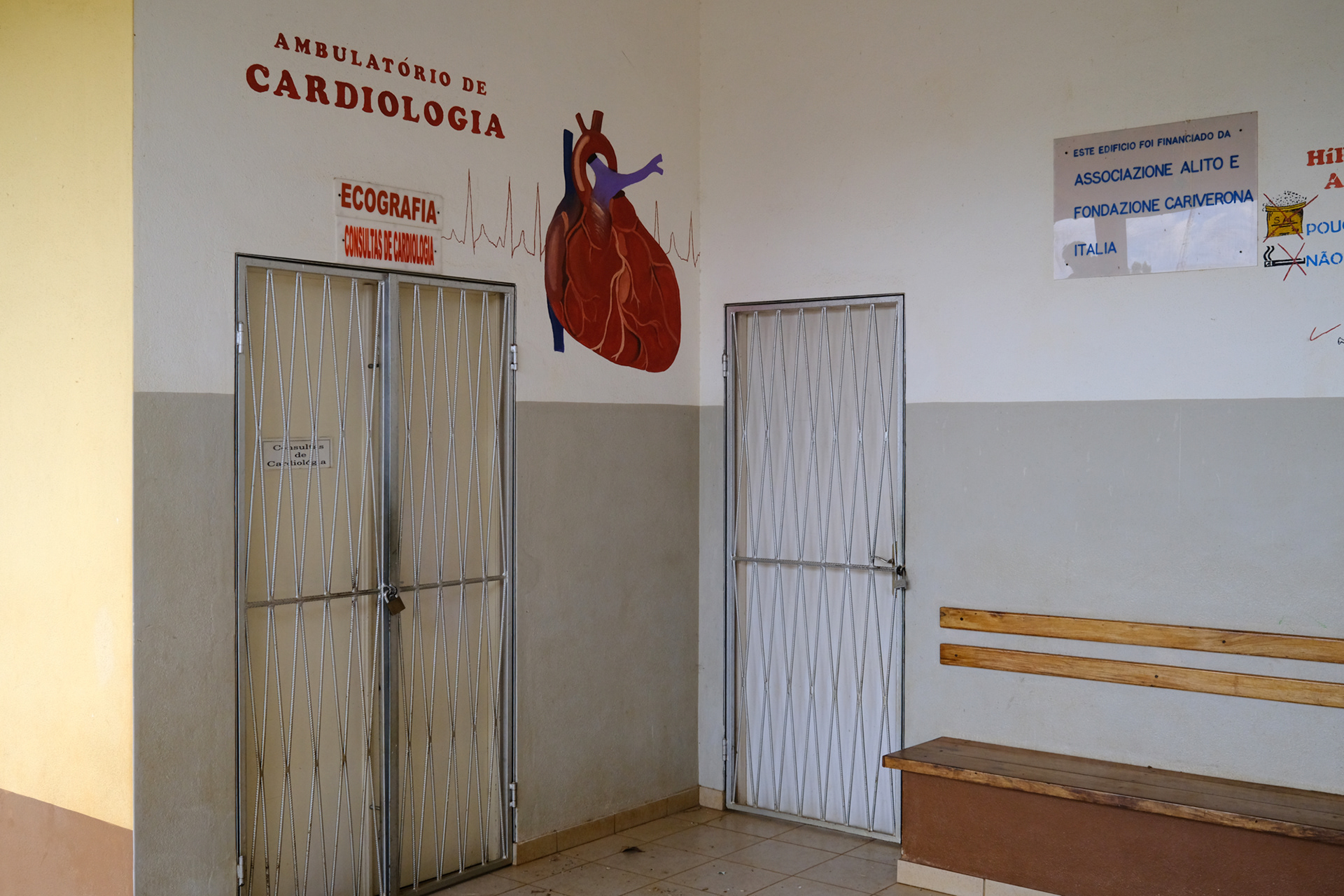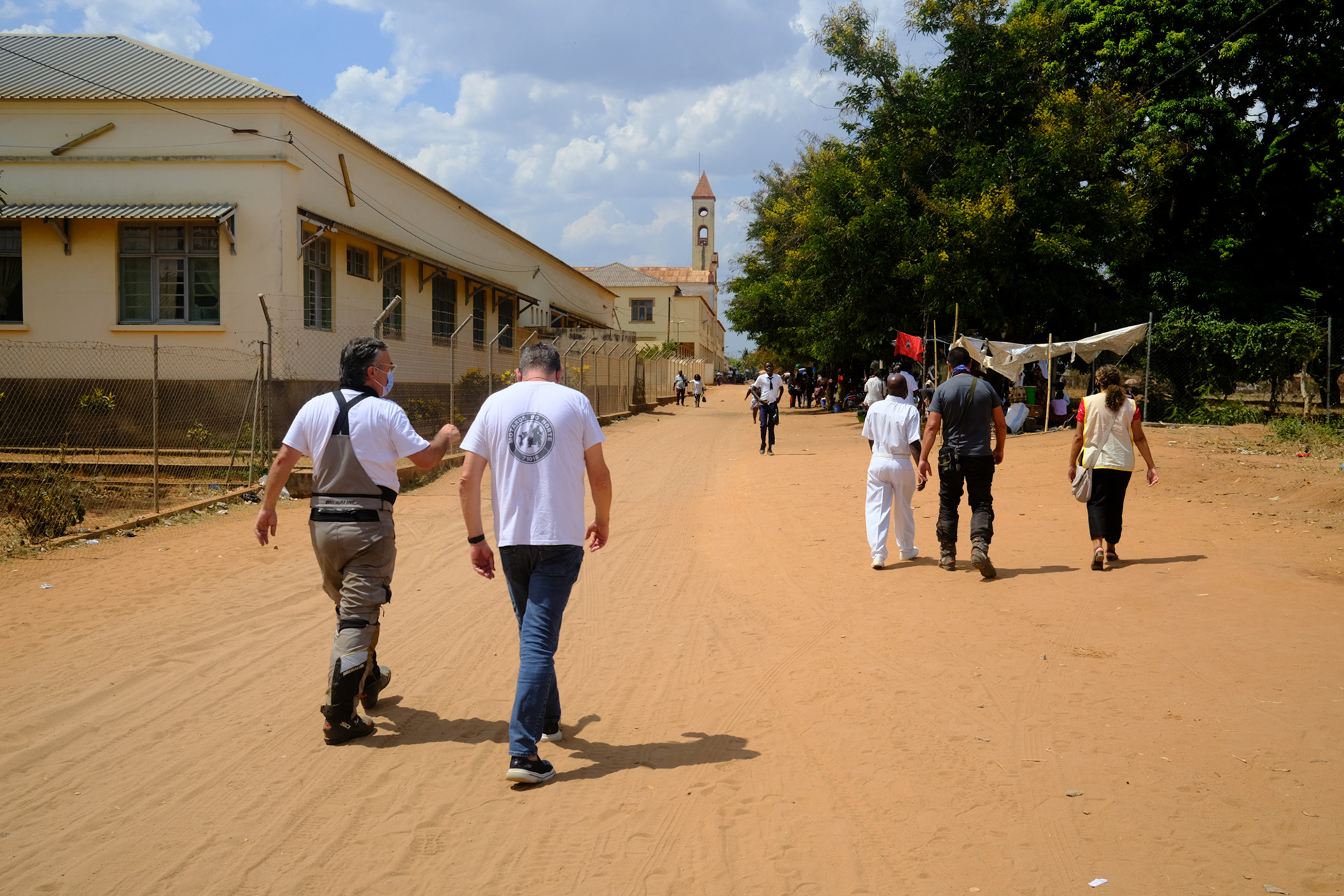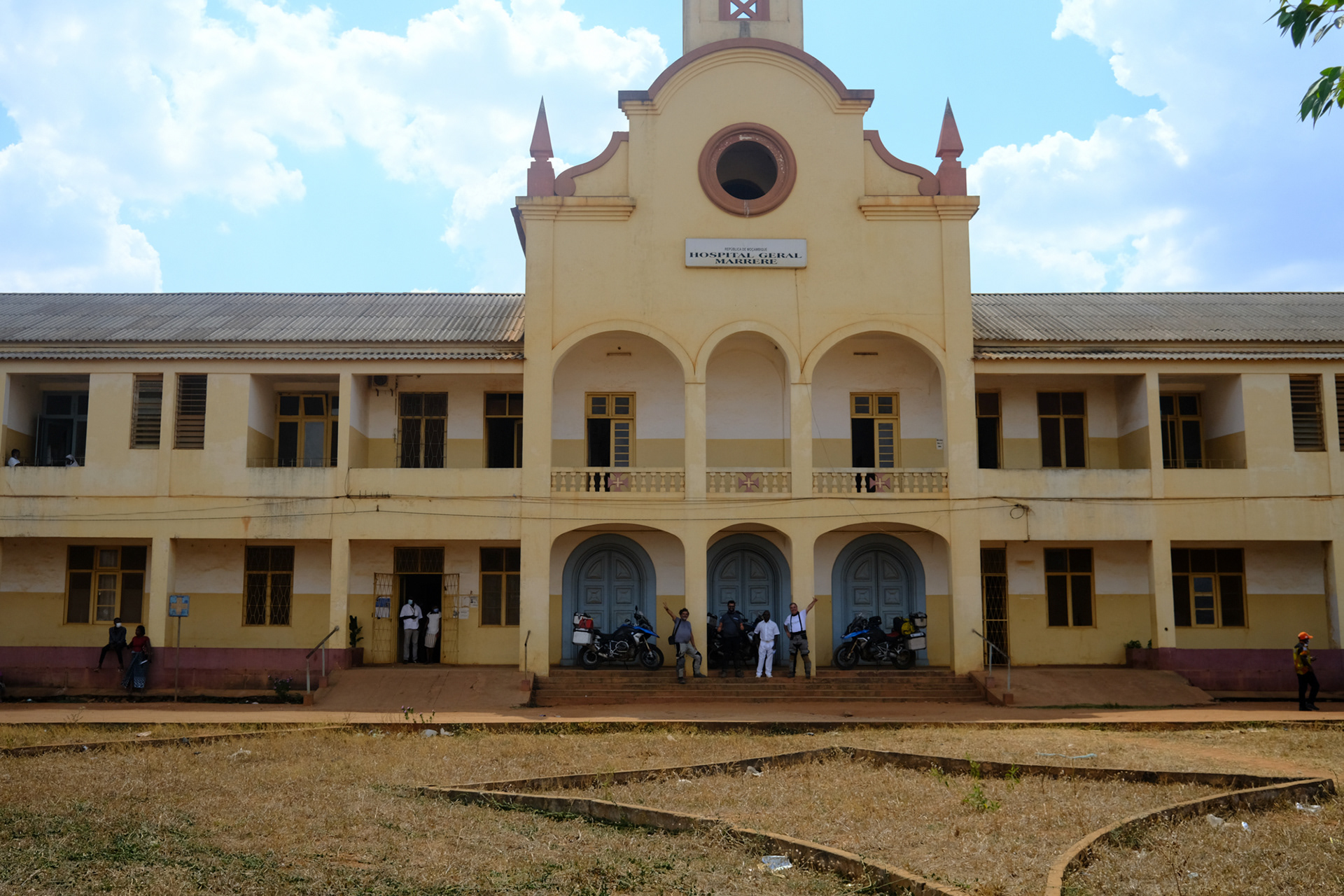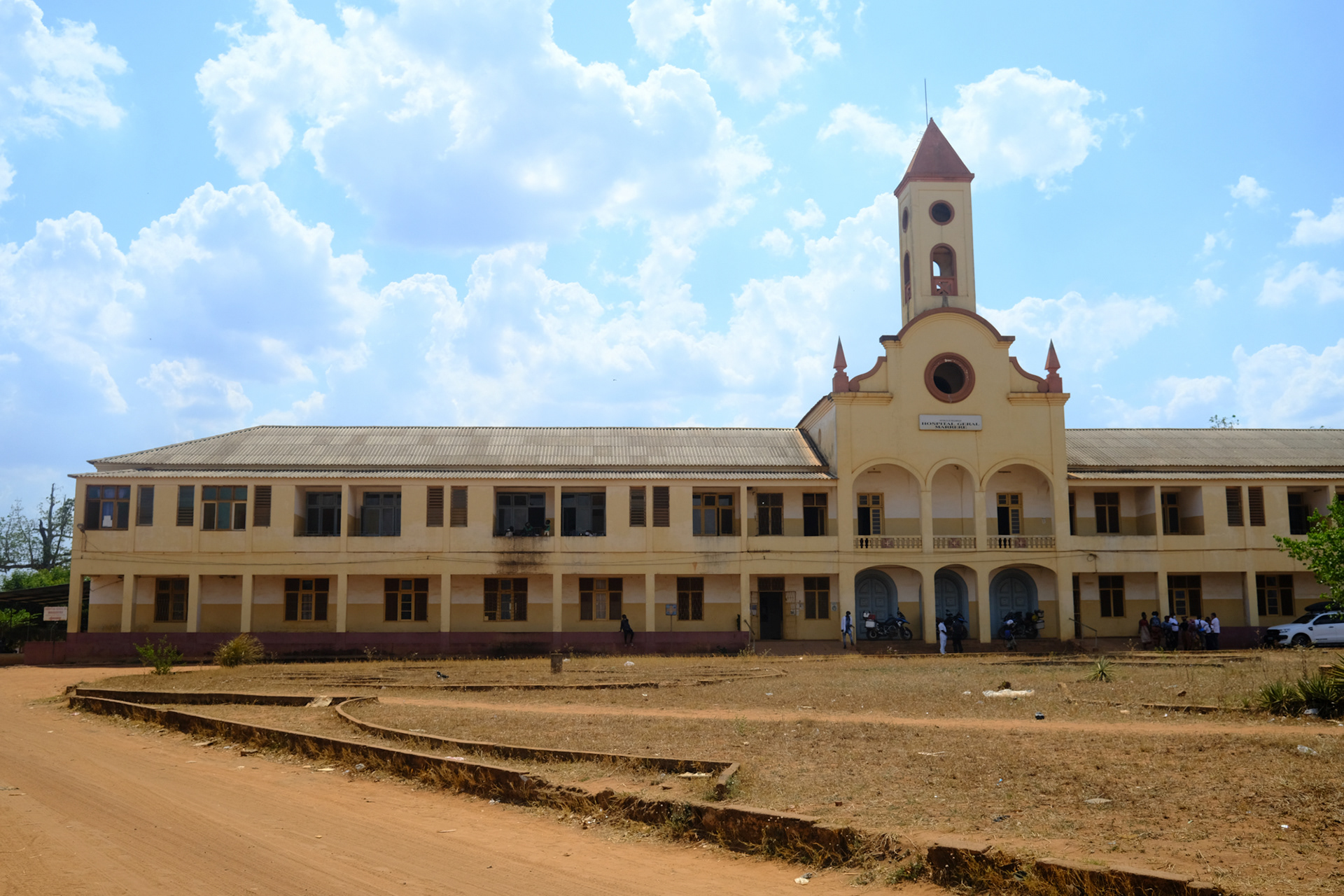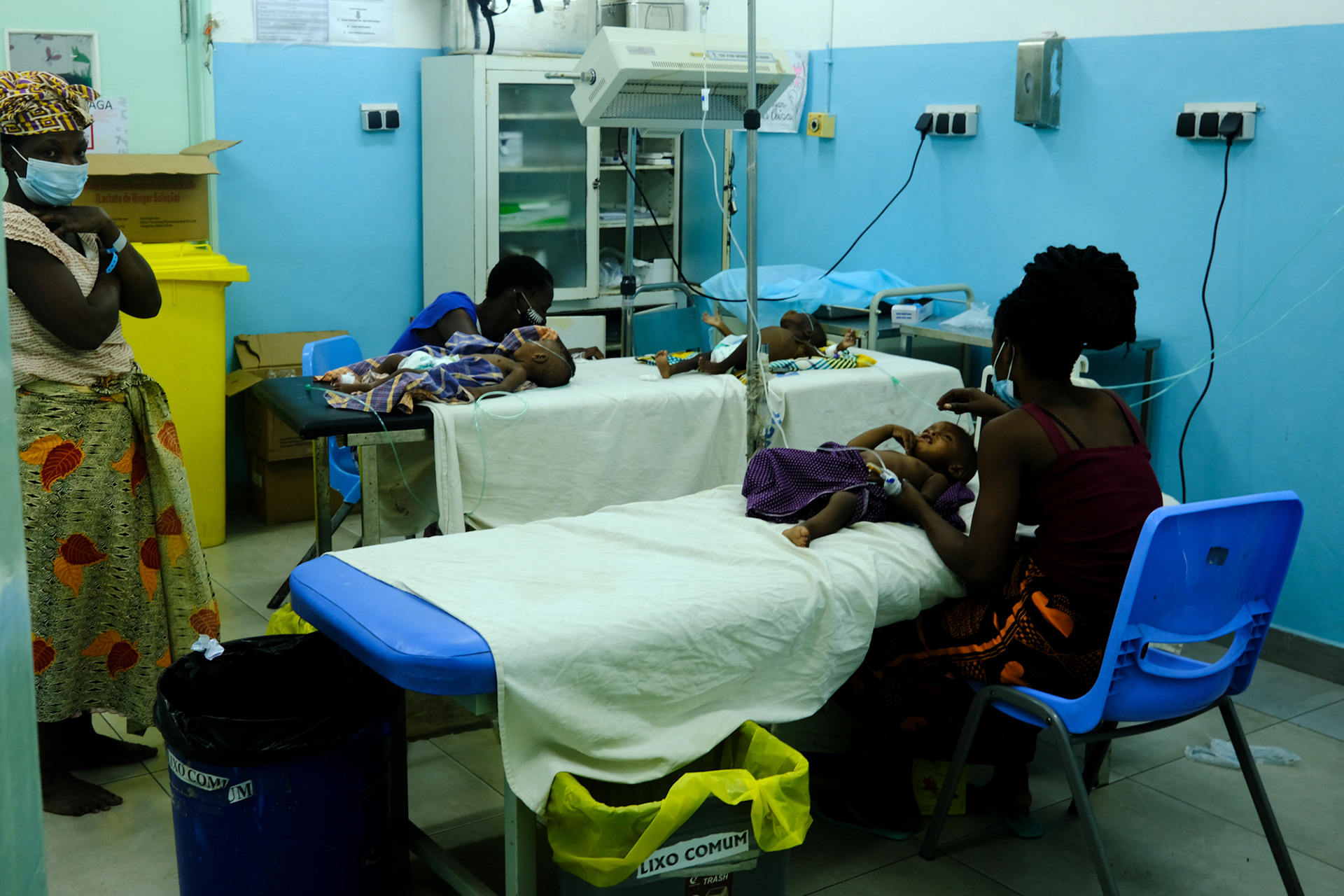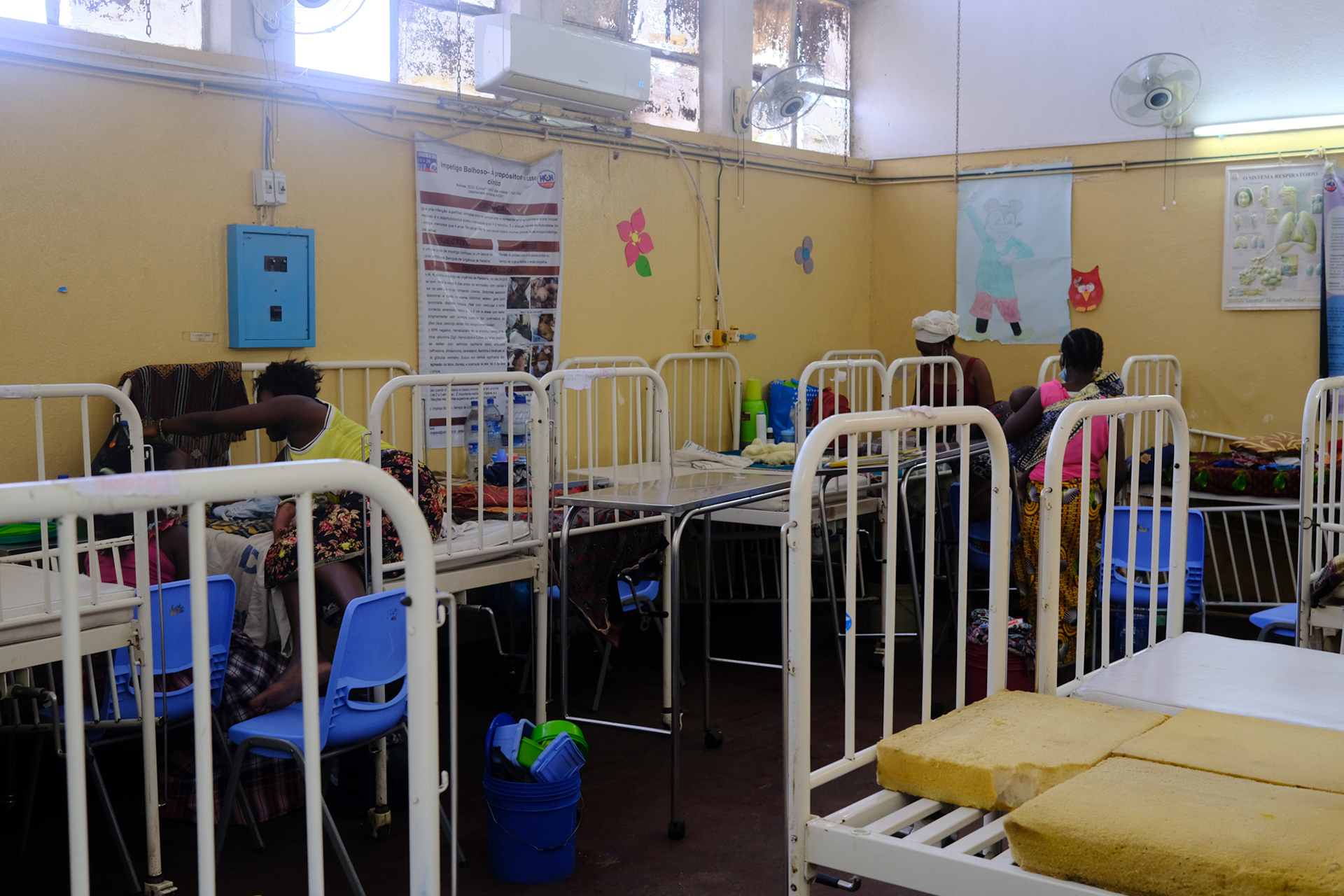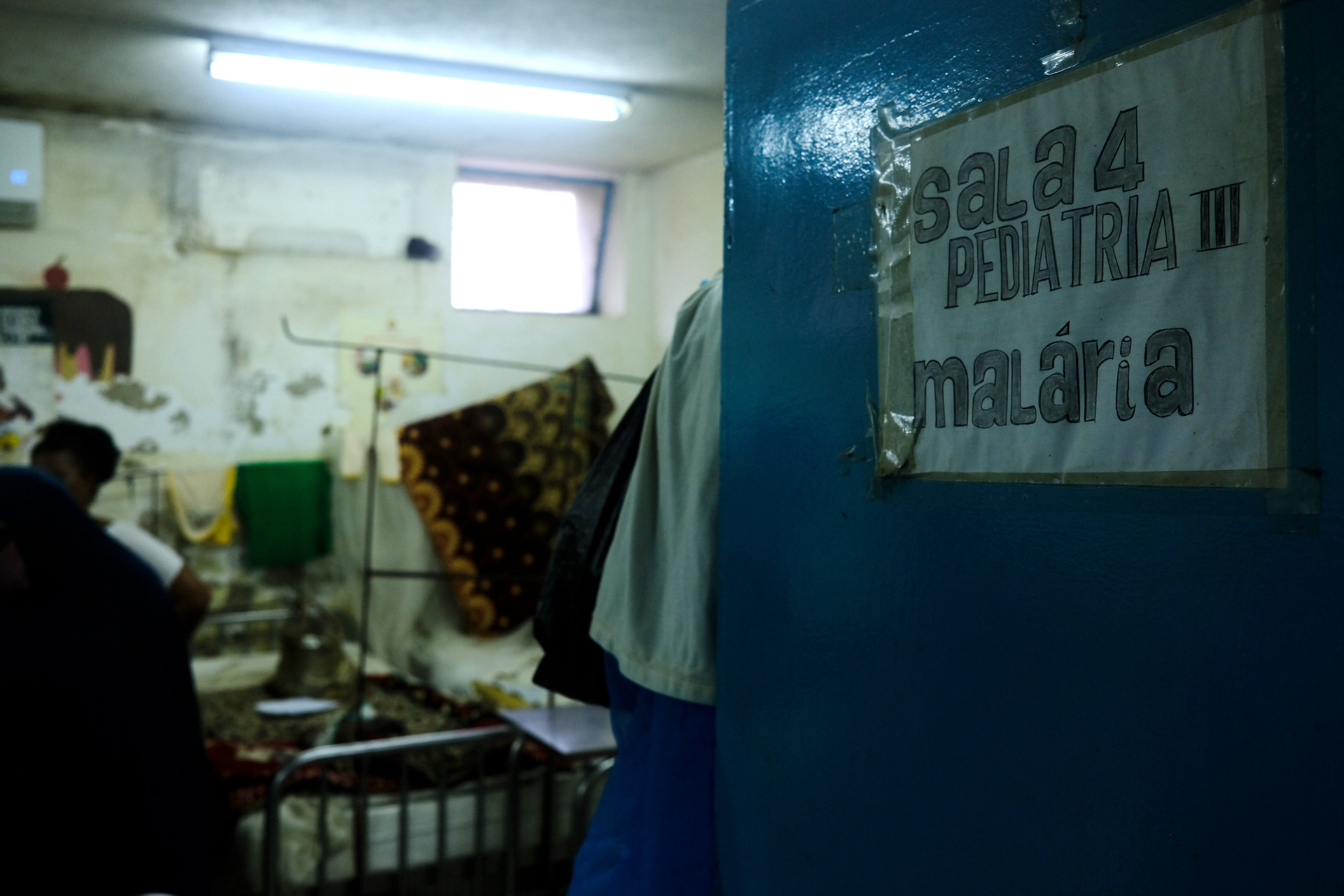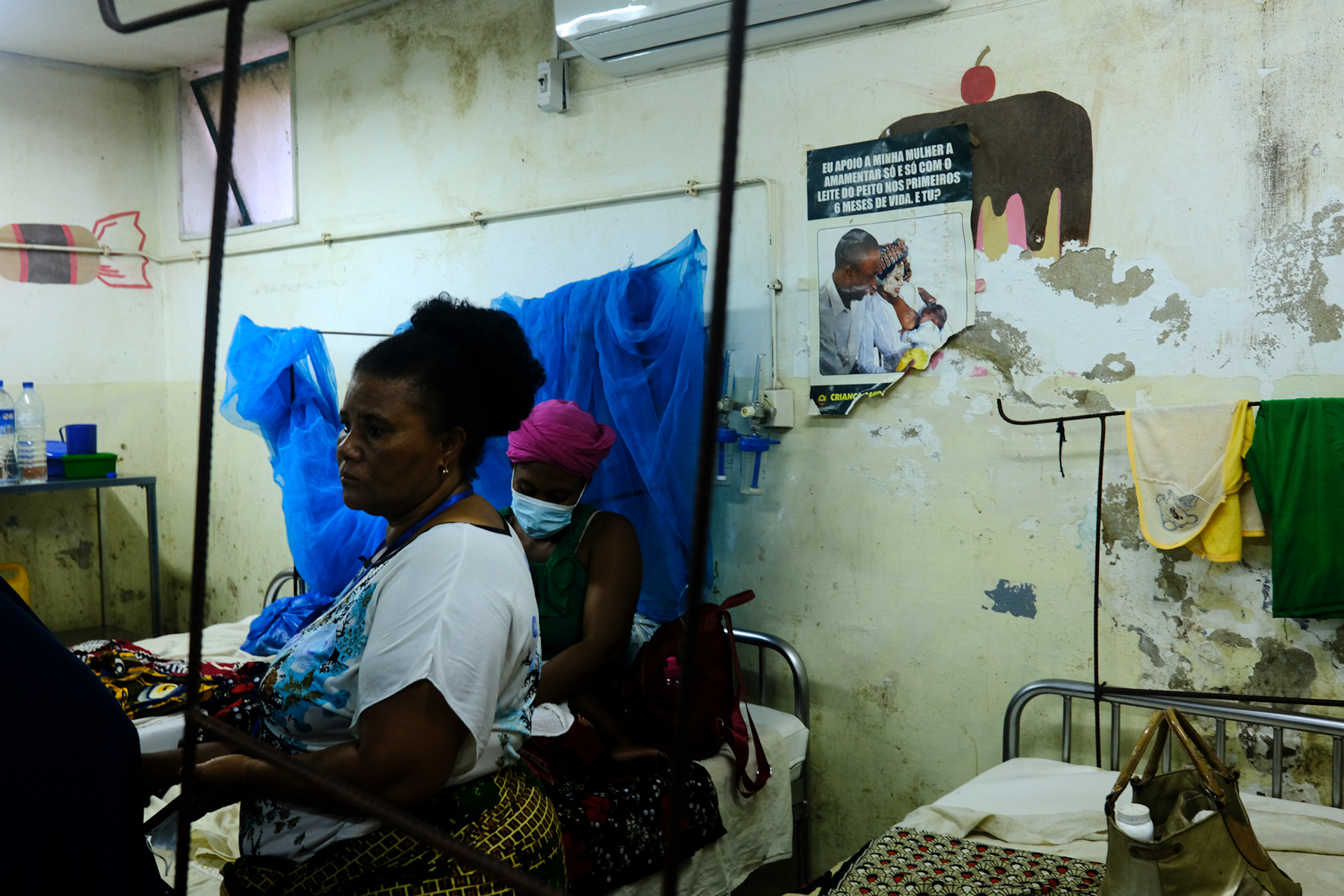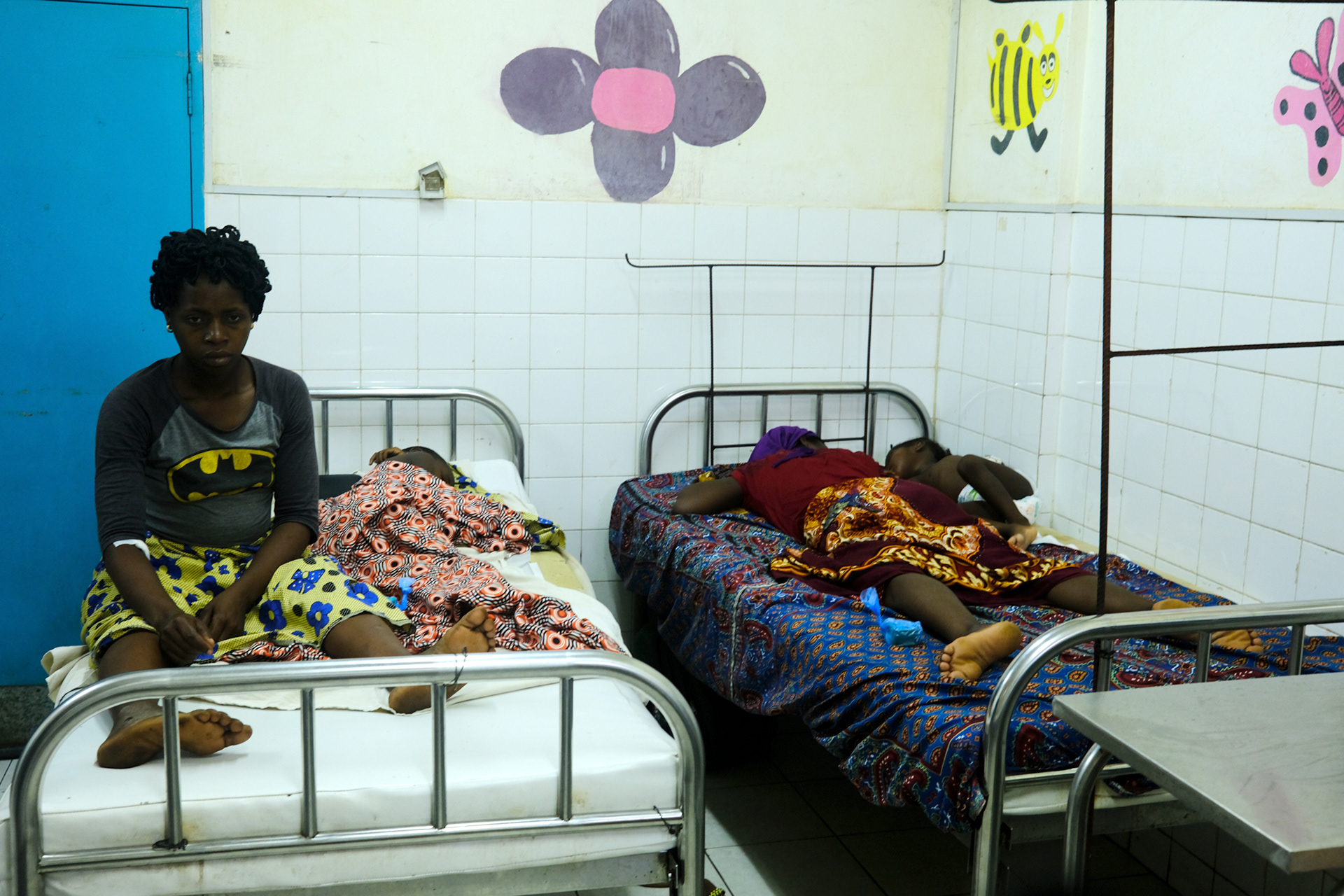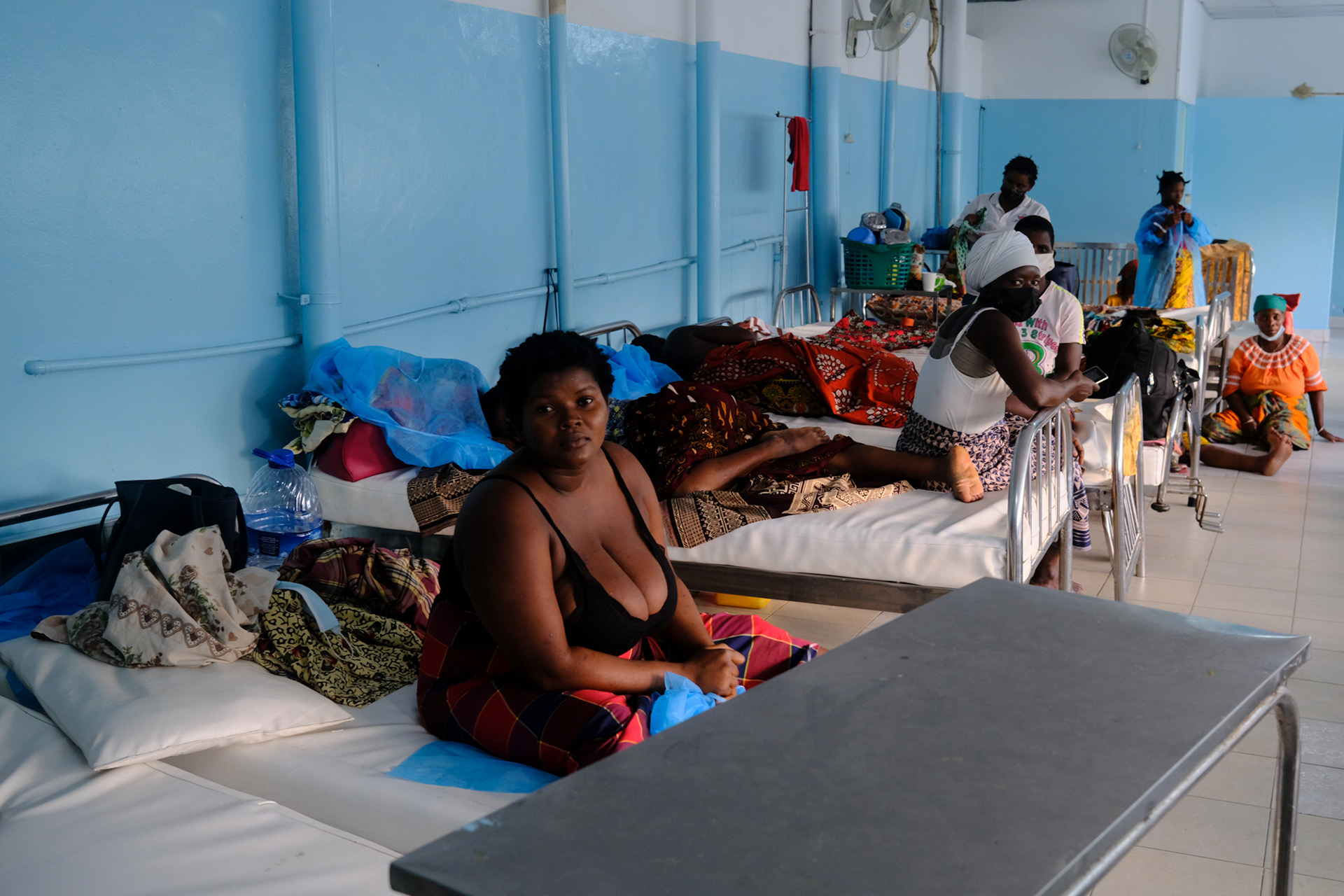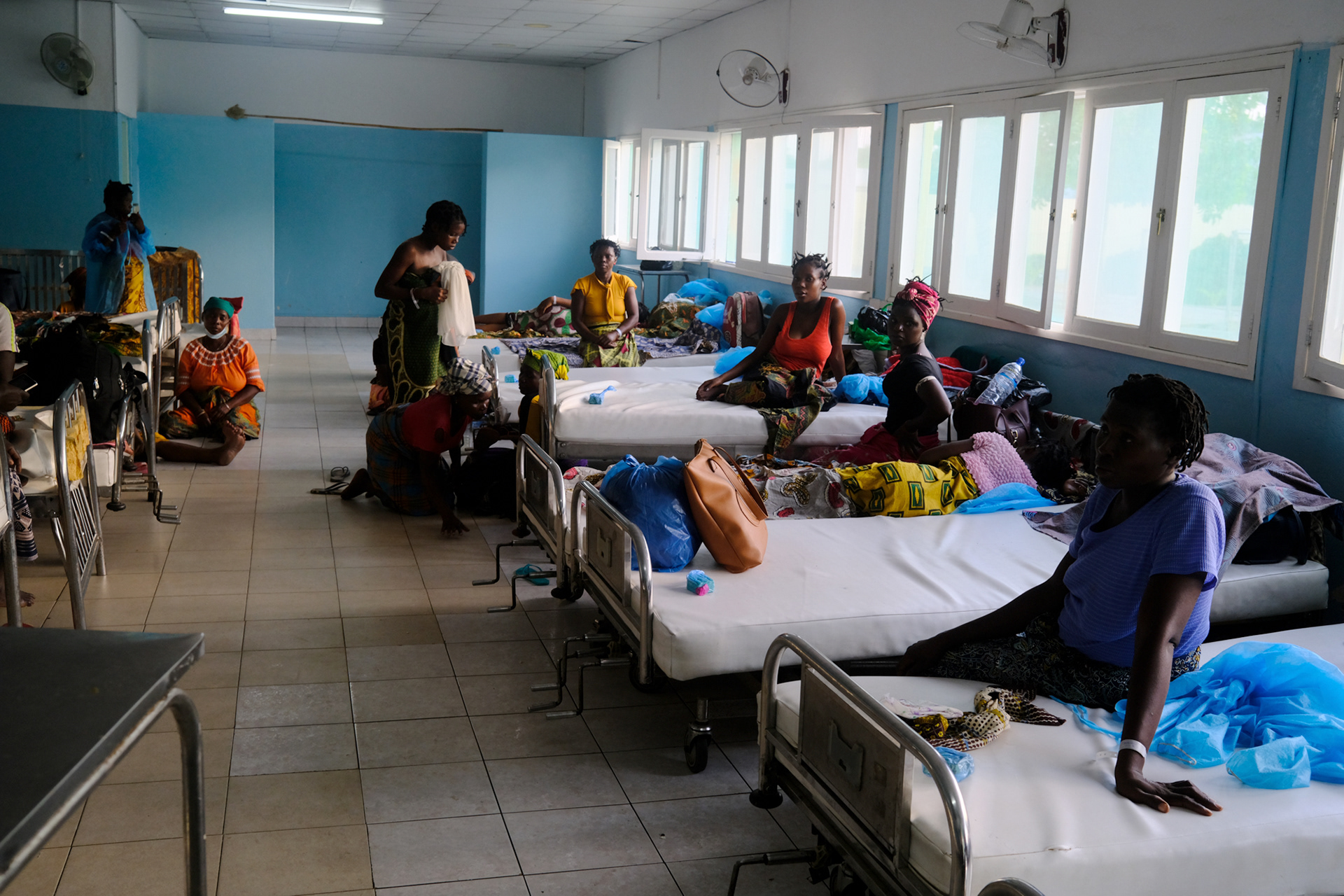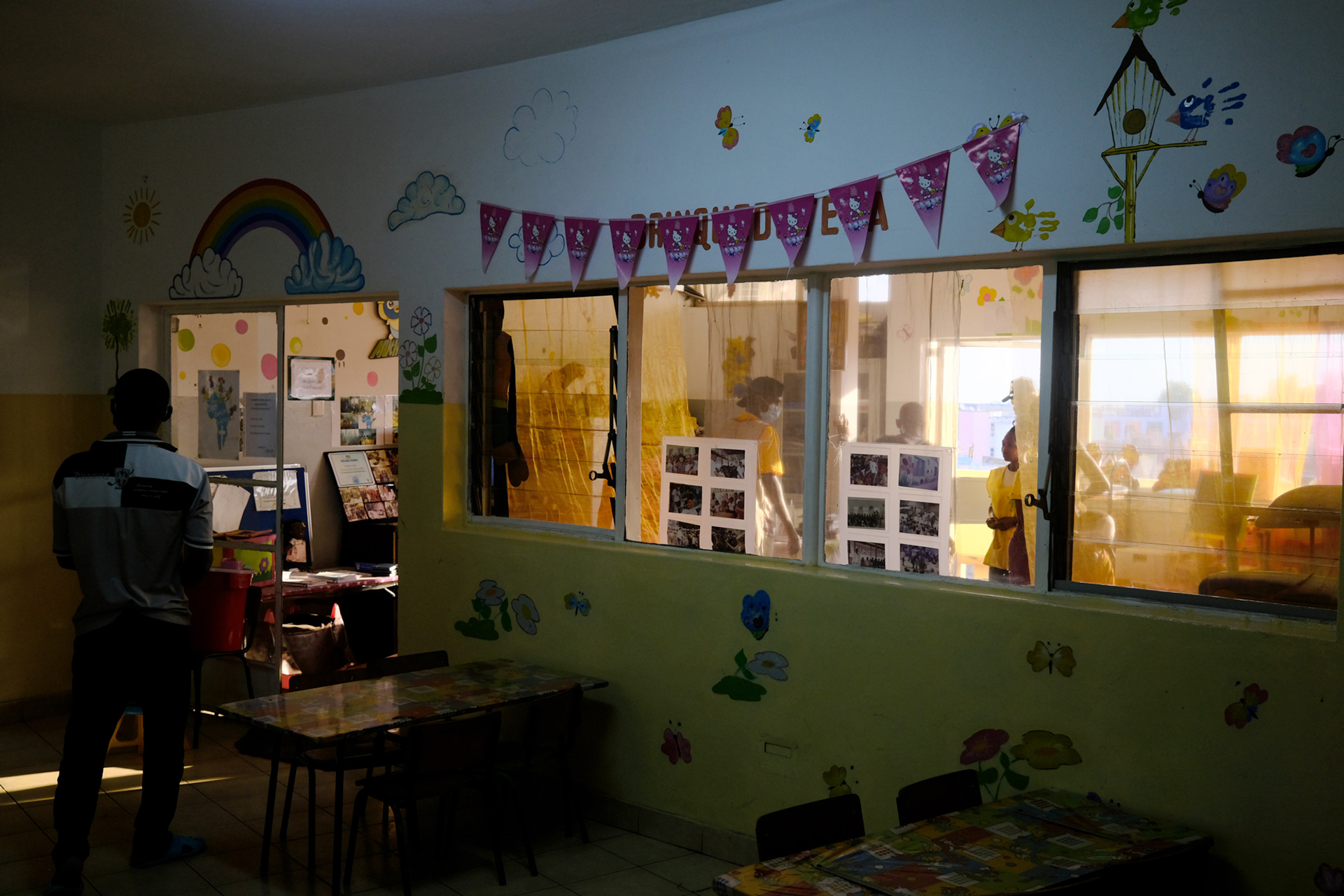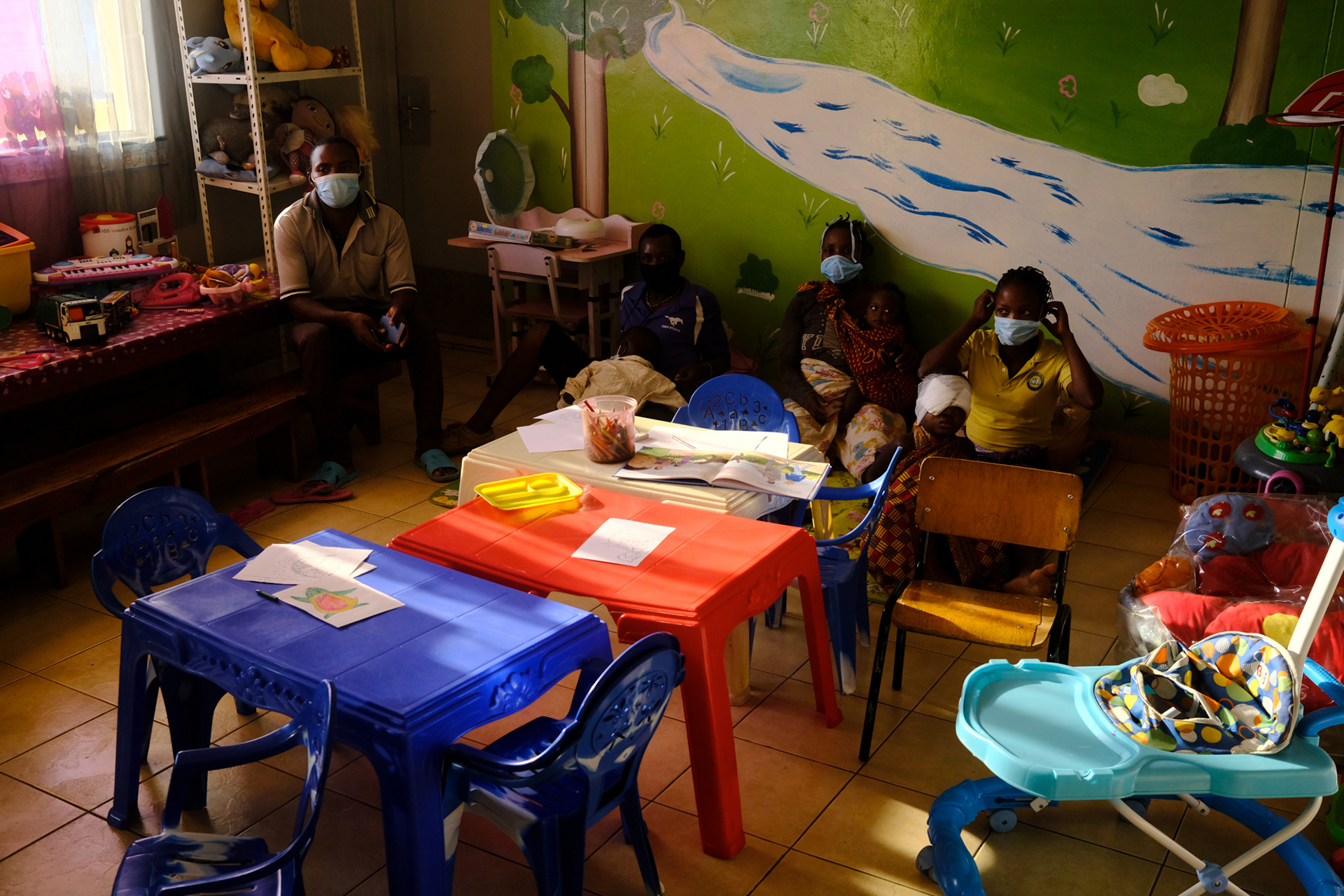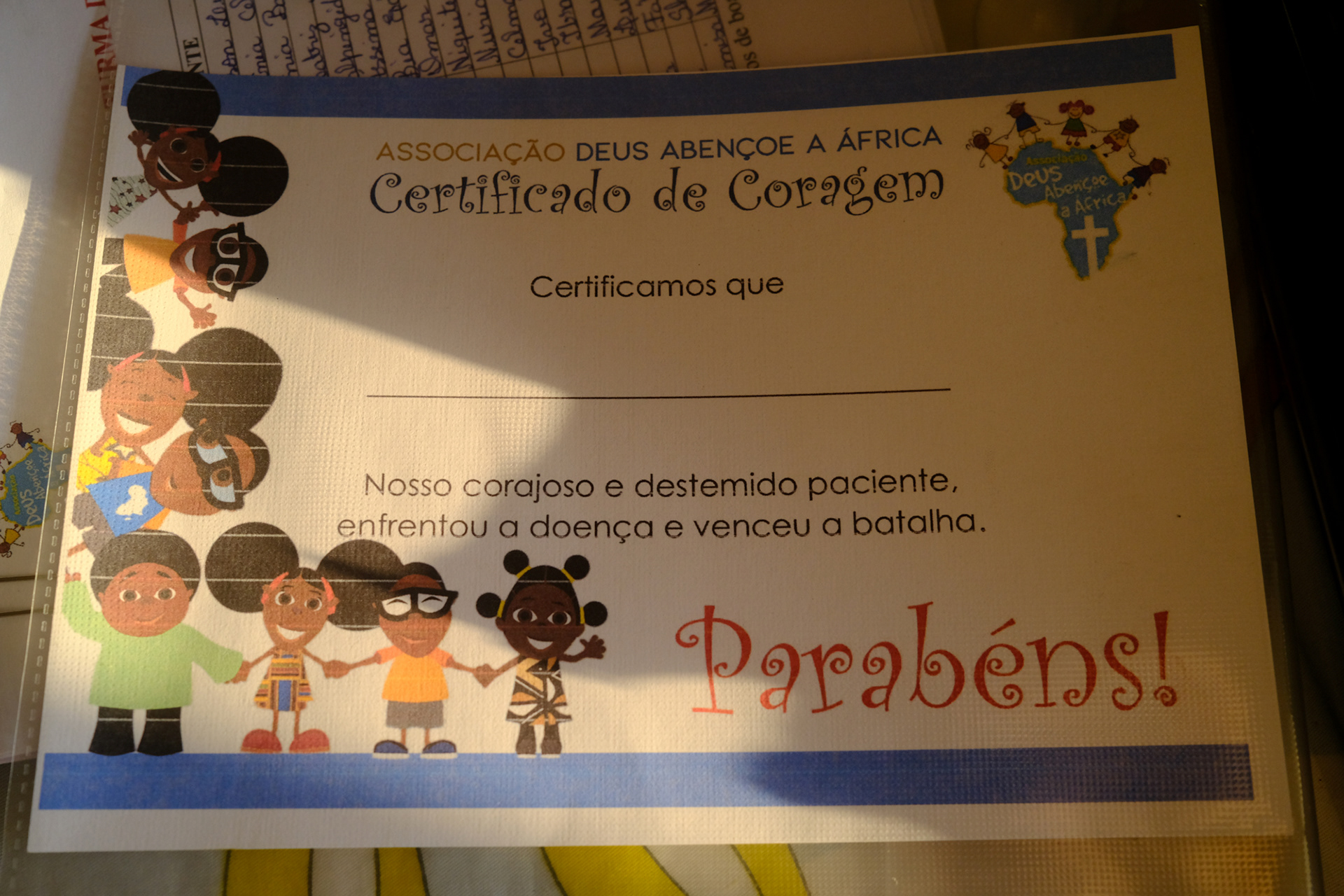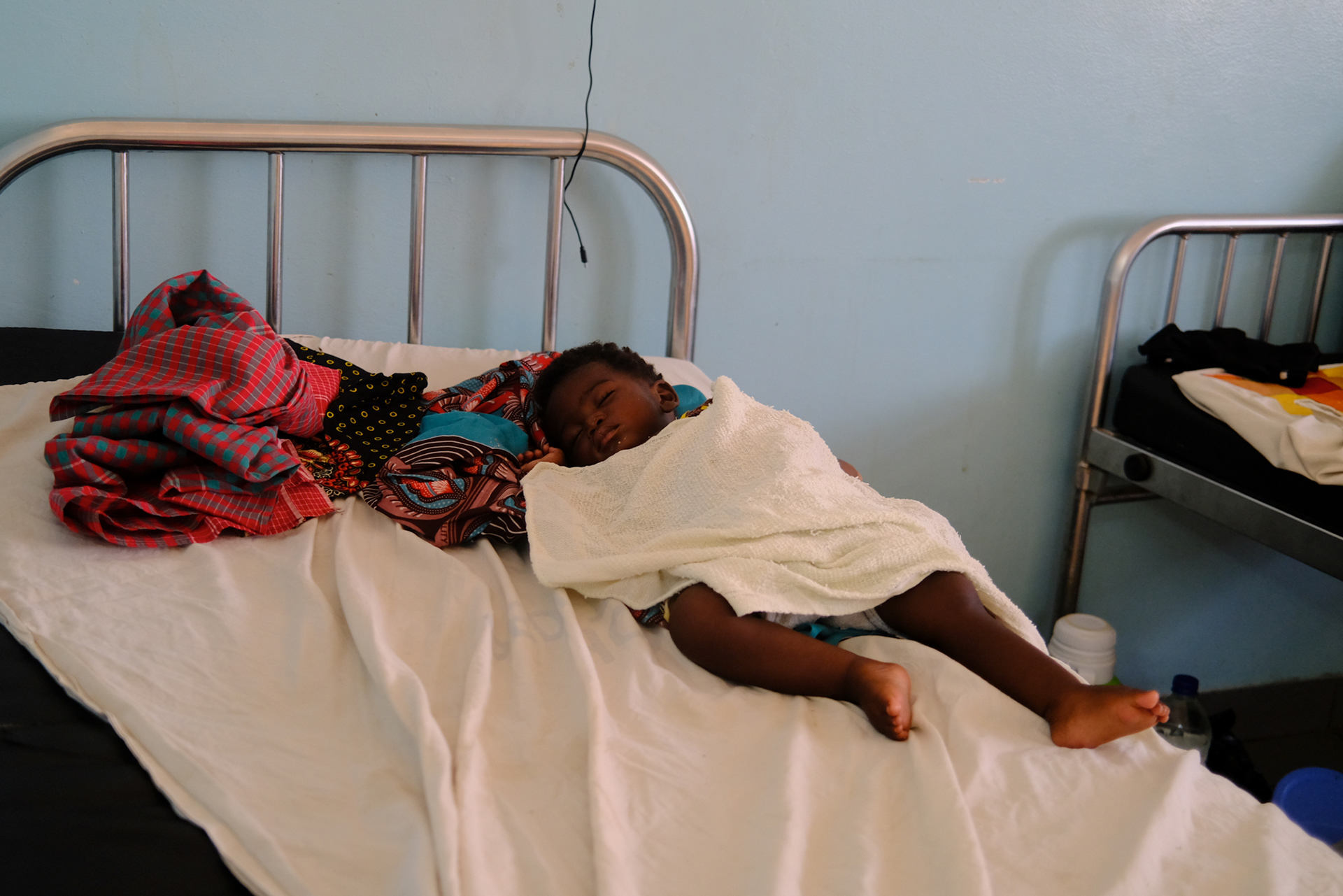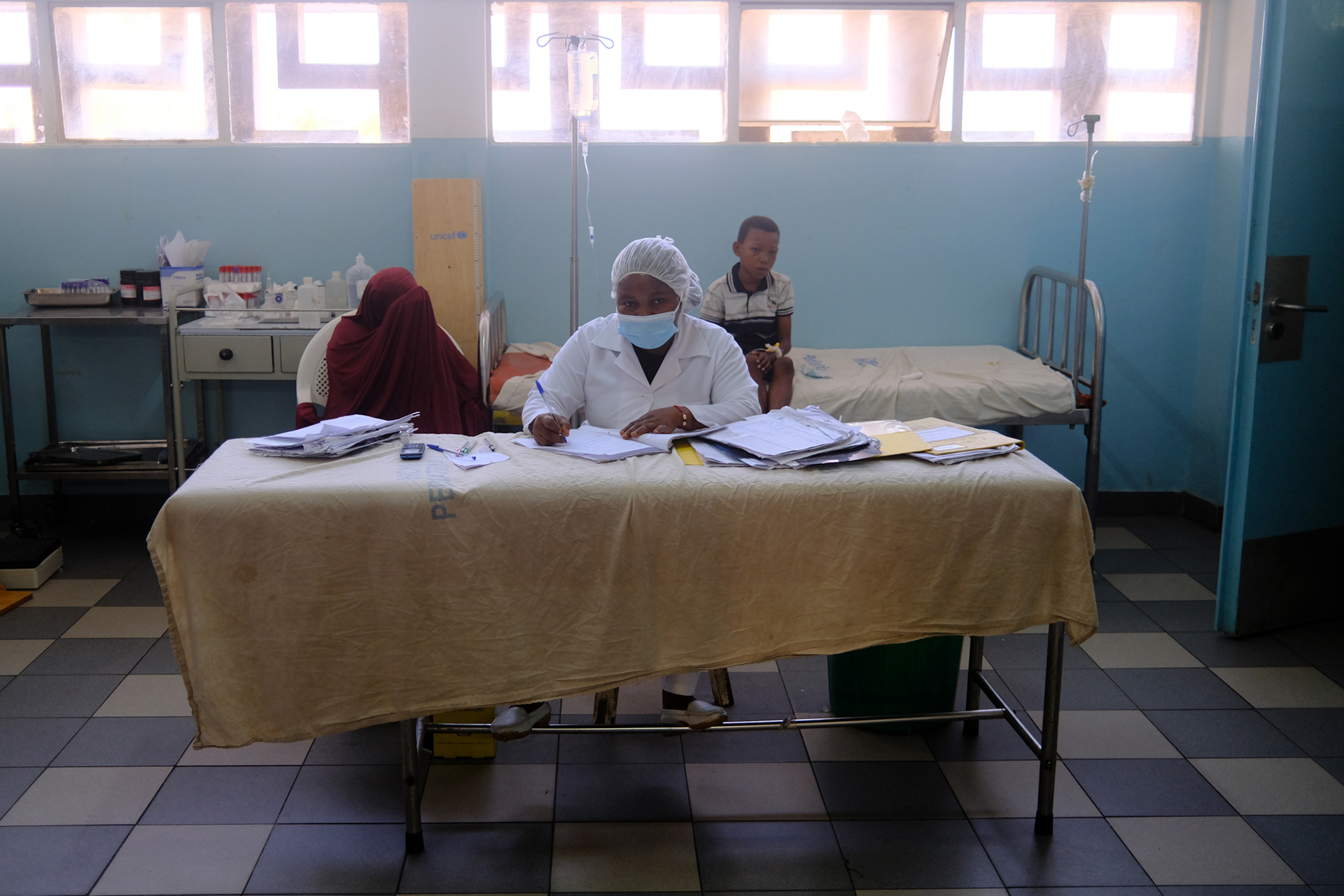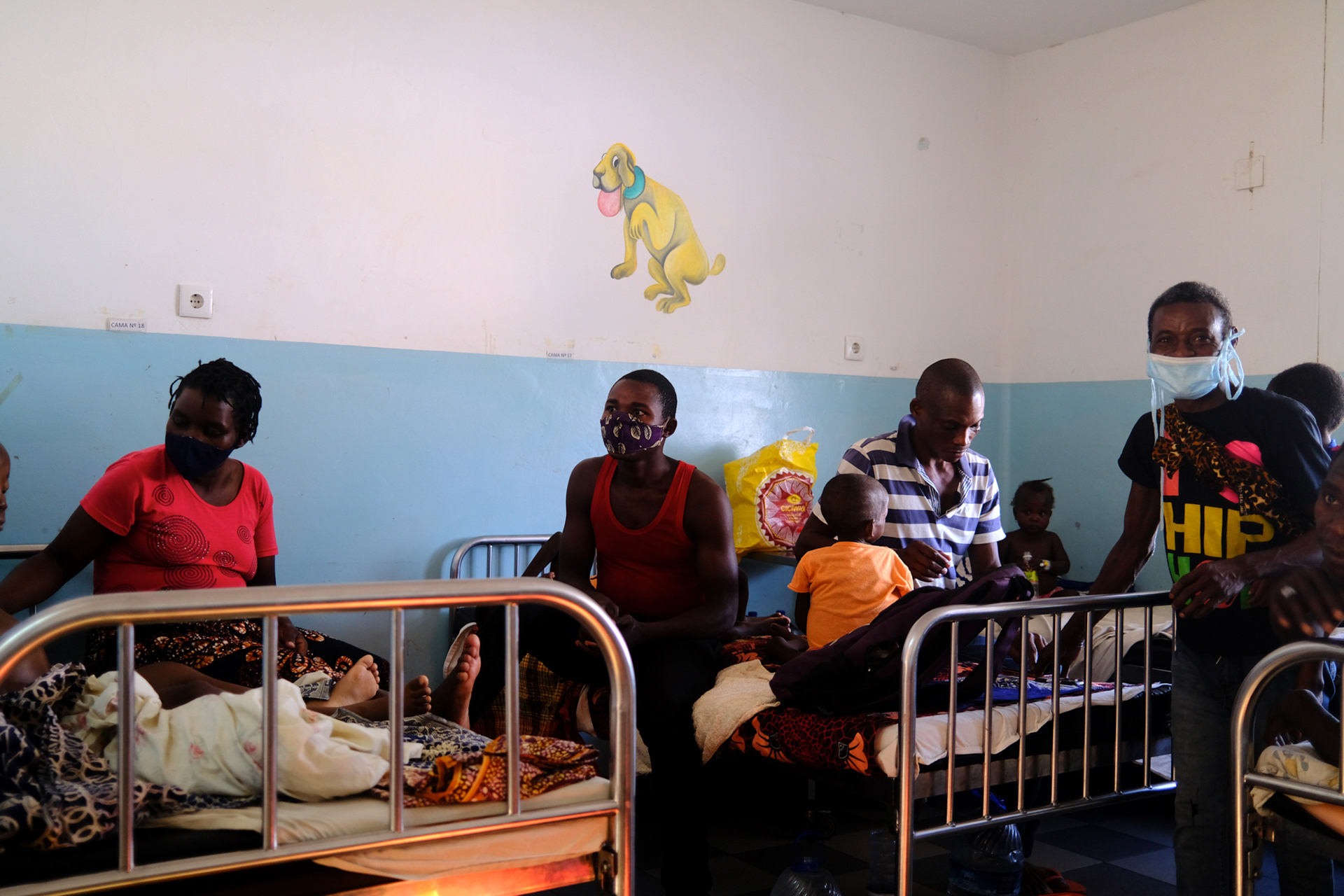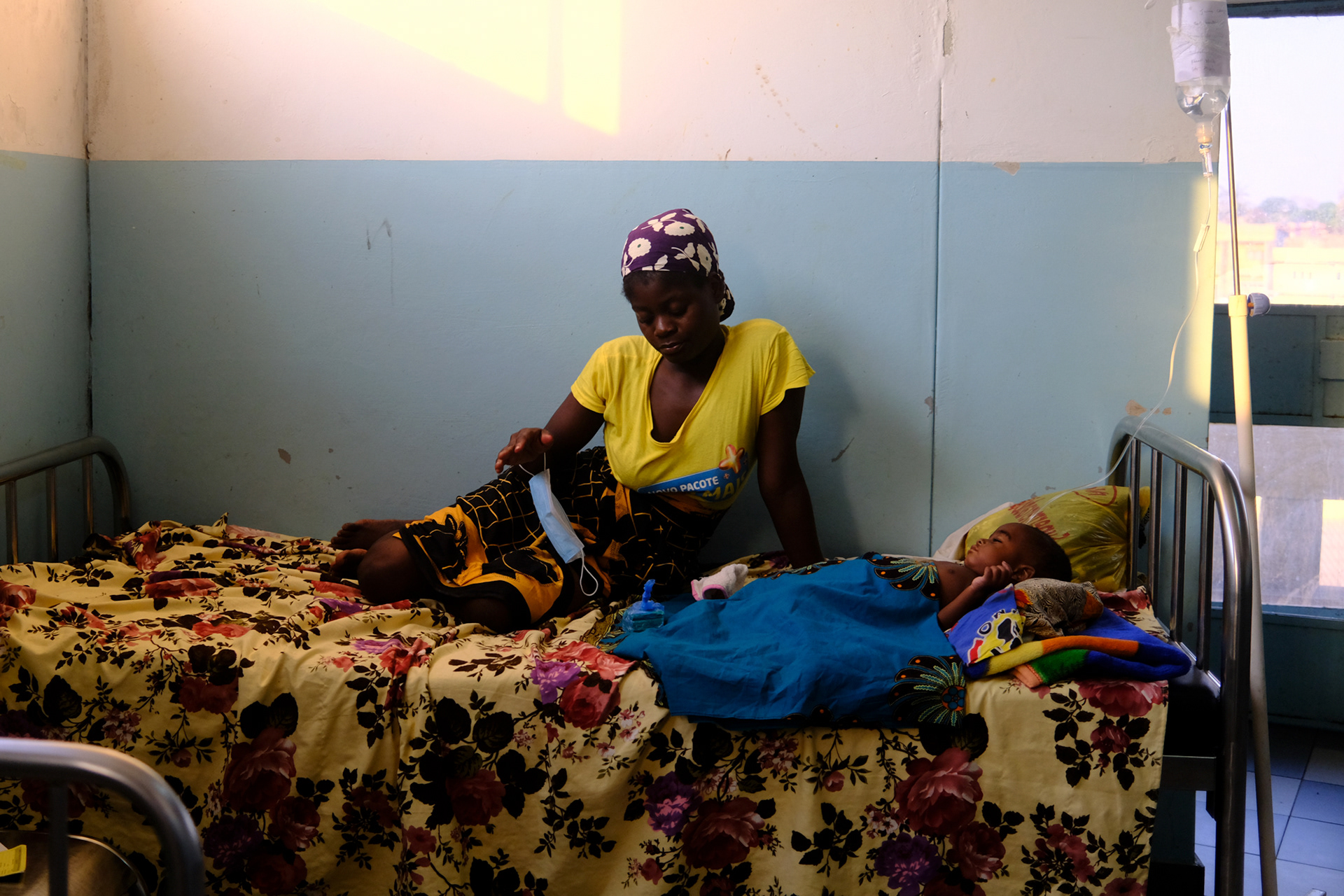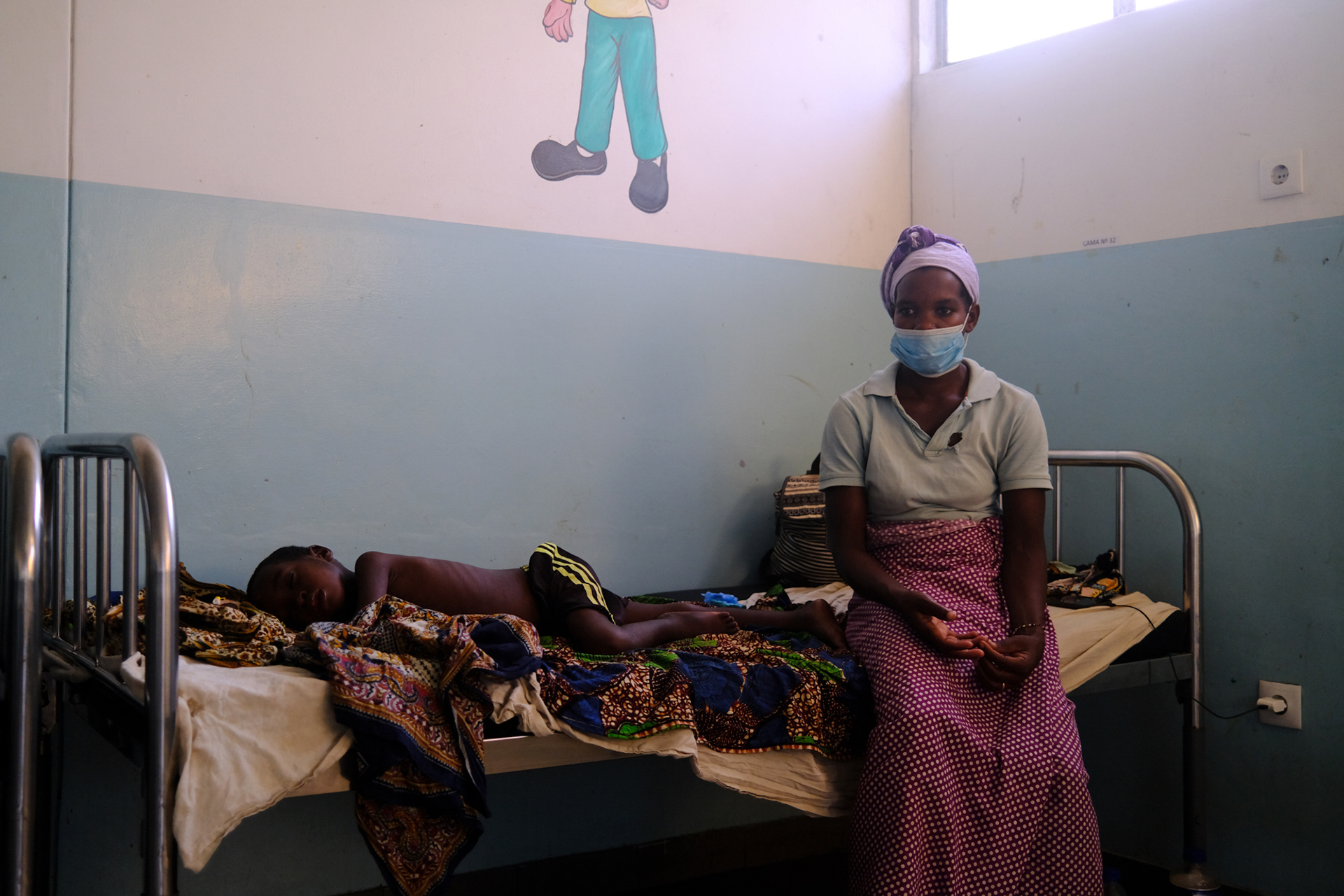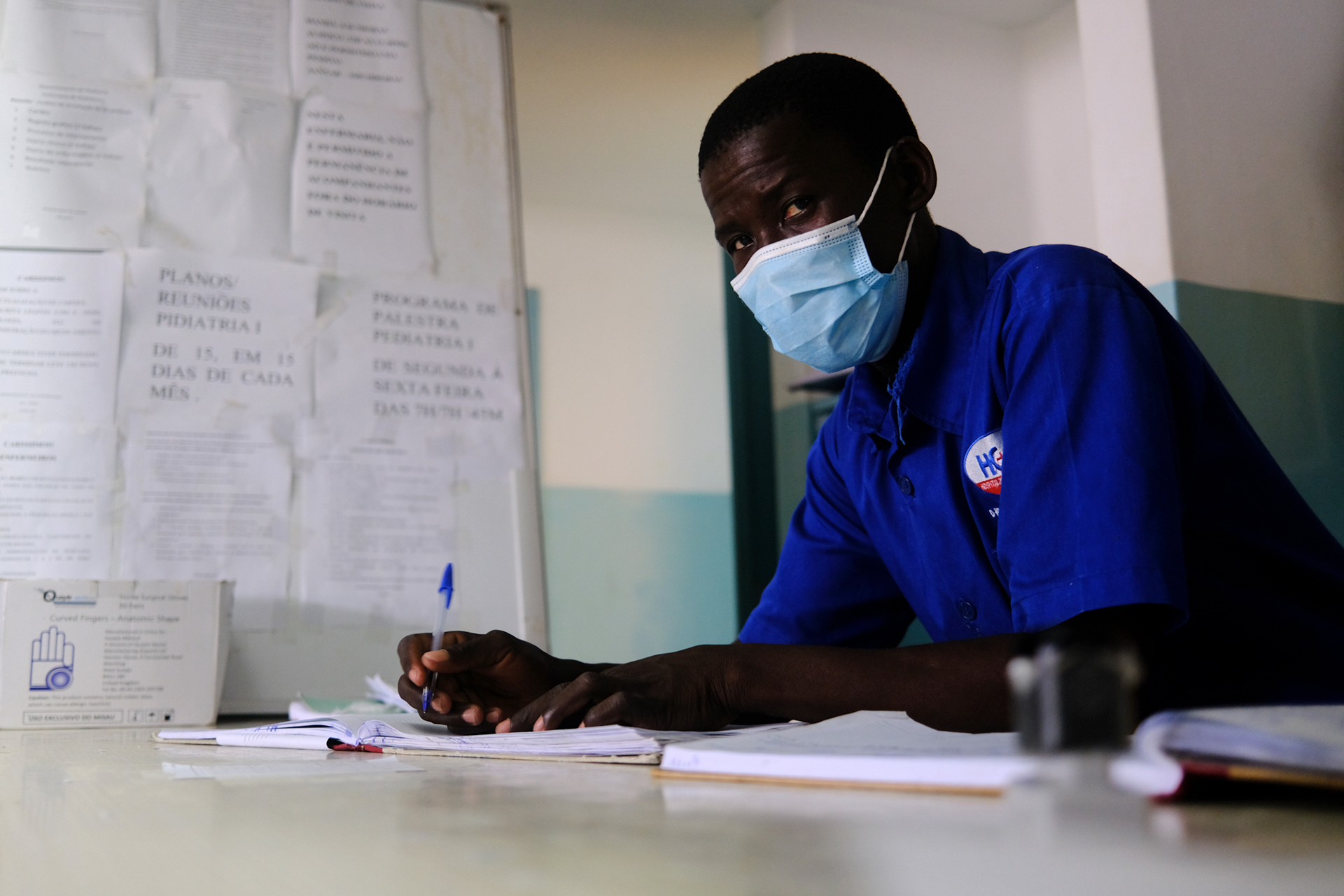T.I.A. (this is Africa).
"'I am not African because I was born in Africa but because Africa was born in me."
"Africa is Not for Sissies."
🇵🇹 São três conhecidas frases sobre África mas que se encaixam perfeitamente no que eu sinto por este Continente.
“BWF missão Marrere” vamos então decodificar.
“Lisboa, 28 de Outubro 2021
3 motociclistas portugueses vão viajar até Nampula, no norte de Moçambique.
A BWF Bikers Without Frontiers Association é uma organização humanitária sem fins lucrativos.
A BWF está a apoiar o Hospital Geral do Marrere em Nampula, tem neste momento um contentor carregado com material hospitalar a caminho do Porto de Nacala para ser entregue no referido Hospital.
O Paulo Almeida Presidente da BWF, o Rafael Paulino e o Carlos Martins vão viajar de moto desde a Cidade do Cabo até Nampula para entregar em mão o contentor, deste modo os muitos particulares ou empresas doadores terão a certeza que a sua doação chegará aos verdadeiros destinatários.
A 12 de Novembro pelas 18.30h teve lugar junto ao Padrão dos Descobrimentos em Belém uma partida simbólica com a presença dos 3 motociclistas.
A verdadeira partida foi 2 dias depois no Cabo da Boa Esperança, África do Sul.
Foram percorridos 13.000 kms.”
Este foi o Press Release enviado às redações e que explica o que pretendia ser esta viagem.
O factor Covid como poderão ler mais adiante condicionou os nossos planos.
🇬🇧 These are three well-known phrases about Africa, but they fit perfectly with how I feel about this continent.
"BWF mission Marrere" so let's decode.
"Lisbon, October 28, 2021
3 Portuguese motorcyclists are traveling to Nampula, in northern Mozambique.
"Lisbon, October 28, 2021
3 Portuguese motorcyclists are traveling to Nampula, in northern Mozambique.
The BWF Bikers Without Frontiers Association is a non-profit humanitarian organization.
The BWF is supporting the Marrere General Hospital in Nampula, and a container full of hospital supplies is currently on its way to the Port of Nacala to be delivered to the hospital.
Paulo Almeida, President of the BWF, Rafael Paulino and Carlos Martins will travel by motorcycle from Cape Town to Nampula to deliver the container by hand, so that the many private individuals and companies who donate will be sure that their donation will reach its true recipients.
The BWF is supporting the Marrere General Hospital in Nampula, and a container full of hospital supplies is currently on its way to the Port of Nacala to be delivered to the hospital.
Paulo Almeida, President of the BWF, Rafael Paulino and Carlos Martins will travel by motorcycle from Cape Town to Nampula to deliver the container by hand, so that the many private individuals and companies who donate will be sure that their donation will reach its true recipients.
On November 12, at 6.30pm, a symbolic departure took place next to the Monument to the Discoveries in Belém, with the presence of the three motorcyclists.
The real departure took place two days later at the Cape of Good Hope in South Africa.
13,000 kms were covered."
The real departure took place two days later at the Cape of Good Hope in South Africa.
13,000 kms were covered."
This was the Press Release sent to the newsrooms and it explains what this trip was intended to be.
As you'll read below, the Covid factor affected our plans.

Quem tem amigos tem tudo !

Os meus netinhos.
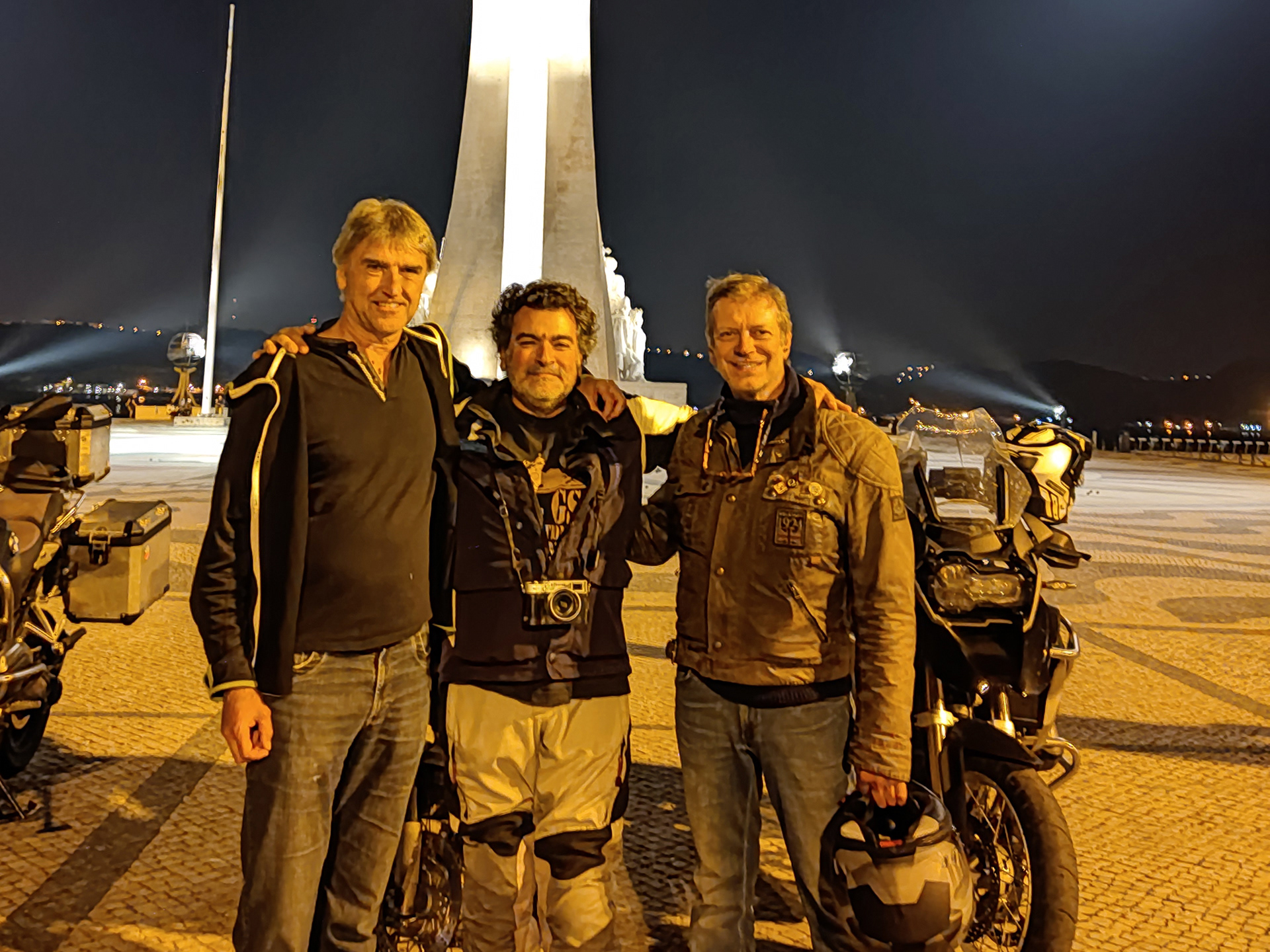
2 grandes viajantes, António Rosado e Dieter Shenider
🇵🇹 A ideia inicial era partir de Lisboa com as nossas motos. O conflito armado na Etiópia e posteriormente o golpe de estado no Sudão inviabilizaram este trajecto. Passámos então ao plano B que consistiu em voar para Cape Town onde tínhamos 3 BMW GS 1250 à nossa espera.
Numa viagem de moto tão longa e em África temos de ir preparados para o que possa acontecer o que implicava levar connosco uma parafernália de itens, ferramenta, bomba para encher pneus, câmaras de ar, etc para além de todo o material de campismo, cada um levou a sua tenda. Tudo isto significa que tínhamos um problema de peso já que a cada um era apenas permitido uma mala de porão com 23 kg.
Solução: Viajamos de Lisboa para Amesterdão e de Amesterdão para Cape Town completamente equipados com botas, calças, blusão e capacete o que não deixou de ser hilariante, imaginem três marmanjos equipados como se fossem fazer o Dakar a correr pelo aeroporto de Schiphol para não perderem a ligação.
🇬🇧 The initial idea was to leave Lisbon with our motorcycles. The armed conflict in Ethiopia and then the coup d'état in Sudan made this impossible. We then moved on to plan B, which consisted of flying to Cape Town, where we had three BMW GS 1250 waiting for us.
On such a long motorcycle trip in Africa, we had to be prepared for anything that might happen, which meant taking with us a lot of paraphernalia, tools, tire inflators, tubes, etc. as well as all the camping equipment, each of us carrying our own tent. All of this meant that we had a weight problem as we were only allowed one 23 kg holdall.
On such a long motorcycle trip in Africa, we had to be prepared for anything that might happen, which meant taking with us a lot of paraphernalia, tools, tire inflators, tubes, etc. as well as all the camping equipment, each of us carrying our own tent. All of this meant that we had a weight problem as we were only allowed one 23 kg holdall.
Solution: We traveled from Lisbon to Amsterdam and from Amsterdam to Cape Town fully equipped with boots, pants, jacket and helmet, which was hilarious - imagine three guys dressed as if they were doing the Dakar running through Schiphol airport so as not to miss their connection.

Aeroporto de Lisboa
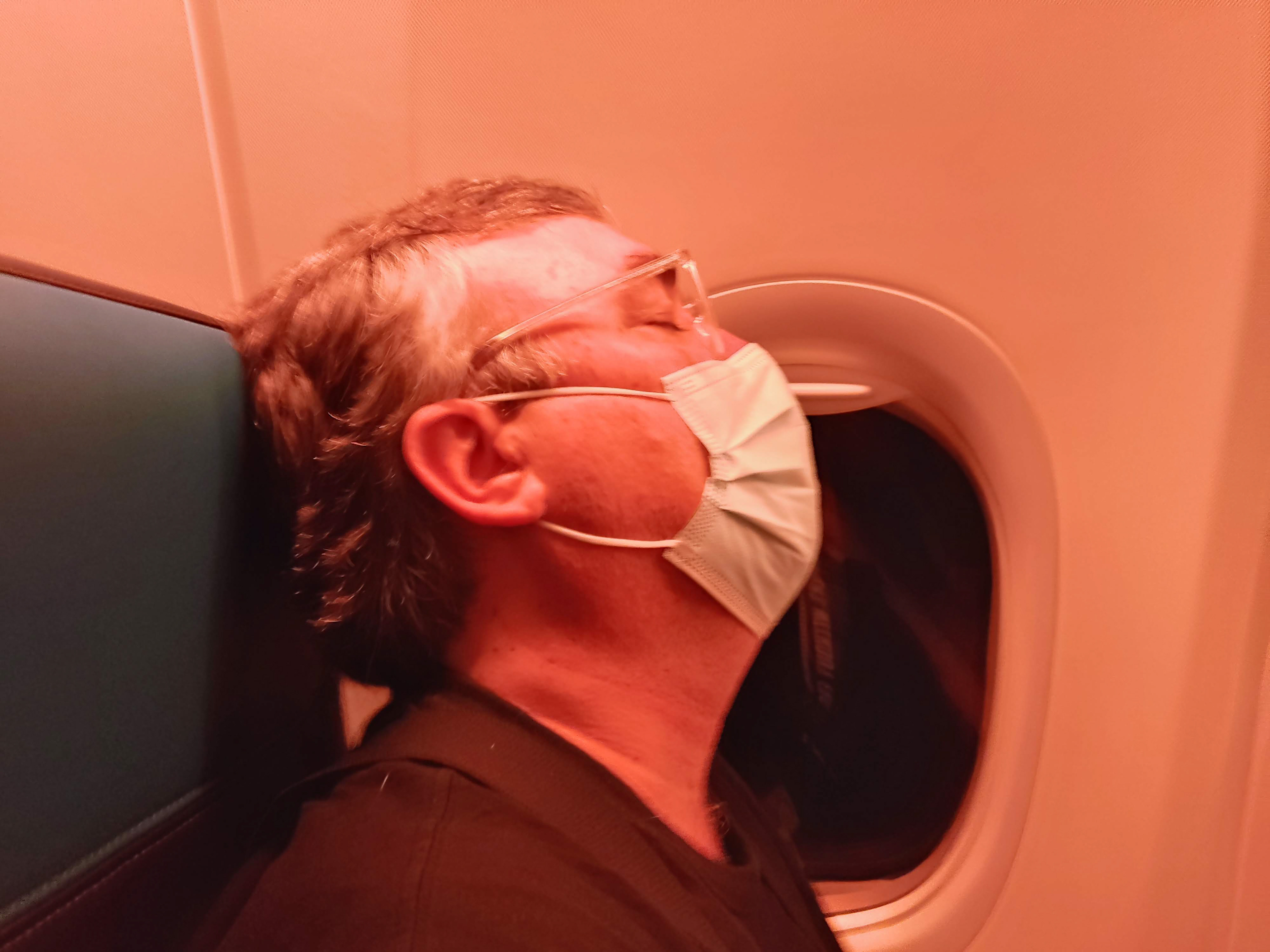
O sono não perdoa.
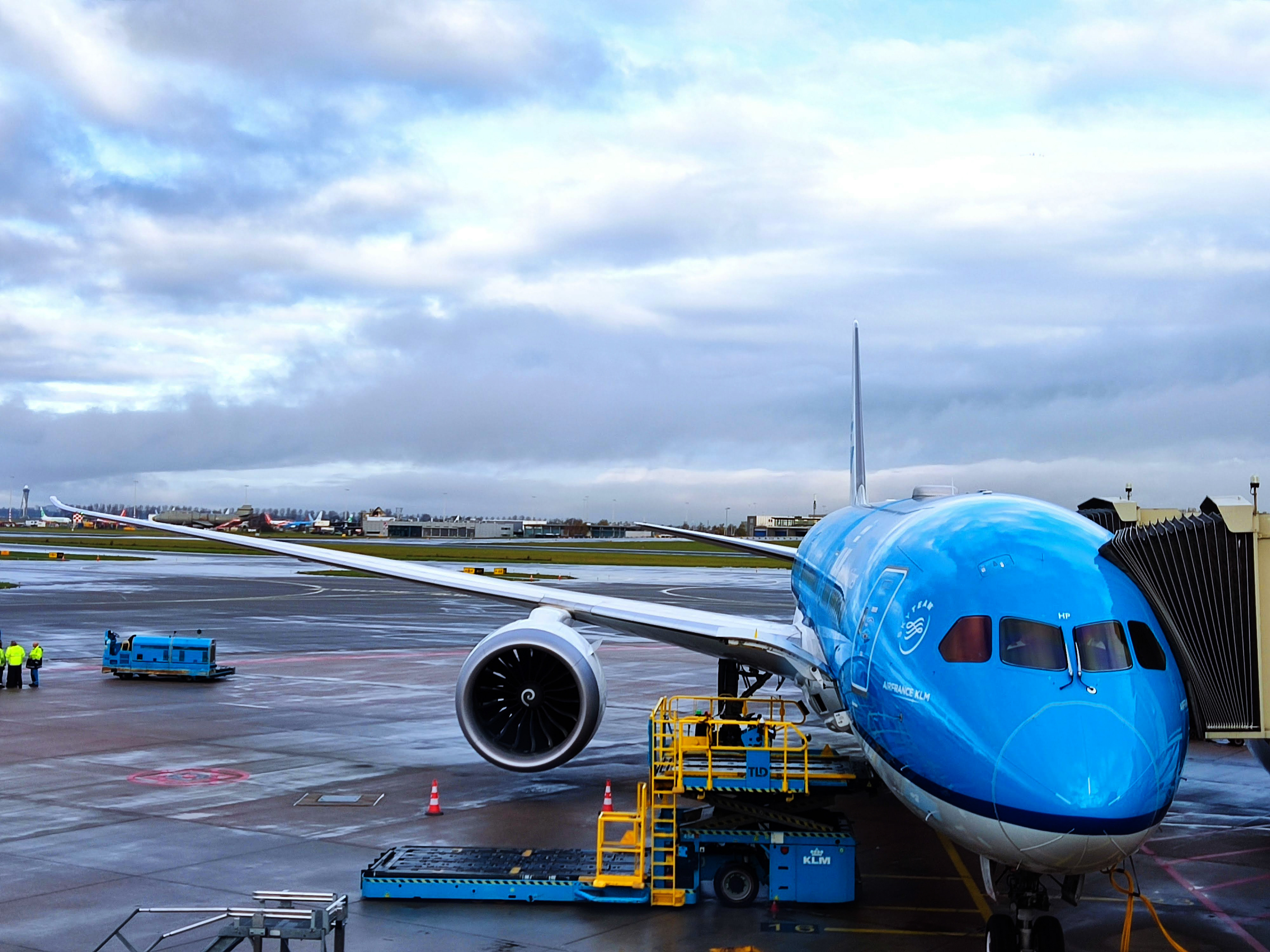
O nosso transporte para Cape Town
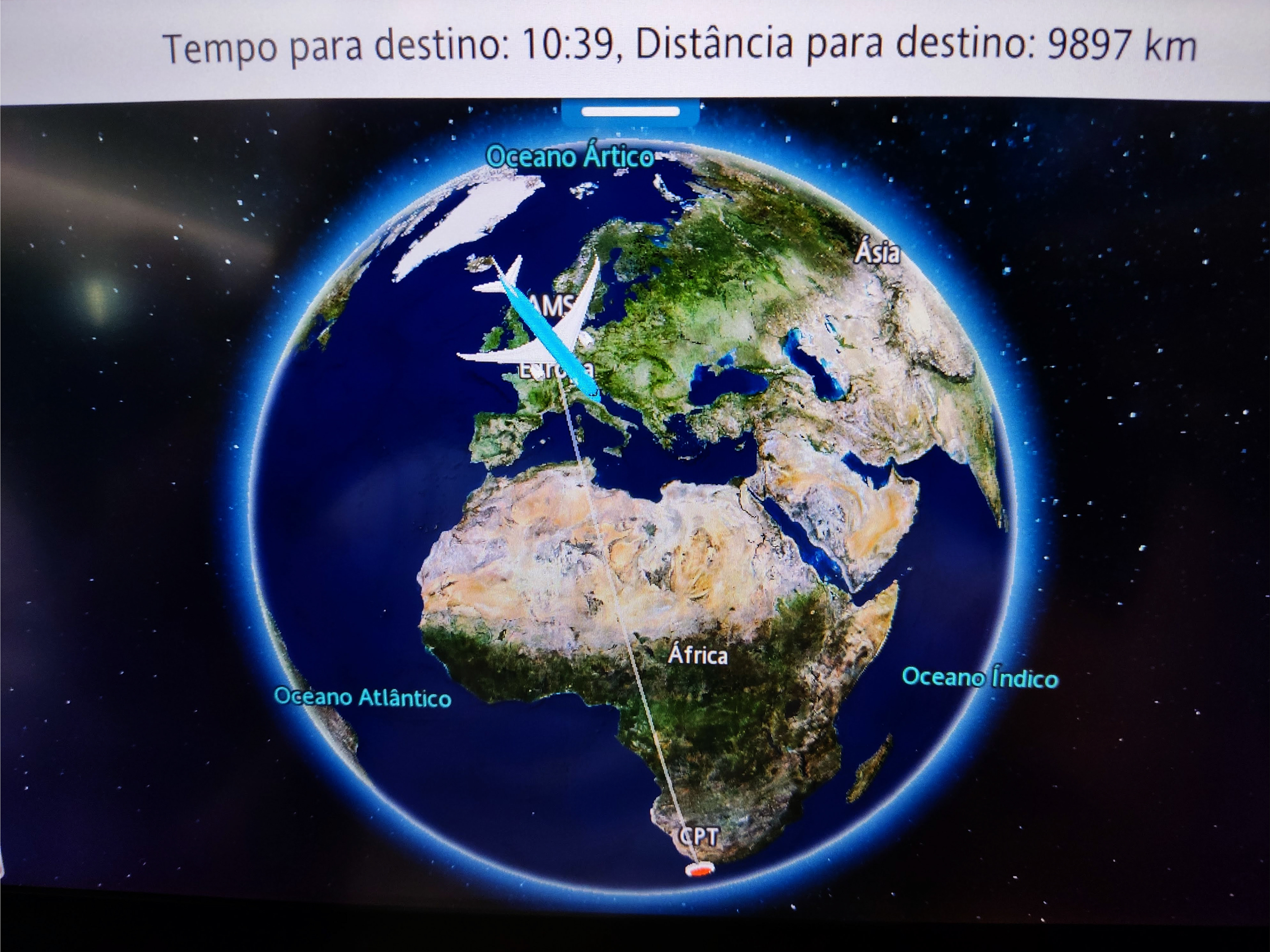
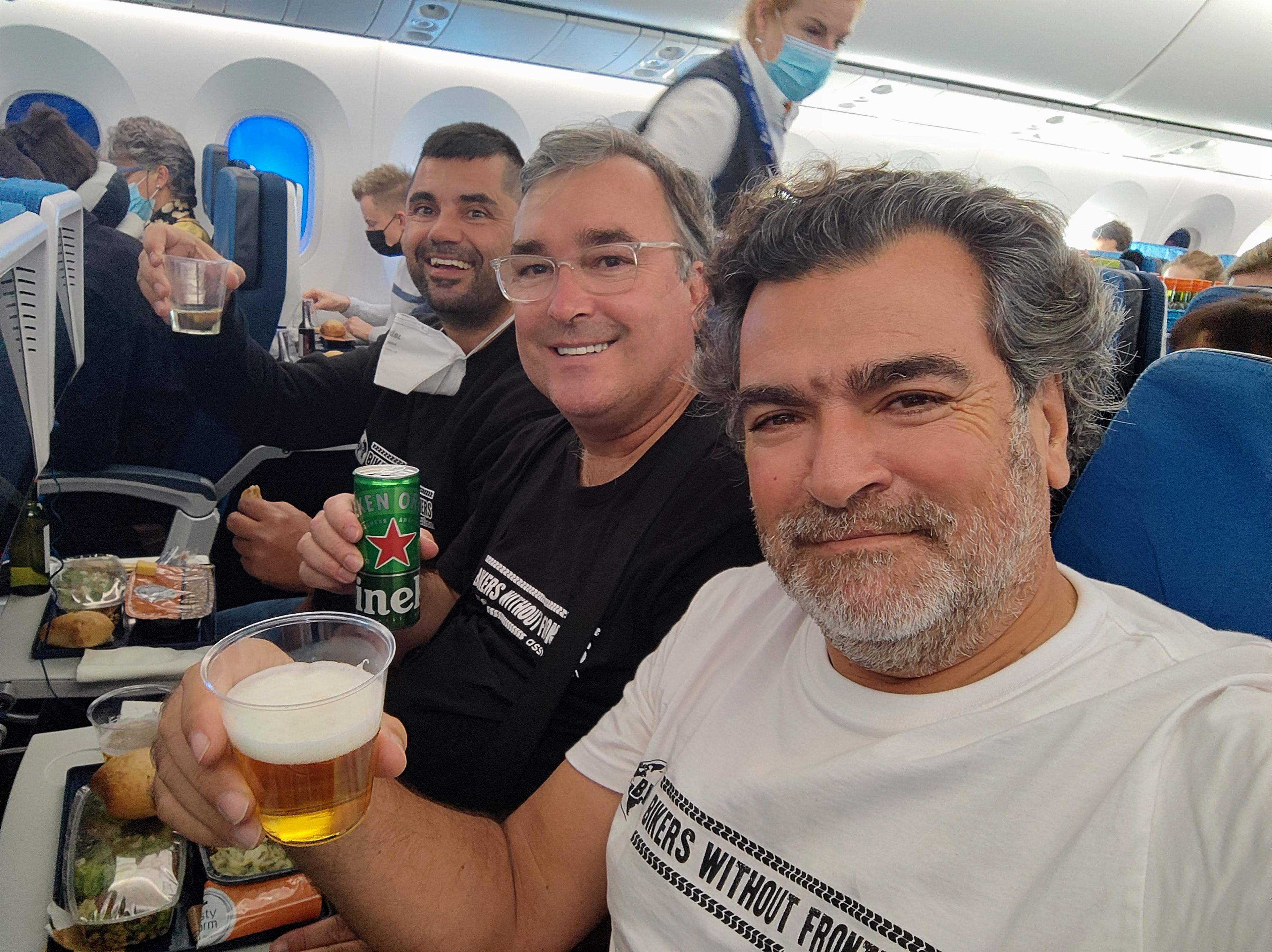
Ao sucesso da Missão !
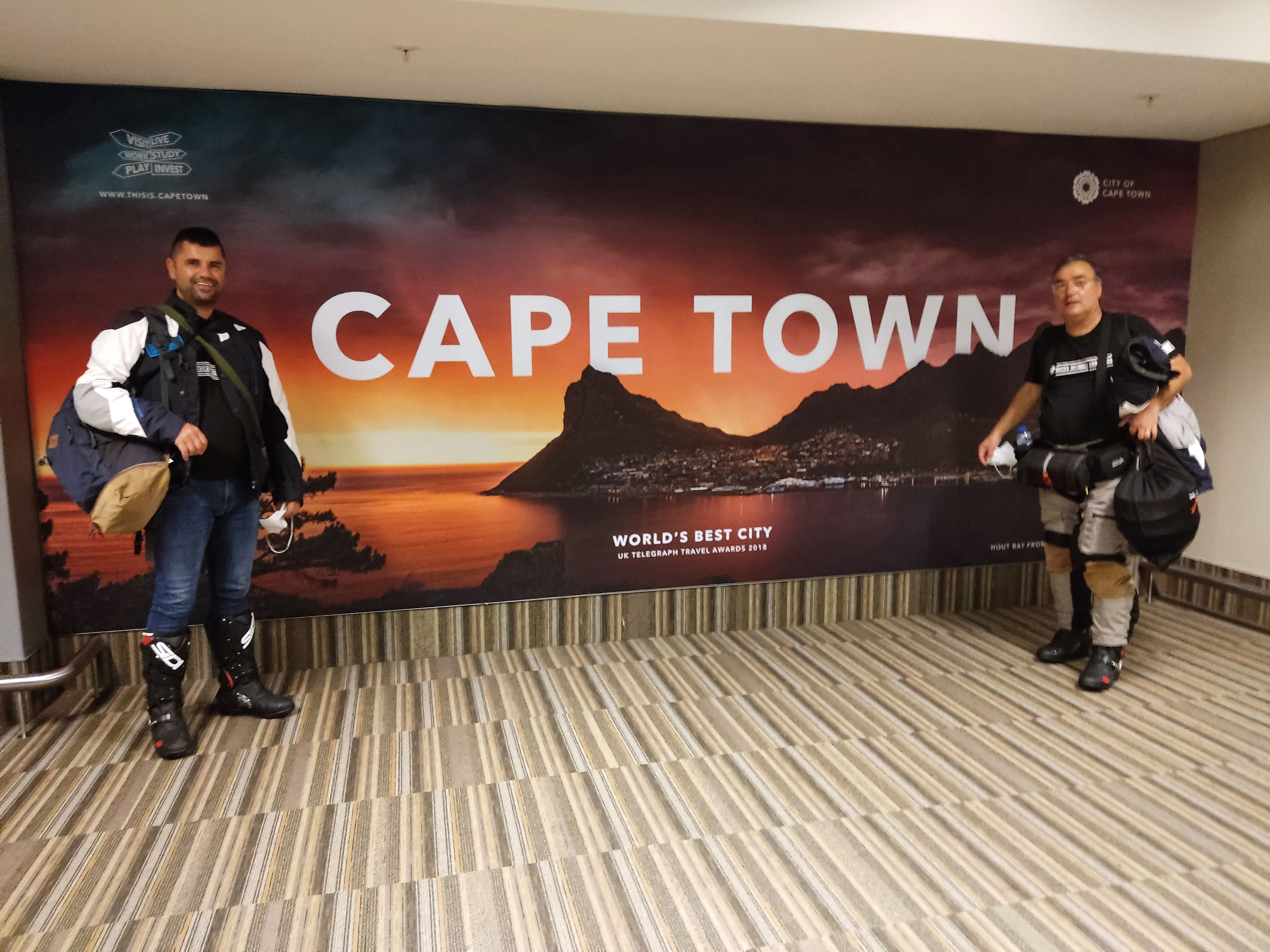
Chegámos.
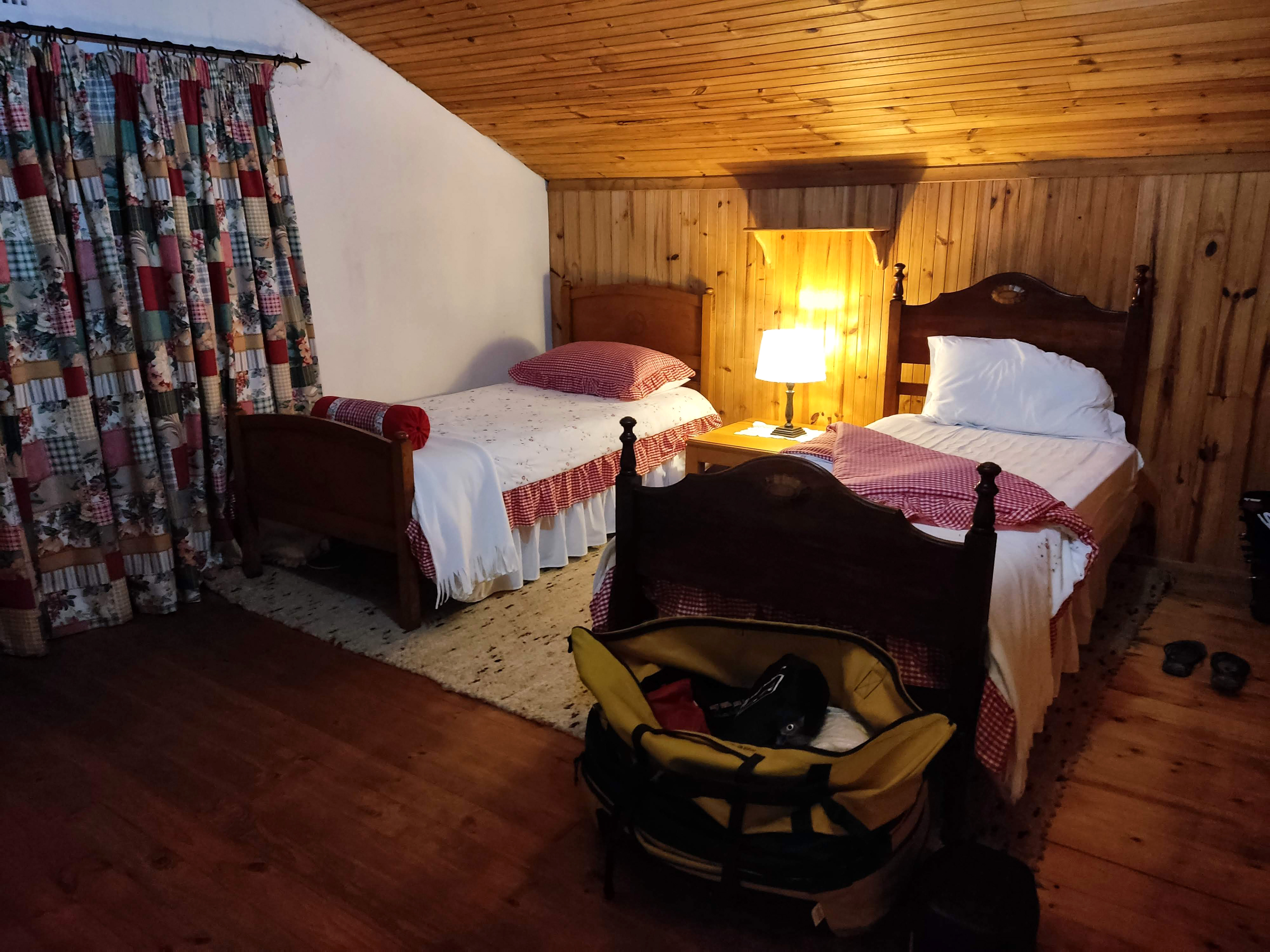
O nosso alojamento em Cape Town.
🇵🇹 Dia 2 e 3
Chegados ao destino tínhamos o meu grande amigo Uwe Schmidt à nossa espera, melhor anfitrião era impossível. Ficamos alojados numa “cottage” casa de campo em Hout Bay num local lindíssimo rodeado de verde.
A Província do Cabo Ocidental merecia só por si um artigo dedicado, é uma vasta região rodeada de montanhas e mar. A sua capital é a Cidade do Cabo. Nesta província encontra-se o Cabo da Boa Esperança e o ponto mais austral da África, o Cabo Agulhas onde as águas do Atlântico e do Índico se encontram. É também nesta província onde se encontra a principal região produtora de vinho do país.
Foi precisamente no Cabo da Boa Esperança que iniciámos “oficialmente” a nossa viagem pela África austral com destino a Nampula, no norte de Moçambique.
Domingo o nosso primeiro e último dia no Cabo foi intenso, depois de recebermos as motos seguimos o Uwe na sua GSA pelas belas estradas da zona, Parque Nacional de Table Mountain, Chapman´s Peak Drive, Cape Point, Simon's Town, eu sei lá… Todos estes locais são de sonho para se percorrer numa moto.
Um belo almoço na esplanada do Fran`s Place em Simon´s Town também com a companhia do Matei um esloveno cidadão do Mundo que conheci em Lisboa há 10 anos e actualmente a viver em Cape Town.
Por falar em “cidadão do Mundo” a nossa mesa de jantar mais parecia uma reunião das Nações Unidas, 3 portugueses, 1 sul-africano, 1 esloveno, 1 brasileiro, 1 turco e o dono do restaurante era madeirense. Viajar é isto.
Segunda-feira começa a semana e começa também a nossa viagem.
Cinco horas da manhã com as motos carregadas e atestadas fizemo-nos à estrada, a A7 também conhecida como Cape - Namíbia Road esperava-nos, não sem antes termos de gastar uma hora e meia para sair da zona urbana do Cabo. foram 780 kms sem muito que contar, paragem para almoço em Springbok no Nando´s uma cadeia portuguesa de frango assado e a primeira fronteira ultrapassada sem problema, até o teste PCR que tínhamos feito em Lisboa serviu. Estávamos na Namíbia, não fossem os 44º e teria sido um “passeio no parque”.
🇬🇧 Day 2 and 3
When we arrived at our destination, my good friend Uwe Schmidt was waiting for us, and he couldn't have been a better host. We stayed in a cottage in Hout Bay in a beautiful location surrounded by greenery.
The Western Cape Province alone deserves a dedicated article, it's a vast region surrounded by mountains and sea. Its capital is Cape Town. This province is home to the Cape of Good Hope and Africa's southernmost point, Cape Agulhas, where the waters of the Atlantic and Indian Oceans meet. This province is also home to the country's main wine-producing region.
It was precisely at the Cape of Good Hope that we "officially" began our journey through southern Africa to Nampula, in northern Mozambique.
Sunday, our first and last day in the Cape, was intense. After receiving the bikes, we followed Uwe on his GSA along the beautiful roads of the area, Table Mountain National Park, Chapman's Peak Drive, Cape Point, Simon's Town, I don't know... All these places are dreamy to ride around on a motorcycle.
Sunday, our first and last day in the Cape, was intense. After receiving the bikes, we followed Uwe on his GSA along the beautiful roads of the area, Table Mountain National Park, Chapman's Peak Drive, Cape Point, Simon's Town, I don't know... All these places are dreamy to ride around on a motorcycle.
A lovely lunch on the terrace of Fran's Place in Simon's Town, also in the company of Matei, a Slovenian citizen of the world whom I met in Lisbon 10 years ago and who now lives in Cape Town.
Speaking of "citizen of the world", our dinner table was more like a meeting of the United Nations: 3 Portuguese, 1 South African, 1 Slovenian, 1 Brazilian, 1 Turk and the restaurant owner was from Madeira. This is what traveling is all about.
Monday starts the week and so does our trip.
Five o'clock in the morning, our bikes loaded and ready, we hit the road. The A7, also known as the Cape - Namibia Road, was waiting for us, but not before we had to spend an hour and a half getting out of the urban area of the Cape. It was 780 kms without much to do, we stopped for lunch in Springbok at Nando's, a Portuguese roast chicken chain, and the first border was crossed without a problem, even the PCR test we had taken in Lisbon worked. We were in Namibia, had it not been for the 44º and it would have been a "walk in the park".

Menino estás à janela ...

A nossa base em Cape Town.















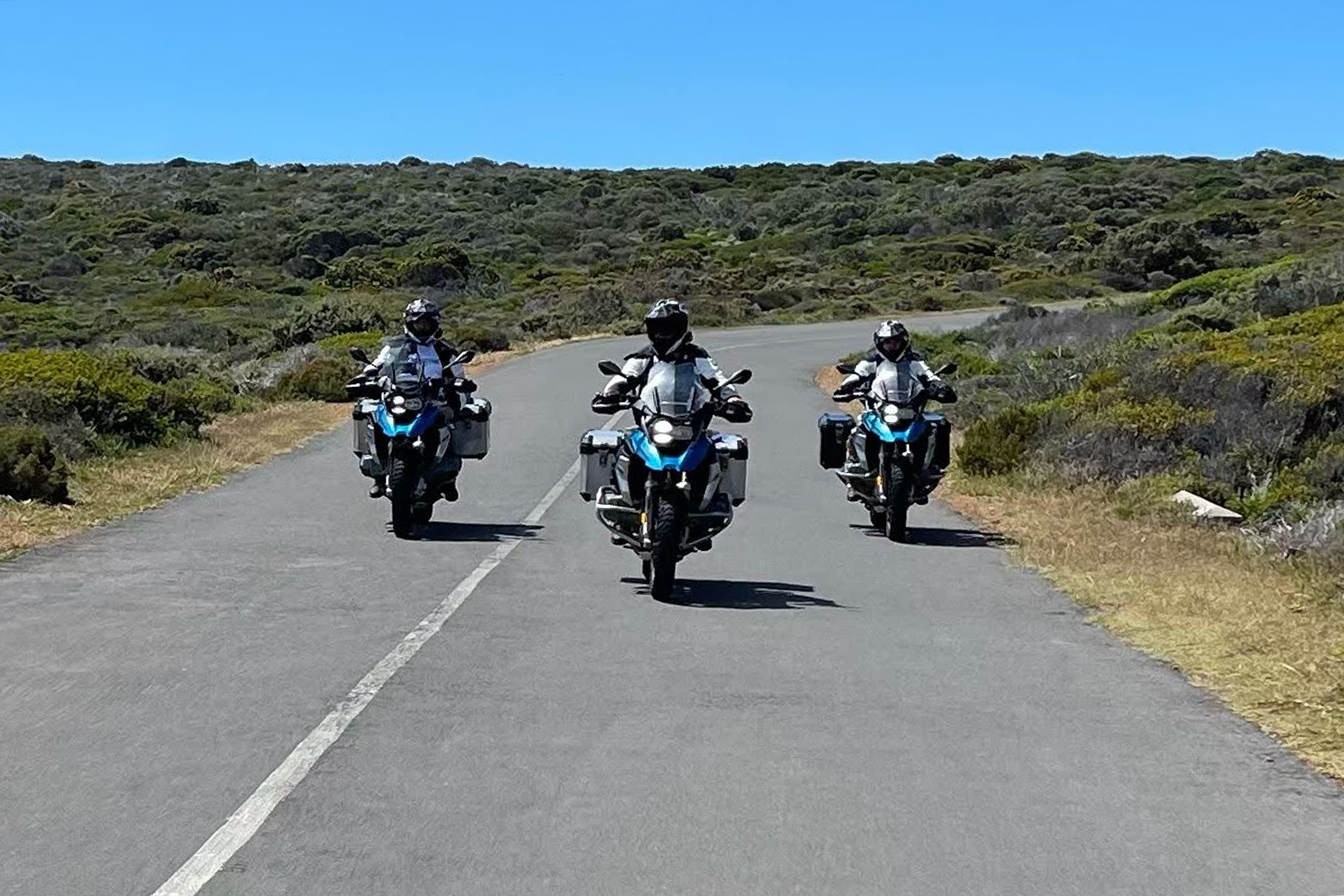
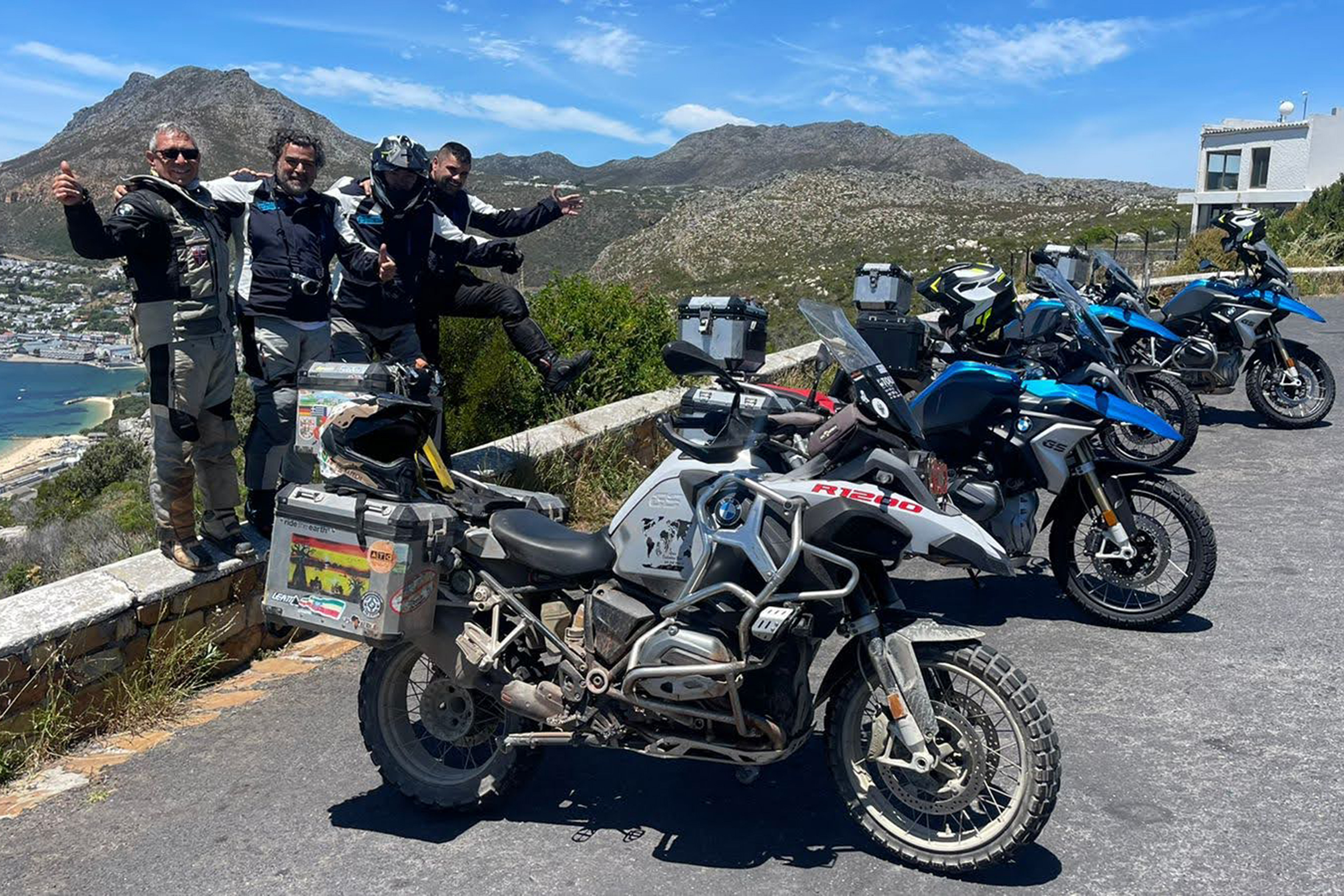
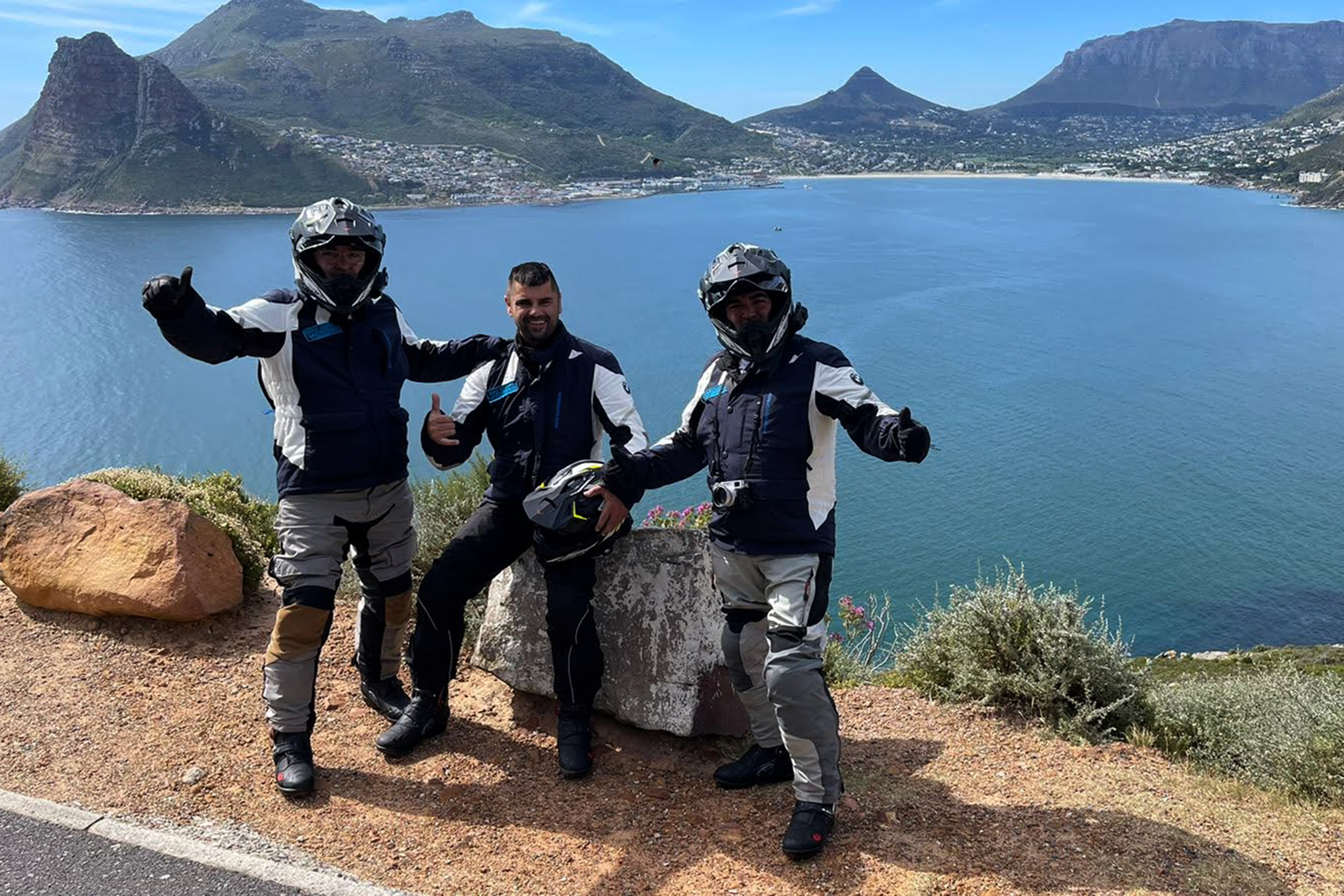
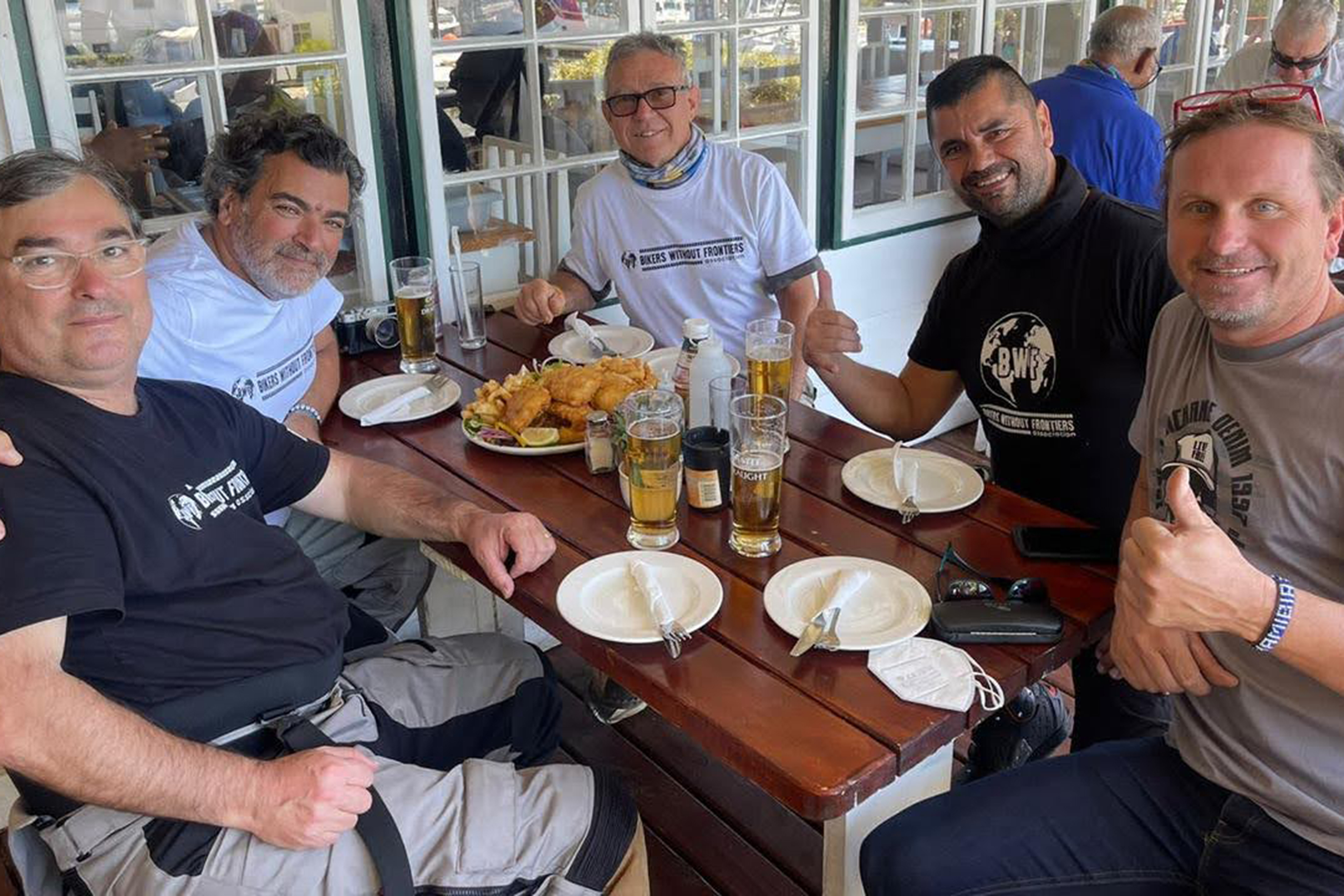
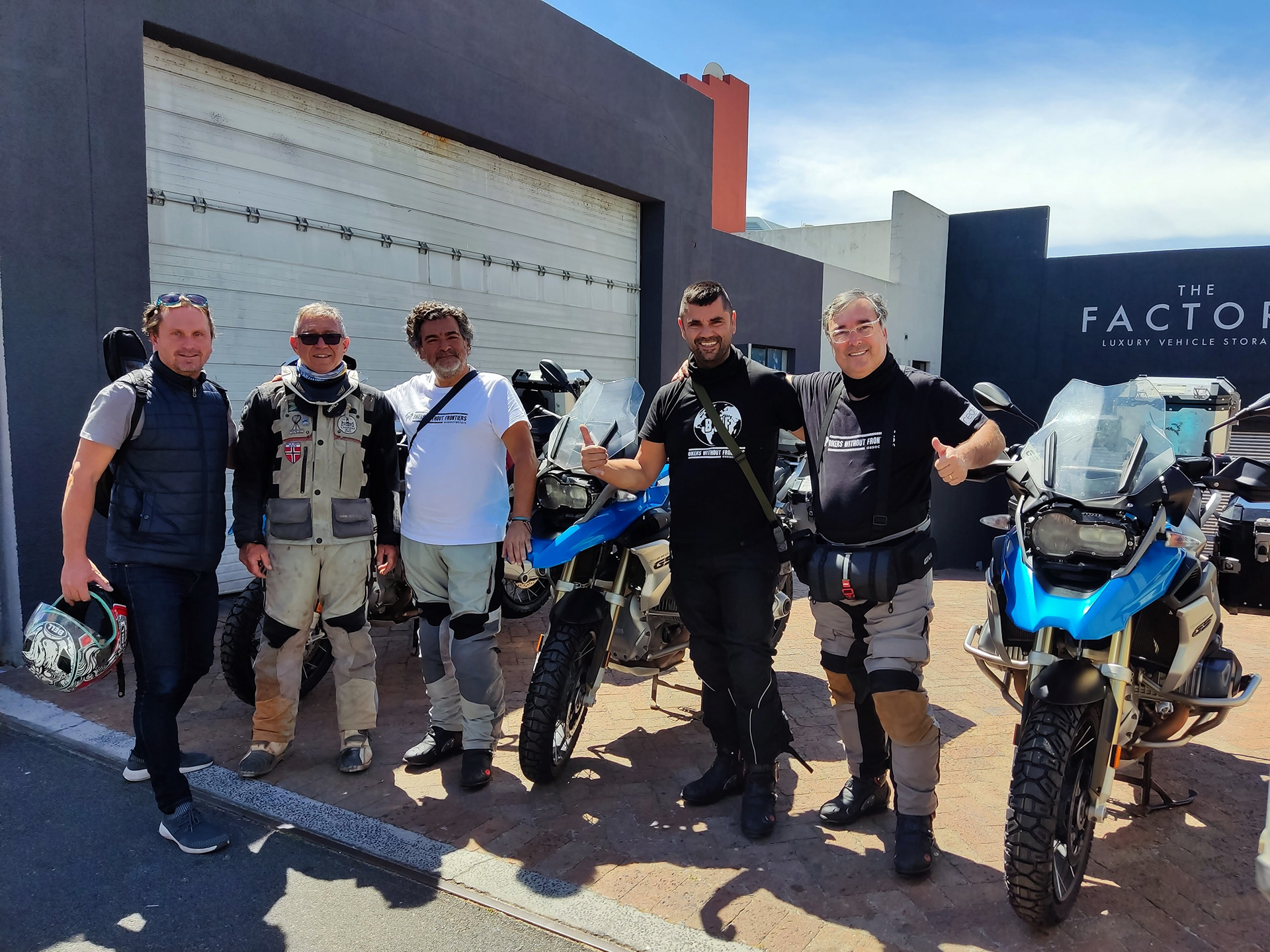
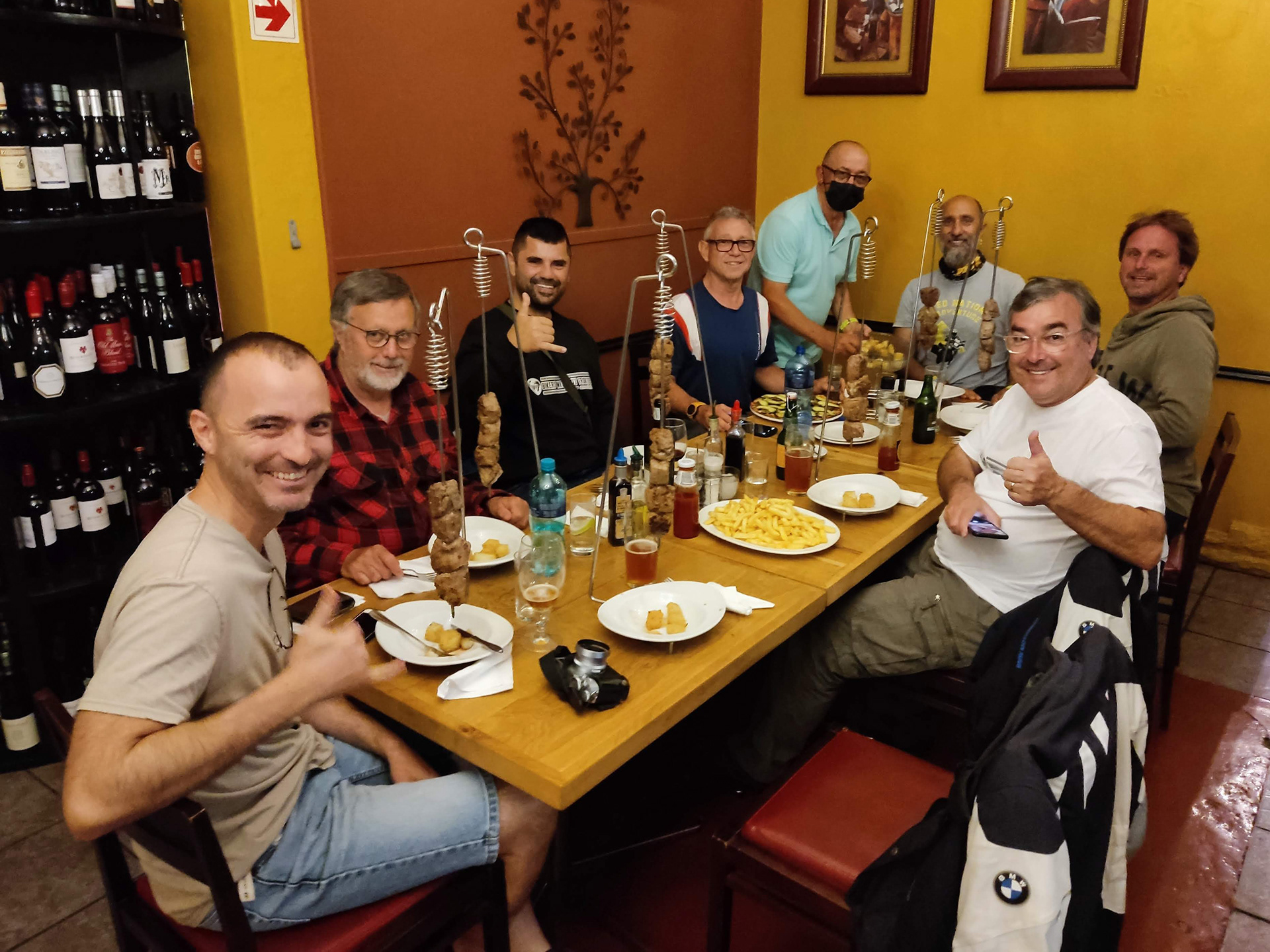







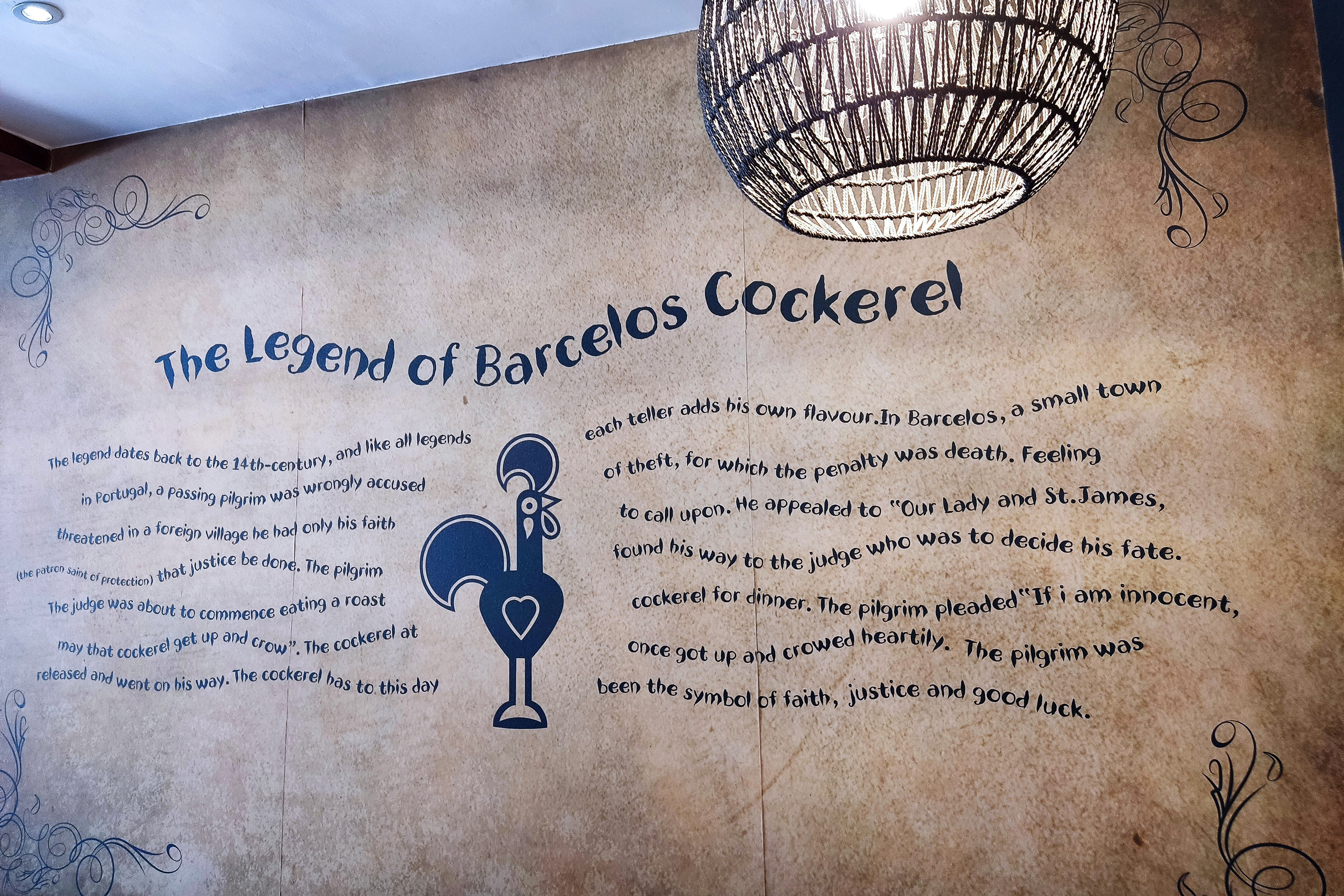
Nando's cadeia fast-food de origem portuguesa.
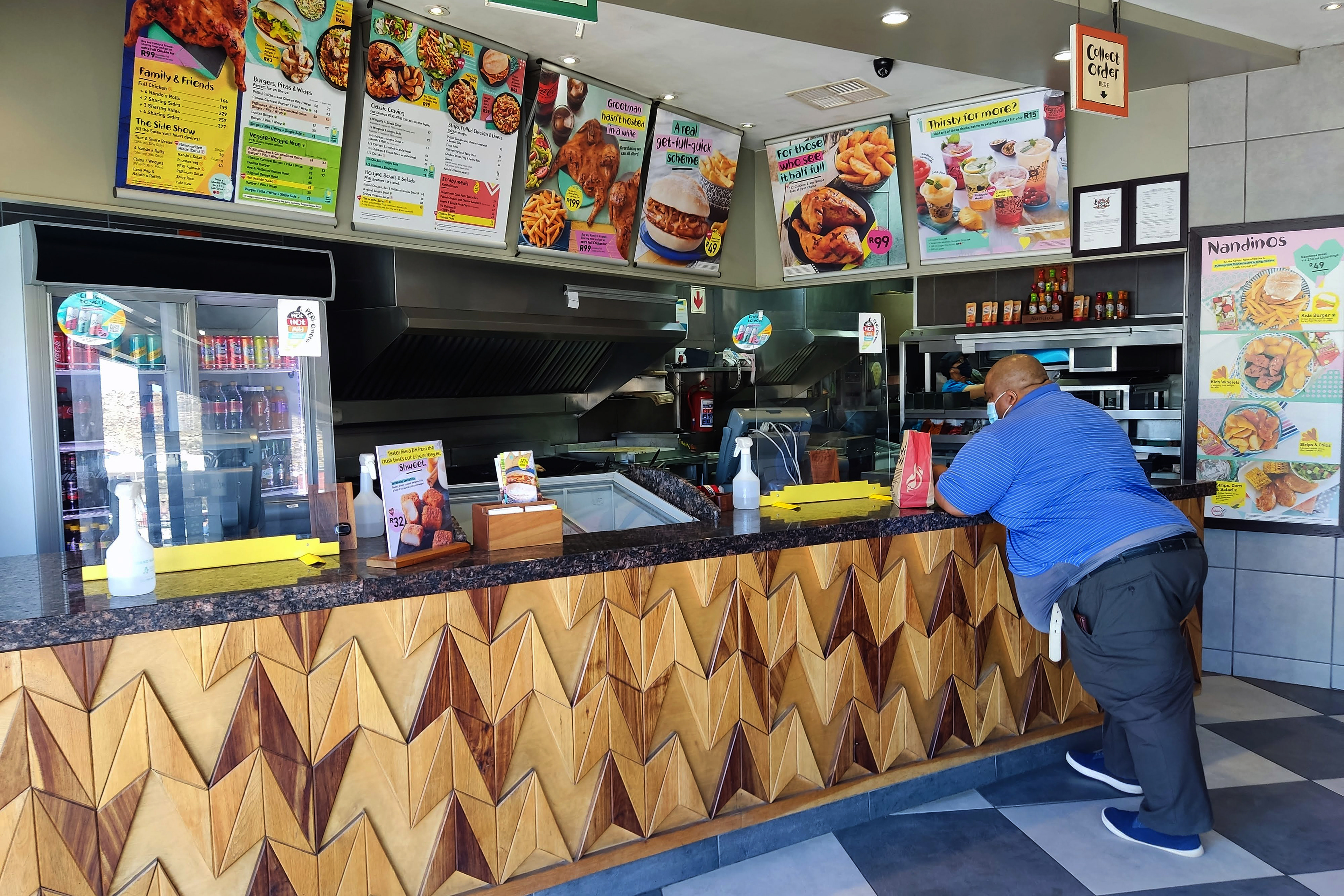
Nando's cadeia fast-food de origem portuguesa.
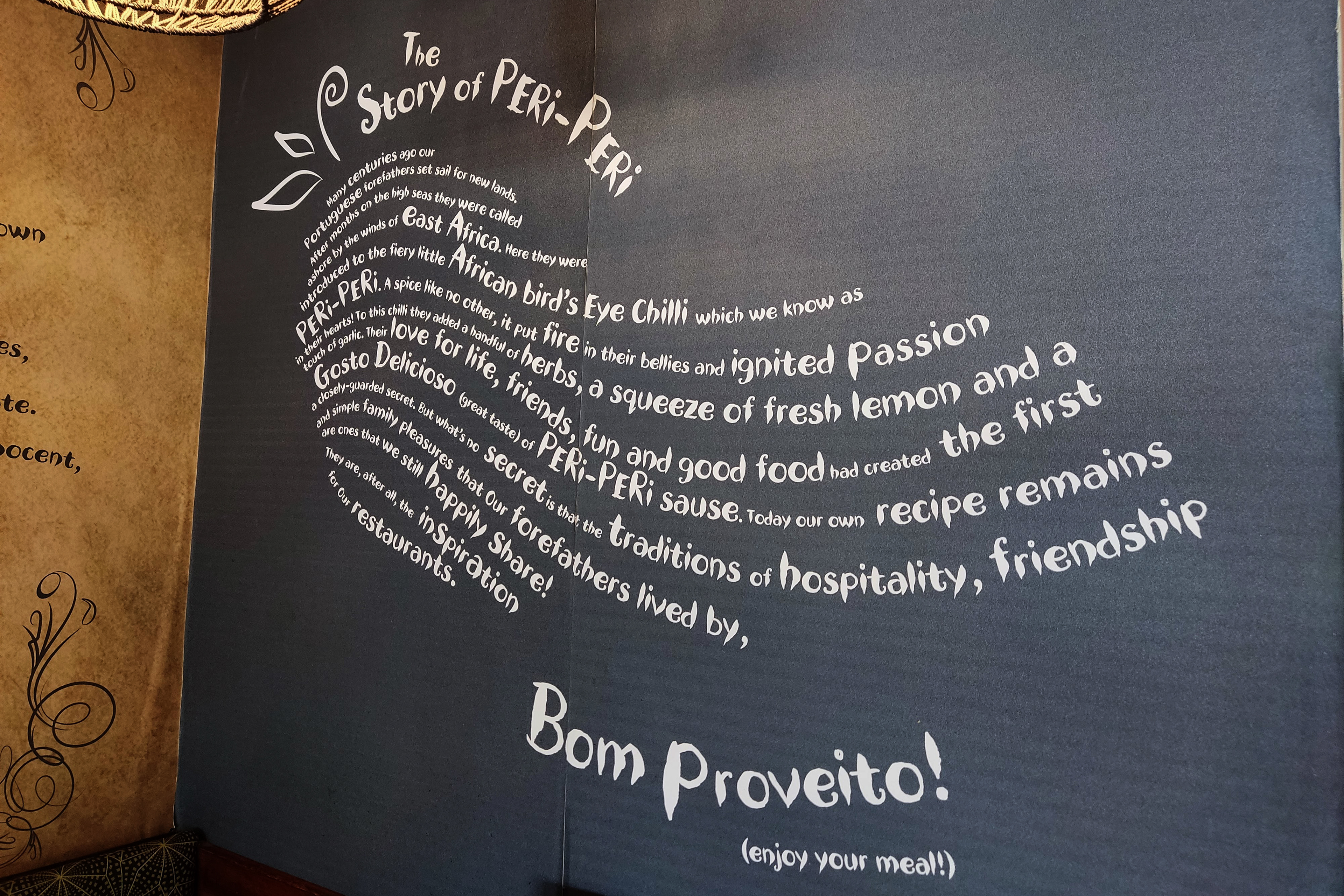
Nando's cadeia fast-food de origem portuguesa.



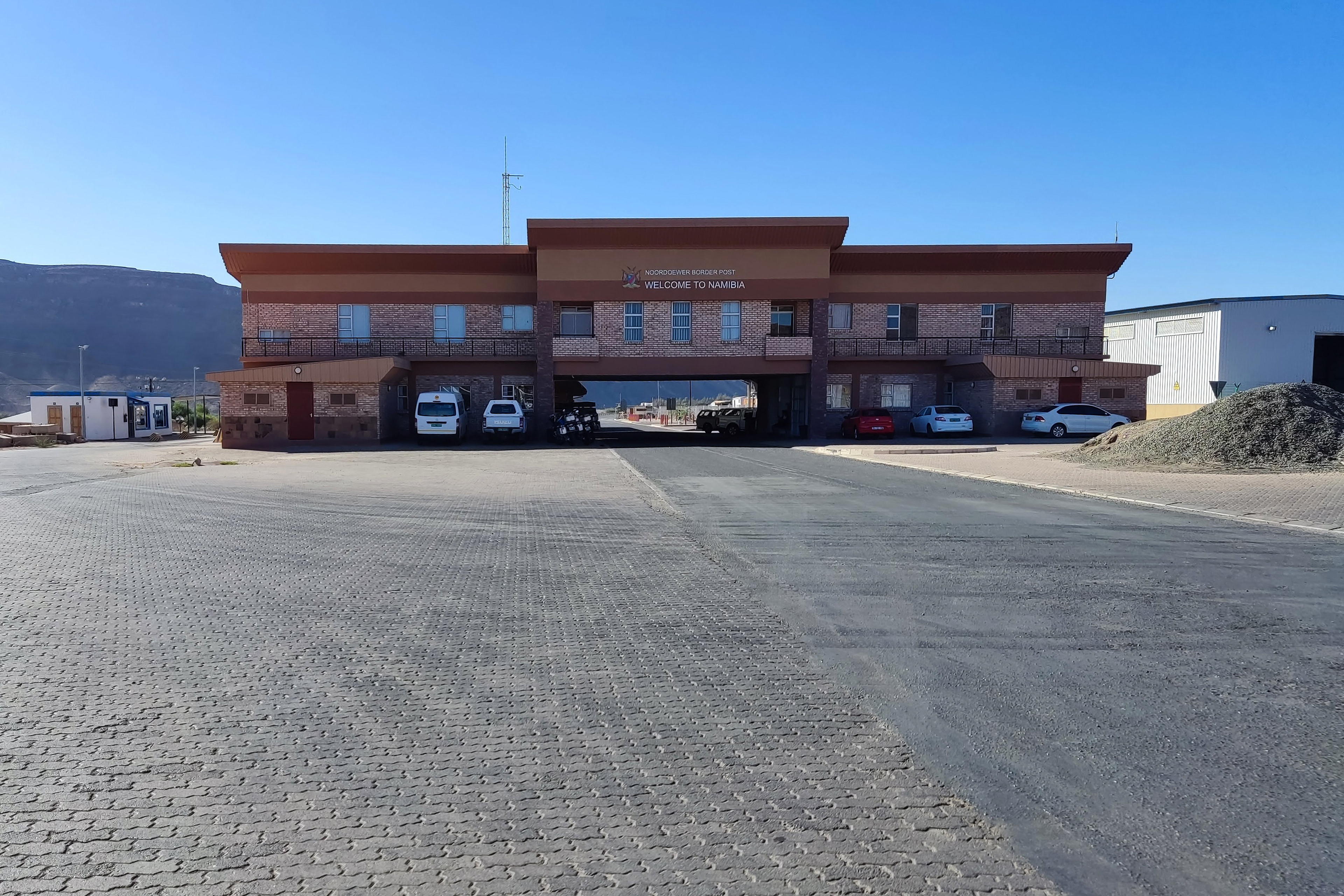
Posto fronteiriço SA - Namíbia




Finalmente, o descanso...

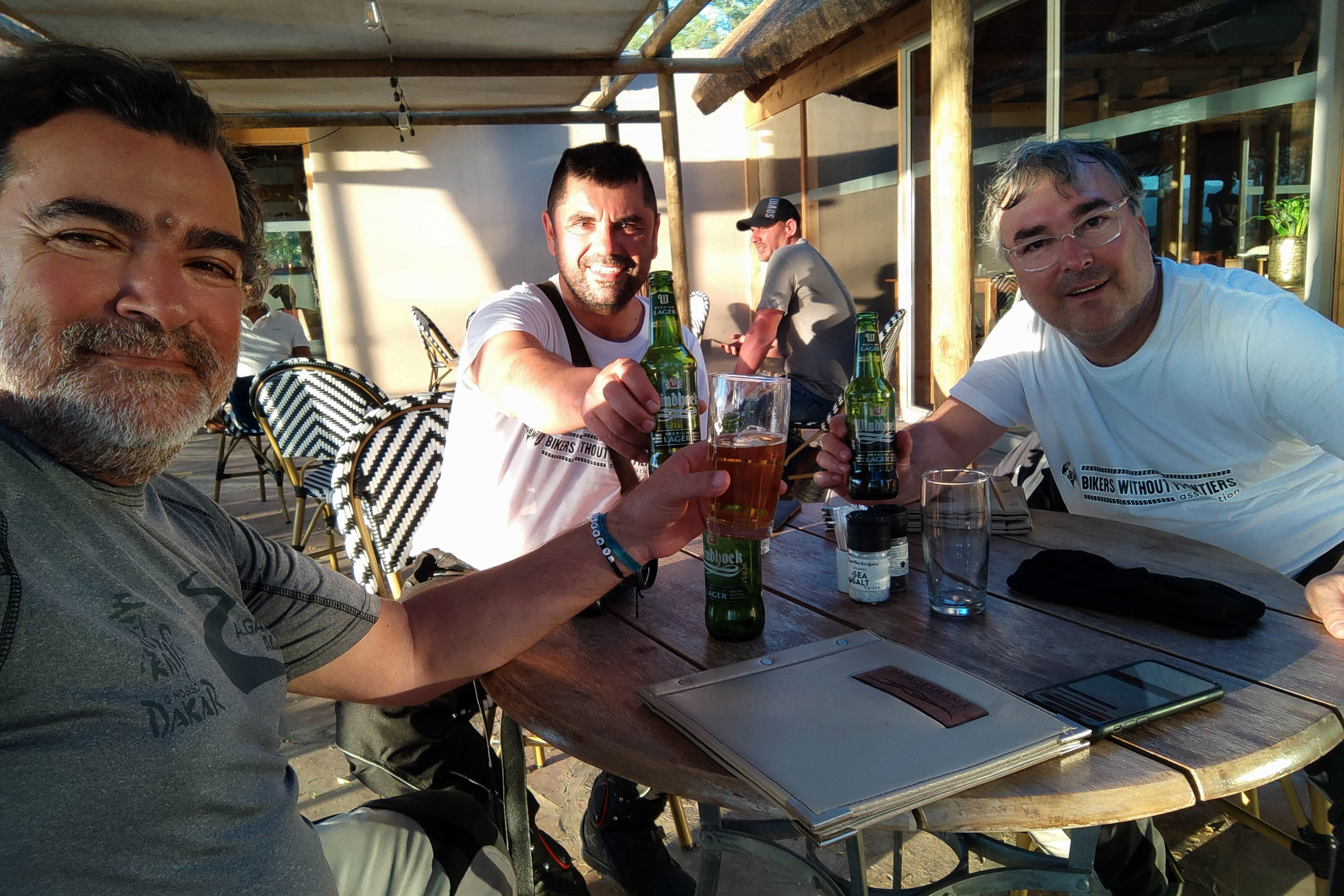
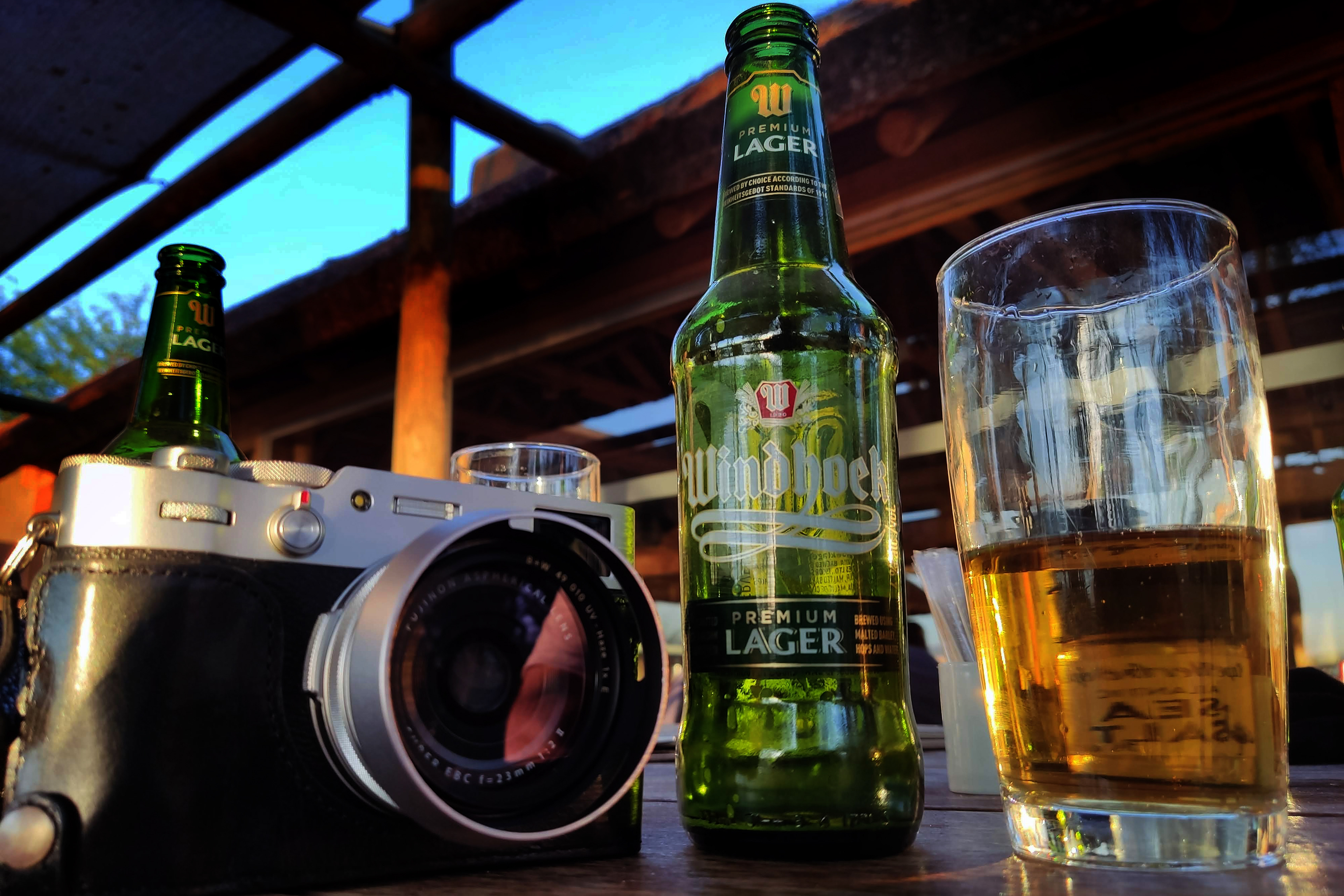
🇵🇹 Dia 4, 5, 6 e 7
Namíbia.
Este fascinante país possui no seu território dois desertos quentes, a oeste e próximo do litoral está o Deserto Namibe (considerado o mais antigo do Mundo) partilhado com Angola e a leste temos o Deserto do Kalahari.
A rede de estradas está catalogada por letras, A, B, C, D, E e F.
apenas 6% são asfaltadas, as A e as B, todas as restantes que são a grande maioria são de terra, gravilha e areia.
Foi precisamente numa D que se registou a única queda da viagem. Felizmente sem consequências graves quer para o piloto (este vosso amigo) quer para a moto, ambos depois de recuperados do choque pudemos seguir viagem.
Talvez valha a pena referir que todo o trajecto desde Cape Town passando pela Namíbia, Botswana até à Zâmbia era já por mim conhecido pois é exactamente o percorrido pelo África Tour da Motoxplorers empresa onde sou tour-guia.
Nesta nossa viagem optámos por não ter um planeamento rígido pois as distâncias a percorrer diariamente dependiam de vários factores, a única certeza era a direcção a tomar, onde iríamos pernoitar era sempre uma surpresa, por isso mesmo démo-nos ao trabalho de transportar material de campismo, a premissa era não viajar de noite, se chegada a hora não houvesse alojamento ou este fosse demasiado caro entraria a tenda em acção.
Nunca considerei a hipótese de em época de Covid apanhar um hotel completamente cheio, mas aconteceu por três vezes. A primeira delas foi logo à chegada à Namíbia, cansados, suados e ansiosos por uma cerveja geladinha somos confrontados com uma resposta de “full booking”.
O lodge mais próximo era a 60km, estava fora de questão sairmos dali. Pergunto à simpática recepcionista que se lembrava de mim por ter lá estado há 2 anos se podíamos acampar, a grande maioria dos lodge têm um local para acampar (campsite) e a resposta foi positiva, já tinha valido a pena ter levado as tendas, colchões e sacos-cama. Poupamos dinheiro e pudemos beber uma cerveja bem geladinha.
Norotshama River Resort Camping 10 euros por pessoa, debaixo de um céu com mil estrelas nas margens do Orange River, casas de banho impecáveis, restaurante e bar à disposição, é caso para dizer que há males que vêm por bem.
Foi a única vez que utilizámos as tendas.
Demoramo-nos na Namíbia quatro dias, muito pouco pois este país merece muito mais.
Visitamos o Fish River Canyon, o segundo maior canyon do Mundo, almoçámos na Canon (Canyon) Roadhouse local obrigatório de paragem de todos os overlanders. A decoração do restaurante e de todo o restante espaço é absolutamente fascinante remetendo o viajante para épocas passadas em que viajar era verdadeiramente um acto heroico. De entre centenas de velhas chapas de matrícula que revestem o balcão saltou-me à vista uma portuguesa. Sem dúvida um local a não perder.
Aus é uma pequena cidade no Deserto do Namib, durante a II Guerra Mundial existia um campo de prisioneiros alemães capturados pelas tropas sul-africanas, hoje é também conhecida pelas manadas de cavalos selvagens, estes animais resistem às duras condições do Namib, com pouco que comer e certamente que beber, junto com as avestruzes e os oryx são a fauna que podemos encontrar enquanto nos dirigimos para a linda Luderitz. No caminho é obrigatória a visita à Cidade agora fantasma de Kolmanskop.
Em Abril de 1908, Zacharias Lewala, um trabalhador da linha ferroviária entre Luderitz e Aus no encontrou uma pedra brilhante e mostrou-a ao seu supervisor, que logo percebeu que tipo de pedra era. Conseguiu uma licença de prospecção e depois apresentou a pedra para verificação. O geólogo estatal Dr. Range confirmou tratar-se de um diamante, e dentro de meses a corrida aos diamantes ocorreu em redor do local de Kolmanskop, a 10 quilómetros para o interior da cidade costeira de Luderitz. Ali nasceu uma cidade no meio do deserto mas onde nada faltava, fizemos uma visita guiada pelo simpático Mike e ficamos a saber os segredos de Kolmanskop.
A senhora do bar disse-nos ter descendência portuguesa o que não é de estranhar.
Percorremos os poucos quilómetros que nos separavam de Luderitz e foi com agrado que vislumbramos o oceano, é sempre agradável estar junto ao mar. Esta cidade costeira tem sediada uma importante frota pesqueira, logo o almoço teria de ter origem na água salgada do Atlântico. The Portuguese Fisherman tal como o nome indica é propriedade do sr. Joel um simpático aveirense que ali se estabeleceu. A cataplana estava divinal.
Até Keetmanshoop são aproximadamente 340 kms, aí pernoitamos não sem antes nos depararmos com o segundo hotel “full booking”.
Boas estradas com bom asfalto, afinal estávamos a aproximar-nos da capital Windhoek, paragem no Trópico de Capricórnio para a foto da praxe, voltaríamos a cruzar esta linha em Moçambique.
Na Namíbia assim como na África do Sul e no Botswana existem áreas de descanso de X em X kms com mesa, bancos e o mais importante com sombra. Era aí que fazíamos as nossas refeições, almoço e lanche constituídos por água, muita água, fruta e biltong (vá lá vão ao google ver o que é).
O Rafael não resistiu e comprou uma linda pele de springbok também conhecida por cabra-de-leque um pequeno antílope que também faz parte dos cardápios dos restaurantes.
Chegados à capital ficámos alojados no já meu conhecido Roof of África, conseguimos um “family room” que é como quem diz um quarto com cama para o casal e cama para os miúdos, essa era destinada ao mais velho, a cama de casal ficava para os jovens.
Este hotel tem a grande vantagem de ser a 600 metros do Joe´s Beerhouse talvez o restaurante mais conhecido de Windhoek, é turístico mas também bastante frequentado pelos locais o que lhe confere alguma credibilidade. Destaca-se pela original decoração e pelo cardápio onde podemos provar quase toda a fauna selvagem da Namíbia, todo o tipo de antílopes, crocodilo e até larvas. Foi um jantar bastante animado, ao nosso lado tínhamos um casal alemão a quem aproveitamos para “vender” as maravilhas de Portugal.
O dia seguinte esperava-nos mais uma passagem de fronteira.
🇬🇧 Day 4, 5, 6 and 7
Namibia.
This fascinating country has two hot deserts on its territory, to the west and close to the coast is the Namib Desert (considered the oldest in the world) shared with Angola and to the east is the Kalahari Desert.
The road network is catalogued by letters, A, B, C, D, E and F.
Only 6% are asphalted, the A's and B's, while the vast majority of the remaining roads are dirt, gravel and sand.
It was precisely on a D that the only fall of the trip occurred. Fortunately, there were no serious consequences either for the rider (this friend of yours) or for the motorcycle, and after recovering from the crash we were both able to continue our journey.
Only 6% are asphalted, the A's and B's, while the vast majority of the remaining roads are dirt, gravel and sand.
It was precisely on a D that the only fall of the trip occurred. Fortunately, there were no serious consequences either for the rider (this friend of yours) or for the motorcycle, and after recovering from the crash we were both able to continue our journey.
Perhaps it's worth mentioning that the entire route from Cape Town through Namibia, Botswana to Zambia was already known to me, as it's exactly the route taken by the Motoxplorers Africa Tour, where I'm a Tourguide.
On this trip we opted not to have a rigid plan because the distances to be covered each day depended on various factors, the only certainty was the direction we would take, where we would stay overnight was always a surprise, which is why we took the trouble to carry camping equipment, the premise was not to travel at night, if when the time came there was no accommodation or it was too expensive, the tent would come into play.
I never considered the possibility of finding a hotel completely full during Covid, but it happened three times. The first time we arrived in Namibia, tired, sweaty and eager for a cold beer, we were confronted with a "full booking" response.
The nearest lodge was 60km away, there was no question of us leaving. I asked the friendly receptionist, who remembered me from having been there two years ago, if we could go camping - the vast majority of lodges have a campsite - and the answer was yes, it had already been worth taking the tents, mattresses and sleeping bags. We saved money and were able to drink a cold beer.
Norotshama River Resort Camping 10 euros per person, under a sky with a thousand stars on the banks of the Orange River, impeccable bathrooms, restaurant and bar at your disposal, it's a case of saying that all's well that ends well.
This was the only time we used the tents.
On this trip we opted not to have a rigid plan because the distances to be covered each day depended on various factors, the only certainty was the direction we would take, where we would stay overnight was always a surprise, which is why we took the trouble to carry camping equipment, the premise was not to travel at night, if when the time came there was no accommodation or it was too expensive, the tent would come into play.
I never considered the possibility of finding a hotel completely full during Covid, but it happened three times. The first time we arrived in Namibia, tired, sweaty and eager for a cold beer, we were confronted with a "full booking" response.
The nearest lodge was 60km away, there was no question of us leaving. I asked the friendly receptionist, who remembered me from having been there two years ago, if we could go camping - the vast majority of lodges have a campsite - and the answer was yes, it had already been worth taking the tents, mattresses and sleeping bags. We saved money and were able to drink a cold beer.
Norotshama River Resort Camping 10 euros per person, under a sky with a thousand stars on the banks of the Orange River, impeccable bathrooms, restaurant and bar at your disposal, it's a case of saying that all's well that ends well.
This was the only time we used the tents.
We spent four days in Namibia, very little as this country deserves much more.
We visited the Fish River Canyon, the second largest canyon in the world, and had lunch at the Canon (Canyon) Roadhouse, a must for all overlanders. The décor of the restaurant and the rest of the space is absolutely fascinating, taking the traveler back to times gone by when traveling was truly a heroic act. Among the hundreds of old license plates lining the counter, a Portuguese one caught my eye. Definitely a place not to be missed.
Aus is a small town in the Namib Desert, during the Second World War it was a camp for German prisoners captured by South African troops. Today it is also known for its herds of wild horses, these animals withstand the harsh conditions of the Namib, with little to eat and certainly nothing to drink. On the way, a visit to the now ghost town of Kolmanskop is a must.
In April 1908, Zacharias Lewala, a worker on the railway line between Luderitz and Aus, found a shiny stone and showed it to his supervisor, who soon realized what kind of stone it was. He obtained a prospecting license and then presented the stone for verification. State geologist Dr. Range confirmed that it was a diamond, and within months the diamond rush was on around the Kolmanskop site, 10 kilometers inland from the coastal town of Luderitz. There, a town was born in the middle of the desert but where nothing was missing. We were given a guided tour by the friendly Mike and learned the secrets of Kolmanskop.
We visited the Fish River Canyon, the second largest canyon in the world, and had lunch at the Canon (Canyon) Roadhouse, a must for all overlanders. The décor of the restaurant and the rest of the space is absolutely fascinating, taking the traveler back to times gone by when traveling was truly a heroic act. Among the hundreds of old license plates lining the counter, a Portuguese one caught my eye. Definitely a place not to be missed.
Aus is a small town in the Namib Desert, during the Second World War it was a camp for German prisoners captured by South African troops. Today it is also known for its herds of wild horses, these animals withstand the harsh conditions of the Namib, with little to eat and certainly nothing to drink. On the way, a visit to the now ghost town of Kolmanskop is a must.
In April 1908, Zacharias Lewala, a worker on the railway line between Luderitz and Aus, found a shiny stone and showed it to his supervisor, who soon realized what kind of stone it was. He obtained a prospecting license and then presented the stone for verification. State geologist Dr. Range confirmed that it was a diamond, and within months the diamond rush was on around the Kolmanskop site, 10 kilometers inland from the coastal town of Luderitz. There, a town was born in the middle of the desert but where nothing was missing. We were given a guided tour by the friendly Mike and learned the secrets of Kolmanskop.
The lady in the bar told us she was of Portuguese descent, which is not surprising.
We walked the few kilometers that separated us from Luderitz and were pleased to catch a glimpse of the ocean - it's always nice to be by the sea. This coastal town is home to an important fishing fleet, so lunch had to come from the salt water of the Atlantic.
The Portuguese Fisherman, as the name suggests, is owned by Mr. Joel, a friendly man from Aveiro who has settled there. The cataplana was divine.
It's about 340 kms to Keetmanshoop, where we spent the night, but not before coming across the second "full booking" hotel.
It's about 340 kms to Keetmanshoop, where we spent the night, but not before coming across the second "full booking" hotel.
Good roads with good asphalt, after all we were approaching the capital Windhoek, stopping at the Tropic of Capricorn for the usual photo, we would cross this line again in Mozambique.
In Namibia, as in South Africa and Botswana, there are rest areas every X kilometers with tables, benches and, most importantly, shade. That's where we had our meals, lunch and snacks consisting of water, lots of water, fruit and biltong (go and google what it is).
Rafael couldn't resist buying a beautiful springbok skin, also known as a lechwe goat, a small antelope that is also on restaurant menus.
Rafael couldn't resist buying a beautiful springbok skin, also known as a lechwe goat, a small antelope that is also on restaurant menus.
When we arrived in the capital, we stayed at the well-known Roof of Africa. We got a "family room", which is like saying a room with a bed for the couple and a bed for the kids.
This hotel has the great advantage of being 600 meters from Joe's Beerhouse, perhaps Windhoek's best-known restaurant. It's touristy but also frequented by locals, which gives it some credibility. It stands out for its original decor and its menu where you can taste almost all of Namibia's wildlife, all kinds of antelope, crocodile and even maggots. It was a very lively dinner, and next to us we had a German couple to whom we took the opportunity to "sell" the wonders of Portugal.
This hotel has the great advantage of being 600 meters from Joe's Beerhouse, perhaps Windhoek's best-known restaurant. It's touristy but also frequented by locals, which gives it some credibility. It stands out for its original decor and its menu where you can taste almost all of Namibia's wildlife, all kinds of antelope, crocodile and even maggots. It was a very lively dinner, and next to us we had a German couple to whom we took the opportunity to "sell" the wonders of Portugal.
The next day awaited us with another border crossing.

















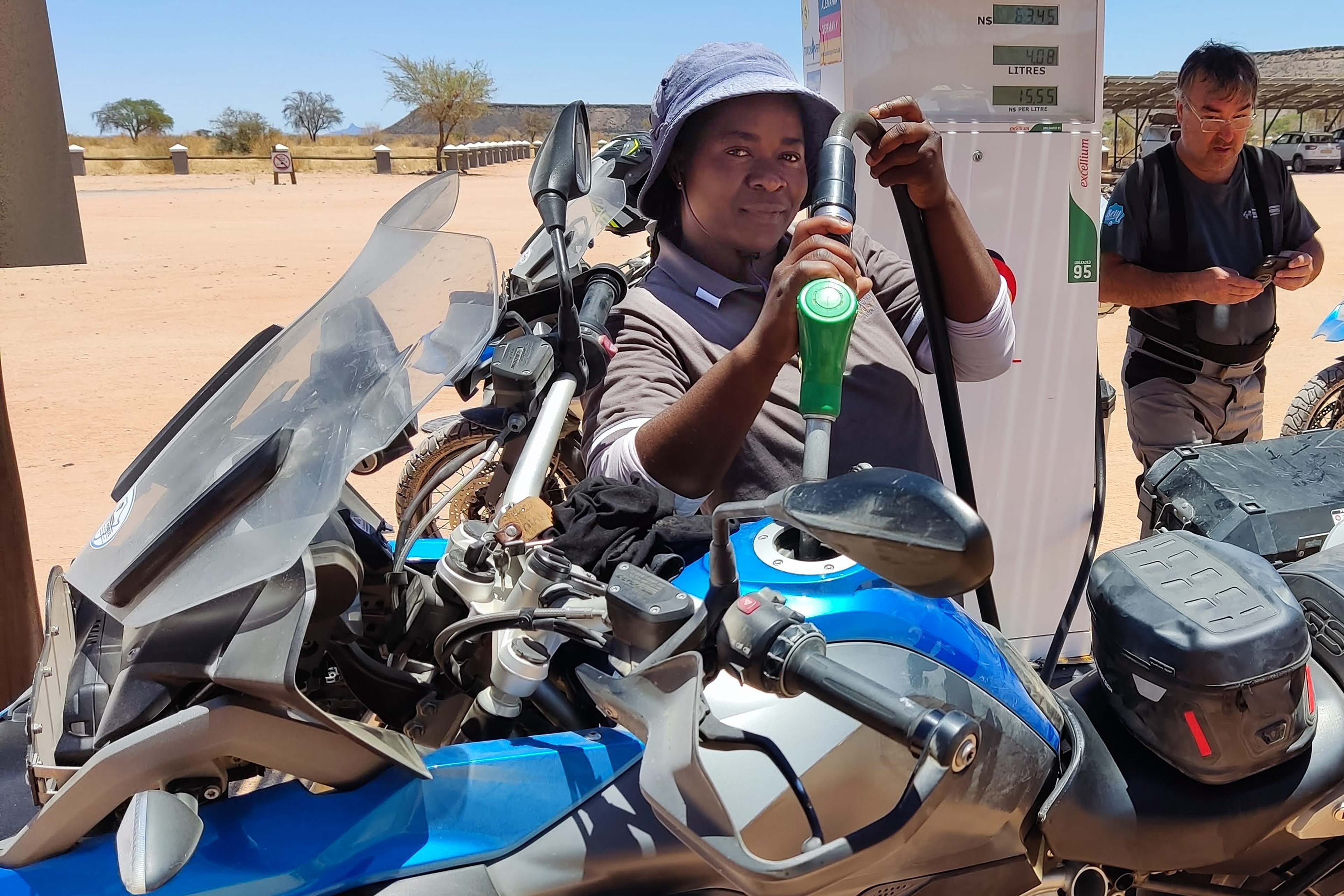
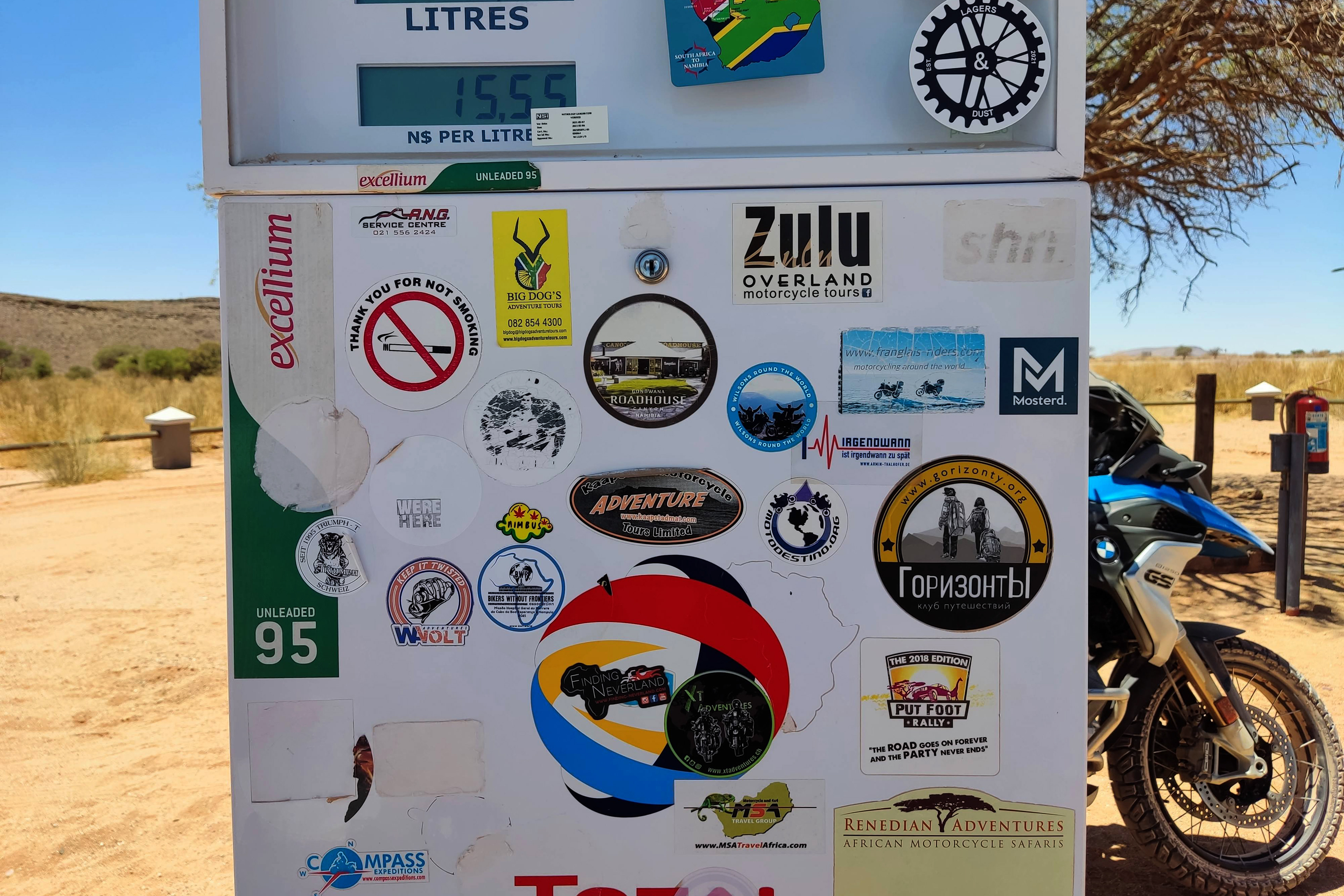




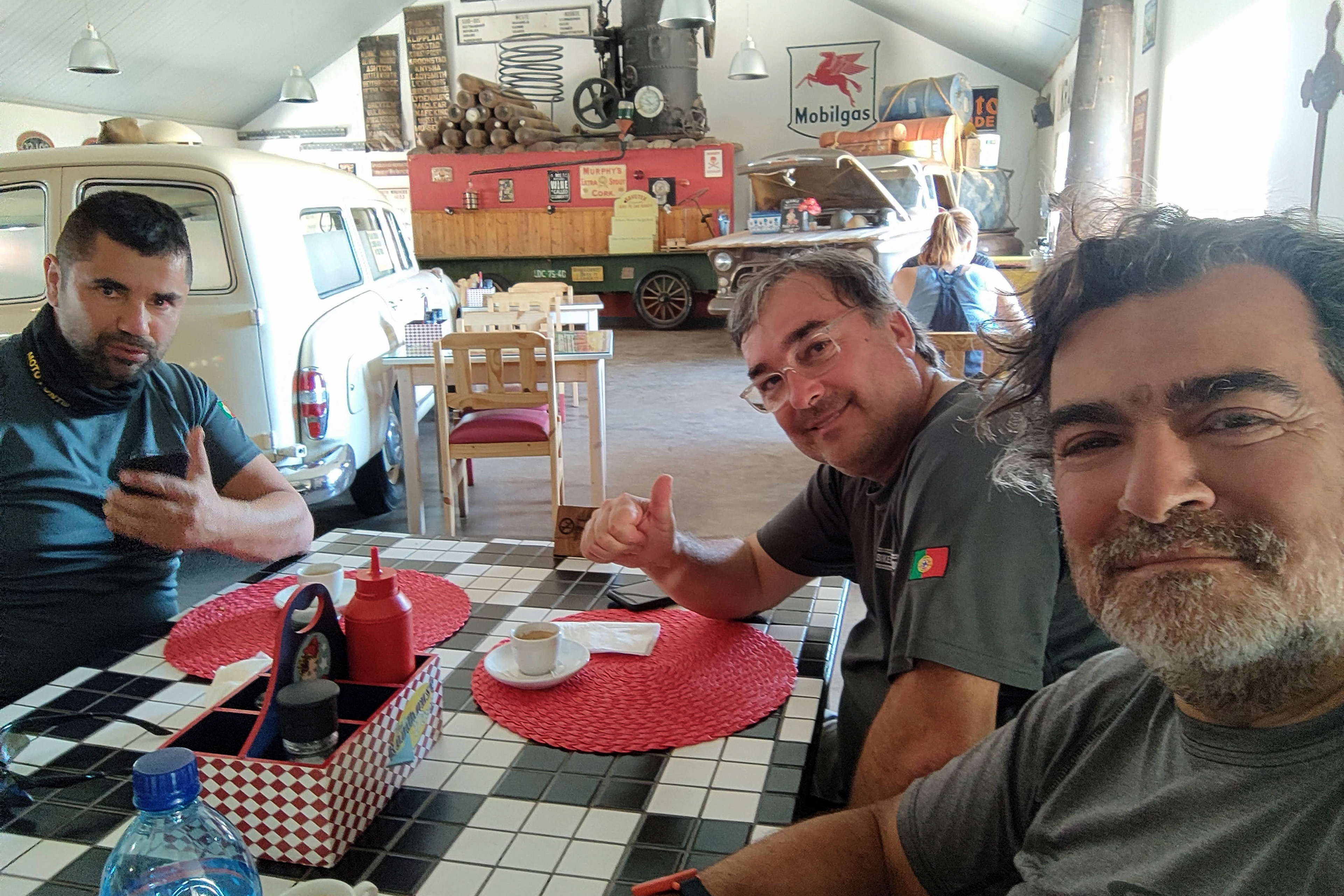








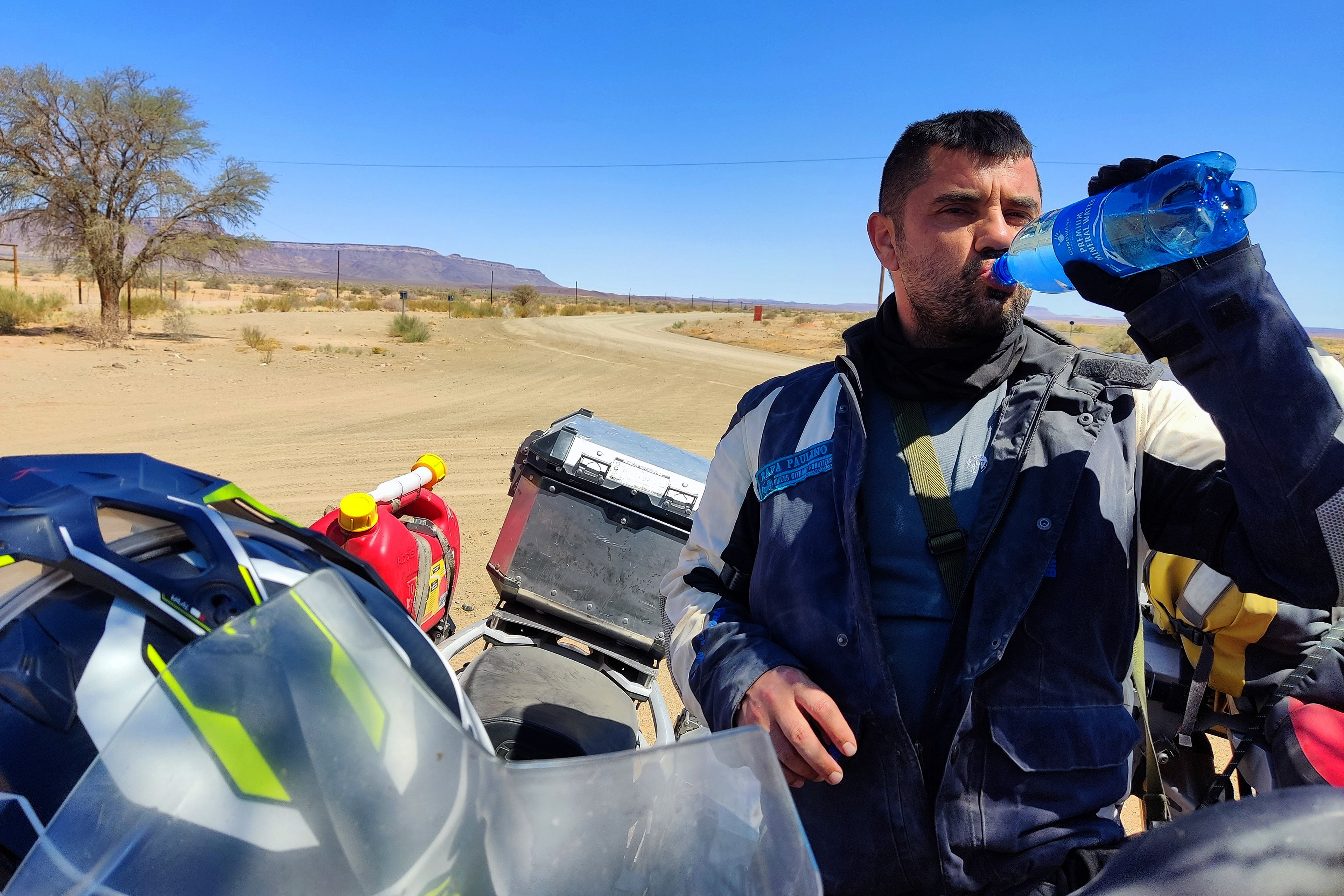
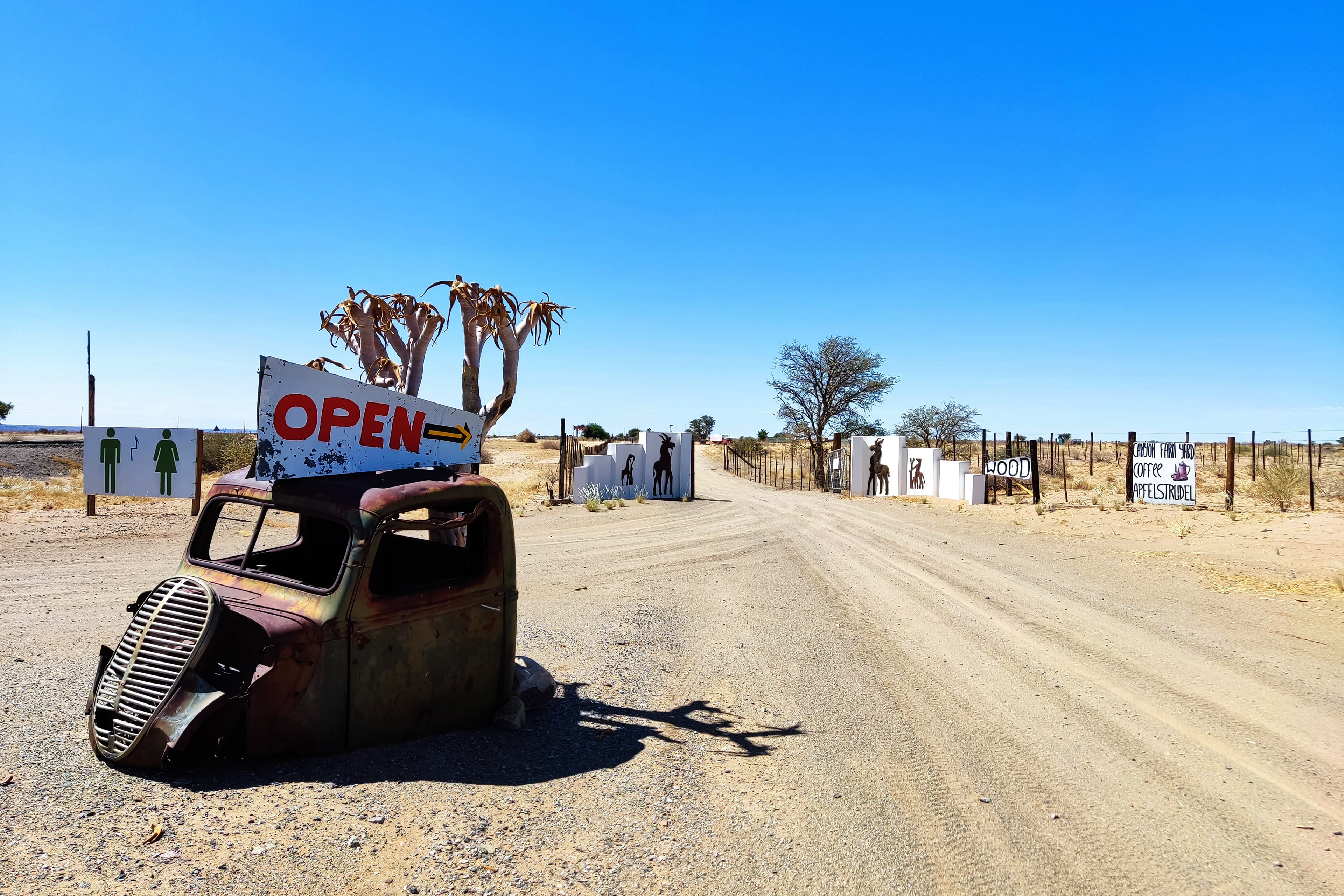
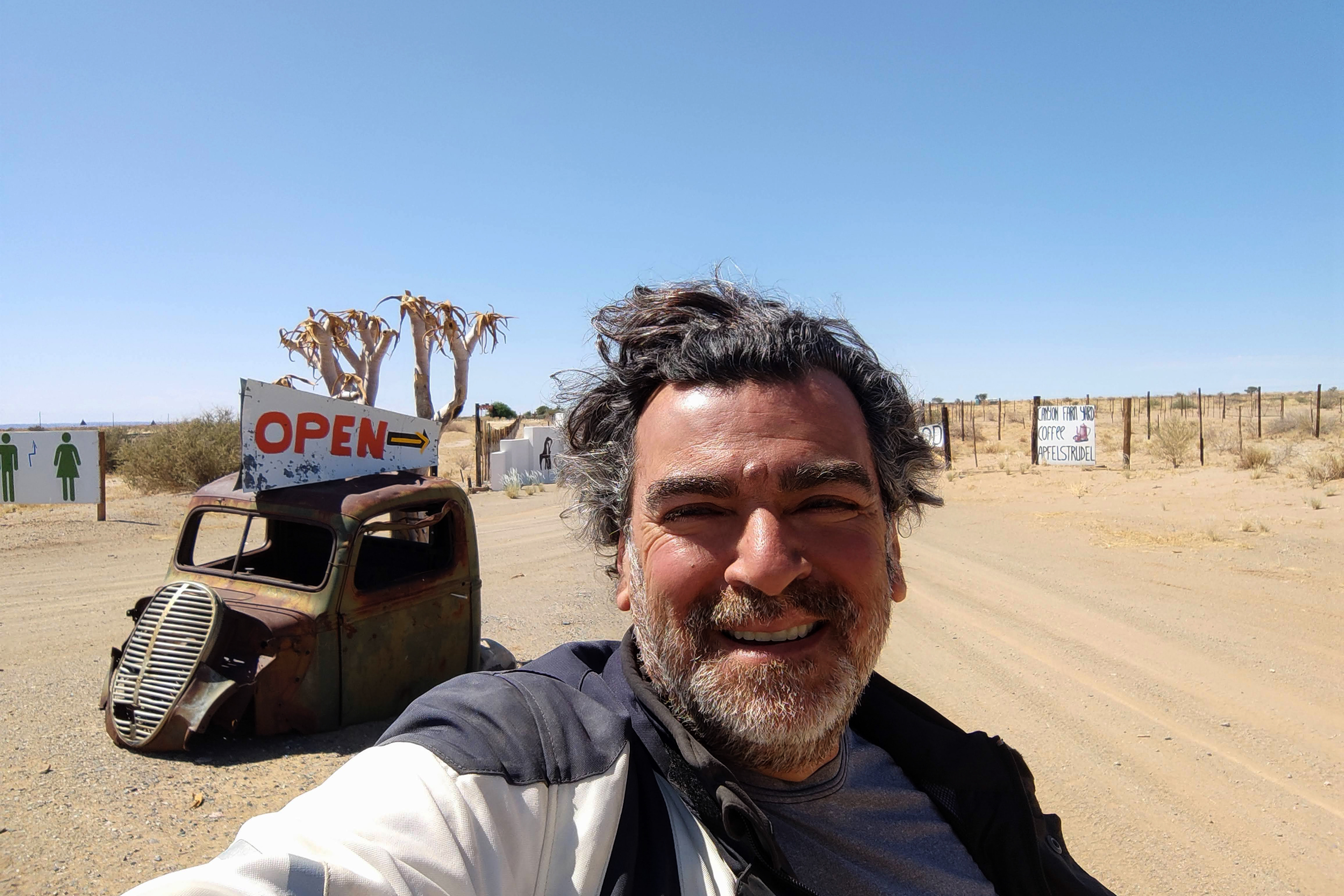
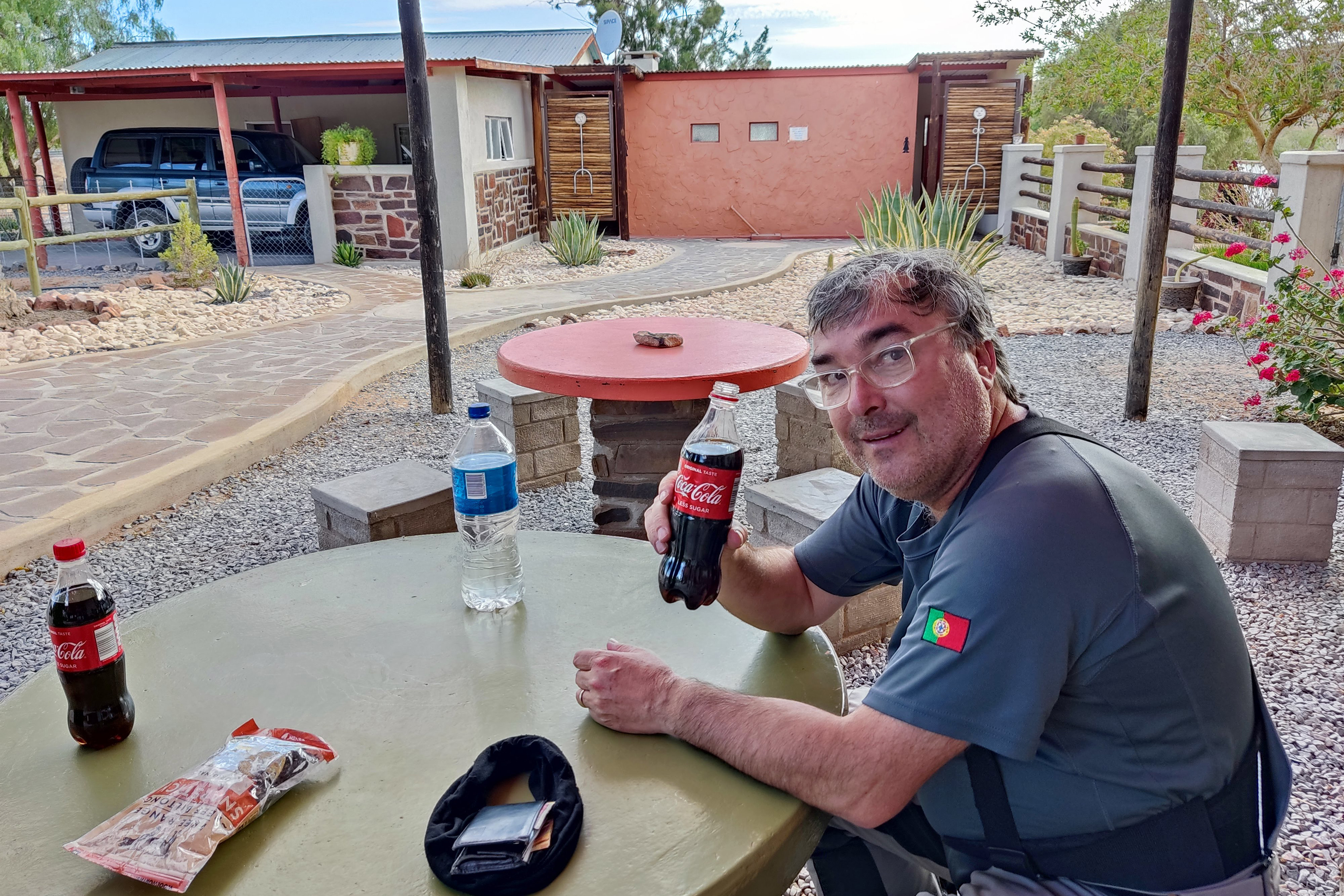
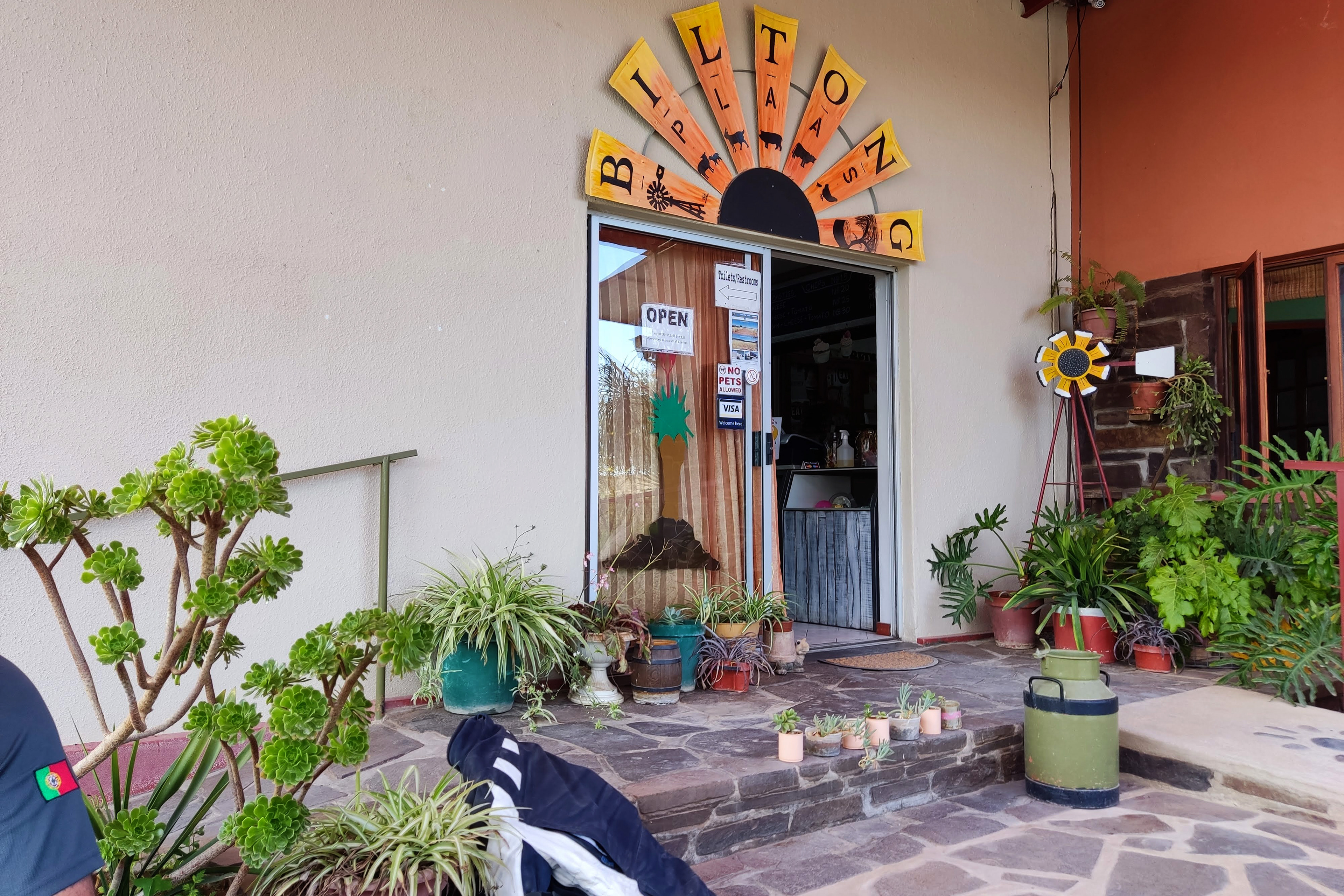
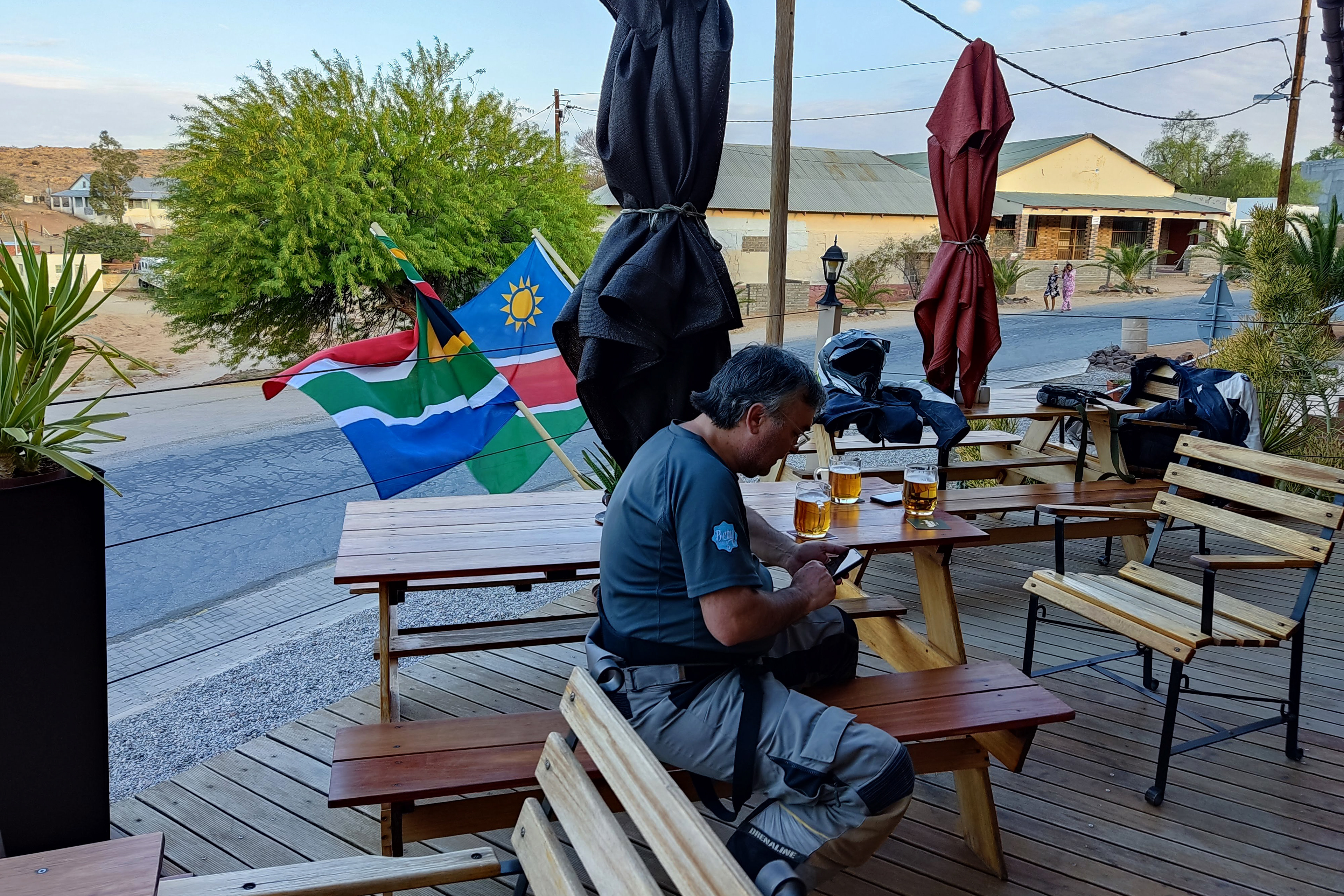
Day 5 Aus - Luderitz - Keetmanshop





















































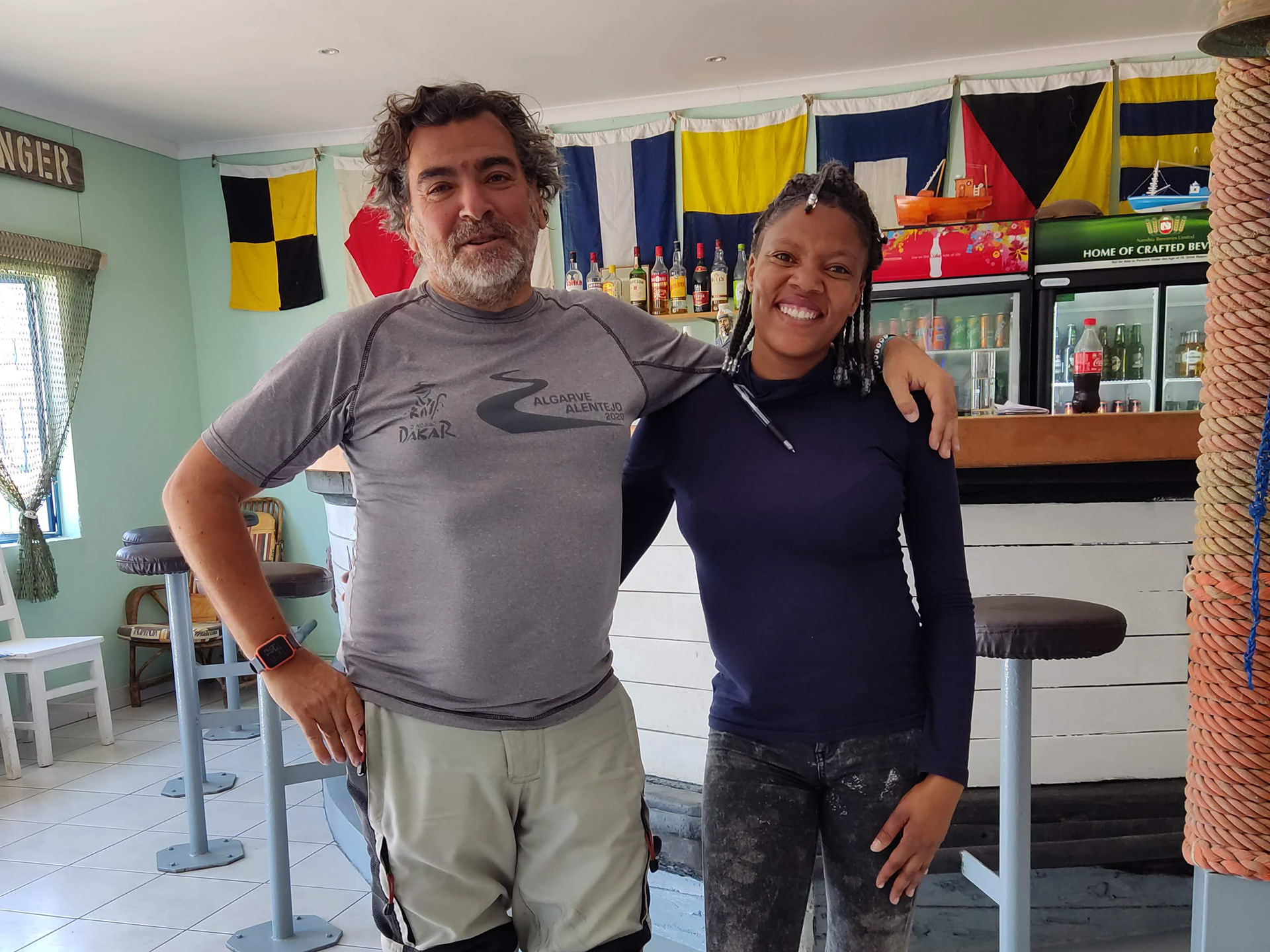

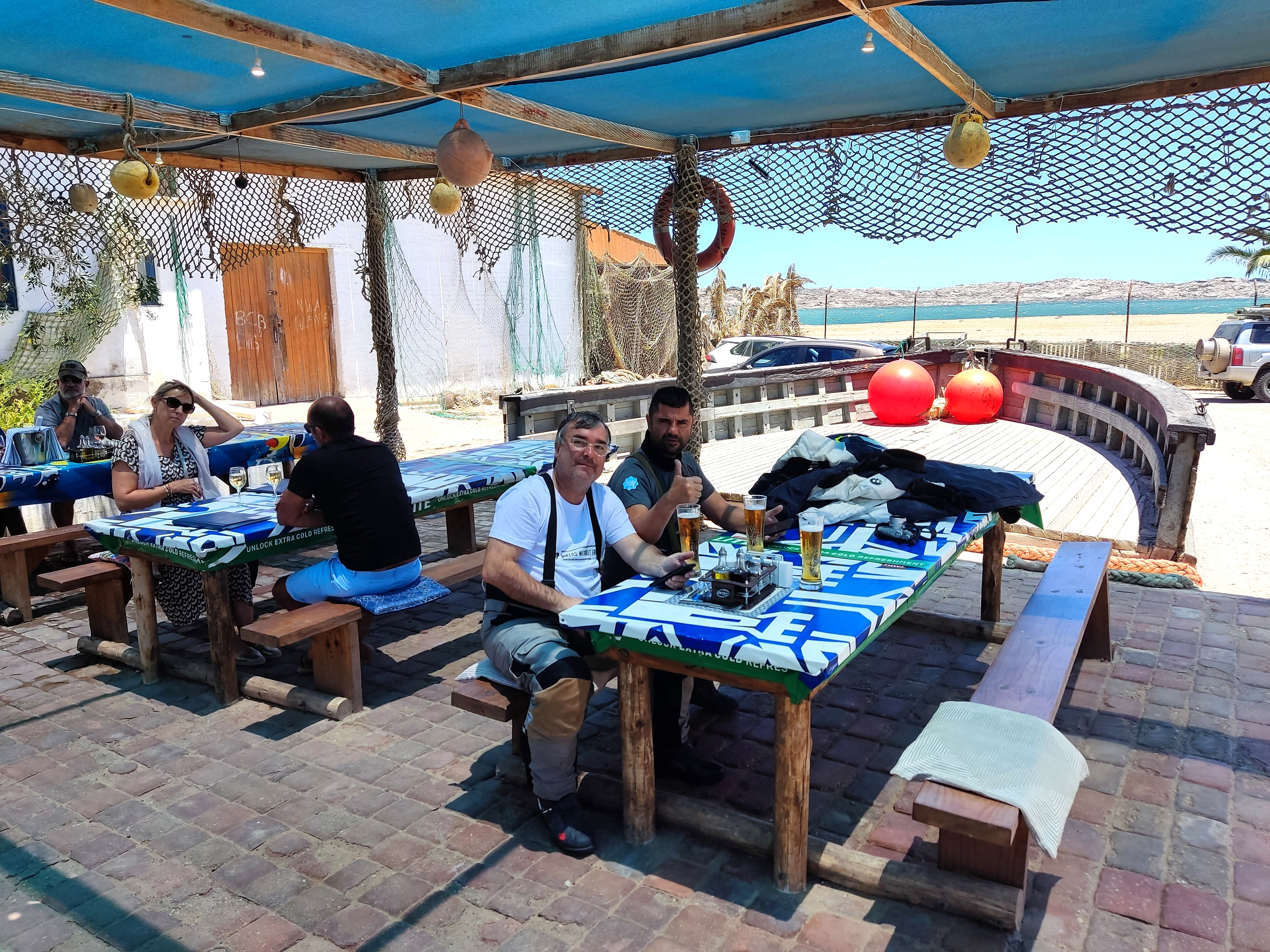
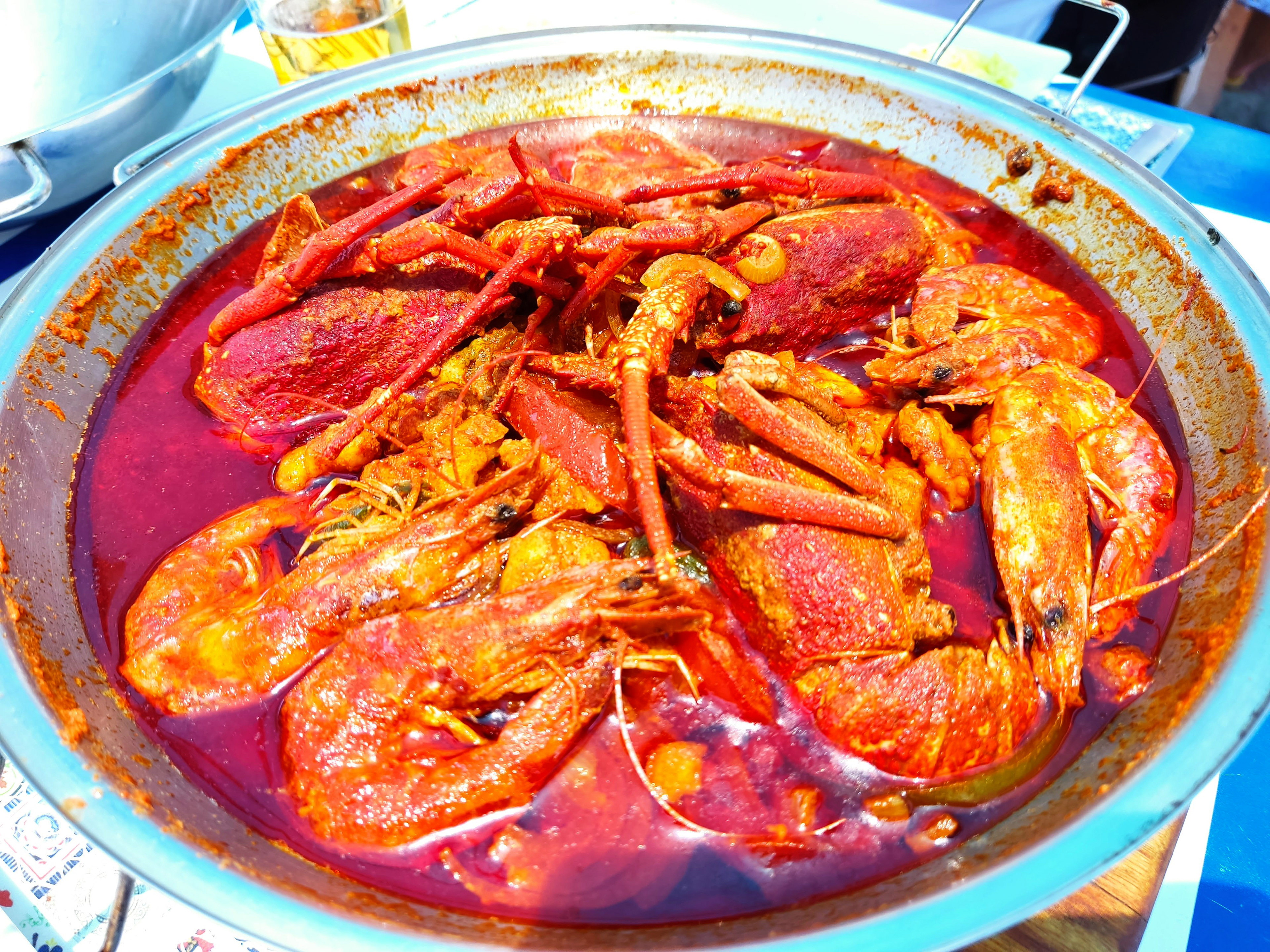














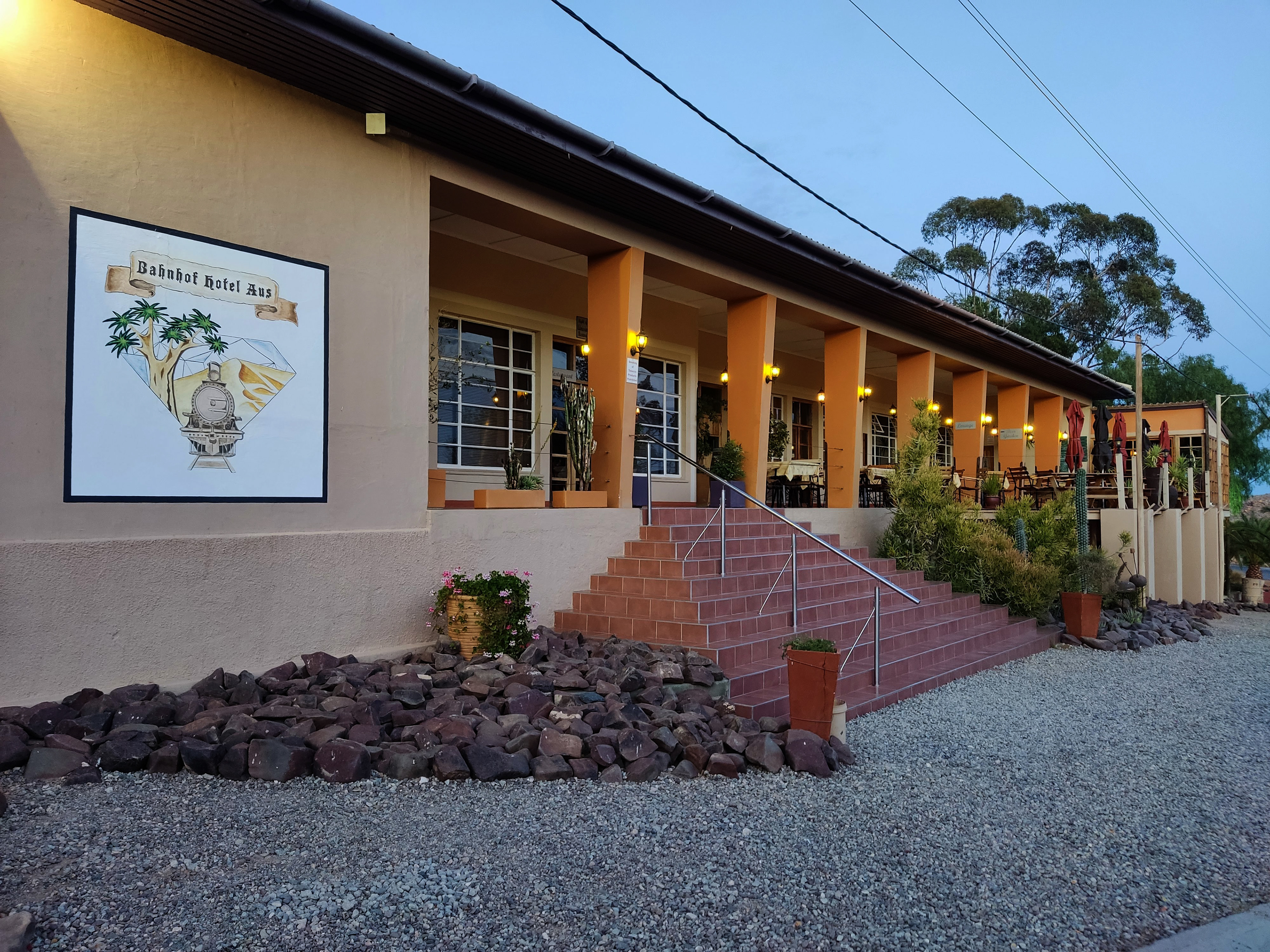
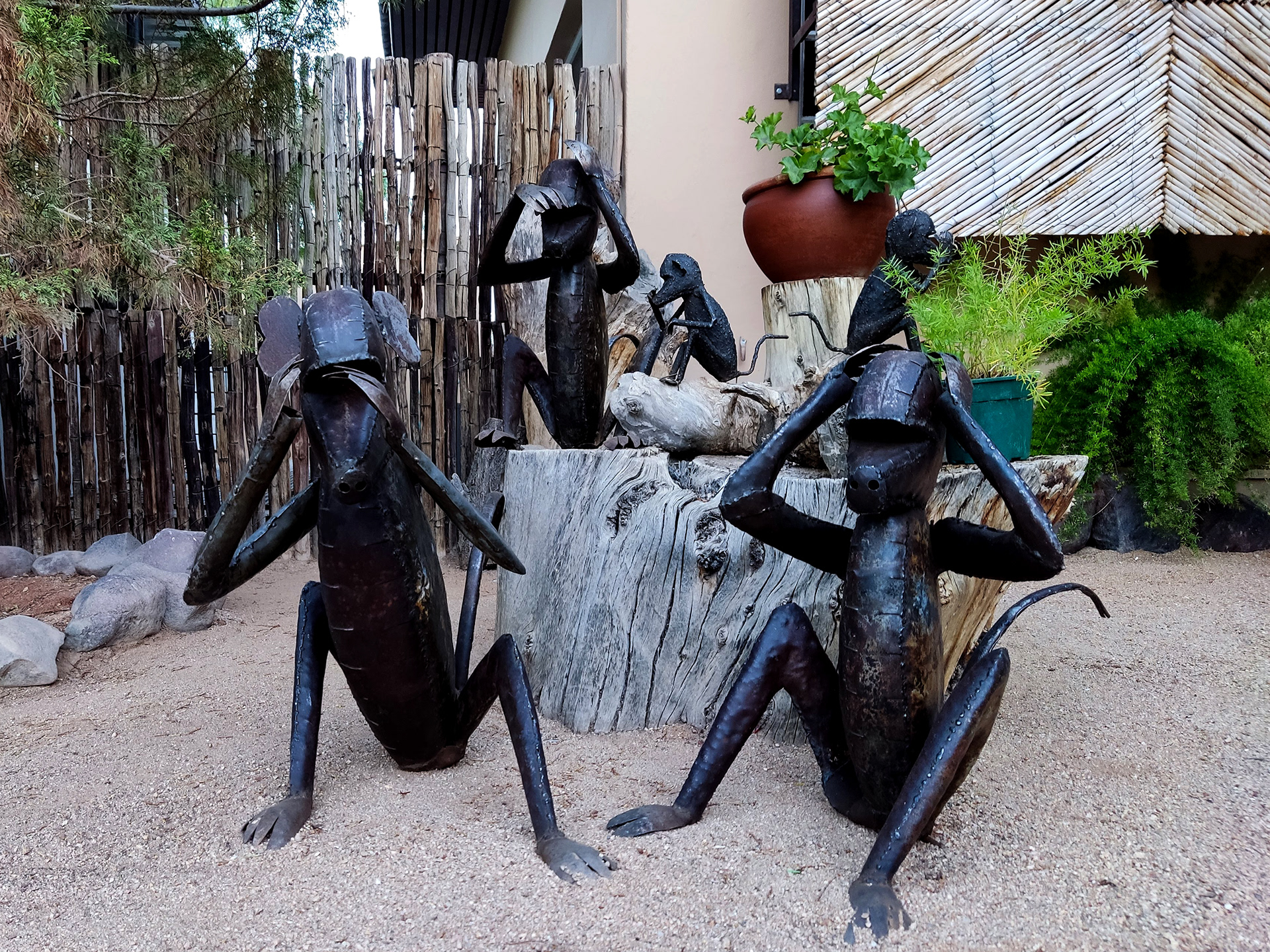
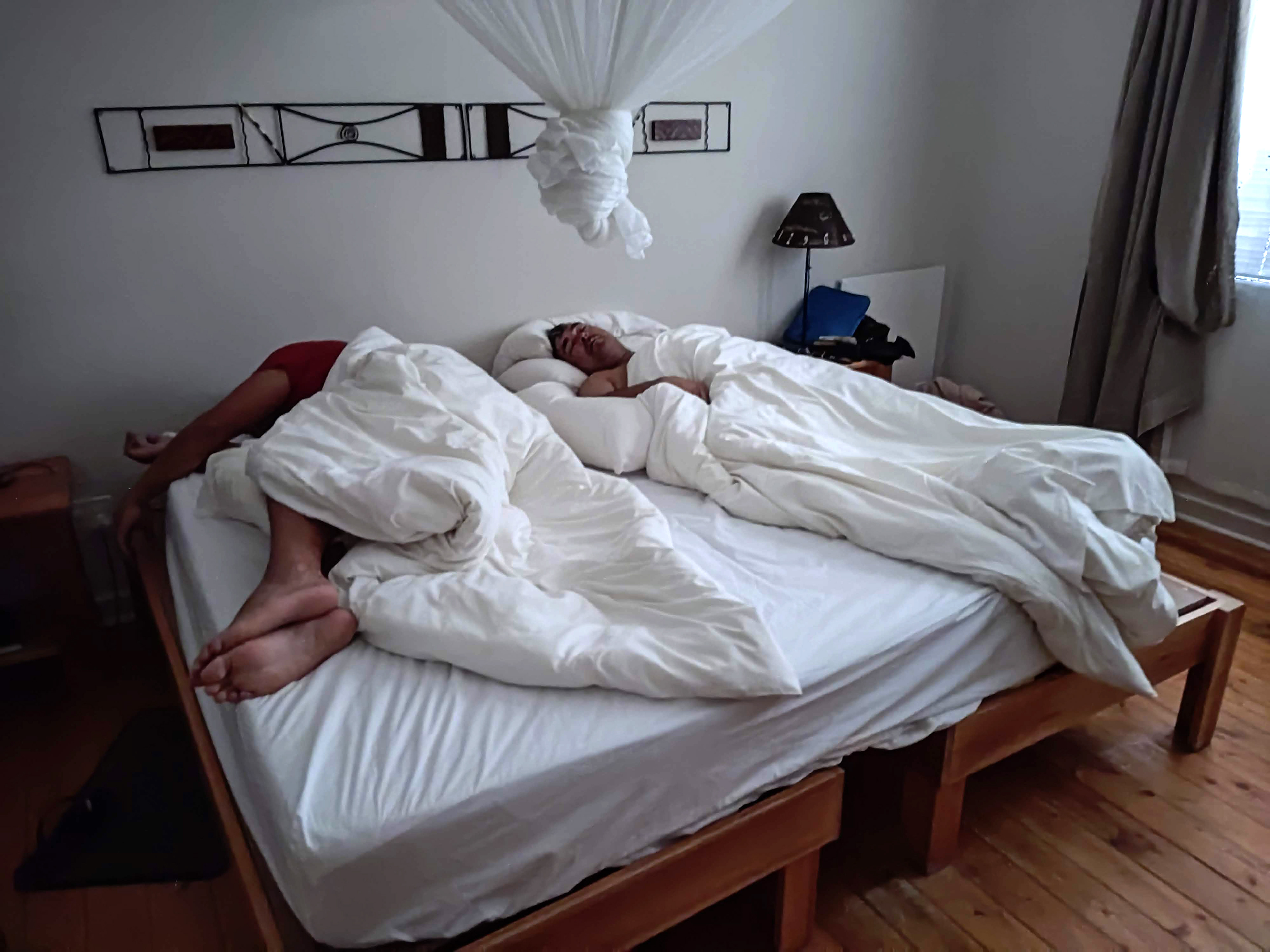
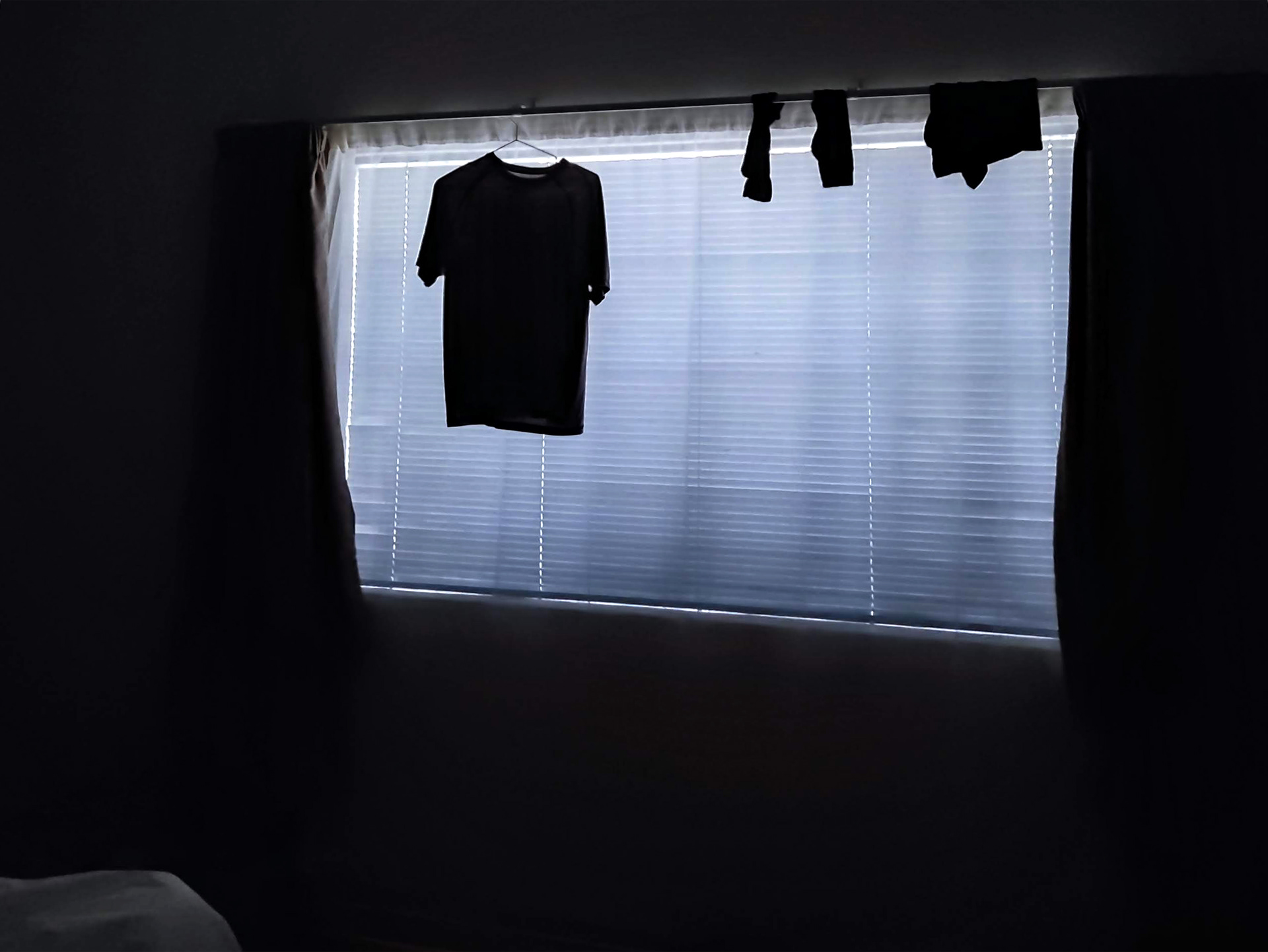
Day 6 Keetmanshopp - Windhoek (capital da Namíbia)






























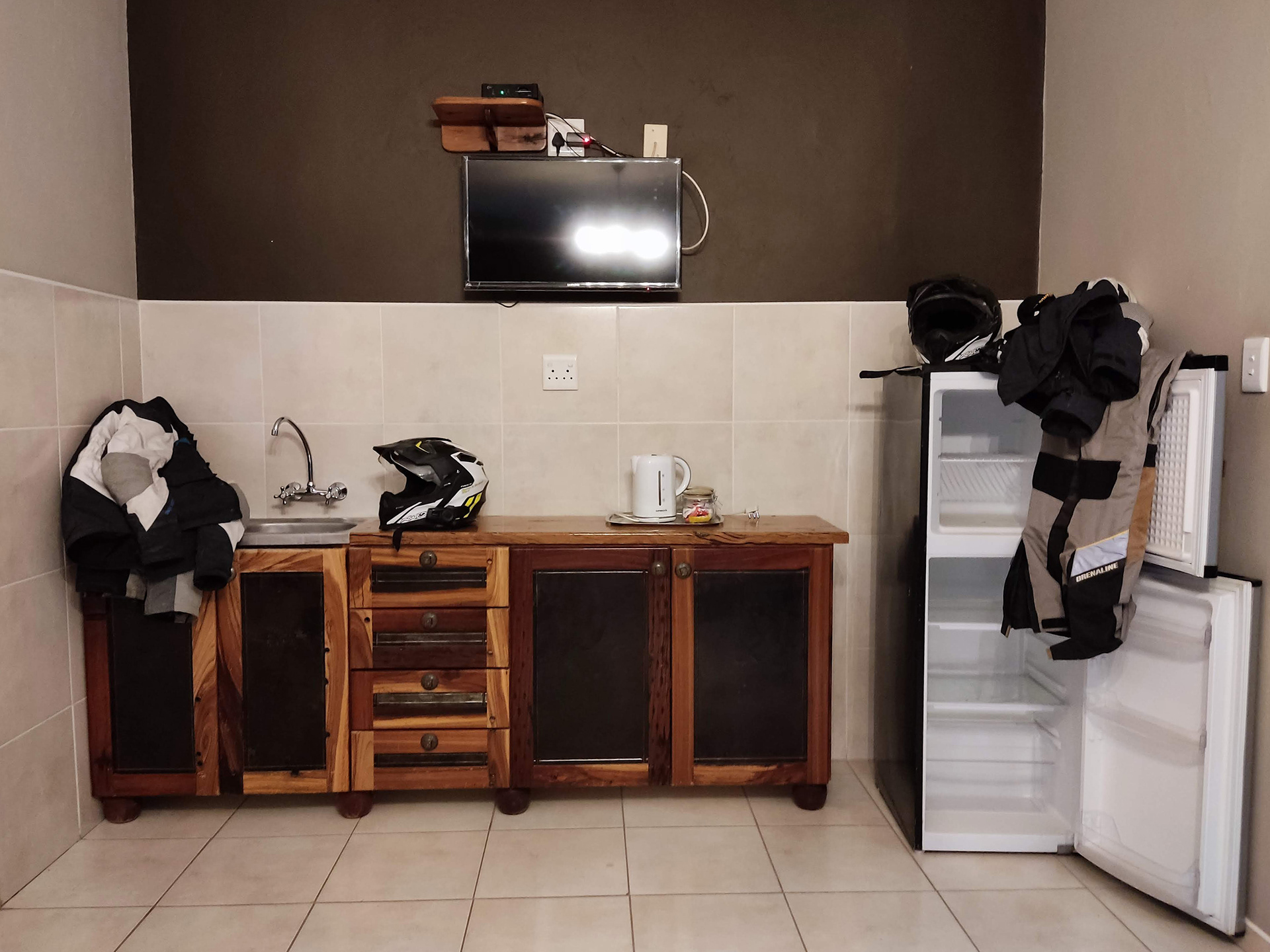
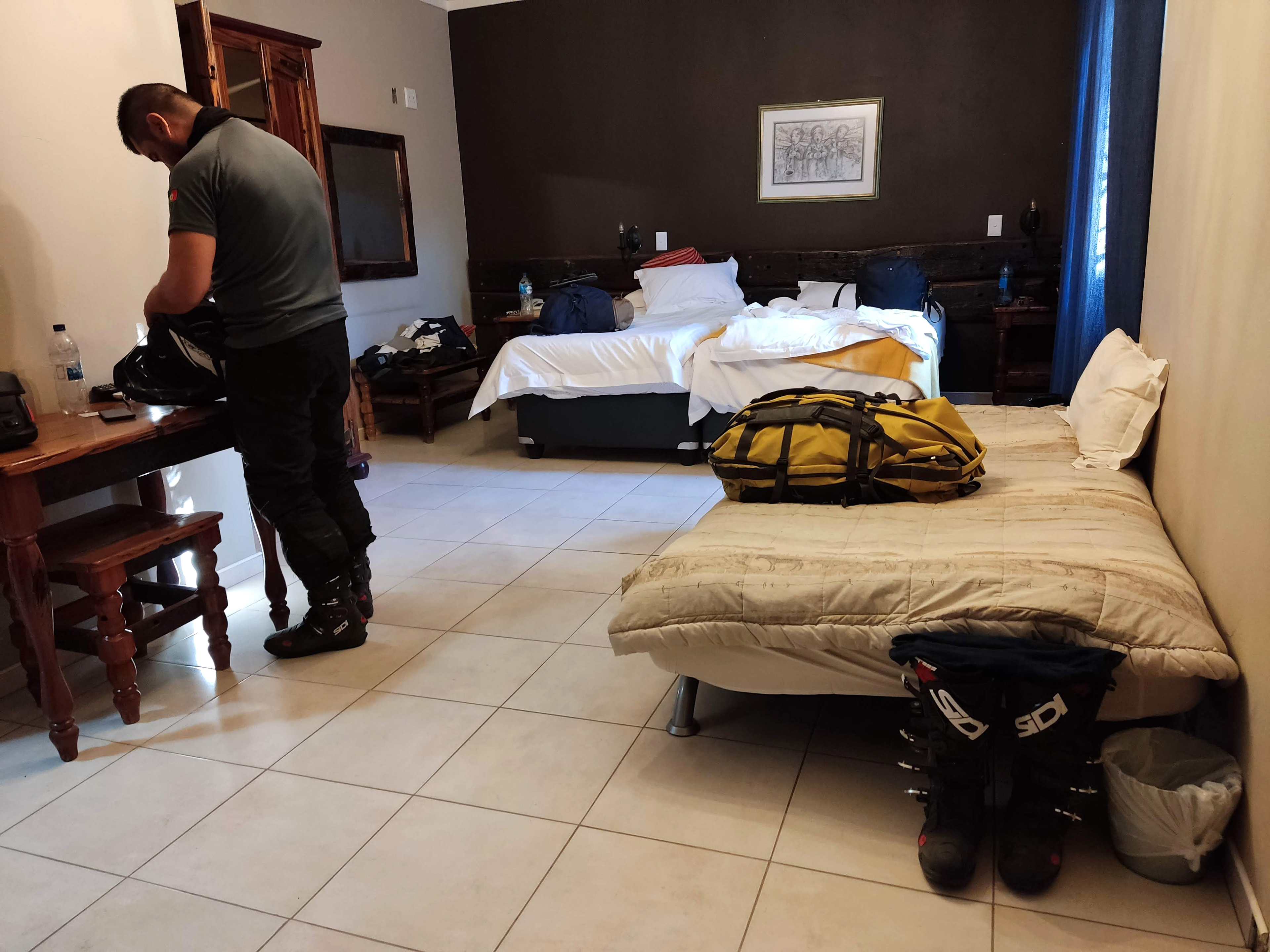
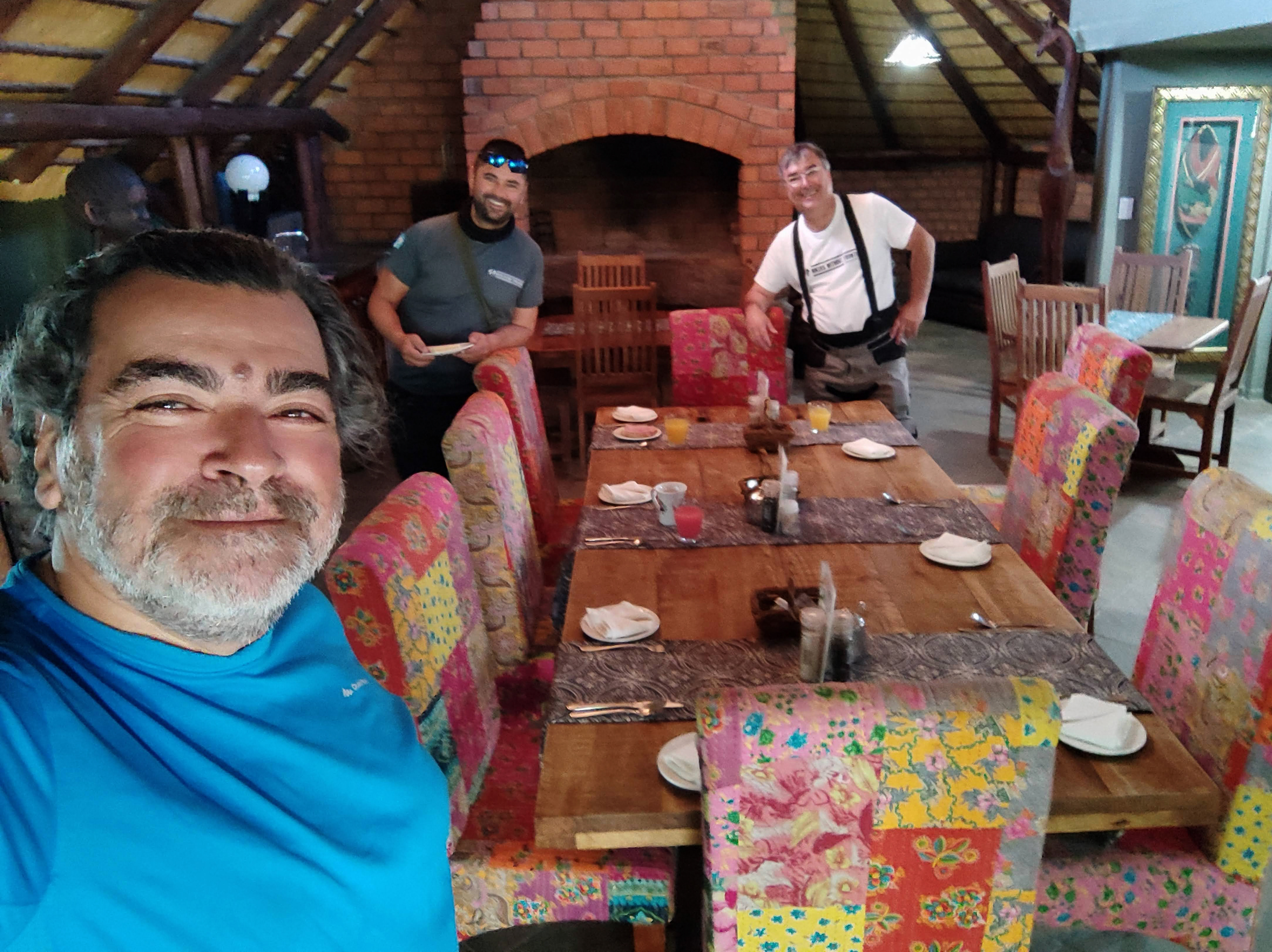
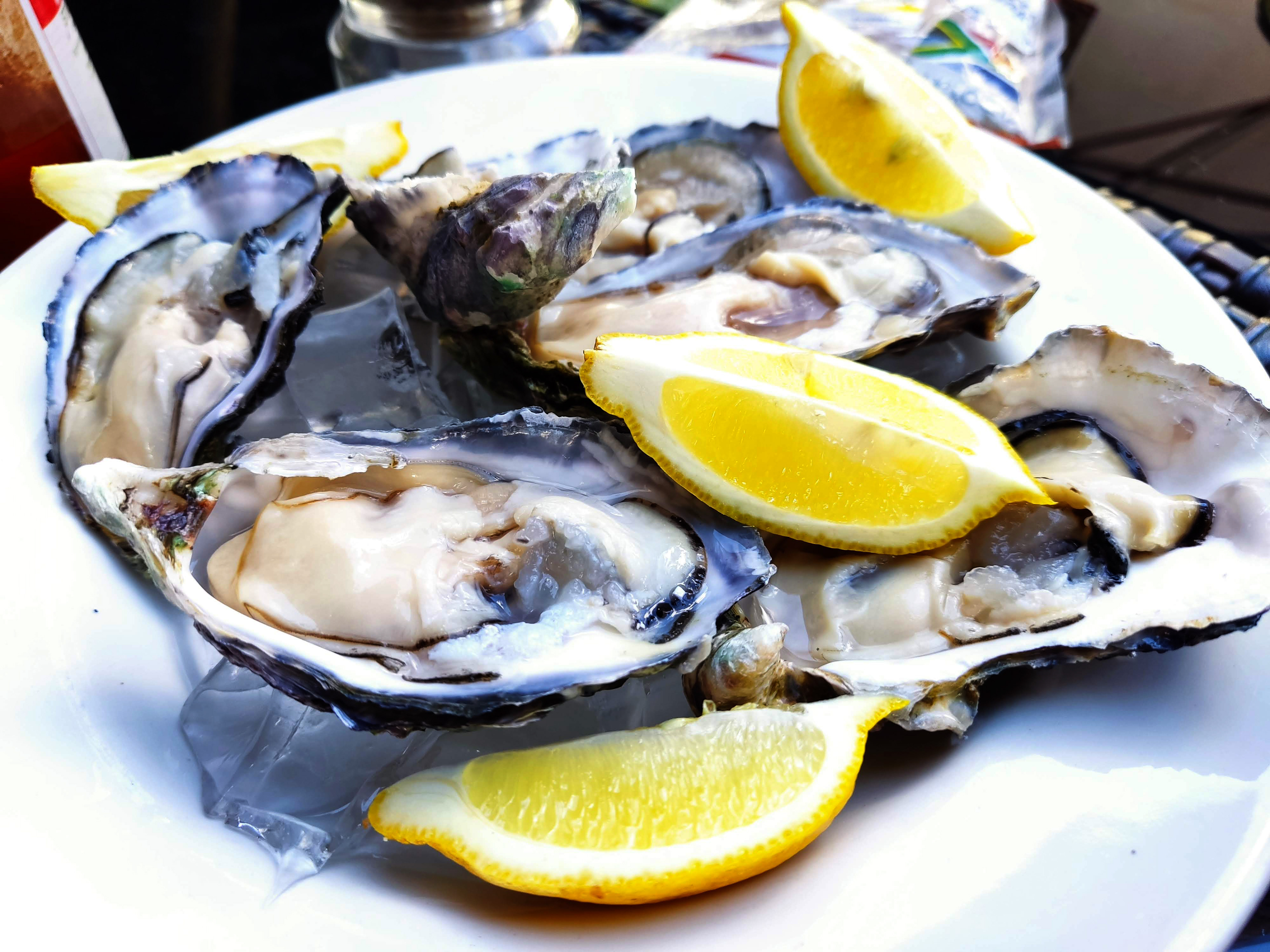
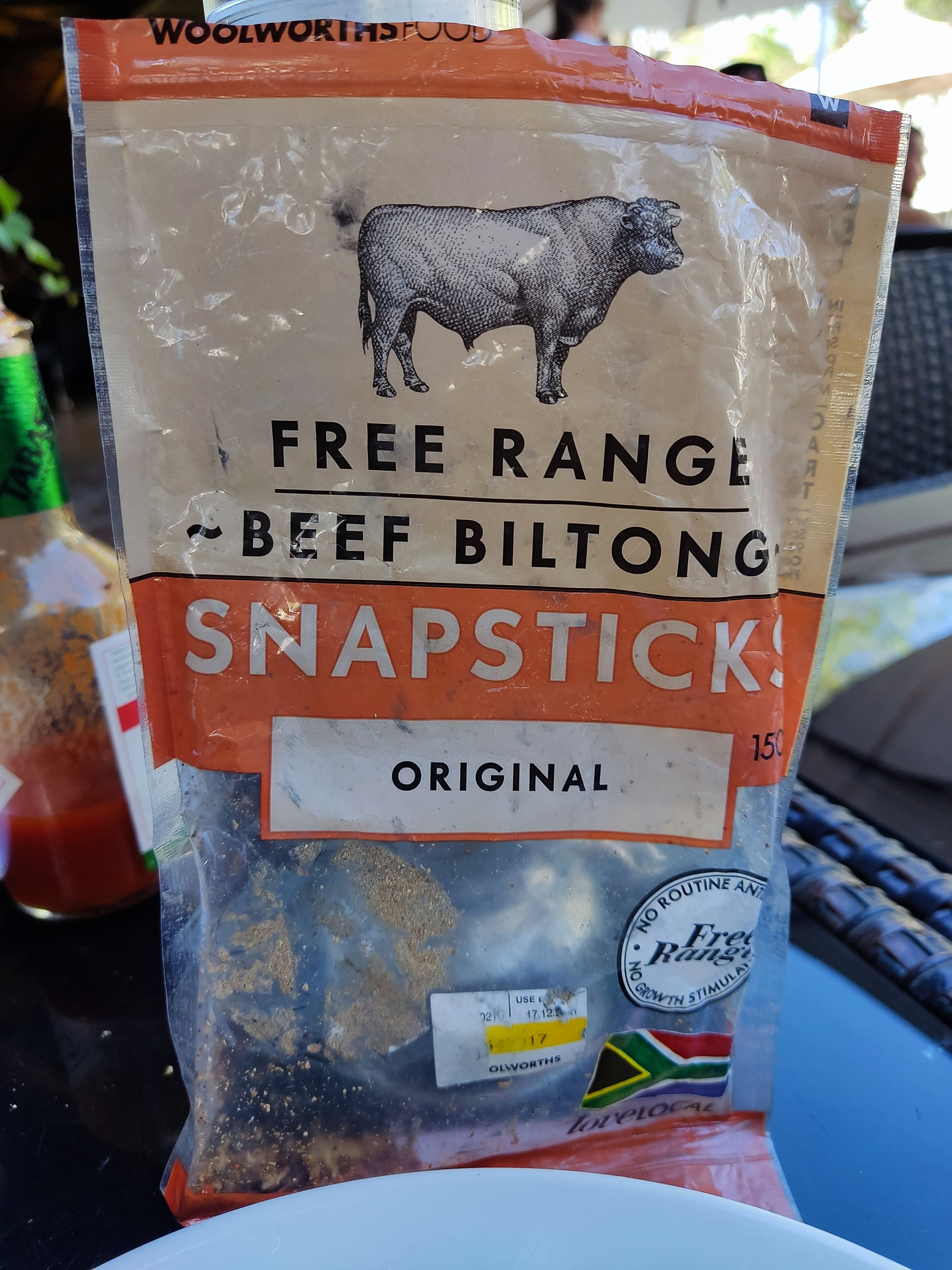
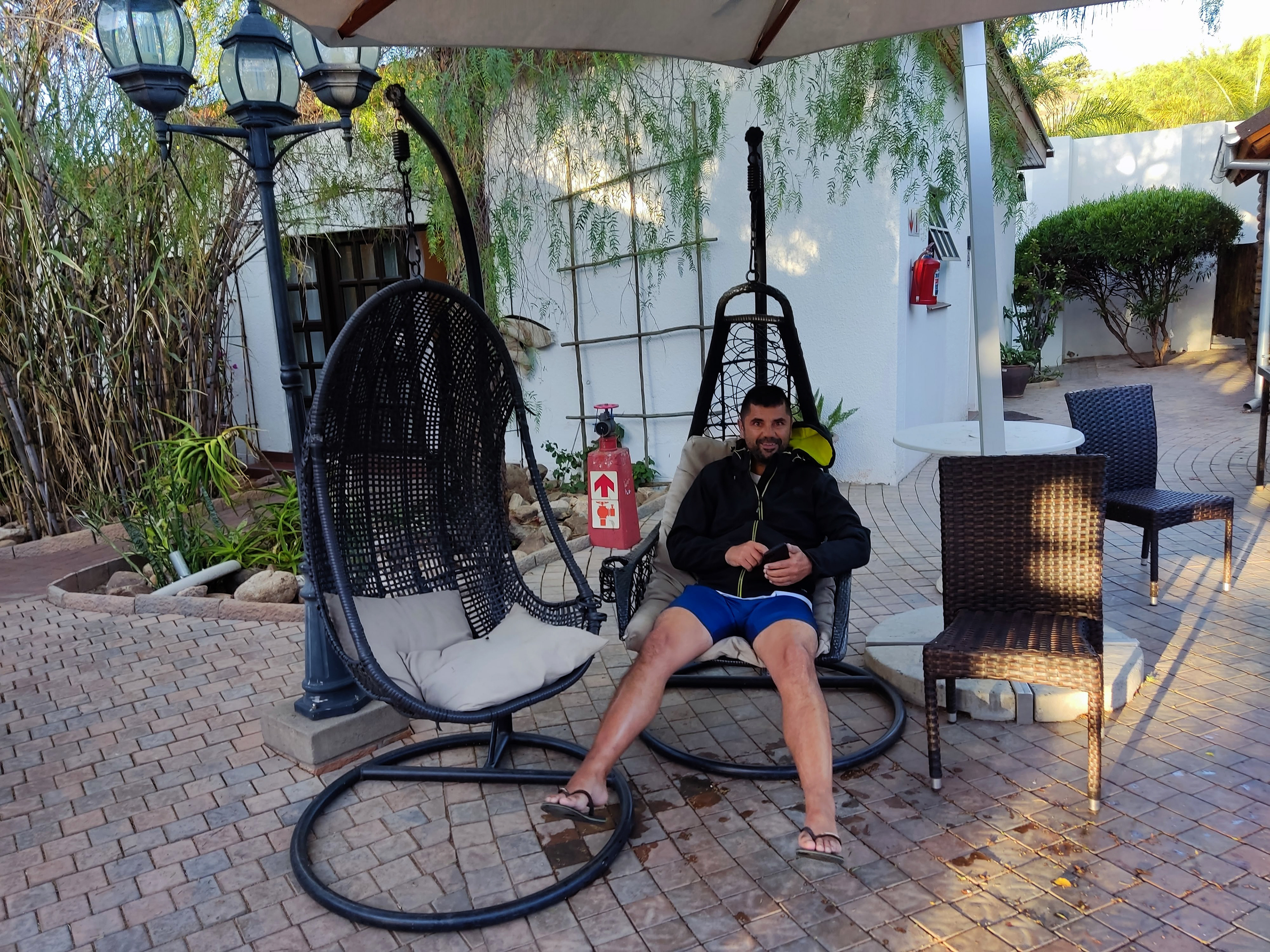
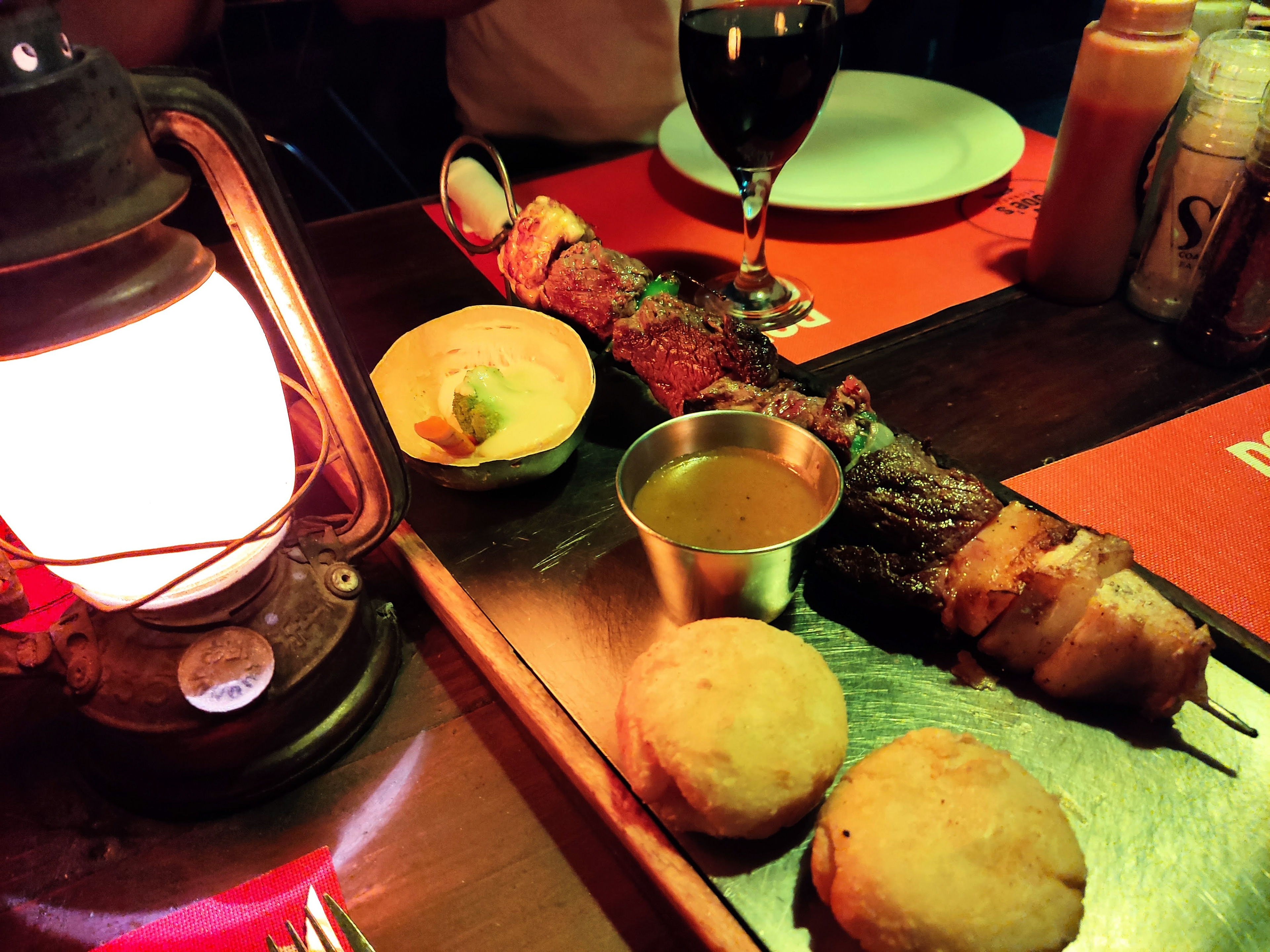
Day 7 Windhoek 🇳🇦 - Ghanzi 🇧🇼
Passagem de fronteira da Namibia para o Botswana Border crossing from Namibia to Botswana
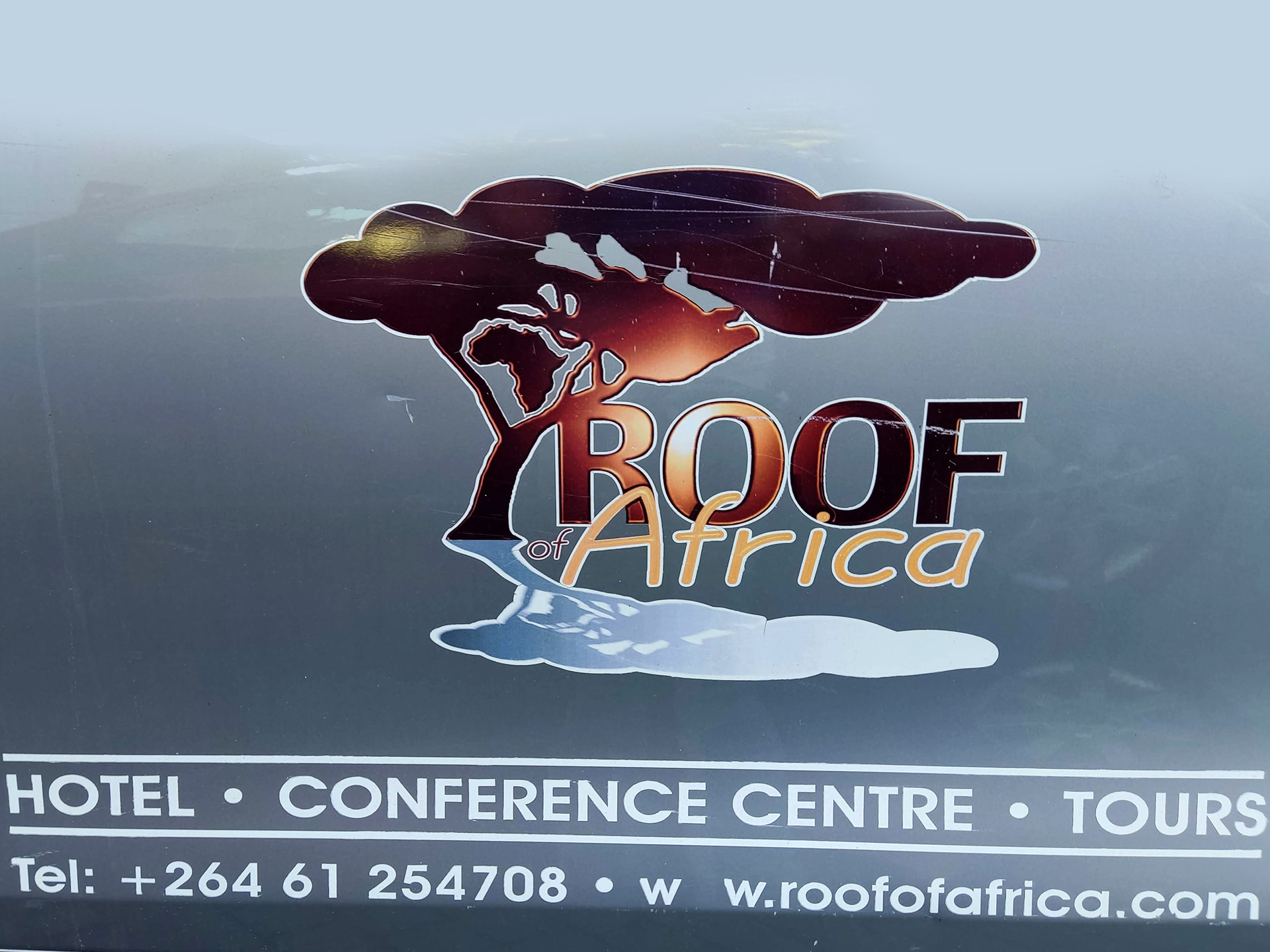
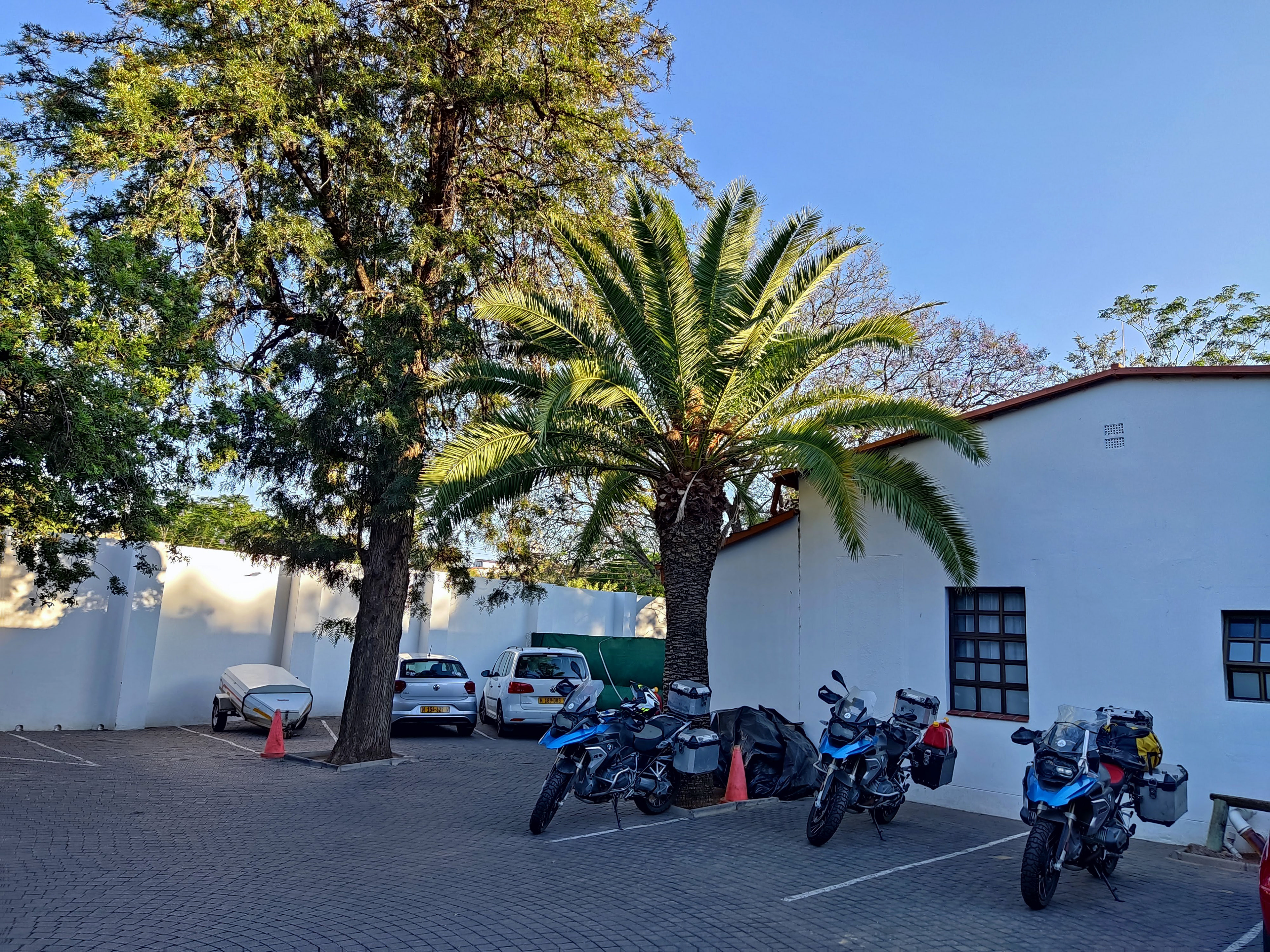
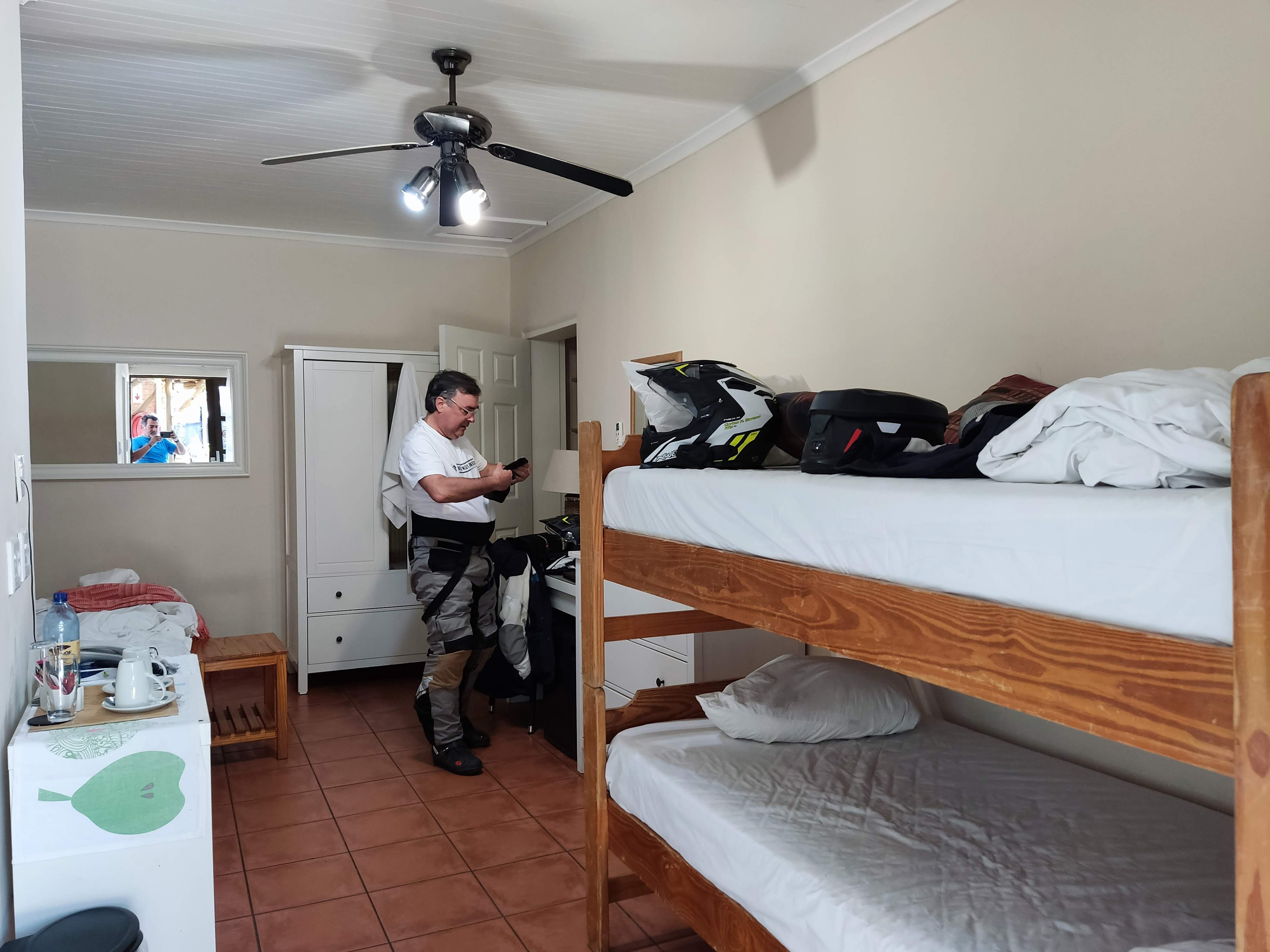
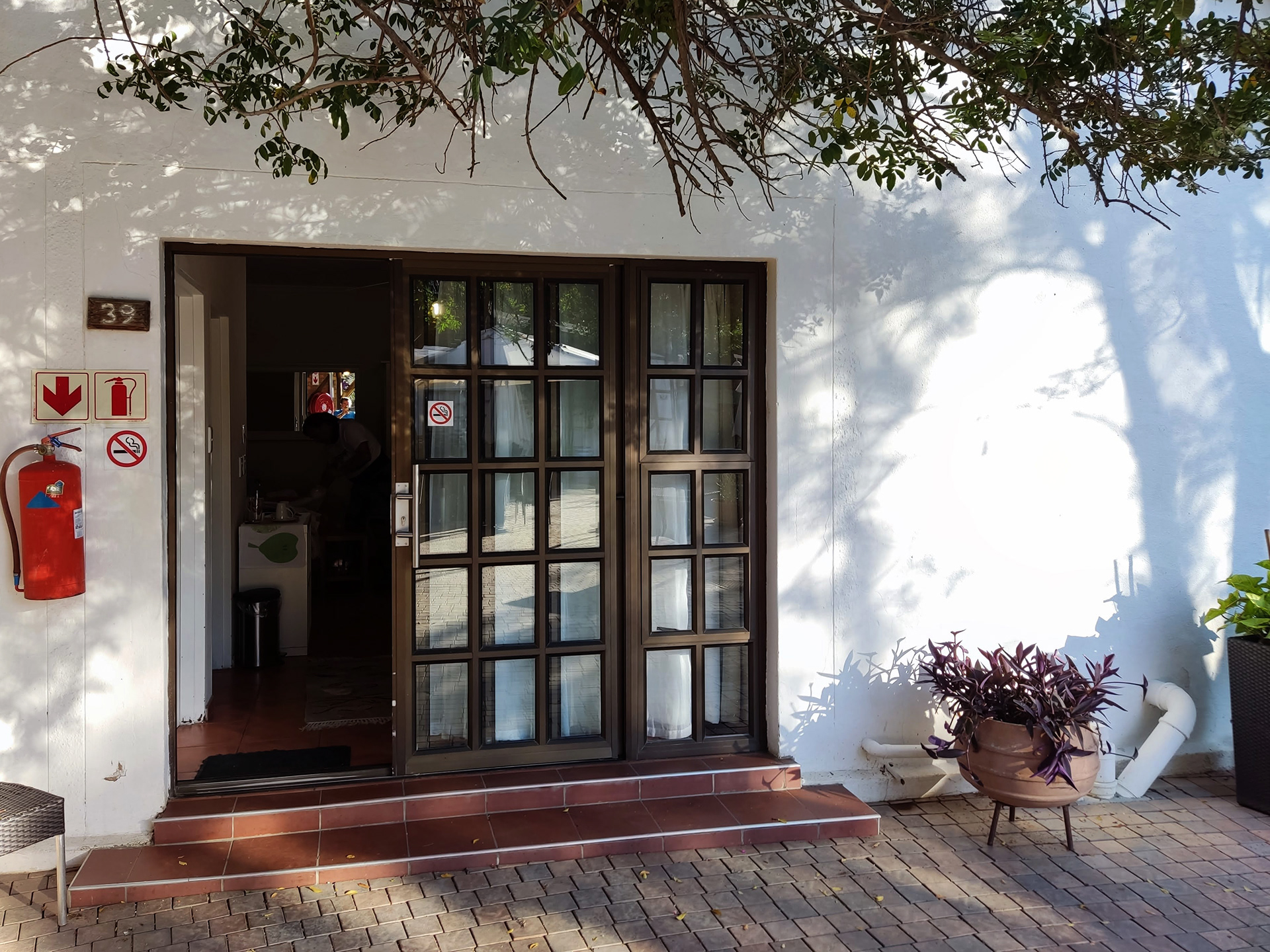
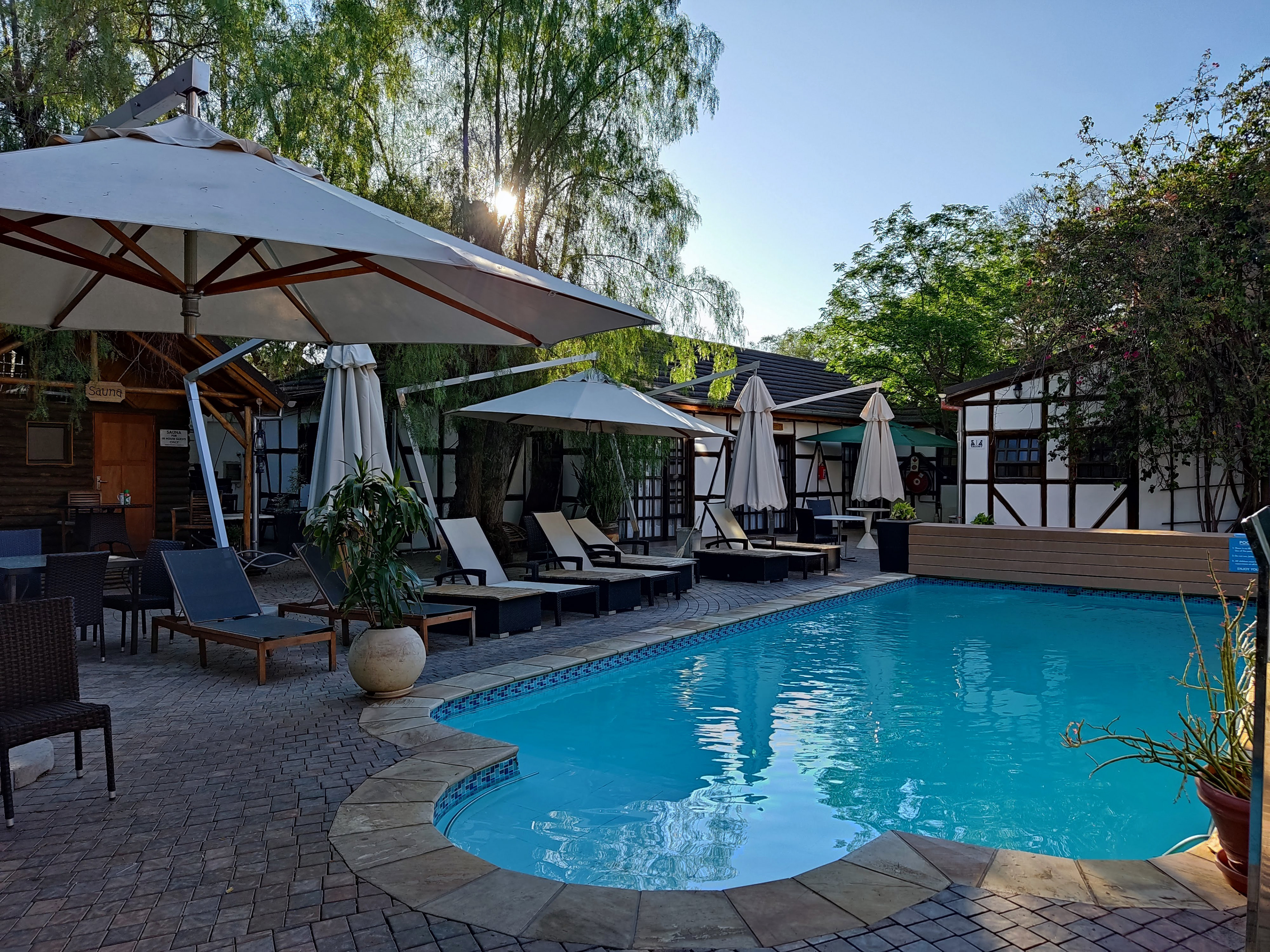







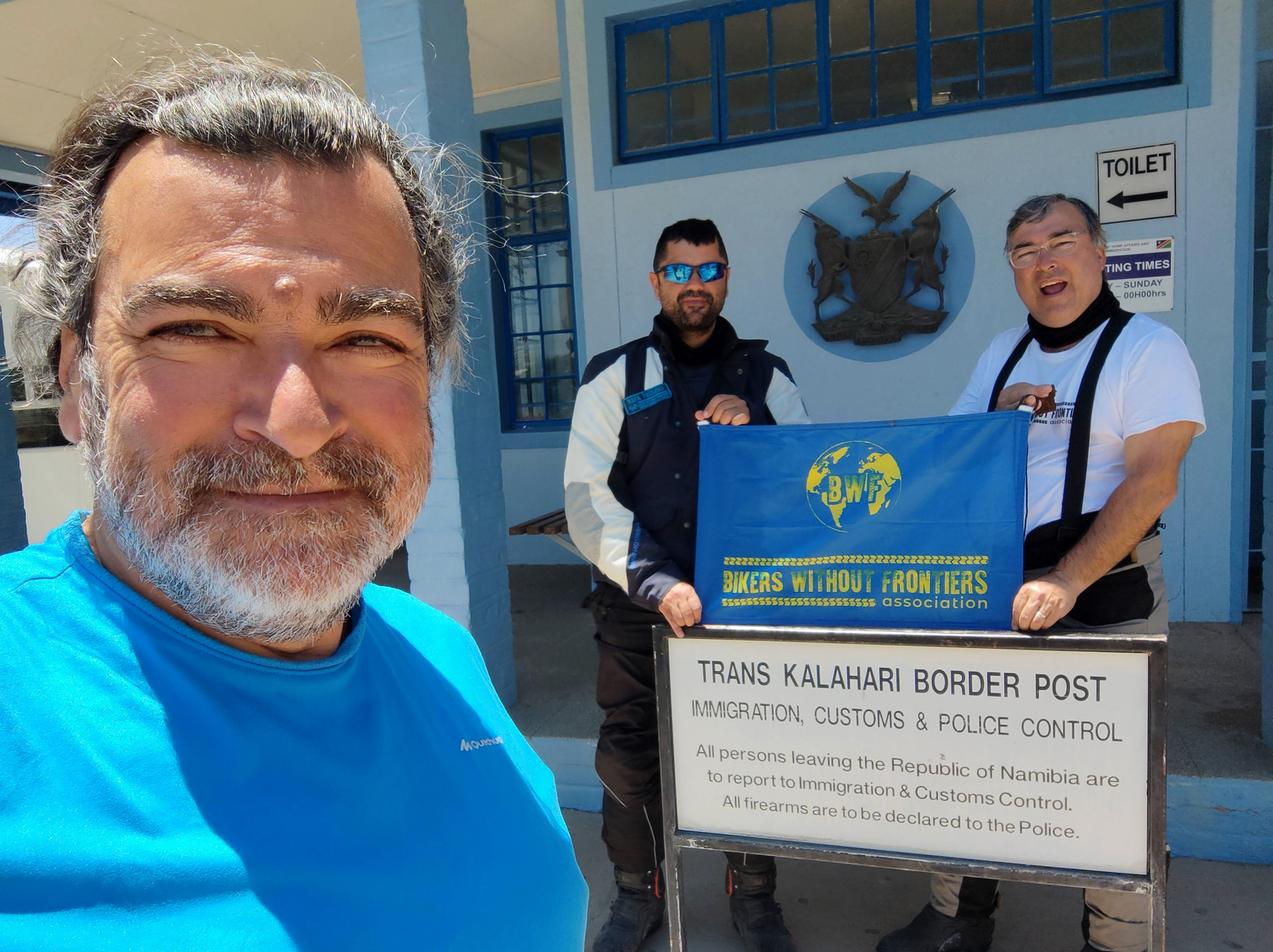
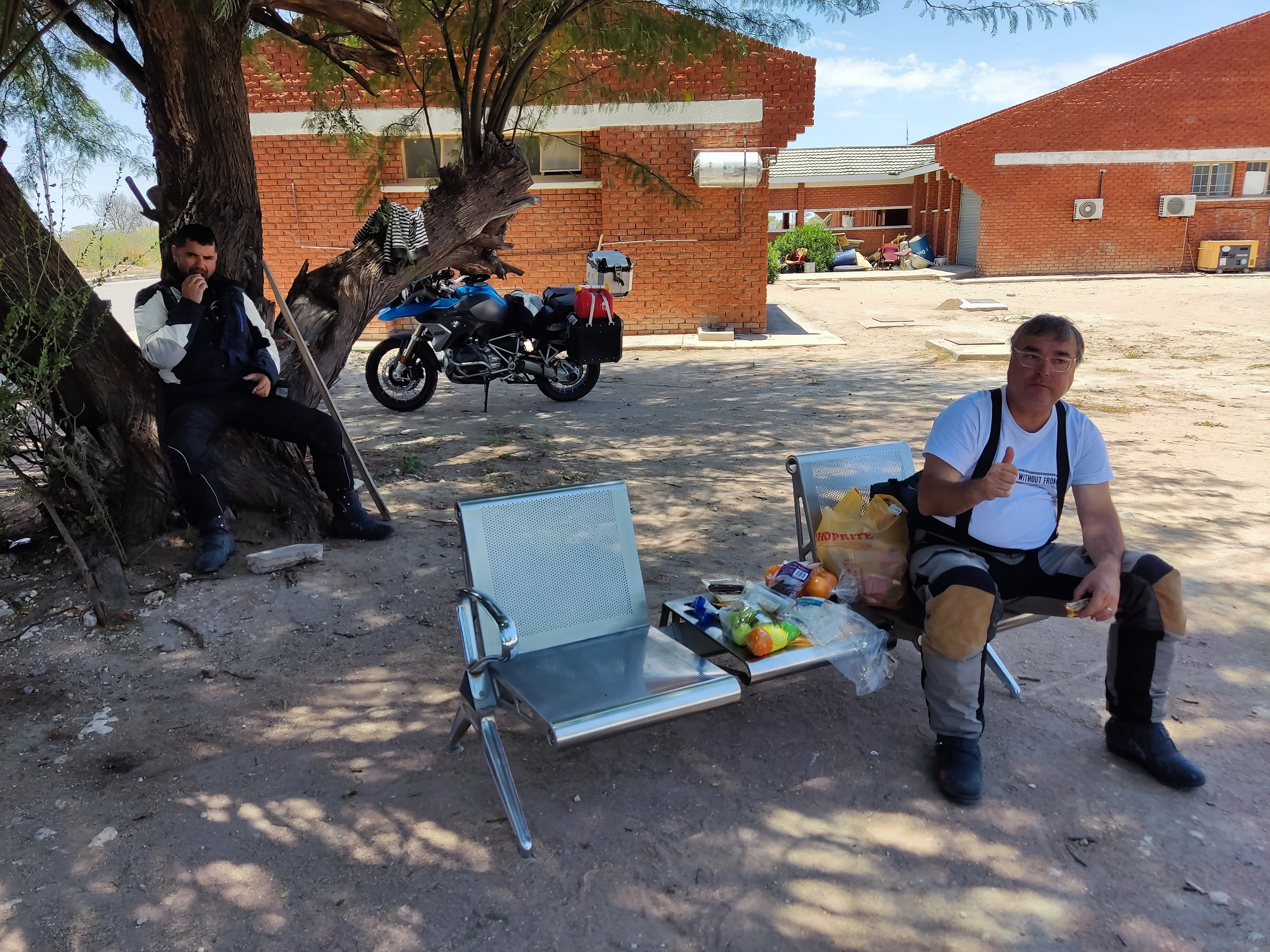
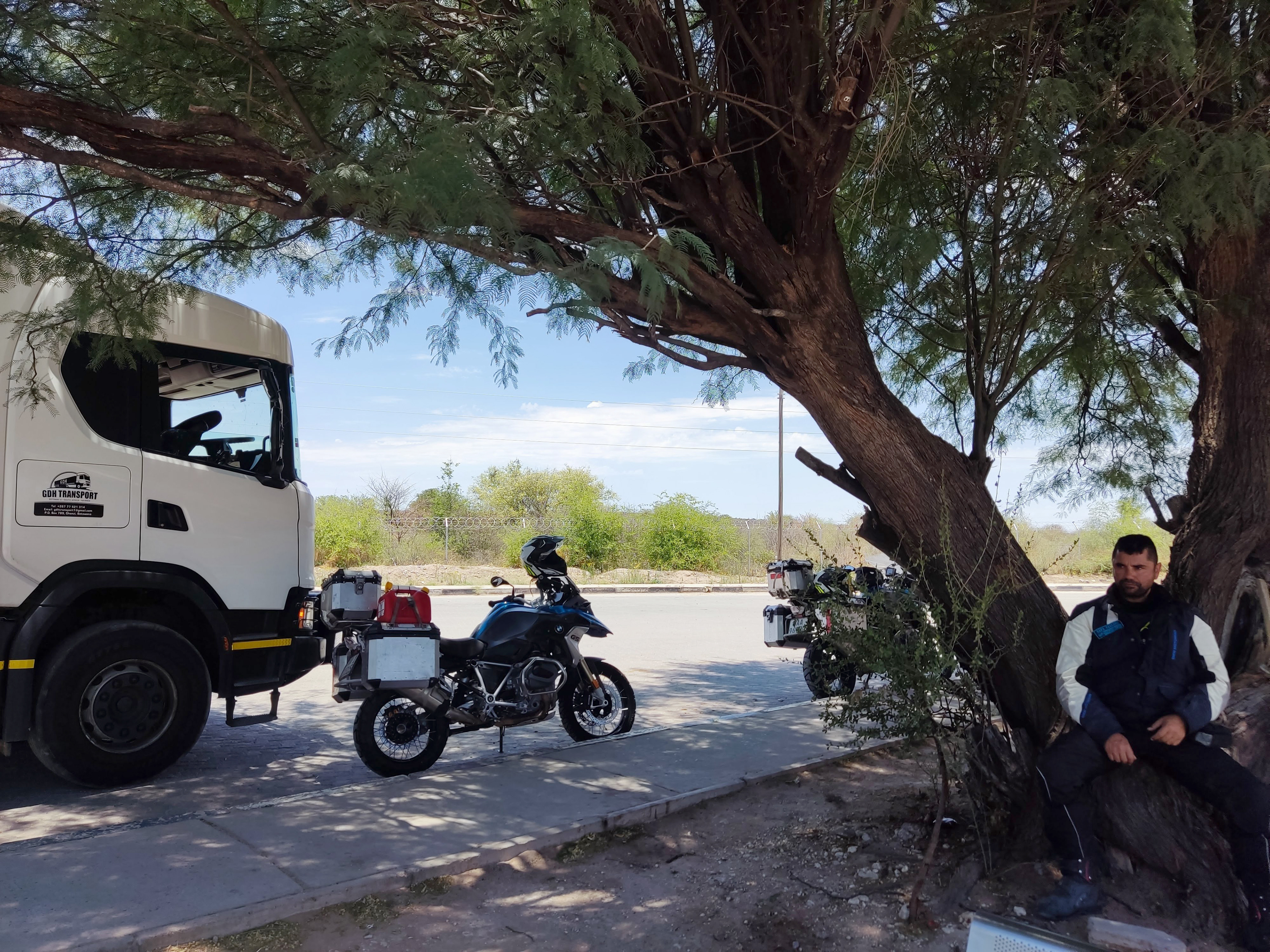
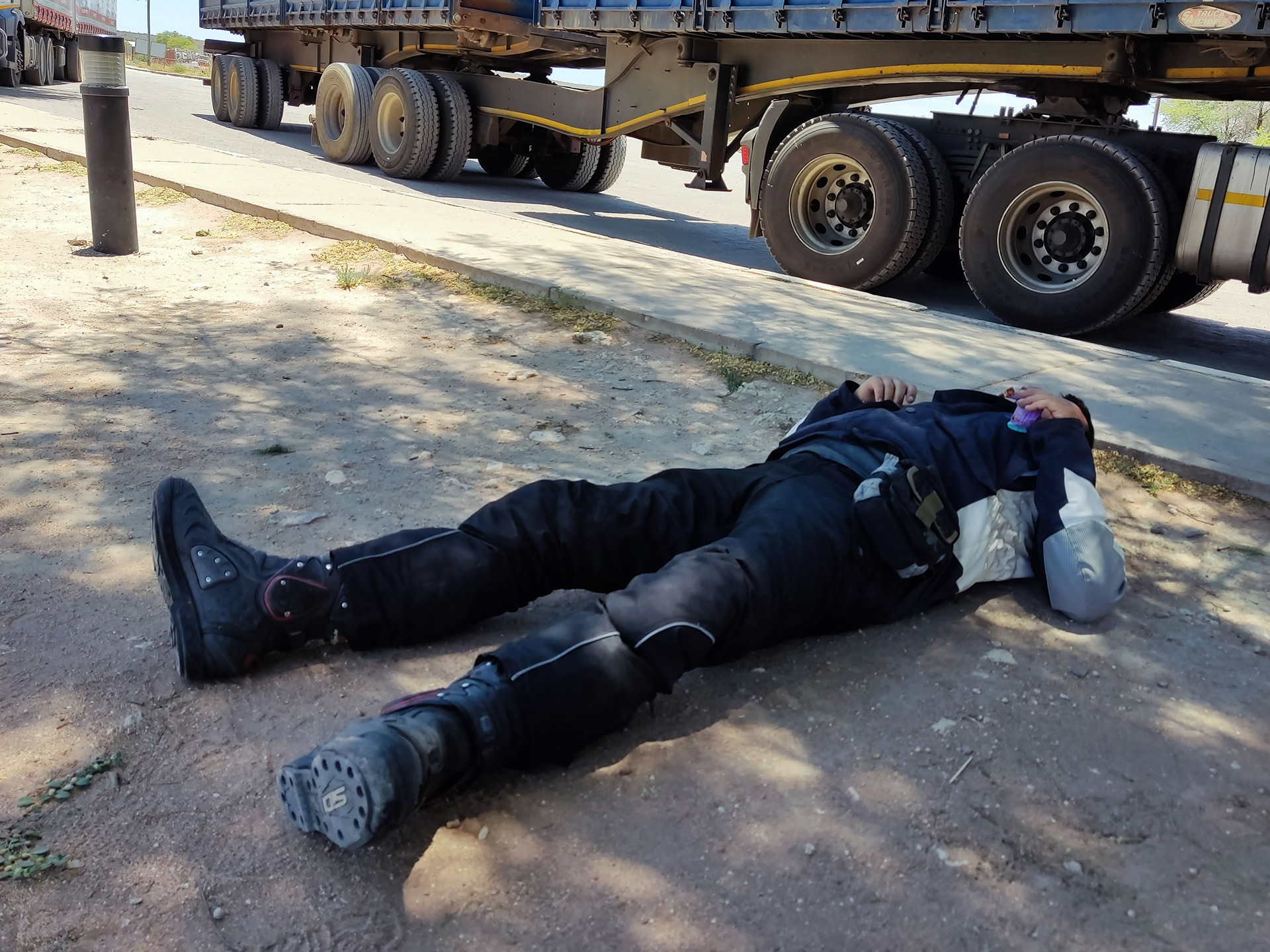
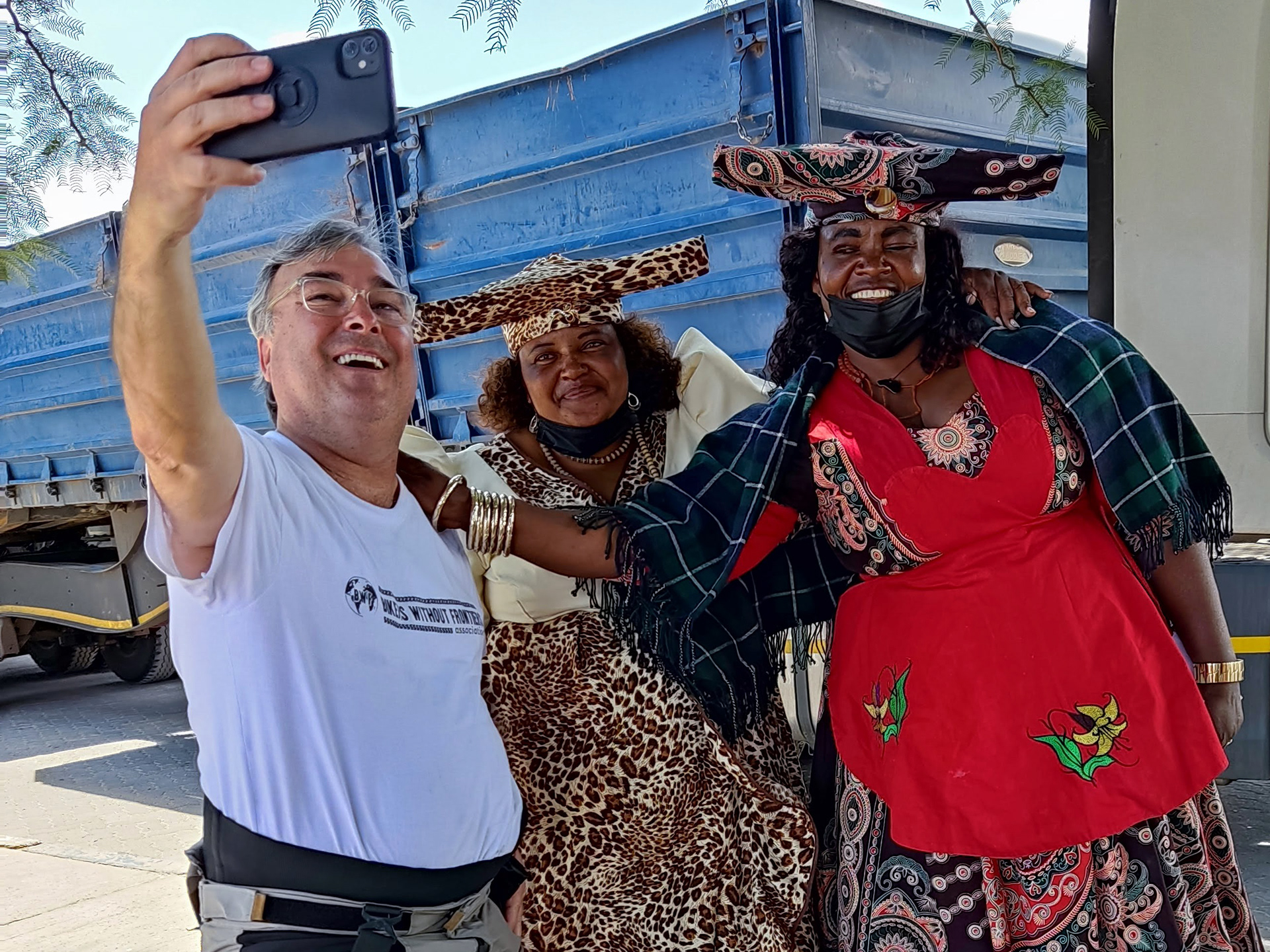

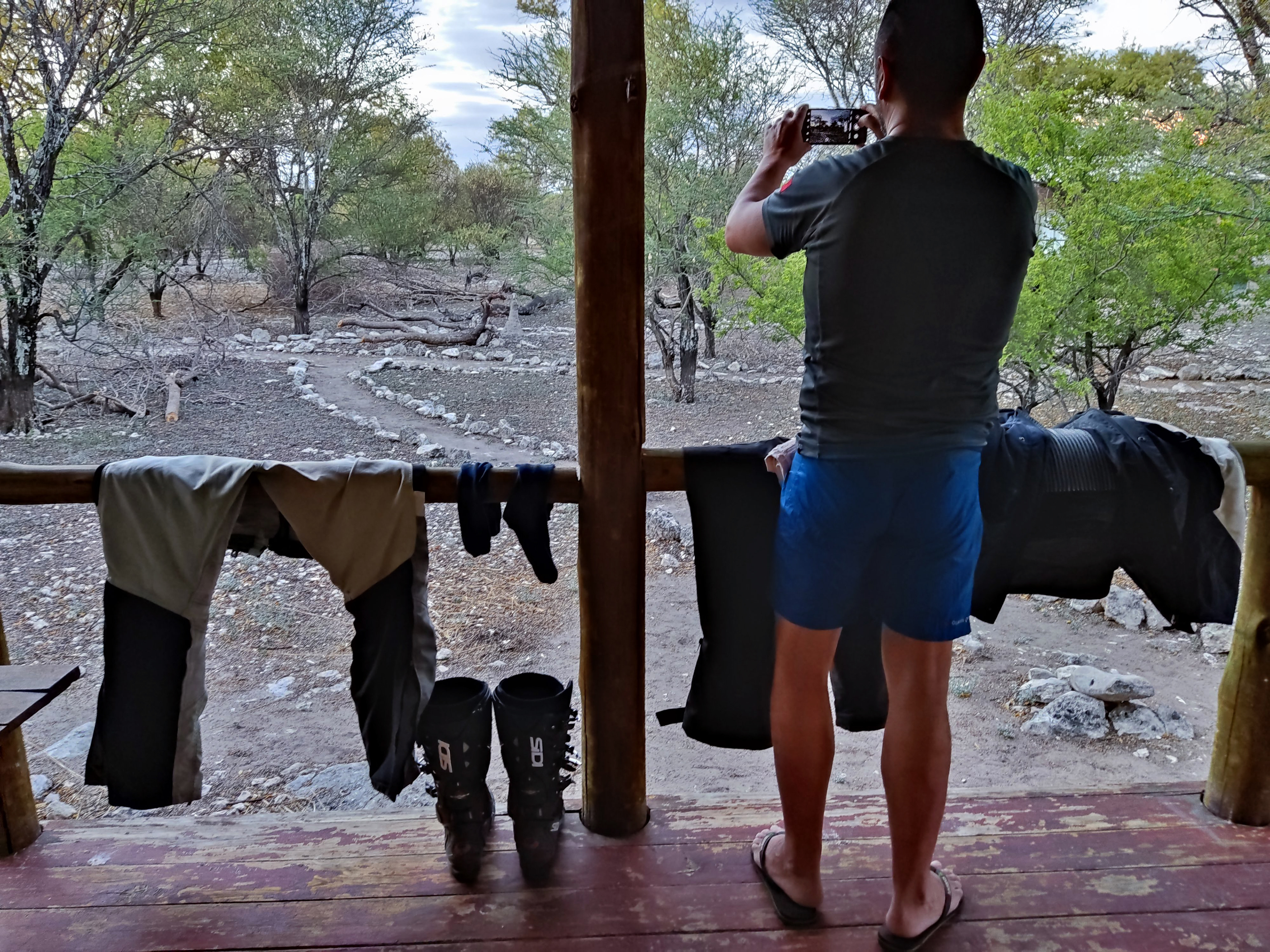
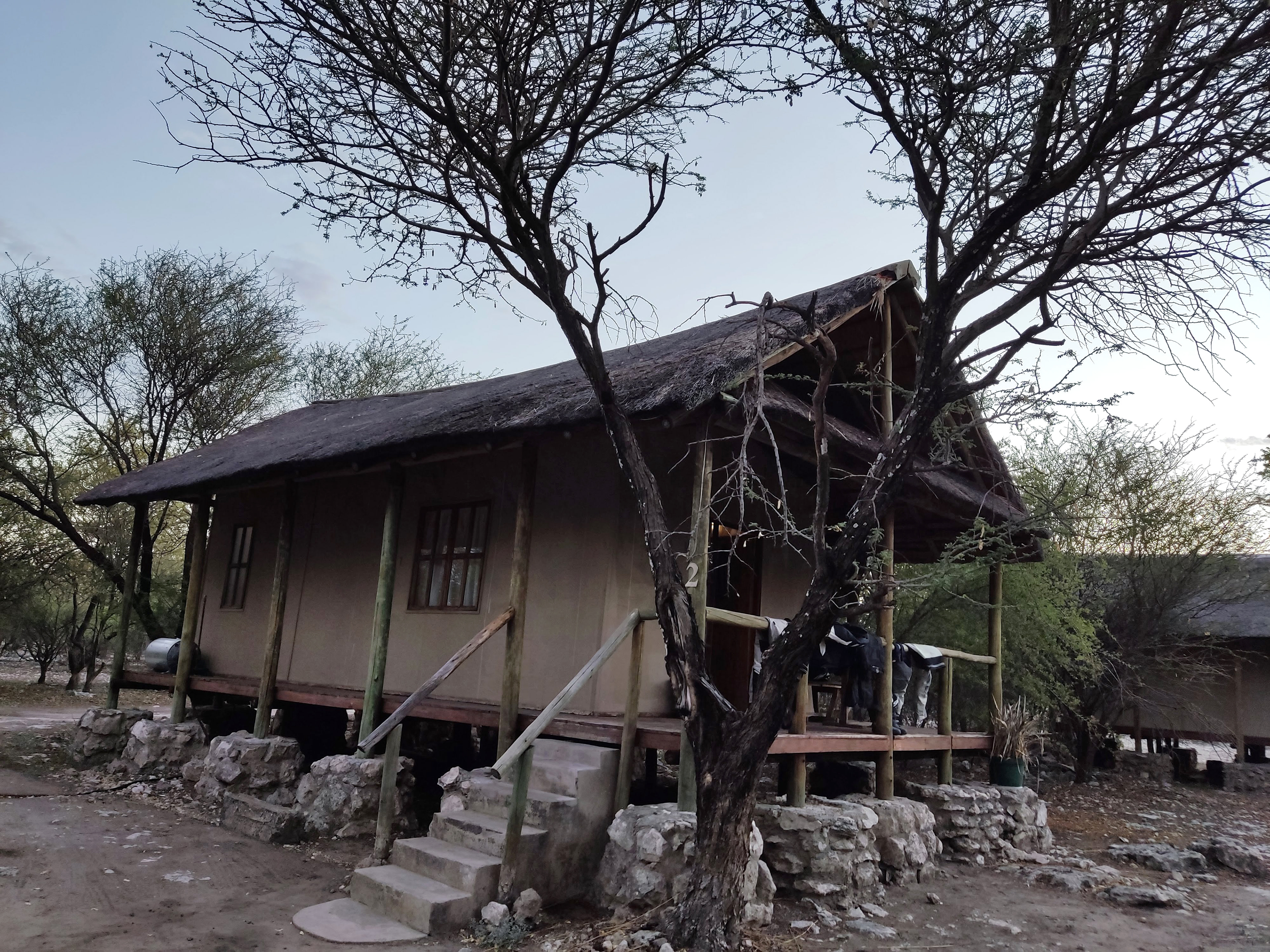
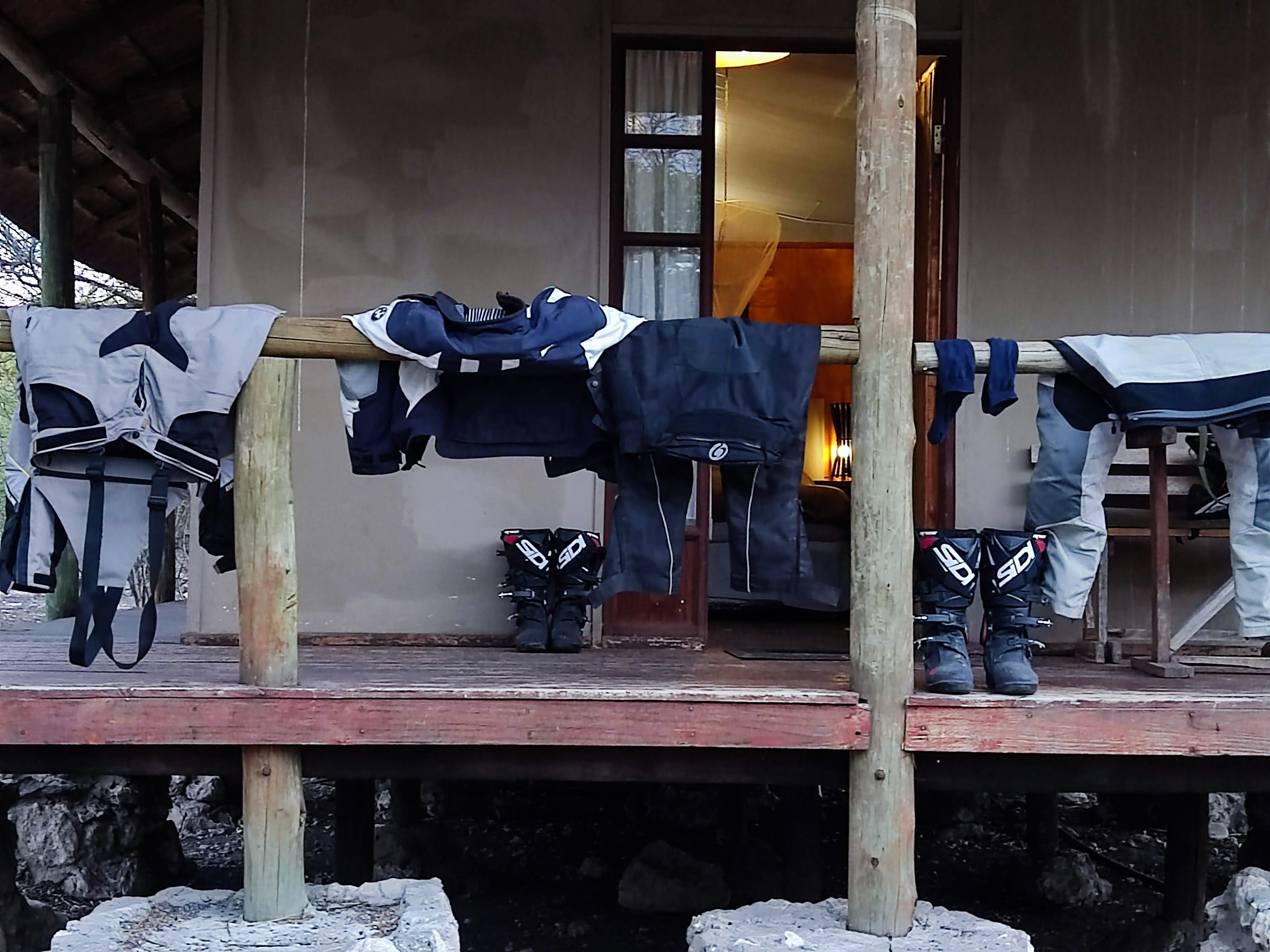
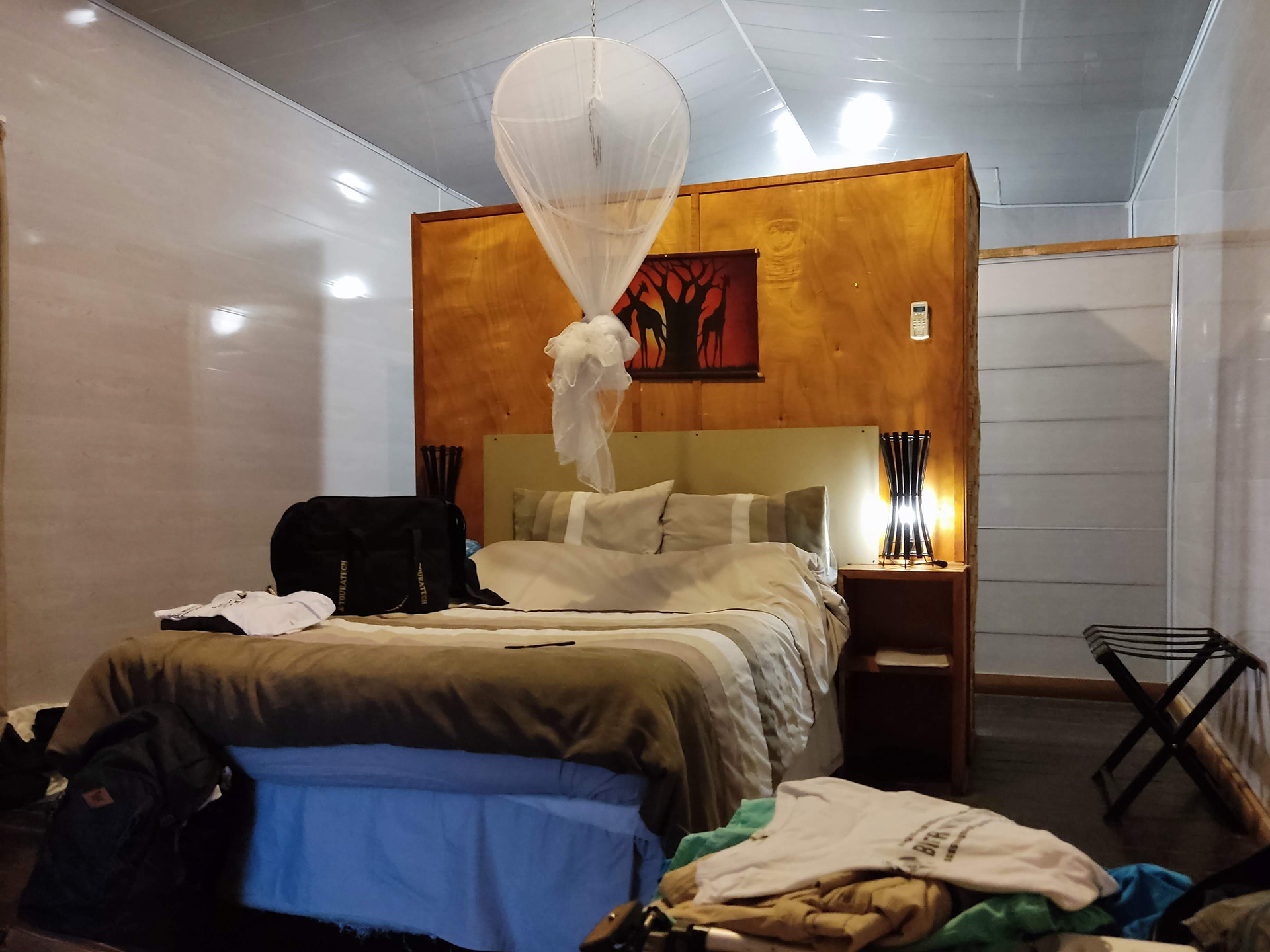
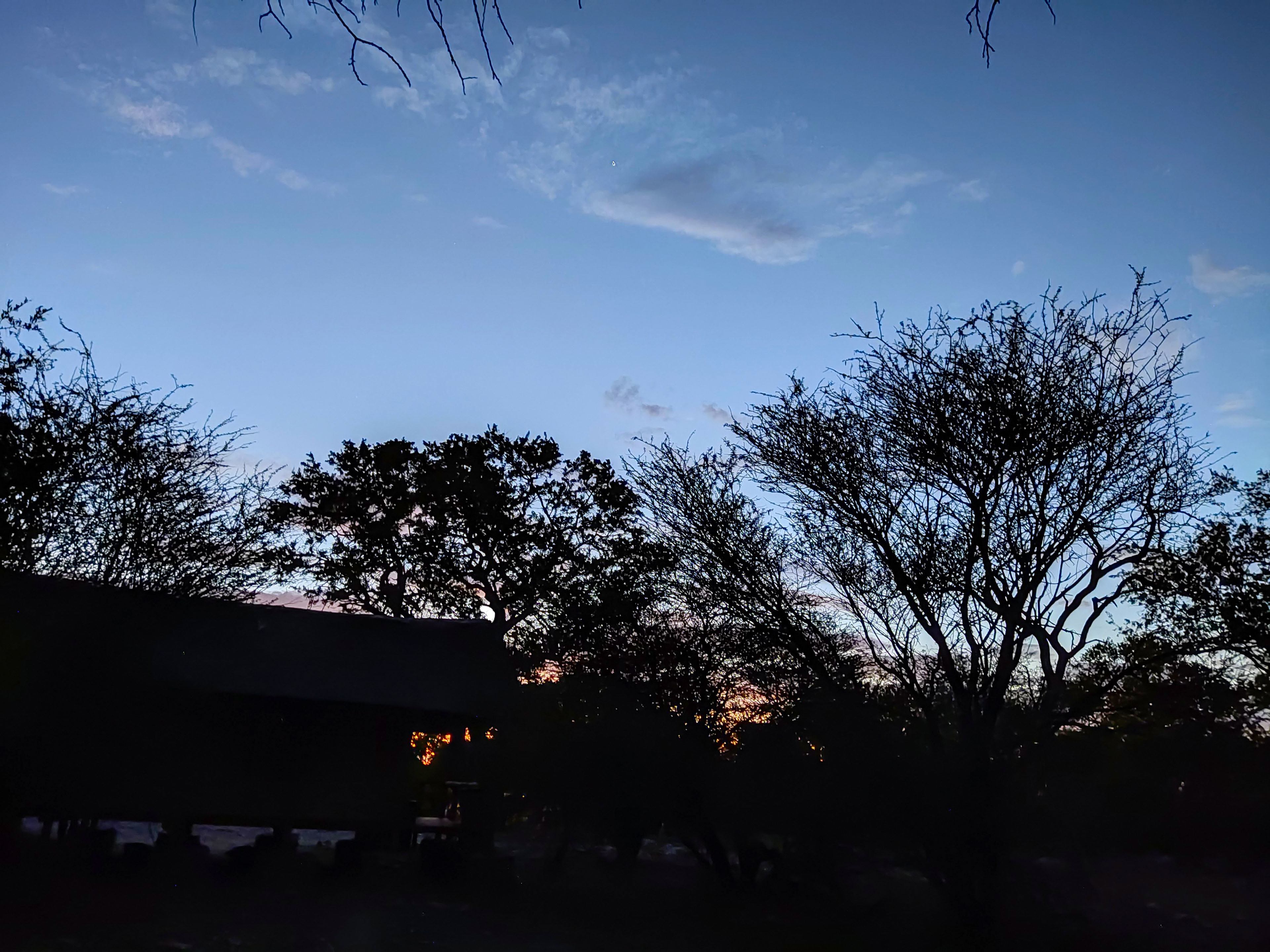
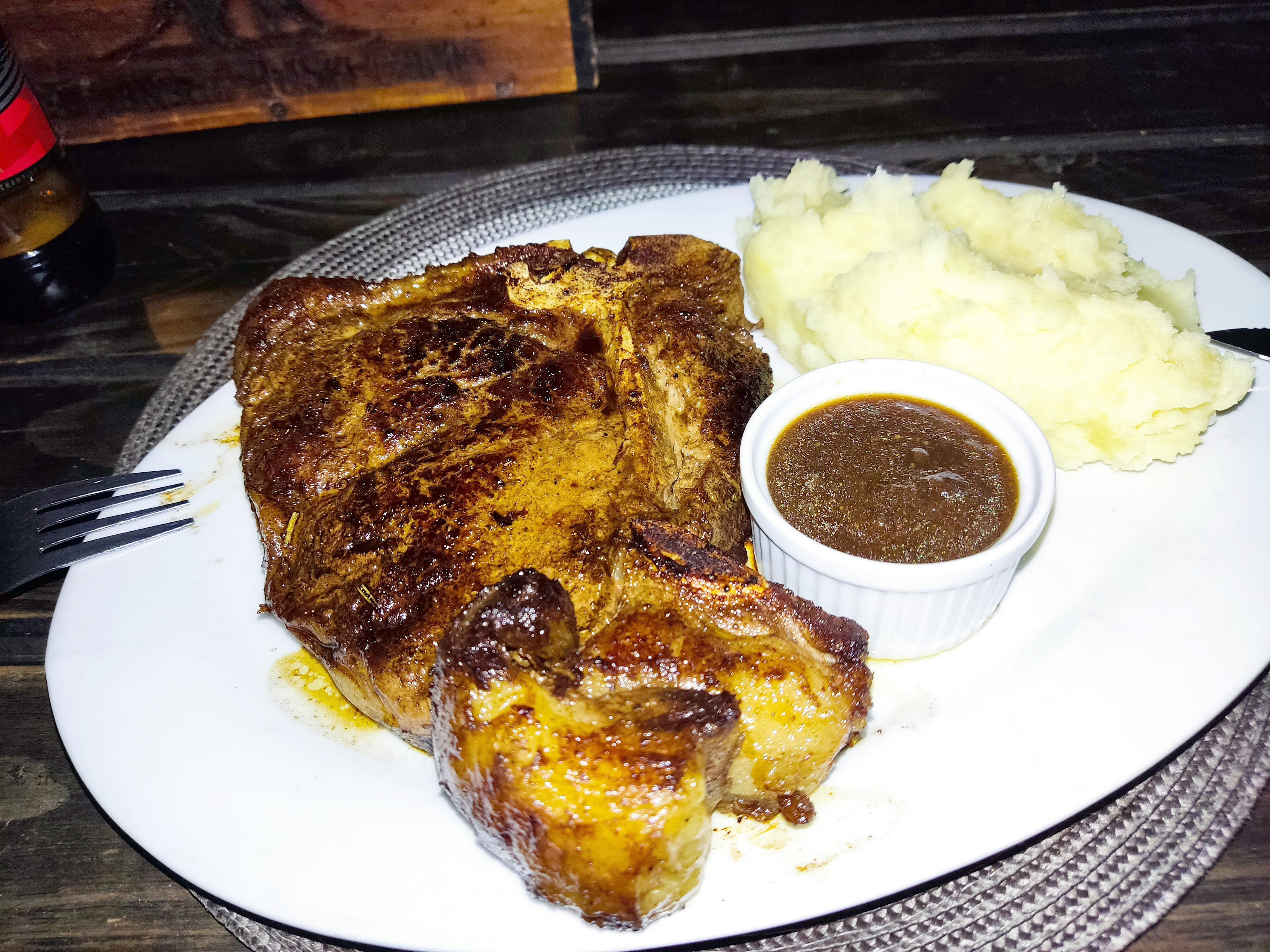
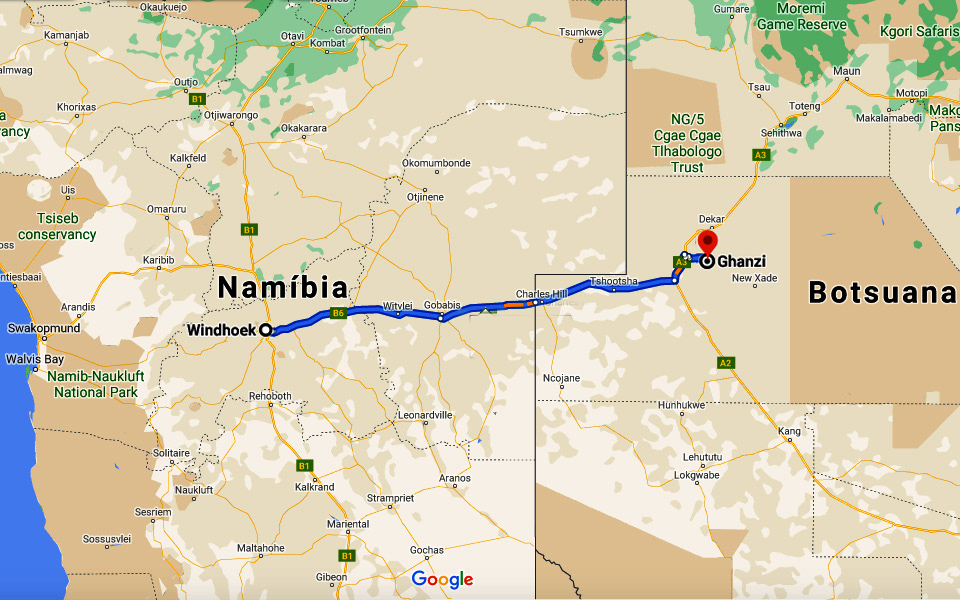
🇵🇹 Dia 8, 9 e 10
Botswana.
70% do seu território faz parte do deserto do Kalahari e 17% são Parques Nacionais, reservas da vida selvagem.
Quem gosta de passar horas assistindo aos documentários da National Geographic tem obrigatoriamente que fazer umas férias no Botswana. O Delta do Okavango é o seu expoente máximo, uma overdose de vida selvagem.
Se a passagem de fronteira para a Namíbia tinha sido fácil e rápida a entrada no Botswana embora igualmente fácil não seria tão rápida. Foram 4 horas à espera do resultado do teste covid feito ali mesmo no posto fronteiriço.
Aproveitamos para descansar e estivemos também à conversa com três simpáticas senhoras pertencentes à tribo Herero cujos vestidos são inspirados no estilo Vitoriano, são feitos de linho, são pesados e cobrem o corpo da cabeça aos pés.
Felizmente os testes chegaram e estávamos todos negativos, não imagino o que faríamos se um de nós acusasse positivo, nem sequer foi tema de conversa.
É sempre um sentimento de alívio quando montamos na moto, engatamos a primeira e rolamos num novo país, não sei explicar mas é uma alegria, é assim como se tivéssemos passado num exame.
Entrar no Botswana é entrar numa África diferente da África do Sul e da Namíbia, o deserto do Kalahari é arrebatador.
Arrebatador e surpreendente foi o local onde ficamos alojados na nossa primeira noite neste novo país, perto da cidade de Ghanzi fica o Thakadu Bush Camp mesmo no meio do bush que é a palavra inglesa para mato. Jantamos com vista para um pequeno lago onde vários antílopes foram matar a sede e dormimos rodeados pelos sons do mato, são experiências maravilhosas.
Na manhã do dia seguinte esperava-nos uma outra experiência que estou certo nenhum de nós vai esquecer.
Manhã bem cedo que o sol do Kalahari é impiedoso, dois homens e uma mulher recebem-nos com um sorriso. Estamos numa aldeia Bushman a 20 minutos a pé do nosso alojamento e a uma hora de carro da cidade mais próxima, Ghanzi, no Botswana ocidental.
É uma aldeia dos bosquímanos Basarwa - Kalahari, os primeiros habitantes da África Austral que, no entanto, não retiram grande vantagem dessa honra. A história deste povo daria para uma longa prosa.
Vou despachar-me dizendo que se daqui a 10 anos visitarem esta região provavelmente já não terão a sorte que nós tivemos de poder conviver com este povo maravilhoso, a sua extinção está eminente.
No Botswana os inúmeros Parques Nacionais, reservas da vida selvagem não têm vedação, a possibilidade de na estrada nos cruzarmos com uma manada de elefantes, girafas ou zebras é enorme e claro que nos aconteceu, várias vezes. Rodar numa moto no deserto onde as temperaturas chegam aos 40º é só por si cansativo e desgastante, impunha-se um diazinho de descanso sem moto, claro que a motivação para a paragem não era o cansaço, (quem anda de moto por gosto não cansa), tínhamos de fazer um Safari, estávamos no local certo,a cidade de Maun, a 90 kms do Moremi Game Reserve o único Parque Nacional do Delta do Okavango. Com 3.900 quilômetros quadrados esta reserva alberga a mais variada e rica fauna e flora africana.
Choveu desde que saímos das nossas tendas no Audi Camp pelas 5 horas da manhã até que voltamos 12 horas depois. Percorrer os trilhos do Moremi é ser protagonista de um documentário do National Geographic, quase que dá para ouvir em fundo a voz de Sir David Attenborough. Estar a poucos metros de um enorme elefante é qualquer coisa indescritível.
O meu querido Botswana ía ficar para trás, o nosso destino era o Hospital Geral do Marrere em Nampula e ainda estávamos muito longe. De Maun seguimos para Nata e depois Kazane, muitos elefantes e girafas se cruzaram connosco, numa estação de serviço em Gweta, aliás a única num raio de 300 kms descobrimos um autocolante de uma grande viajante overlander, a Kinga, sabíamos que ela andava por ali, teria sido interessante encontrá-la, mas ficamo-nos pelo autocolante.
Chegámos a um local que talvez seja único no Mundo, não sei. O rio Zambeze é fronteira comum para 4 países, Botswana, Namíbia, Zimbabué e Zâmbia. Seriam menos quilómetros irmos pelo Zimbabué mas a crise económica e política que há anos assola este país fez-nos optar pela Zâmbia.
Atravessámos a novíssima ponte de Kazungula e deparamos também com posto fronteiriço acabadinho de inaugurar, com a grande vantagem de os dois países partilharem o mesmo edifício facilitando assim a vida aos viajantes. Não os vou maçar com a descrição dos trâmites fronteiriços mas foram penosos e pela primeira vez deparámo-nos com a tão falada corrupção africana.
🇬🇧 Day 8, 9 and 10
Botswana
Botswana
70% of its territory is part of the Kalahari Desert and 17% are National Parks, wildlife reserves.
Anyone who likes to spend hours watching National Geographic documentaries must take a vacation in Botswana. The Okavango Delta is the ultimate exponent, an overdose of wildlife.
If the border crossing into Namibia had been quick and easy, the entry into Botswana, although just as easy, was not so quick. We spent four hours waiting for the result of the Covid test, which was carried out right there at the border post.
We took the opportunity to rest and also had a chat with three nice ladies belonging to the Herero tribe whose dresses are inspired by the Victorian style, are made of linen, are heavy and cover the body from head to toe.
Luckily the tests came back and we were all negative, I can't imagine what we'd do if one of us tested positive, it wasn't even a topic of conversation.
It's always a feeling of relief when you get on the bike, start it up and roll into a new country, I can't explain it but it's a joy, it's as if you've passed an exam.
Luckily the tests came back and we were all negative, I can't imagine what we'd do if one of us tested positive, it wasn't even a topic of conversation.
It's always a feeling of relief when you get on the bike, start it up and roll into a new country, I can't explain it but it's a joy, it's as if you've passed an exam.
Entering Botswana is entering a different Africa from South Africa and Namibia, the Kalahari Desert is breathtaking.
Breathtaking and surprising was the place where we stayed on our first night in this new country, near the town of Ghanzi is Thakadu Bush Camp right in the middle of the bush.
Breathtaking and surprising was the place where we stayed on our first night in this new country, near the town of Ghanzi is Thakadu Bush Camp right in the middle of the bush.
We had dinner overlooking a small lake where several antelopes came to quench their thirst and we slept surrounded by the sounds of the bush, wonderful experiences.
The next morning another experience awaited us that I'm sure none of us will forget.
Early in the morning, the Kalahari sun is merciless and two men and a woman welcome us with a smile. We are in a Bushman village a 20-minute walk from our lodge and an hour's drive from the nearest town, Ghanzi, in western Botswana.
It is a village of the Basarwa - Kalahari Bushmen, the first inhabitants of southern Africa who, however, do not take much advantage of this honor. The story of these people would make for a long prose.
I'll just say that if you visit this region in 10 years' time, you probably won't be as lucky as we were to be able to live with these wonderful people - their extinction is imminent.
In Botswana, the countless National Parks and wildlife reserves are unfenced, so the possibility of coming across a herd of elephants, giraffes or zebras on the road is enormous, and of course it has happened to us several times.
Early in the morning, the Kalahari sun is merciless and two men and a woman welcome us with a smile. We are in a Bushman village a 20-minute walk from our lodge and an hour's drive from the nearest town, Ghanzi, in western Botswana.
It is a village of the Basarwa - Kalahari Bushmen, the first inhabitants of southern Africa who, however, do not take much advantage of this honor. The story of these people would make for a long prose.
I'll just say that if you visit this region in 10 years' time, you probably won't be as lucky as we were to be able to live with these wonderful people - their extinction is imminent.
In Botswana, the countless National Parks and wildlife reserves are unfenced, so the possibility of coming across a herd of elephants, giraffes or zebras on the road is enormous, and of course it has happened to us several times.
Riding a motorcycle in the desert, where temperatures reach 40º, is in itself tiring and exhausting, so we needed a rest day without the motorcycle. Of course, the motivation for the stopover wasn't tiredness (people who ride motorcycles for pleasure don't get tired), we had to go on safari and we were in the right place, the town of Maun, 90 kms from the Moremi Game Reserve, the only National Park in the Okavango Delta. Covering 3,900 square kilometers, this reserve is home to Africa's richest and most varied flora and fauna.
It rained from the time we left our tents at Audi Camp at 5am until we returned 12 hours later. Walking the Moremi trails is like being in a National Geographic documentary, you can almost hear Sir David Attenborough's voice in the background. Being just a few meters away from a huge elephant is indescribable.
My beloved Botswana was going to stay behind, our destination was the Marrere General Hospital in Nampula and we were still a long way off. From Maun we headed for Nata and then Kazane, where we came across many elephants and giraffes. At a service station in Gweta, the only one within 300 km, we discovered a sticker of a great overlander, Kinga, we knew she was there, it would have been interesting to meet her, but we stuck to the sticker.
We arrived at a place that is perhaps unique in the world, I don't know. The Zambezi River is a common border for four countries: Botswana, Namibia, Zimbabwe and Zambia. It would have been fewer kilometers to go through Zimbabwe, but the economic and political crisis that has plagued this country for years made us opt for Zambia.
We crossed the brand new Kazungula bridge and also came across the newly opened border post, with the great advantage that the two countries share the same building, making life easier for travelers. I won't bore you with a description of the border procedures, but they were painful and for the first time we encountered the much-talked-about African corruption.
We crossed the brand new Kazungula bridge and also came across the newly opened border post, with the great advantage that the two countries share the same building, making life easier for travelers. I won't bore you with a description of the border procedures, but they were painful and for the first time we encountered the much-talked-about African corruption.
Day 8 Ghanzi - Maun
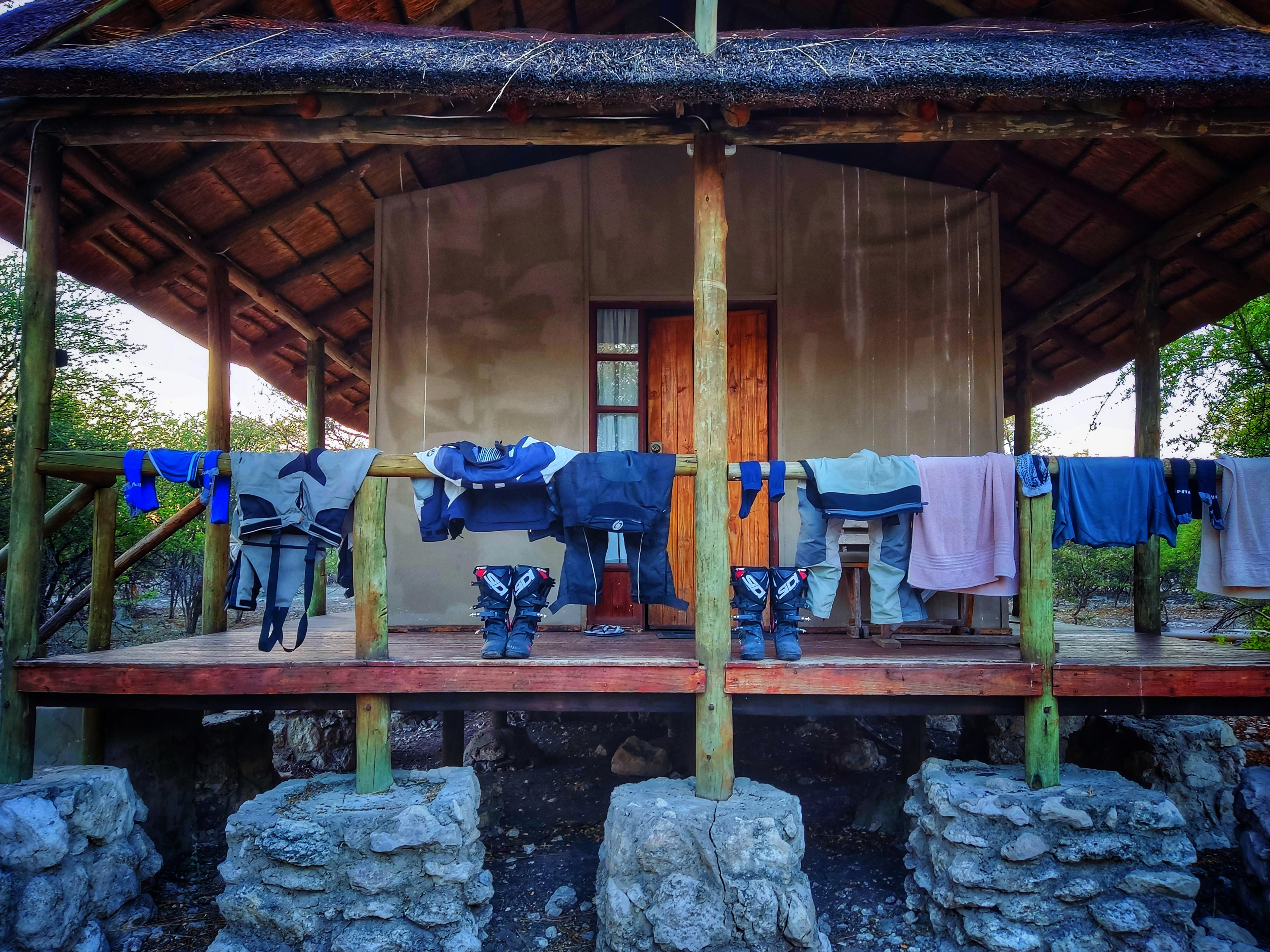








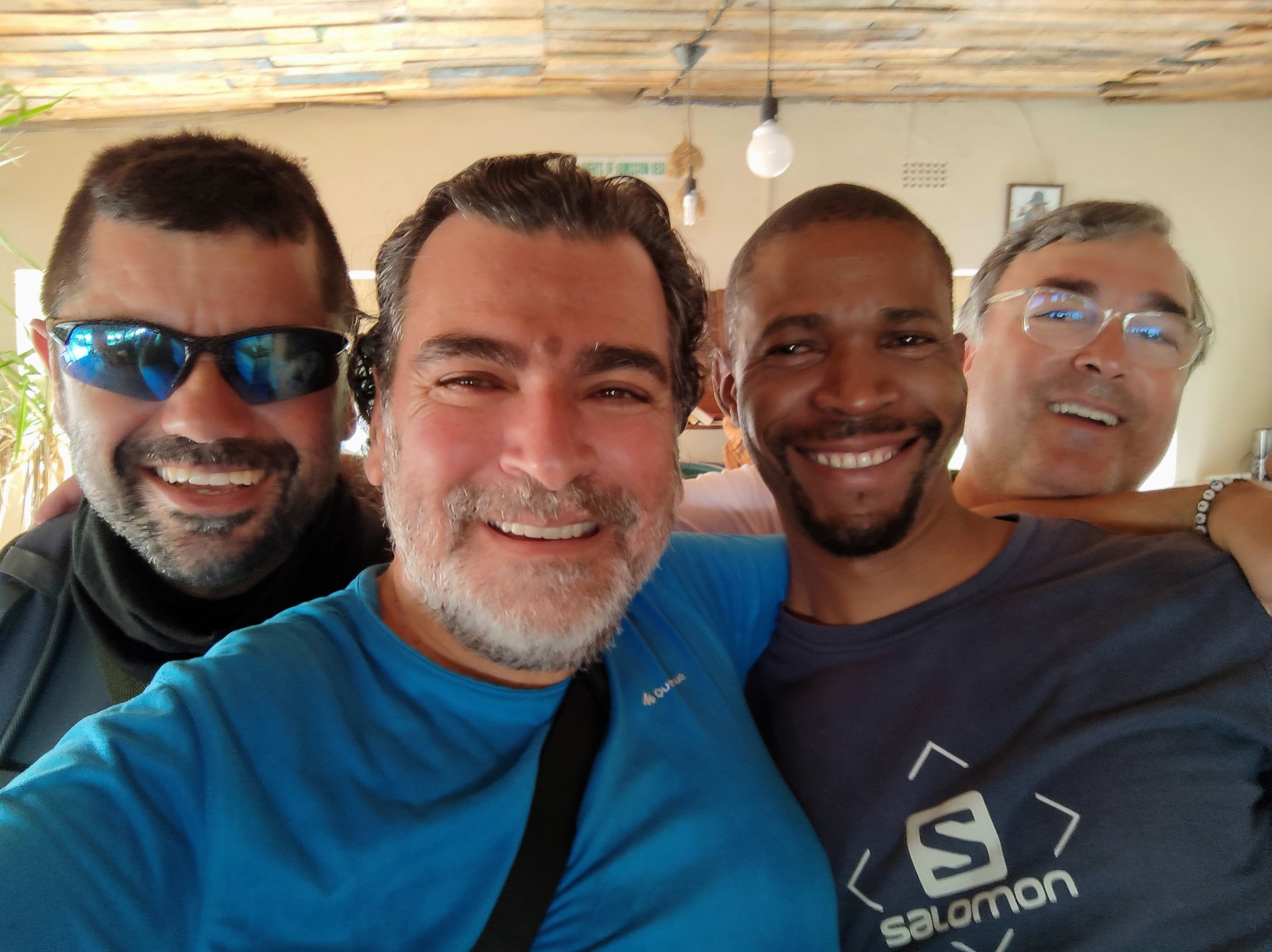

































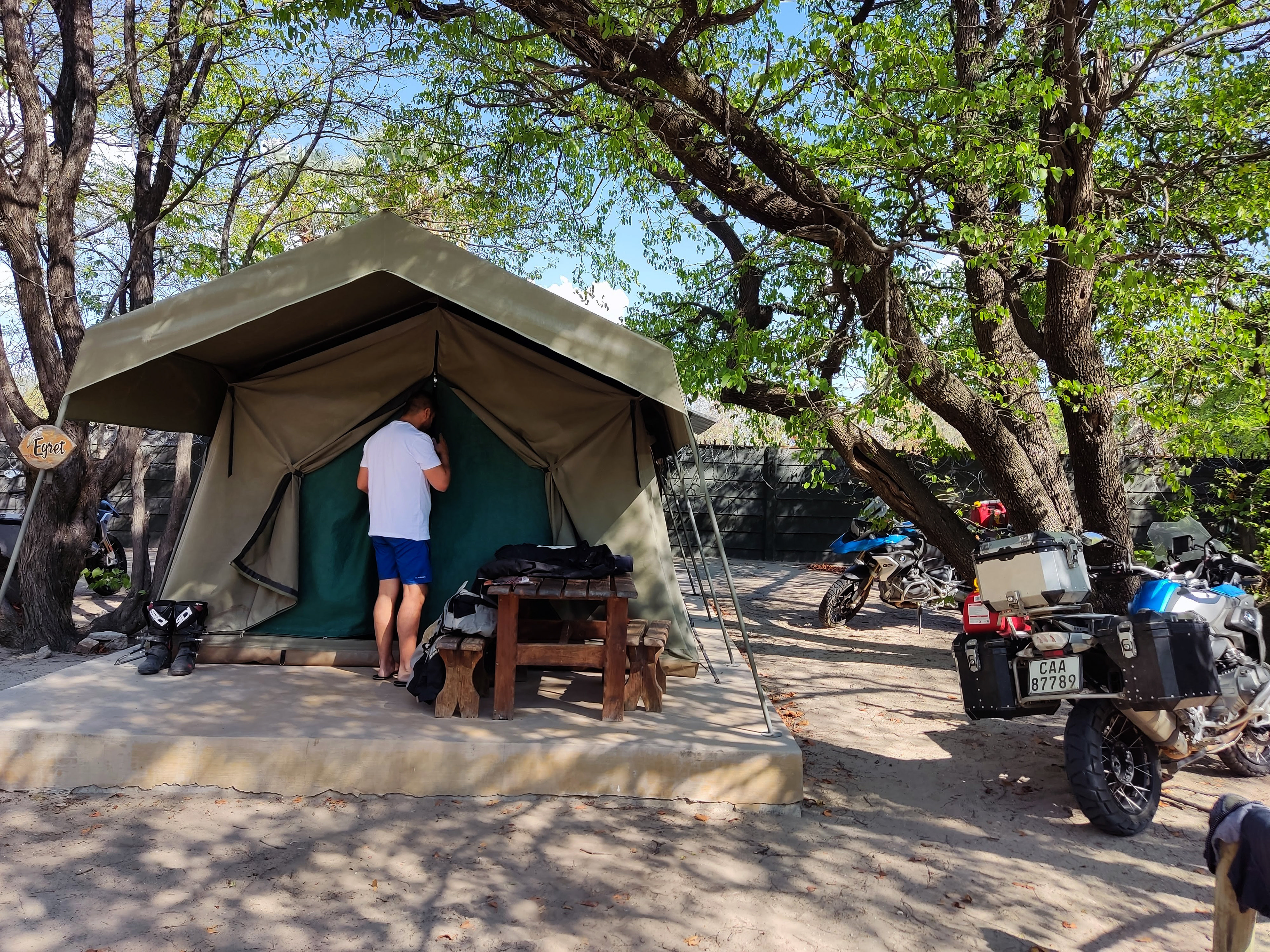
Day 9 Moremi Game Reserve
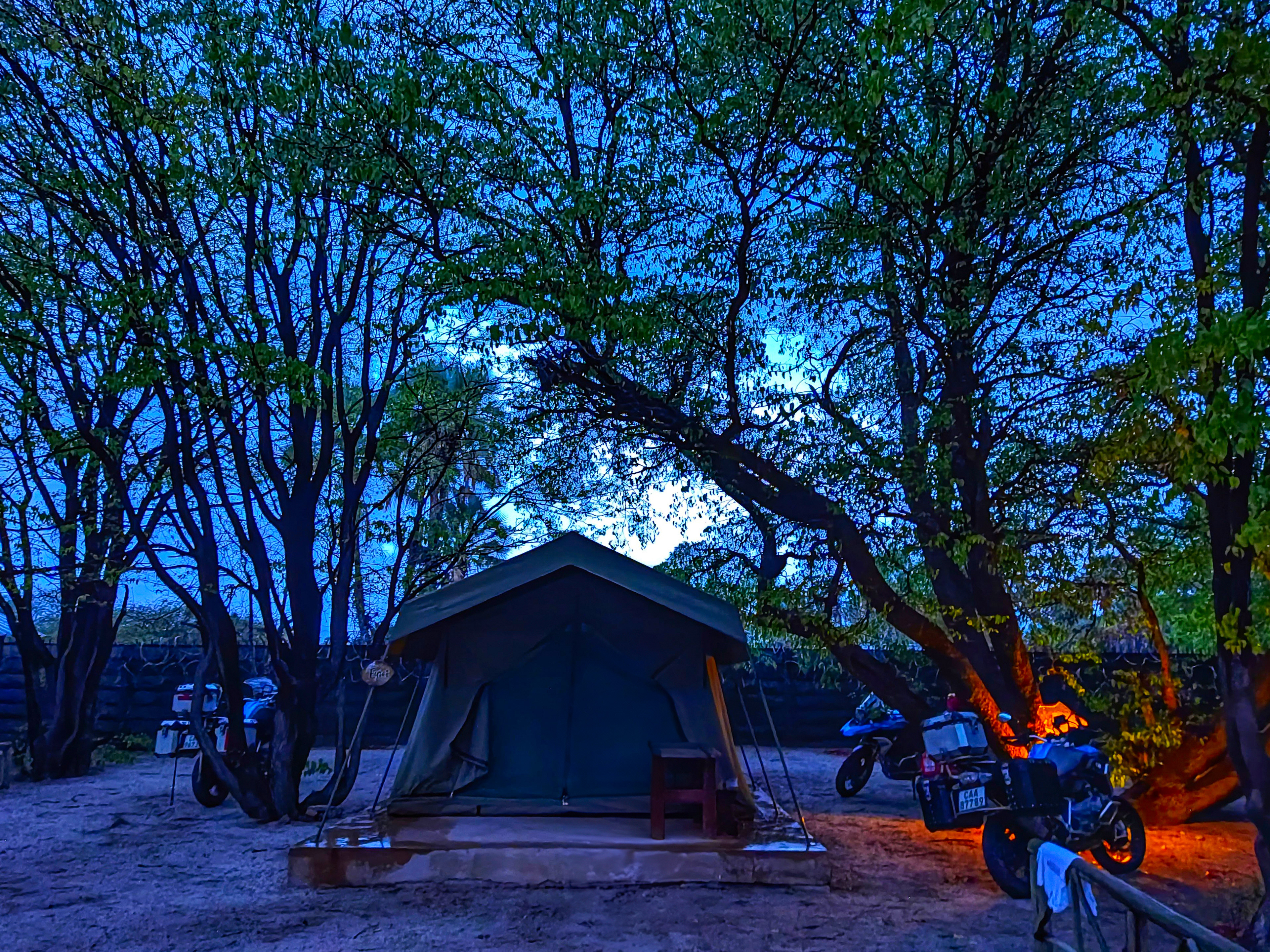
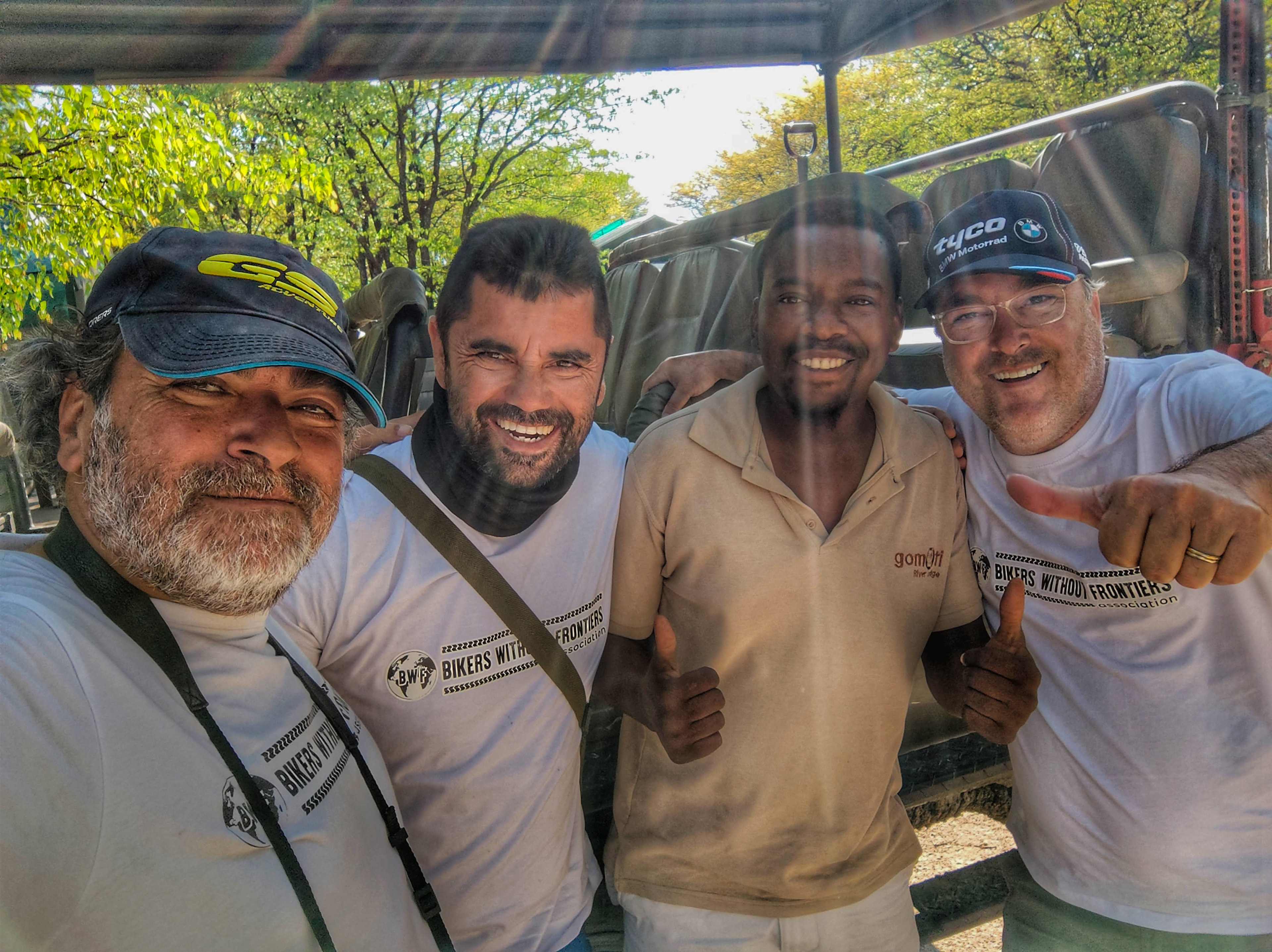

























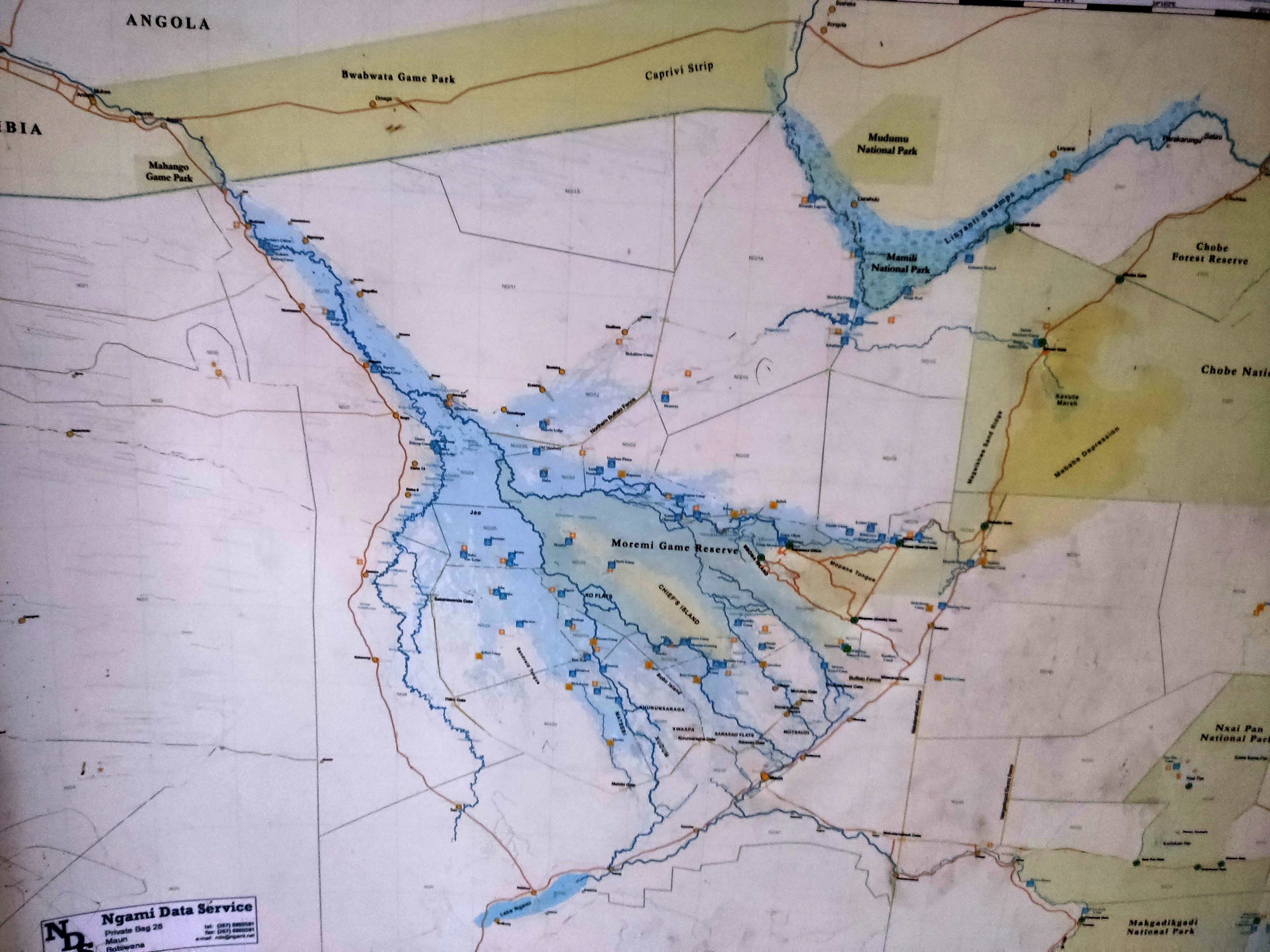
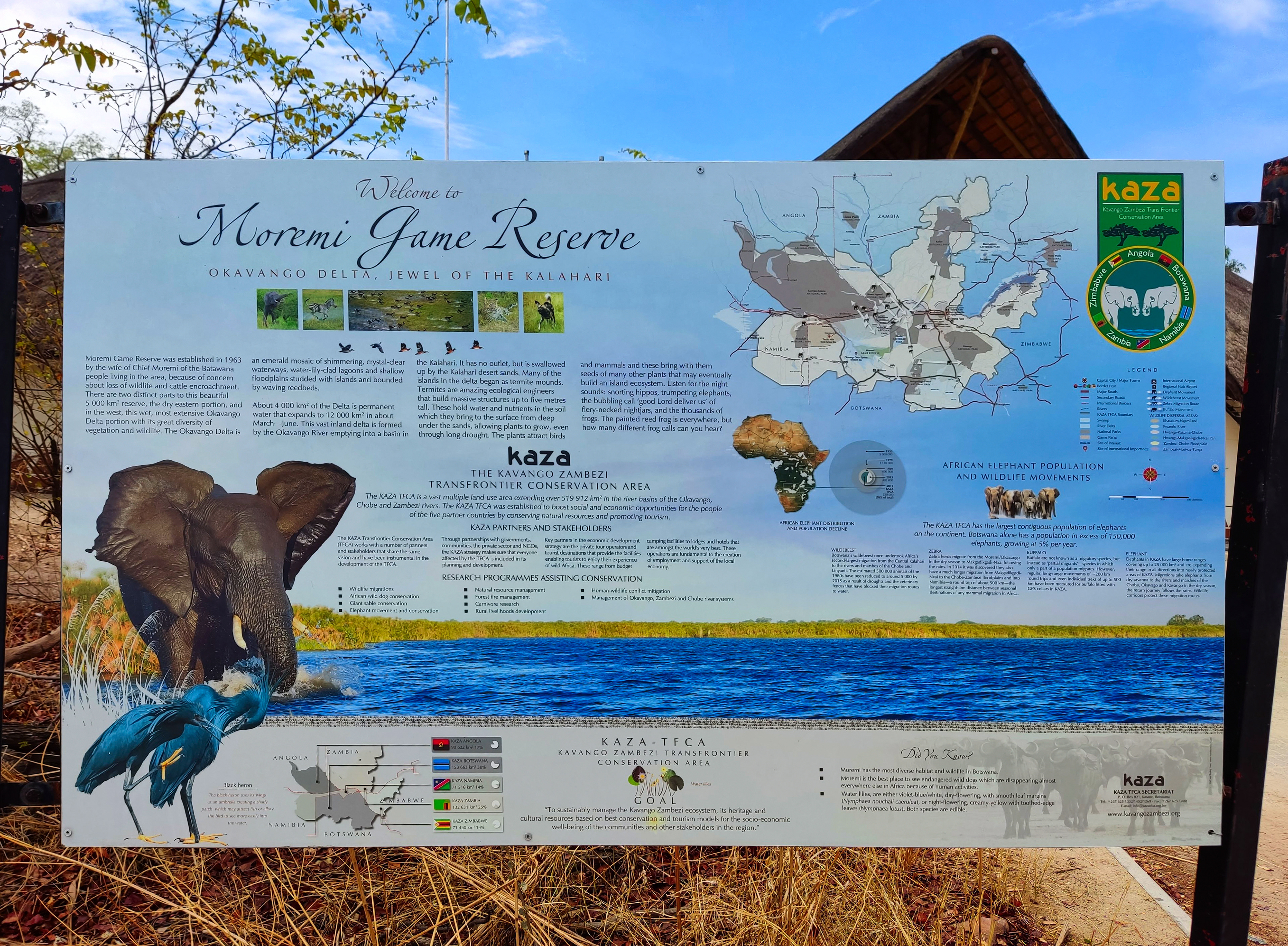
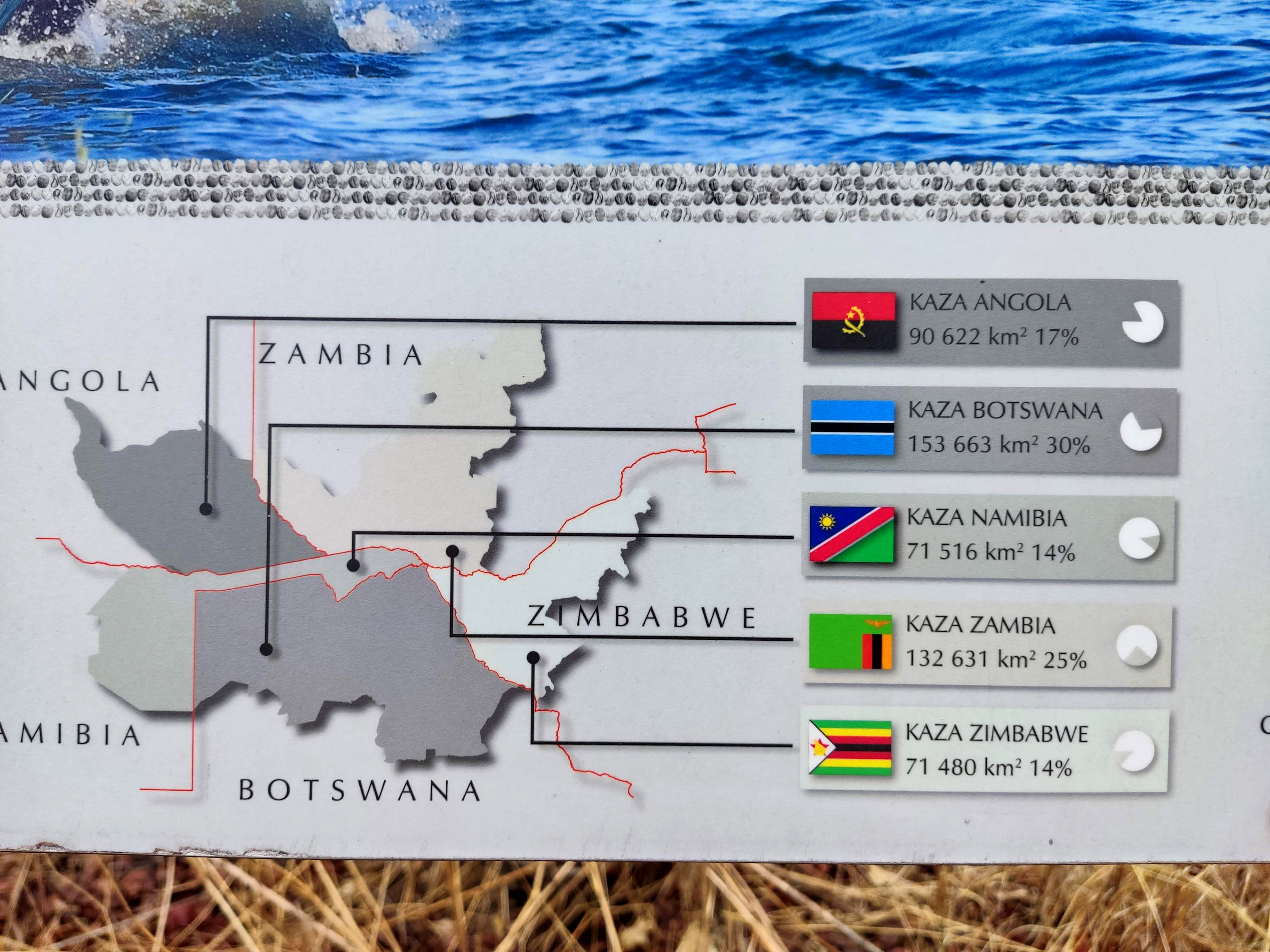
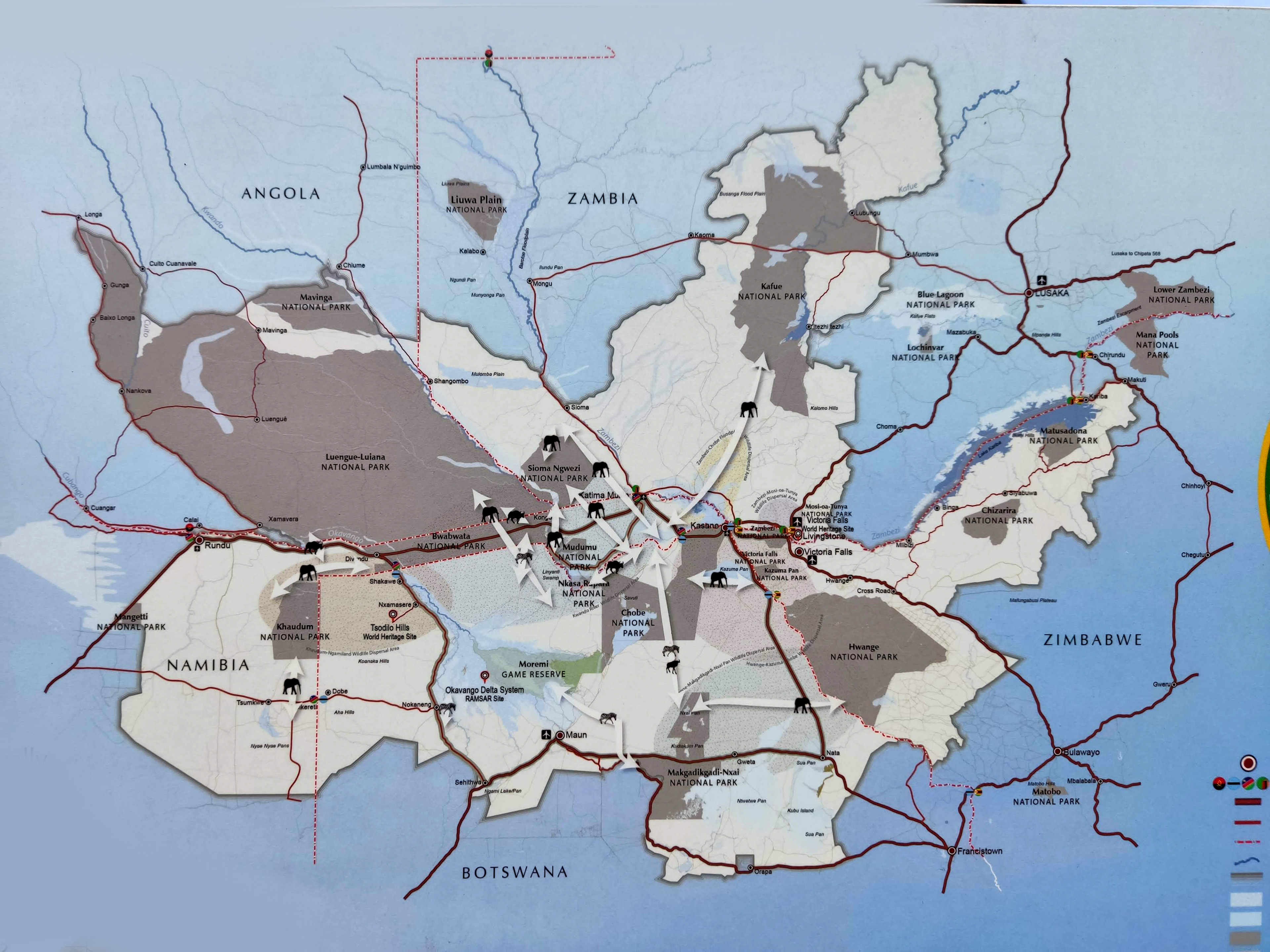
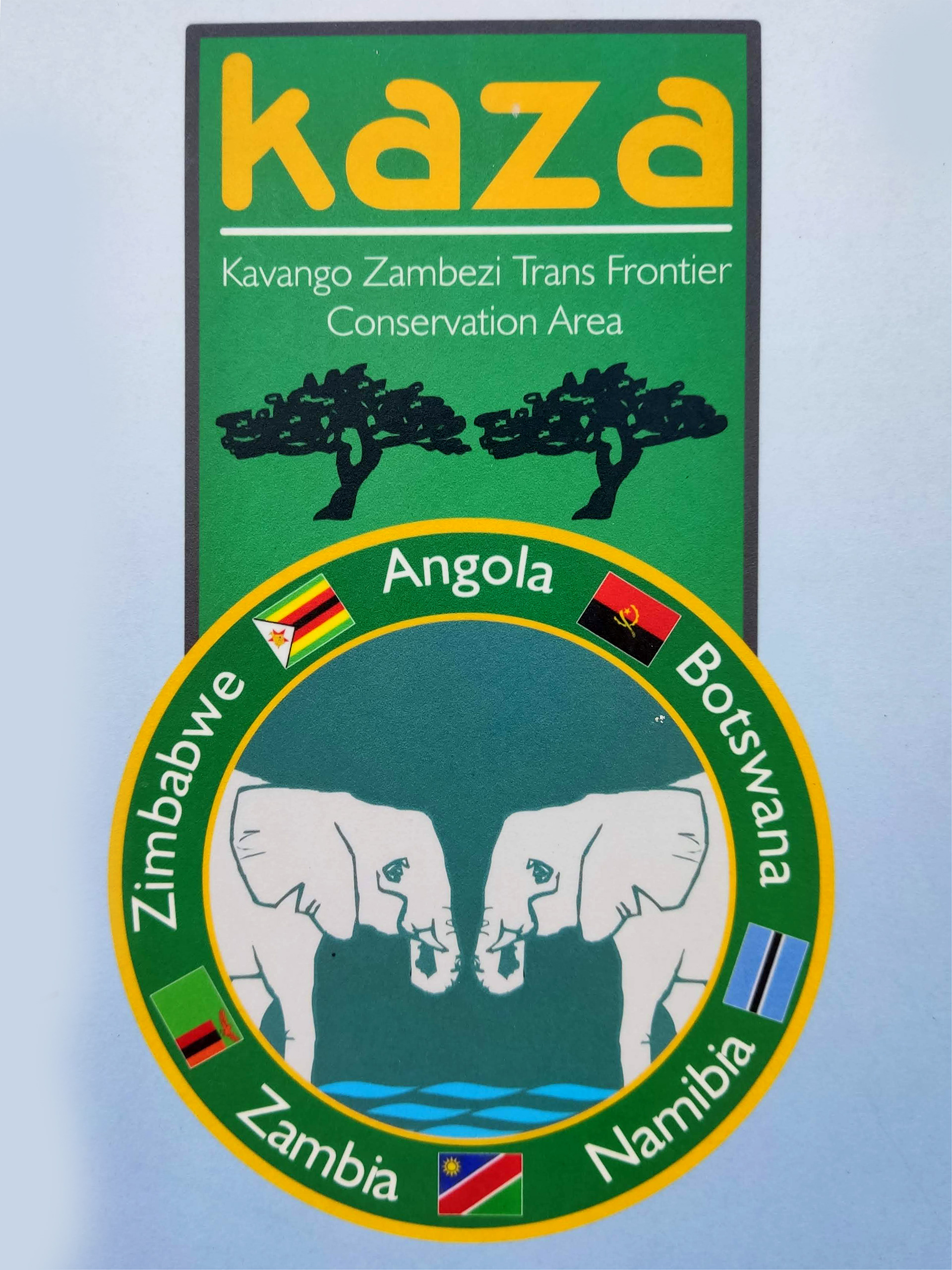
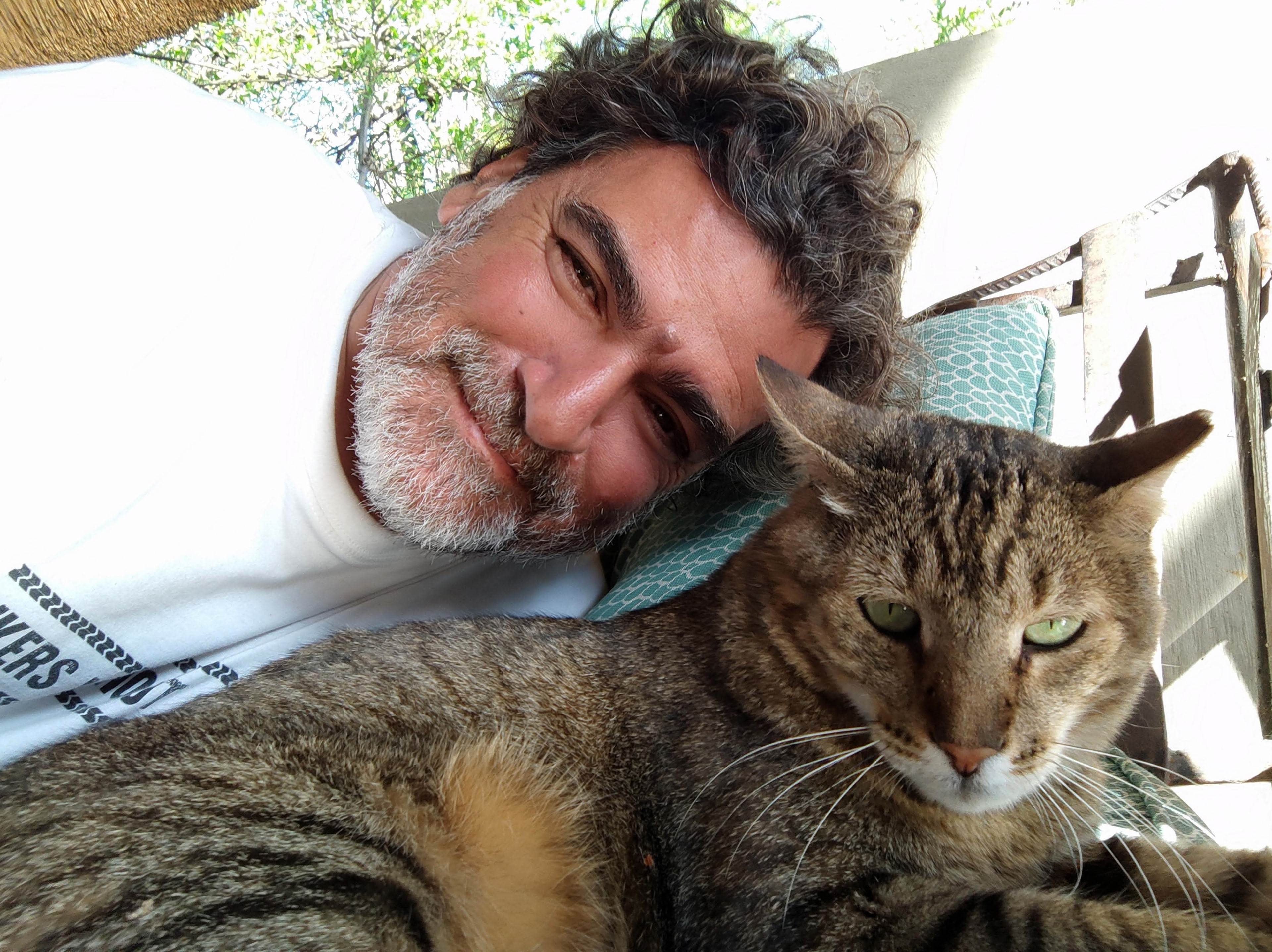
Day 10 Maun 🇧🇼 (Botswana) -- Livingstone 🇿🇲 (Zâmbia)
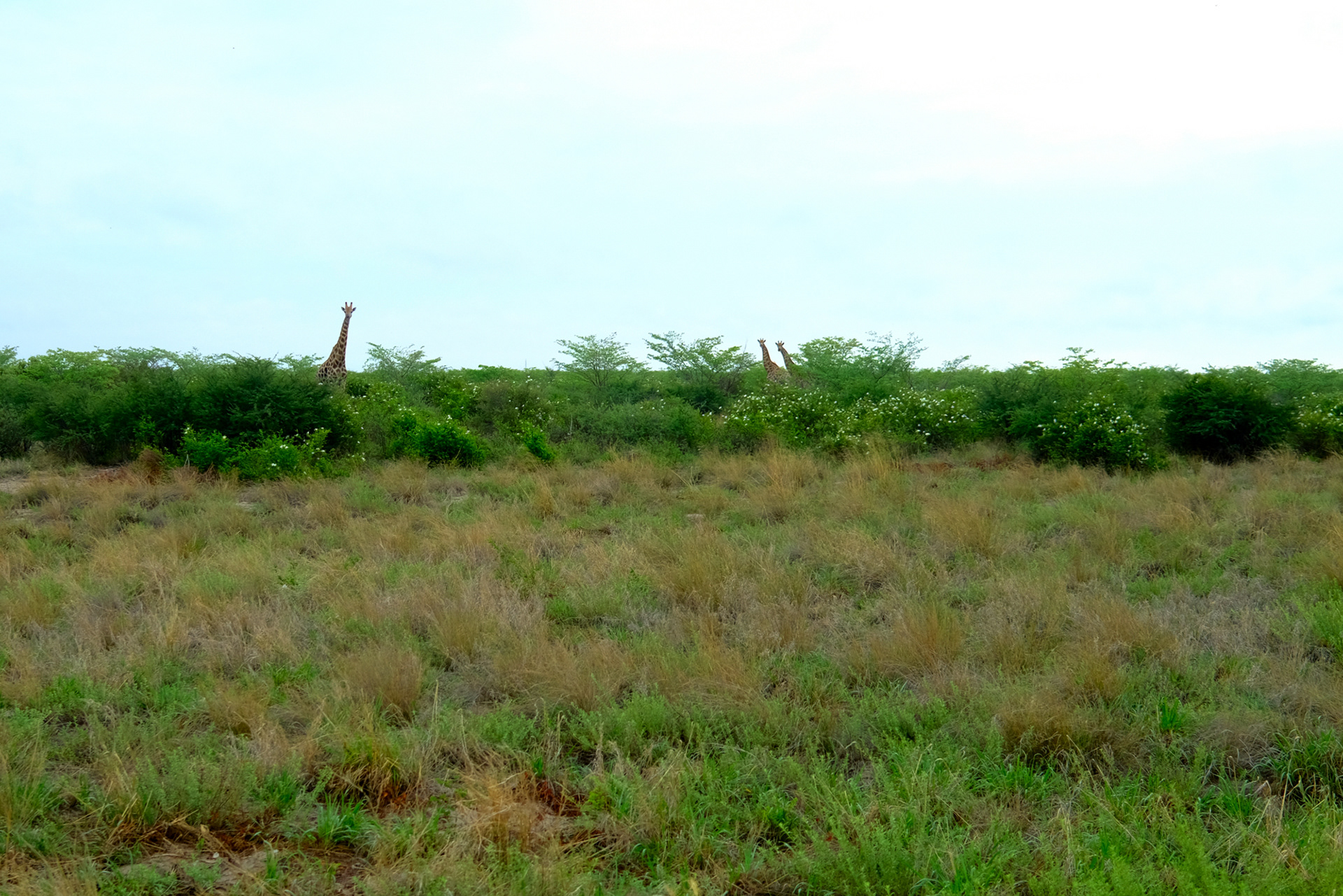
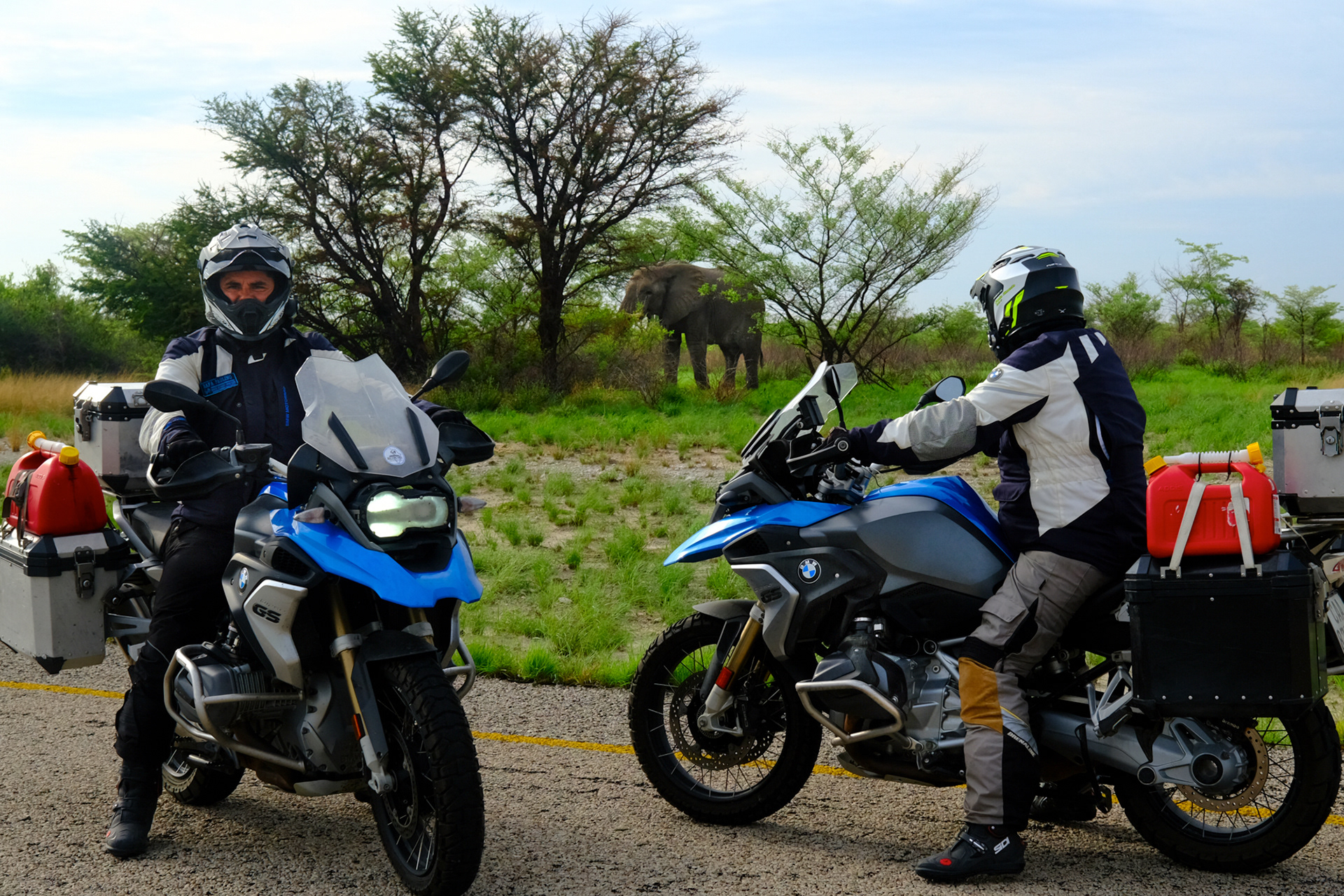
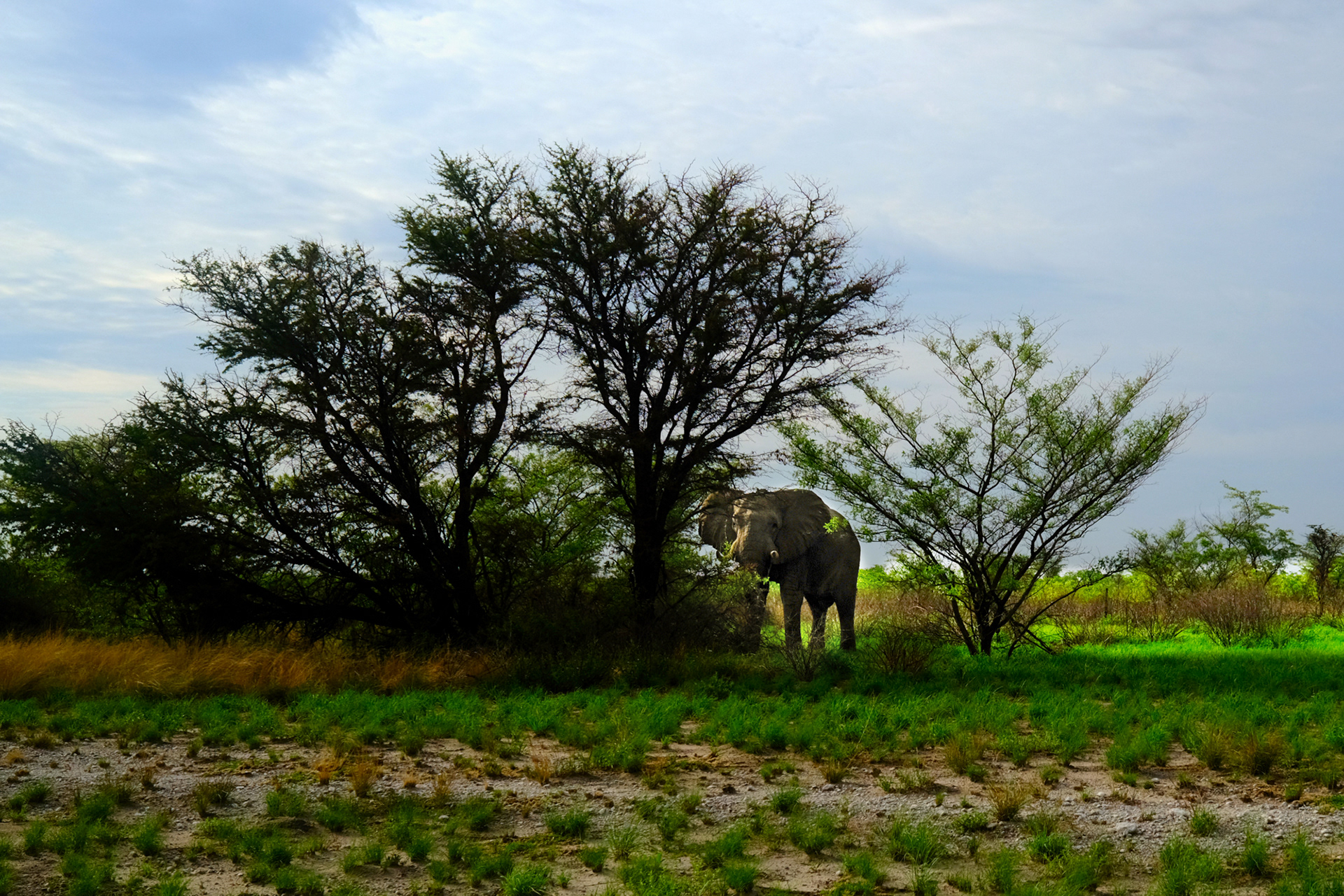
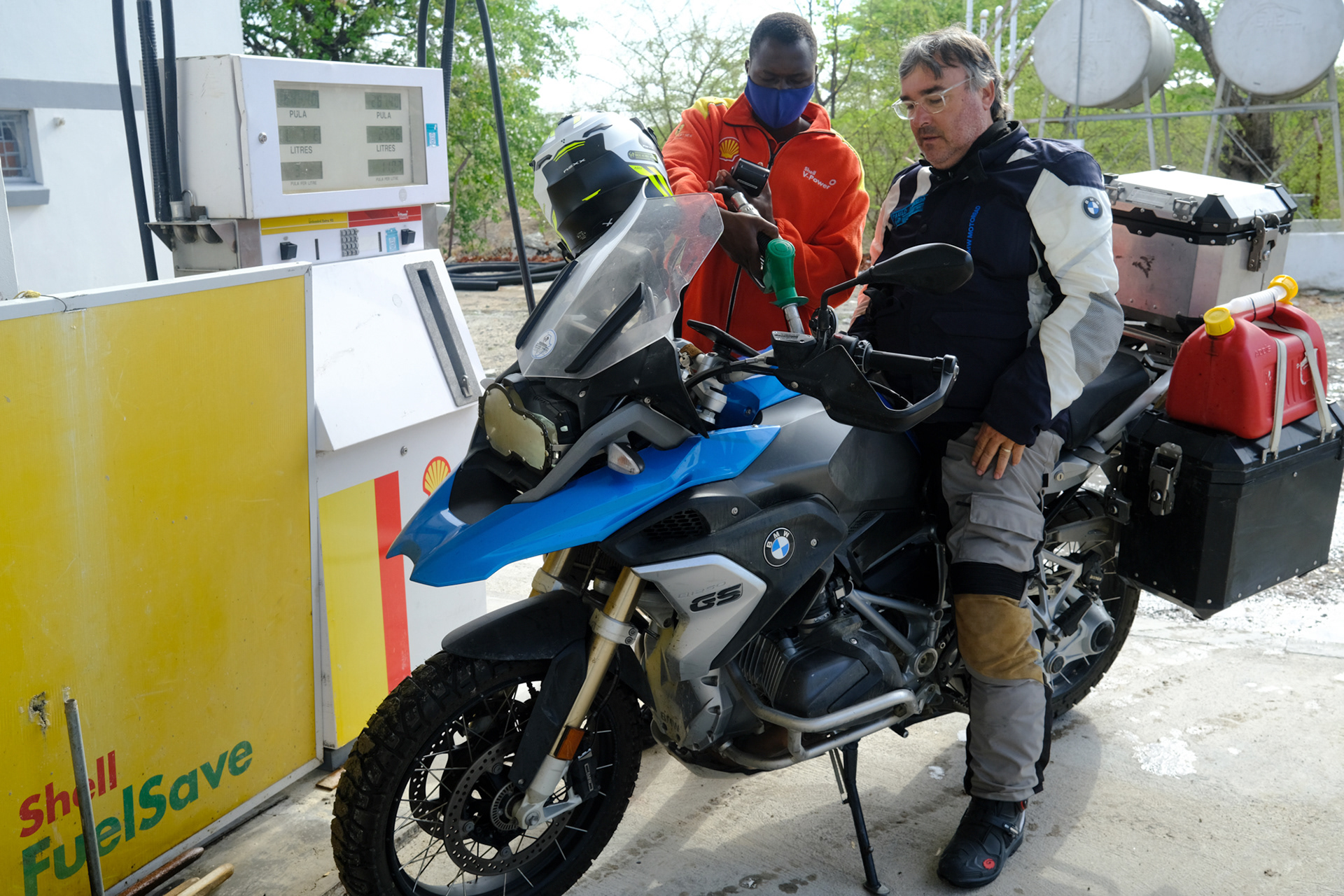
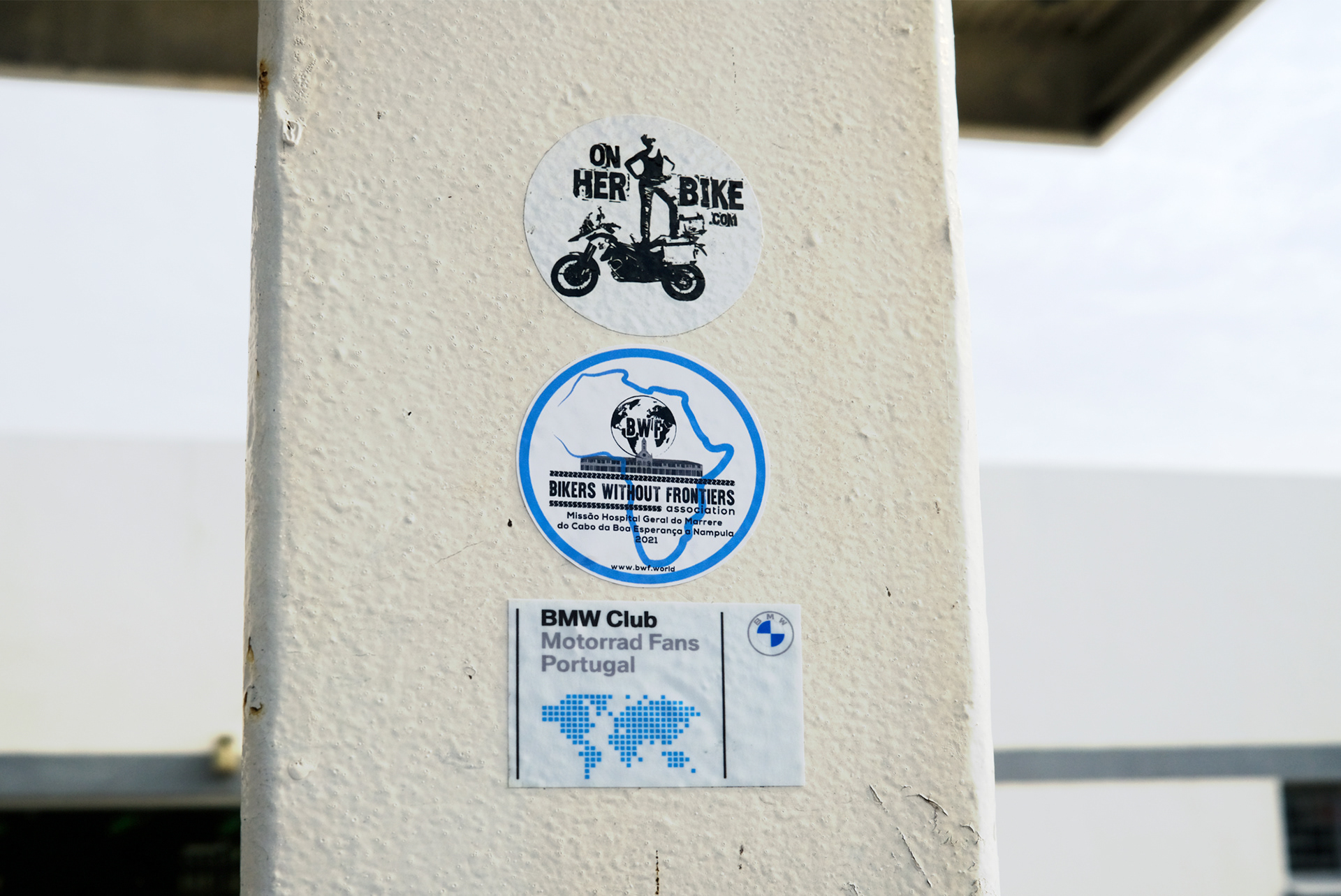
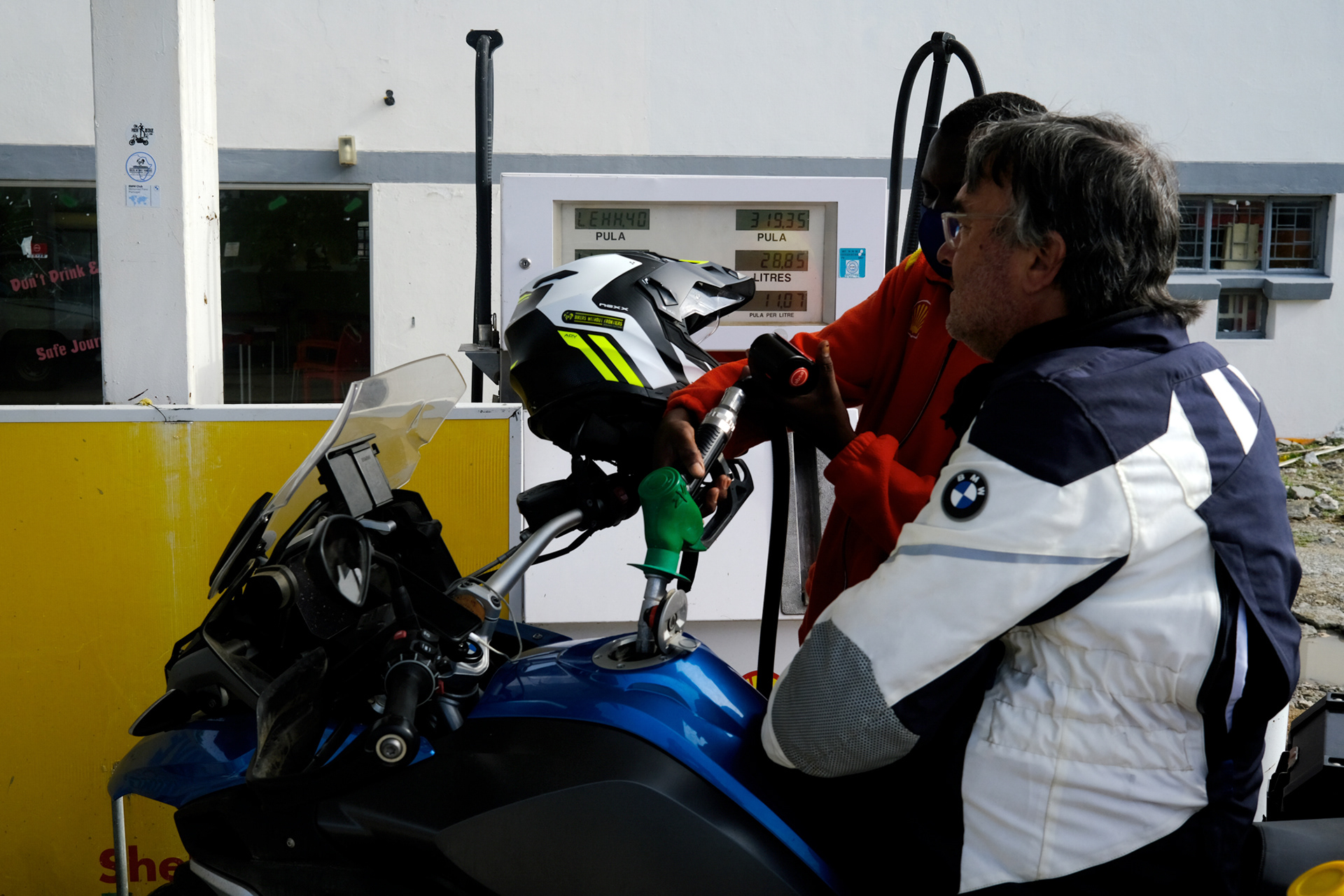
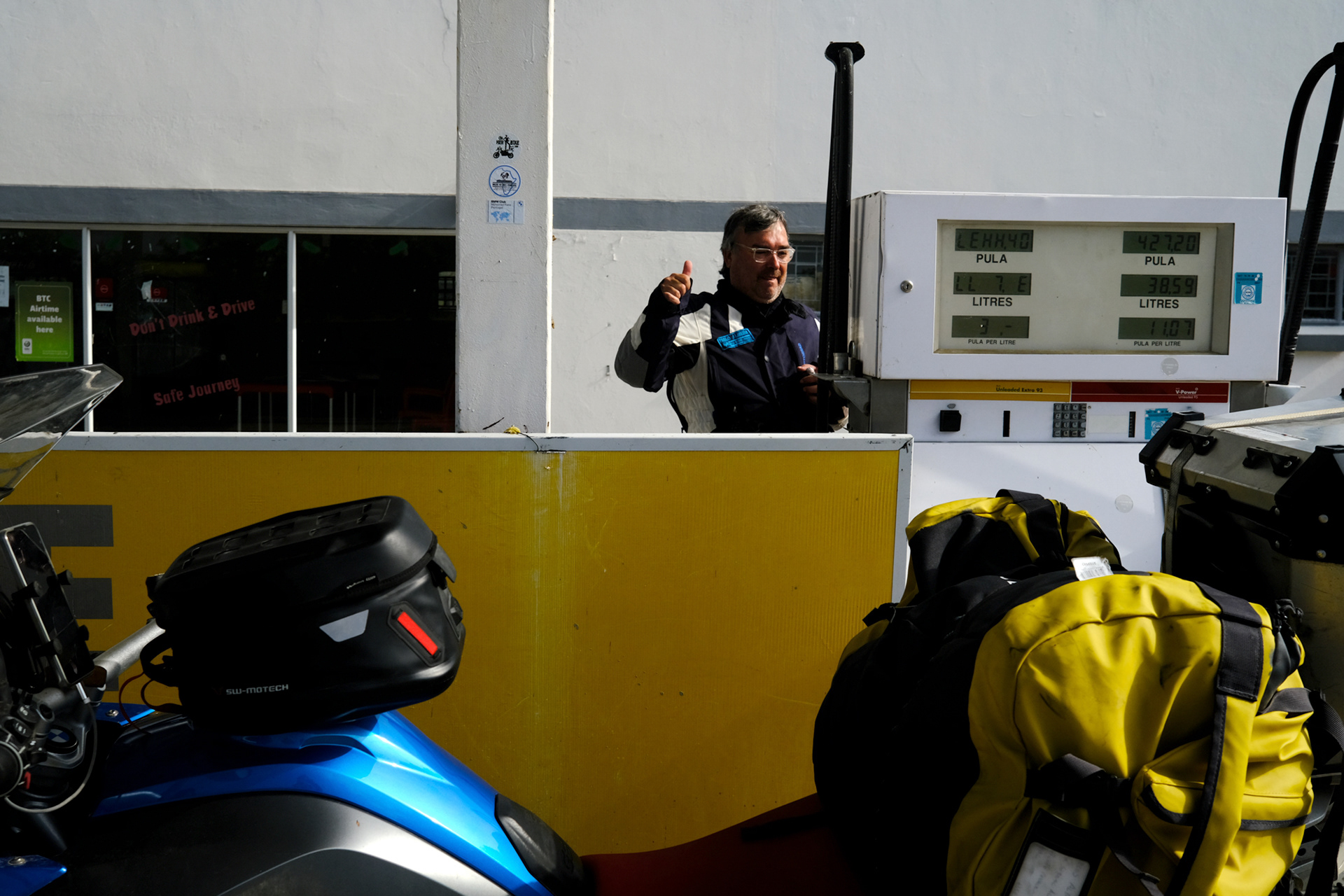
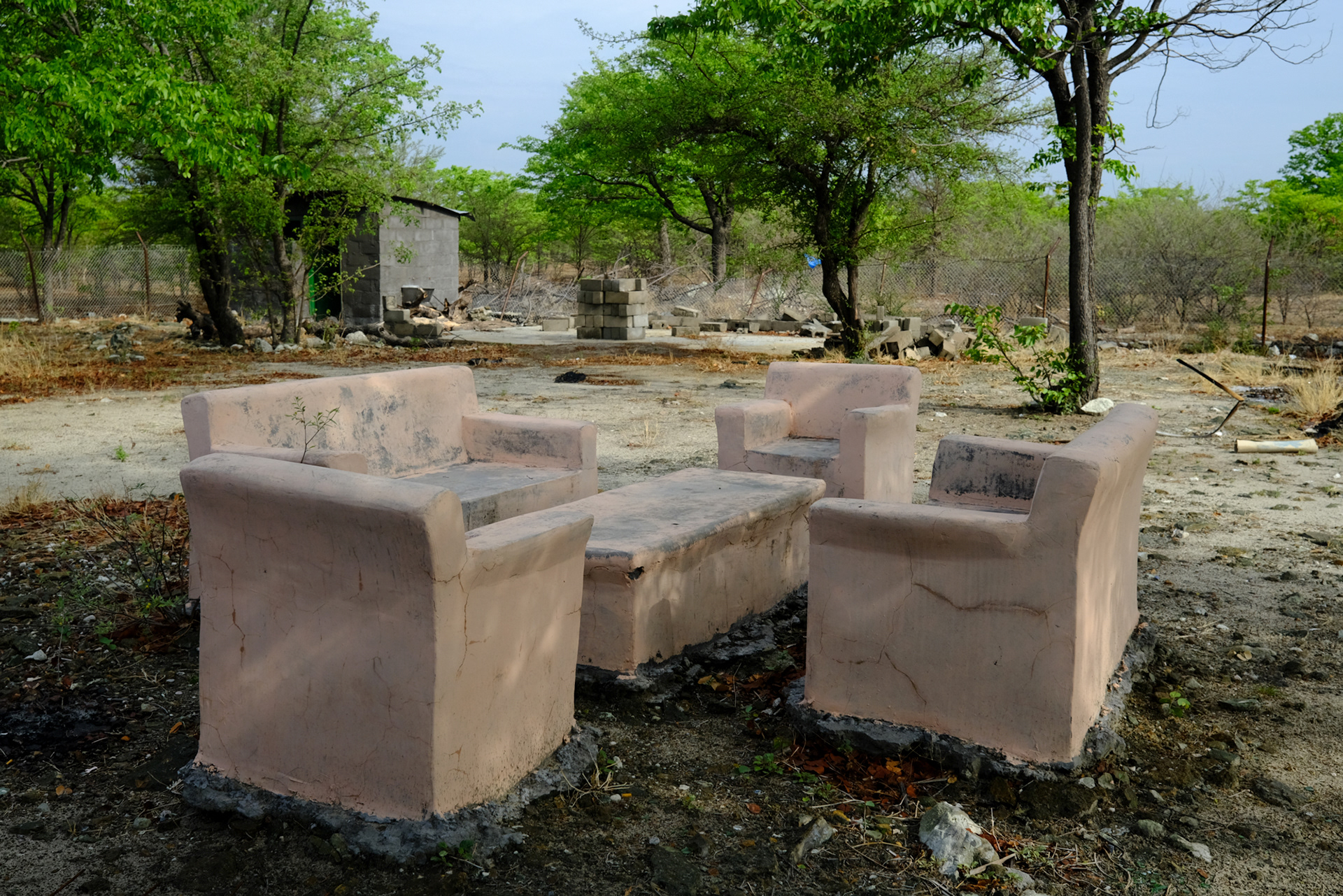
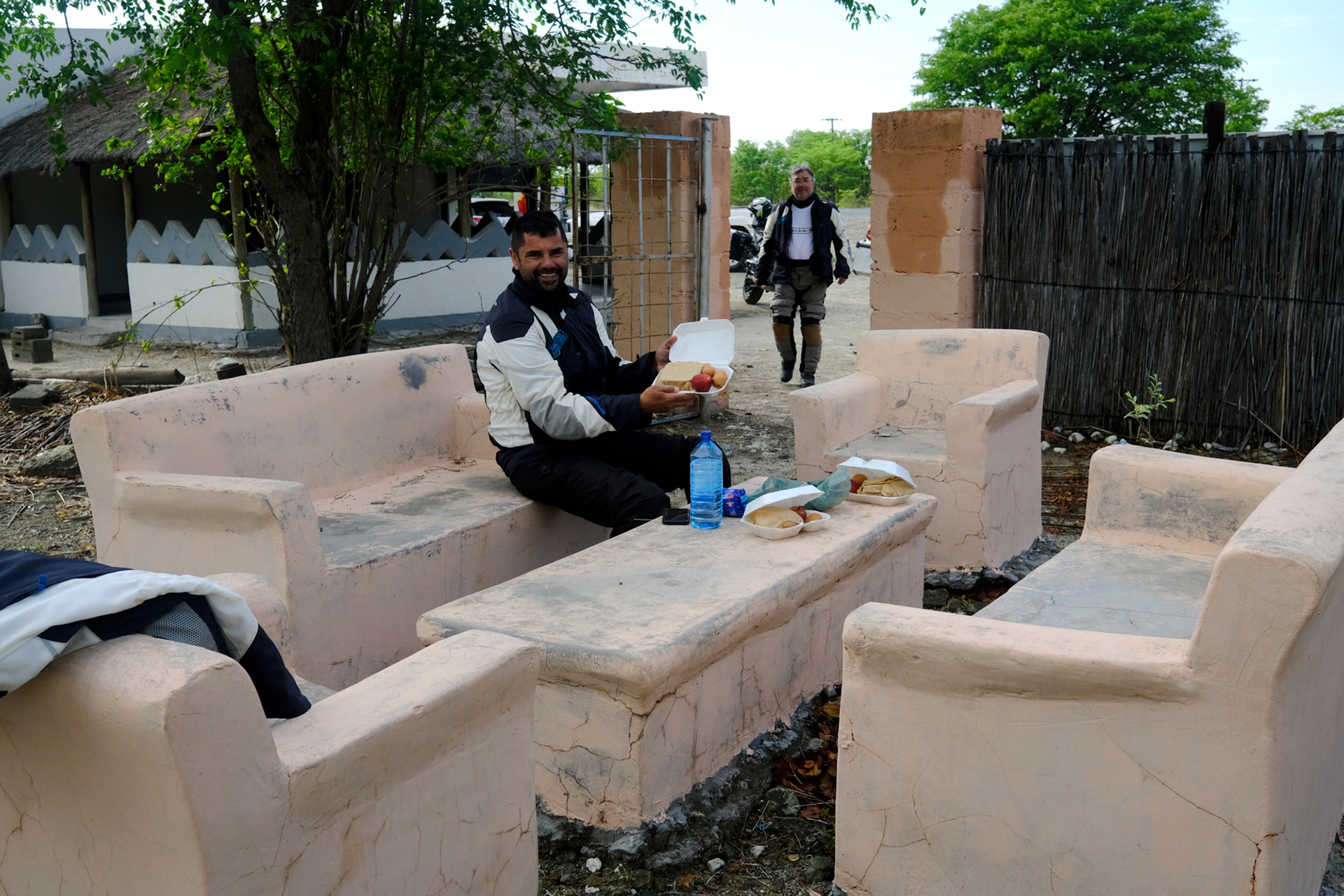
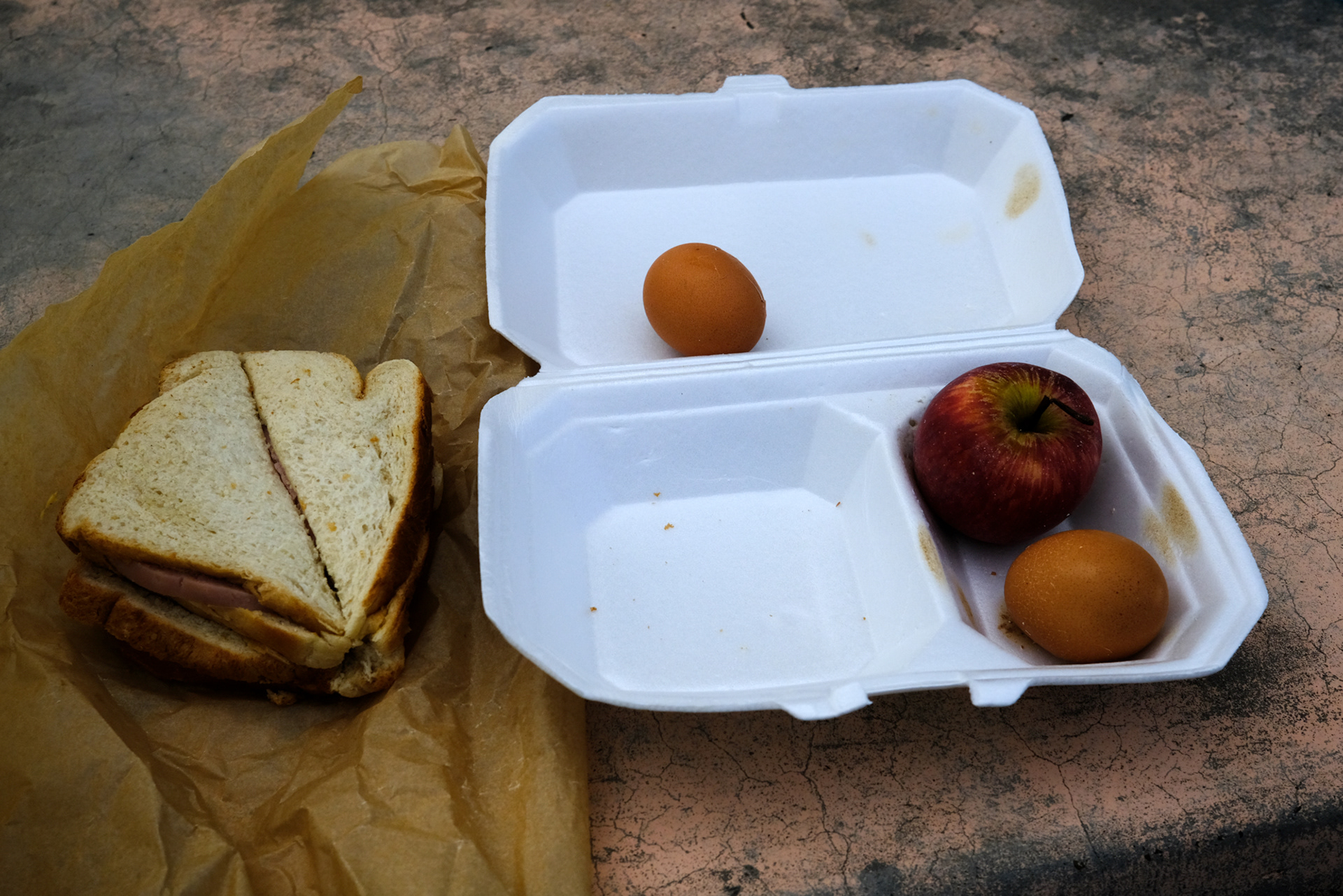
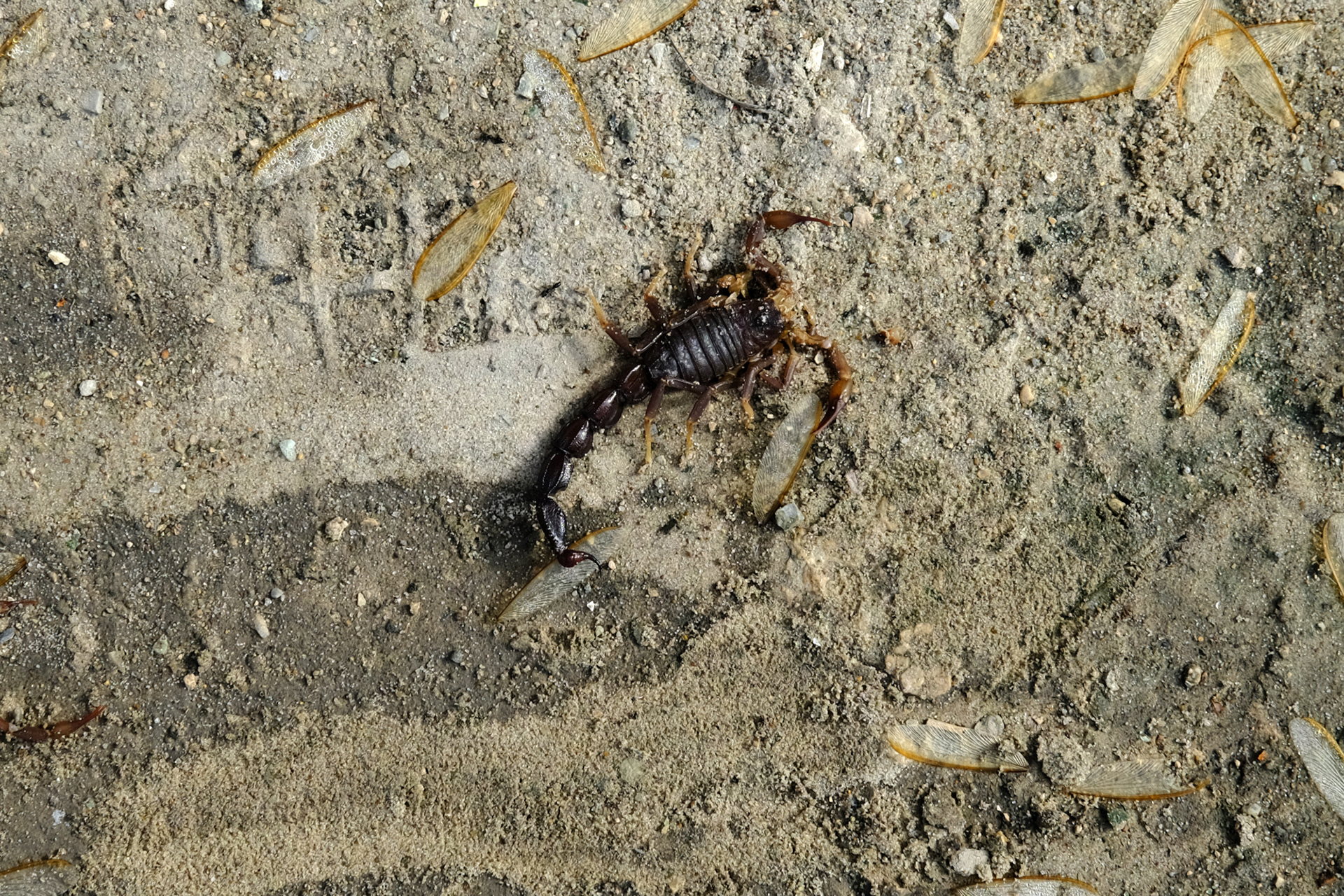
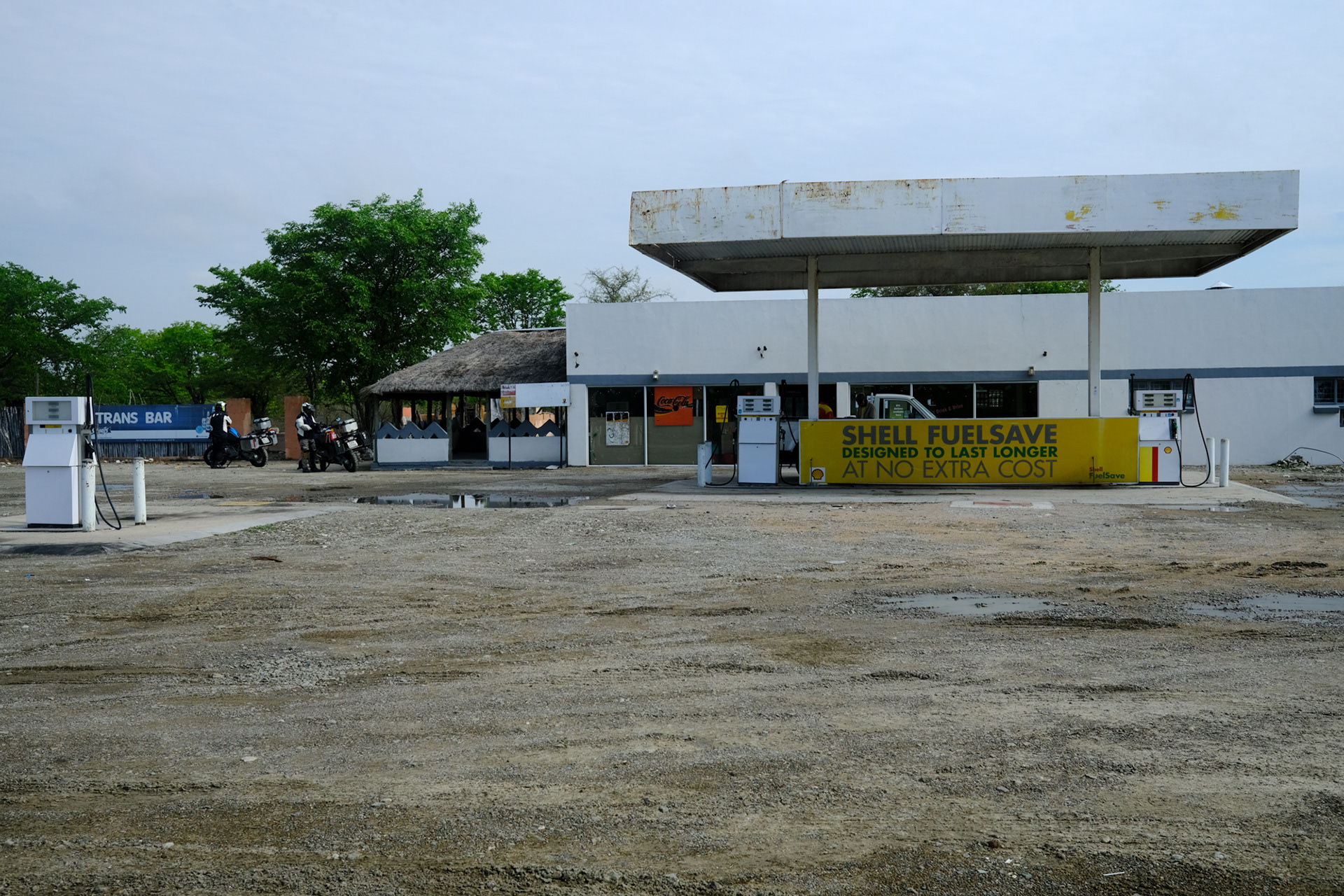
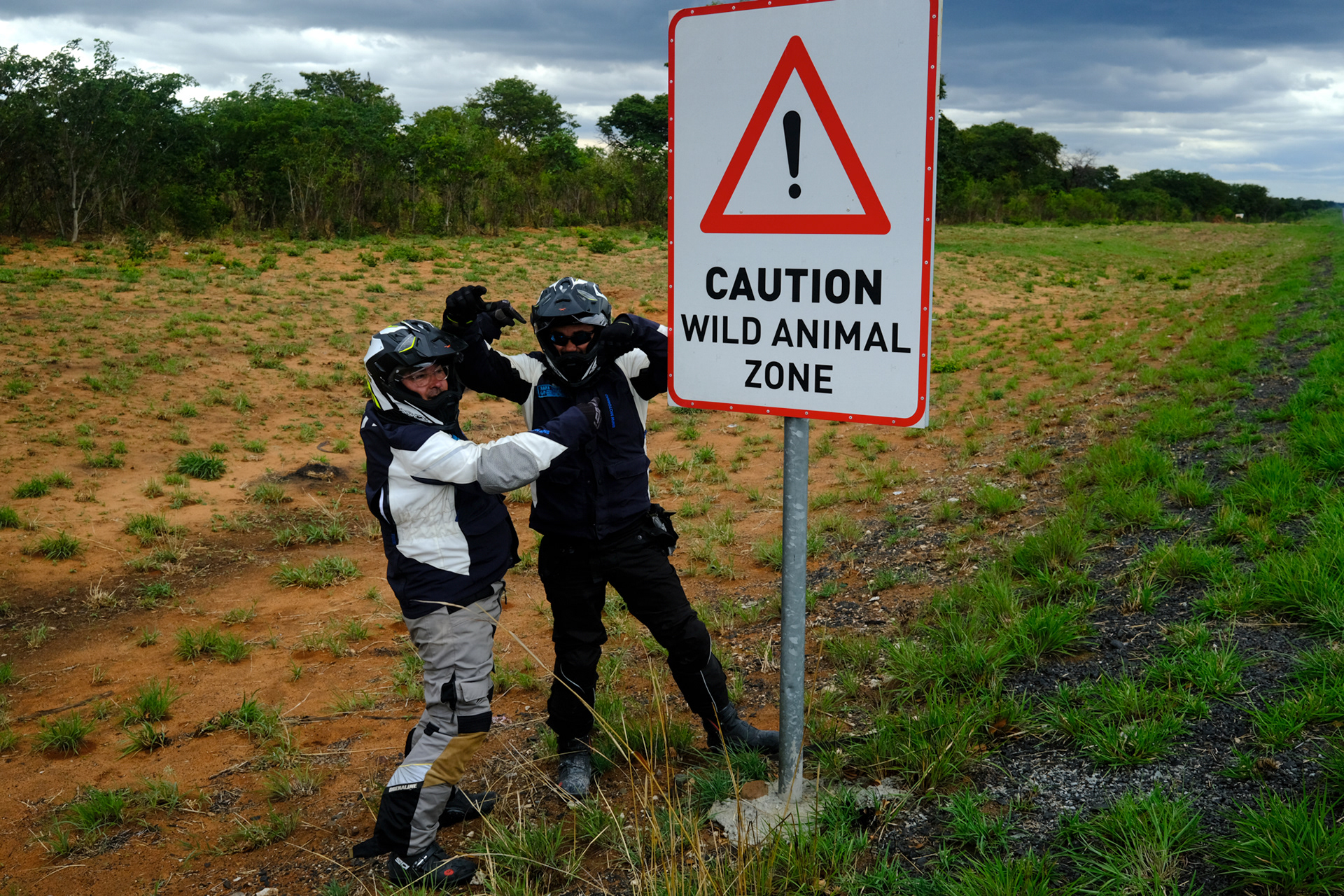
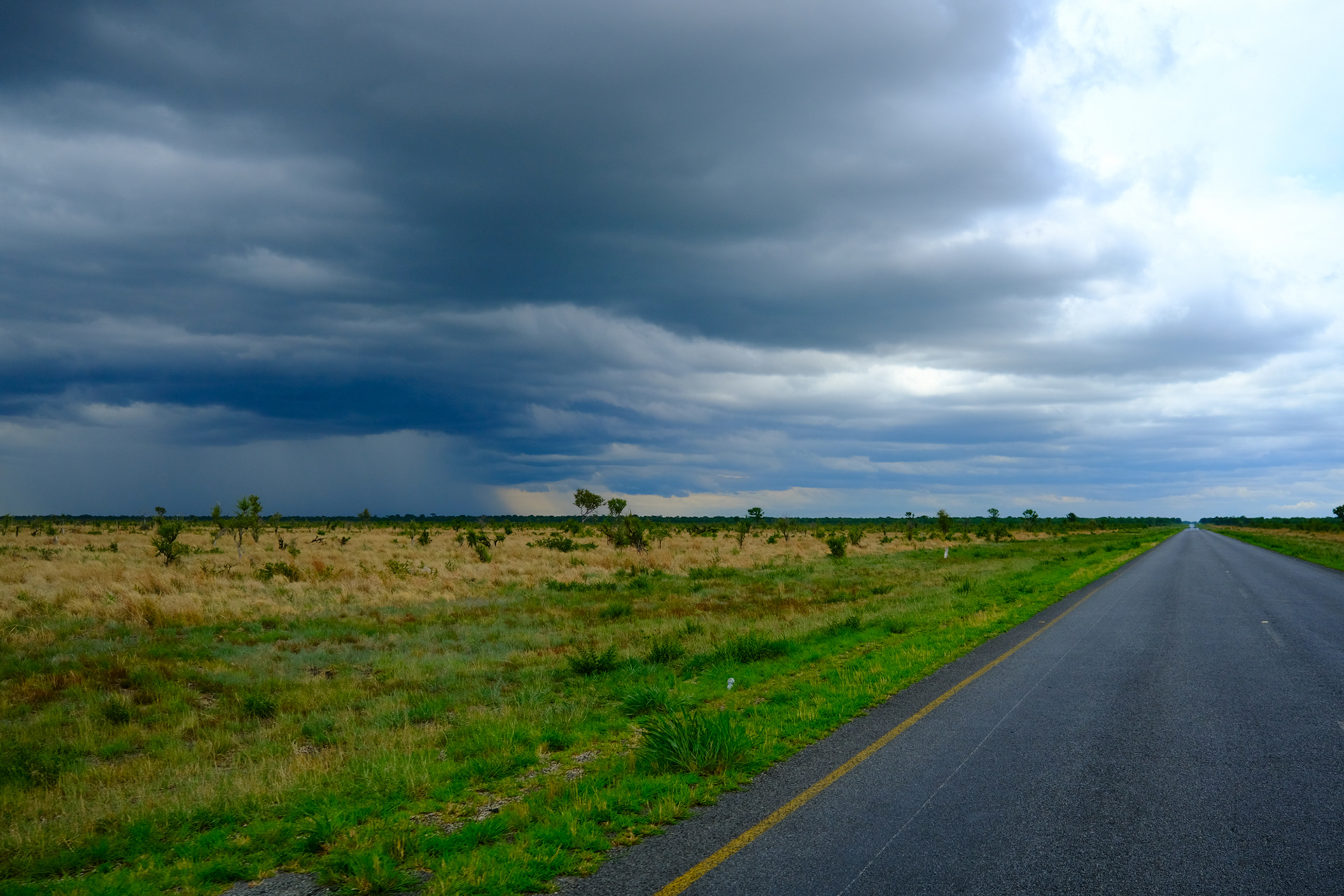
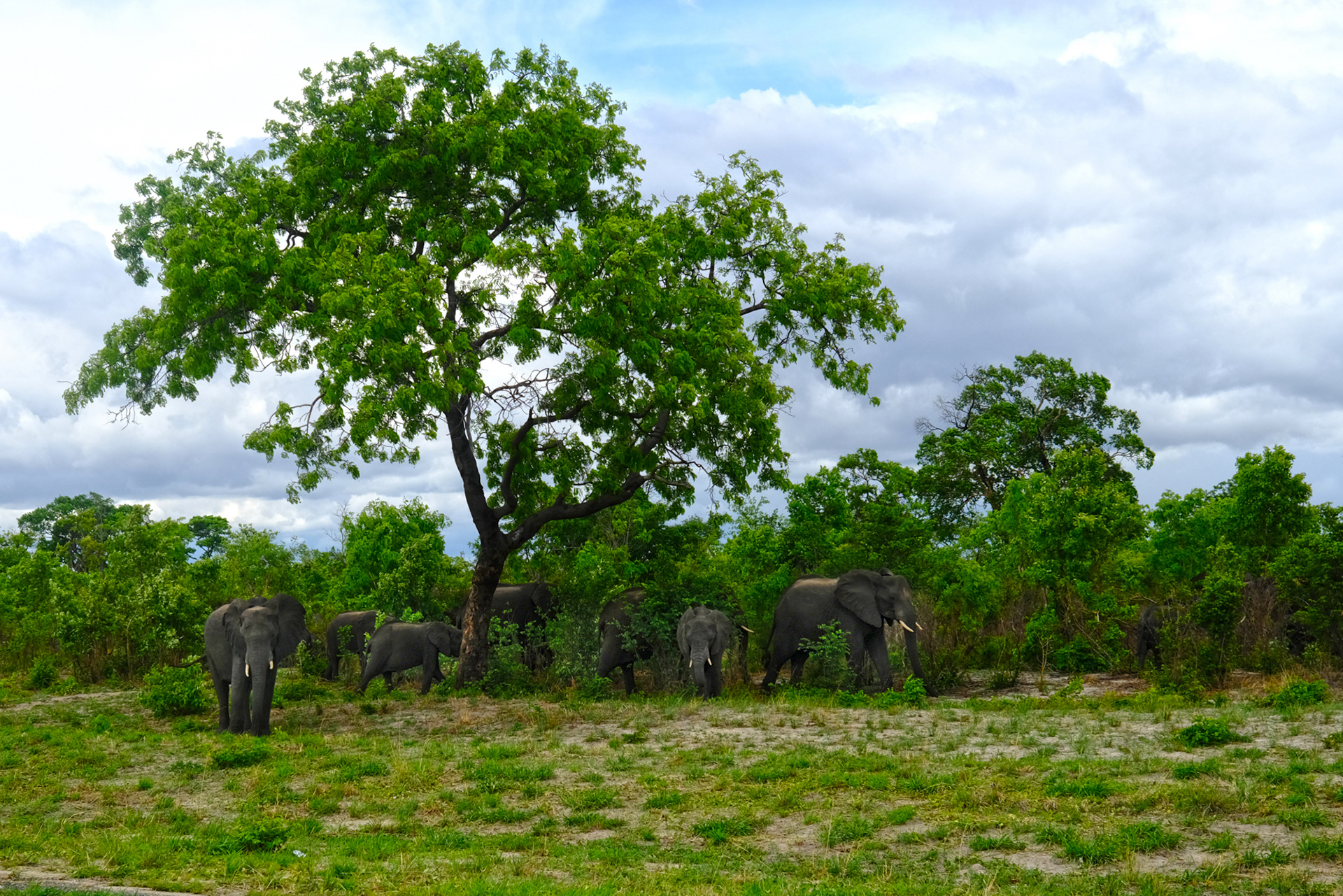
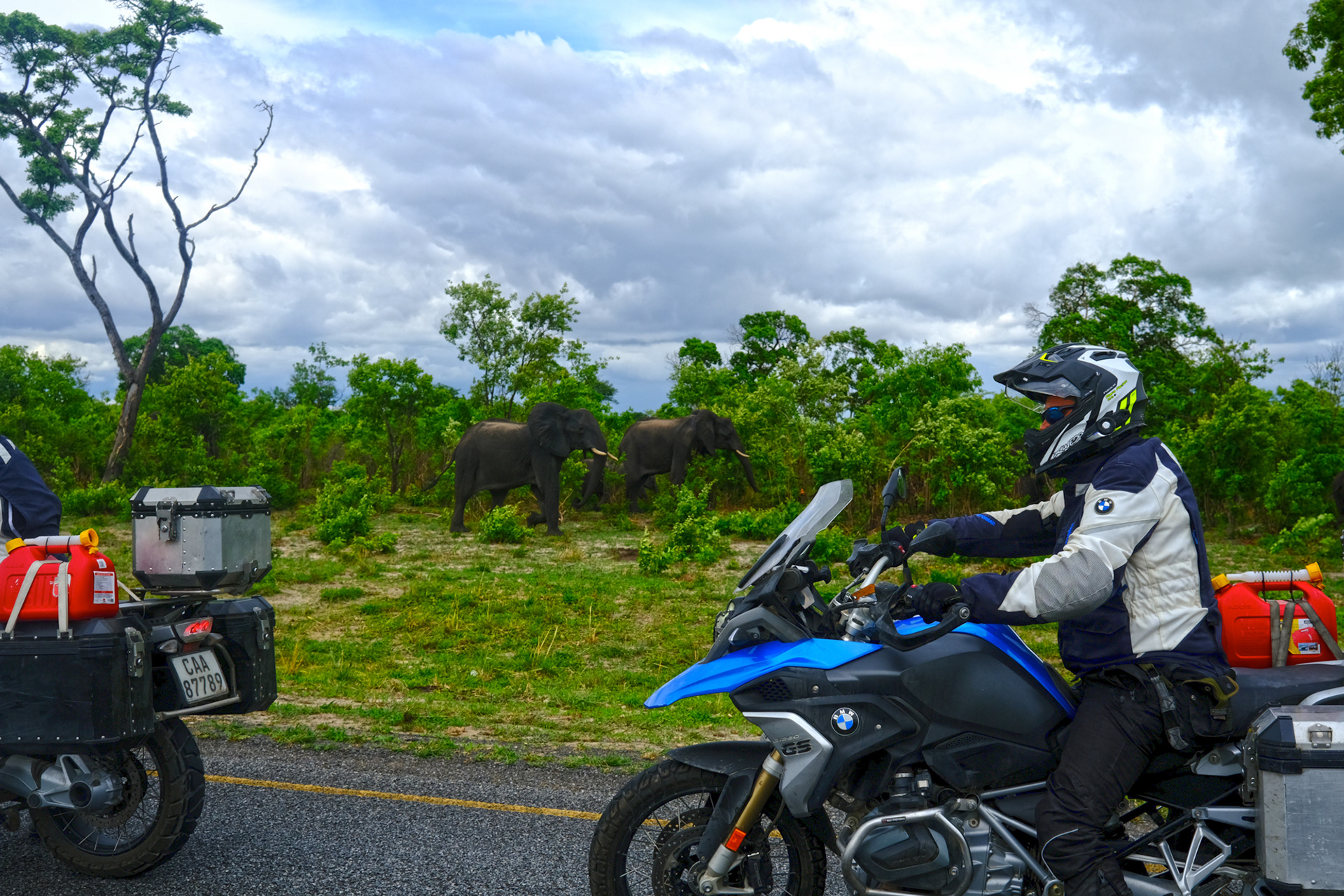
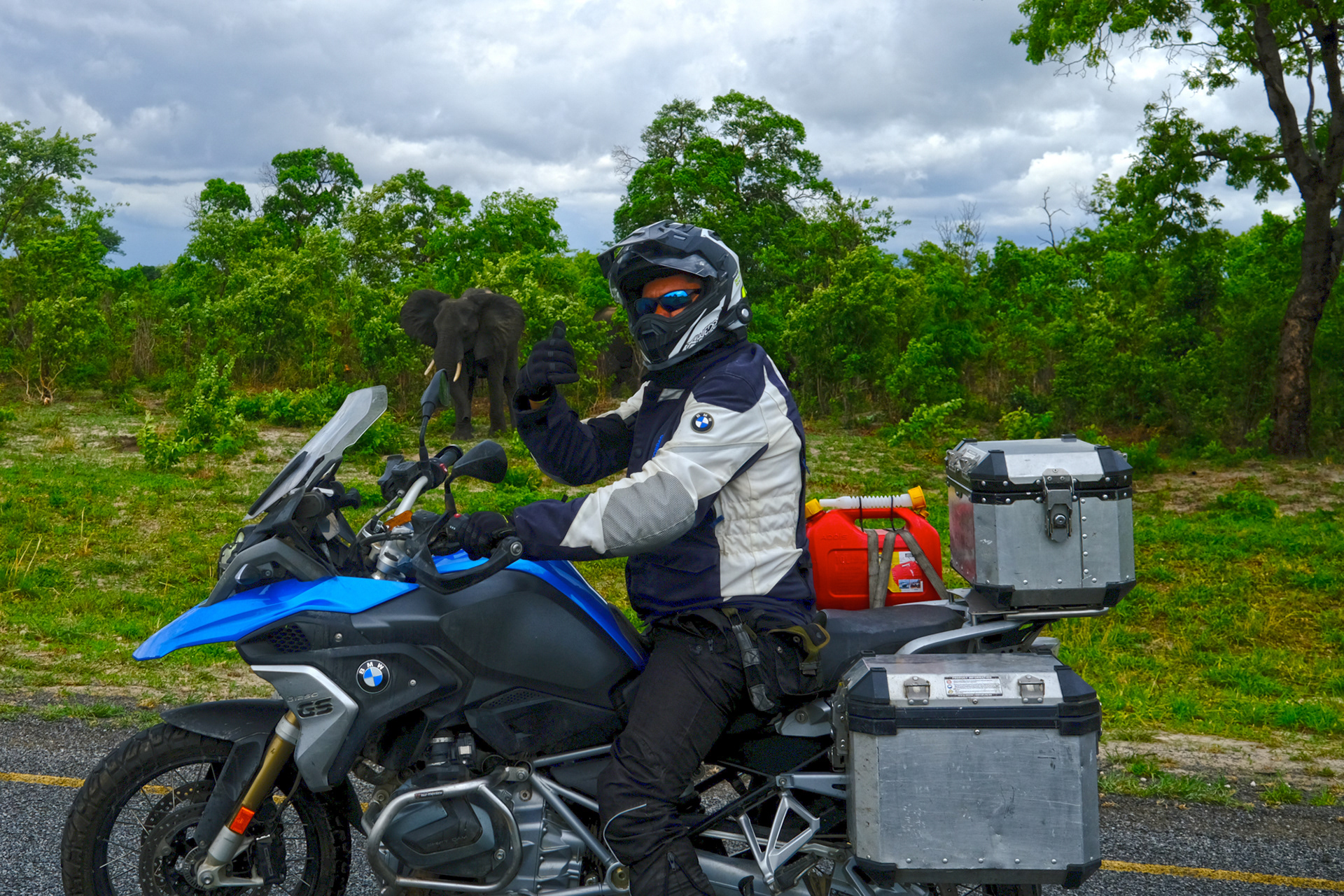
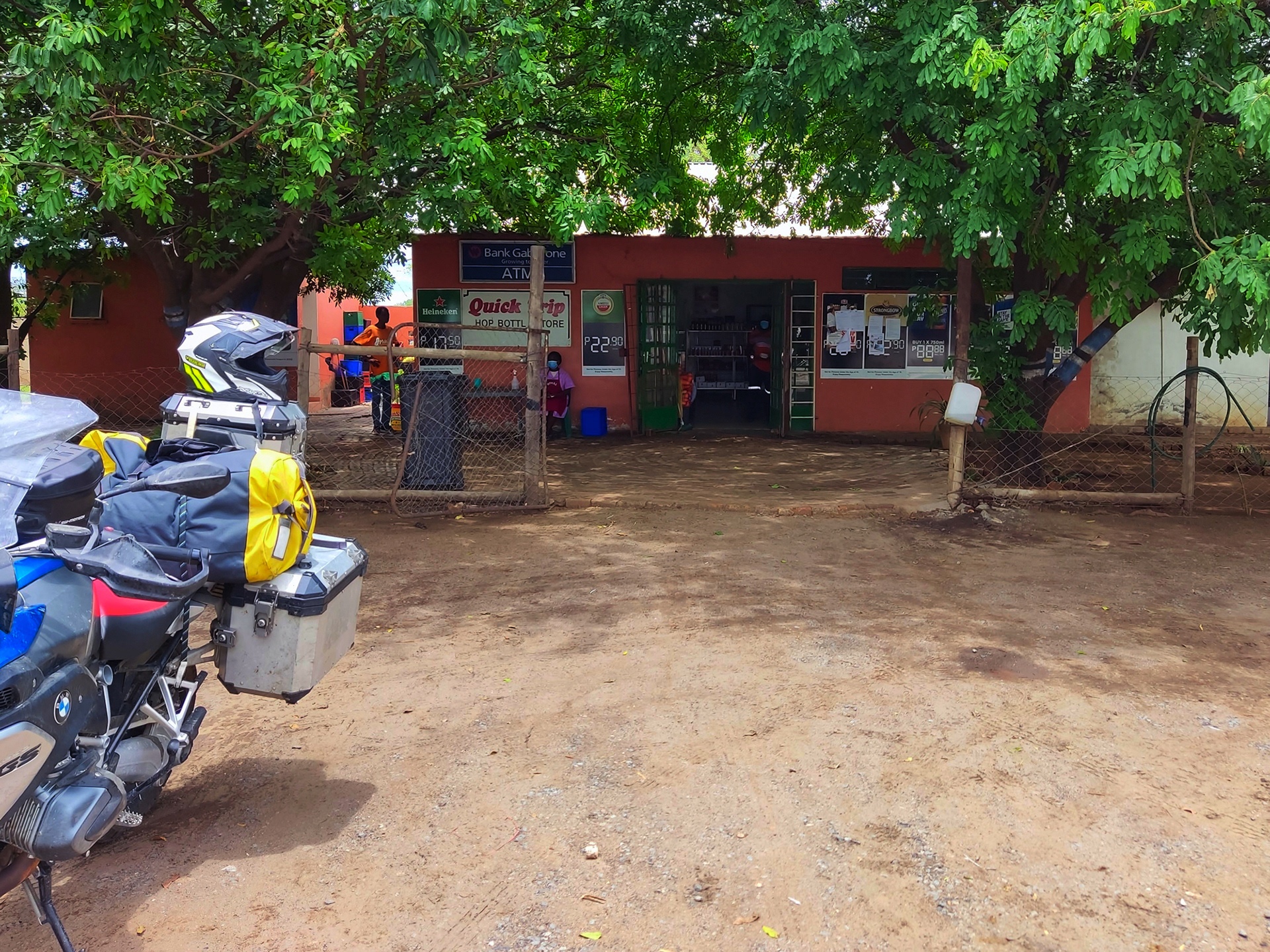
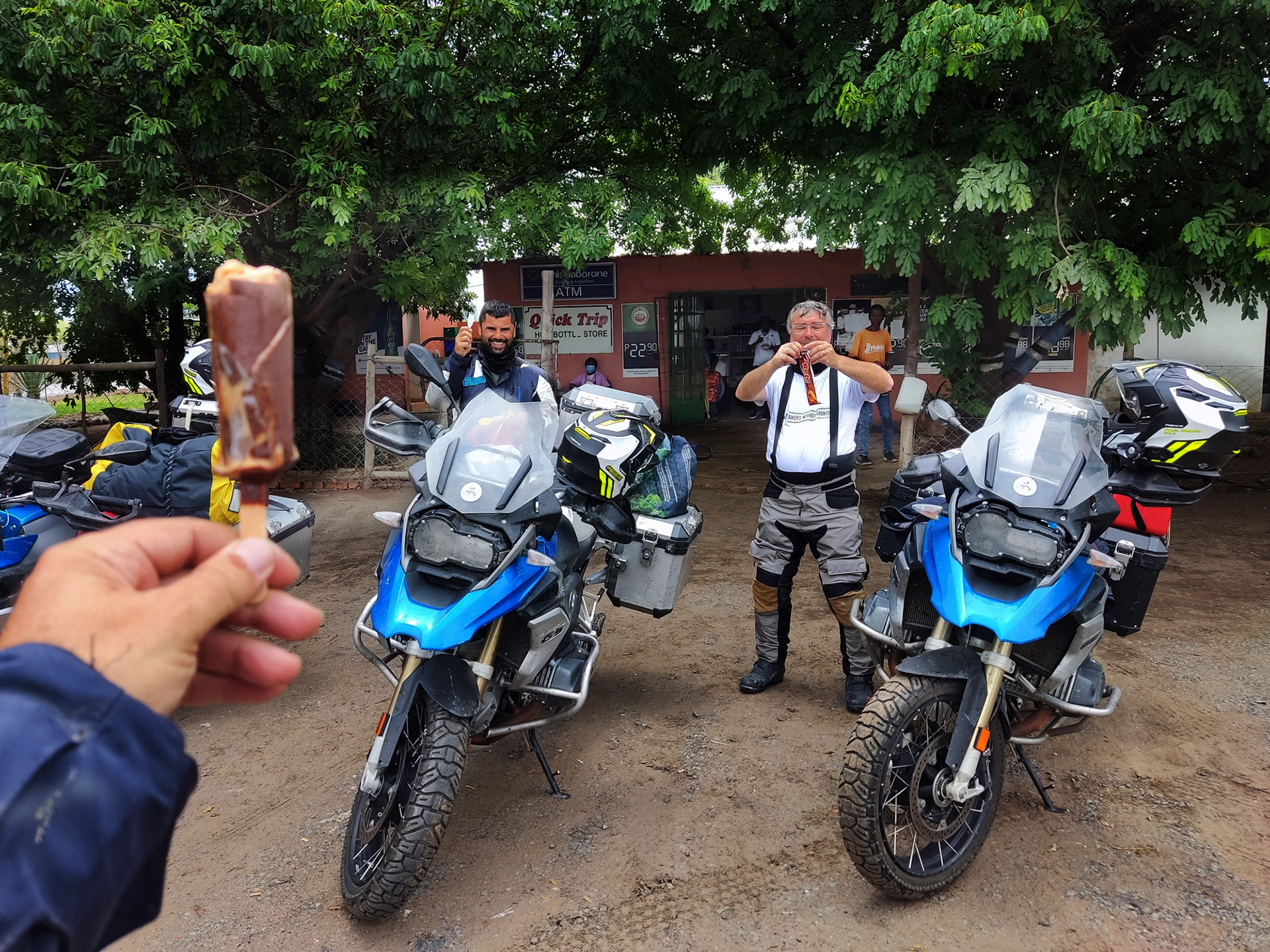

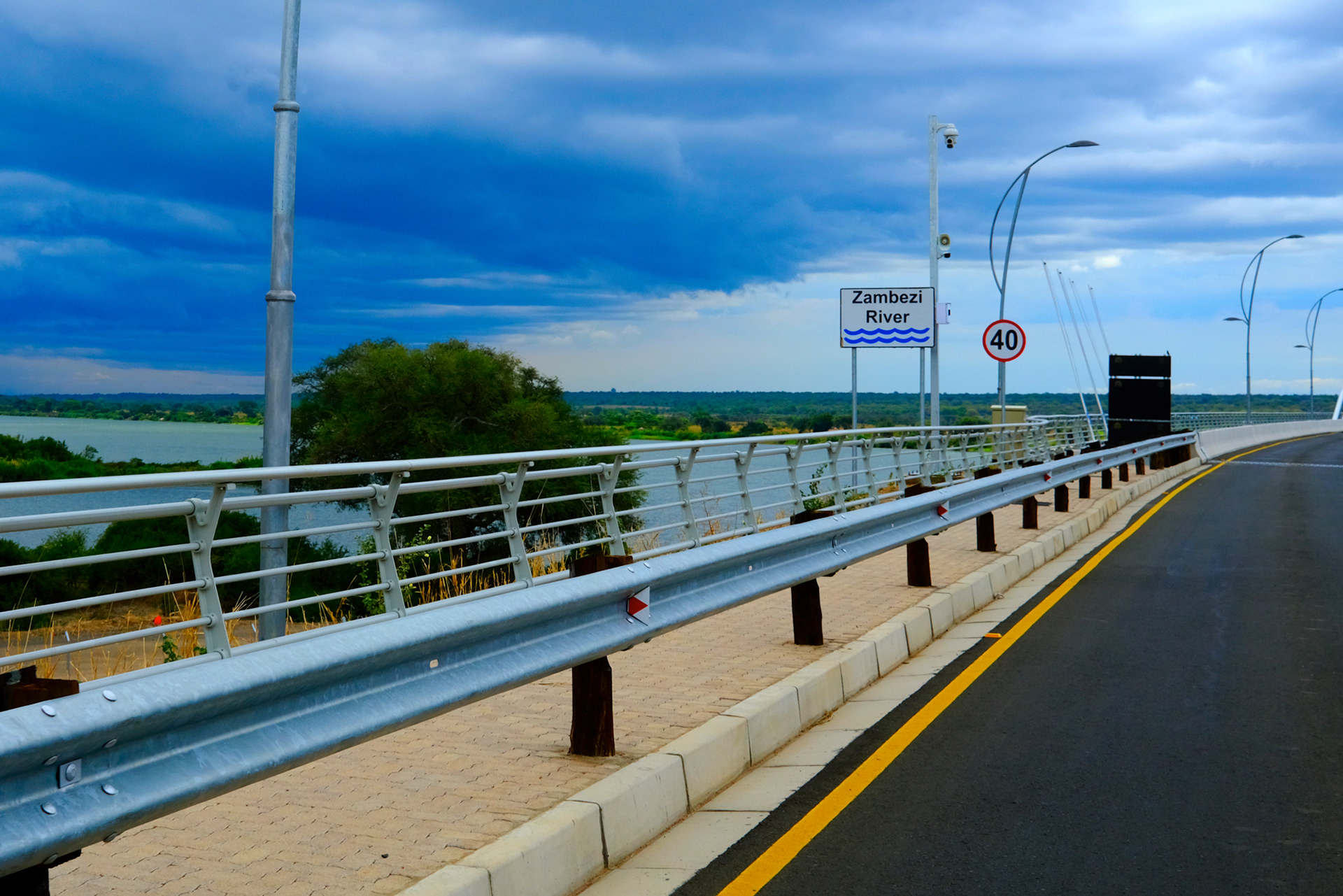
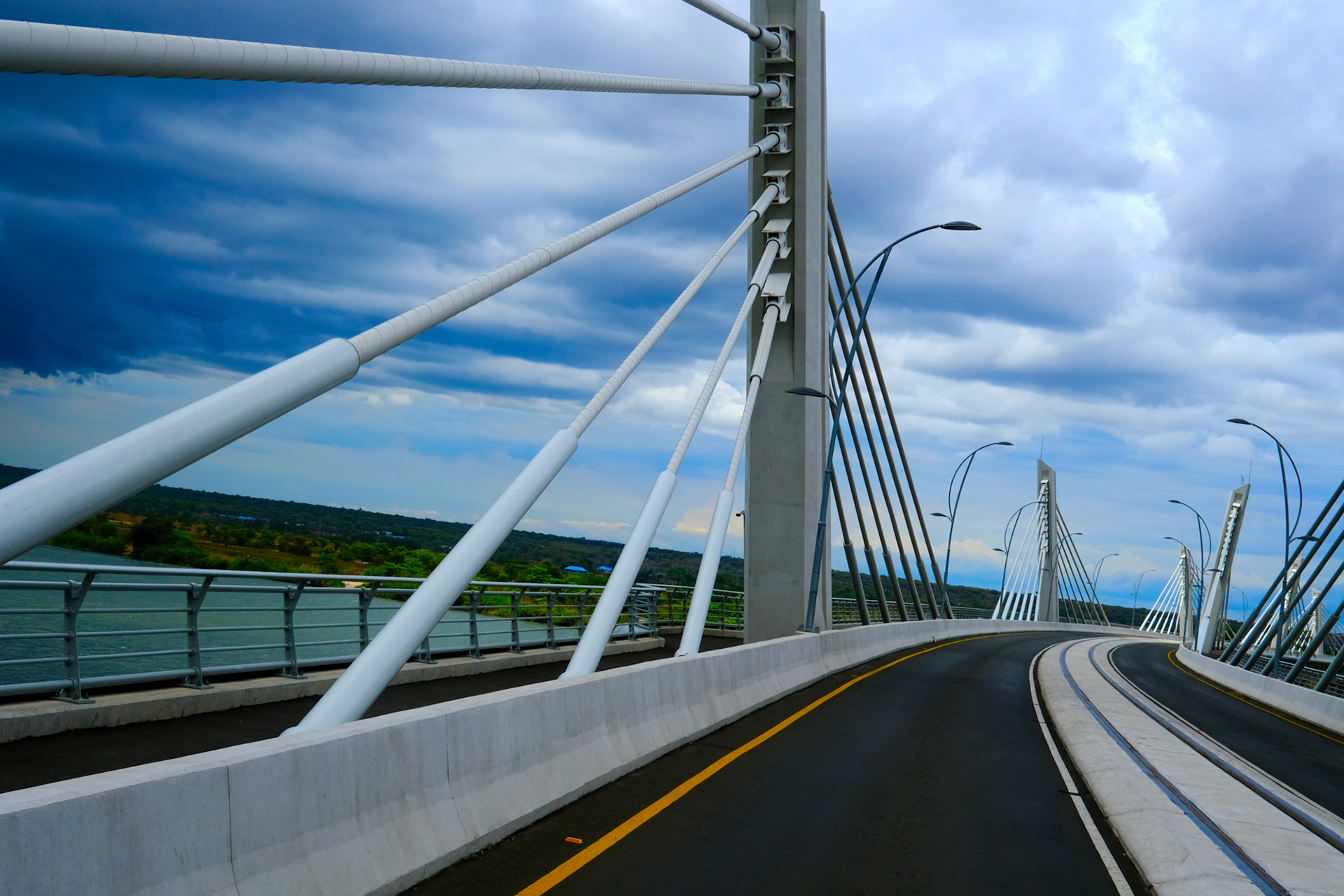
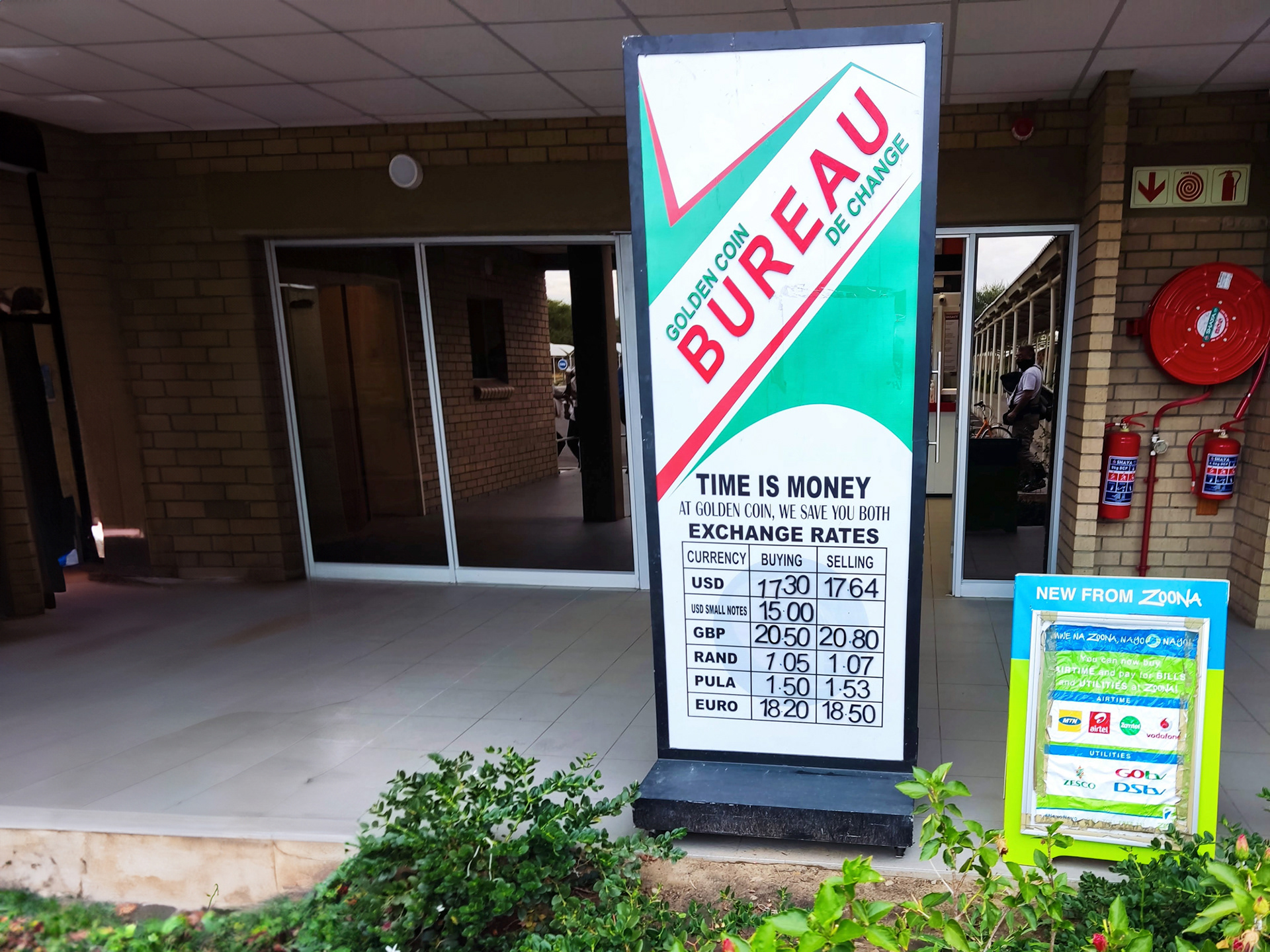
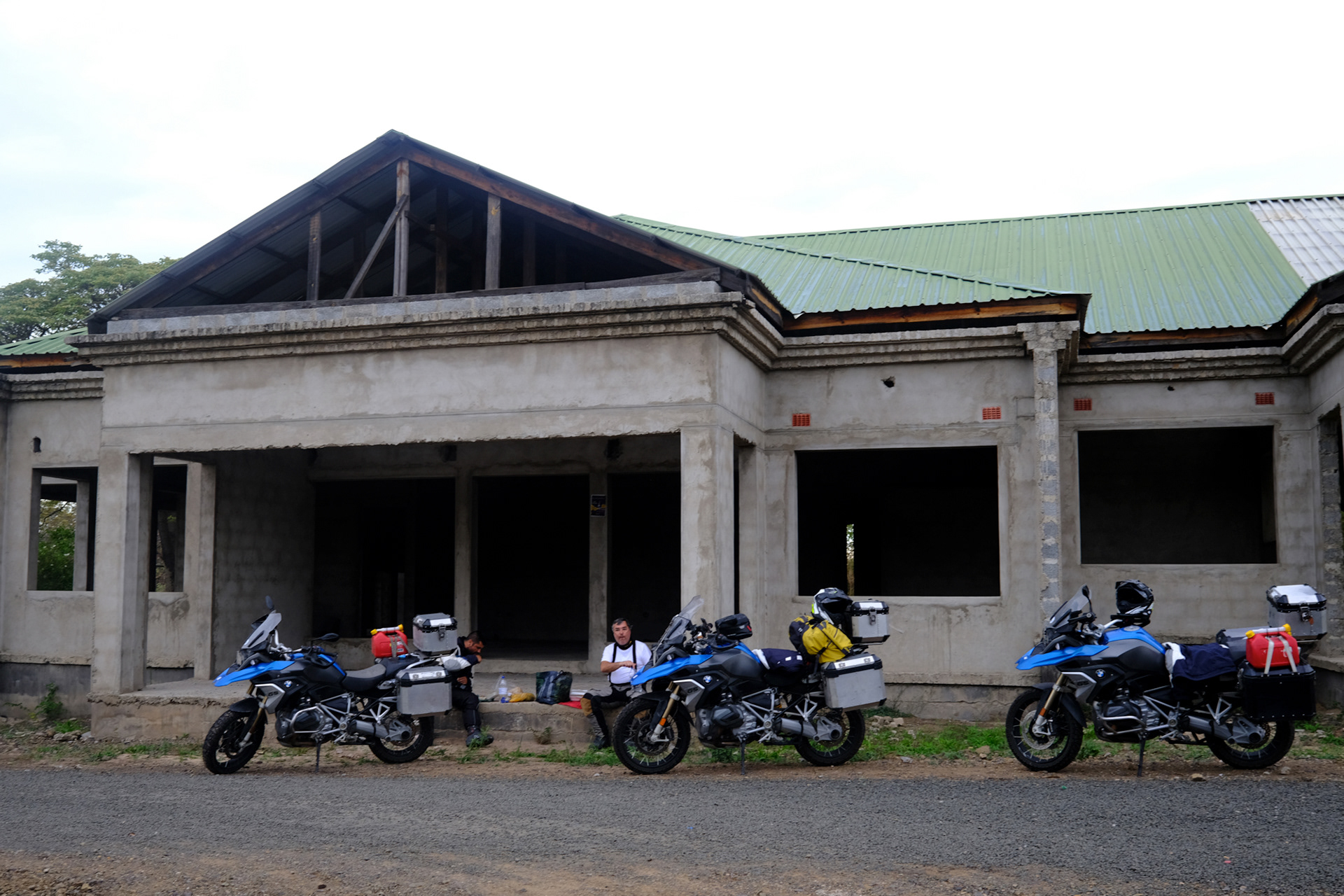
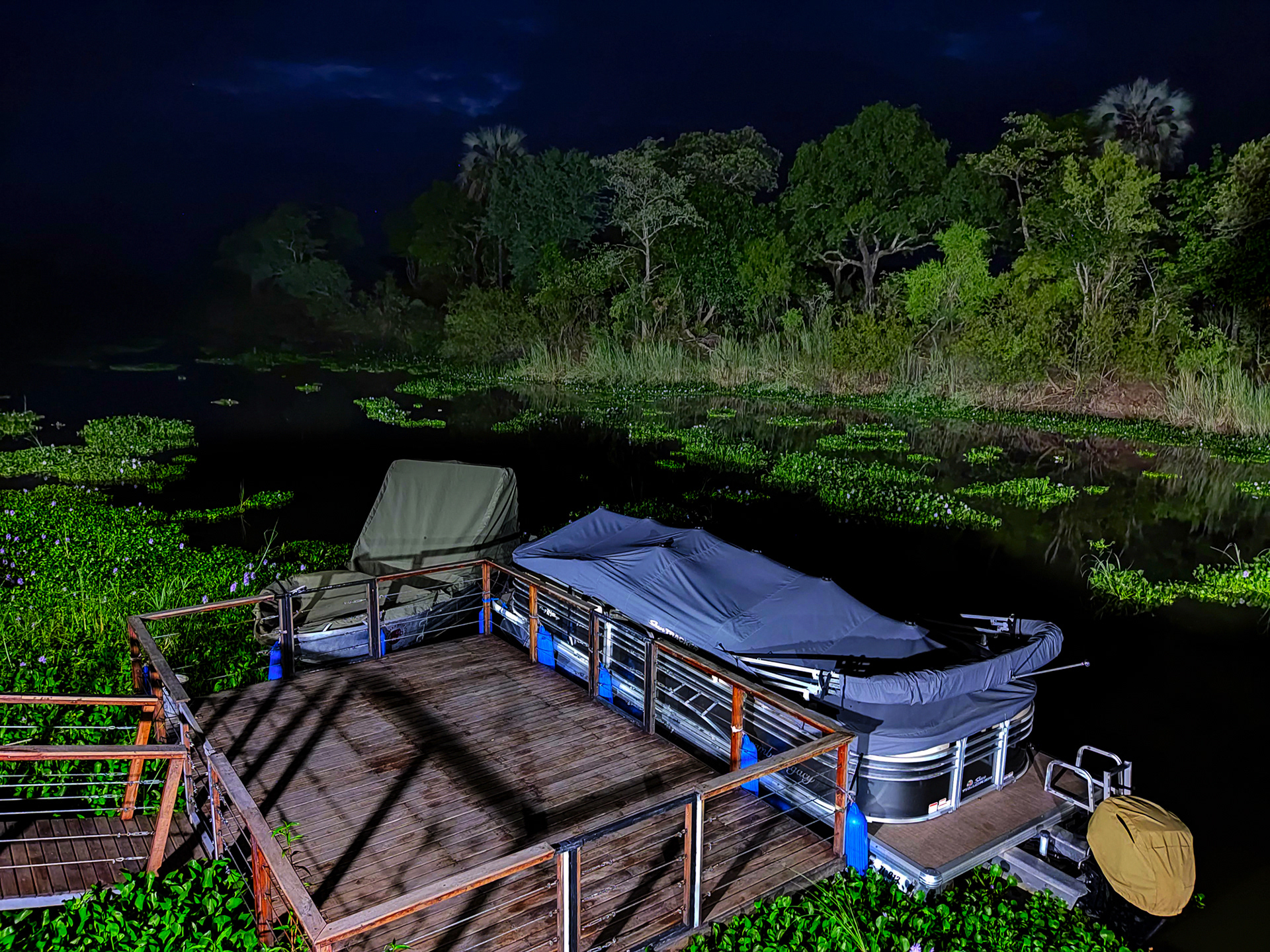
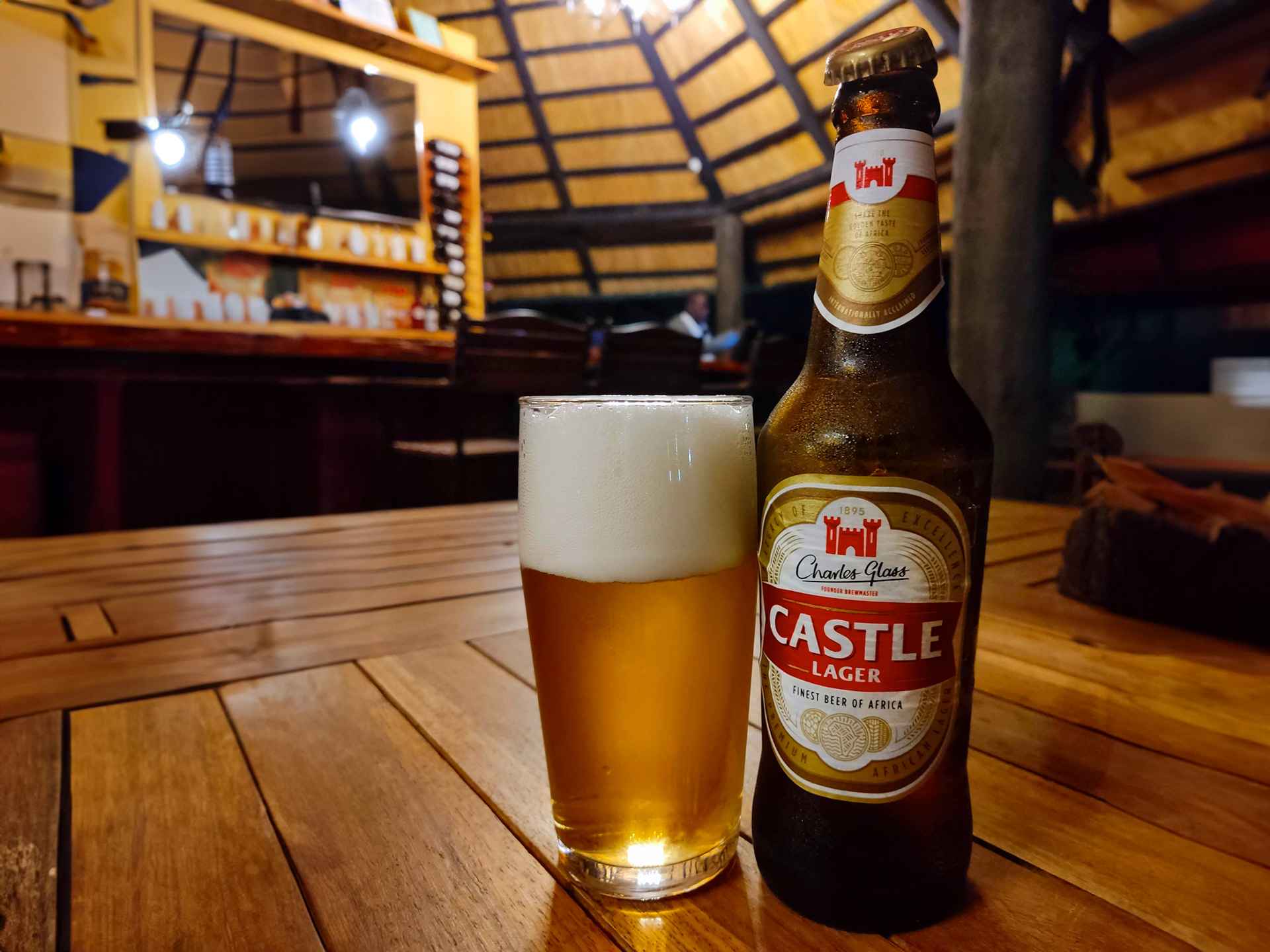
🇵🇹 Dia 11, 12, 13 e 14 Zâmbia 🇿🇲 e Malawi 🇲🇼
Zâmbia 🇿🇲.
A Zambia, antiga Rodésia, é outro jovem país (independência em 1964) sem costa marítima da África austral.
Apenas nos demoramos 4 dias neste novo país. A primeira noite foi passada em Livingstone, esta cidade ganhou o nome do explorador inglês que descobriu as cataratas Victoria Falls uma das 7 maravilhas do Mundo.
Seria um crime estarmos ali e não irmos visitar as cataratas, claro que fomos e foi espectacular.
Tivemos o prazer de percorrer a pé a Victoria Falls Bridge uma obra de engenharia inaugurada em 1905. Os ingleses tinham o sonho de unir por caminho de ferro Cape Town ao Cairo, infelizmente a linha ficou por ali.
Ainda pisamos solo do Zimbabué já que a ponte é partilhada pelos dois países, a fronteira são duas linhas amarelas pintadas exactamente a meio. O espectáculo que a mãe natureza nos proporciona com toda aquela água a cair pelas escarpas é um bálsamo para os sentidos, não há fotografia ou filme que possa substituir a nossa presença, toda a atmosfera que envolve os visitantes é quase mágica, um spray que não é comparado nem a chuva nem à humidade do ar, são as cataratas a colarem-se aos nossos corpos. E como descrever o som ? Não consigo, vão lá.
Dizia-nos um policia, na Zâmbia: “Podem andar à vontade, só temos um ladrão, o macaco Babuíno, Baboon”. O Rafael pode comprovar a veracidade da afirmação do policia, um destes primatas que podem atingir 1,50m de altura com caninos enormes roubou o nosso saco de pão mesmo debaixo do nariz do Rafa e ainda o ameaçou. Em toda a viagem foi o único episódio em que vimos a nossa segurança ameaçada.
Tínhamos definitivamente deixado as paisagens desérticas para trás, esta já era uma África de vegetação exuberante onde os castanhos intercalam com os verdes. Estradas com bom alcatrão e sempre com vista para uma qualquer montanha, um prazer para os olhos.
Muita vida à beira da estrada, muita fruta para ser comprada pelo viajante e muitas aldeias tradicionais.
Como a nossa experiência na fronteira da Zâmbia não tinha sido muito agradável decidimos evitar a entrada no Malawi, embora essa decisão nos obrigasse a fazer mais kms pois teríamos de contornar este país, indo para sul para depois voltarmos para norte e sabíamos também que a estrada que vai de Katete, Zâmbia para Tete em Moçambique estaria em muito mau estado. Ainda assim arriscamos, mas desta vez o risco não compensou, não conseguimos visto no posto fronteiriço de Cassacatiza, a máquina que imprime e regista os vistos tinha avariado, o que nos obrigou a voltar à Zâmbia e quase sermos obrigados a pagar novo visto. Este fim de dia entre fronteiras e regresso a Katete para pernoitar foi digno de um filme de aventuras com tempestade de areia à mistura e 65 kms de uma estrada de crateras feitos de noite escura. Pela terceira vez ouvimos a expressão “full booking”. Como é que naquele fim do mundo um hotel podia estar esgotado, para mais em tempos de Covid ? Mas estava e não tivemos outra alternativa senão procurar outro local para descansar o esqueleto que naquele dia tinha sido bastante maltratado. Arranjamos um sítio para dormir, mas só isso, nem jantar nem pequeno-almoço no dia seguinte, uma cama já não era mau. Jantamos o que o Rafael tinha na “despensa” o que era muito pouco e ainda dividimos com os guardas do “resort” que ainda estavam piores que nós. Viajar também é isto.
Para não termos de voltar para trás e ir a Lusaka tentar o visto na embaixada o que nos obrigaria a percorrer 1.200 kms a mais, voltamos ao nosso plano inicial que era entrar e atravessar o Malawi.
Malawi.
O posto fronteiriço de Mchinji afinal não se revelou tão mau como imaginávamos, fizemos o teste Covid mais rápido de sempre e sem termos de pagar pela urgência, foram só 6 horas de fronteira mas bastante tranquilas.
O lago Malawi, ou Niassa, terceiro mais extenso de África, ocupa cerca de um quarto do país, com aproximadamente 31.000 km², é a principal atracção turística, como nós não estávamos ali para fazer turismo não o visitamos, mas ficamos com pena, talvez numa próxima.
A paisagem vai alternando entre planícies, planaltos e montanhas, tudo muito verde. Na região sudoeste por onde passamos a leste do vale do rio Shire, ergue-se o maciço de Mulanje com o pico Sapitwa que, com 3 002 metros de altitude, é o ponto mais elevado do país. Ao longo da estrada íamos parando aqui e ali ora para satisfazer necessidades fisiológicas (mais o Rafael) ora para descansar o rabo e esticar as pernas. Como era eu que ía na frente, tentava parar sempre onde houvesse gente para ter alguma interacção. Fomos sempre bem tratados e bem recebidos, com curiosidade claro, afinal o que andavam ali a fazer 3 motos tão grandes com 3 tipos vestidos de igual, chamavam-nos gémeos.
No nosso segundo dia e último no Malawi destaco os campos plantados com folhas de chá, a perder de vista numa paisagem quase idílica rodeados de montanhas e com um clima a fazer lembrar o país do chá das 5. Com chuva miudinha, nevoeiro e algum frio chegámos ao nosso país de destino.
🇬🇧 Day 11, 12, 13 and 14 Zambia 🇿🇲 and Malawi 🇲🇼
Zambia 🇿🇲.
Zambia, formerly Rhodesia, is another young landlocked country in southern Africa (independence in 1964).
We only spent 4 days in this new country. The first night was spent in Livingstone, named after the English explorer who discovered Victoria Falls, one of the 7 Wonders of the World.
It would be a crime to be there and not visit the falls, of course we did and it was spectacular.
We had the pleasure of walking across the Victoria Falls Bridge, an engineering feat inaugurated in 1905. The British had a dream of linking Cape Town to Cairo by rail, but unfortunately the line stopped there.
We are still on Zimbabwean soil as the bridge is shared by both countries, the border being two yellow lines painted exactly in the middle. The spectacle that Mother Nature gives us with all that water falling down the cliffs is a balm for the senses, there is no photograph or movie that can replace our presence, the whole atmosphere that surrounds the visitors is almost magical, a spray that cannot be compared to rain or humidity in the air, it's the waterfalls sticking to our bodies. And how can I describe the sound? I can't, go on.
A policeman in Zambia told us: "You can walk around all you want, we only have one thief, the Baboon monkey". One of these primates, which can reach a height of 1.50m with huge canines, stole our bag of bread right from under Rafa's nose and even threatened him. This was the only time in the whole trip that our safety was threatened.
We had definitely left the desert landscapes behind; this was an Africa of lush vegetation where browns interspersed with greens. Roads with good tarmac and always with a view of some mountain, a pleasure for the eyes.
Lots of life by the roadside, lots of fruit for the traveler to buy and many traditional villages.
We had definitely left the desert landscapes behind; this was an Africa of lush vegetation where browns interspersed with greens. Roads with good tarmac and always with a view of some mountain, a pleasure for the eyes.
Lots of life by the roadside, lots of fruit for the traveler to buy and many traditional villages.
As our experience at the Zambian border hadn't been very pleasant, we decided to avoid entering Malawi, although this decision would have forced us to drive more kilometers as we would have had to go around this country, heading south and then back north, and we also knew that the road from Katete, Zambia to Tete in Mozambique would be in very poor condition. We still took the risk, but this time it didn't pay off: we couldn't get a visa at the Cassacatiza border post, the machine that prints and registers visas had broken down, forcing us to return to Zambia and almost have to pay for a new visa. The end of the day between the borders and the return to Katete for the night was worthy of an adventure movie, with a sandstorm and 65 km of cratered road in the dark of night. For the third time we heard the expression "full booking". How could a hotel be sold out at that end of the world, especially in times of Covid? But it was and we had no choice but to look for another place to rest our skeletons, which had been beaten up pretty badly that day. We found a place to sleep, but that was it, no dinner or breakfast the next day, a bed wasn't bad enough. We ate what Rafael had in the pantry, which was very little, and we also shared it with the guards at the resort, who were even worse off than we were. This is what traveling is all about.
So as not to have to turn back and go to Lusaka to try for a visa at the embassy, which would have forced us to travel another 1,200 kms, we went back to our original plan, which was to enter and cross Malawi.
Malawi.
The Mchinji border post turned out not to be as bad as we'd imagined, we did the fastest Covid test ever and without having to pay for the emergency, it was only 6 hours at the border, but it was pretty uneventful.
The Mchinji border post turned out not to be as bad as we'd imagined, we did the fastest Covid test ever and without having to pay for the emergency, it was only 6 hours at the border, but it was pretty uneventful.
Lake Malawi, or Niassa, the third largest lake in Africa, occupies about a quarter of the country, with approximately 31,000 km², and is the main tourist attraction. As we weren't there to do any sightseeing, we didn't visit it, but we were sorry to, maybe next time.
The landscape alternates between plains, plateaus and mountains, all very green. In the southwest, where we passed east of the Shire River valley, the Mulanje massif rises with Sapitwa Peak, which, at 3,002 meters, is the highest point in the country. Along the road, we stopped here and there, either to satisfy our physiological needs (plus Rafael) or to rest our butts and stretch our legs. As I was in the lead, I always tried to stop wherever there were people to have some interaction. We were always well treated and well received, with curiosity of course, after all, what were 3 such big bikes doing there with 3 guys dressed alike, they called us twins.
The landscape alternates between plains, plateaus and mountains, all very green. In the southwest, where we passed east of the Shire River valley, the Mulanje massif rises with Sapitwa Peak, which, at 3,002 meters, is the highest point in the country. Along the road, we stopped here and there, either to satisfy our physiological needs (plus Rafael) or to rest our butts and stretch our legs. As I was in the lead, I always tried to stop wherever there were people to have some interaction. We were always well treated and well received, with curiosity of course, after all, what were 3 such big bikes doing there with 3 guys dressed alike, they called us twins.
On our second and last day in Malawi, I'd like to highlight the fields planted with tea leaves, as far as the eye can see in an almost idyllic landscape surrounded by mountains and with a climate reminiscent of the country of 5 o'clock tea. With drizzling rain, fog and some cold, we arrived in our destination country.
Day 11 Livingstone - Lusaka
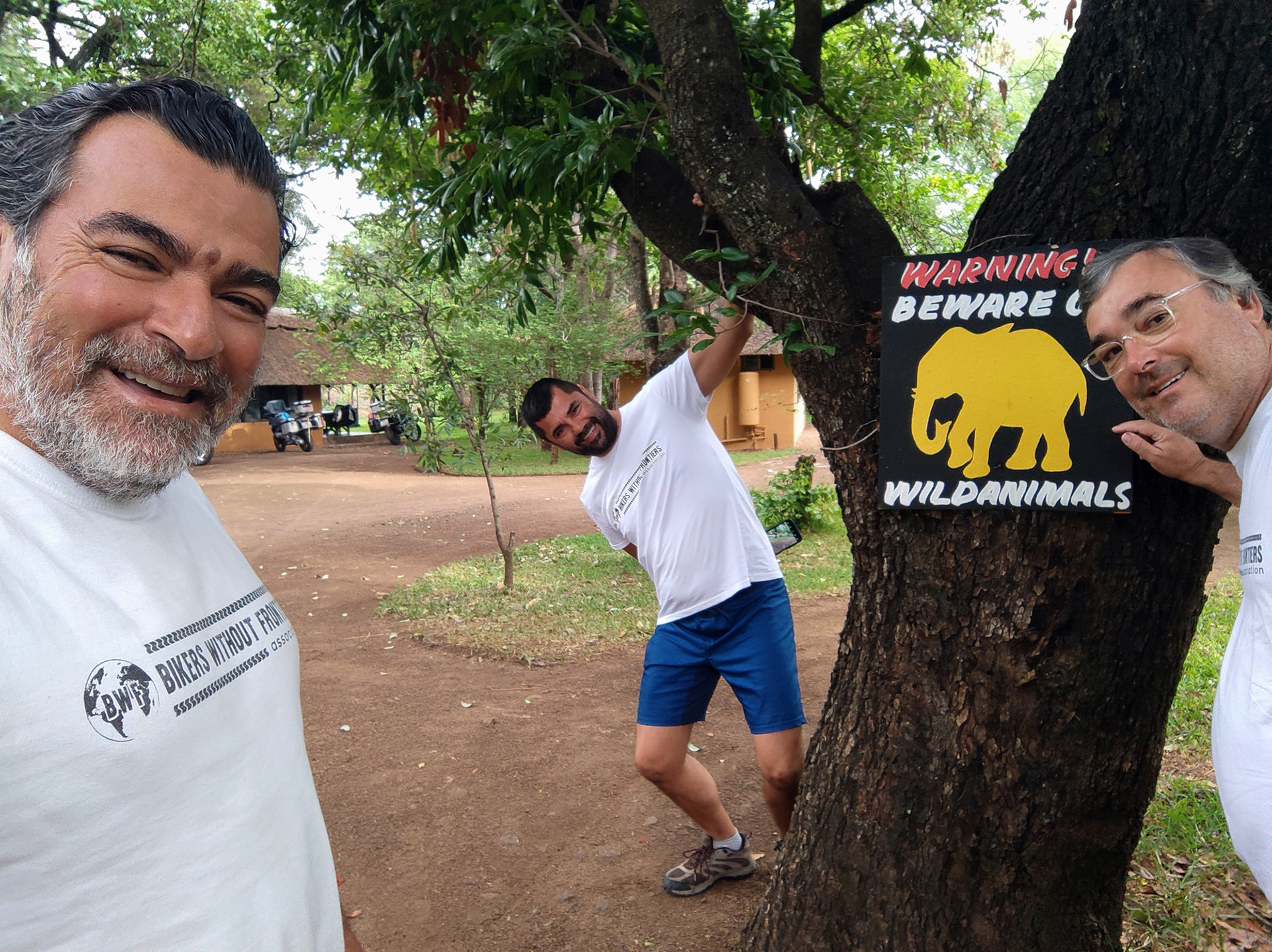
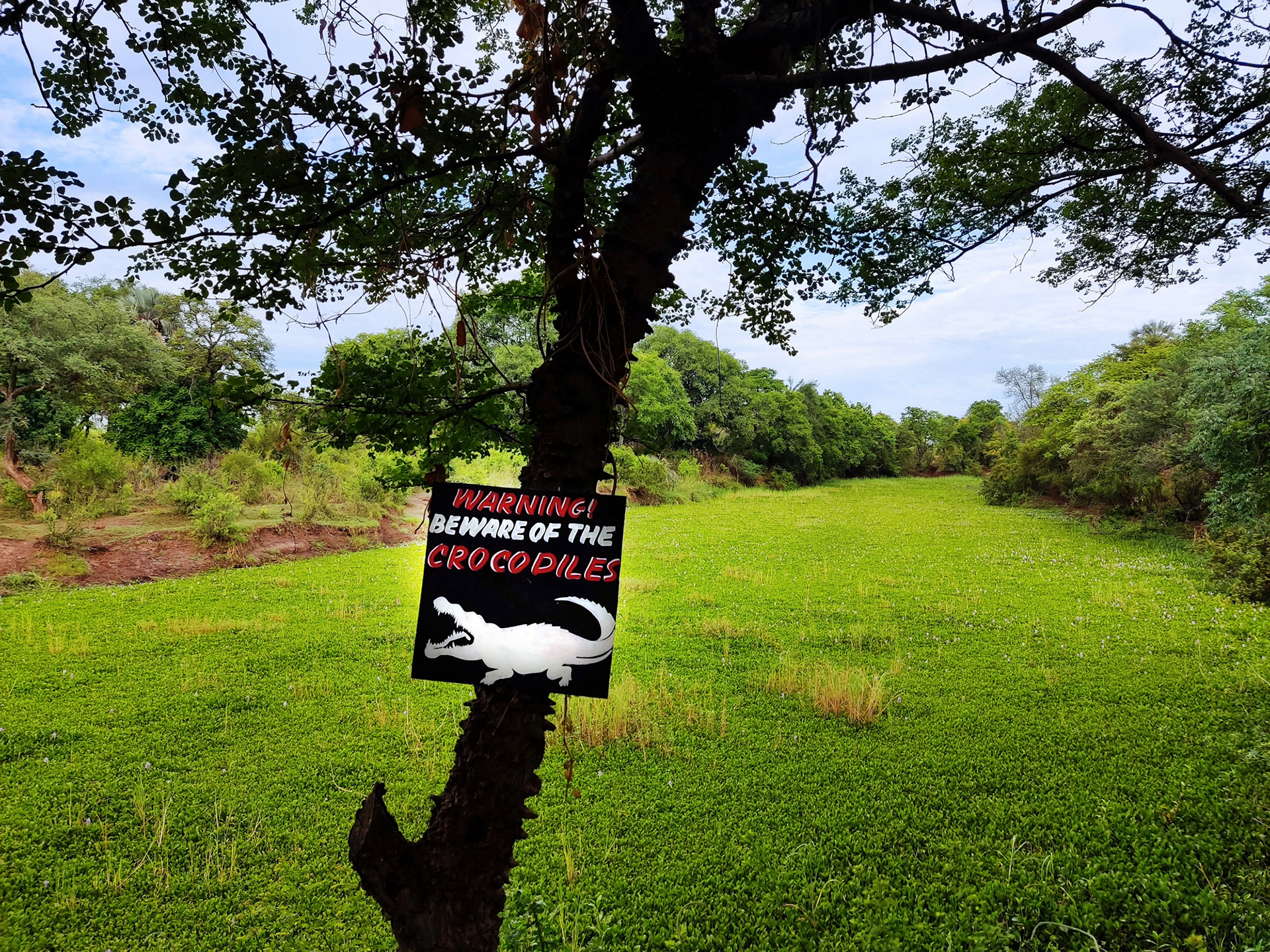
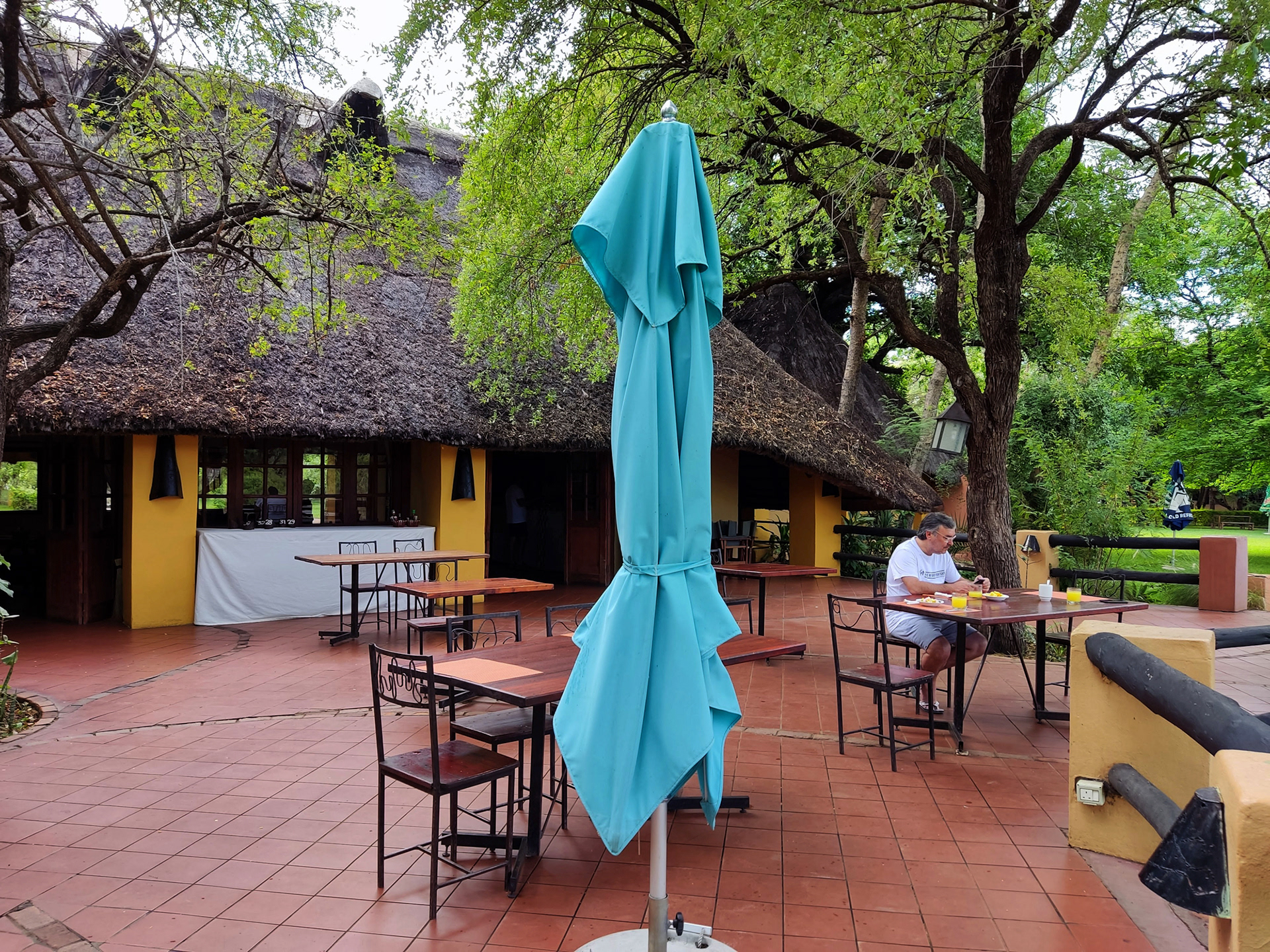
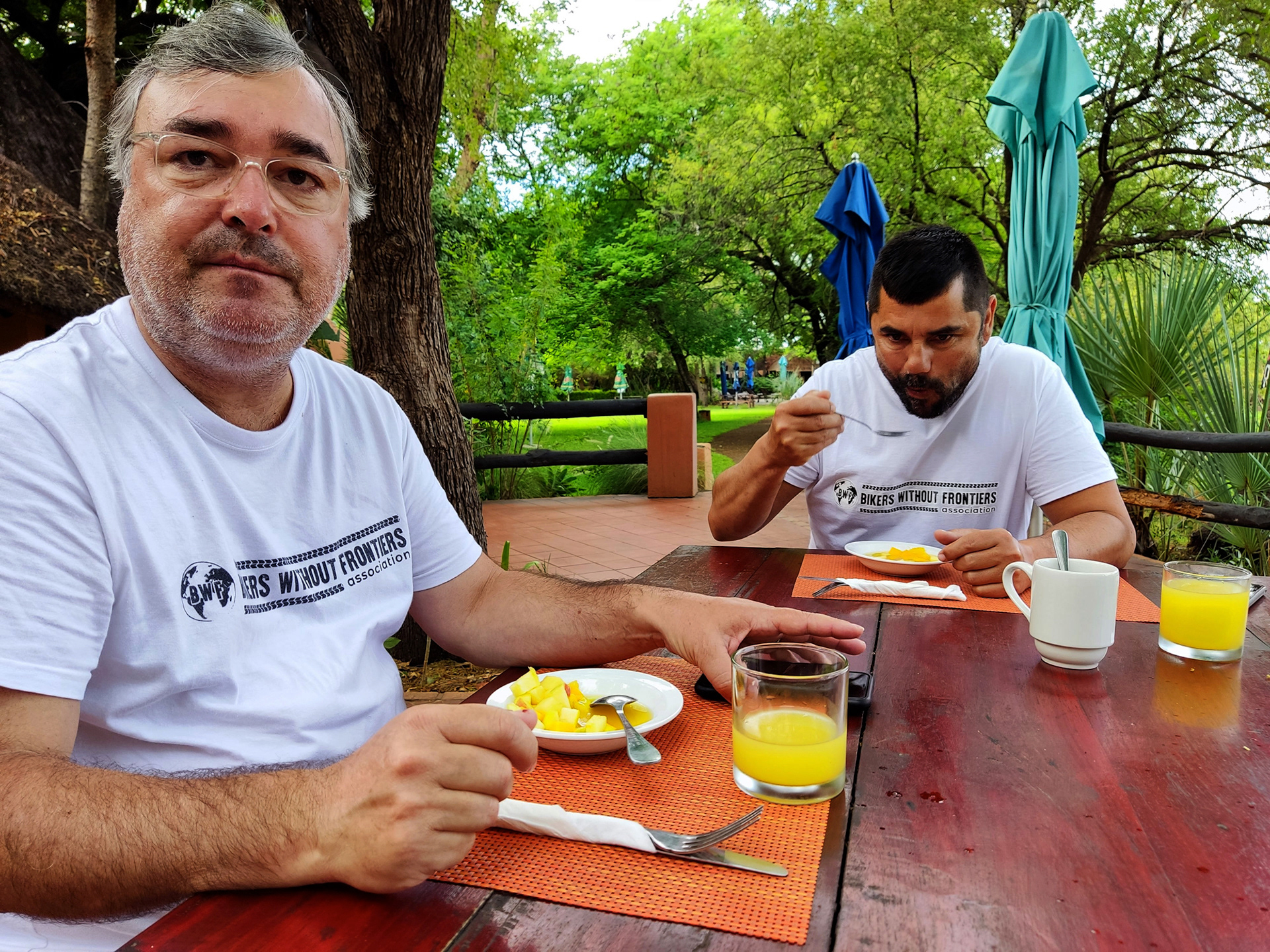
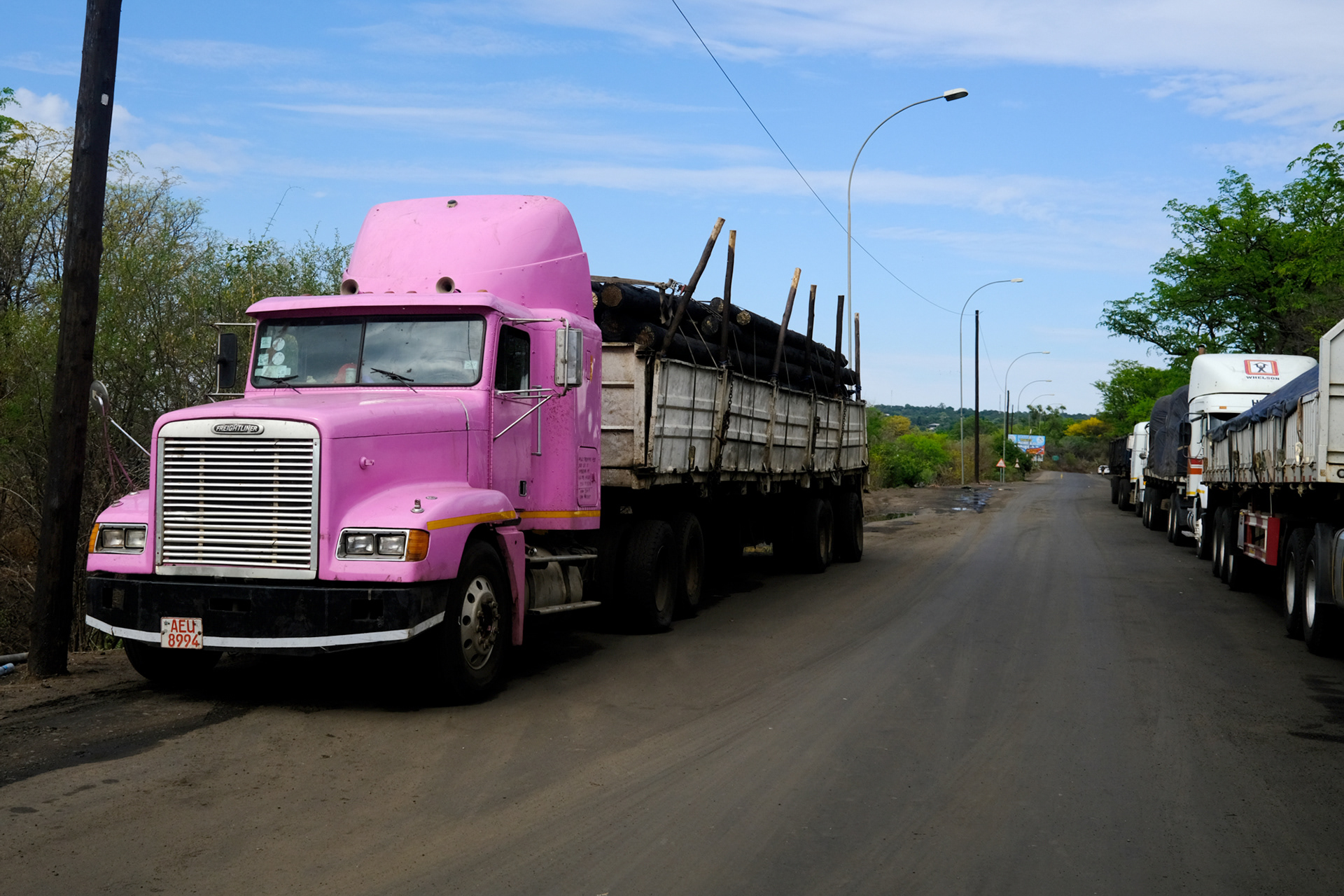
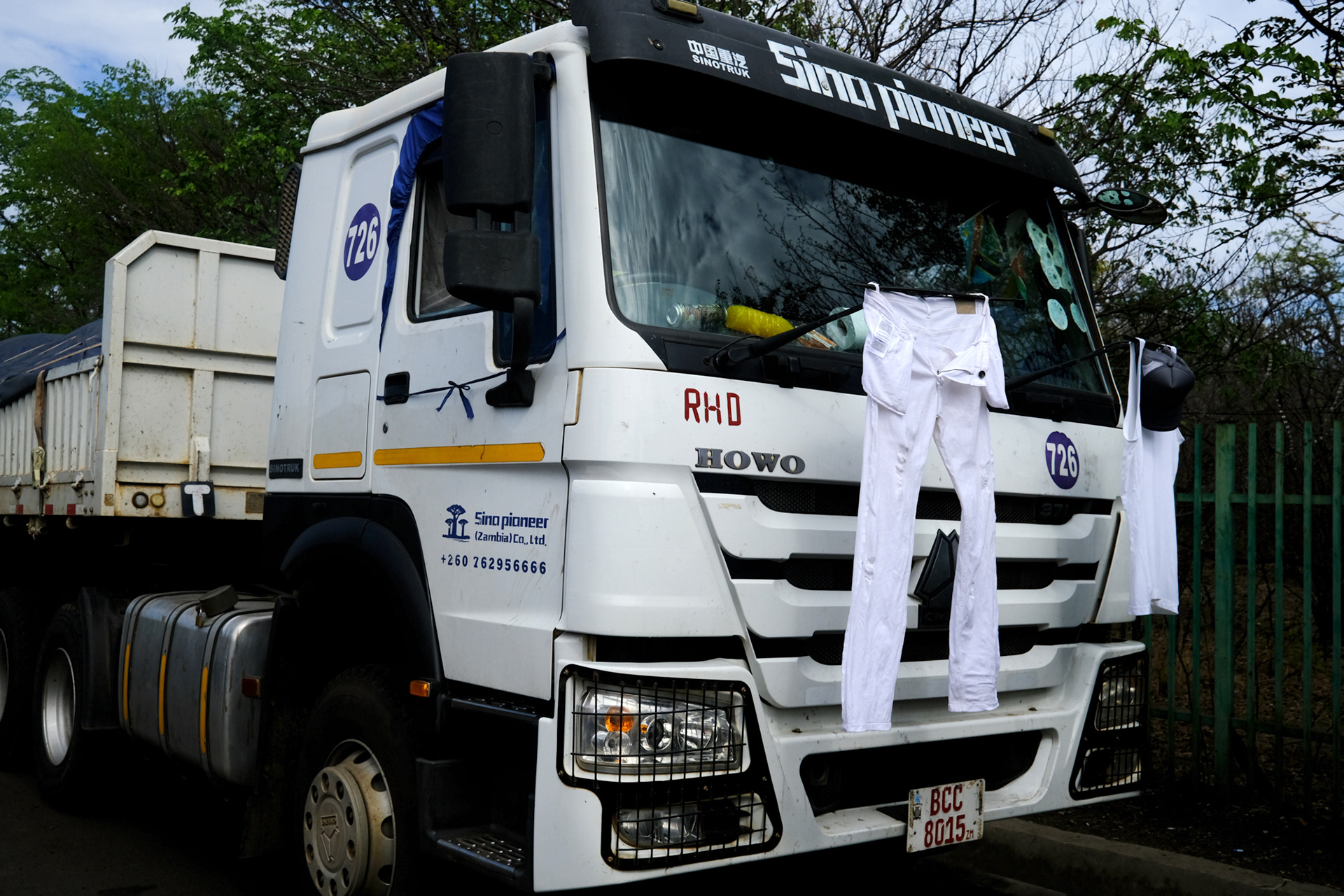
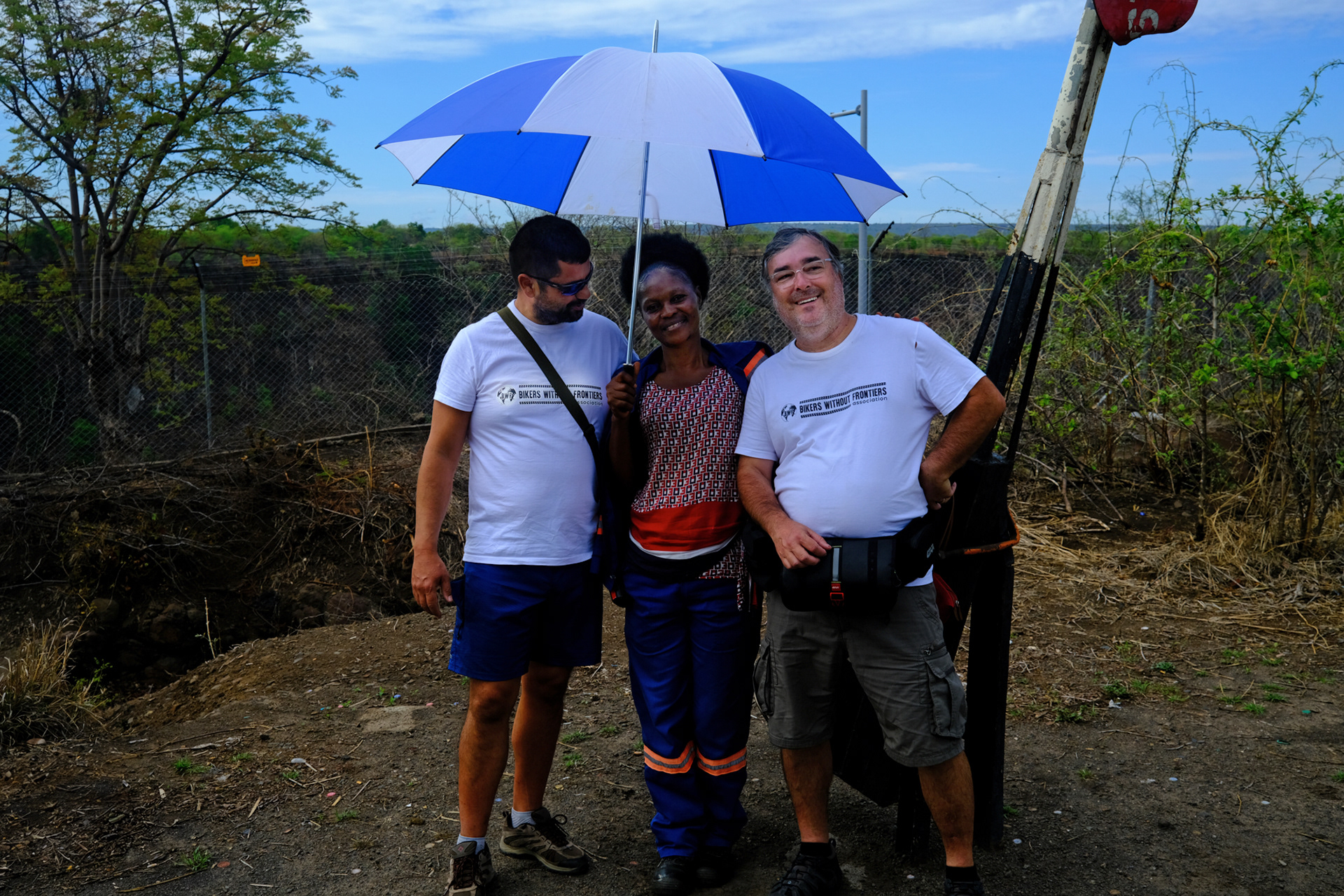
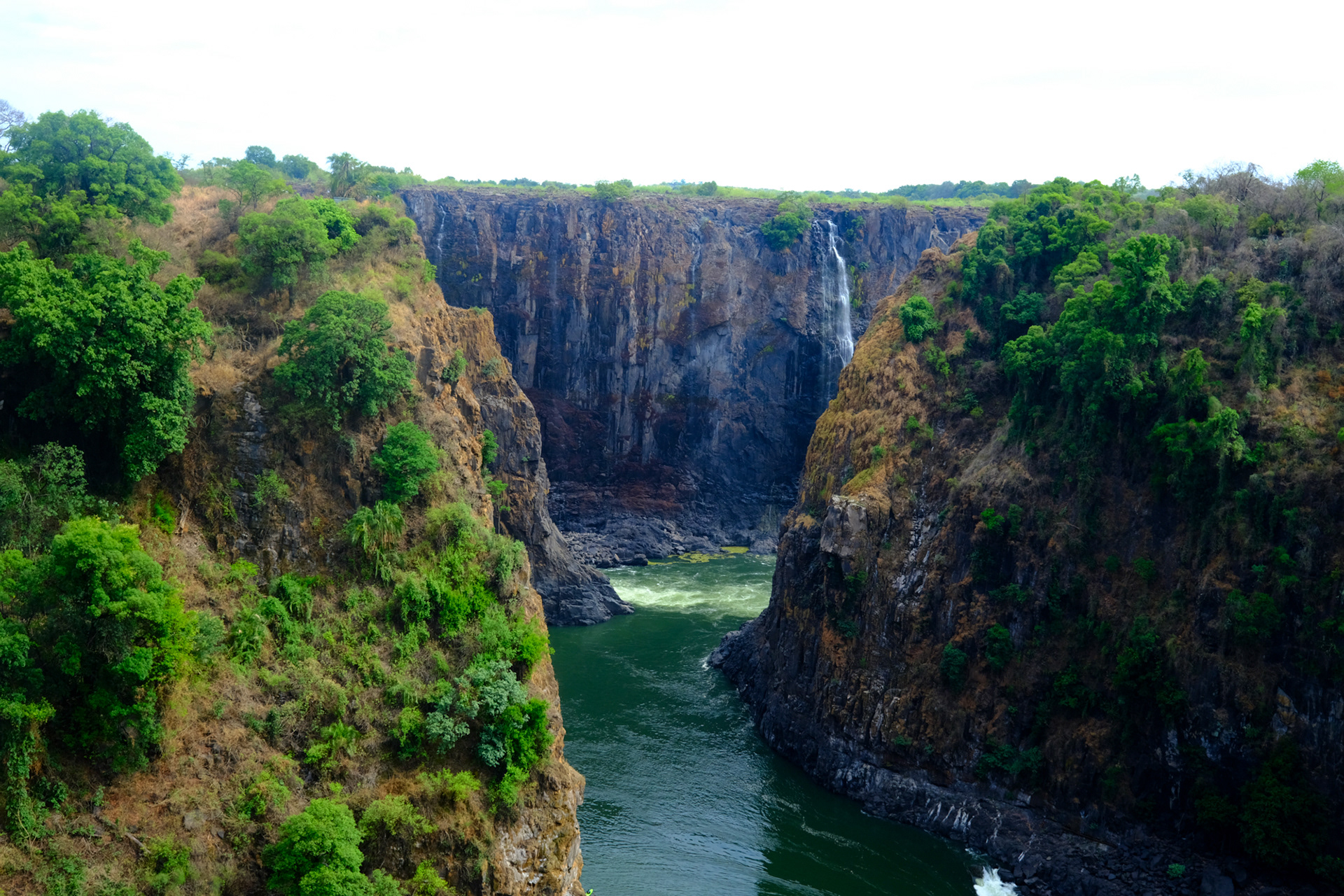
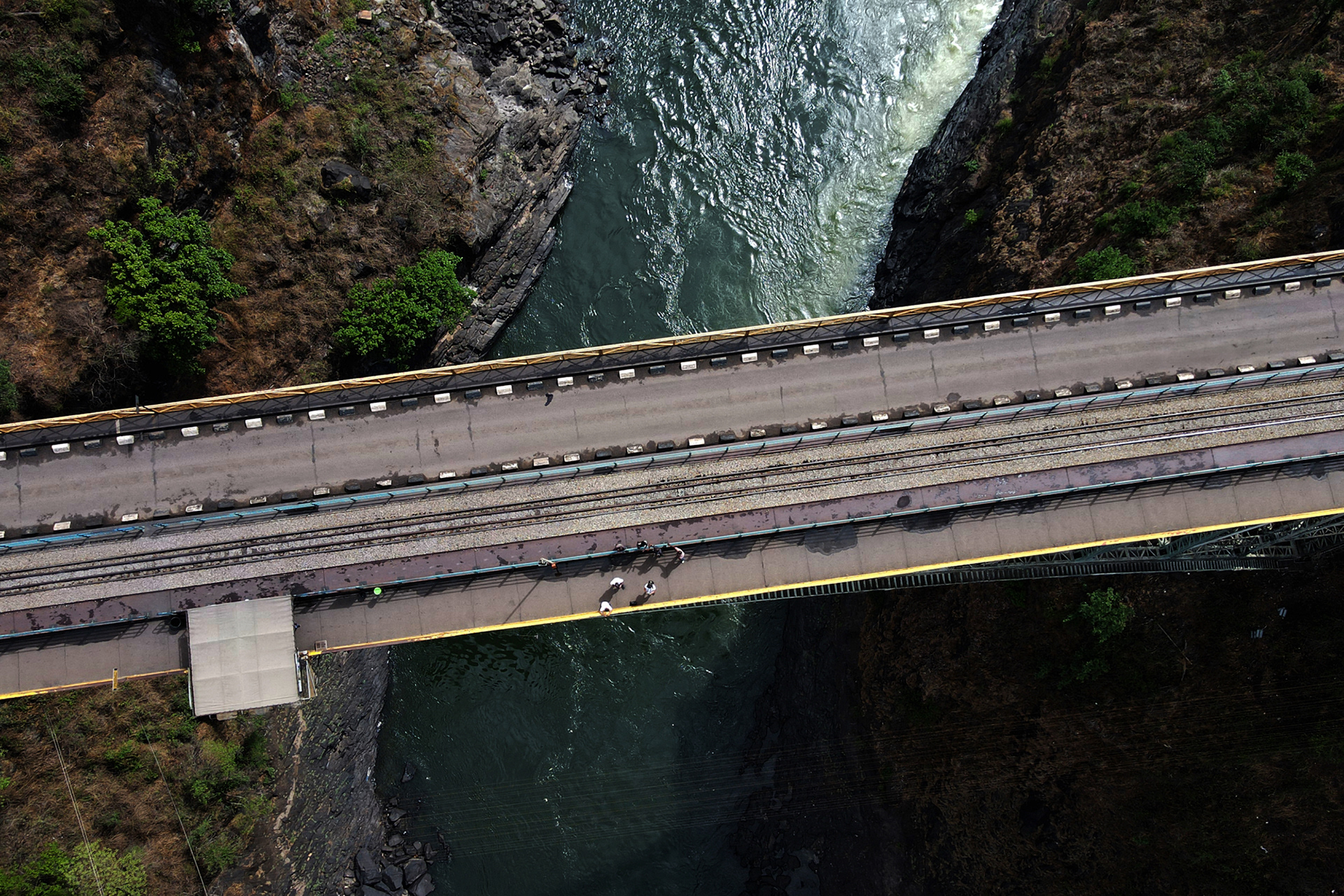
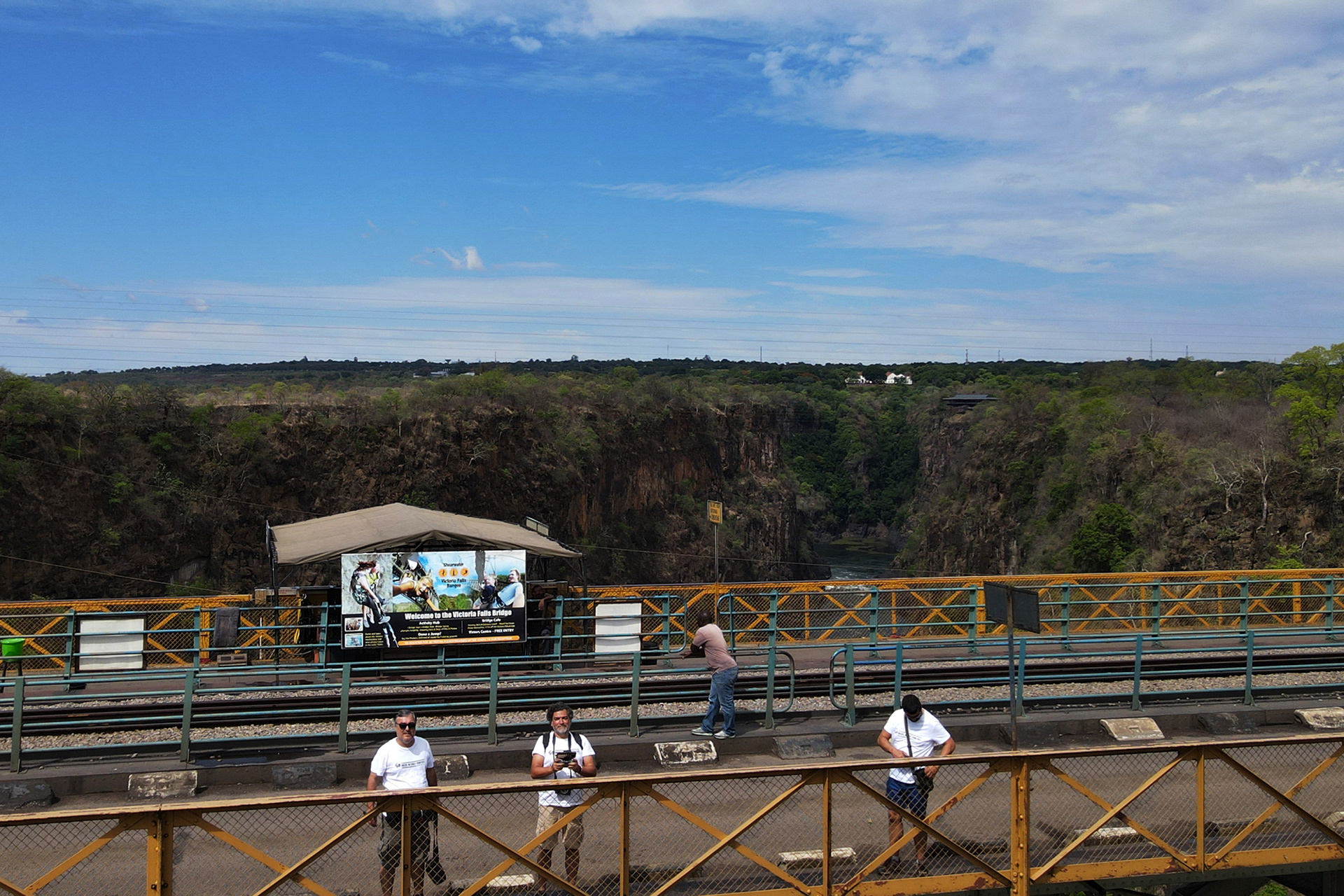
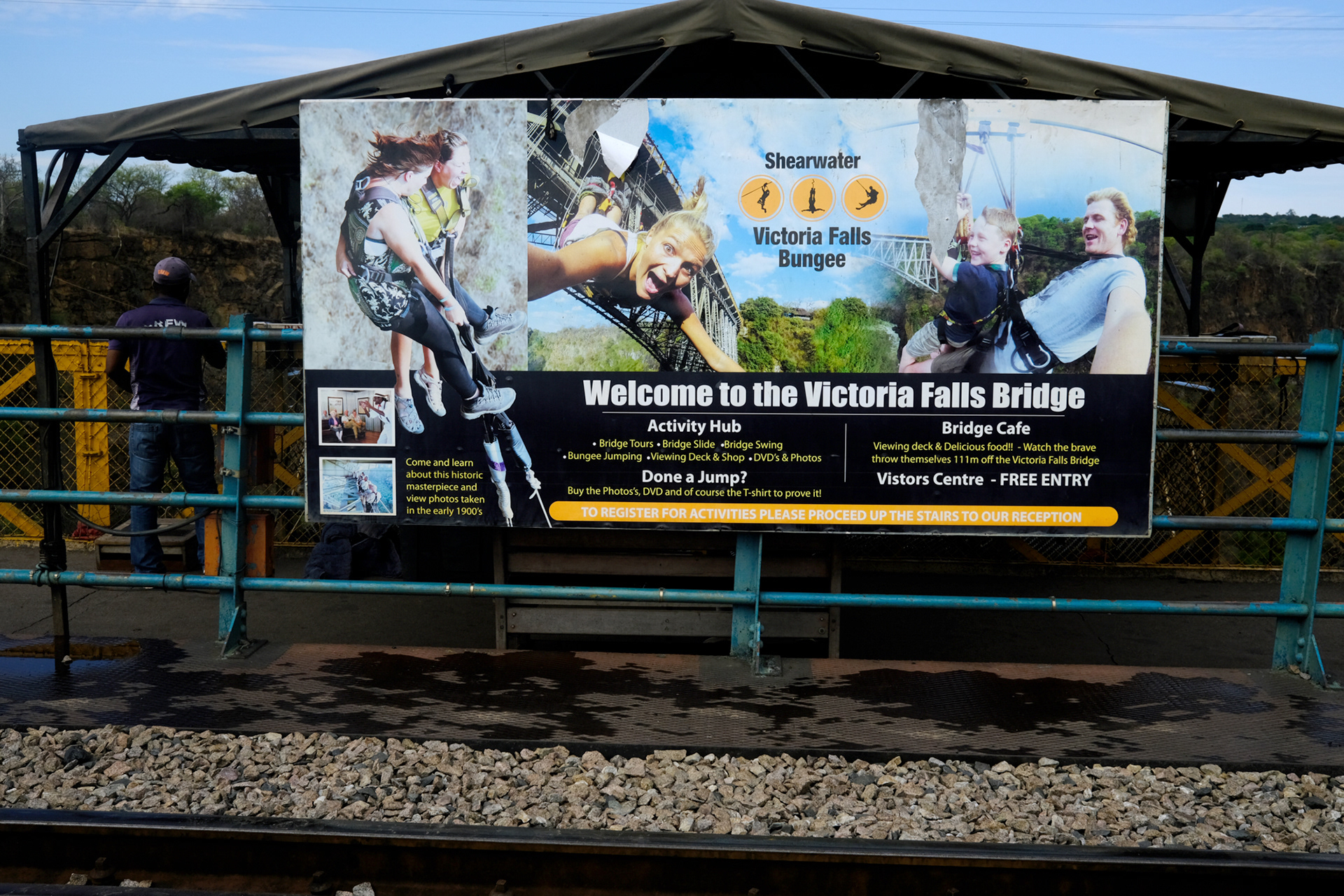
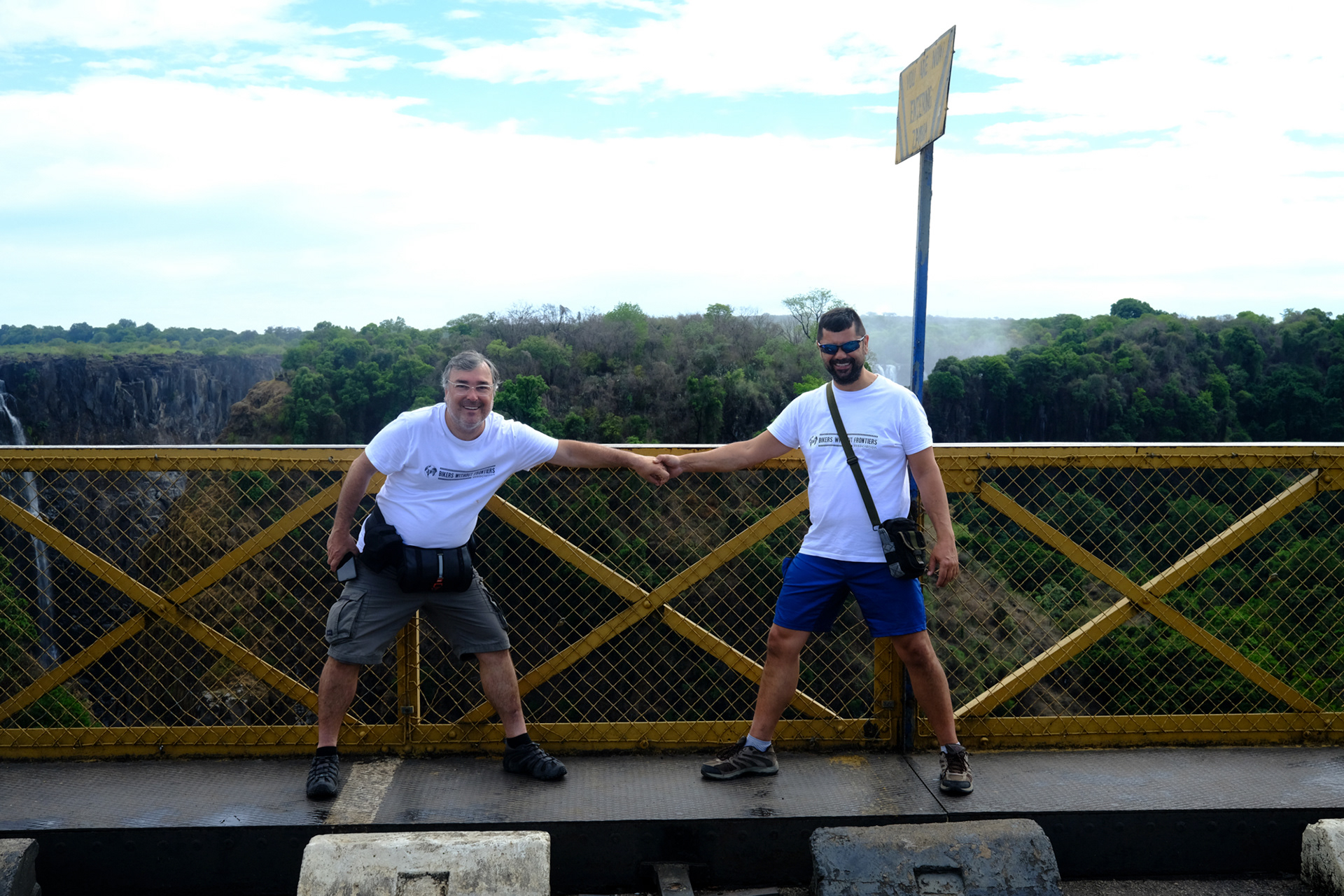
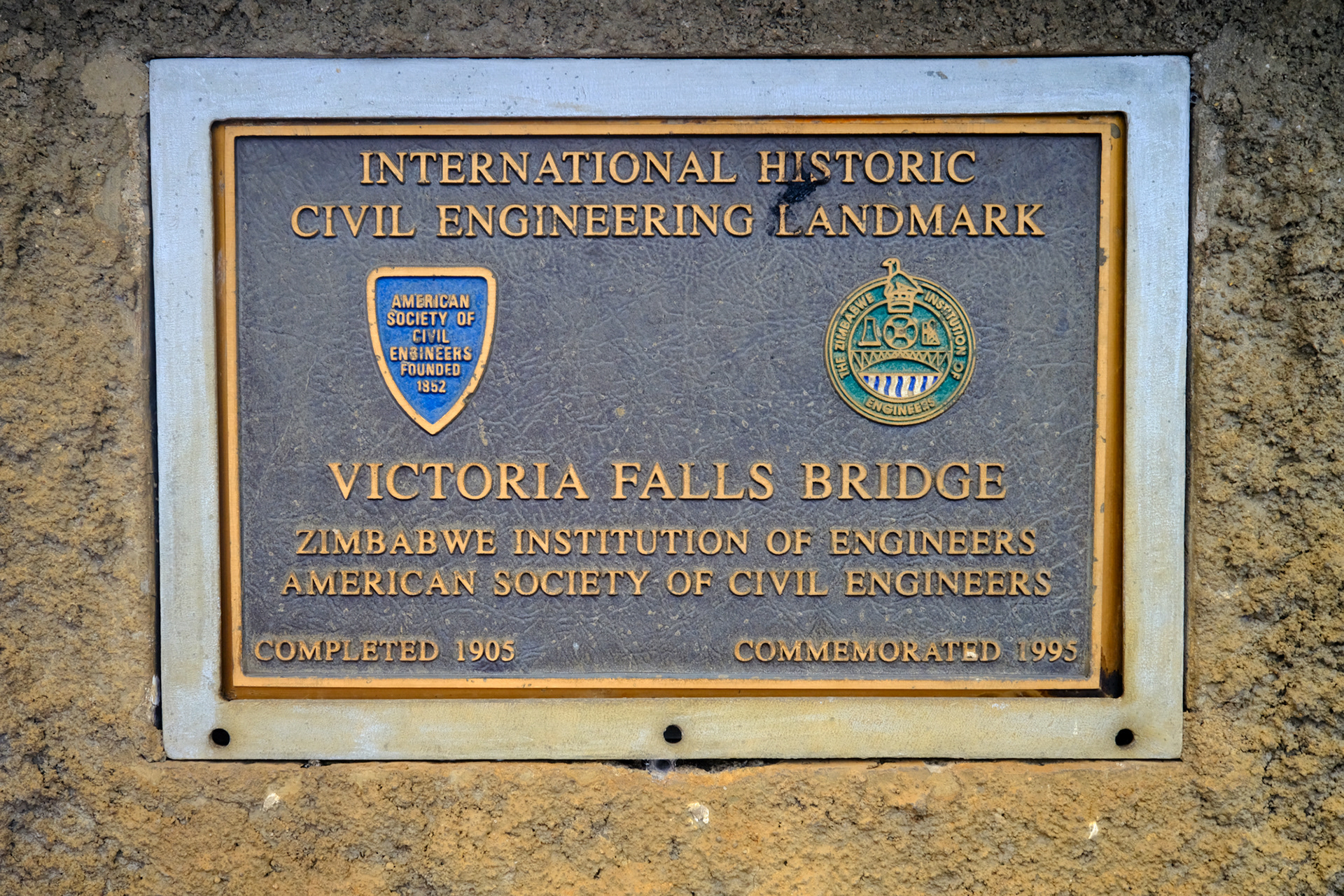
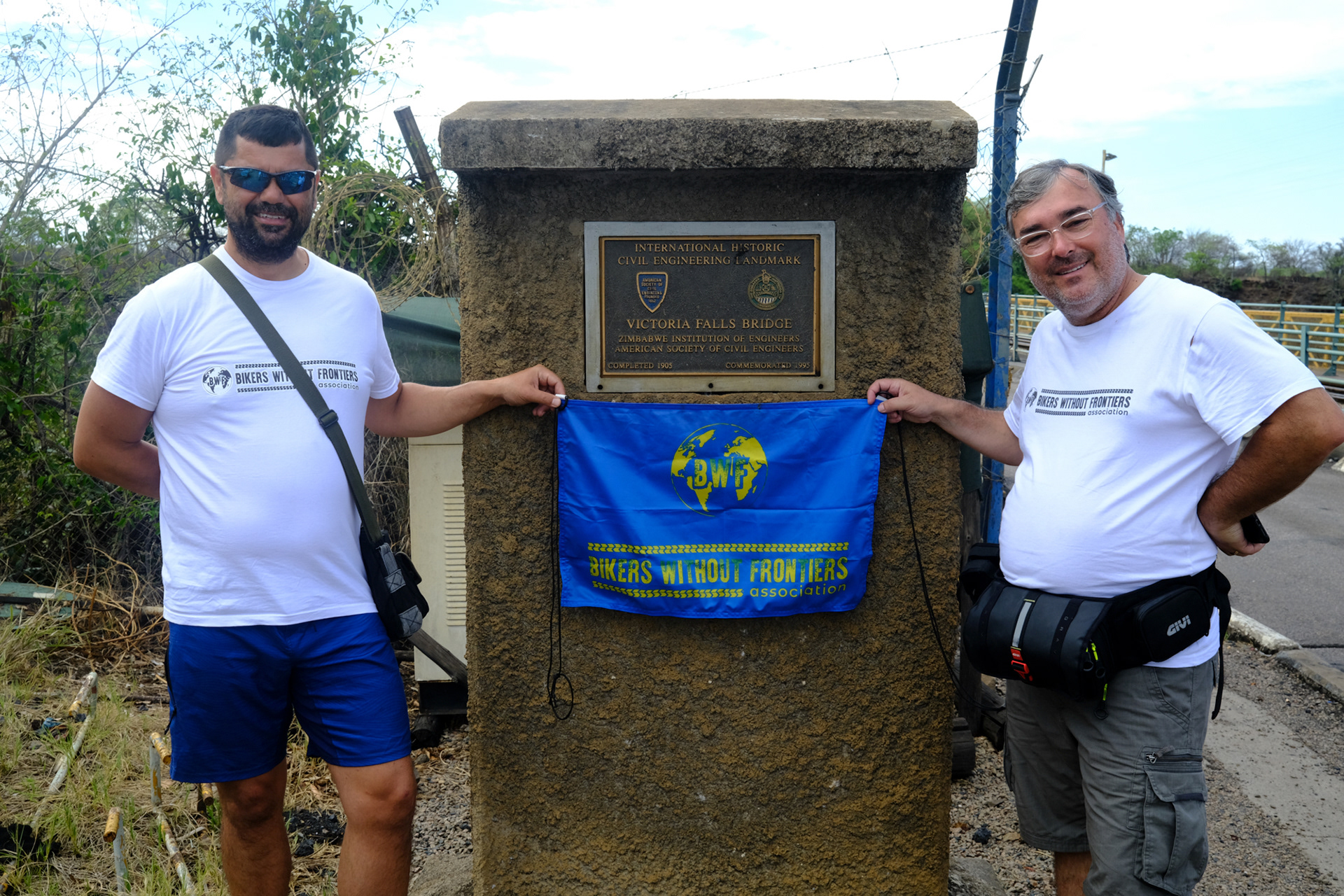
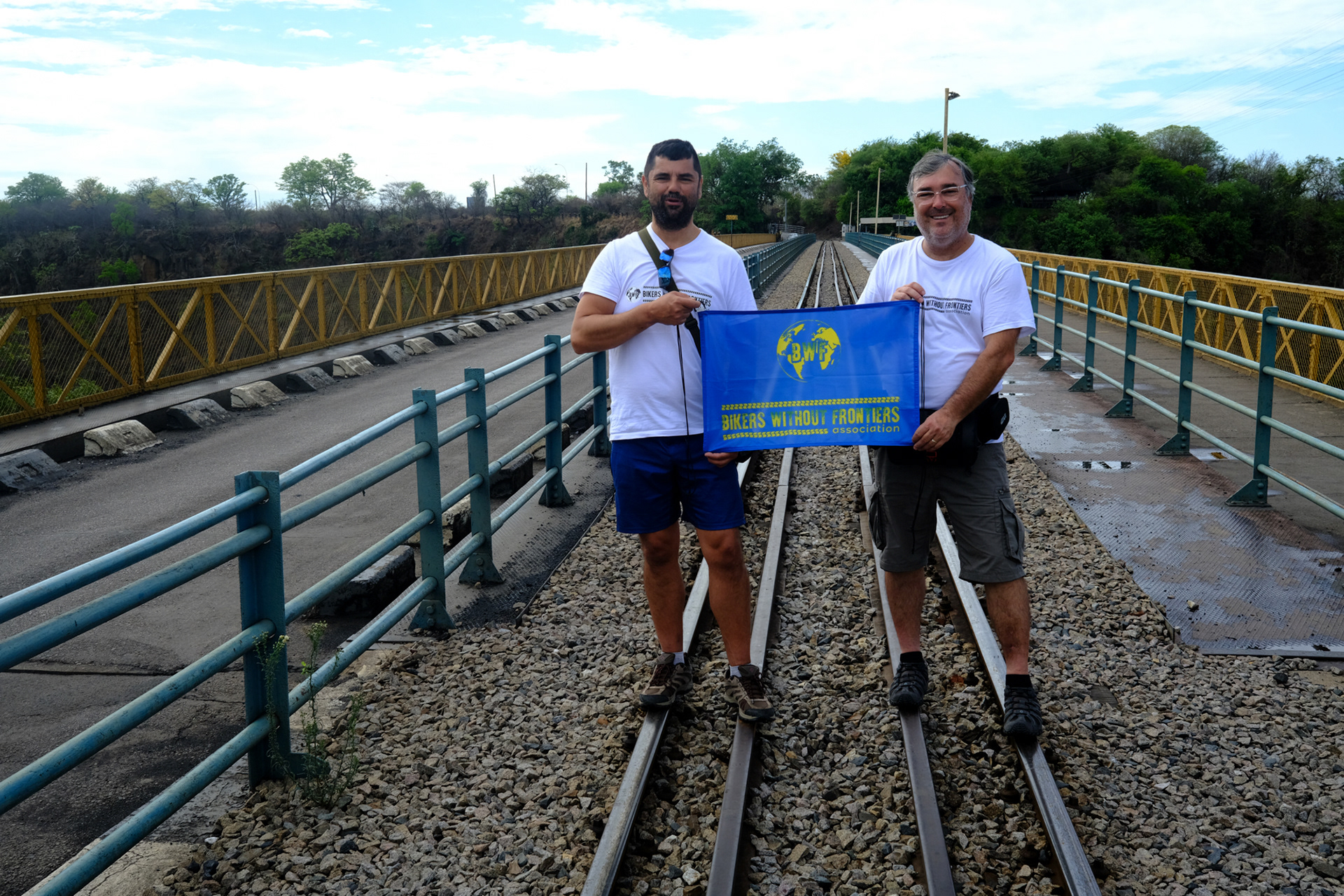
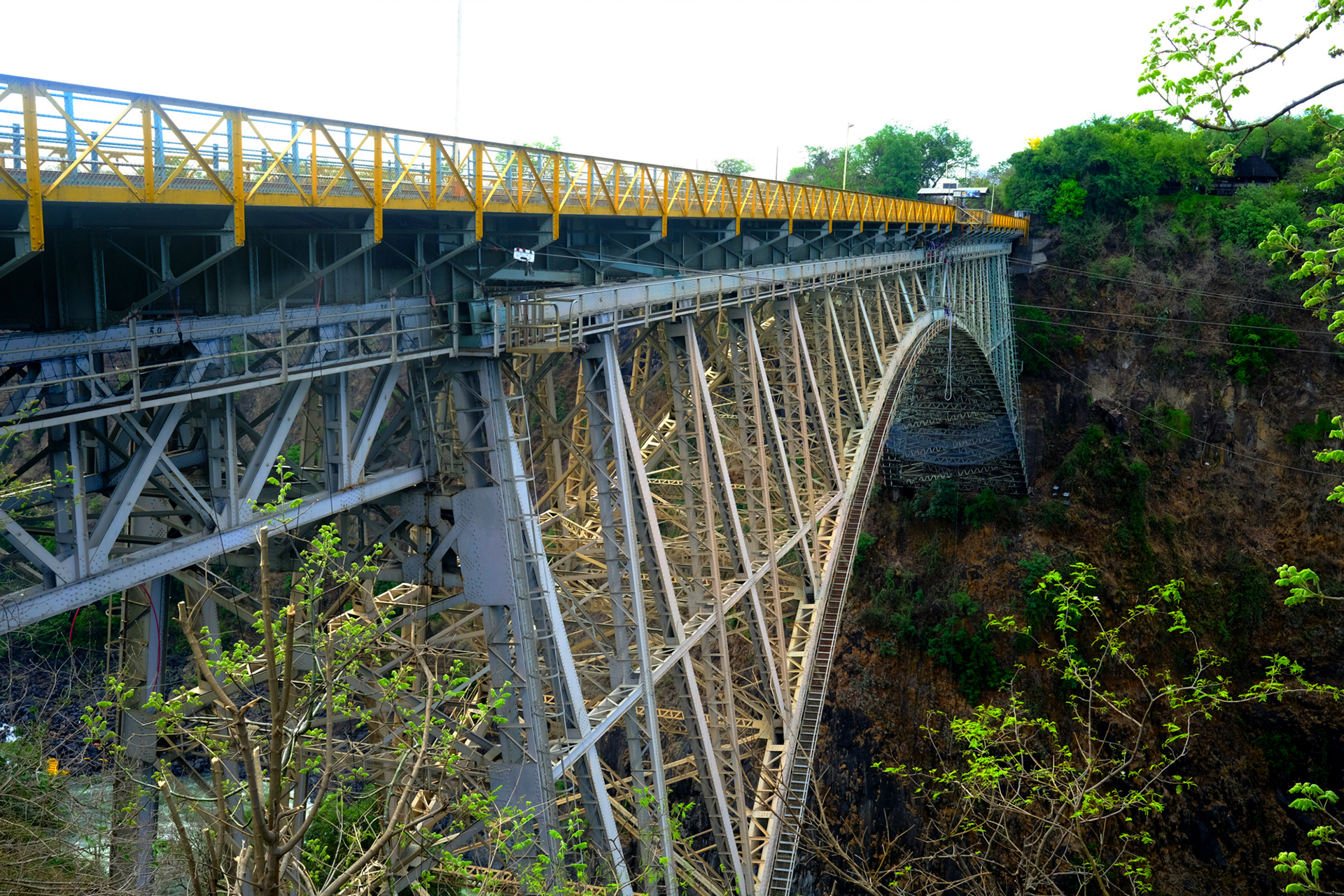
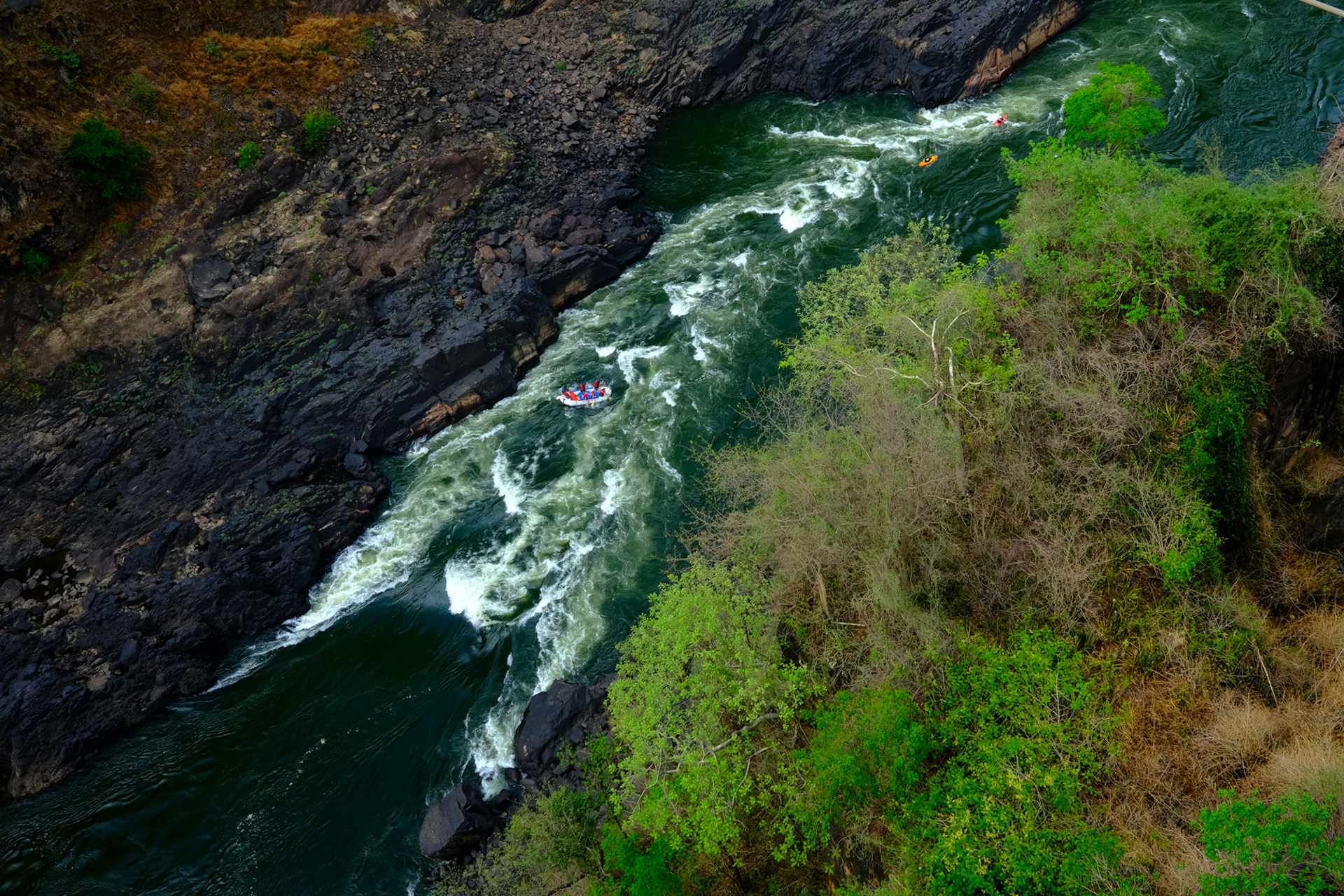
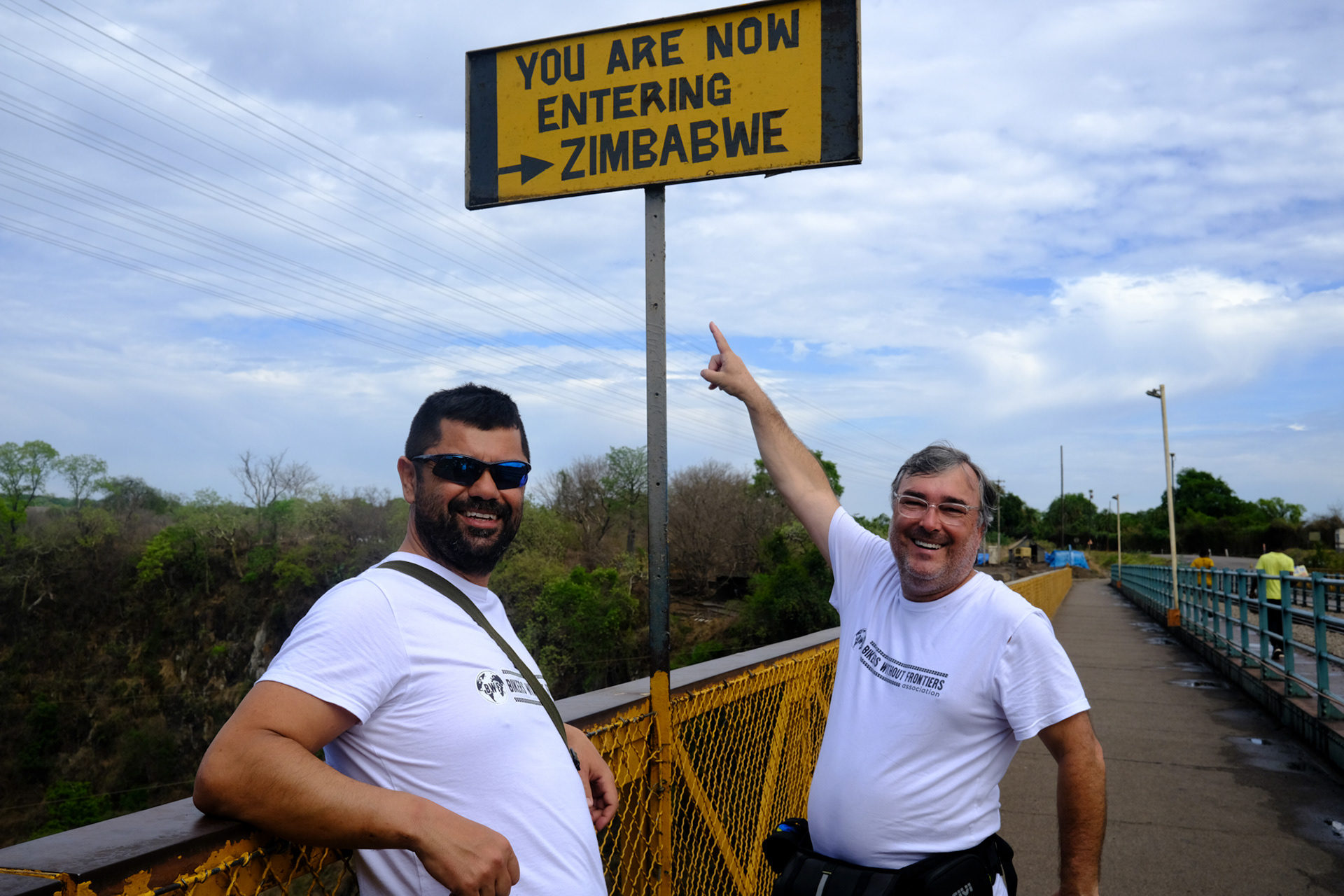
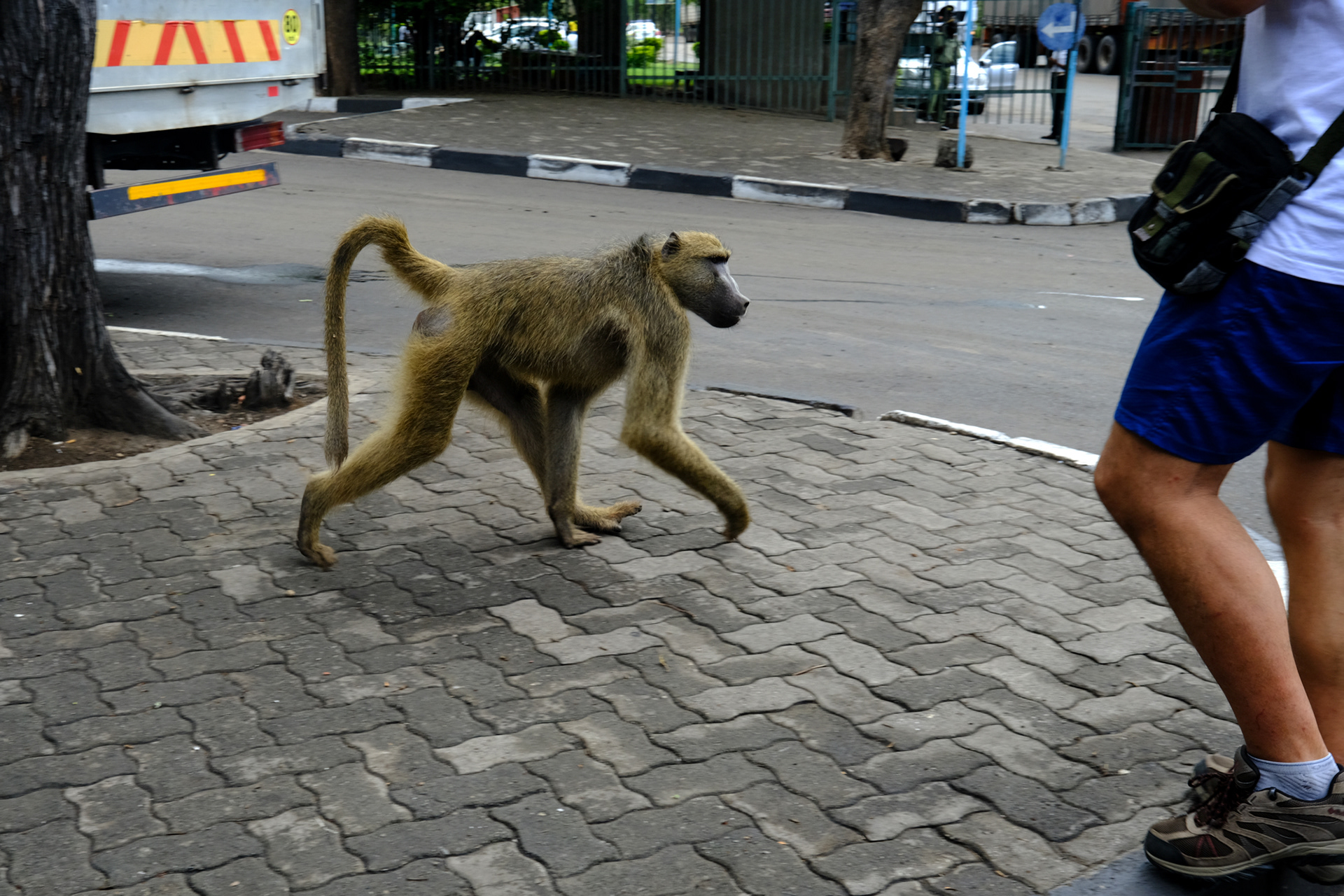
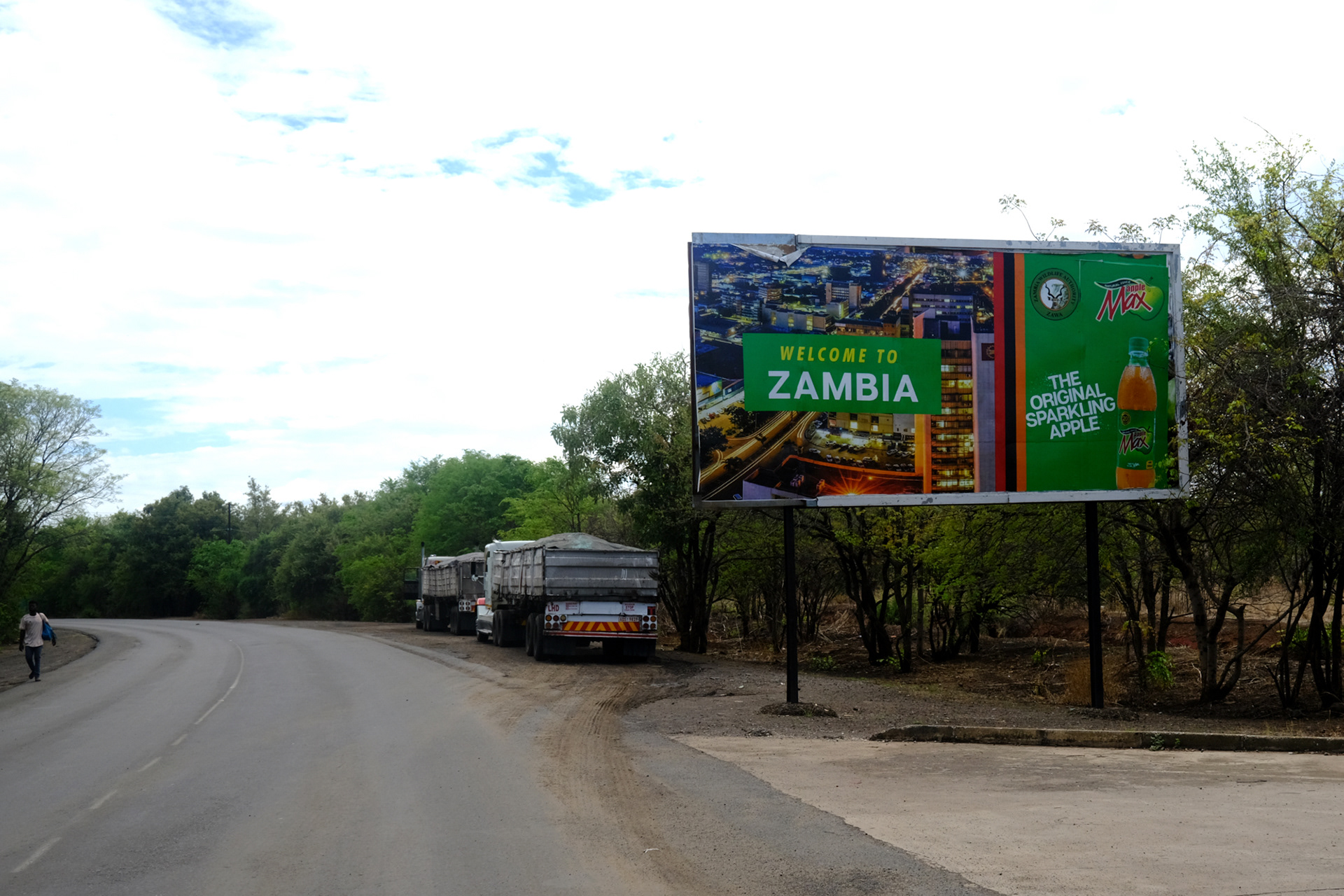
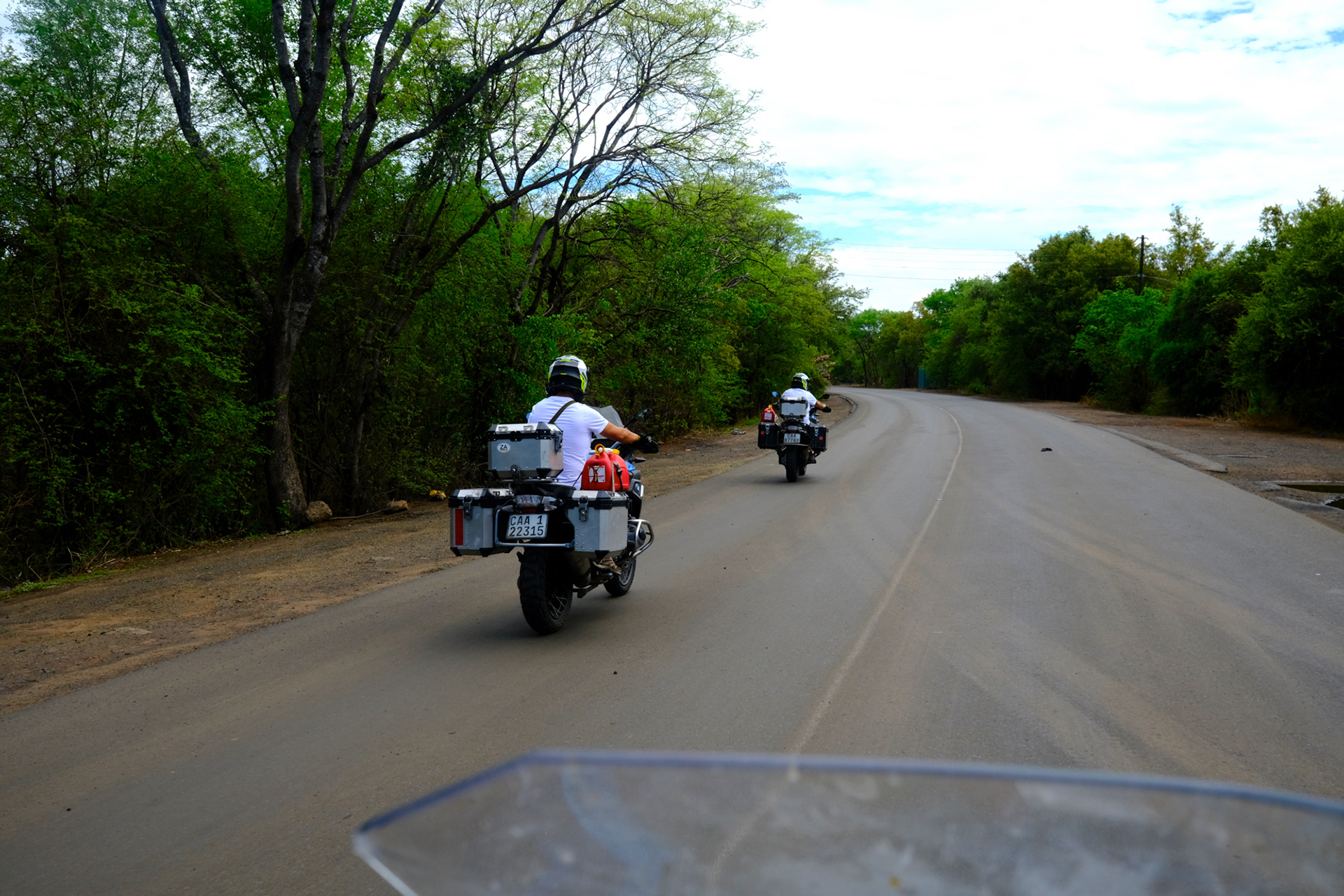
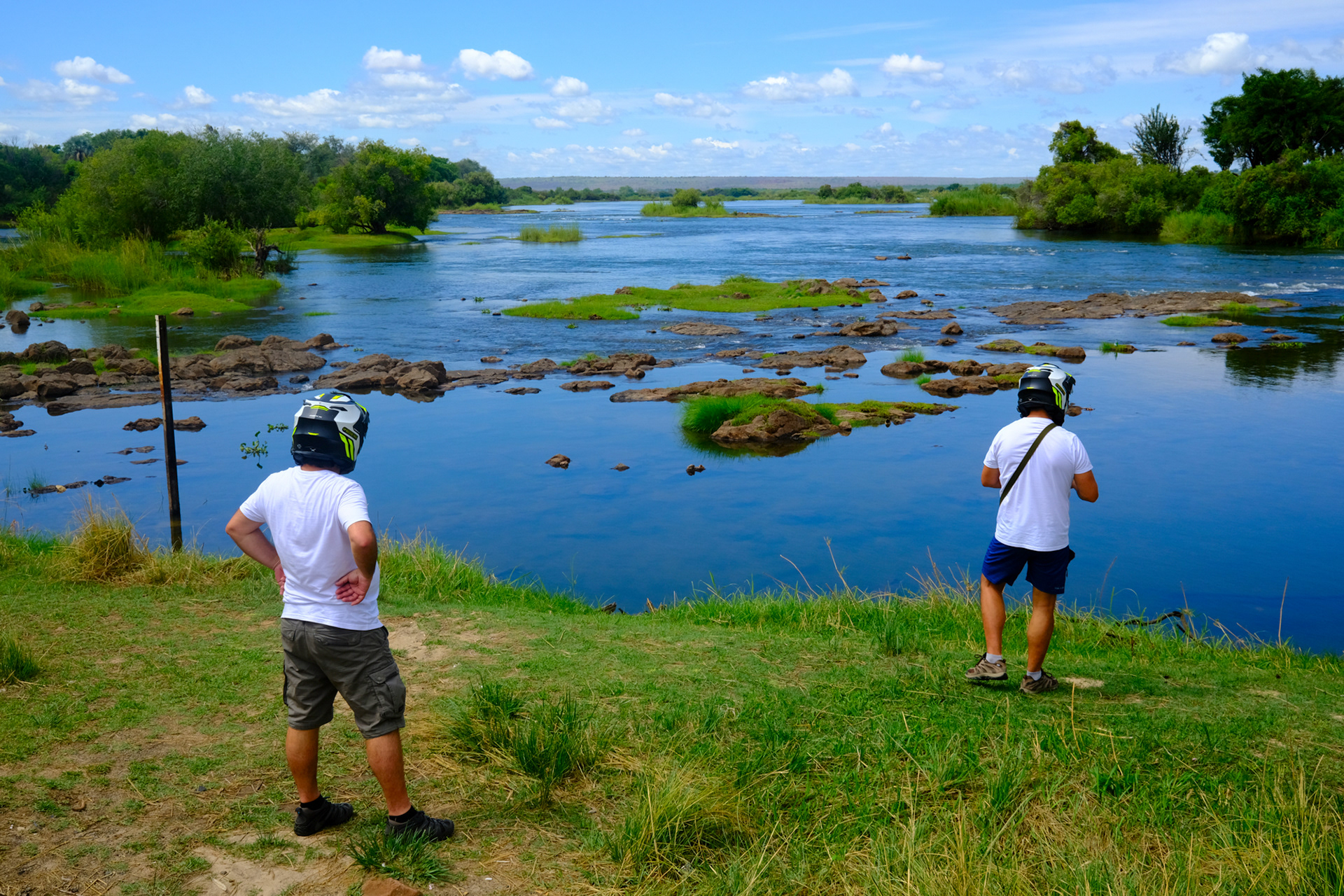
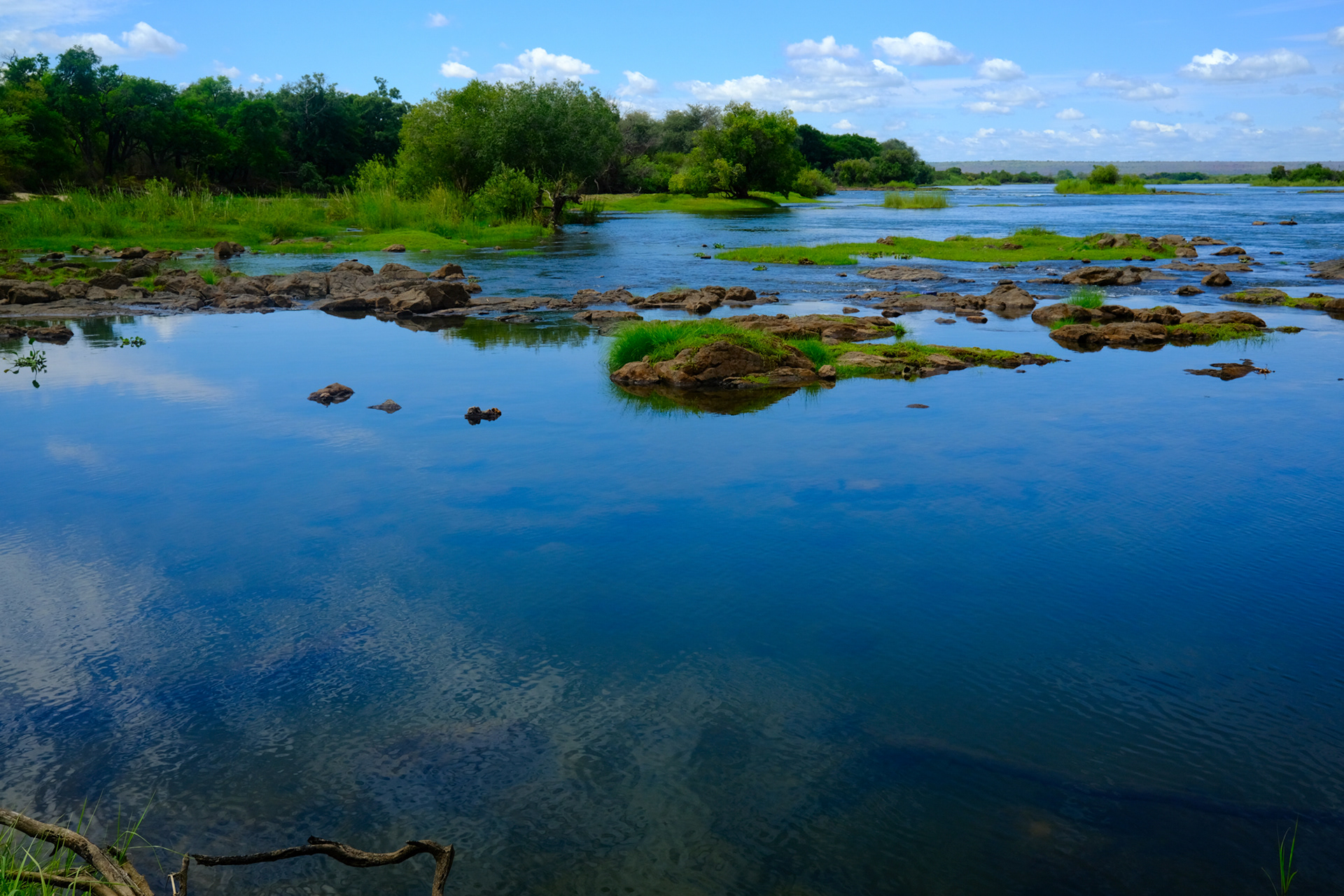
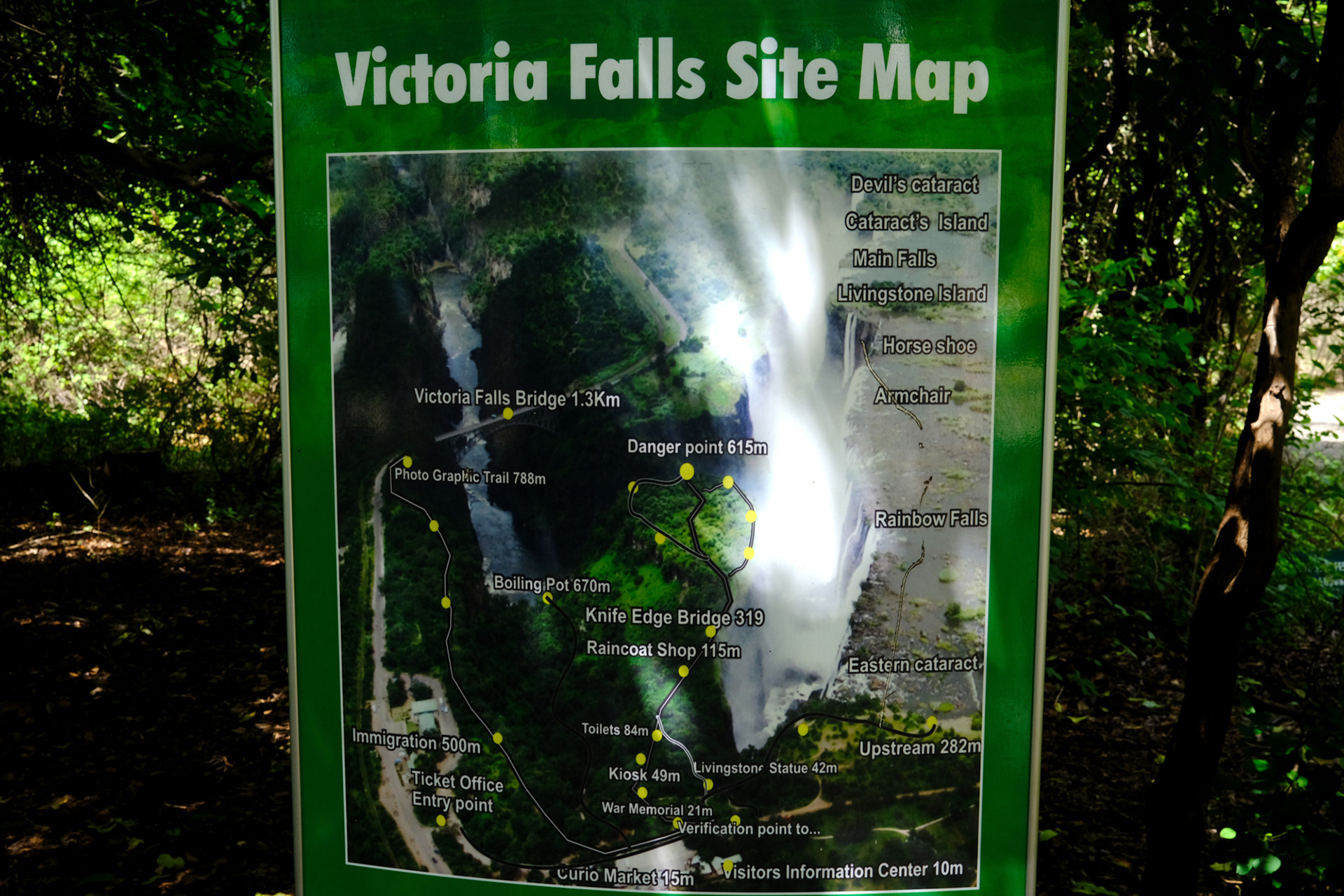
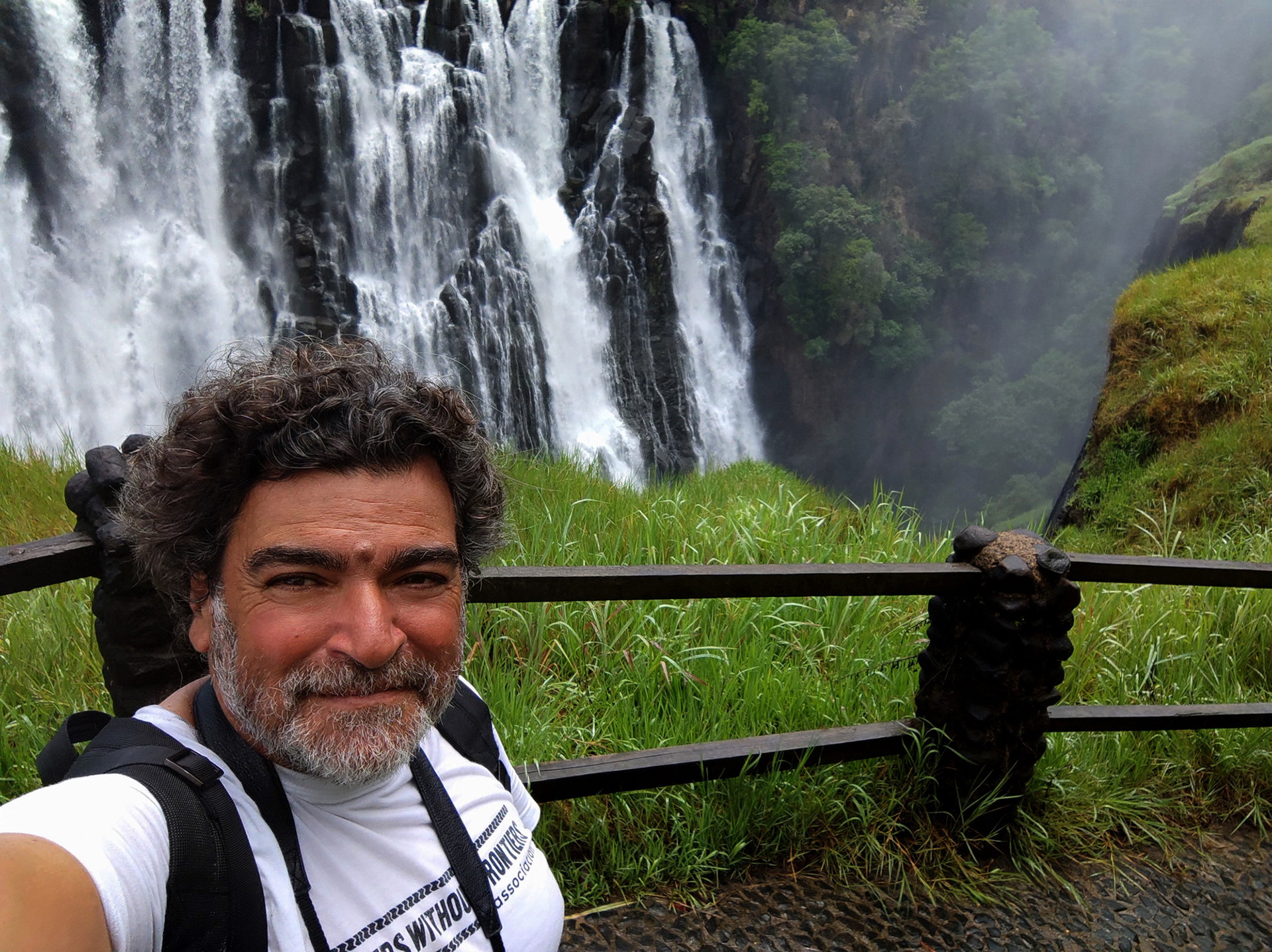
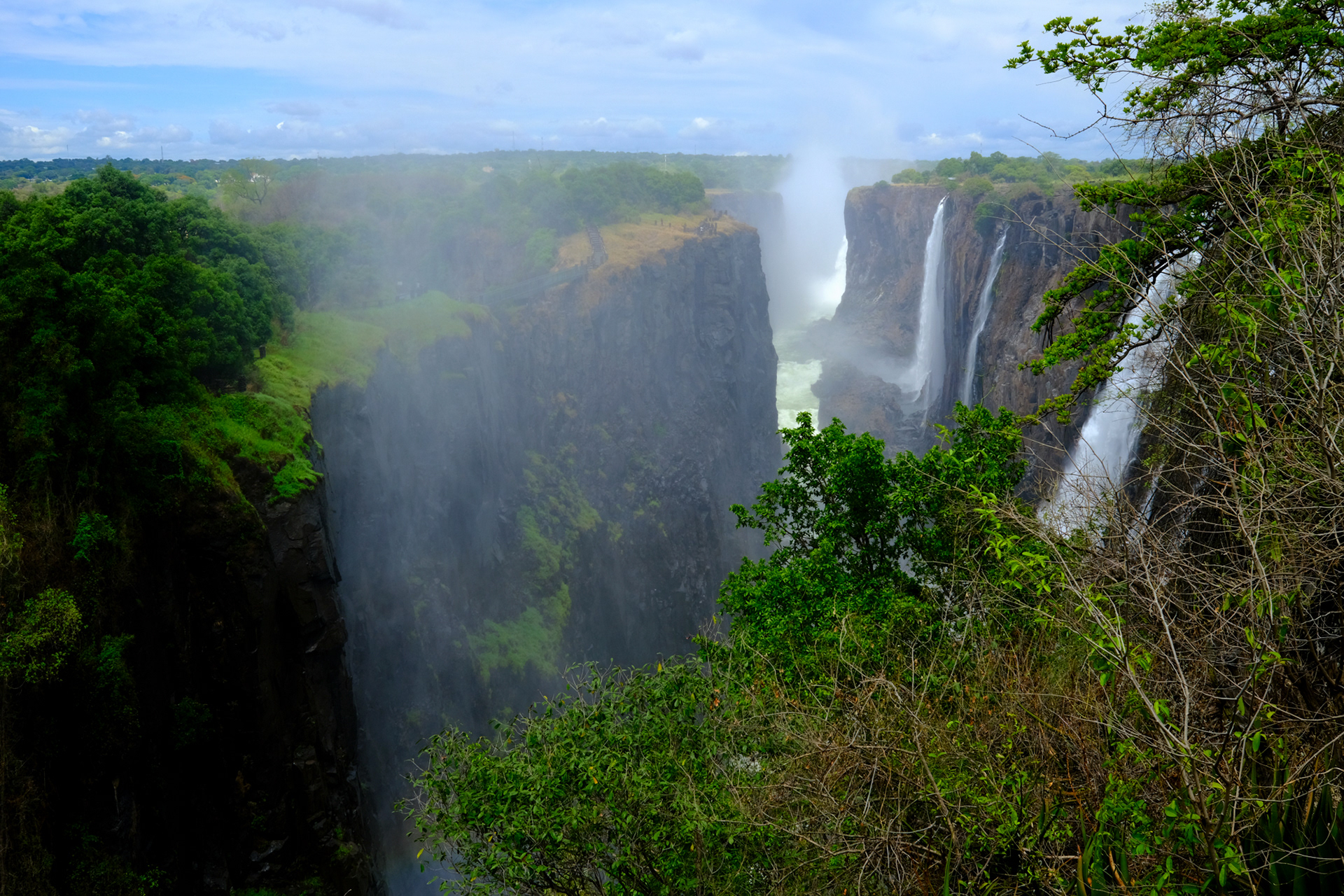
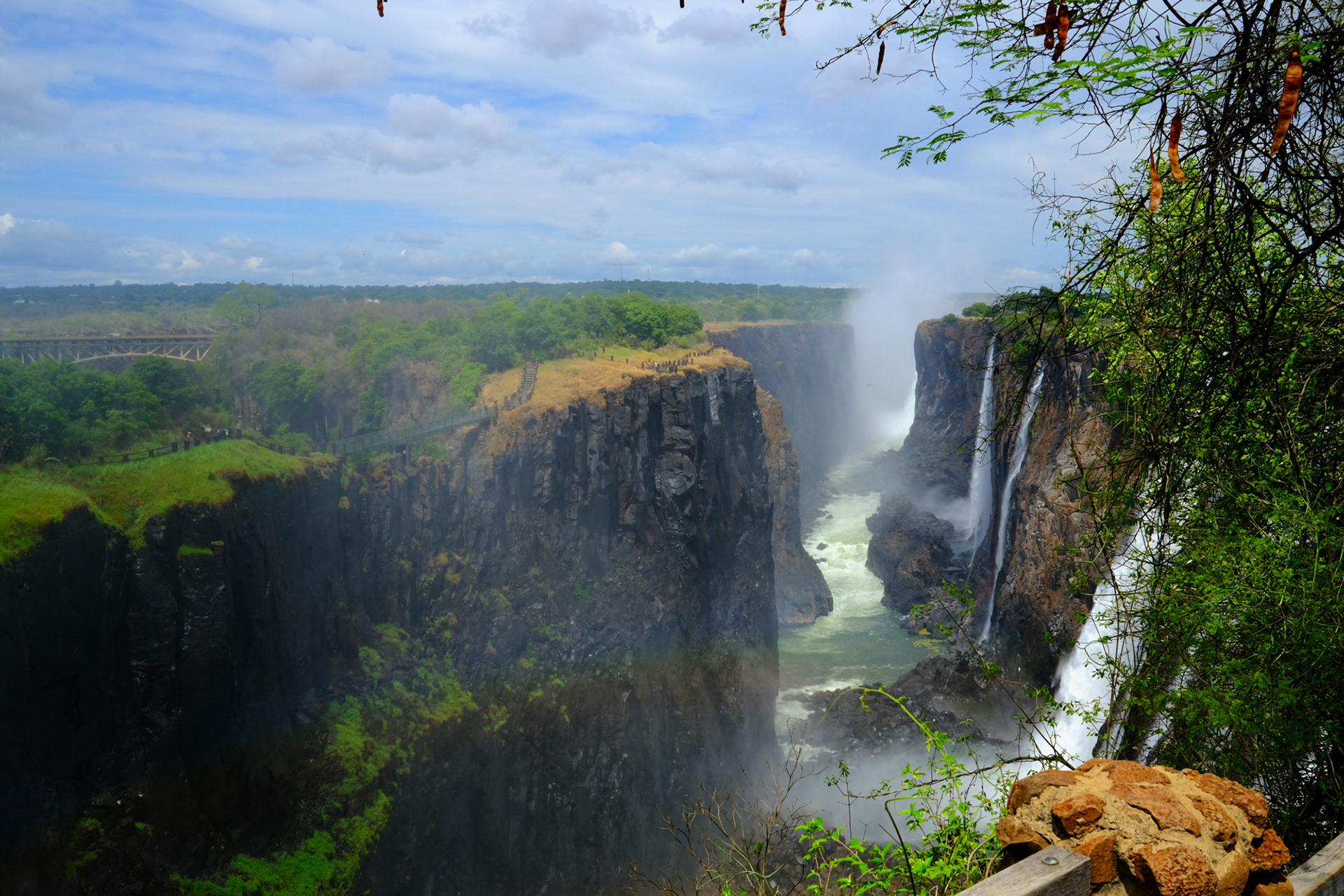
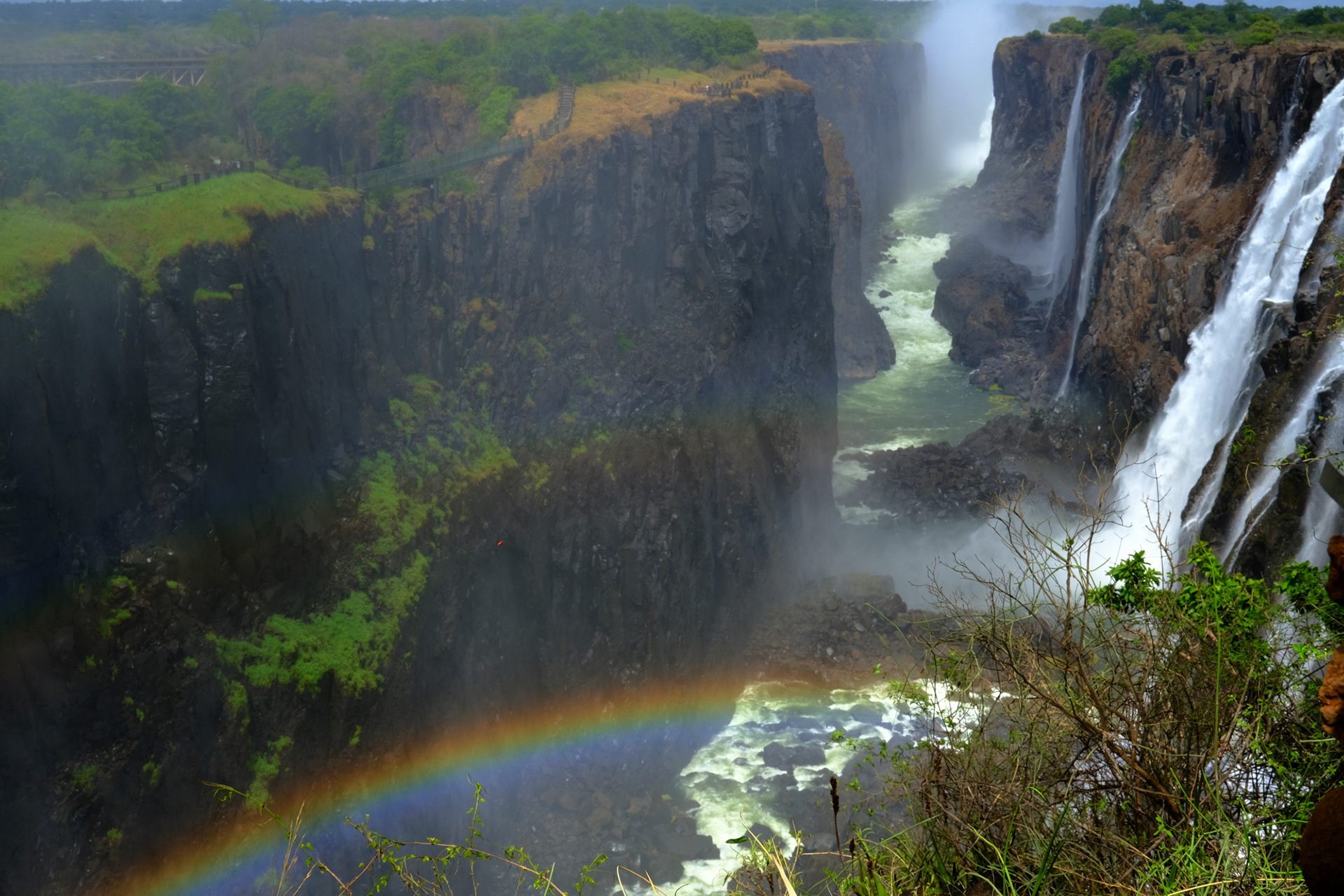
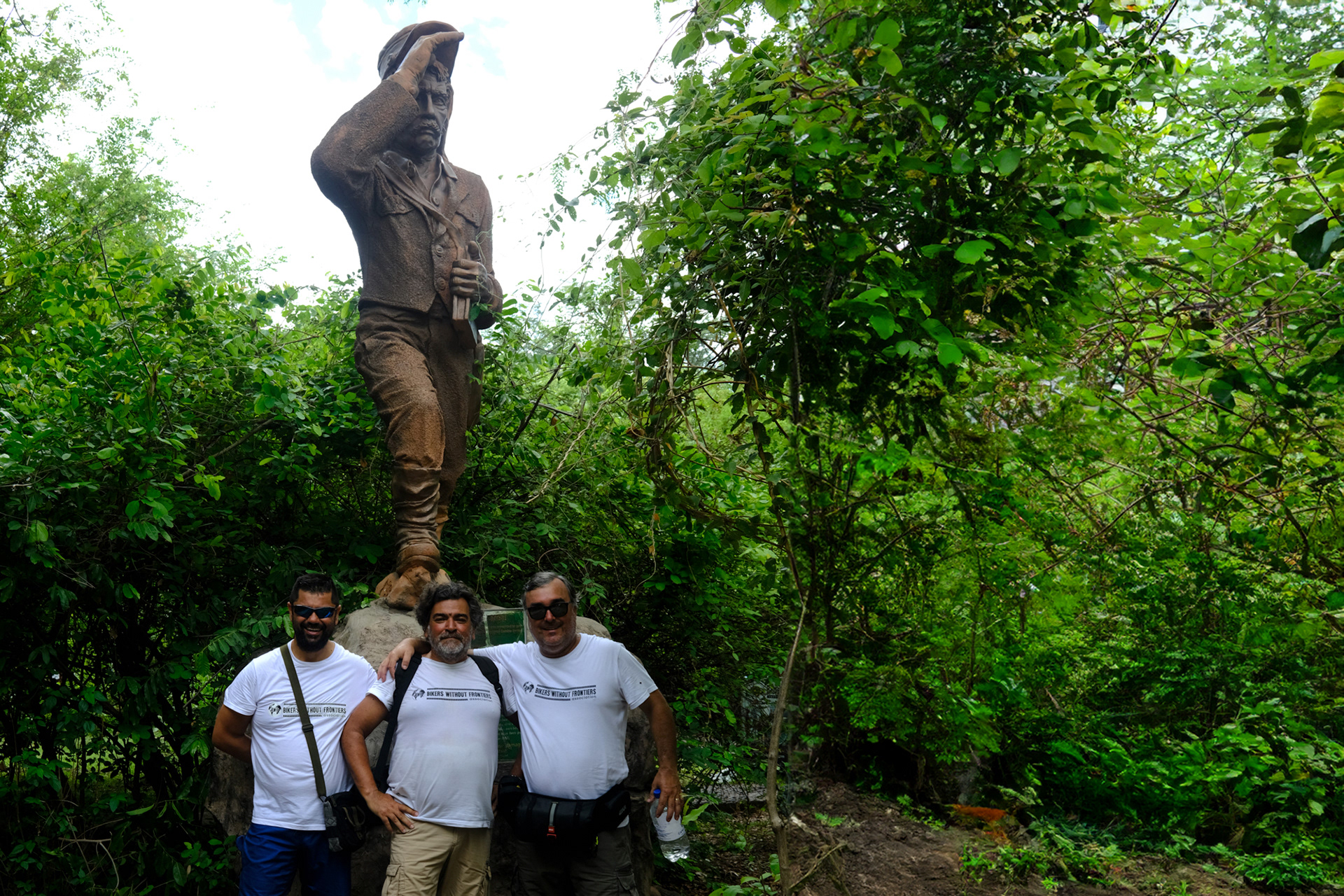
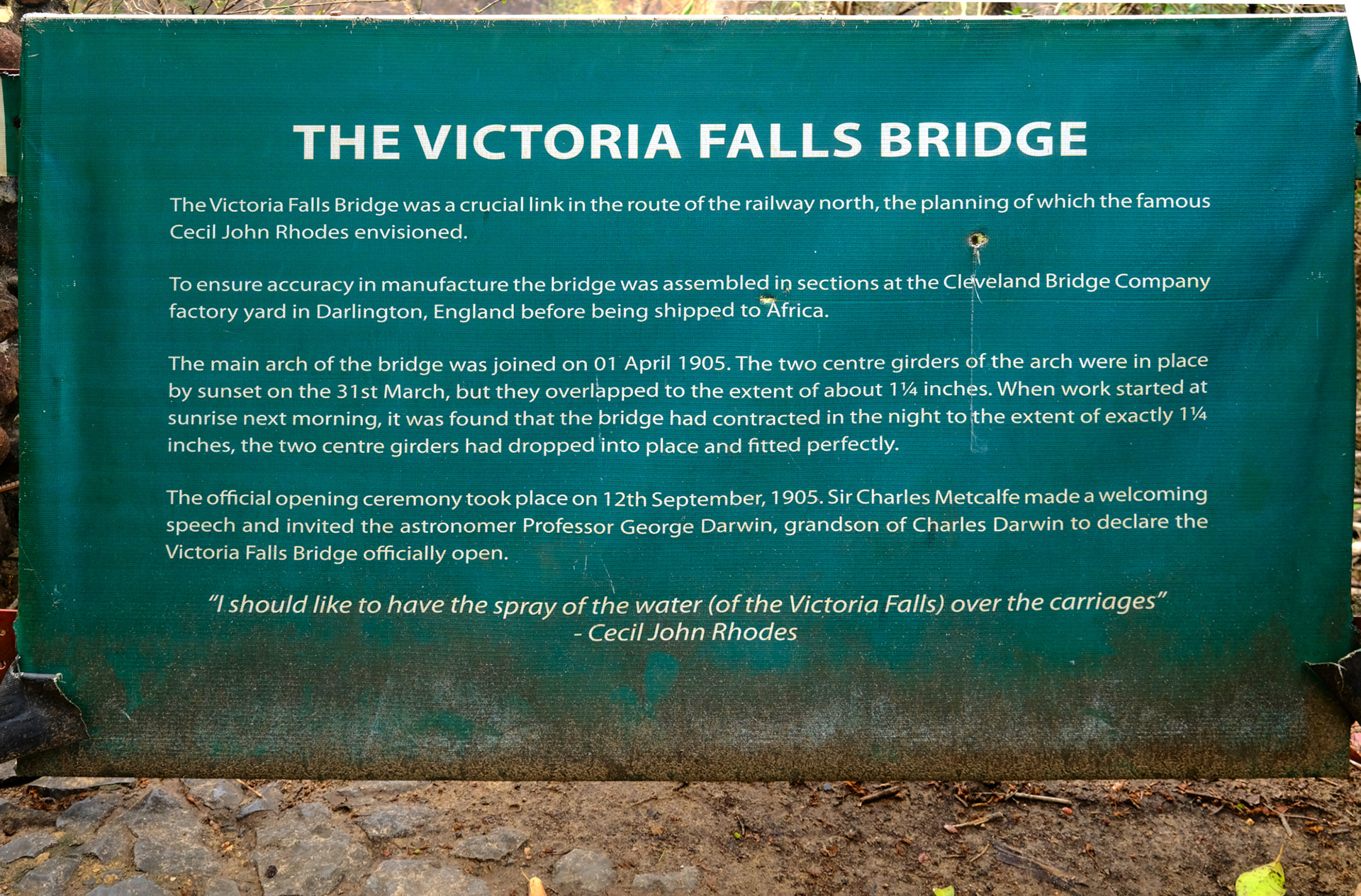
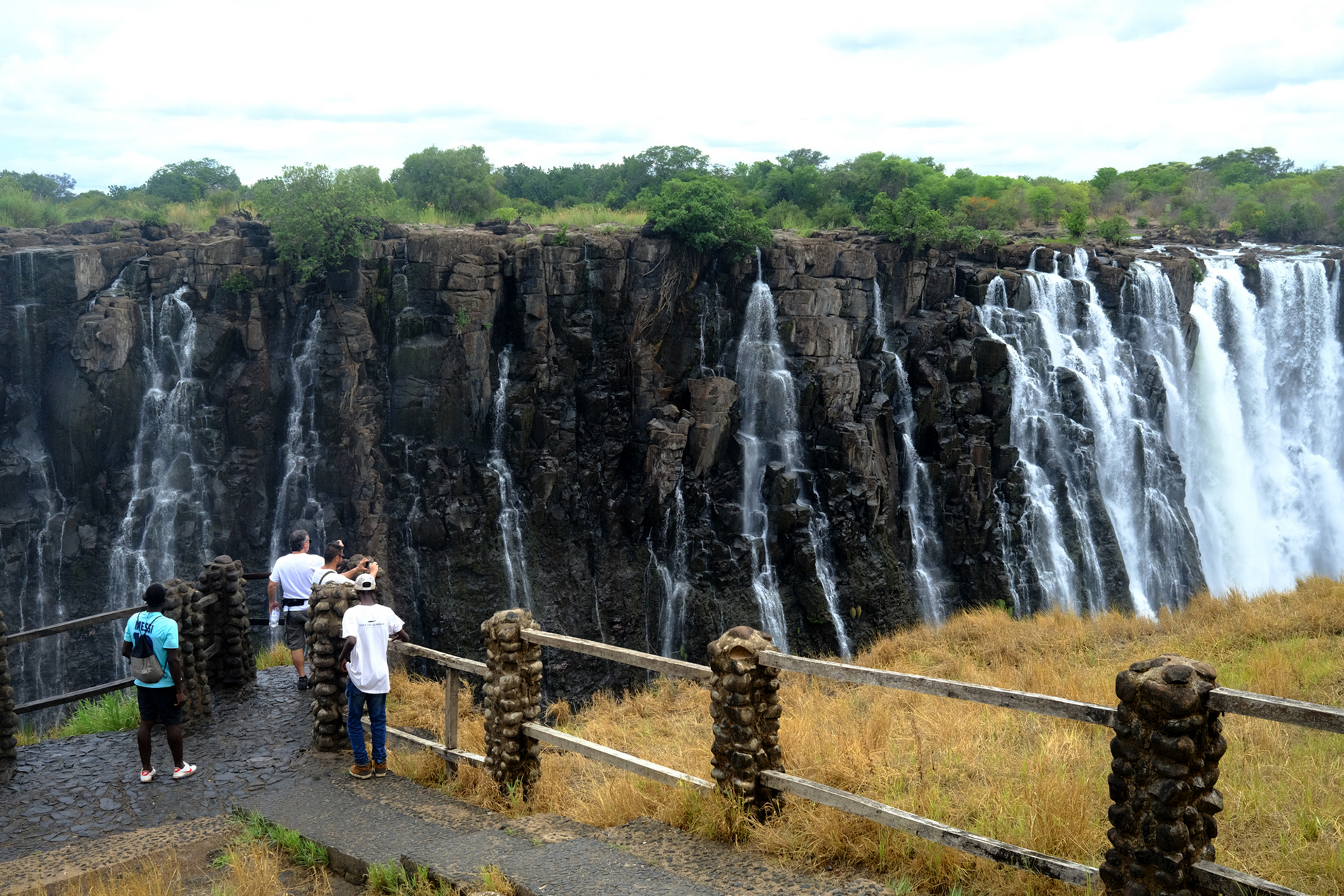
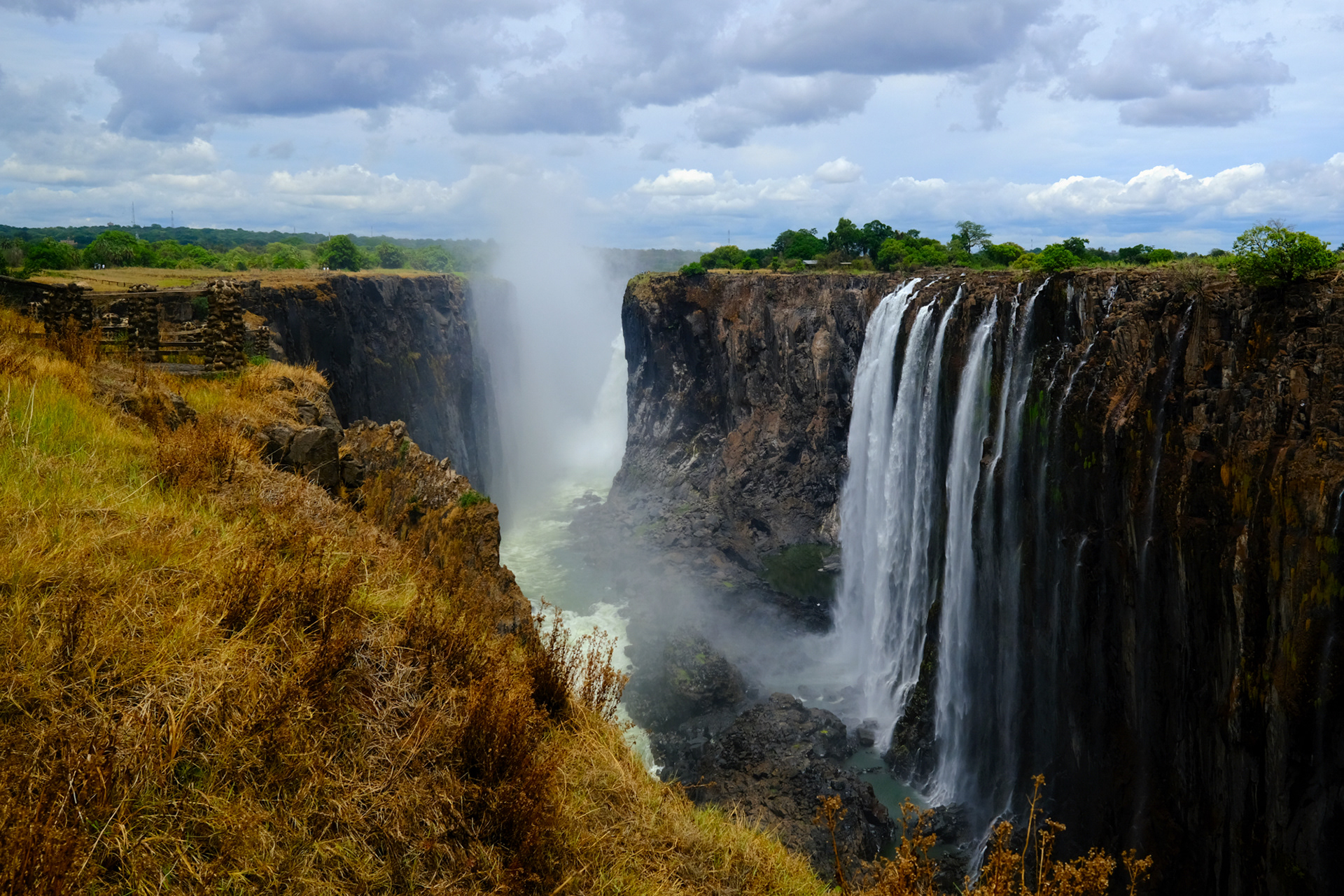
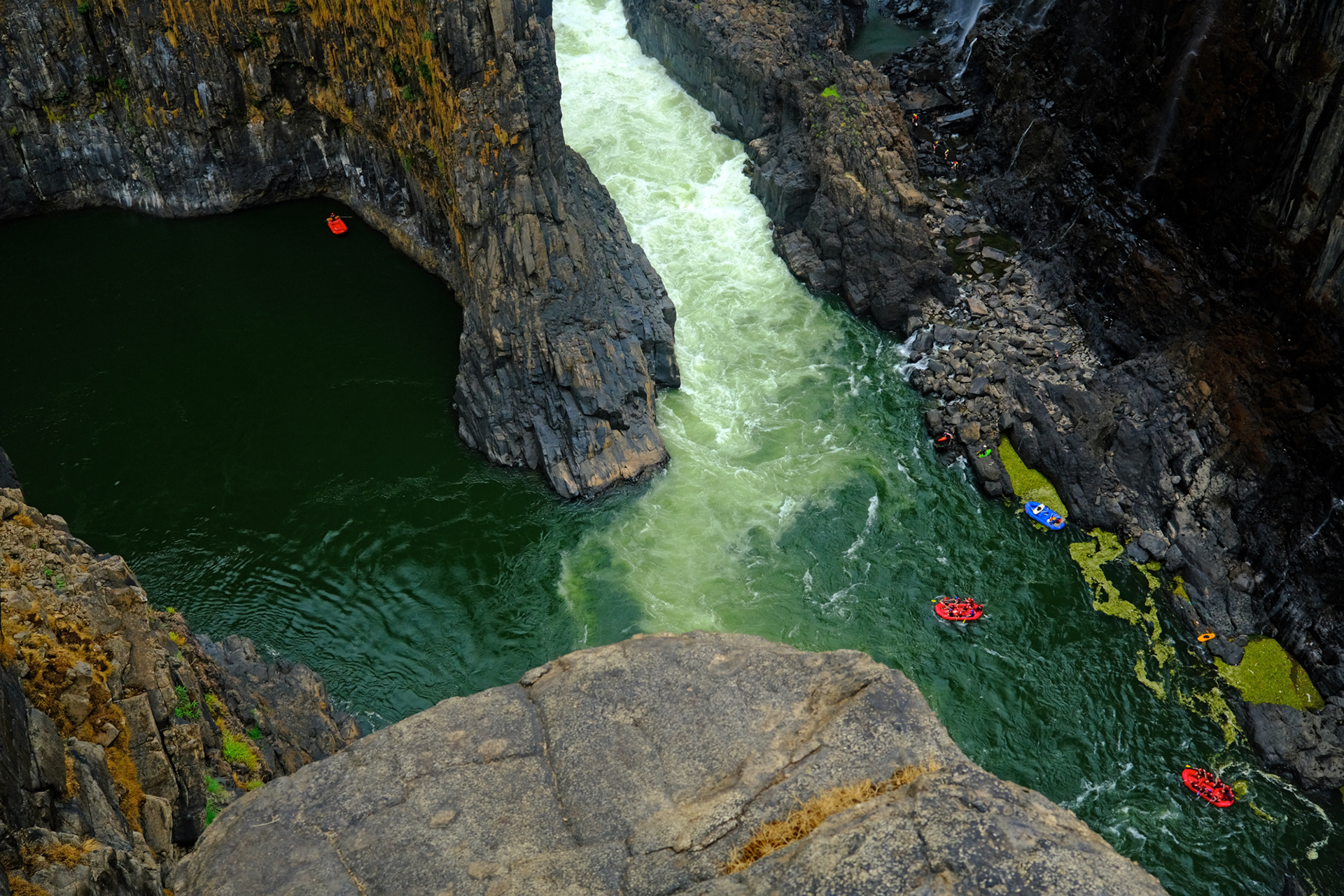
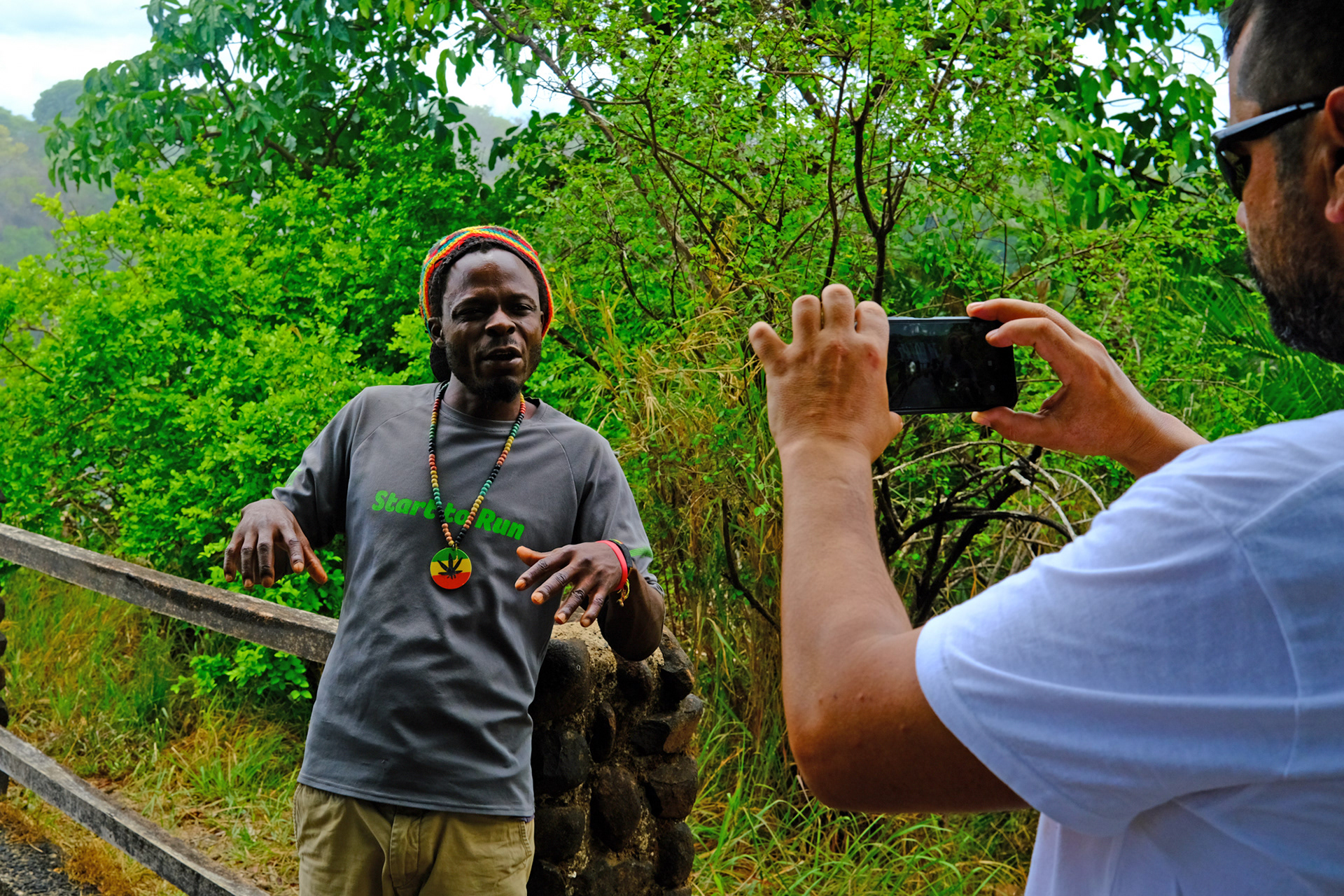
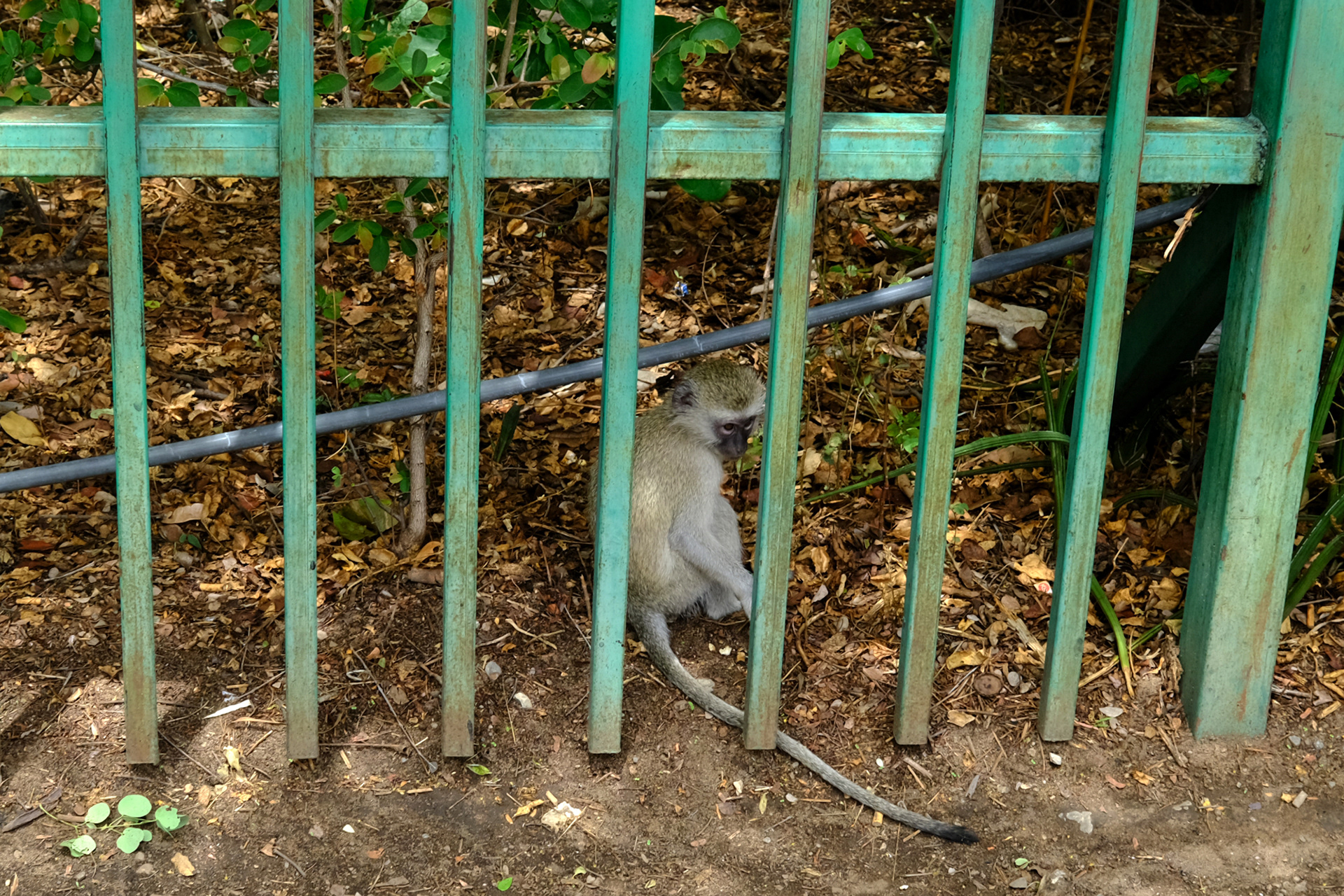
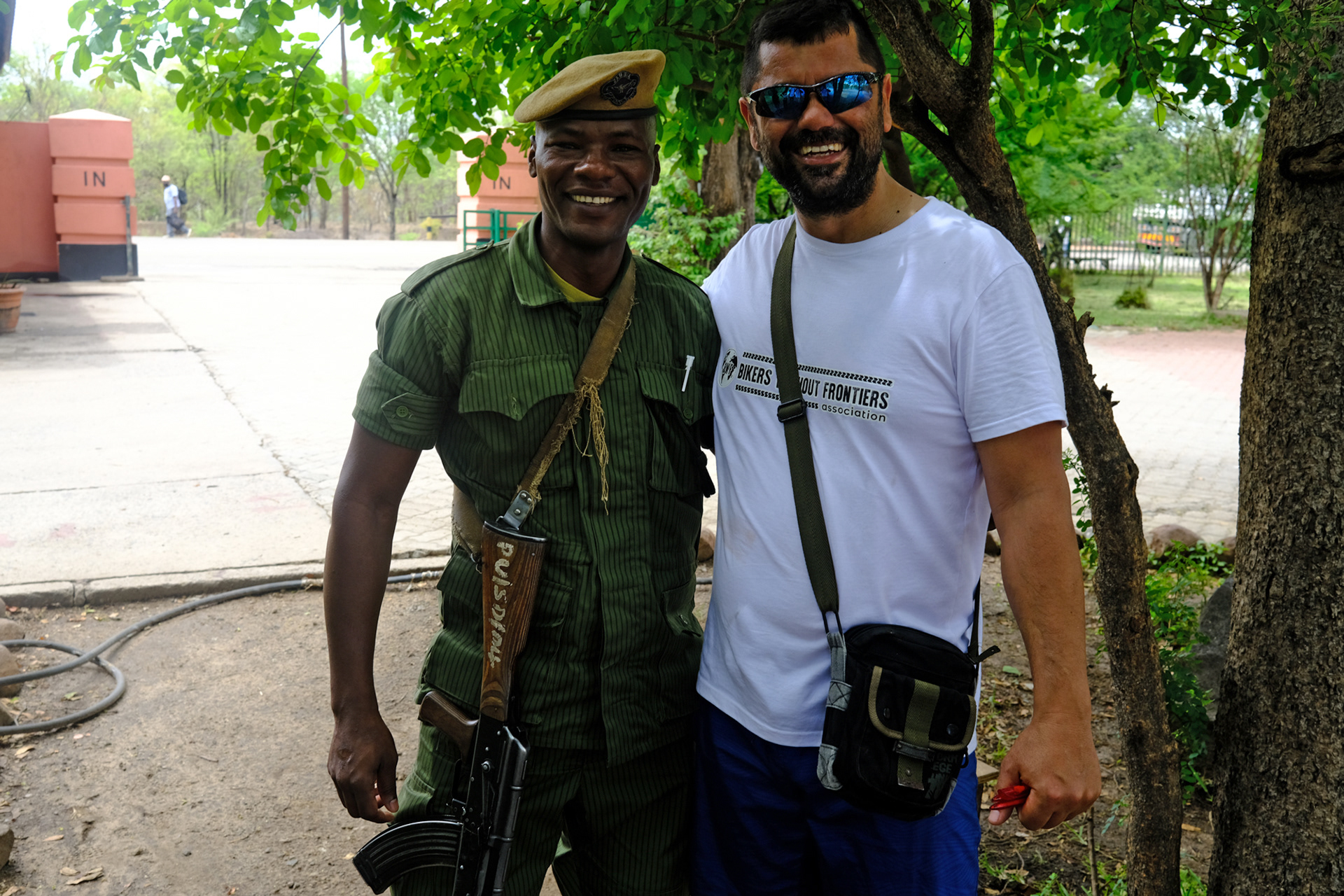
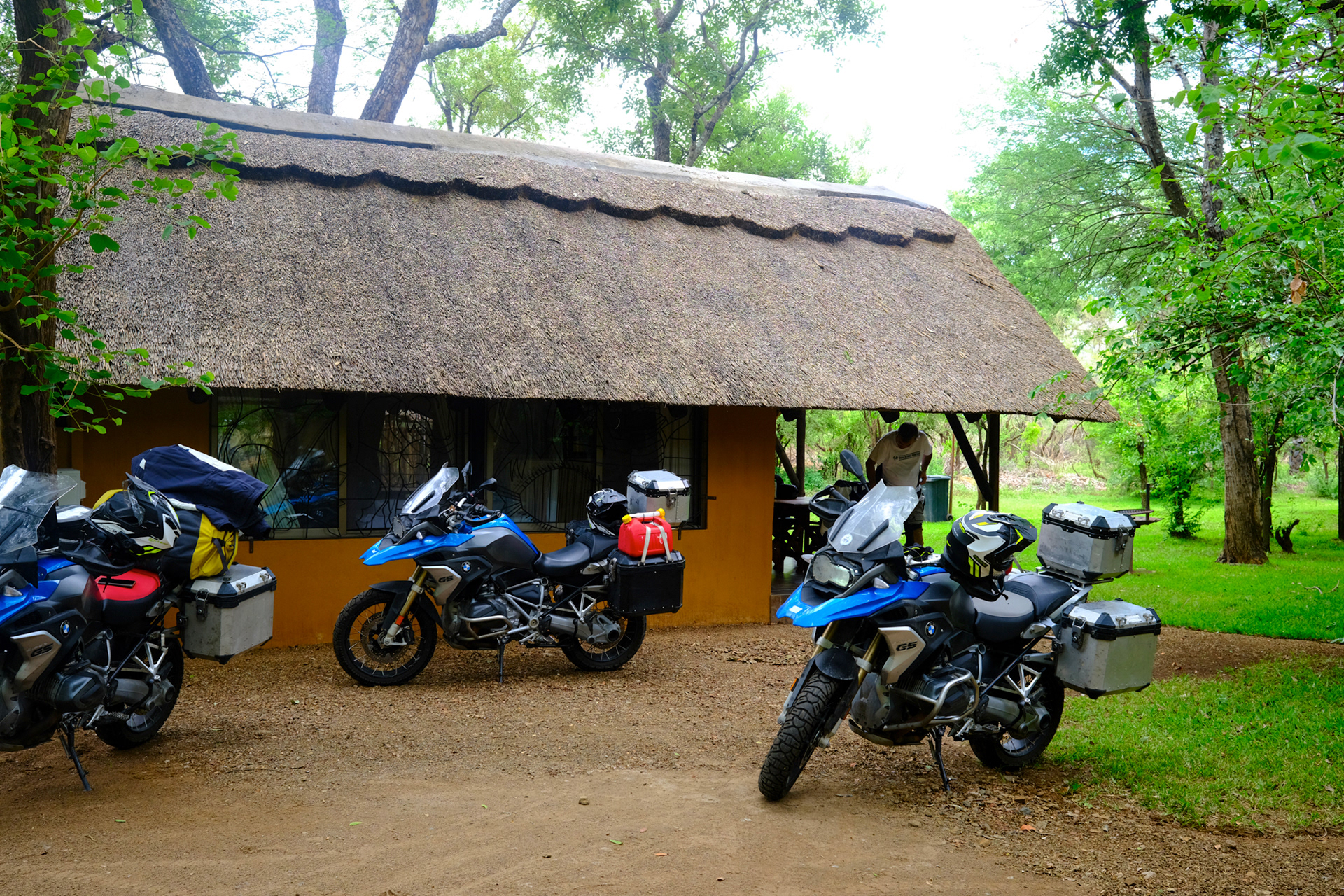
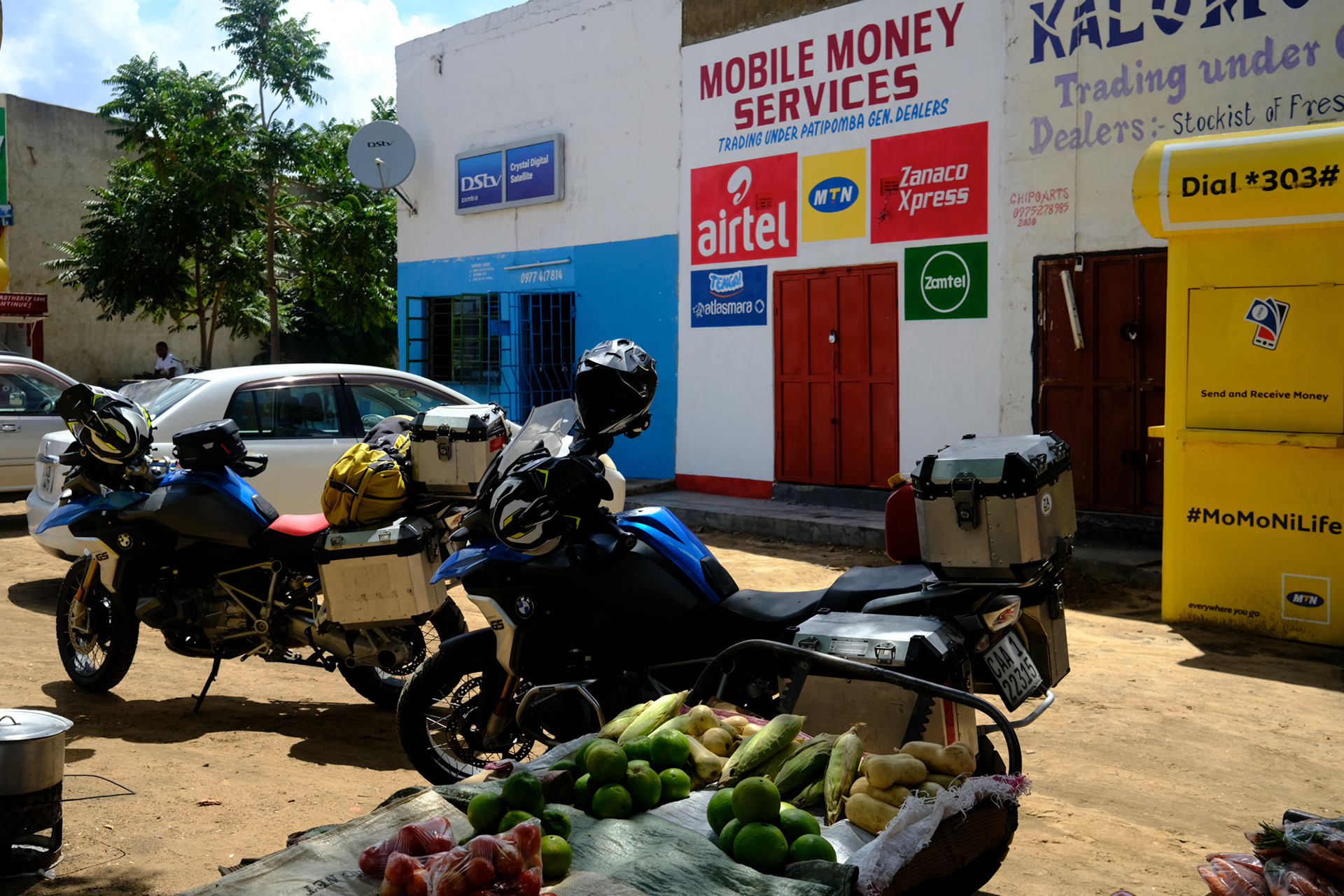
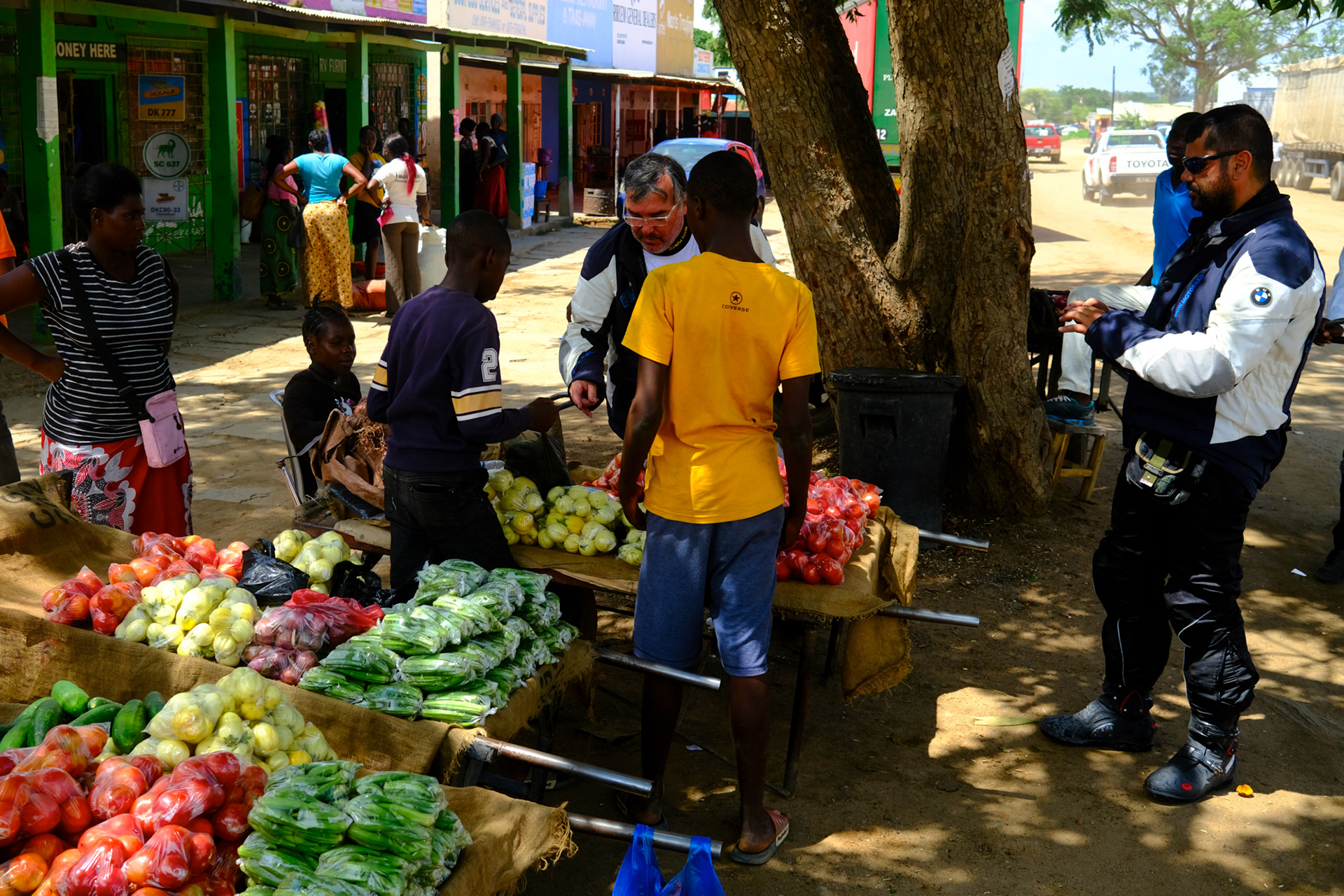
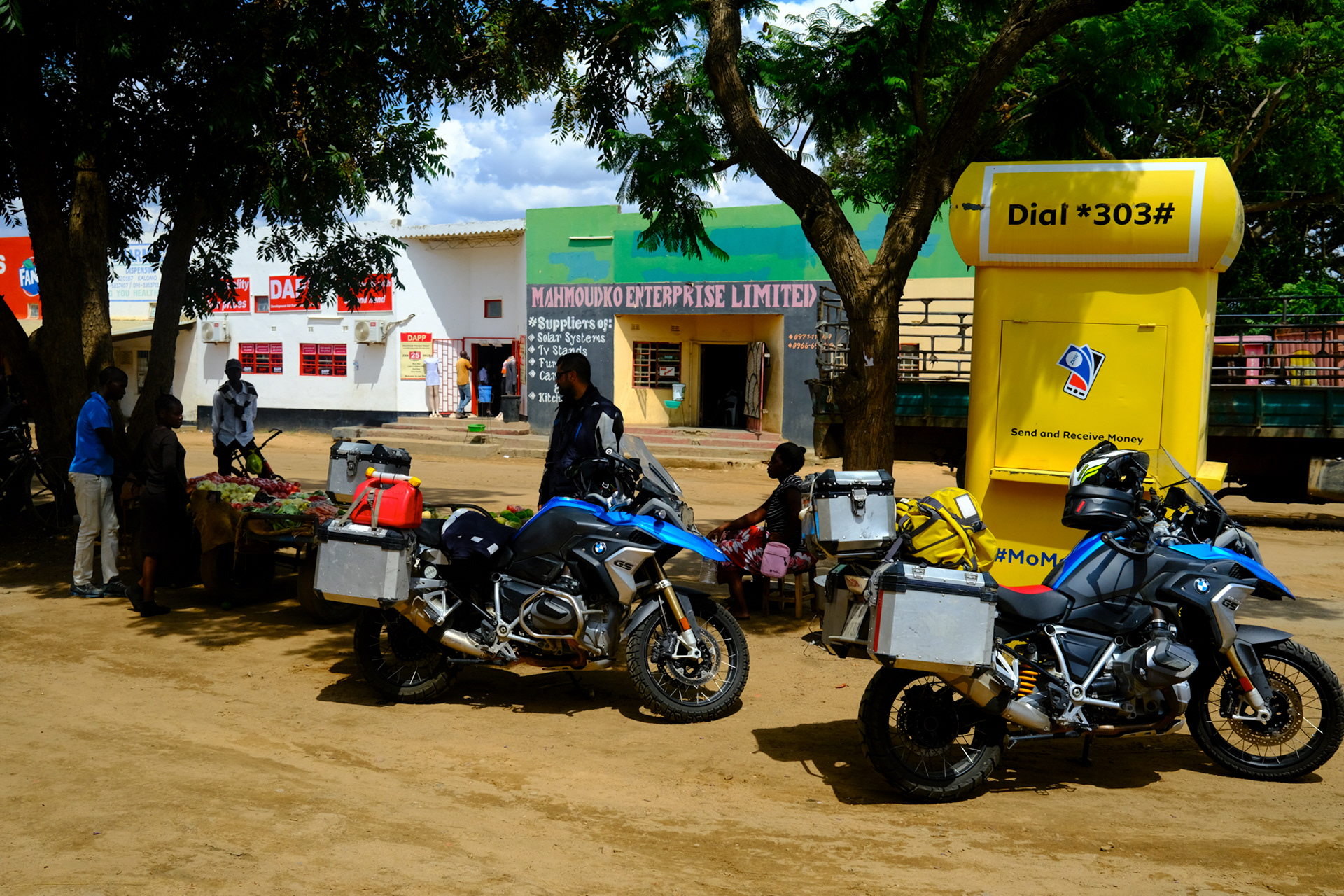
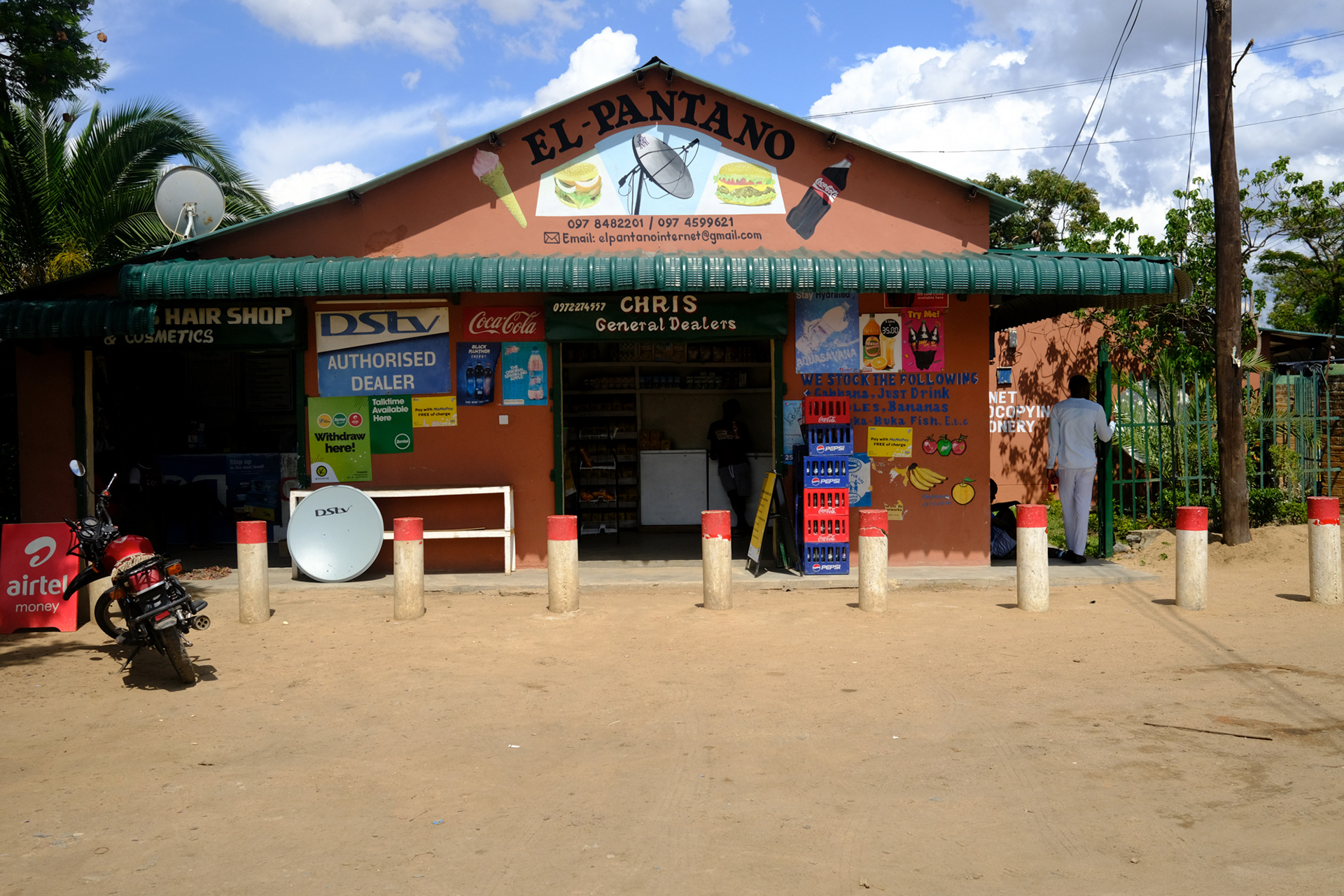
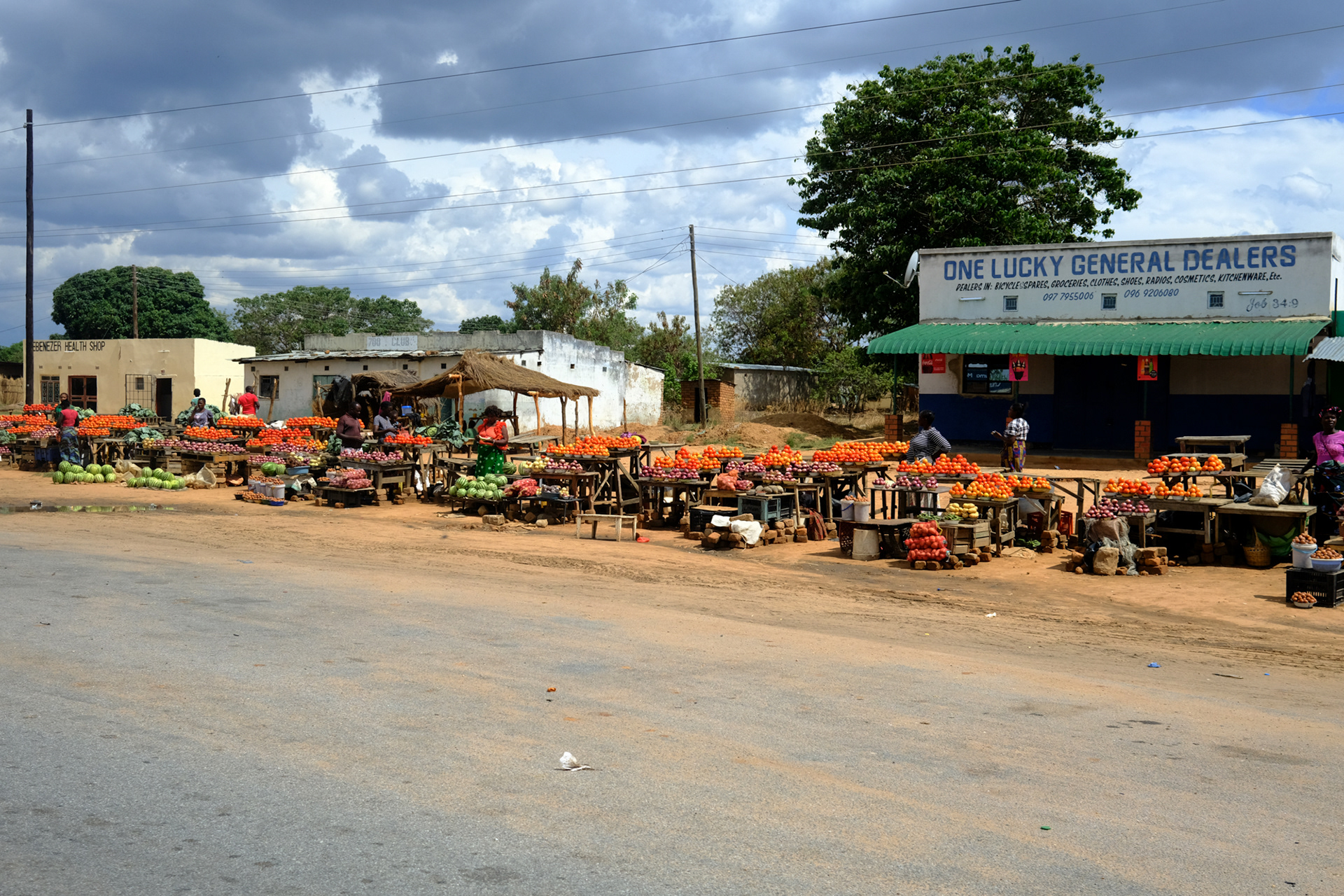
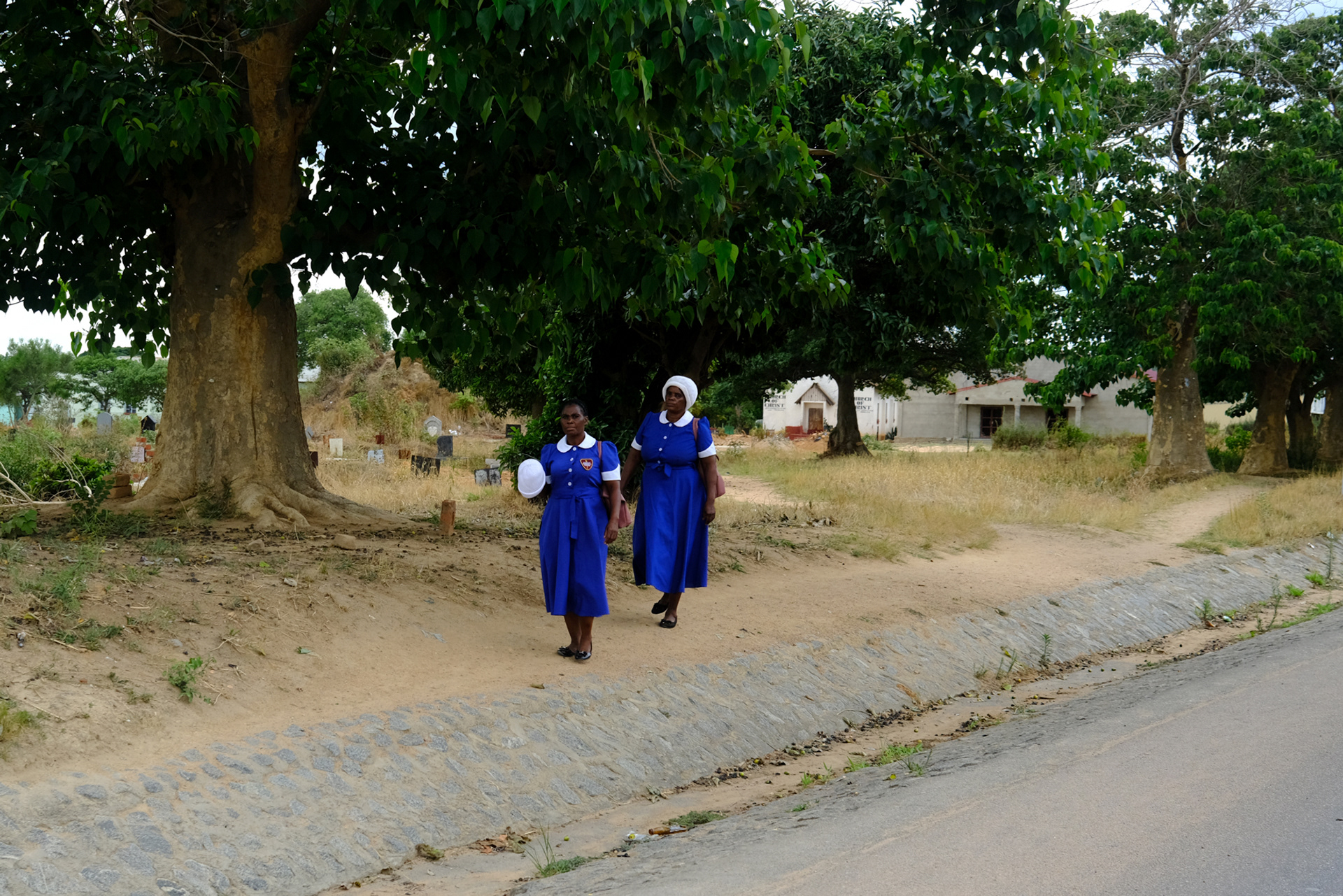
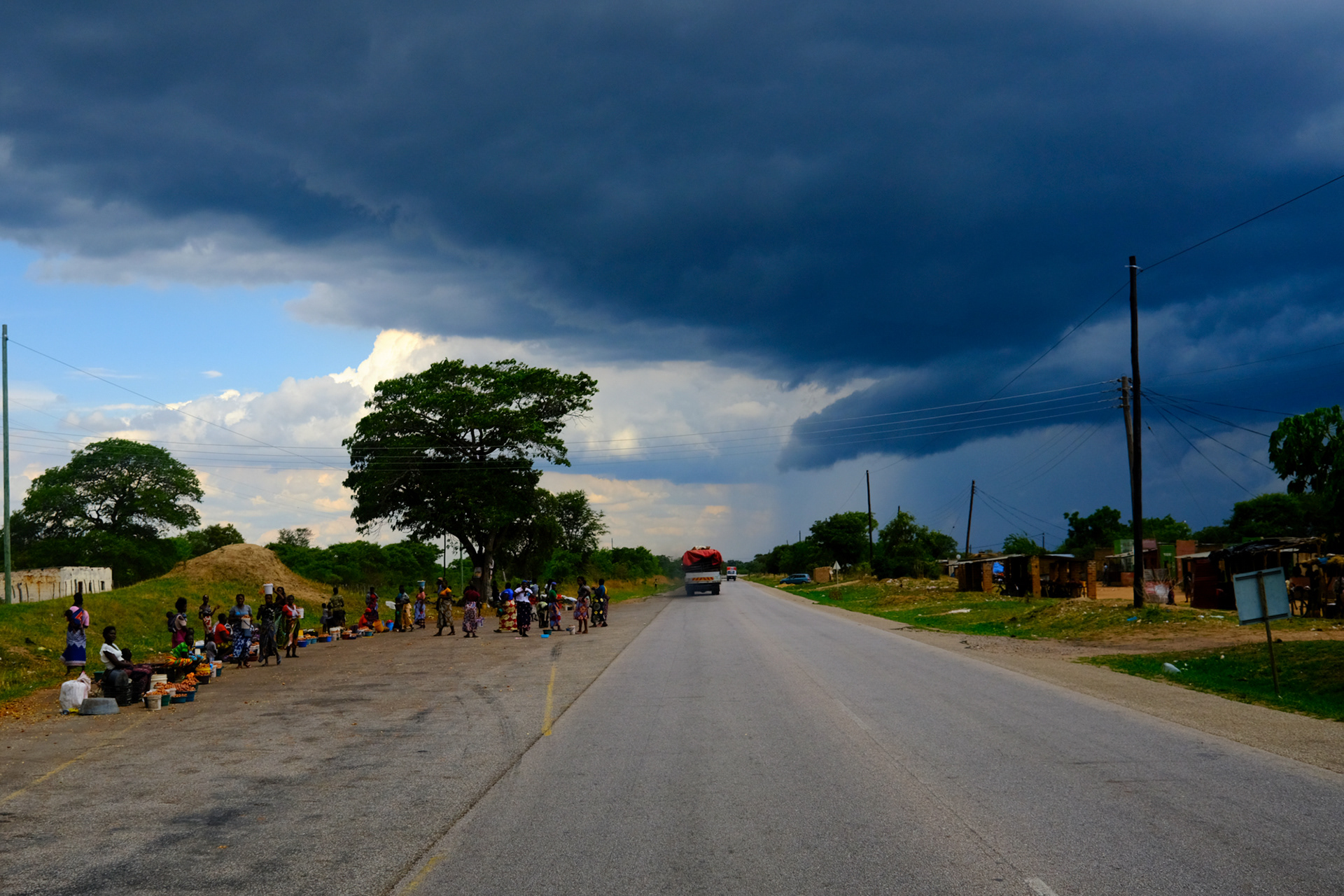
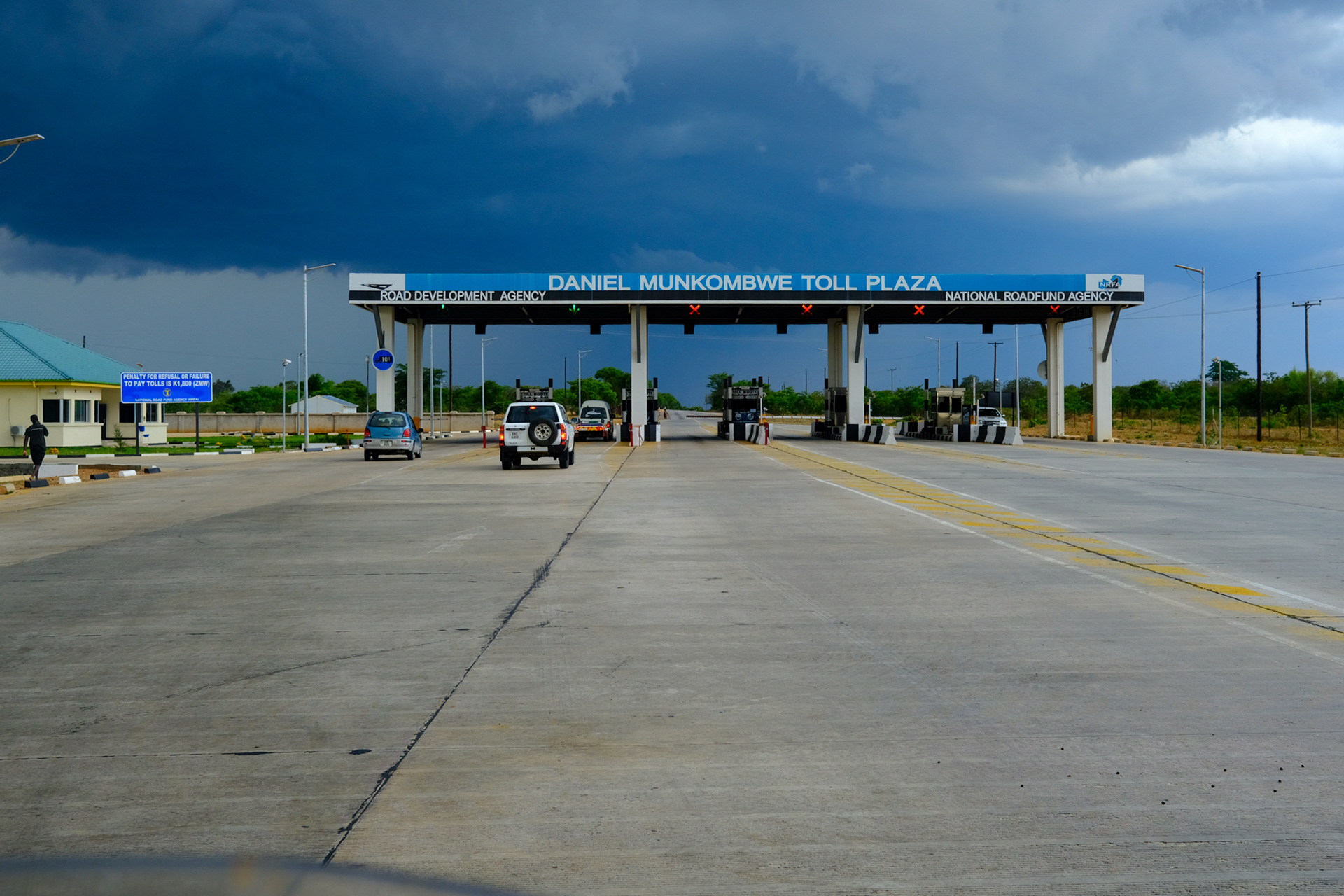
Day 12 Luzaka - Katete - Cassacatiza. - Katete
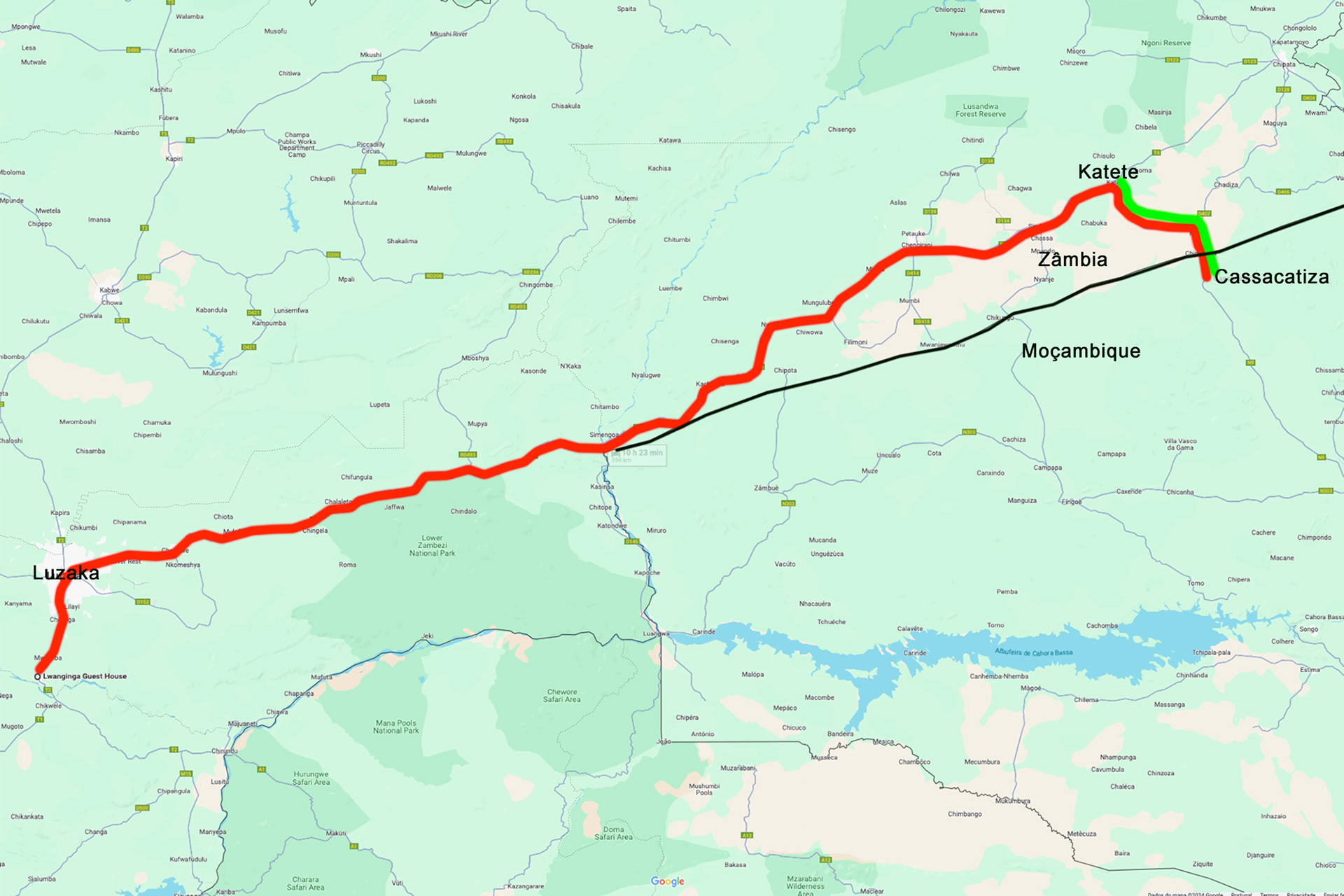
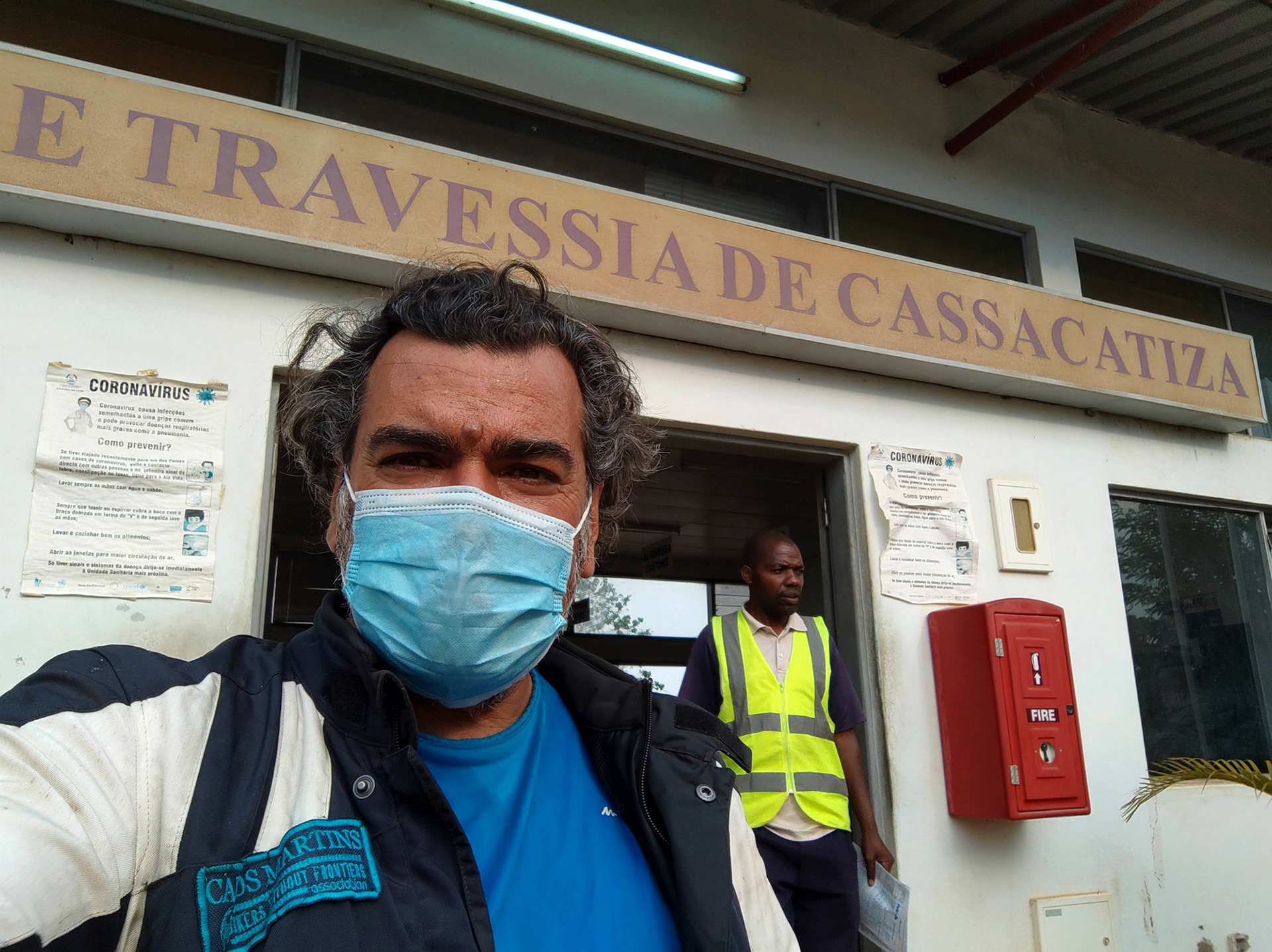
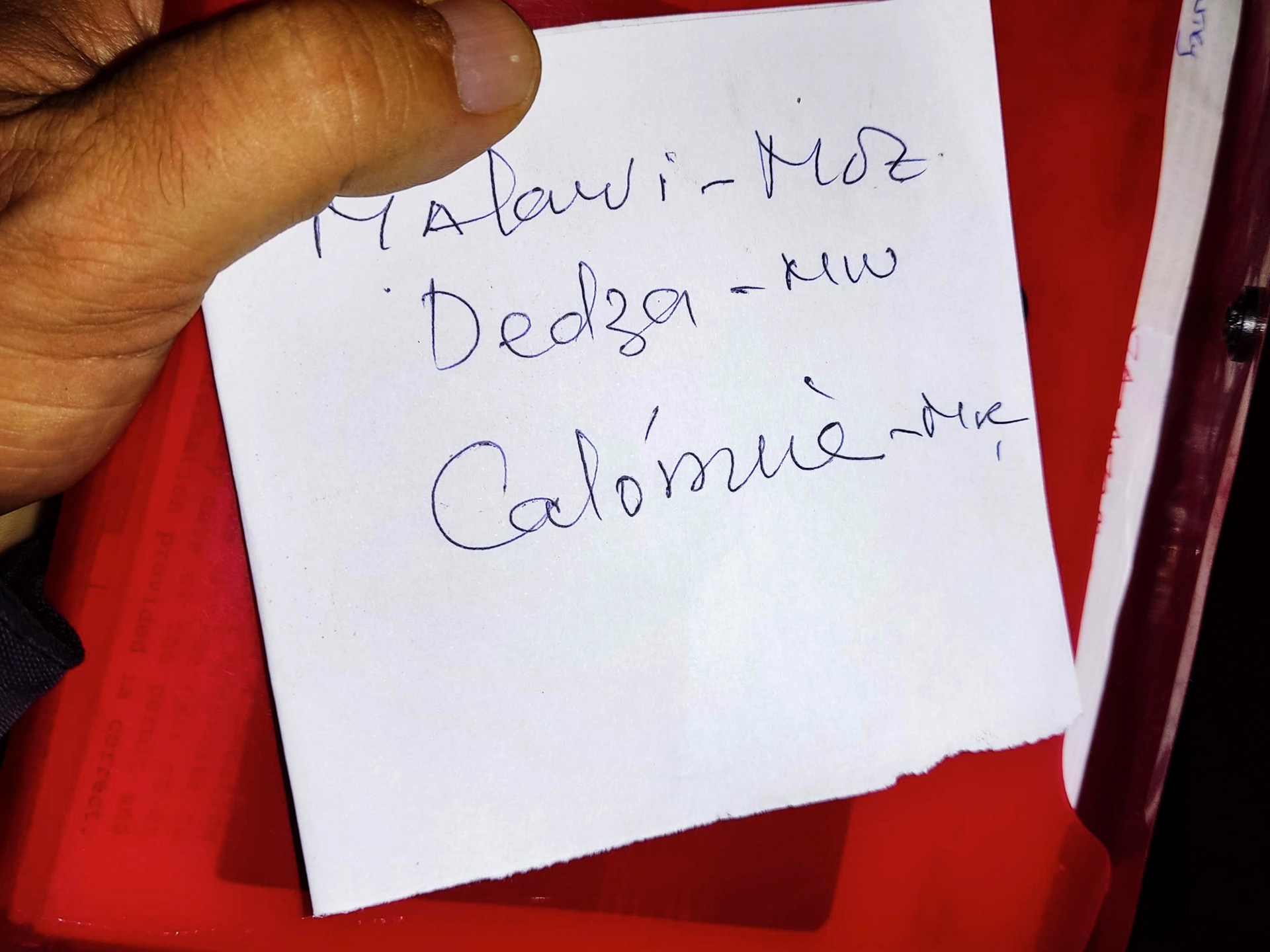
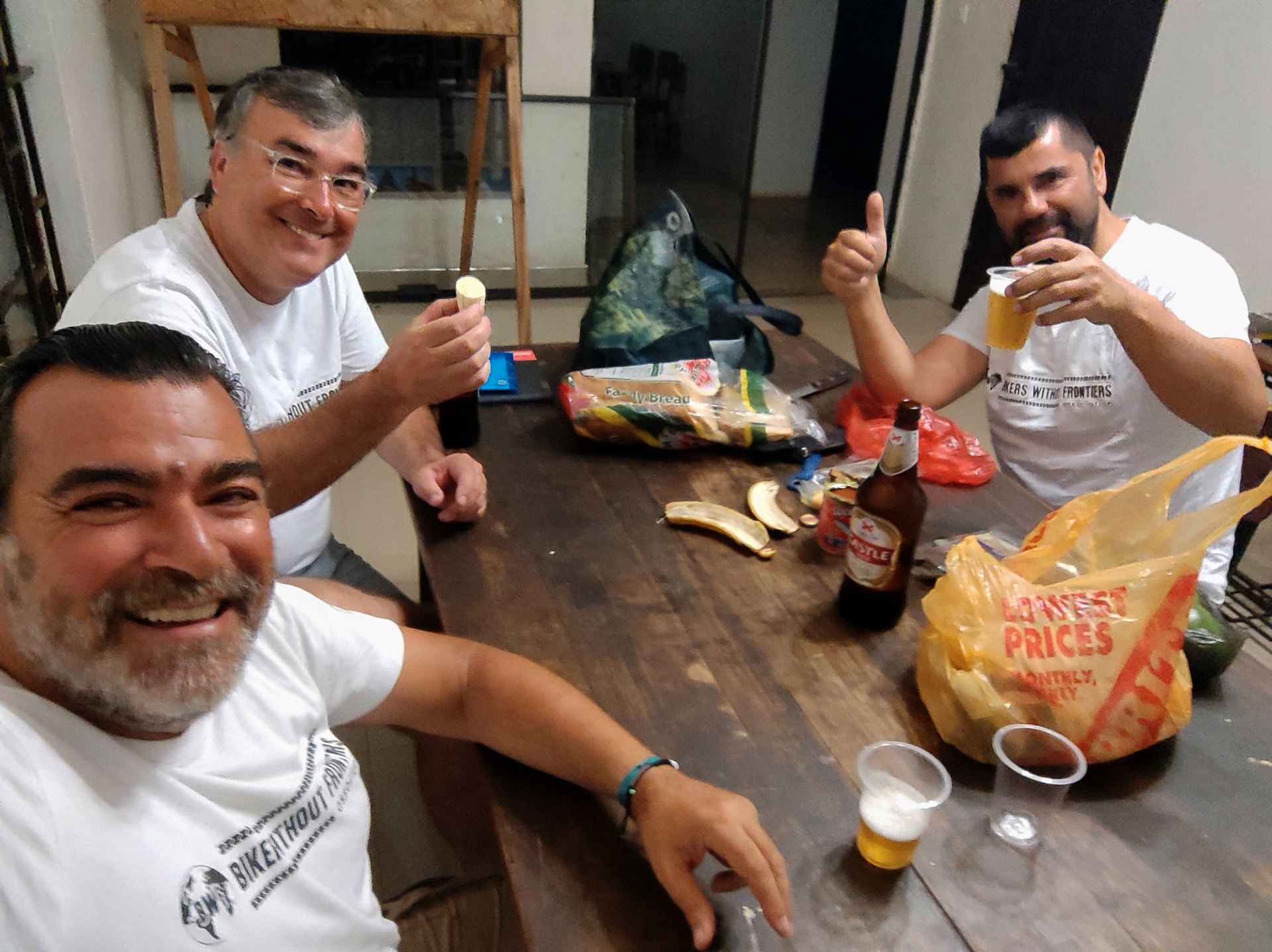
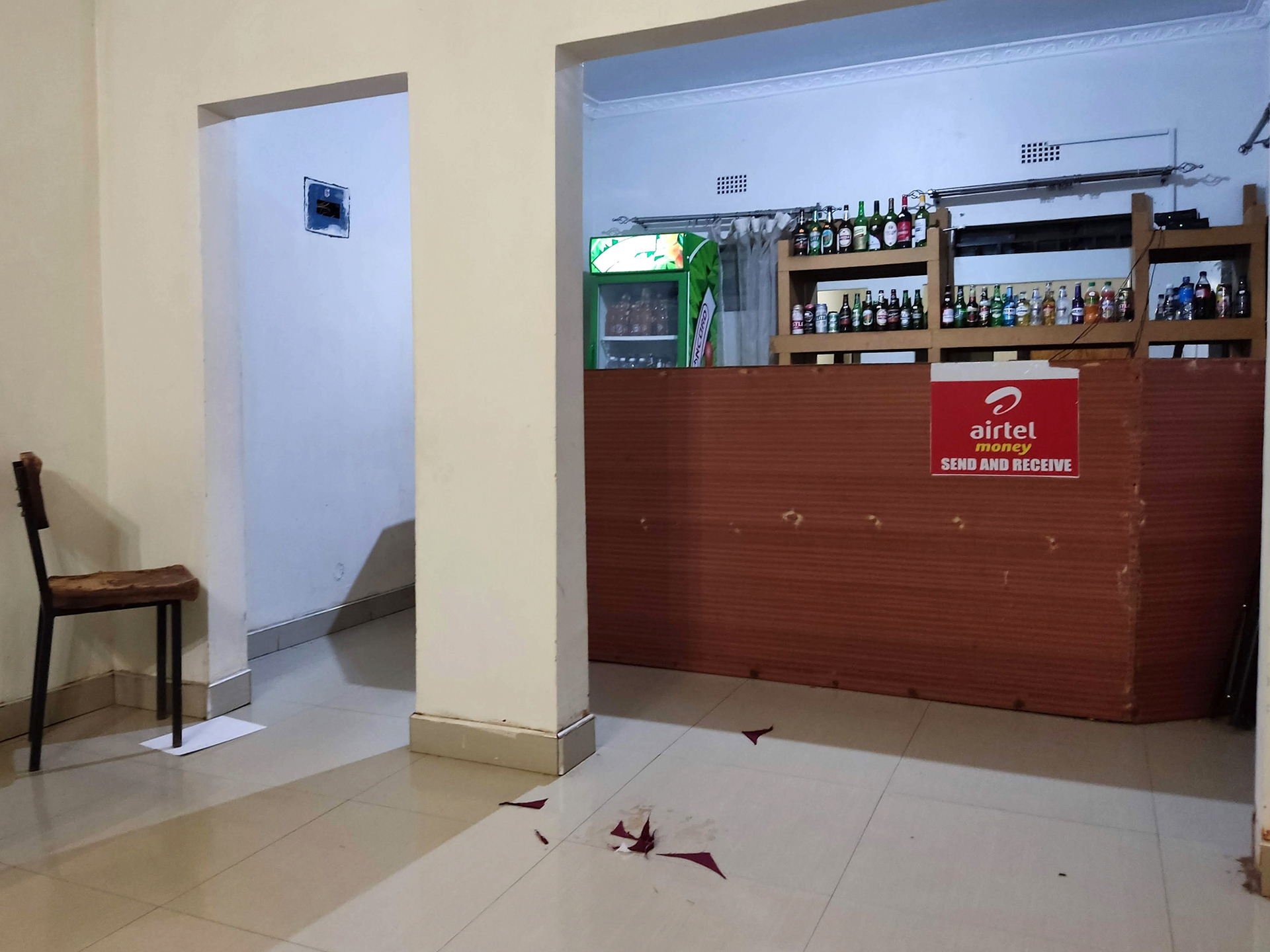
Day 13 Katete - Dedza
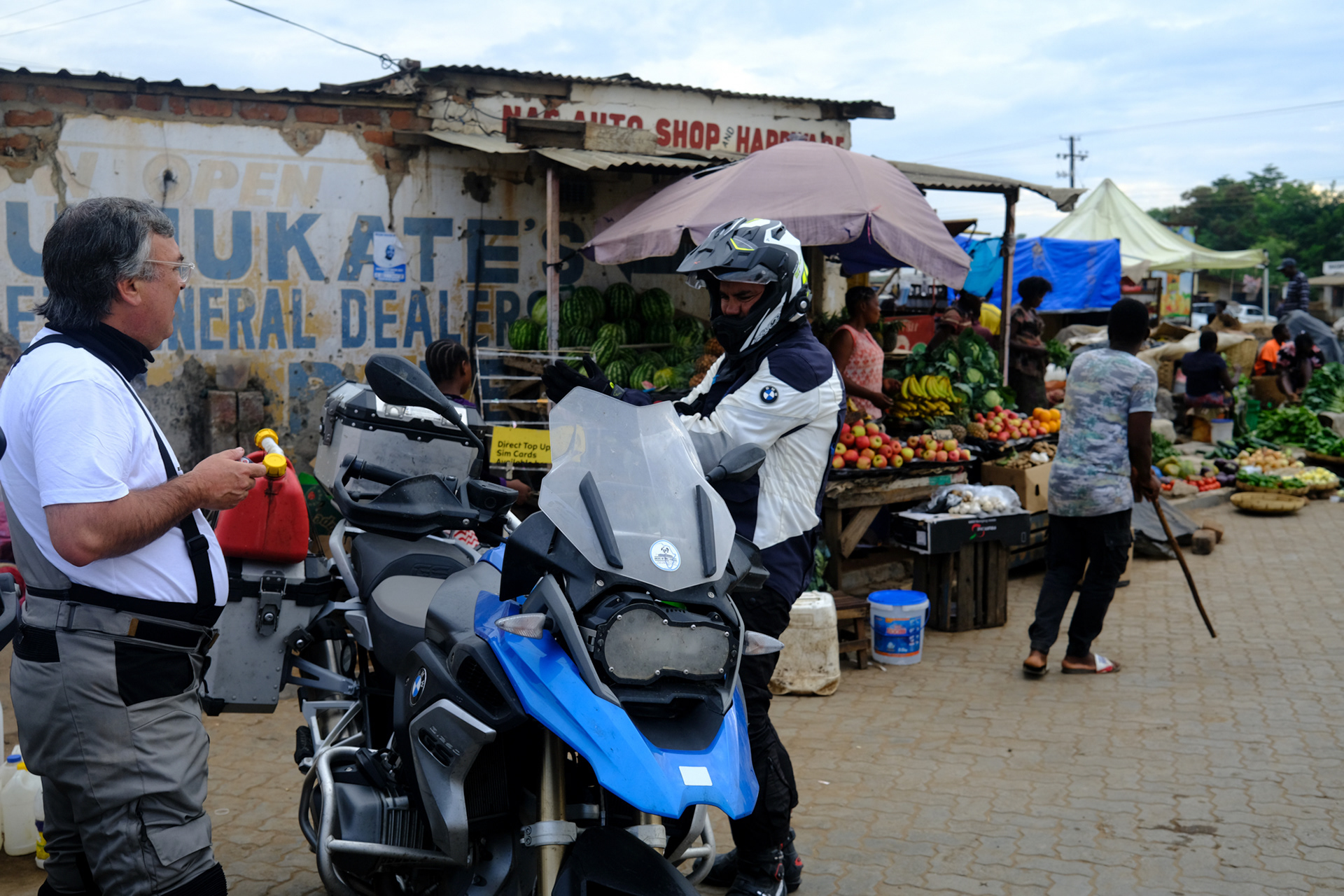
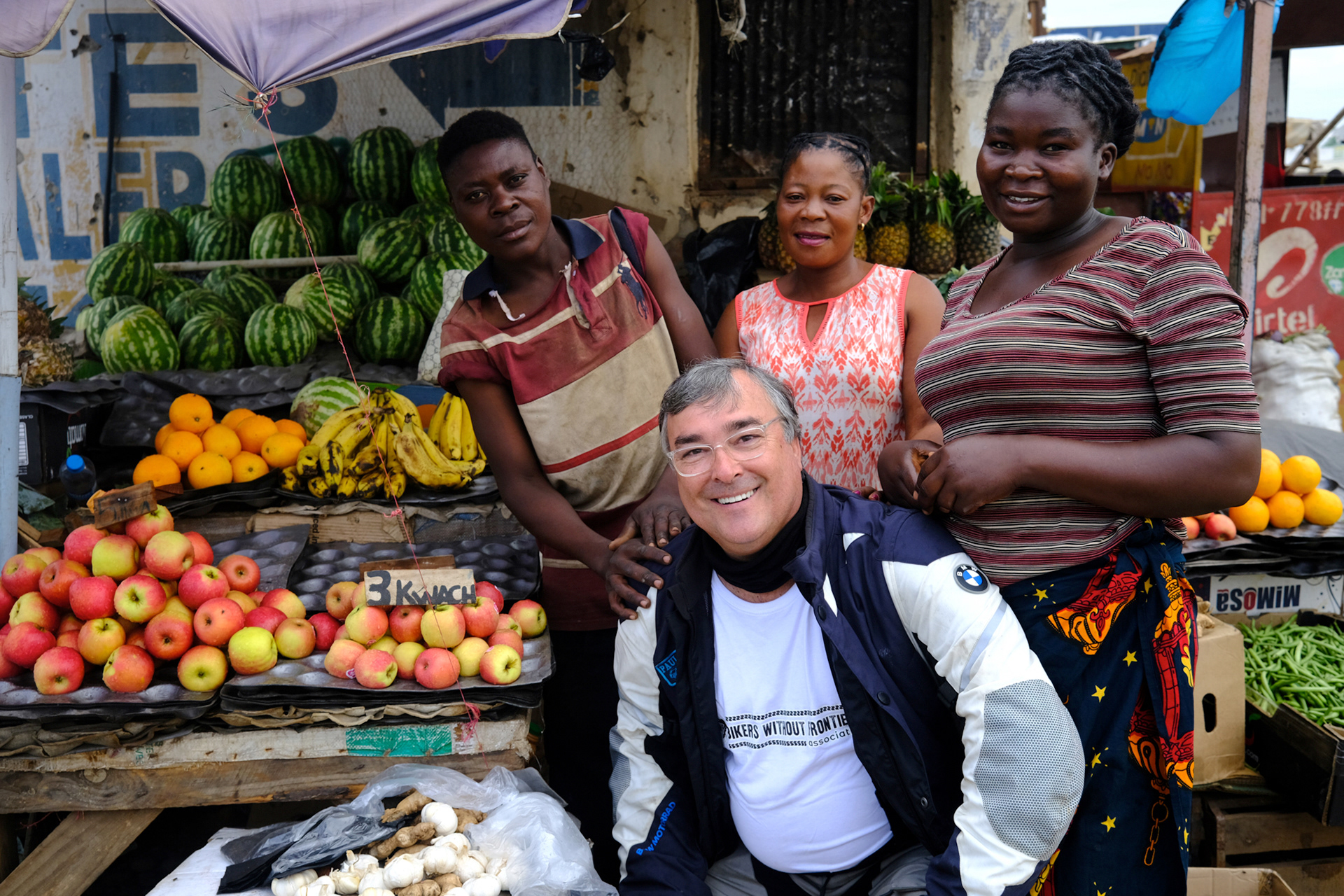
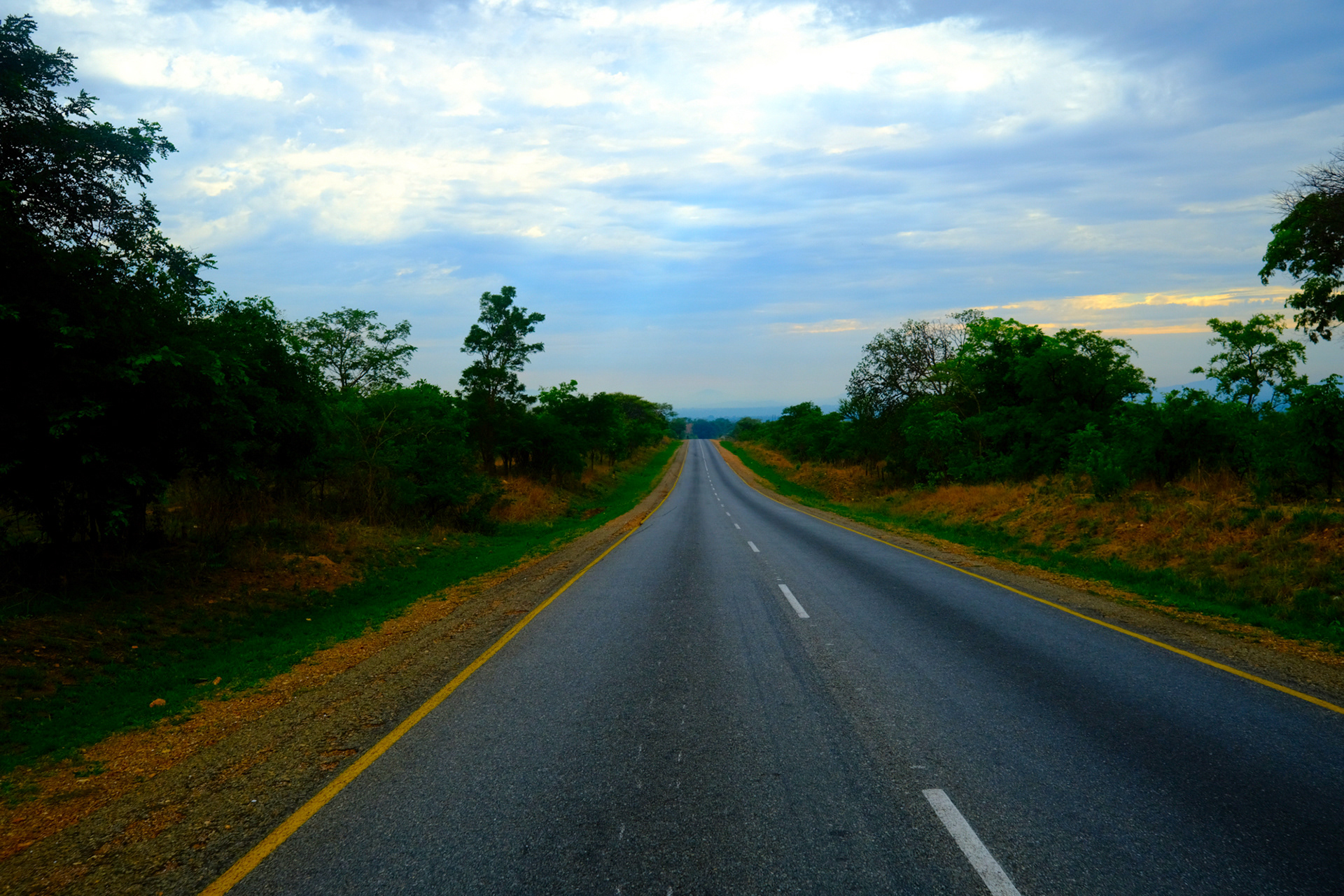
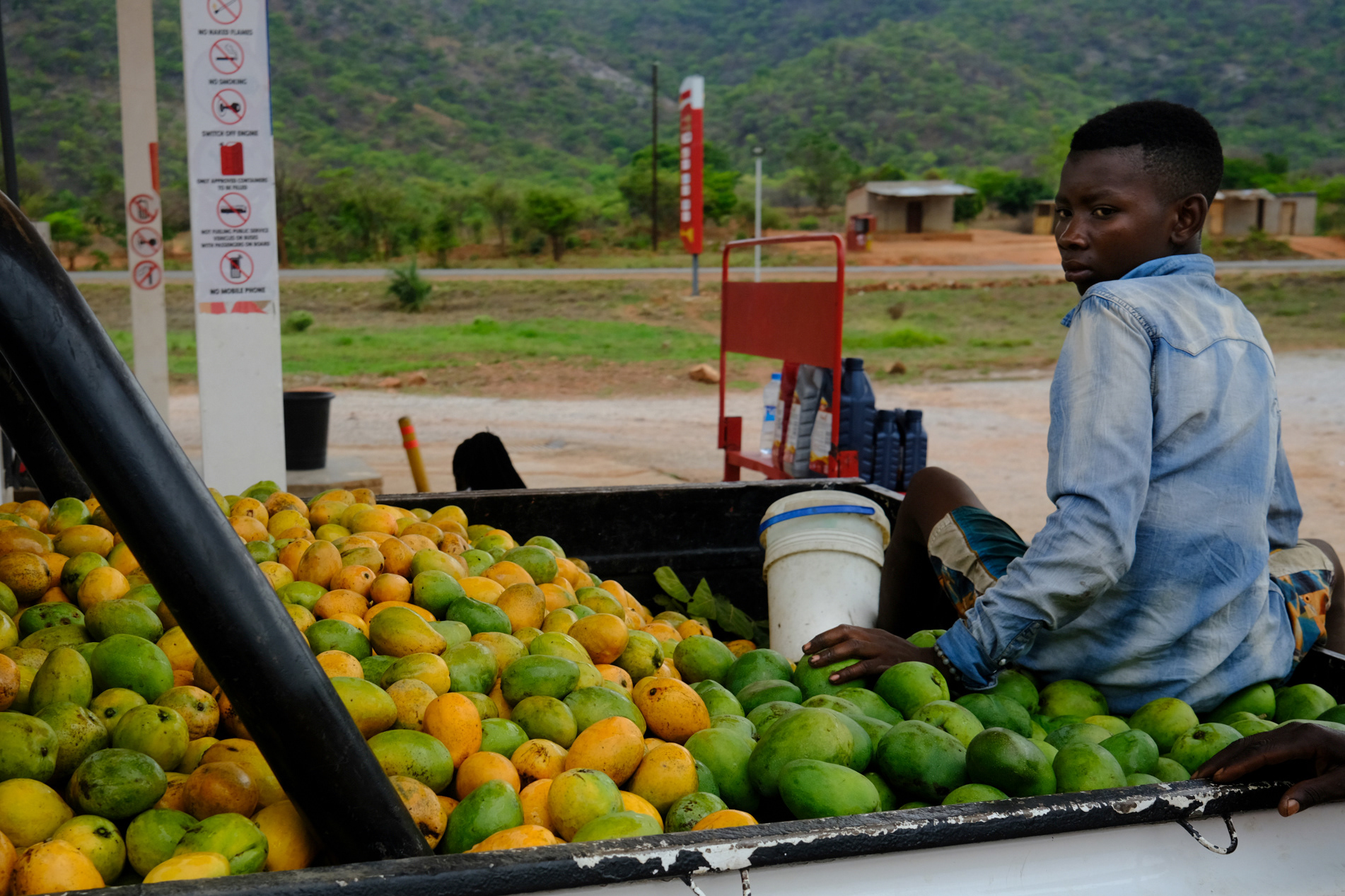
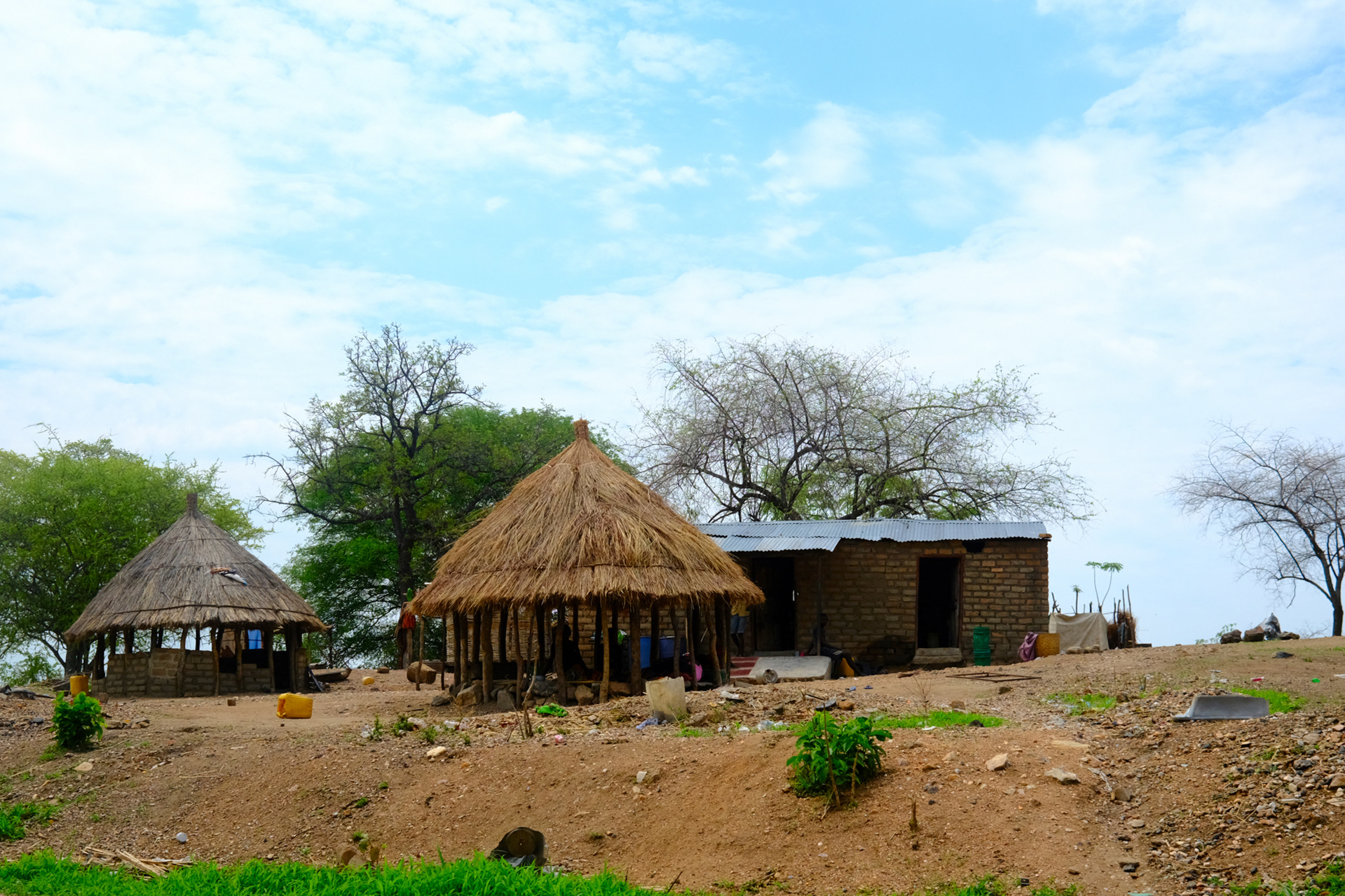
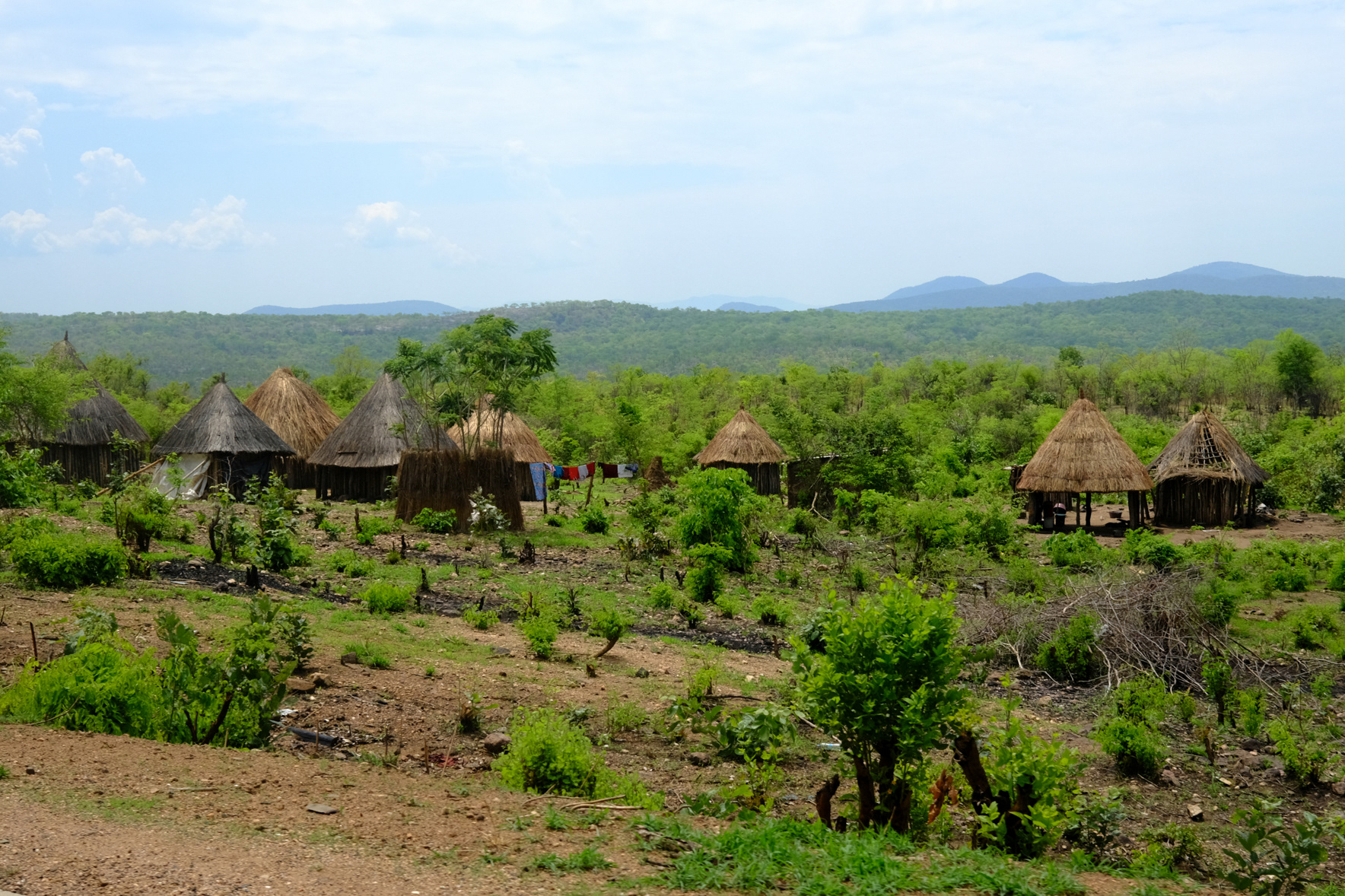
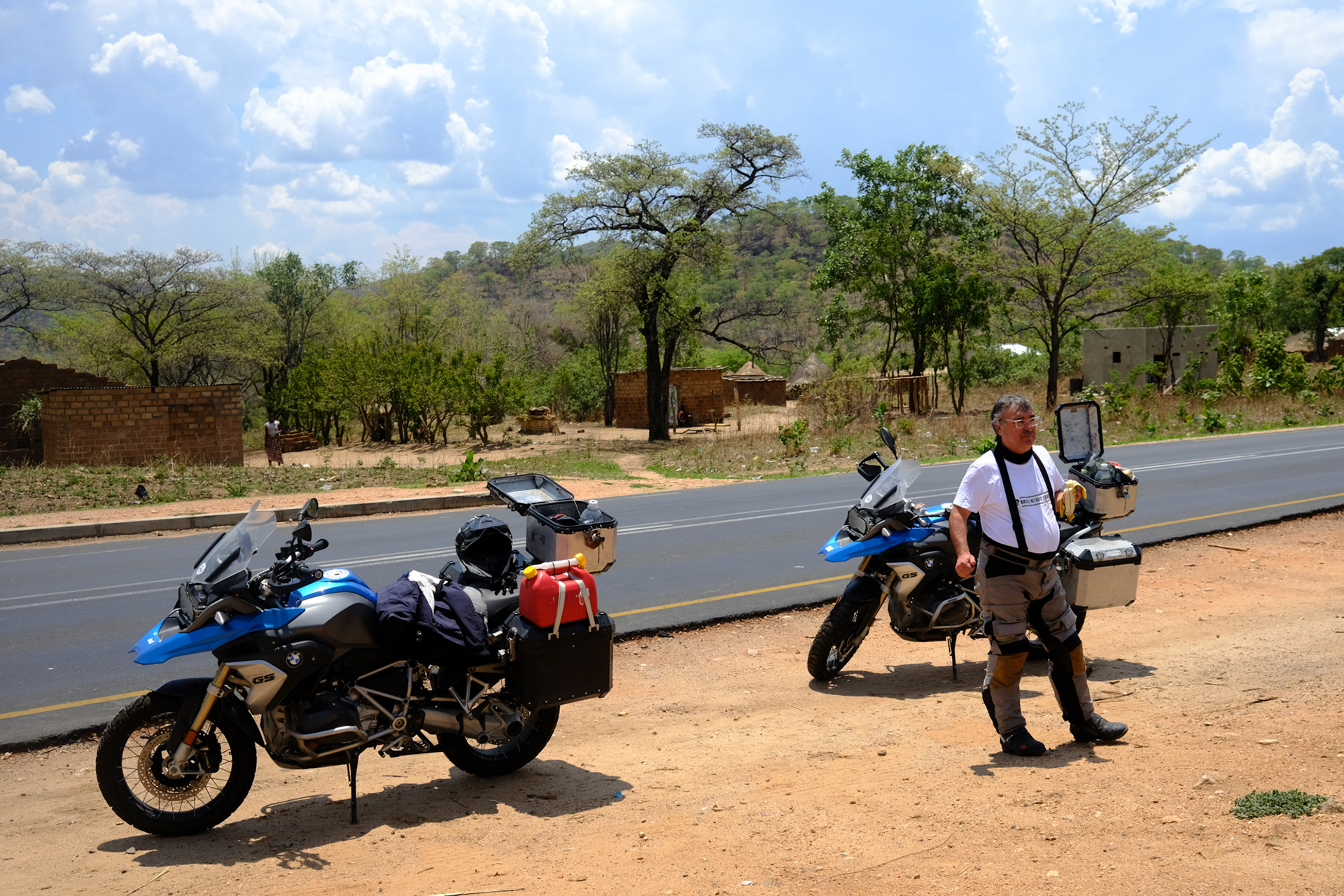
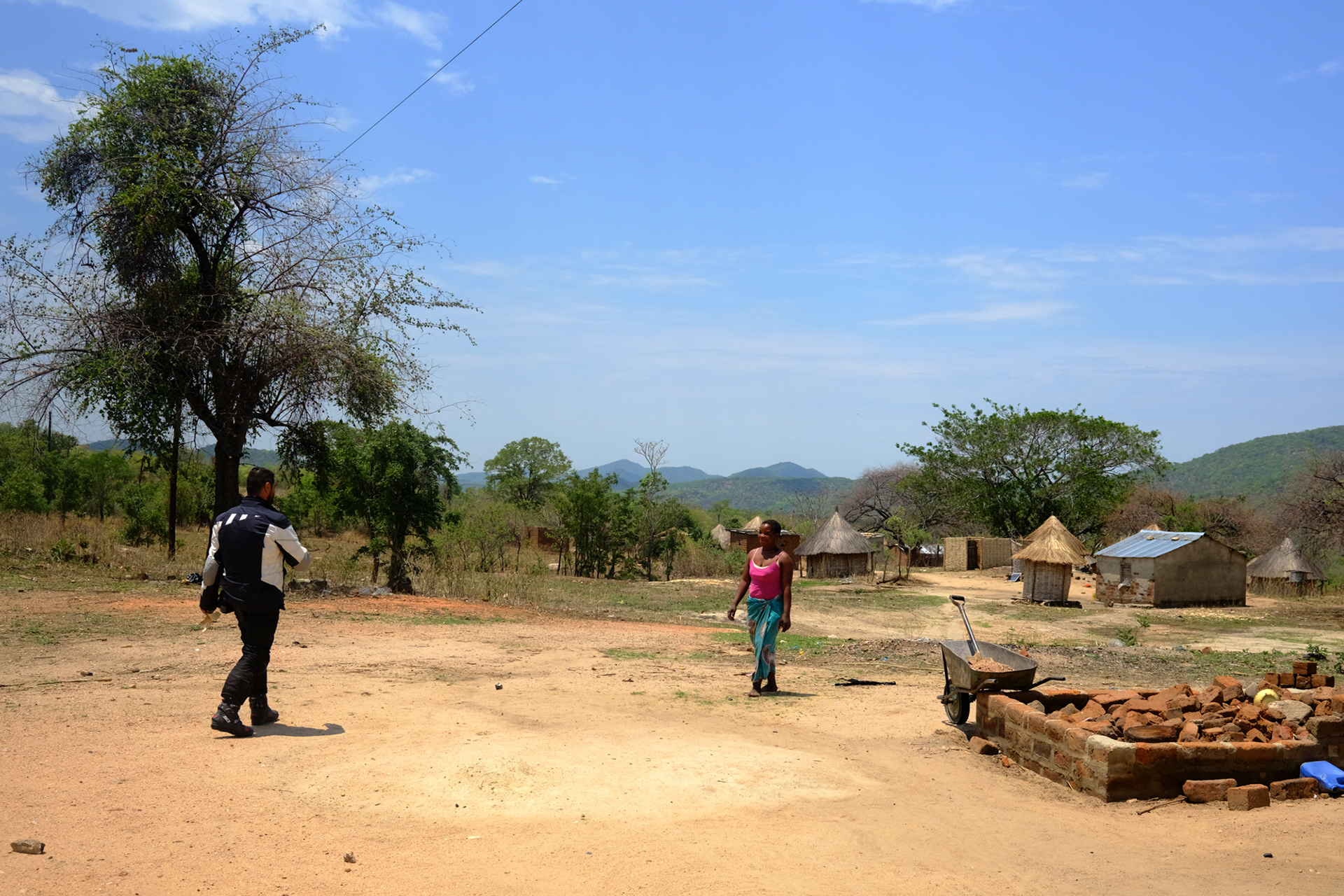

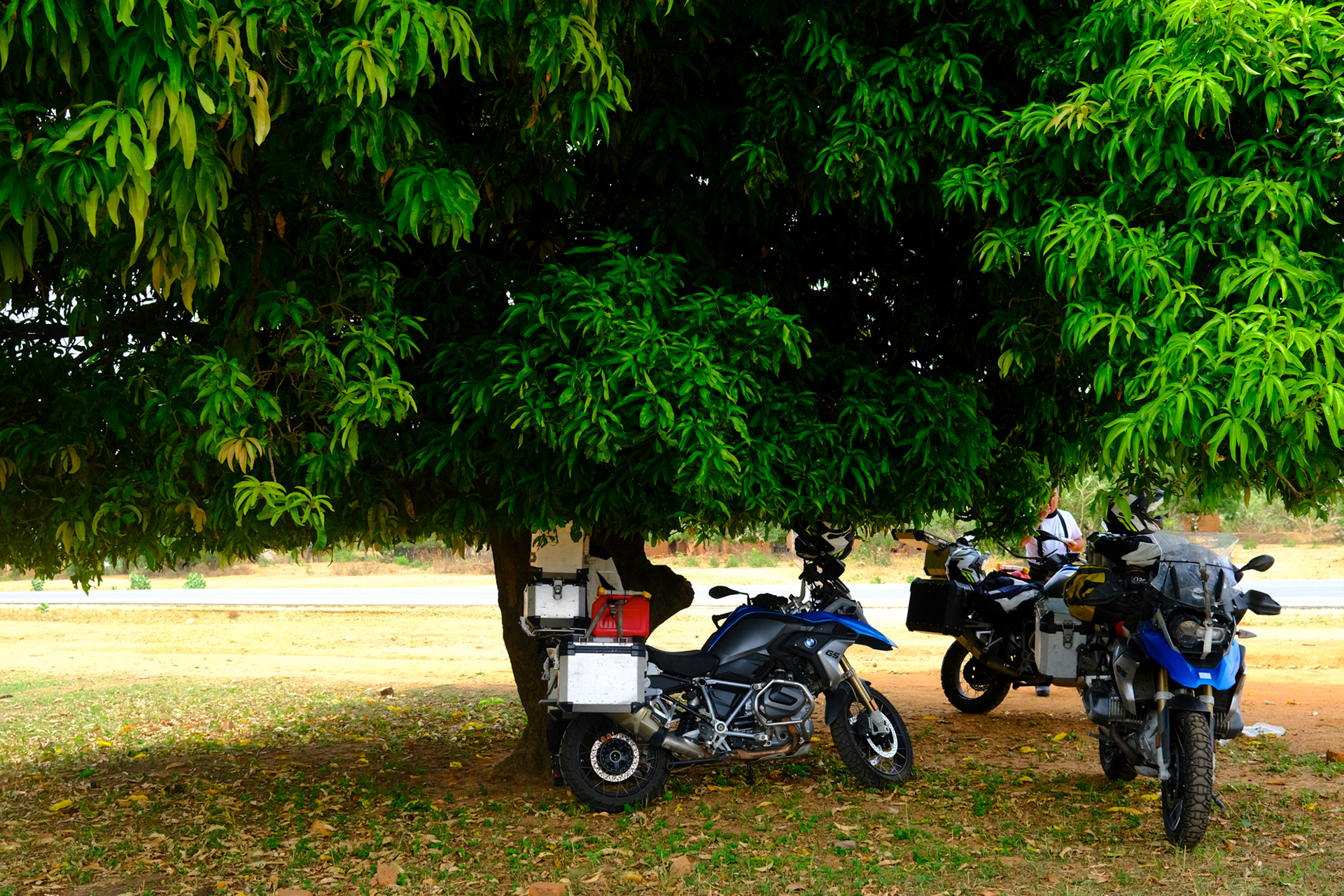
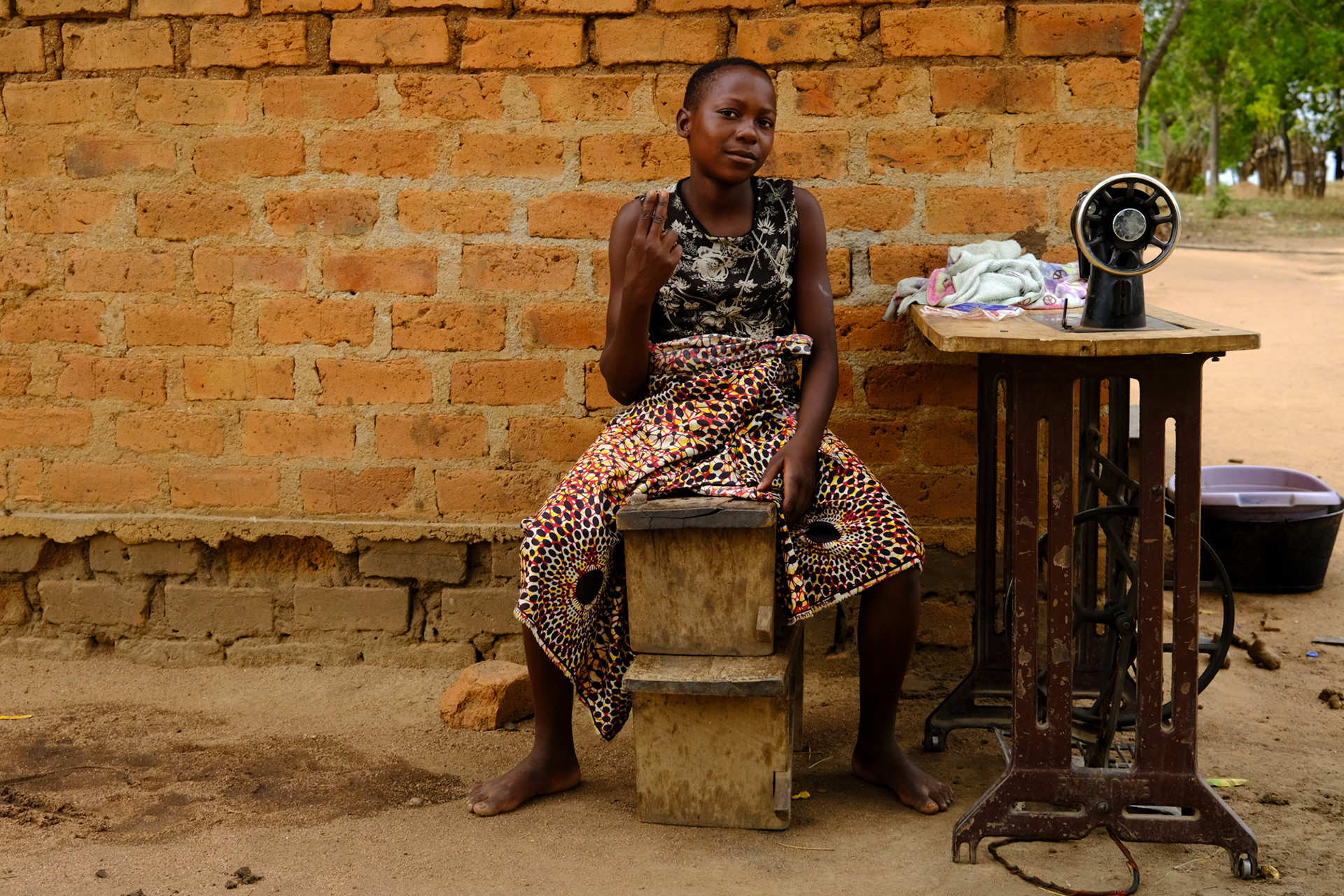
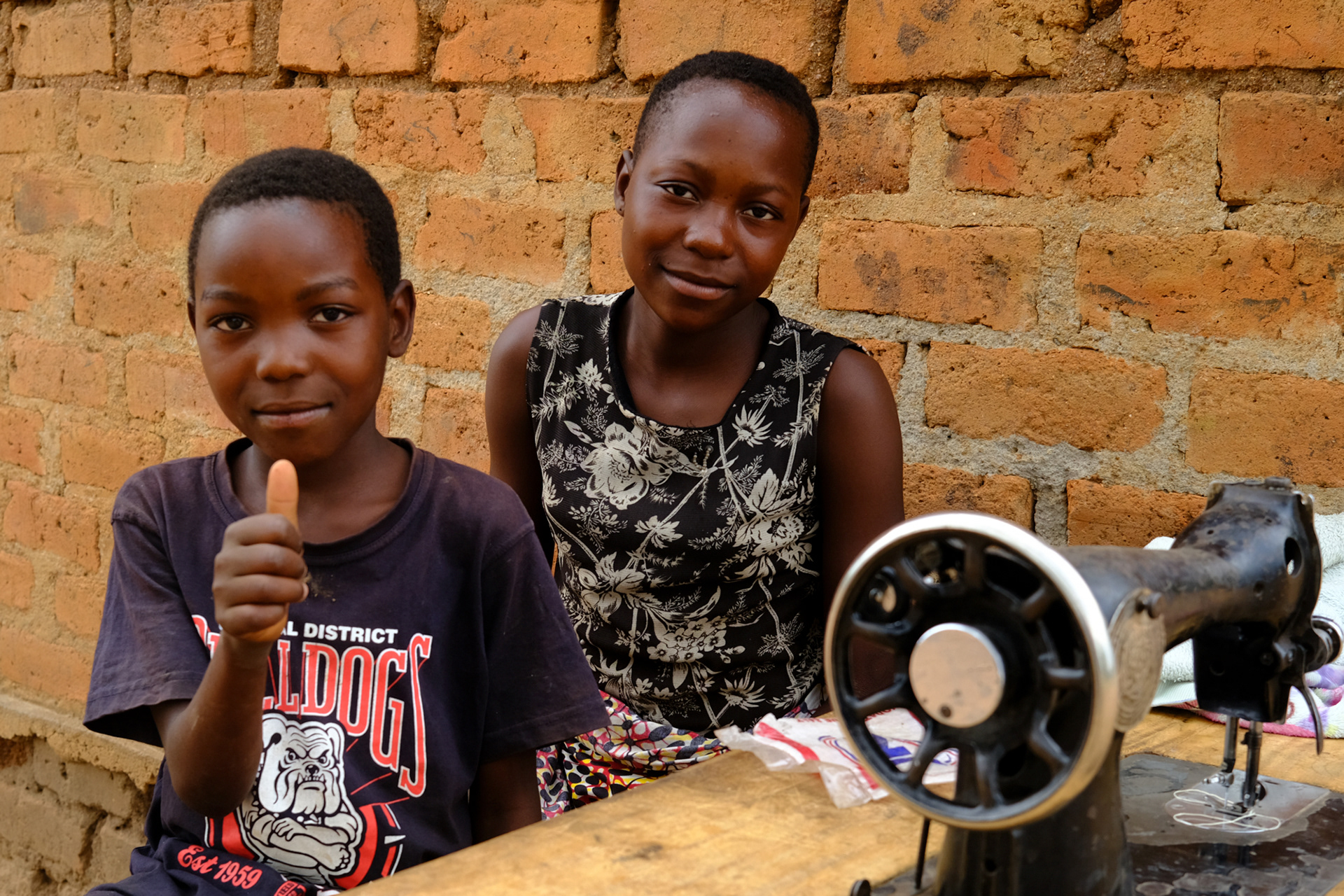
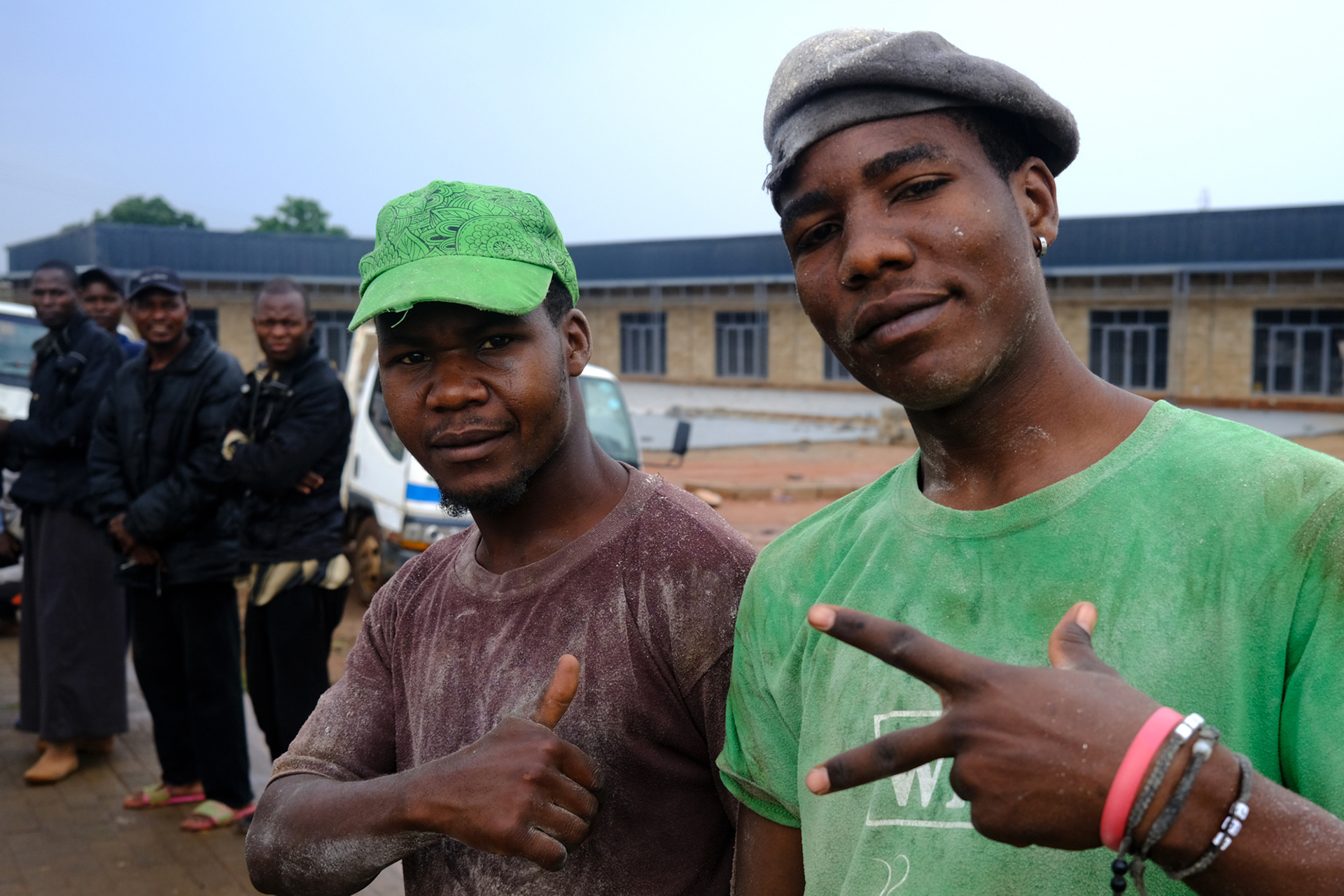
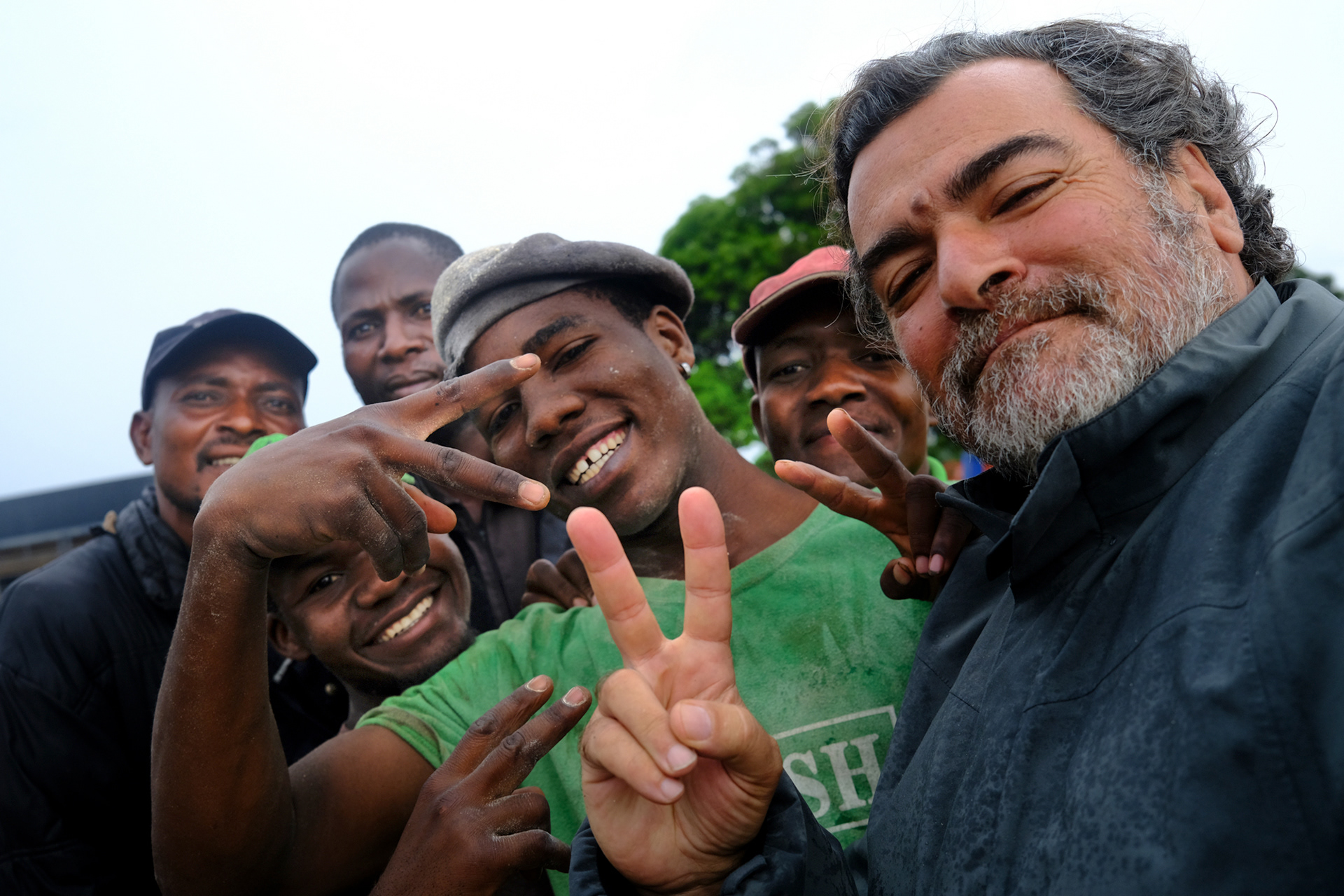
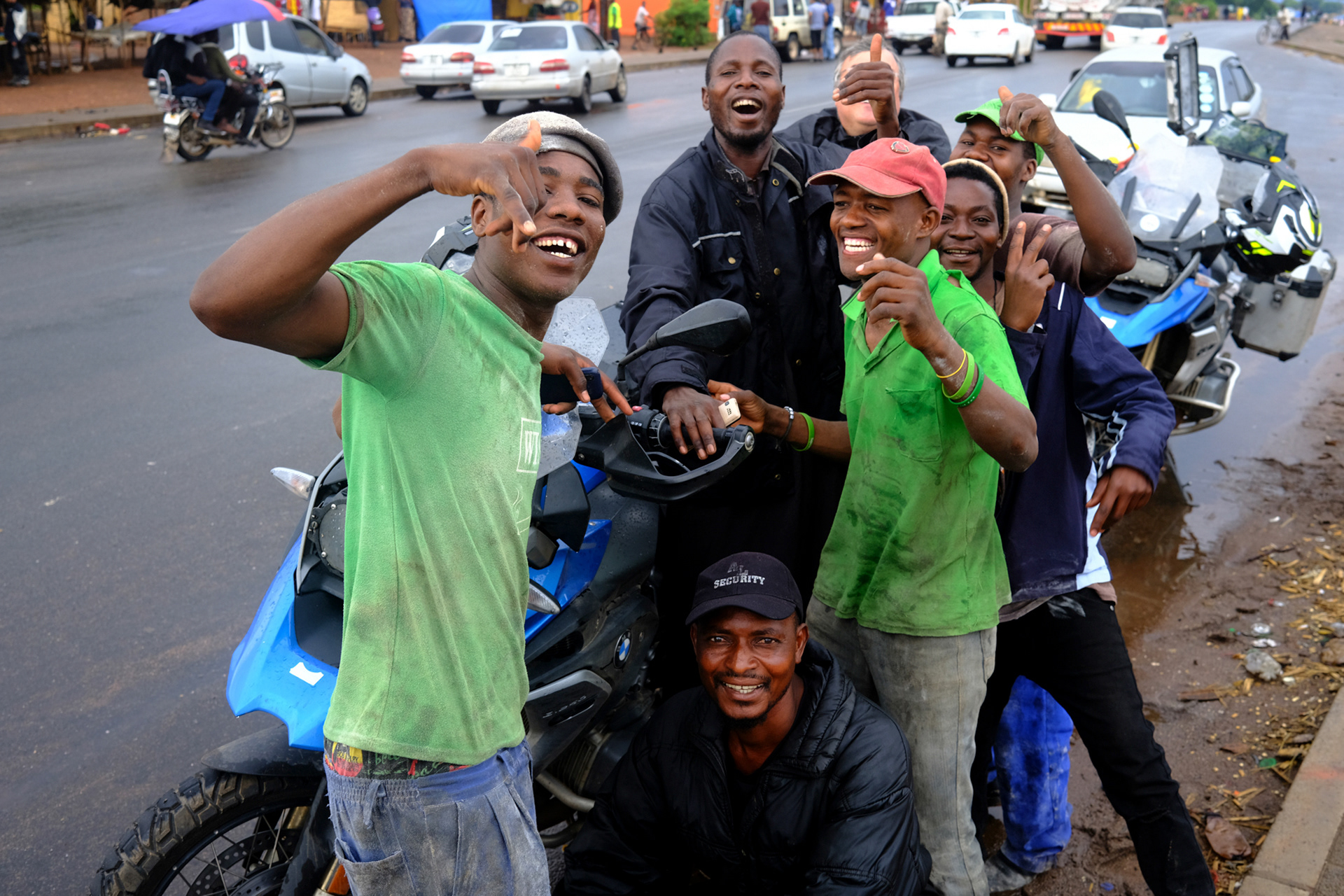
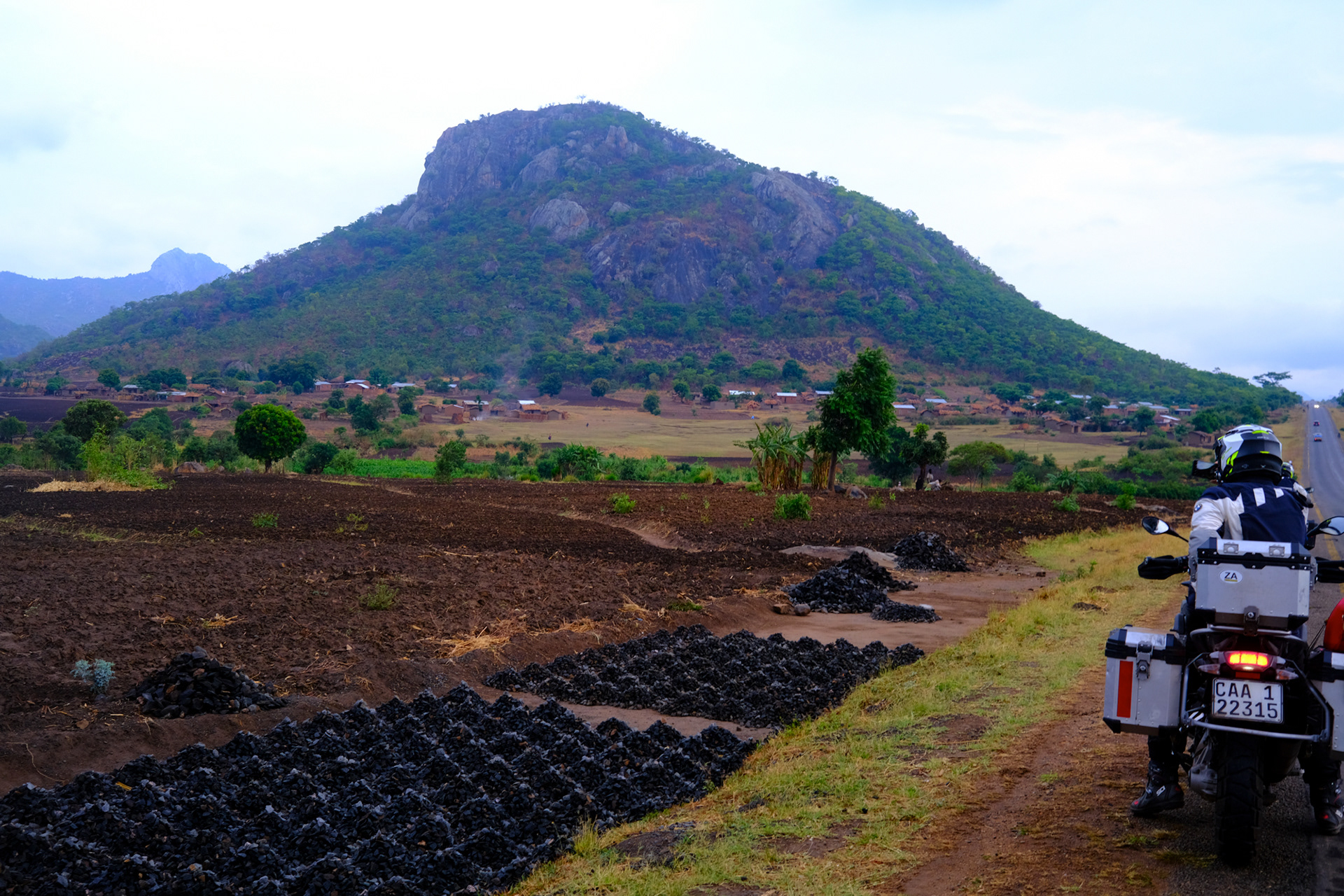
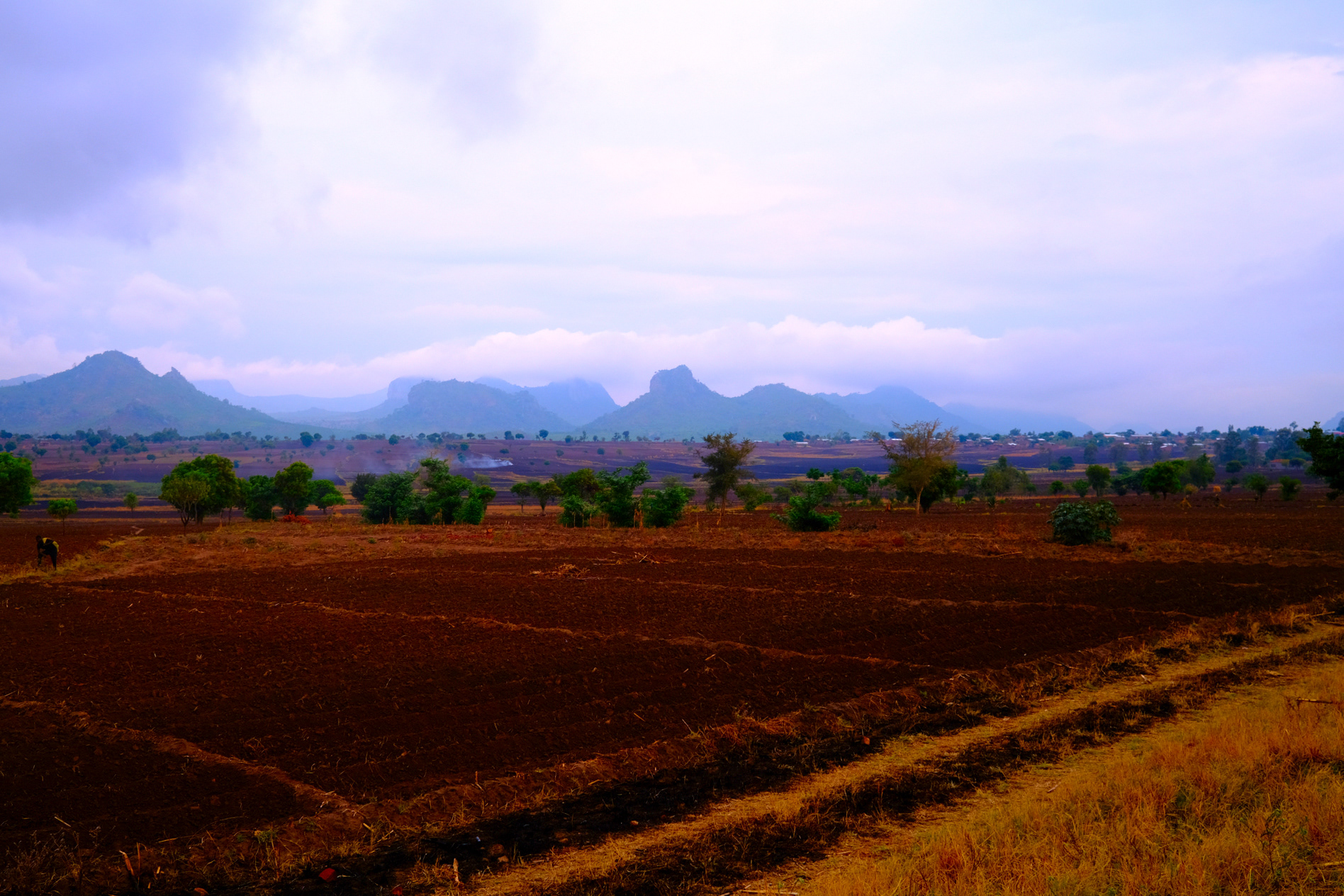
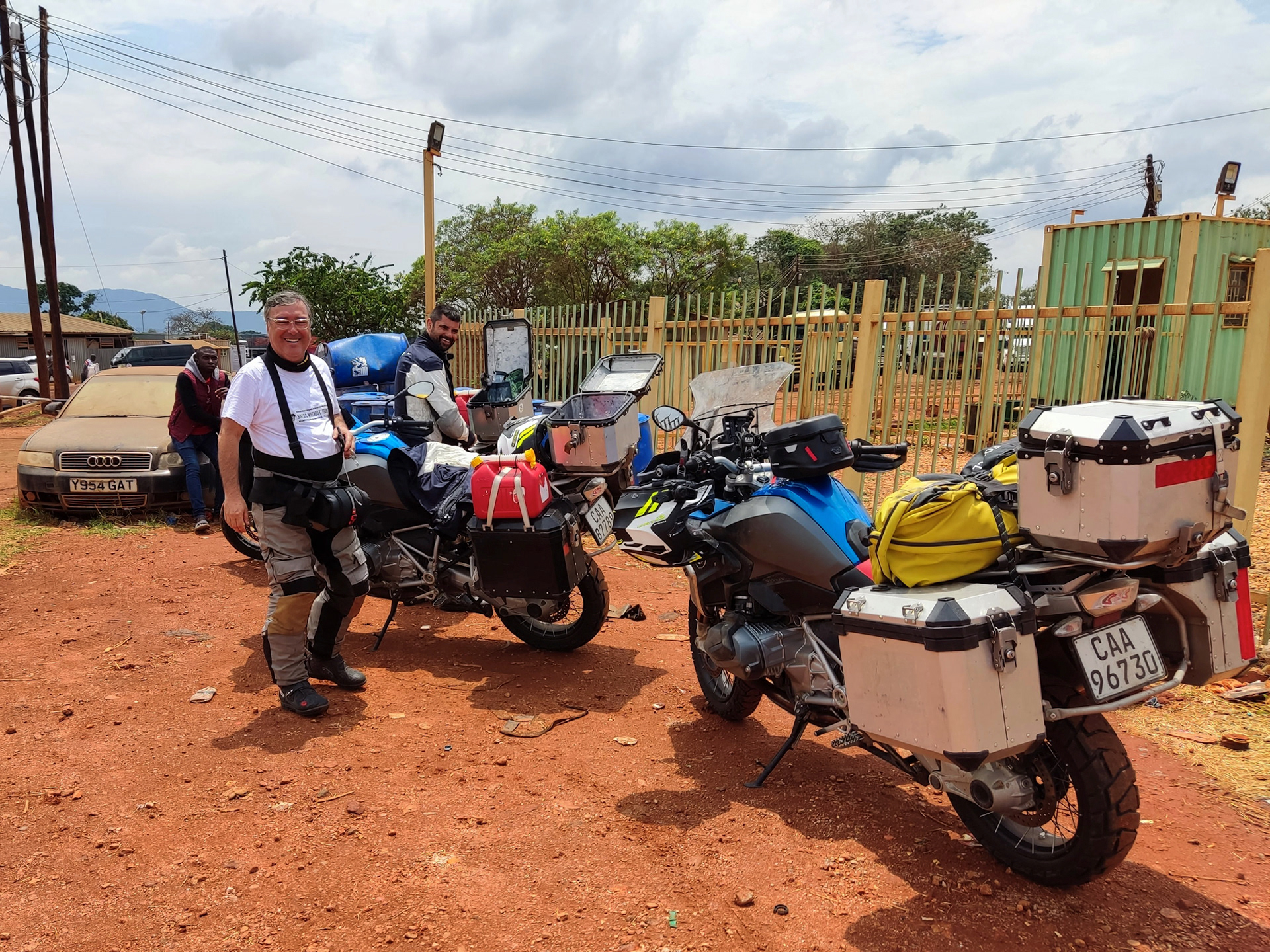
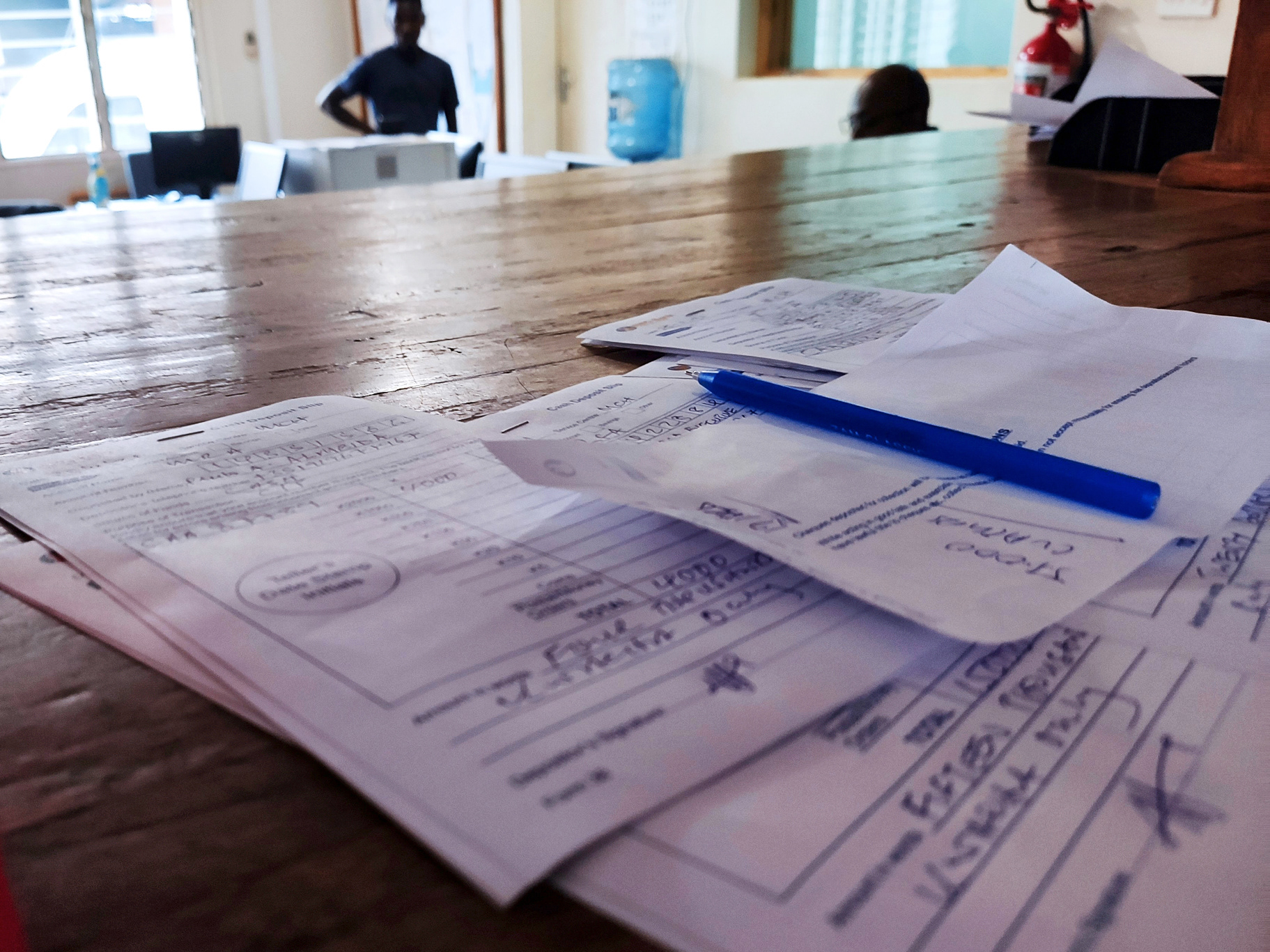
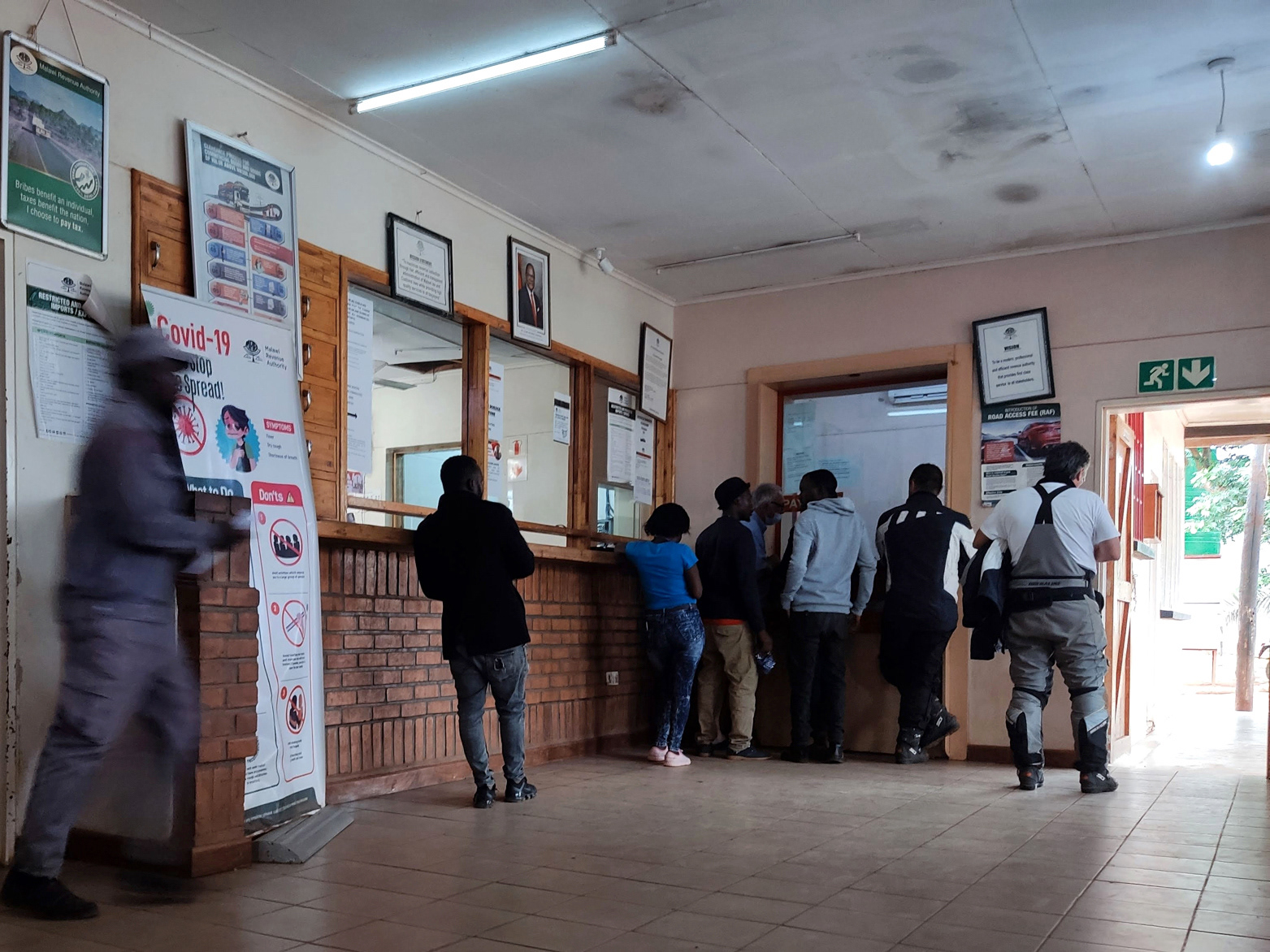
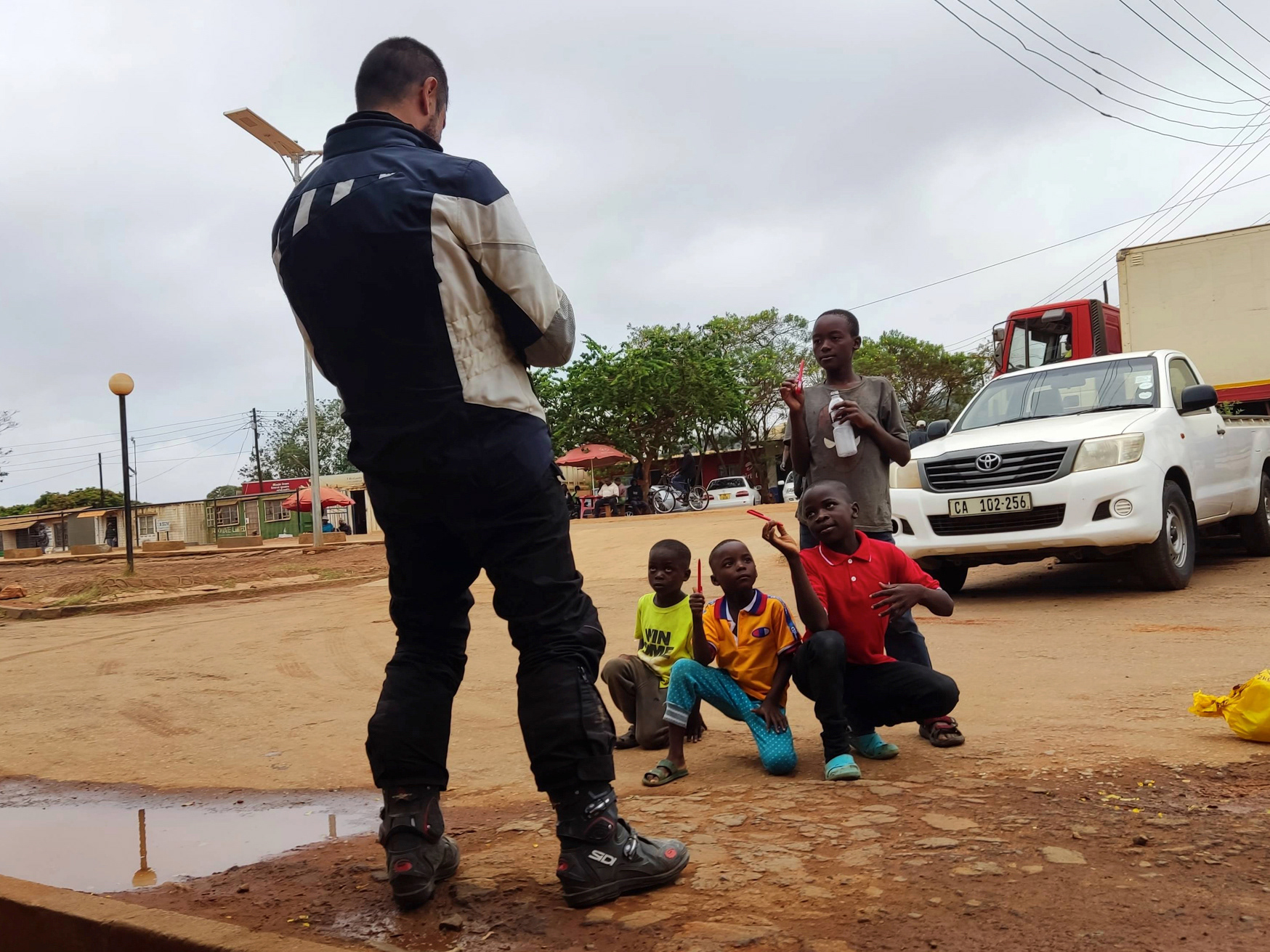

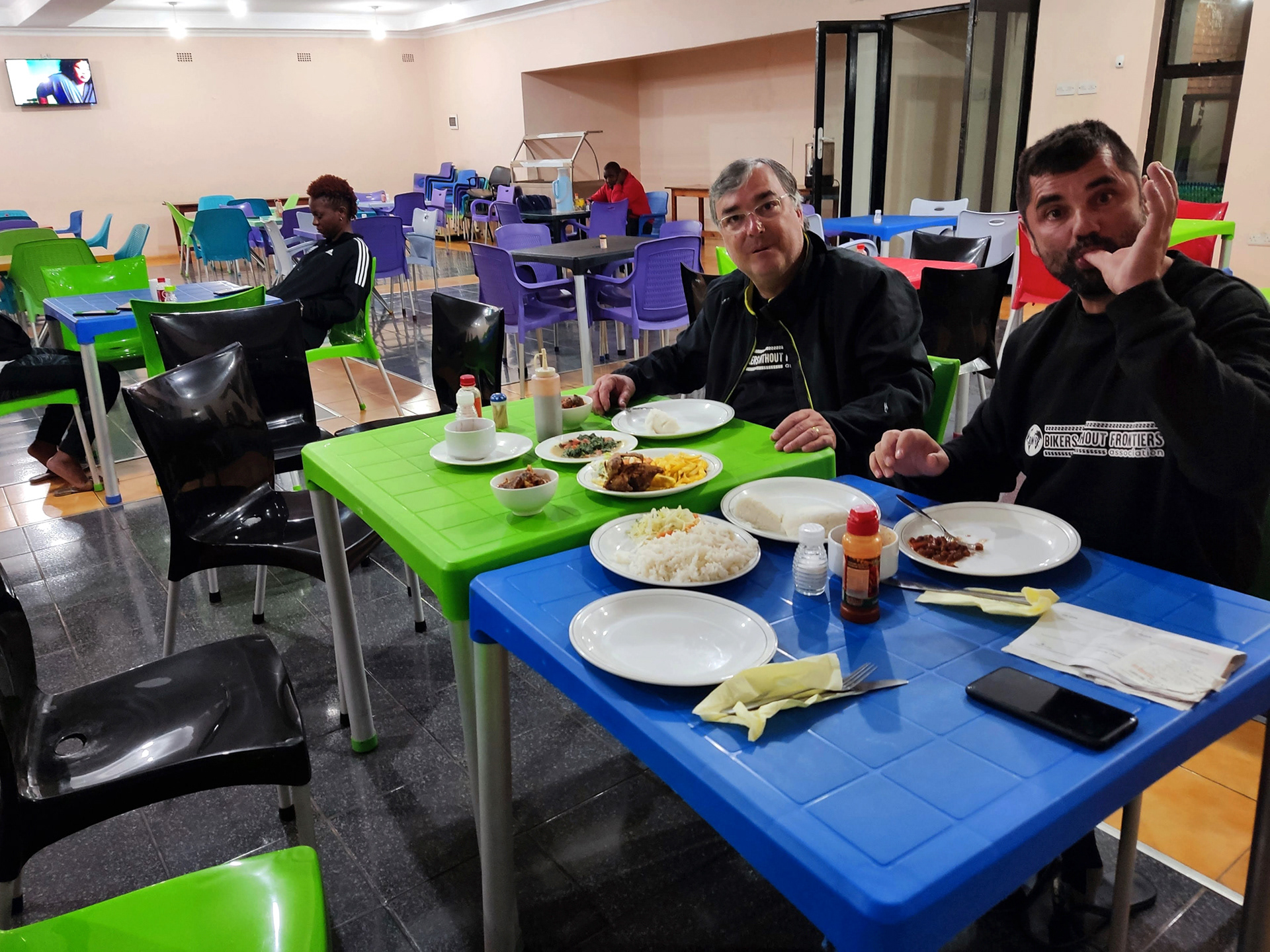
Day 14 Dedza (Malawi) - Milange (Moçambique)
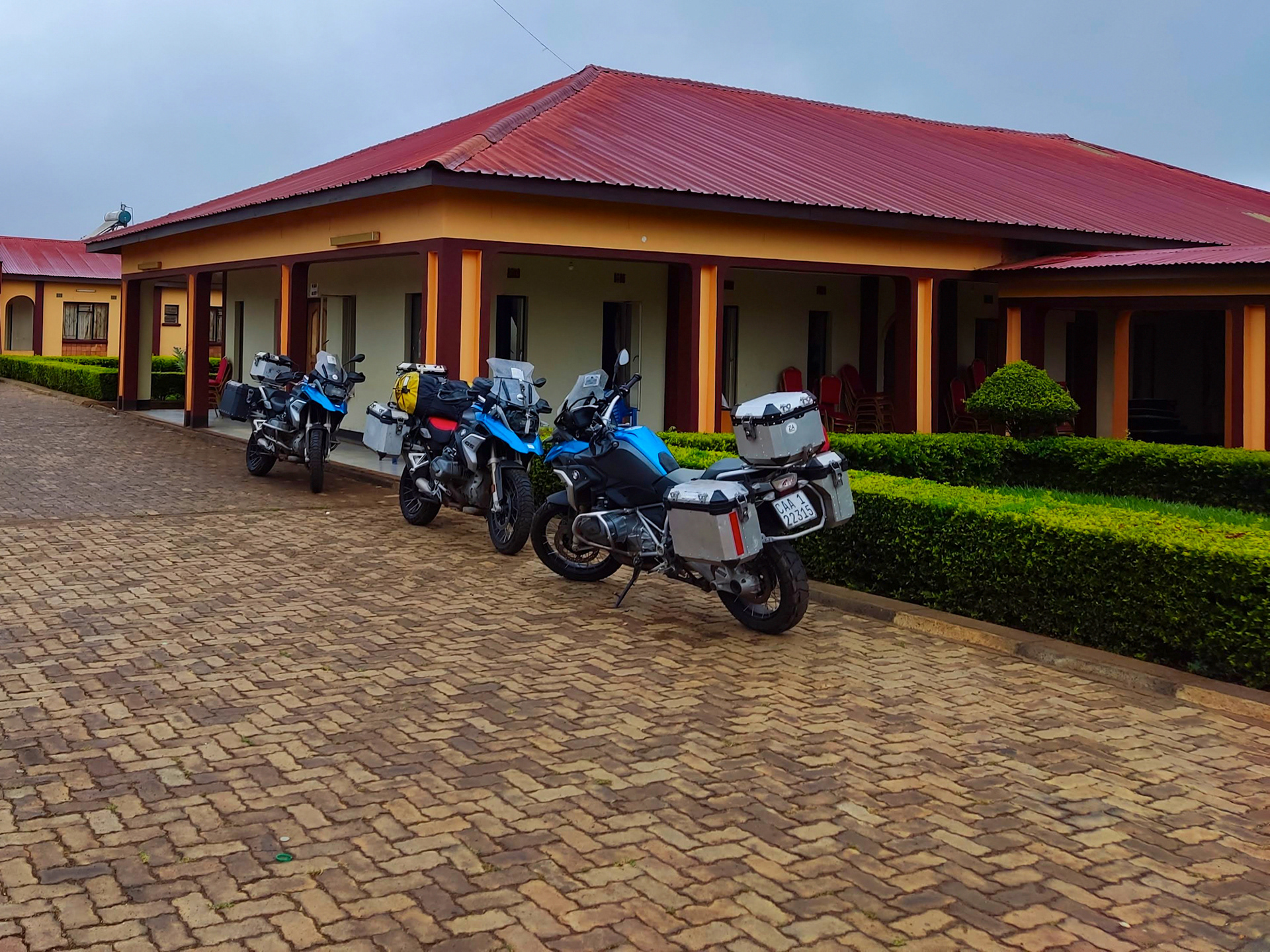
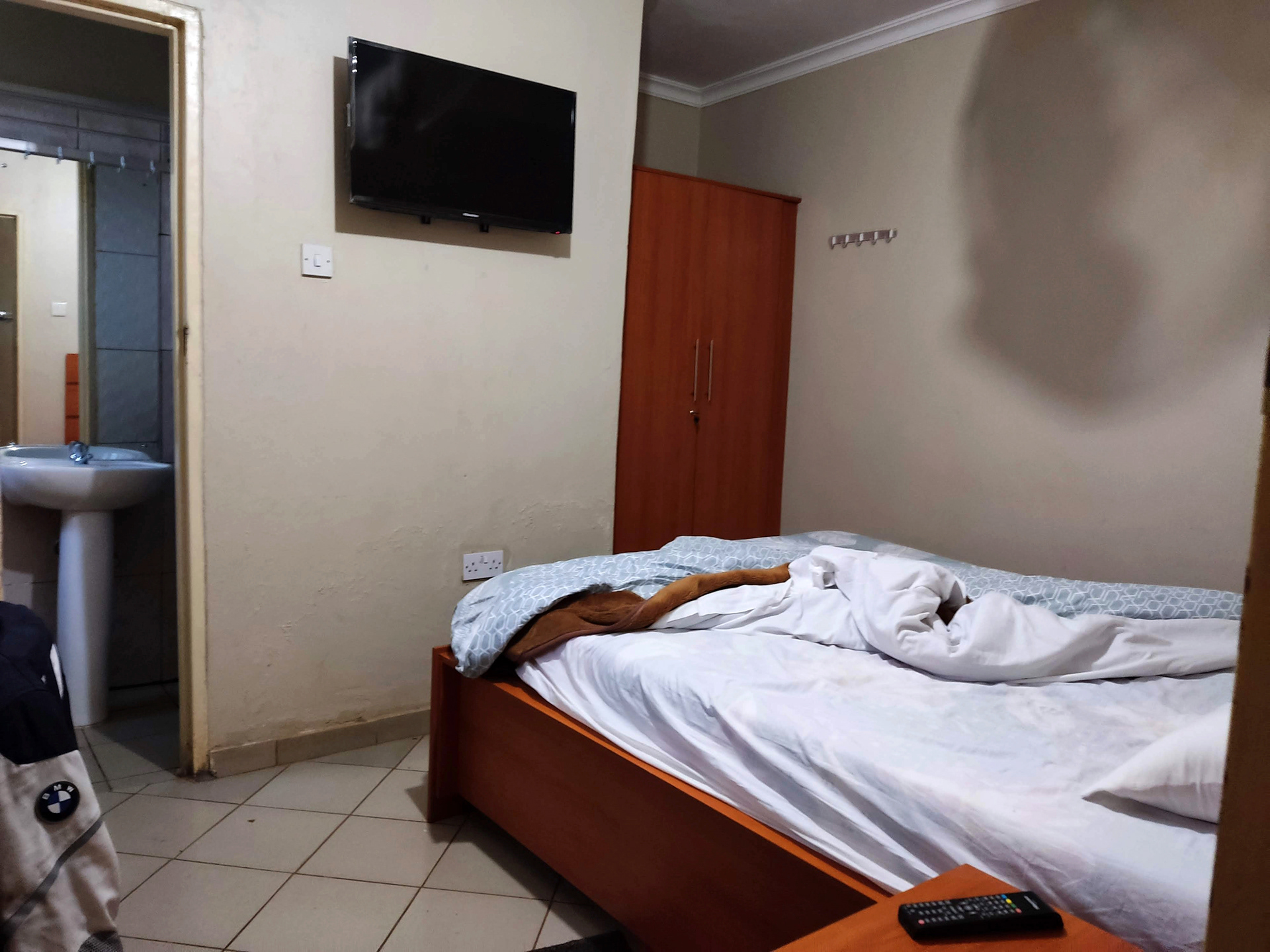
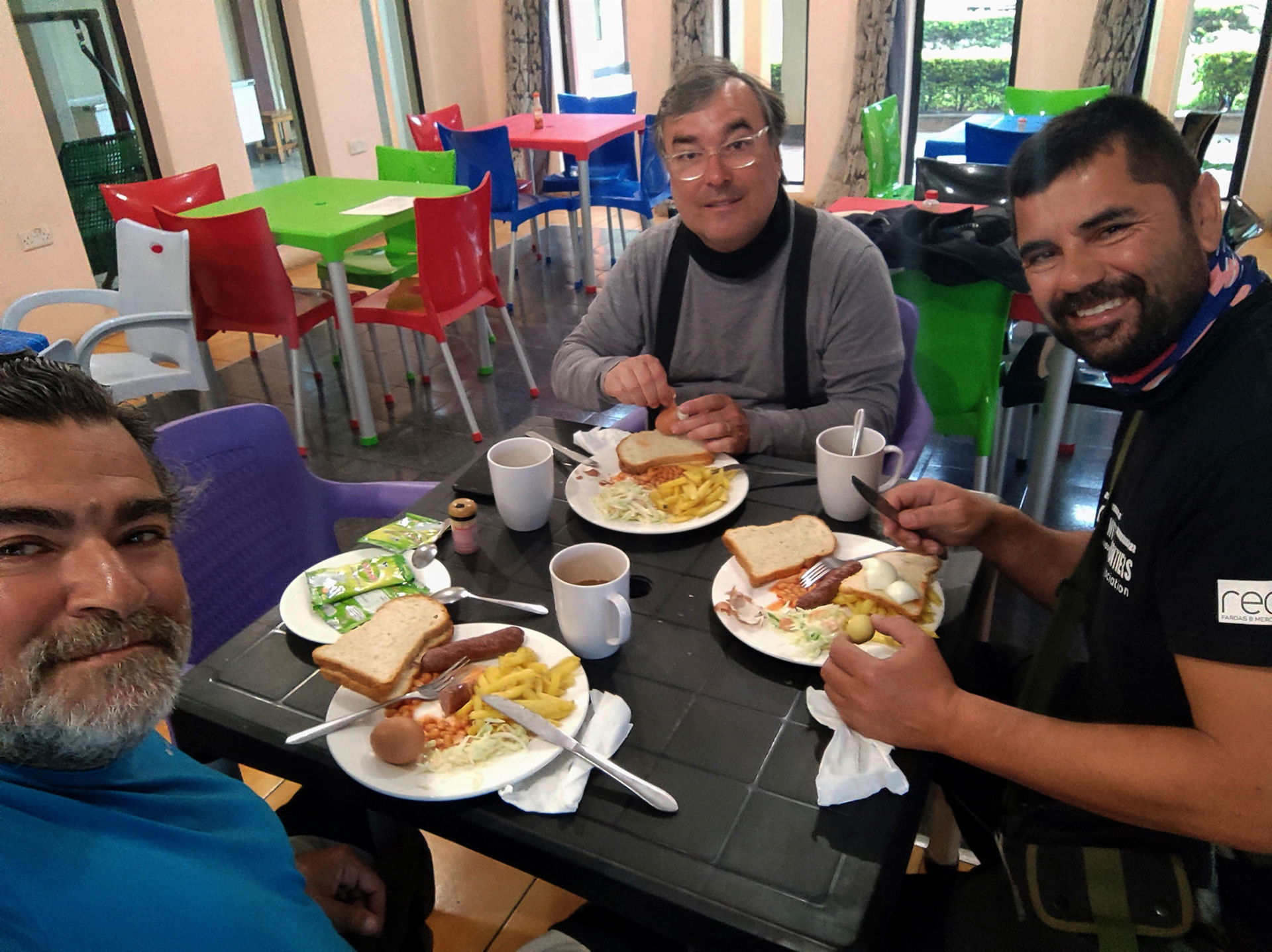
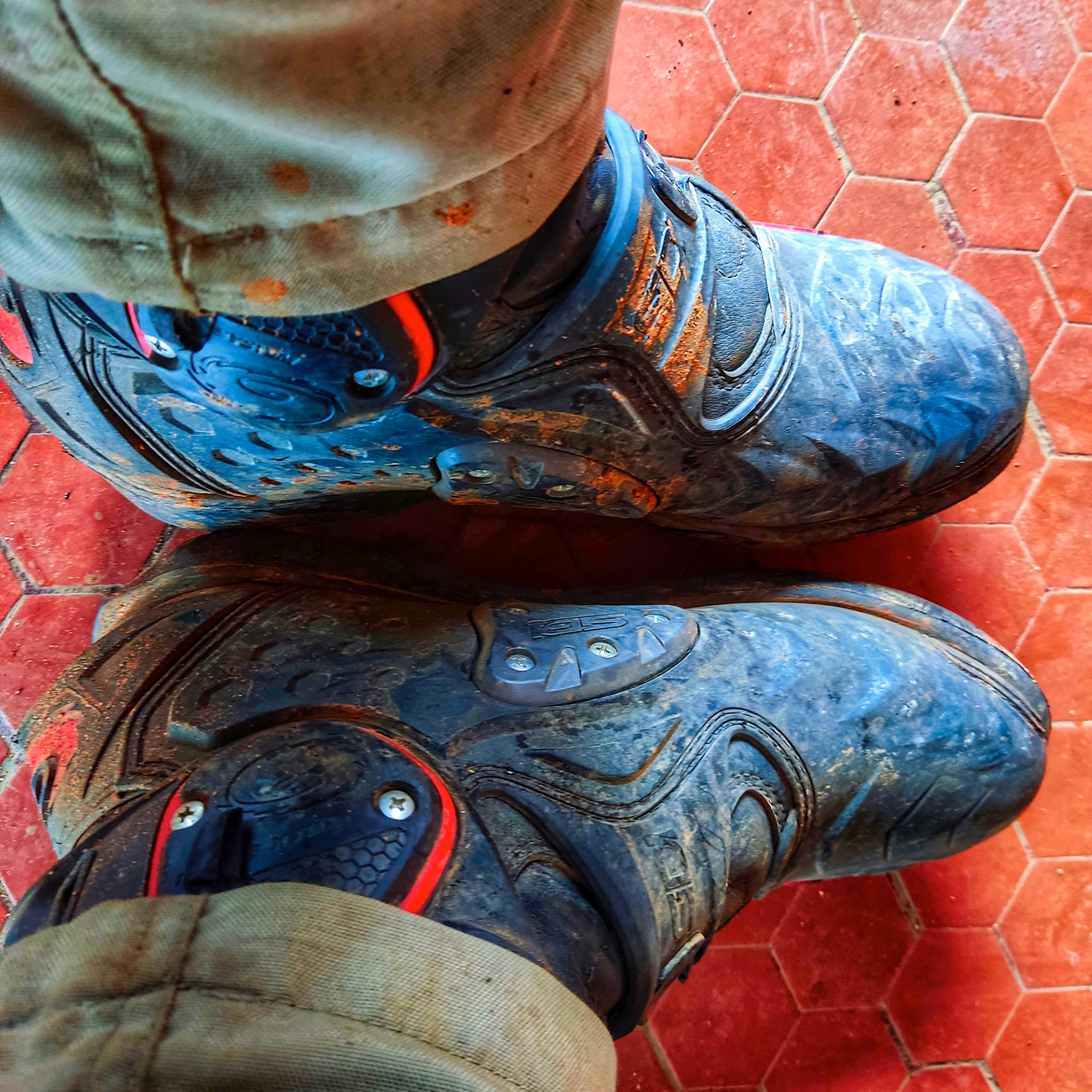
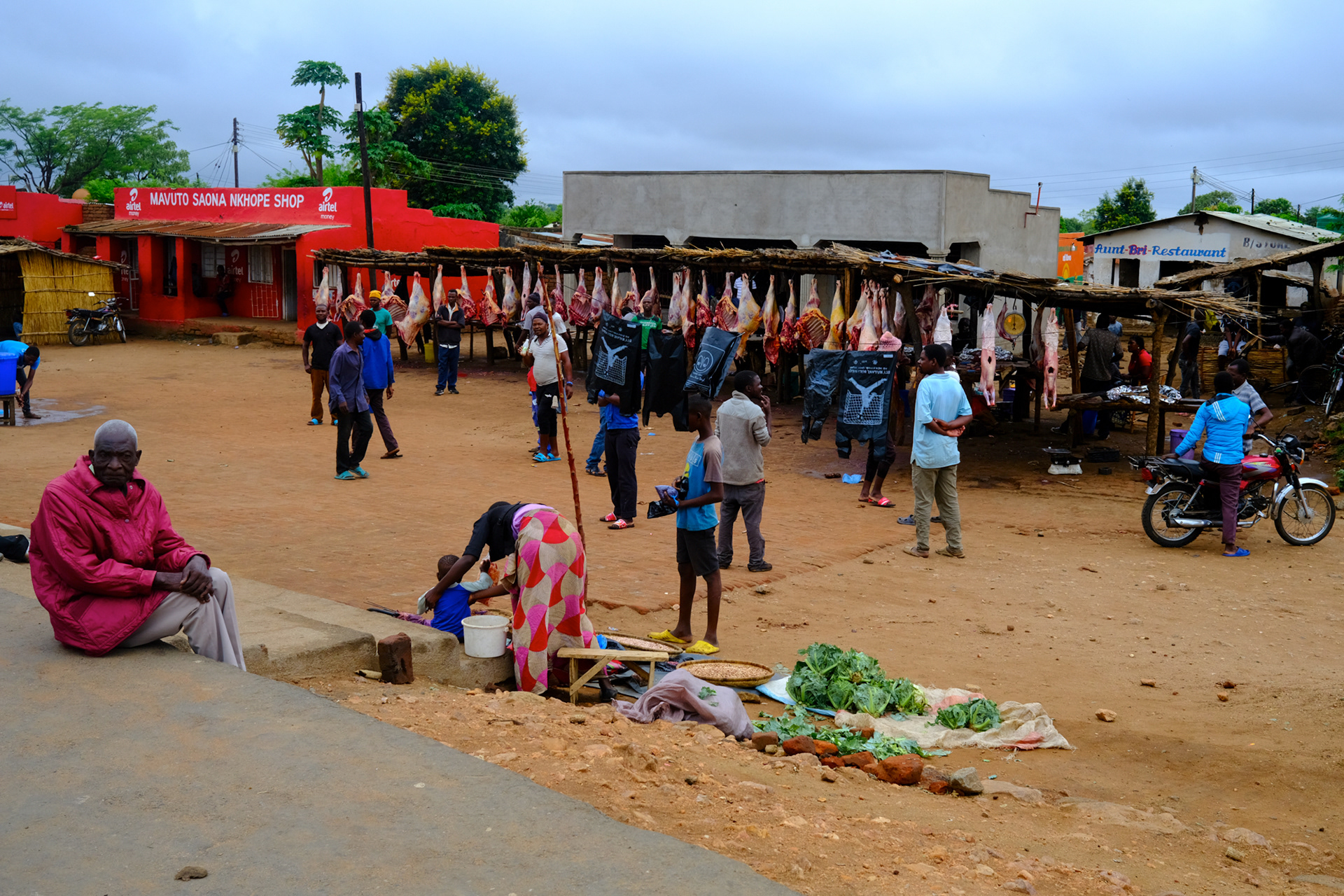
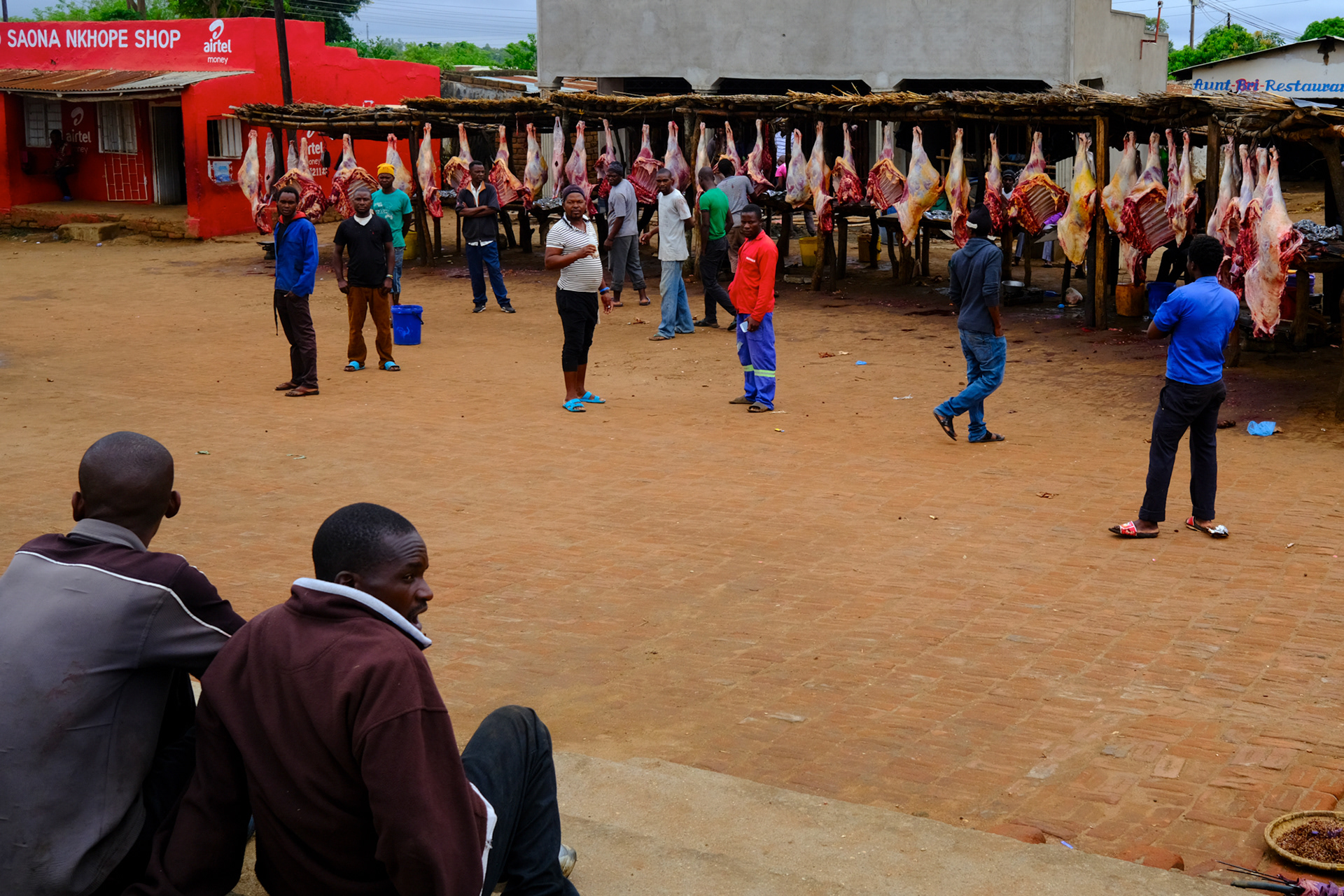
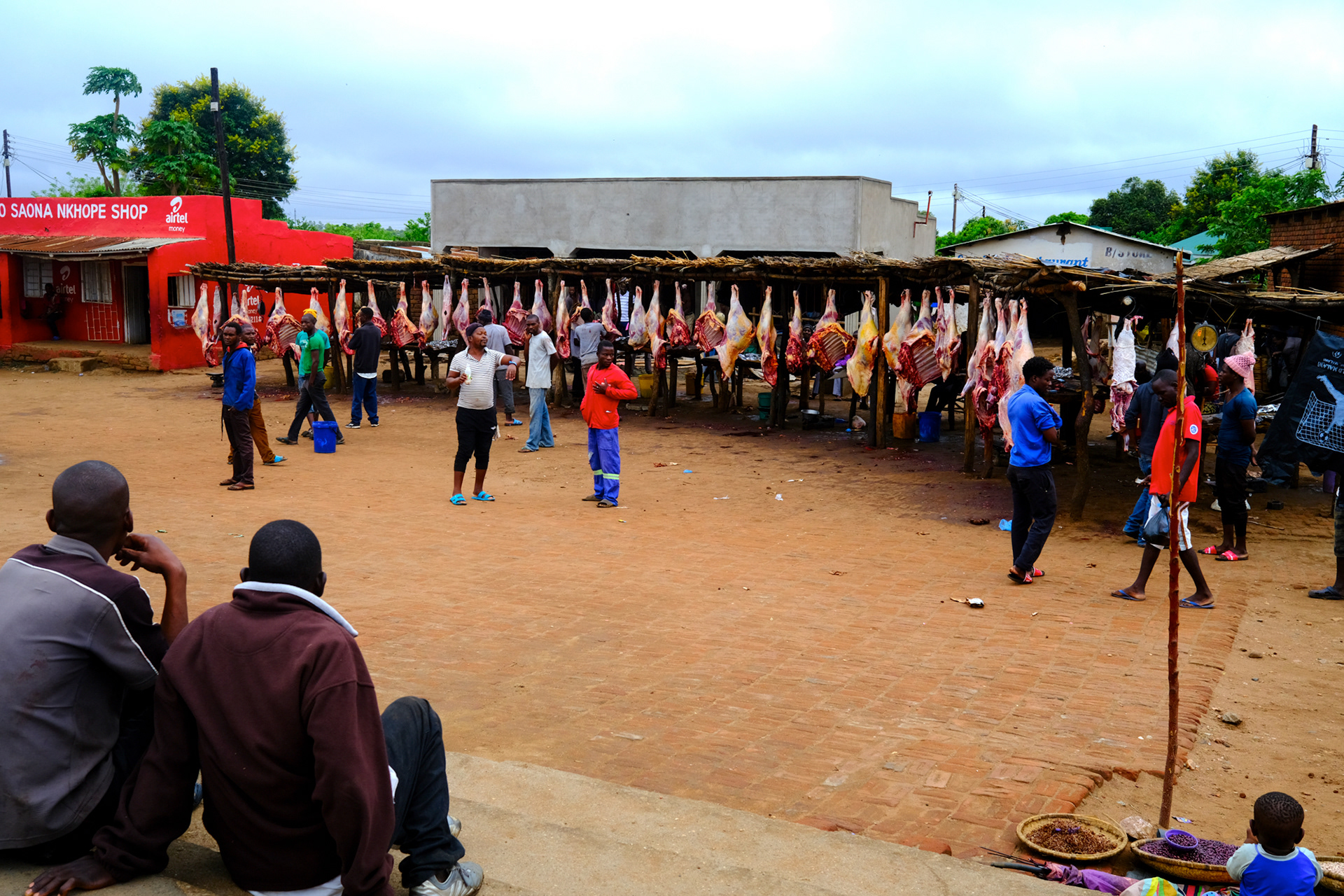
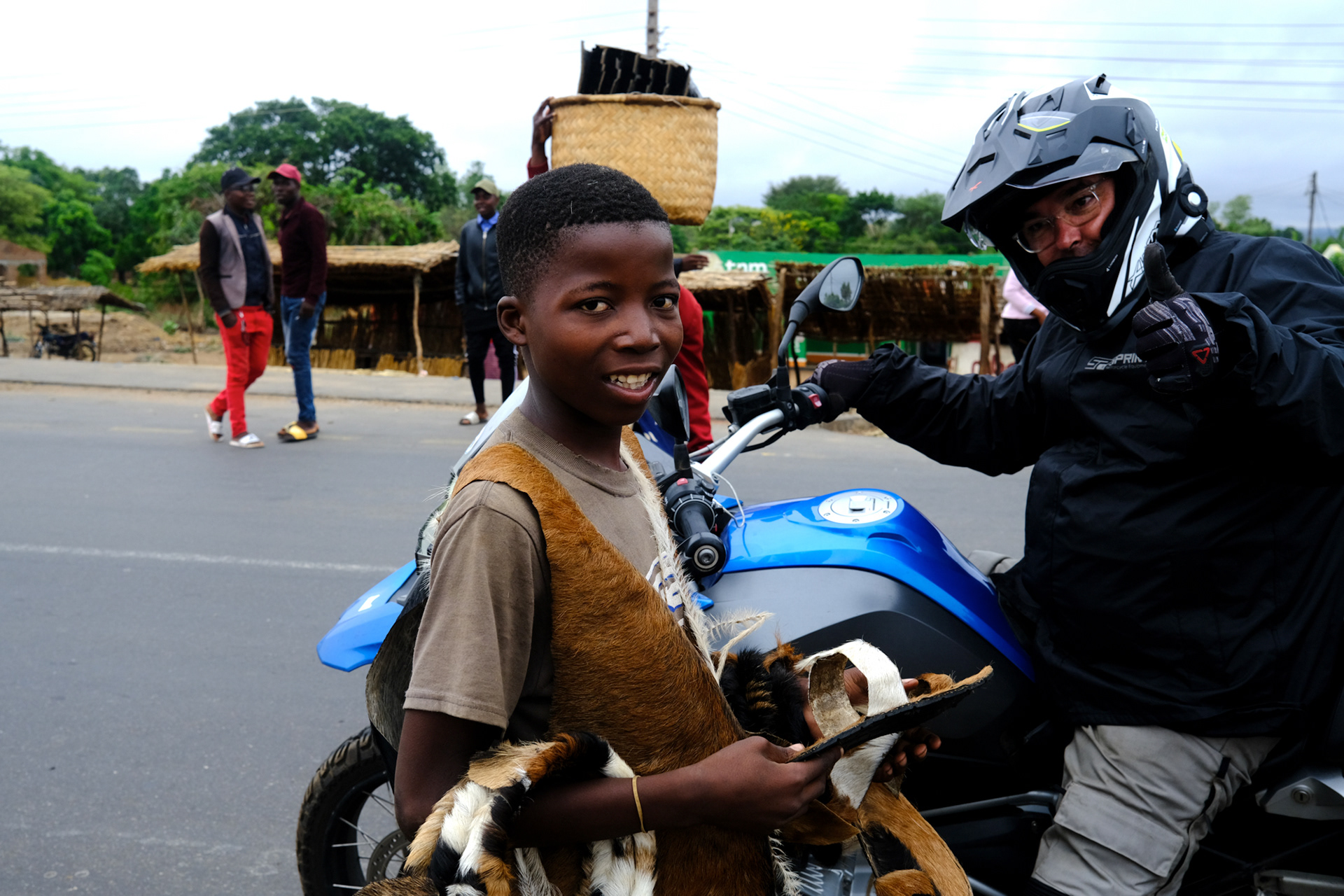
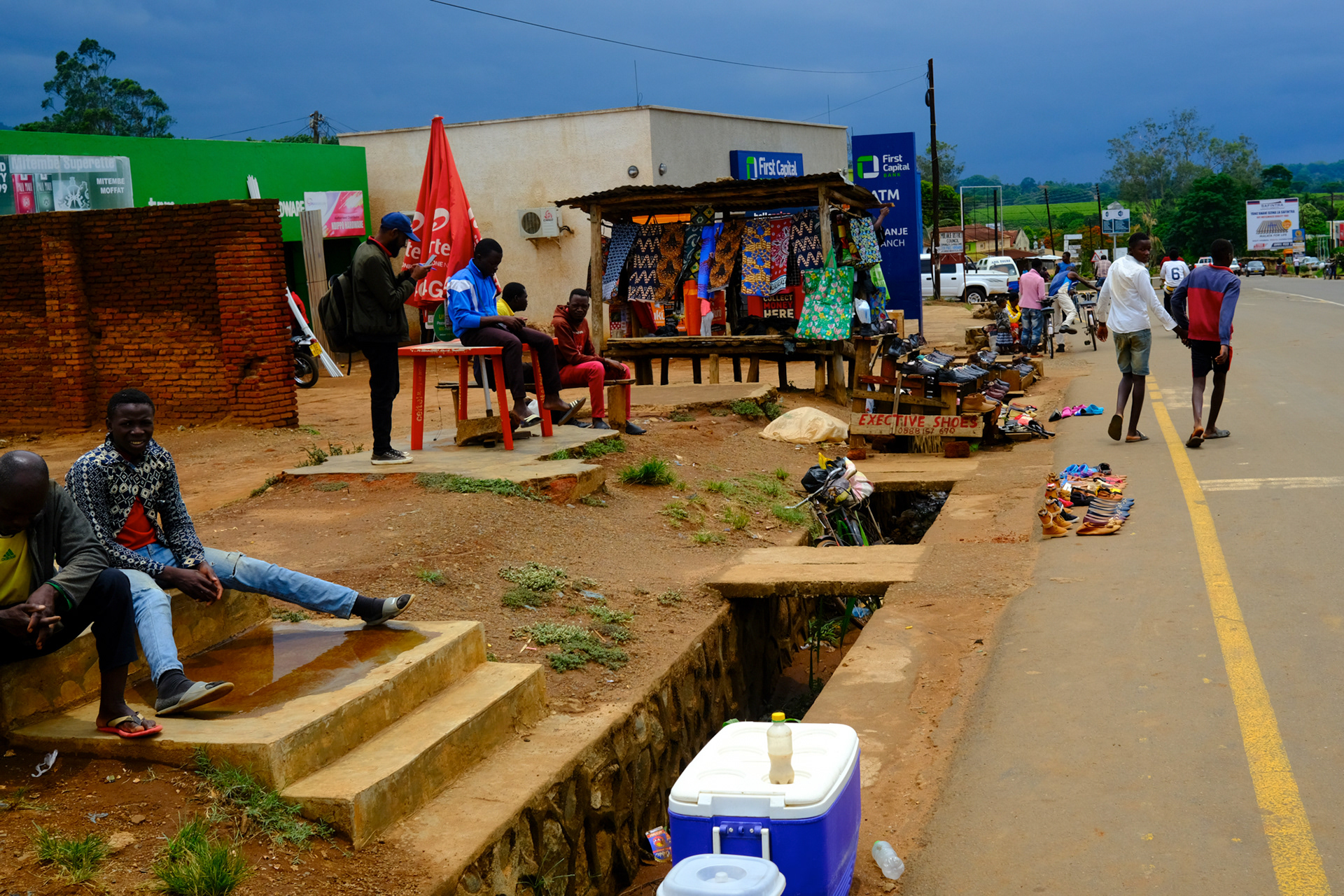
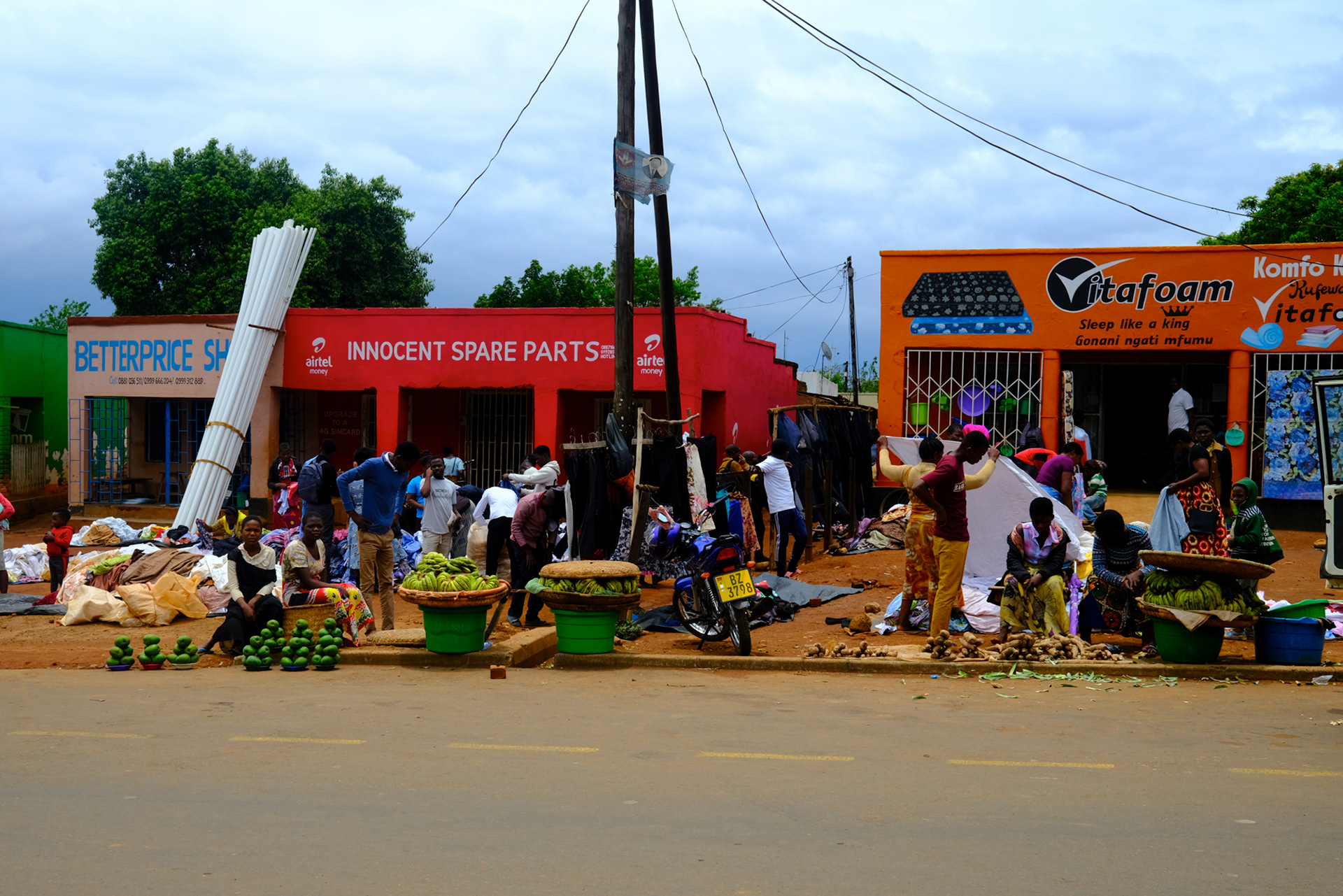
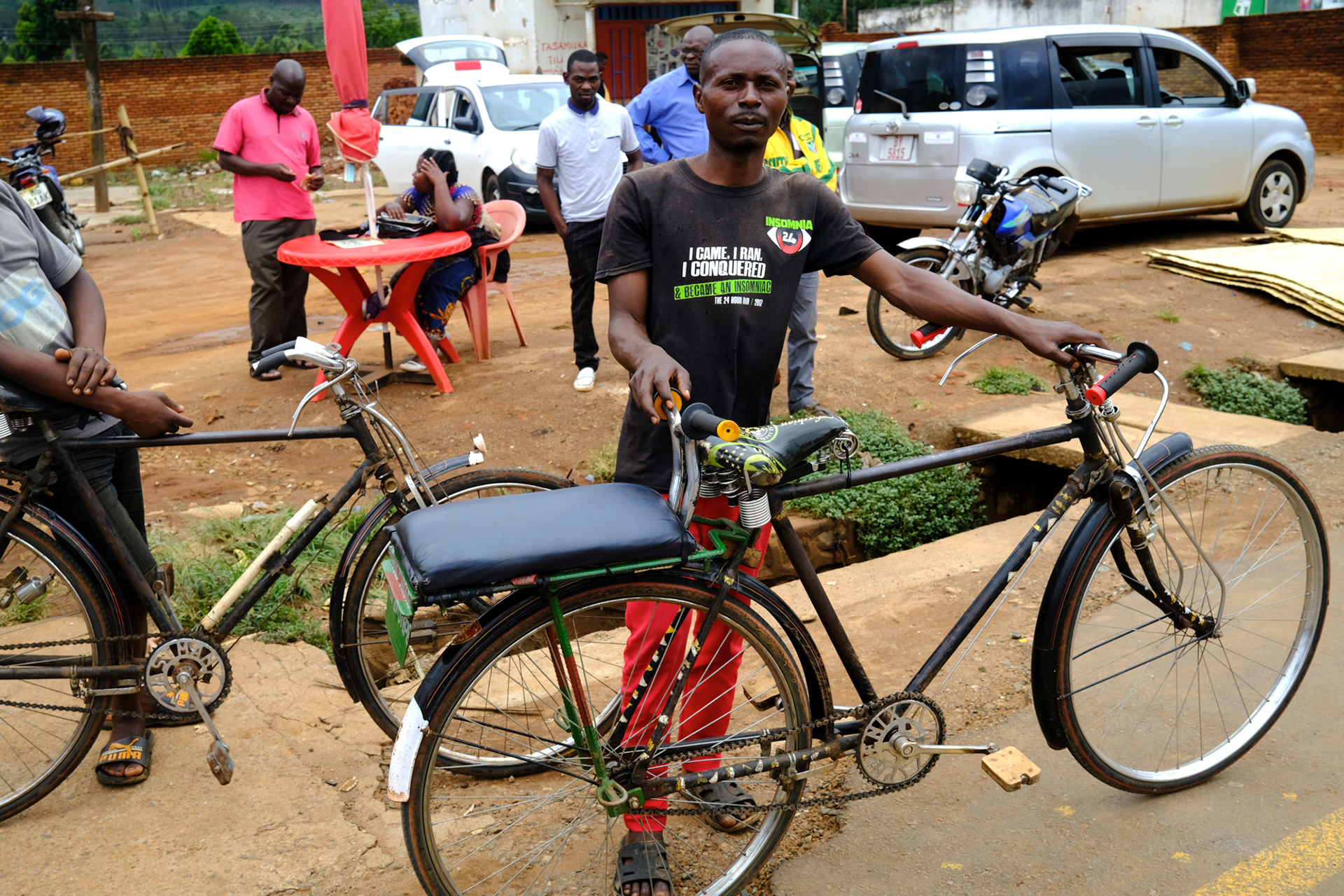
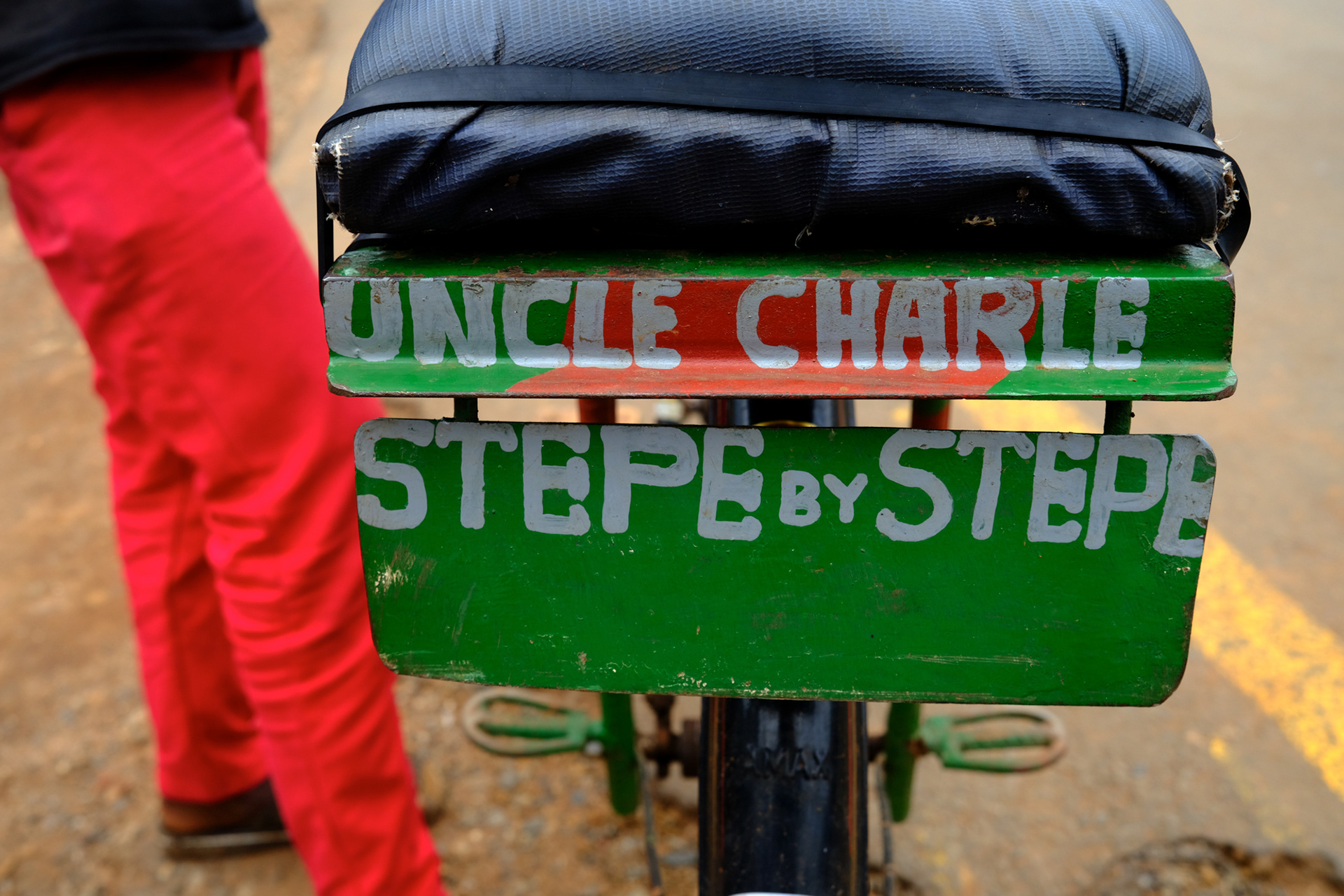
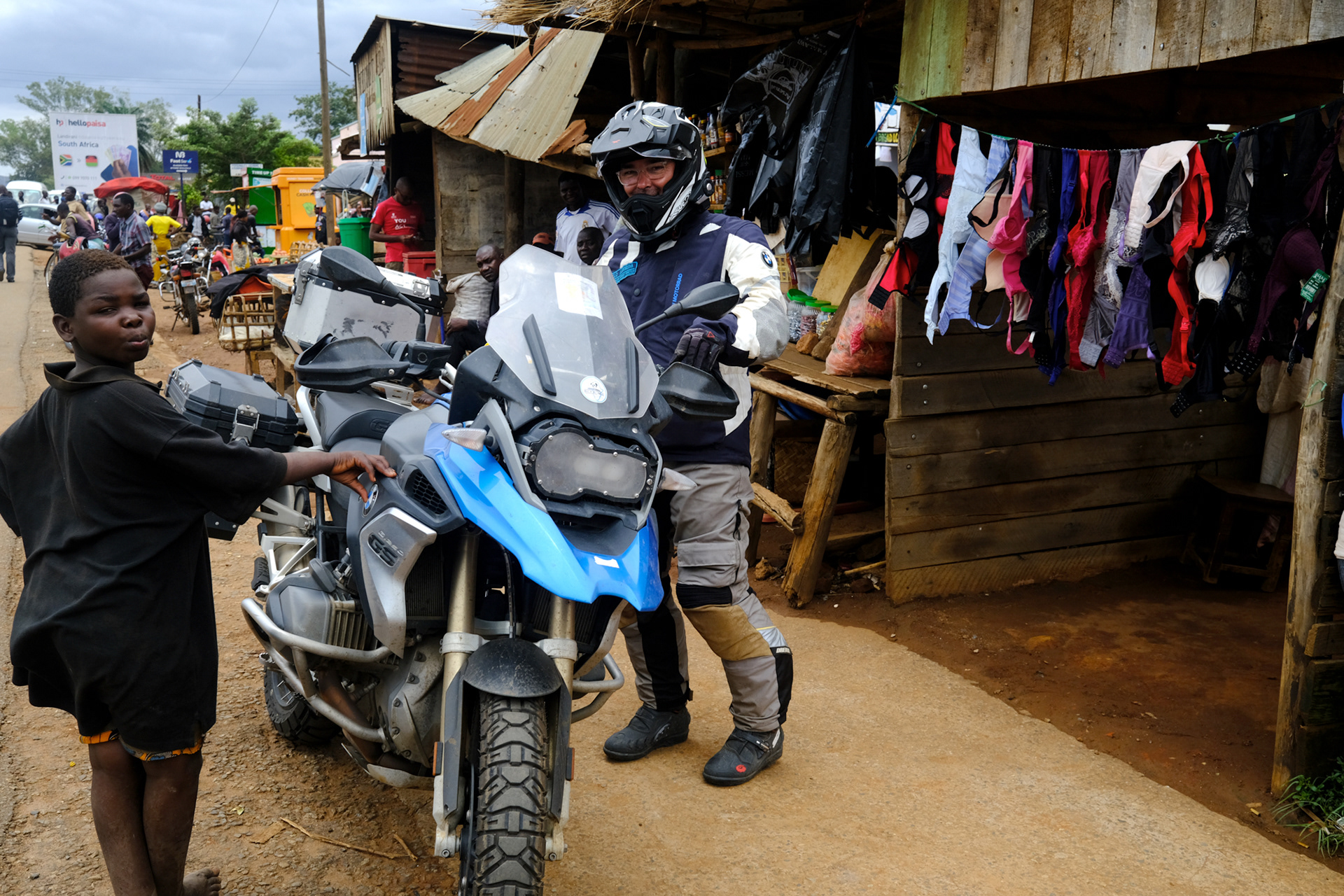
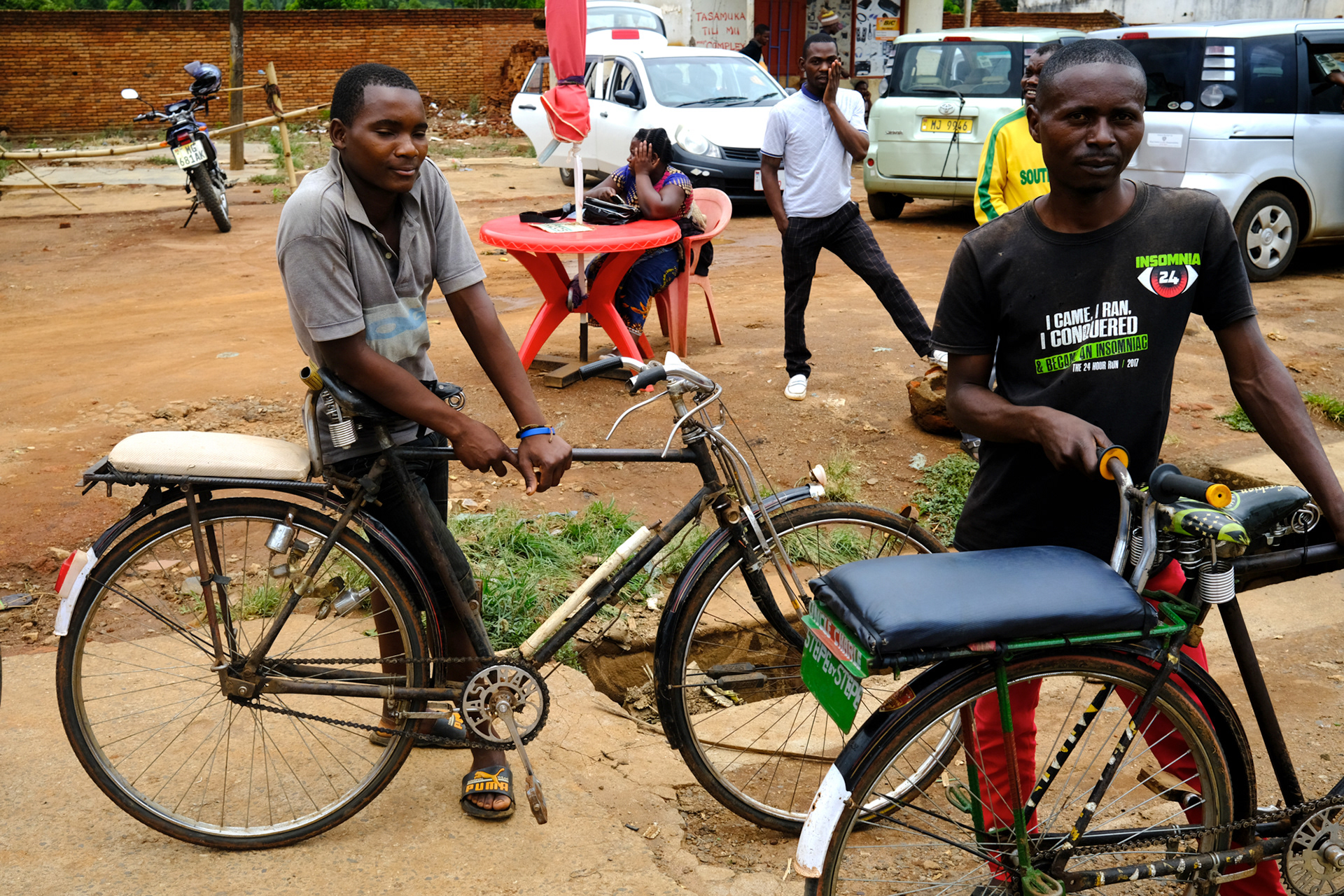
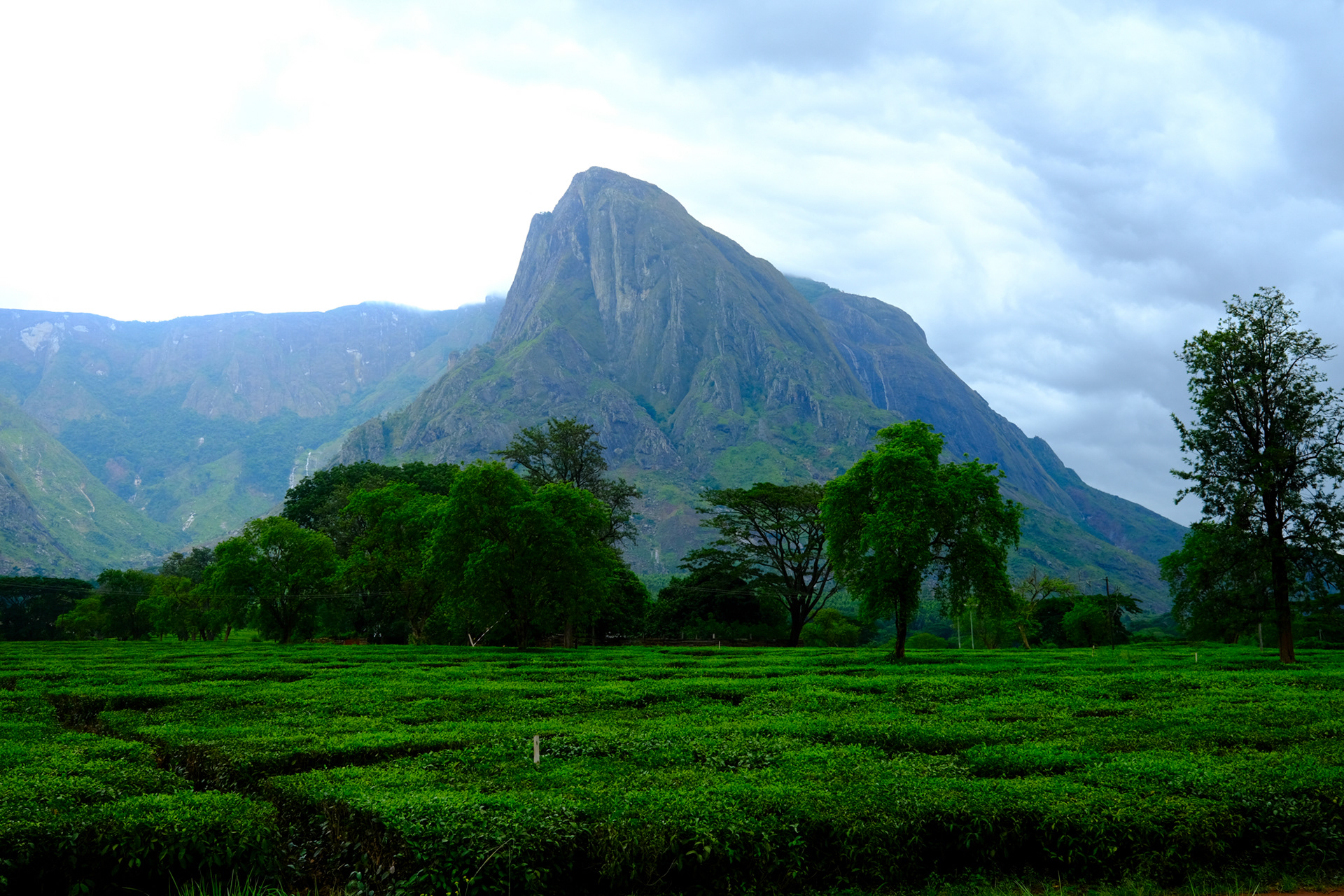
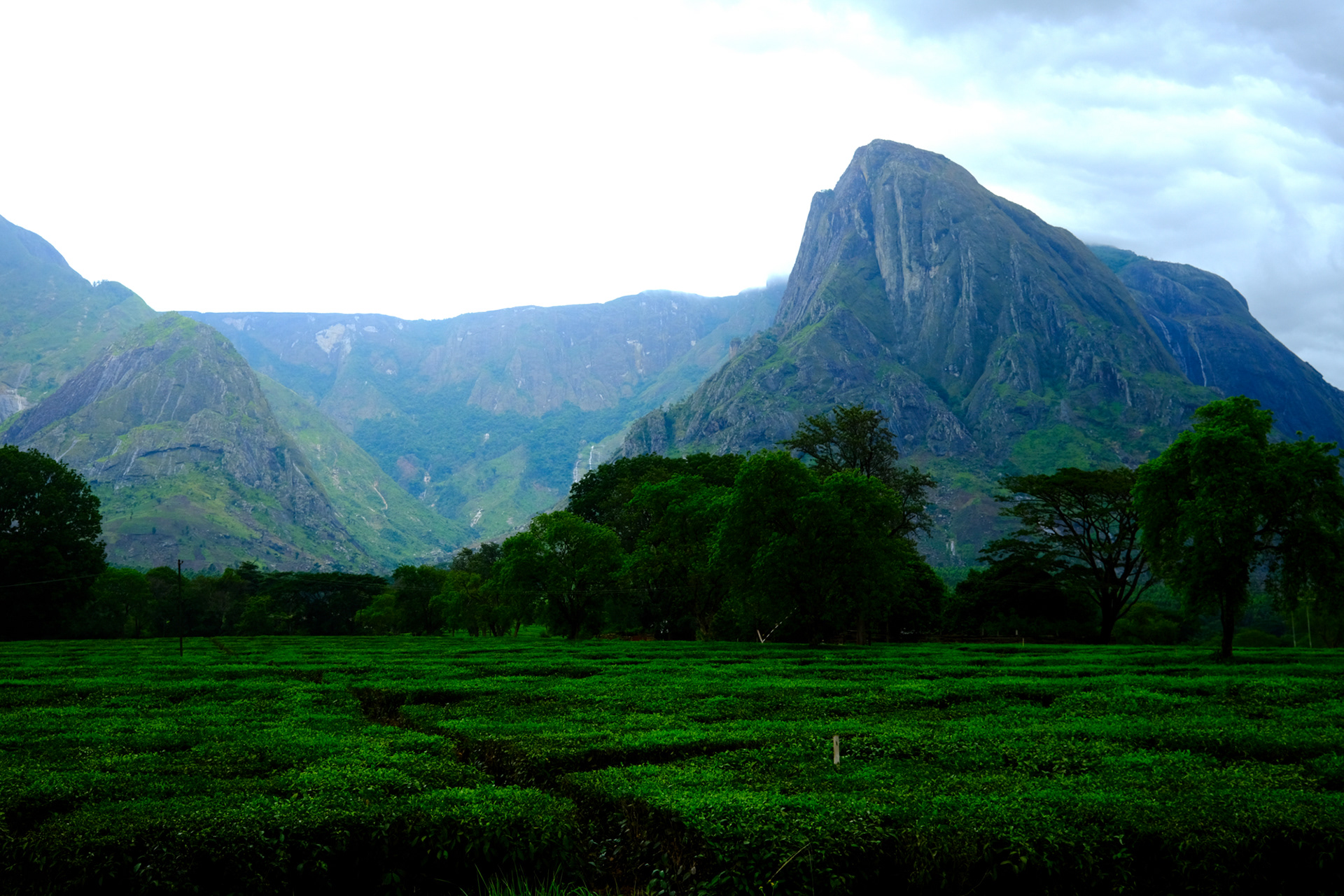
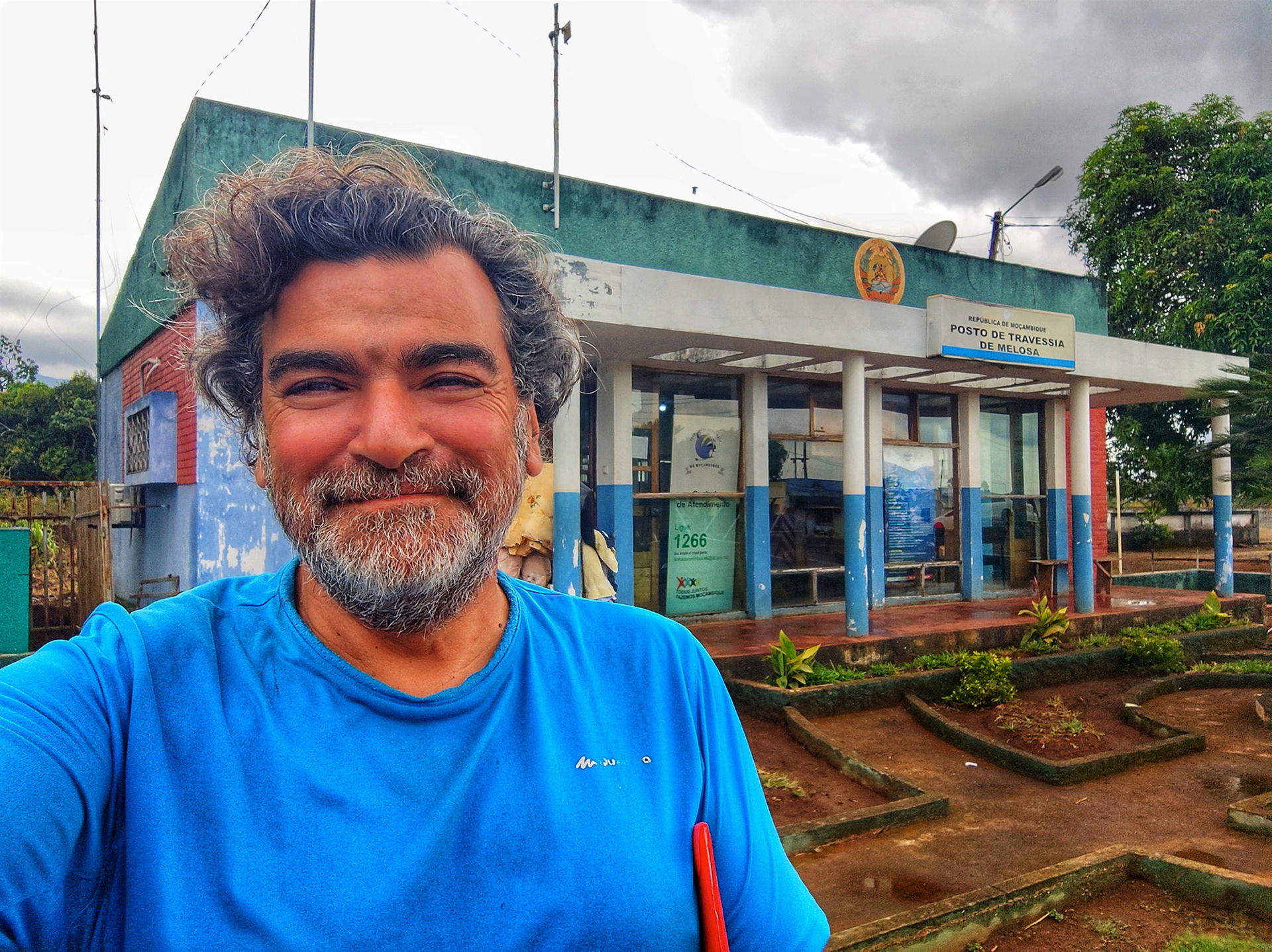
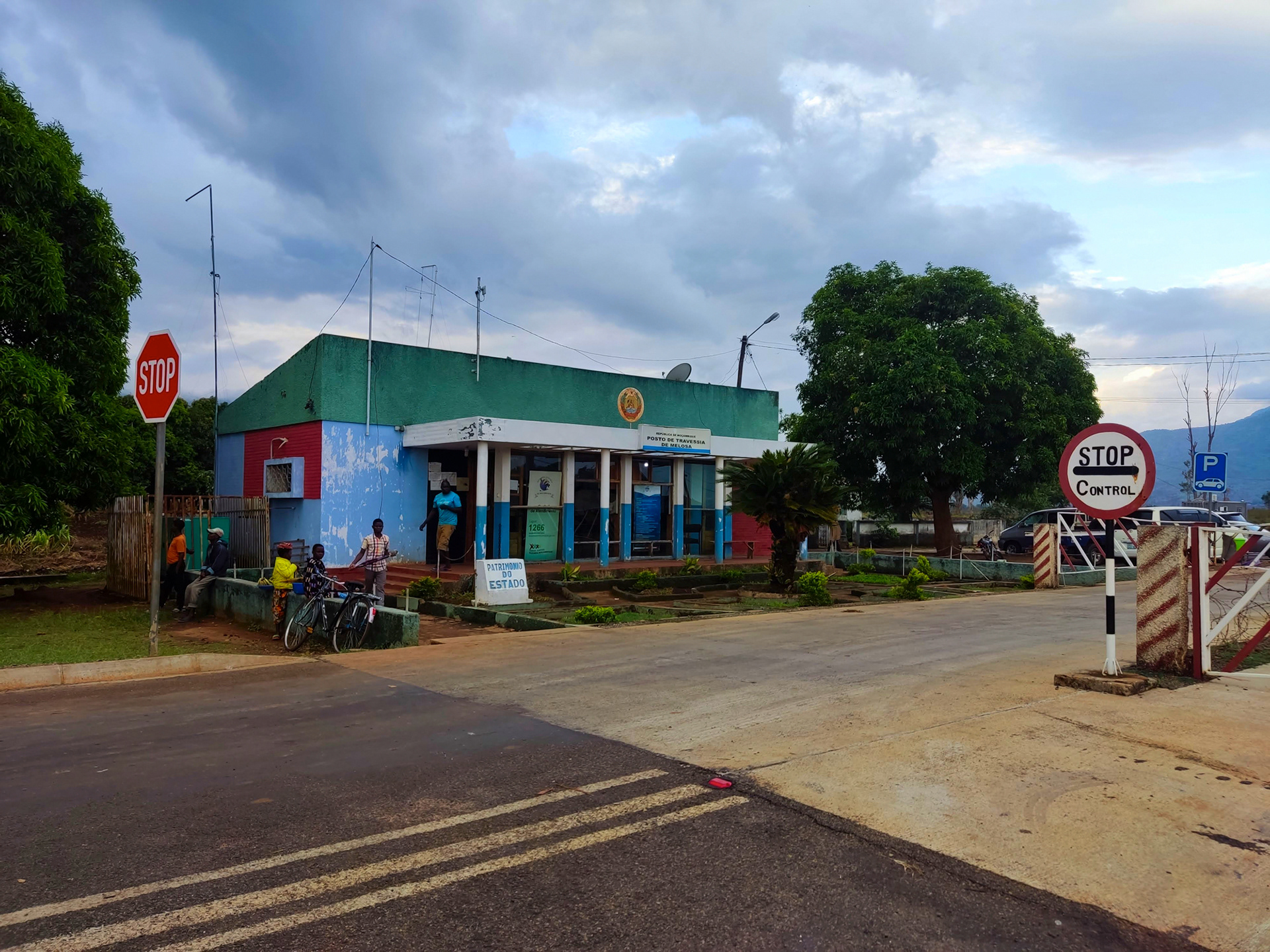
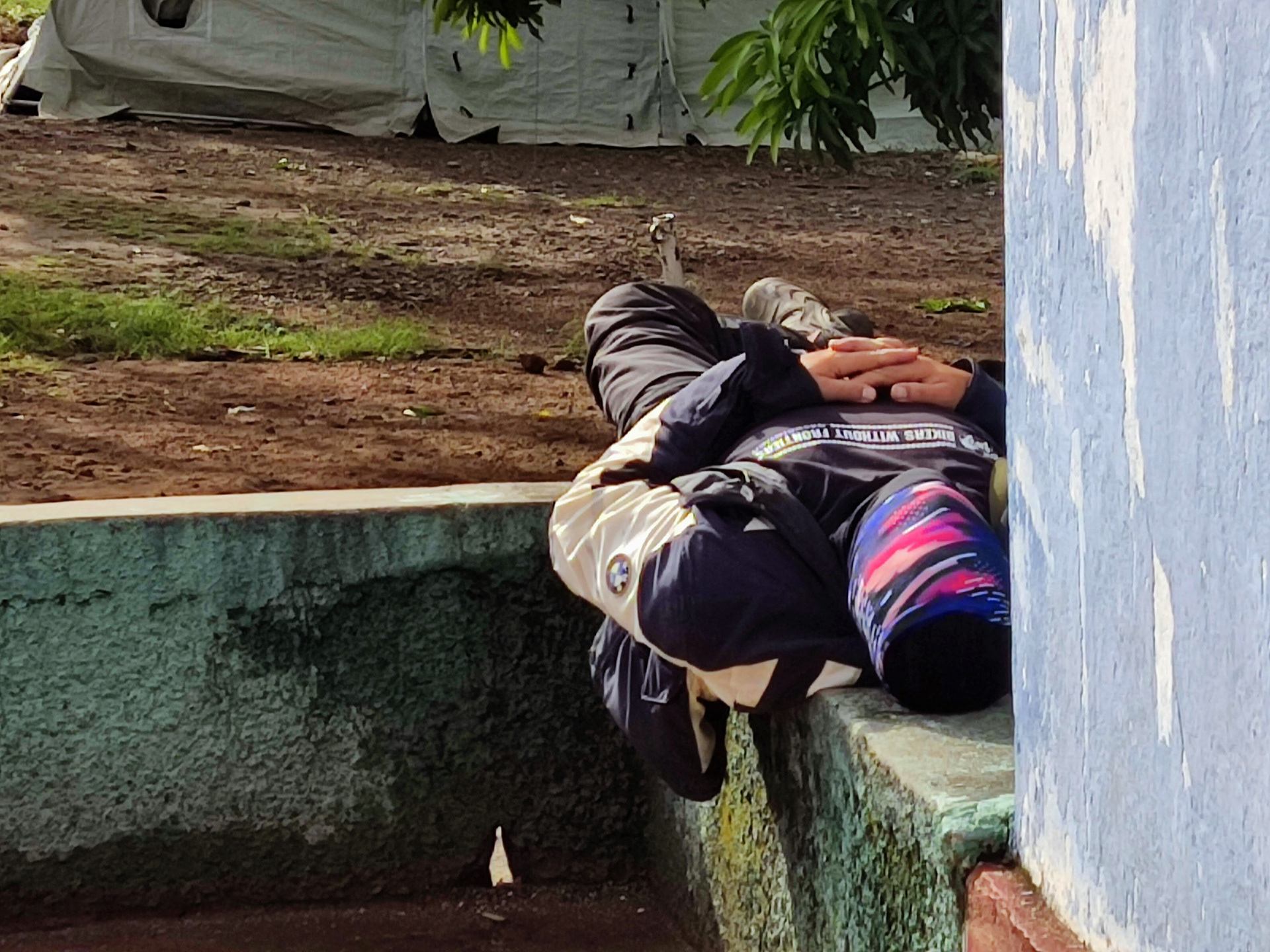
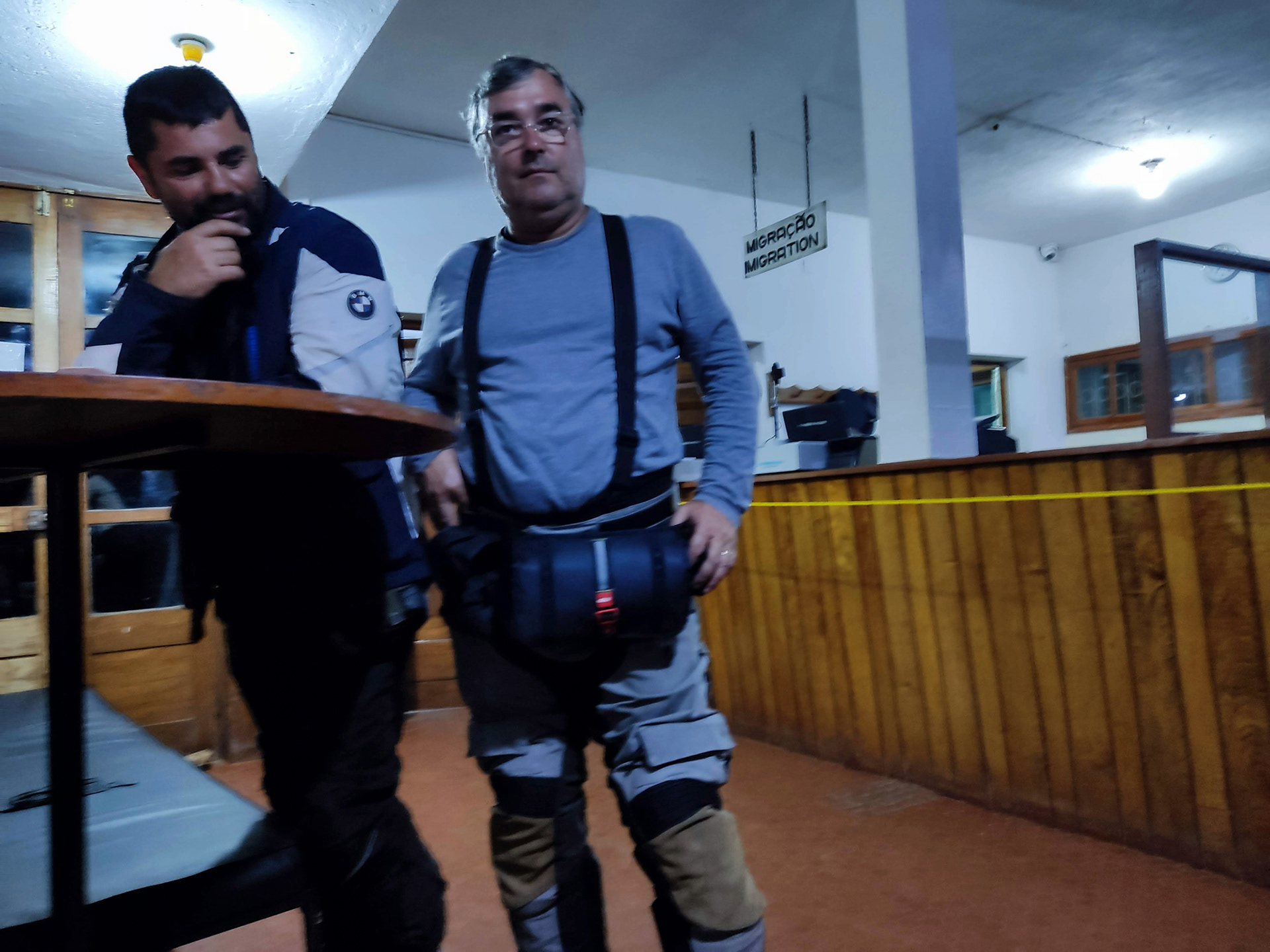
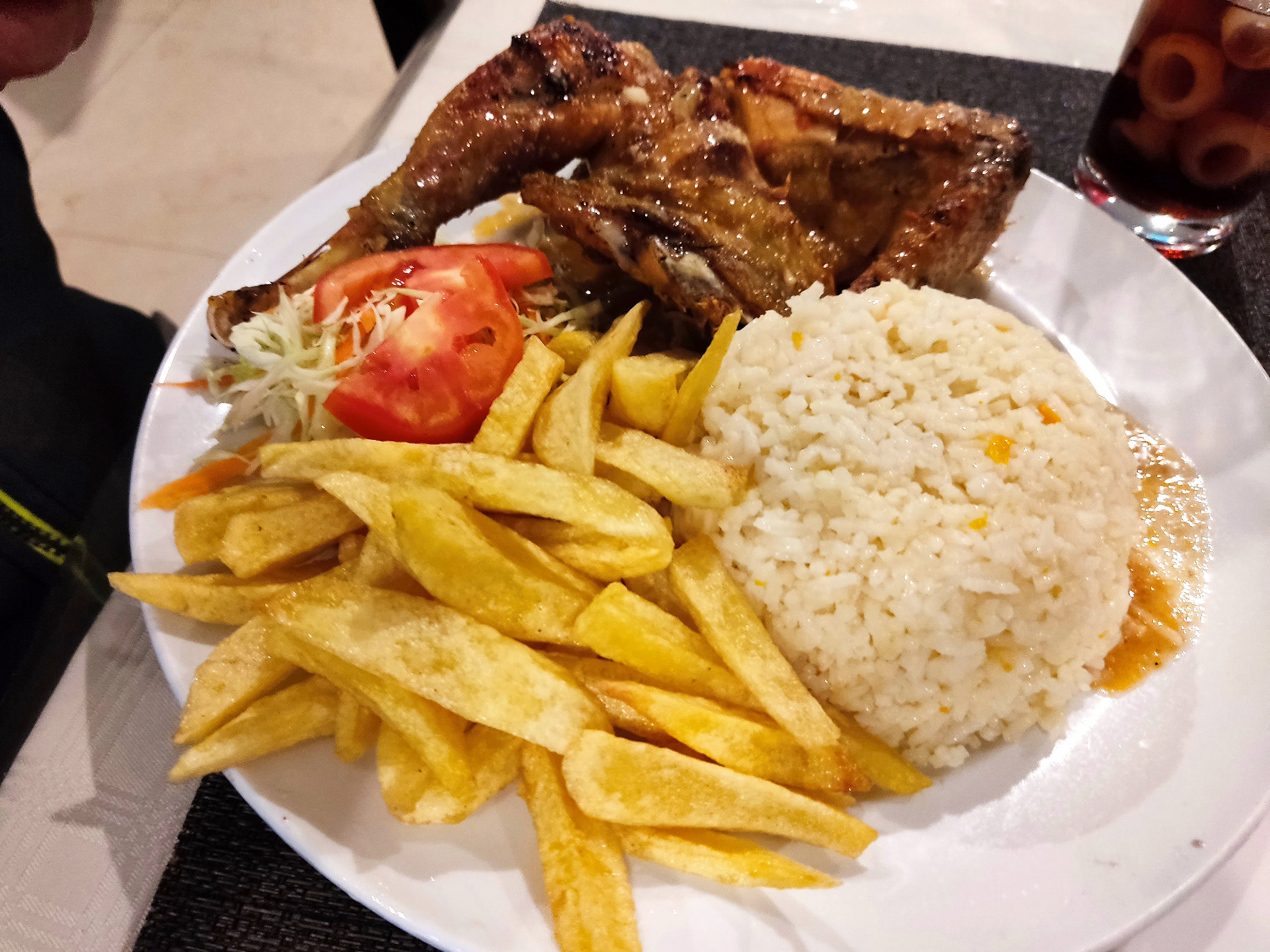
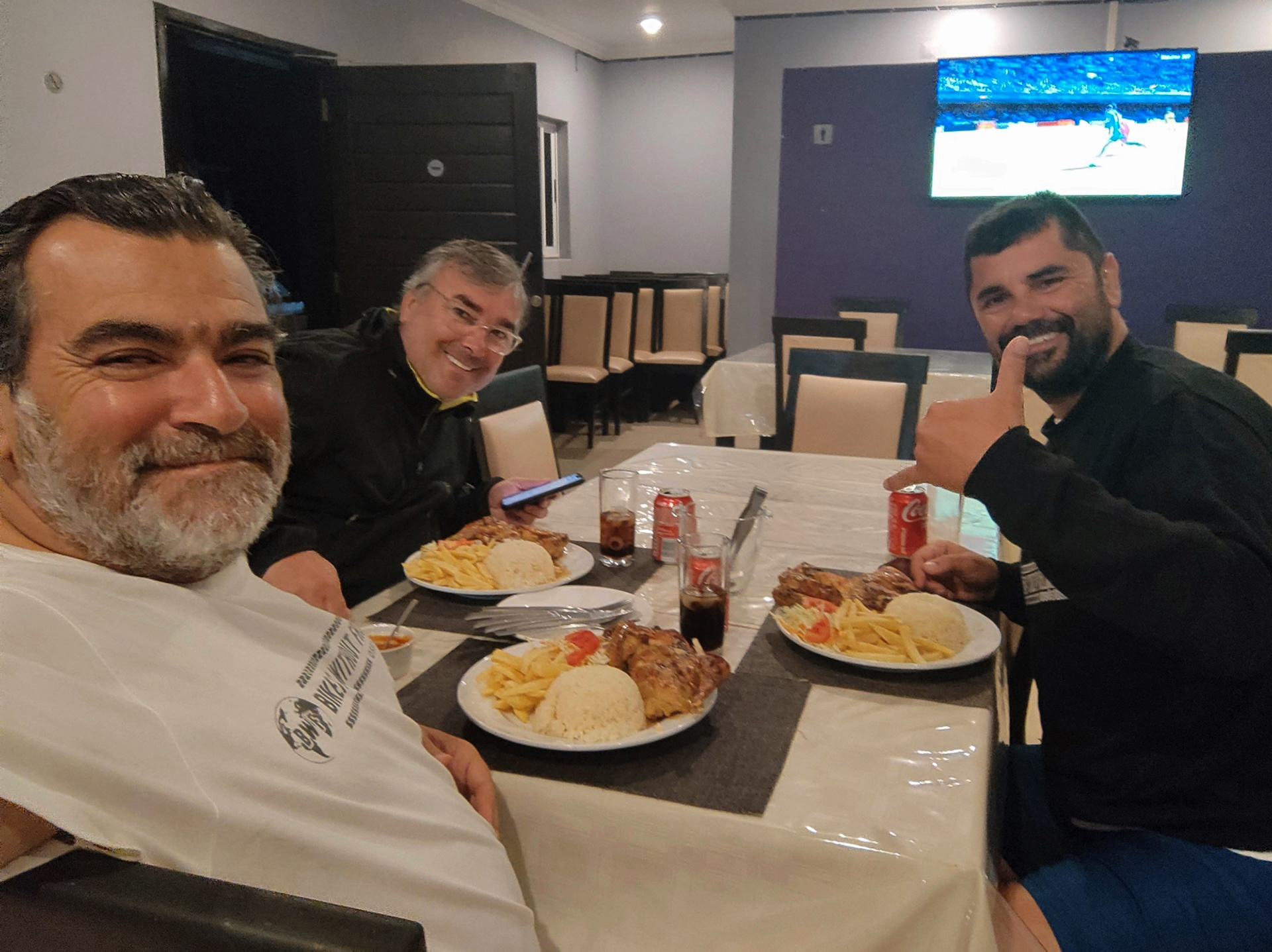
🇵🇹 Dia 15 a 24
Moçambique.
A nossa passagem pelo Posto de Travessia de Melosa não foi fácil, lembram-se do começo deste artigo ?
T.I.A. (this is Africa) e Africa is Not for Sissies (África não é para meninos), pois é verdade. Nesta fronteira para entrar em Moçambique foram “só” 8 horas. A culpa não foi do covid nem sequer da corrupção, nada disso. A culpa foi de uma tempestade que avariou o hardware informático que emite e regista os vistos, sim tal como no outro posto de Cassacatiza. Mas desta vez voltar para trás não era opção. Perante a nossa insistência e ameaça (verdadeira) de acamparmos à porta do Posto e oficial da Imigração tudo fez para nos conseguir emitir os vistos. Foram 8 horas em que um técnico chamado de urgência da cidade próxima Milange tudo fez para reparar a máquina. O Posto encerra portas pelas 18h e nós saímos de lá já passava das 20h. Deixo aqui o nosso sincero agradecimento às autoridades do Posto de Melosa pelo profissionalismo e simpatia. Ainda nos escoltaram até ao alojamento em Milange.
A emoção de estar em solo moçambicano e poder falar a nossa língua foi imensa. Estávamos cada vez mais perto do nosso objectivo, a razão de ser desta viagem.
Qualquer português de viagem por Moçambique se sente em casa, se estiver a viajar de moto ainda mais, de tal forma é recebido e acarinhado pelos motociclistas moçambicanos. Foi o que nos aconteceu, quer os Motards do Norte quer o CHORC do Chimoio foram excelentes anfitriões. Aqui fica o nosso muito obrigado.
Se pesquisarem Moçambique no google encontrarão fotos com paisagens de fazer sonhar, pois é isso mesmo.
A Ilha de Moçambique classificada pela UNESCO como património Mundial é uma pequena ilha ligada ao continente por uma ponte de 3 kms. Ali sentimos uma forte presença dos portugueses, percorrer as suas ruas e praças é viajar no tempo. Vasco da Gama aportou na ilha em 1498 e desde aí esta tornou-se num importante entreposto comercial na rota entre a Europa, África e Ásia. As suas águas azul turquesa convidam a nelas mergulhar, por ali estivemos 2 dias só a beber história e algumas 2M a cerveja local.
Hospital Geral do Marrere. O nosso objectivo !!!
Num dia muito quente, avistamos a fachada majestosa deste hospital maternidade.
O acesso ao hospital é feito por uma estrada de terra que estava em obras, fomos pela pior das alternativas, muita areia, muito suor mas finalmente chegamos.
Tínhamos à nossa espera o Dr. Falamica, ex director do hospital e nosso principal interlocutor e também o Jorge Toureiro um português radicado em Nampula e que junto com a sua mulher Manuela nos deu um apoio formidável, ele vai ser o representante da BWF em Nampula. Obrigado Jorge e Manuela.
Eu o Paulo e o Rafael fomos dominados pela emoção num misto de amargo e doce, doce porque finalmente estávamos ali, amargo porque o nosso contentor não tinha chegado como estava previsto, era o Covid e o caos nos transportes marítimos a estragar os nossos planos e desejos. Chegará segundo nos garantiram a meio de Janeiro, mas chegará e lá teremos o nosso Jorge para o receber por nós.
X-PERIENCES é sobre VIAGENS não vou maçar os seus leitores com solidariedade e o quão importante é a ajuda e o apoio para estas populações tão fustigadas pela pobreza extrema, isso fica para outros “fóruns”.
Depois de uma visita ao Clube Ferroviário de Nampula e de um jantar fabuloso oferecido pelos nossos amigos Motards do Norte e de uma noite bem dormida em casa do Jorge era hora de rumar a sul.
De Nampula a Maputo são 2.040 kms, quem tem de se deslocar entre estas duas cidades fá-lo de avião, apenas os camiões e autocarros a percorrem porque são obrigados. Existem à volta de 700 kms que são impróprios para cardíacos, foi uma zona que esteve em guerra há pouco tempo e que não é alvo de qualquer manutenção faz muitos anos, crateras onde cabe um carro ou uma moto, mais buracos que um queijo suiço.
Fizémos estes 2.040 kms em 4 dias Nampula - Caia 685 kms, Caia - Vilanculos 678 kms, Vilanculos - Tofo 320 kms e finalmente Tofo - Maputo 500 kms.
Perto de Caia ficamos alojados num local que nos foi sugerido pelo Jorge Toureiro, no meio da selva rodeados de natureza, o M´Phingwe Lodge onde a água do duche é aquecida a lenha, uma delícia de sítio pertença de uma senhora do Zimbabué que por ali se radicou e criou aquele verdadeiro paraíso para os amantes da natureza, caminhadas e observação de vida selvagem sobretudo aves e borboletas.
Estes 4 dias foram passados a rodar só com as paragens necessárias para abastecer as motos e os nossos estômagos. Fizemos questão de ficar em Vilanculos pois para além de ser um local maravilhoso com praias lindas tínhamos sido convidados a lá pernoitar pela Elsa, ela e o marido são proprietários do Lemon Beach Lodge um local de referência em Vilanculos, muito obrigado.
Depois foi o Tofo, bem o Tofo é o Tofo quem gosta de praia e de mar é ali que tem de ir.
Vou reter as ostras que comemos ao fim do dia e as conversas com um angolano e duas alemãs, uma delas instrutora de mergulho, arroz com caranguejo também não estava nada mau. Estar descontraído ao pôr-do-Sol a olhar aquele mar e a pensar o quanto somos privilegiados por poder estar ali naquele momento é qualquer coisa de muito bom. Viajar é isto.
Do Tofo a Maputo são 500 kms de estradas impecáveis, bebemos água de coco à beira da estrada e por não sermos locais pagamos 50 meticais por cada coco em vez de 30. 0,70 euros em vez de 0,40 e o vendedor disse-nos que com os nossos 3 cocos tinha completado a venda do dia, 10 cocos já podia ir para casa, estamos a falar de 5 euros, o suficiente para comprar arroz e talvez um peixe seco, amanhã logo se vê.
Ainda nos cruzamos com um casamento com todos os participantes vestidos a rigor.
No início do artigo e se bem se recordam escrevi que o factor Covid nos iria condicionar os planos, pois é primeiro foi o enorme atraso na chegada do contentor e depois foi a variante Omicron, maldito Covid e que estranhos tempos estes que estamos a viver.
Voos de e para a África austral foram cancelados. O que queria dizer que o nosso voo de Cape Town para Paris e depois para Lisboa estava comprometido, só nos restava conseguir um voo de repatriamento e teria de ser a partir de Maputo e que significava que a viagem teria de acabar na capital de Moçambique.
Resolvido o transporte das motos para a África do Sul nada mais nos restava do que nos conformarmos com a antecipação do fim da viagem.
Em Maputo mais uma vez fomos tratados de uma forma que dificilmente esqueceremos, o Rui Vaz, o António Lorvão não há palavras para agradecer a amizade.
Terminamos a viagem em frente à Estação de Caminho de Ferro de Maputo, um edifício lindíssimo.
Maputo que eu não conhecia surpreendeu-me pela positiva, a cidade das acácias, avenidas largas, esplanadas uma marginal fabulosa. Quero voltar, era uma cidade onde eu vivia com prazer.
Ainda pude estar com um ex-colega o João Peixoto que não via desde 1997, também ele se enamorou por aquela terra e por lá vive e trabalha. Fizemos o nosso último jantar num dos restaurantes mais antigos da cidade o Piri-Piri onde o frango assado é rei. Na nossa mesa esteve também o meu amigo Francisco Botelho que por razões profissionais também estava em Maputo e que muito nos ajudou no voo de regresso a Lisboa.
Deixamos Maputo numa segunda feira chuvosa, mas é chuva tropical logo passa.
O que não passa é a vontade de agradecer a quem nos apoiou nesta viagem.
NEXX Helmets
Moto Ponto
BMW Motorrad Portugal
BMW Motorrad South Africa
BP Portugal
🇬🇧 Day 15 to 24
Mozambique.
Our boarder crossing through the Melosa border post was not easy, remember the beginning of this article?
T.I.A. (this is Africa) and Africa is Not for Sissies (Africa is not for boys), it's true. It took "only" 8 hours at this border to enter Mozambique. It wasn't the fault of Covid or corruption, nothing like that. It was a storm that broke down the computer hardware that issues and registers visas, just like at the other post in Cassacatiza. But this time turning back was not an option. At our insistence and with the (real) threat of camping outside the post, the immigration officer did everything he could to get the visas issued. It took eight hours for an emergency technician from the nearby town of Milange to repair the machine. The office closes at 6pm and we left after 8pm. I would like to thank the authorities at the Melosa Post for their professionalism and friendliness. They even escorted us to our accommodation in Milange.
The thrill of being on Mozambican soil and being able to speak our language was immense. We were getting closer and closer to our goal, the raison d'être of this trip.
Any Portuguese traveler in Mozambique feels at home, even more so if they are traveling by motorcycle, as they are welcomed and cherished by the Mozambican motorcyclists. That's what happened to us: both Motards do Norte and CHORC in Chimoio were excellent hosts. Here's a big thank you.
If you google Mozambique, you'll find pictures of dreamlike landscapes - that's right.
Ilha de Moçambique, a UNESCO World Heritage Site, is a small island connected to the mainland by a 3-kilometer bridge. Here we can feel a strong Portuguese presence and to walk through its streets and squares is to travel back in time. Vasco da Gama landed on the island in 1498 and since then it has become an important trading post on the route between Europe, Africa and Asia. Its turquoise waters invite you to dive in, and we spent two days there just drinking history and a few 2M local beers.
Marrere General Hospital. Our goal !!!
On a very hot day, we saw the majestic façade of this maternity hospital.
Access to the hospital is via a dirt road that was under construction. We took the worst alternative, a lot of sand, a lot of sweat, but finally we arrived.
Waiting for us was Dr. Falamica, former director of the hospital and our main interlocutor, as well as Jorge Toureiro, a Portuguese living in Nampula who, together with his wife Manuela, provided us with formidable support; he will be the BWF representative in Nampula. Thank you Jorge and Manuela.
Paulo, Rafael and I were overcome with emotion in a mixture of bitter and sweet, sweet because we were finally there, bitter because our container hadn't arrived as planned, it was Covid and the chaos in shipping that was ruining our plans and desires. It will arrive, we were assured in mid-January, but it will arrive and we'll have our Jorge there to receive it for us.
X-PERIENCES is about TRAVEL and I'm not going to bore its readers with solidarity and how important it is to help and support these populations so afflicted by extreme poverty, that's for other "forums".
After a visit to the Nampula Railway Club and a fabulous dinner hosted by our friends Motards do Norte and a good night's sleep at Jorge's house, it was time to head south.
From Nampula to Maputo there are 2,040 kms. Anyone who has to travel between these two cities does so by plane, only trucks and buses travel it because they have to. There are around 700 kms that are unfit for the heart, it's an area that was recently at war and hasn't had any maintenance for many years, craters where a car or a motorcycle can fit, more holes than a Swiss cheese.
We drove these 2,040 kms in 4 days: Nampula - Caia 685 kms, Caia - Vilanculos 678 kms, Vilanculos - Tofo 320 kms and finally Tofo - Maputo 500 kms.
Near Caia we stayed in a place suggested to us by Jorge Toureiro, in the middle of the jungle surrounded by nature, the M'Phingwe Lodge where the shower water is heated by wood, a delightful place owned by a lady from Zimbabwe who settled there and created this true paradise for nature lovers, hikers and wildlife watchers, especially birds and butterflies.
These 4 days were spent on the road, with only the necessary stops to refuel the bikes and our stomachs. We made a point of staying in Vilanculos because, as well as being a wonderful place with beautiful beaches, we had been invited to stay there by Elsa, who and her husband own the Lemon Beach Lodge, a place of reference in Vilanculos, thank you very much.
Next up was Tofo, well Tofo is Tofo, anyone who likes the beach and the sea should go there.
I'll remember the oysters we ate at the end of the day and the conversations with an Angolan man and two German women, one of whom was a diving instructor. Relaxing at sunset, looking out at the sea and thinking how privileged we are to be there at that moment is really something. This is what traveling is all about.
From Tofo to Maputo there are 500 kms of impeccable roads, we drank coconut water by the side of the road and because we weren't locals we paid 50 meticais for each coconut instead of 30. 0.70 euros instead of 0.40 and the vendor told us that with our 3 coconuts he had completed the sale for the day, 10 coconuts could go home, we're talking about 5 euros, enough to buy rice and maybe some dried fish, tomorrow we'll see.
We also came across a wedding with all the participants dressed up.
At the beginning of the article, if you remember, I wrote that the Covid factor was going to affect our plans. Well, first there was the huge delay in the arrival of the container and then there was the Omicron variant, damn Covid and what strange times we're living in.
Flights to and from southern Africa have been canceled. This meant that our flight from Cape Town to Paris and then on to Lisbon was compromised, all we had to do was get a repatriation flight and it would have to be from Maputo, which meant that the trip would have to end in the Mozambican capital.
Once the transportation of the motorcycles to South Africa had been resolved, we had nothing left to do but settle for bringing the end of the trip forward.
In Maputo, we were once again treated in a way that we'll never forget: Rui Vaz, António Lorvão and we can't thank them enough for their friendship.
We ended the trip in front of Maputo Railway Station, a beautiful building.
Maputo, which I didn't know, surprised me positively, the city of acacia trees, wide avenues, esplanades and a fabulous waterfront. I want to go back, it was a city where I lived with pleasure.
I was also able to meet up with a former colleague of mine, João Peixoto, who I hadn't seen since 1997; he too fell in love with the place and lives and works there. We had our last dinner at one of the oldest restaurants in town, Piri-Piri, where roast chicken is king. At our table was also my friend Francisco Botelho, who was also in Maputo for professional reasons and who helped us a lot on the flight back to Lisbon.
We left Maputo on a rainy Monday, but it's tropical rain that soon passes.
What won't pass is the desire to thank those who supported us on this trip.
NEXX Helmets
Moto Ponto
BMW Motorrad Portugal
BMW Motorrad South Africa
BP Portugal
Day 15 Milange - Nampula - Ilha de Moçambique
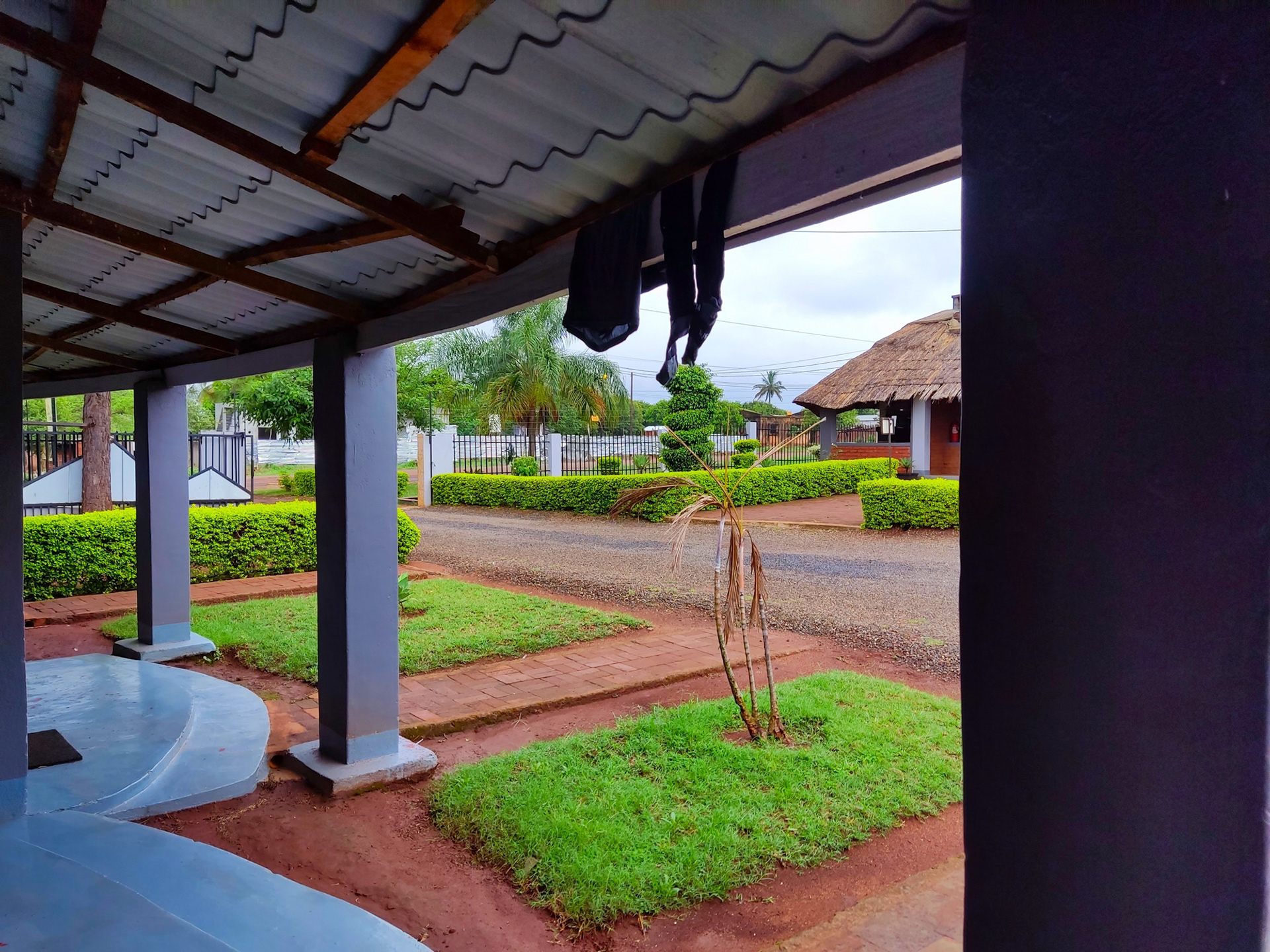
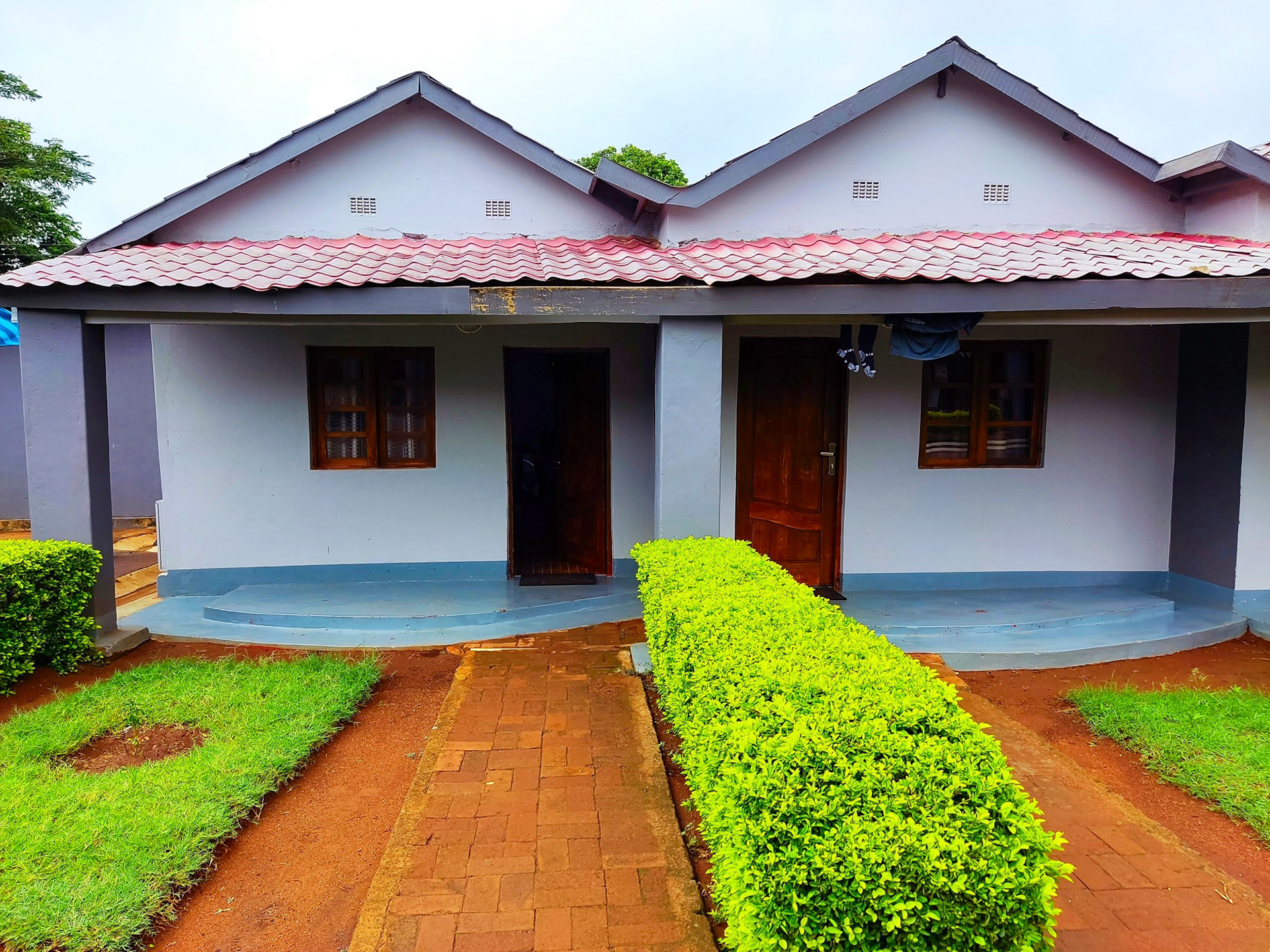
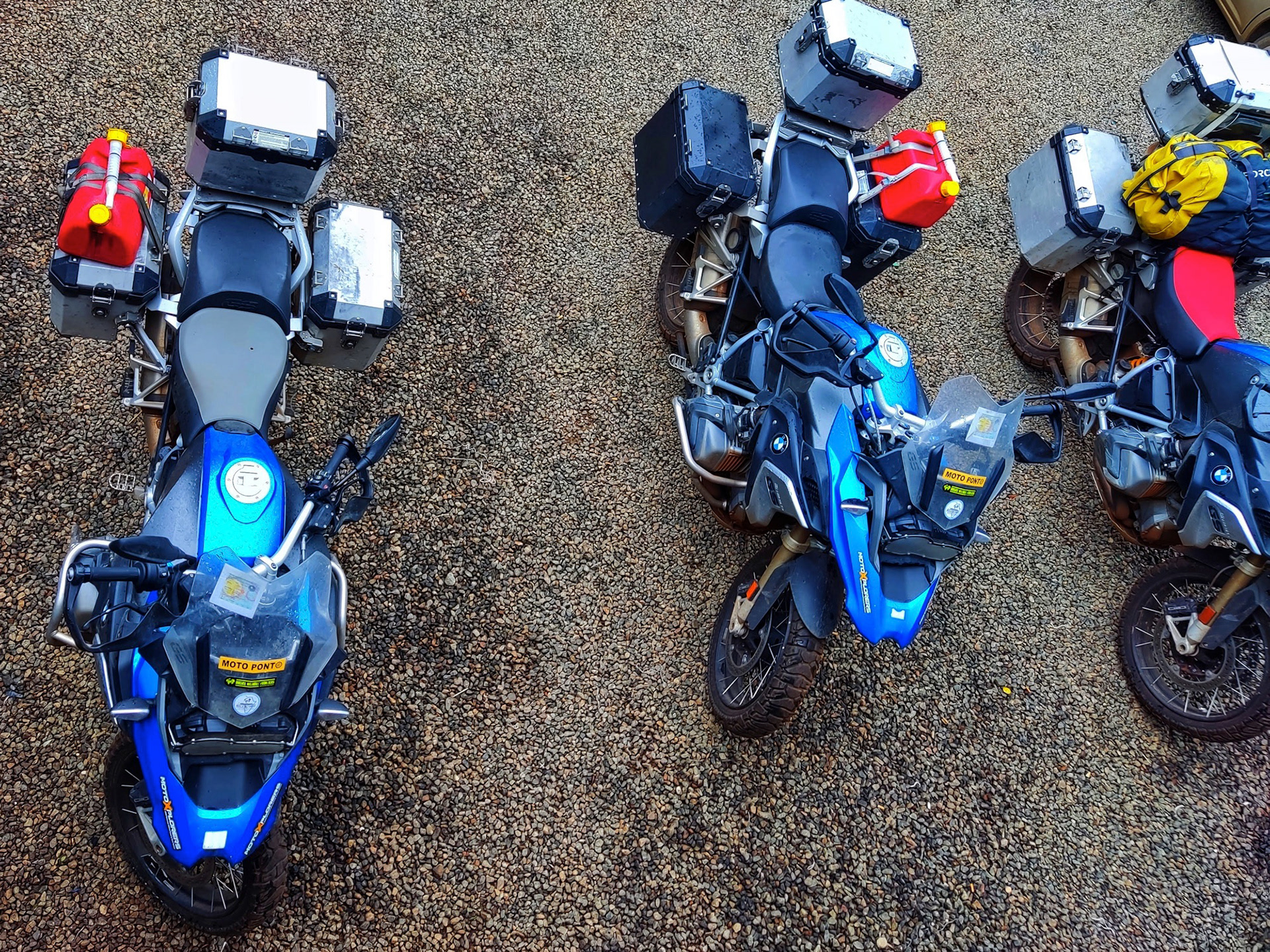
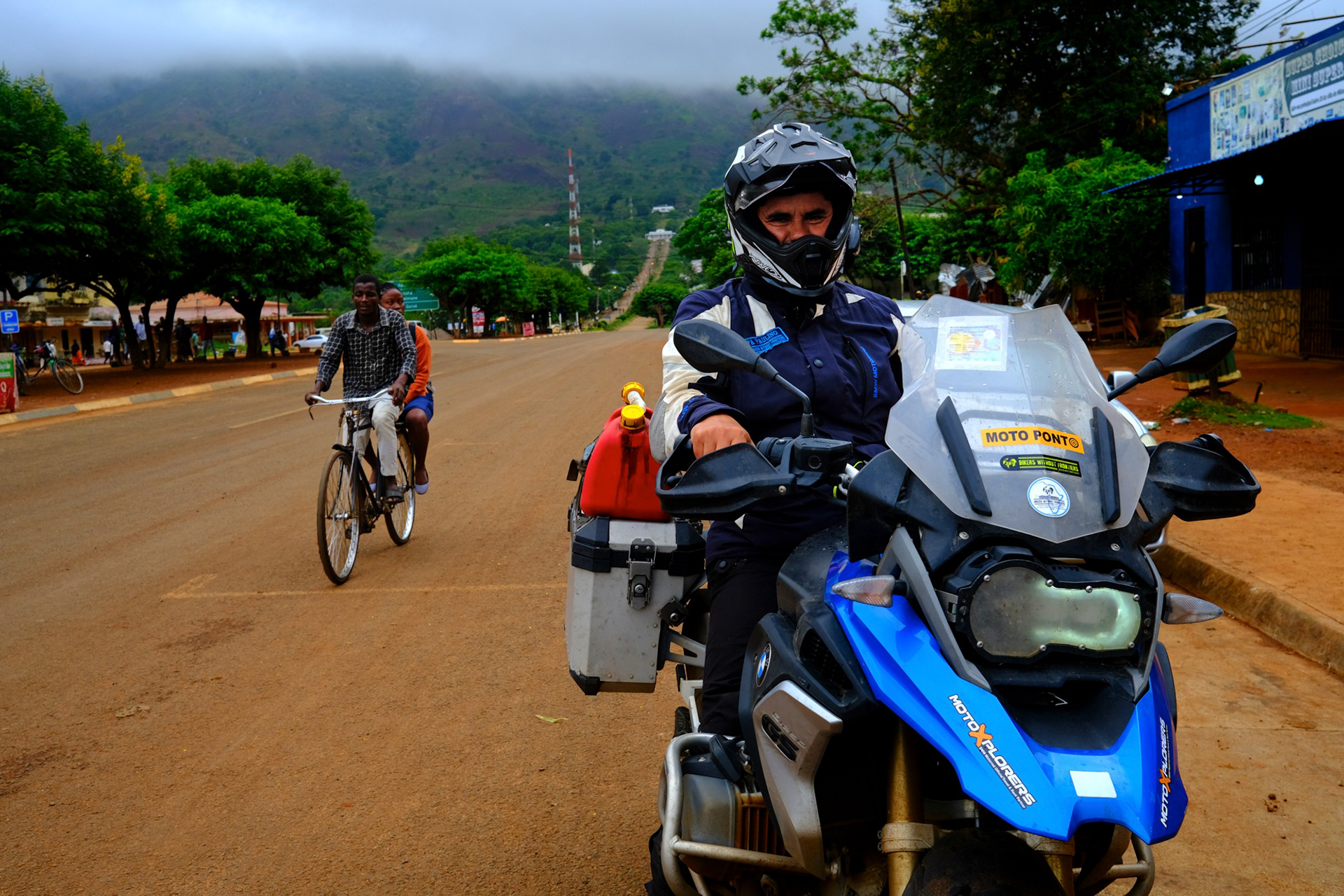
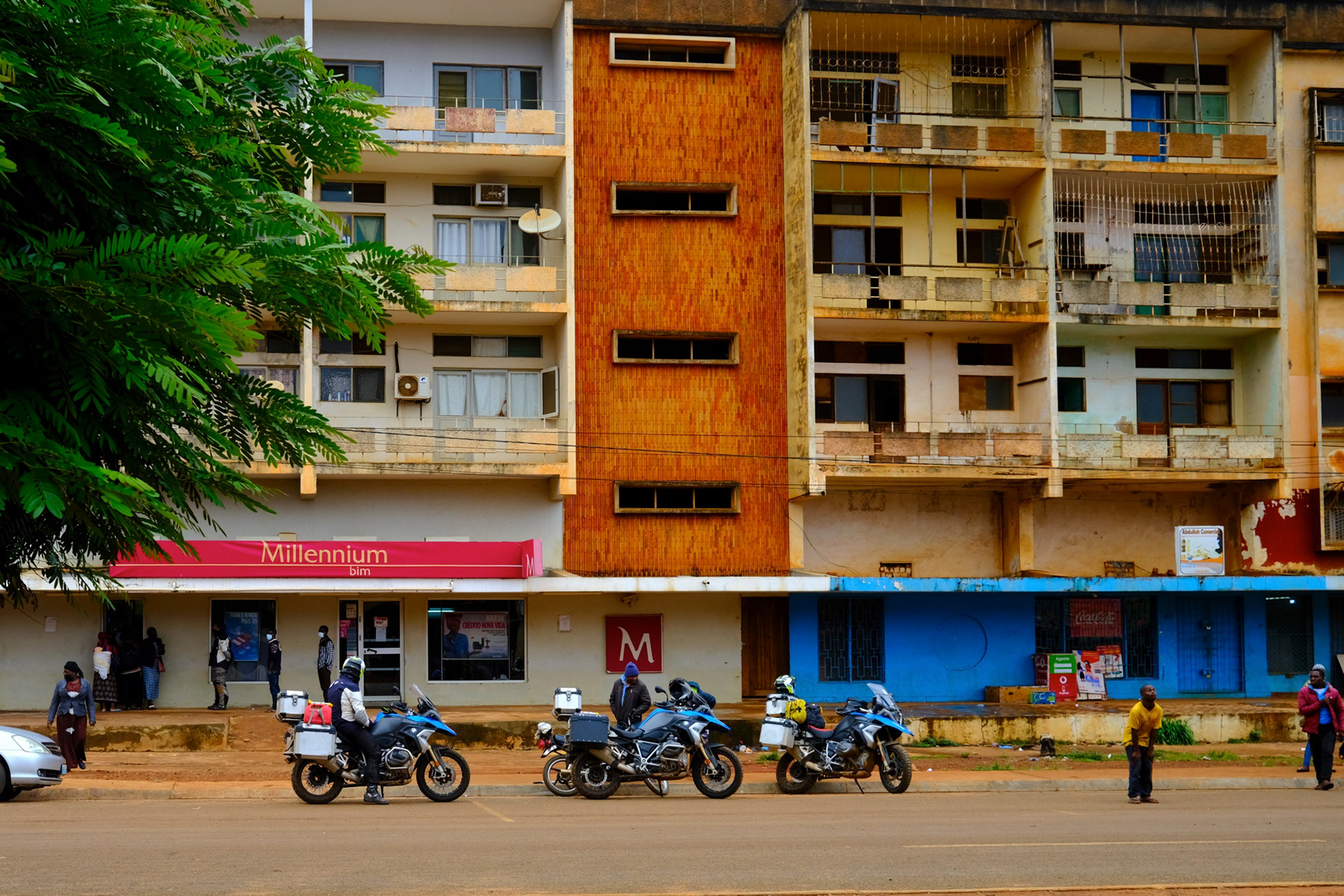
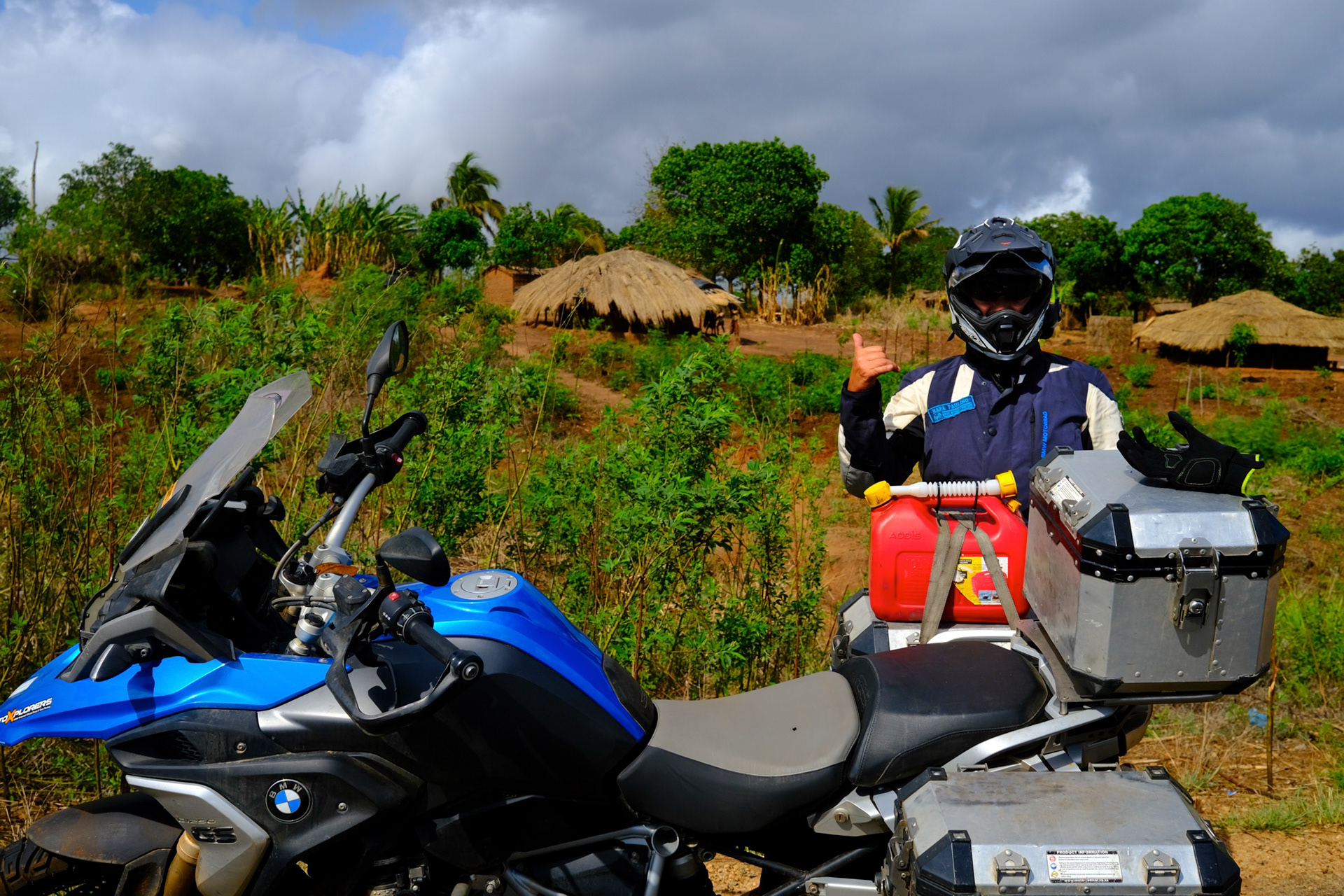
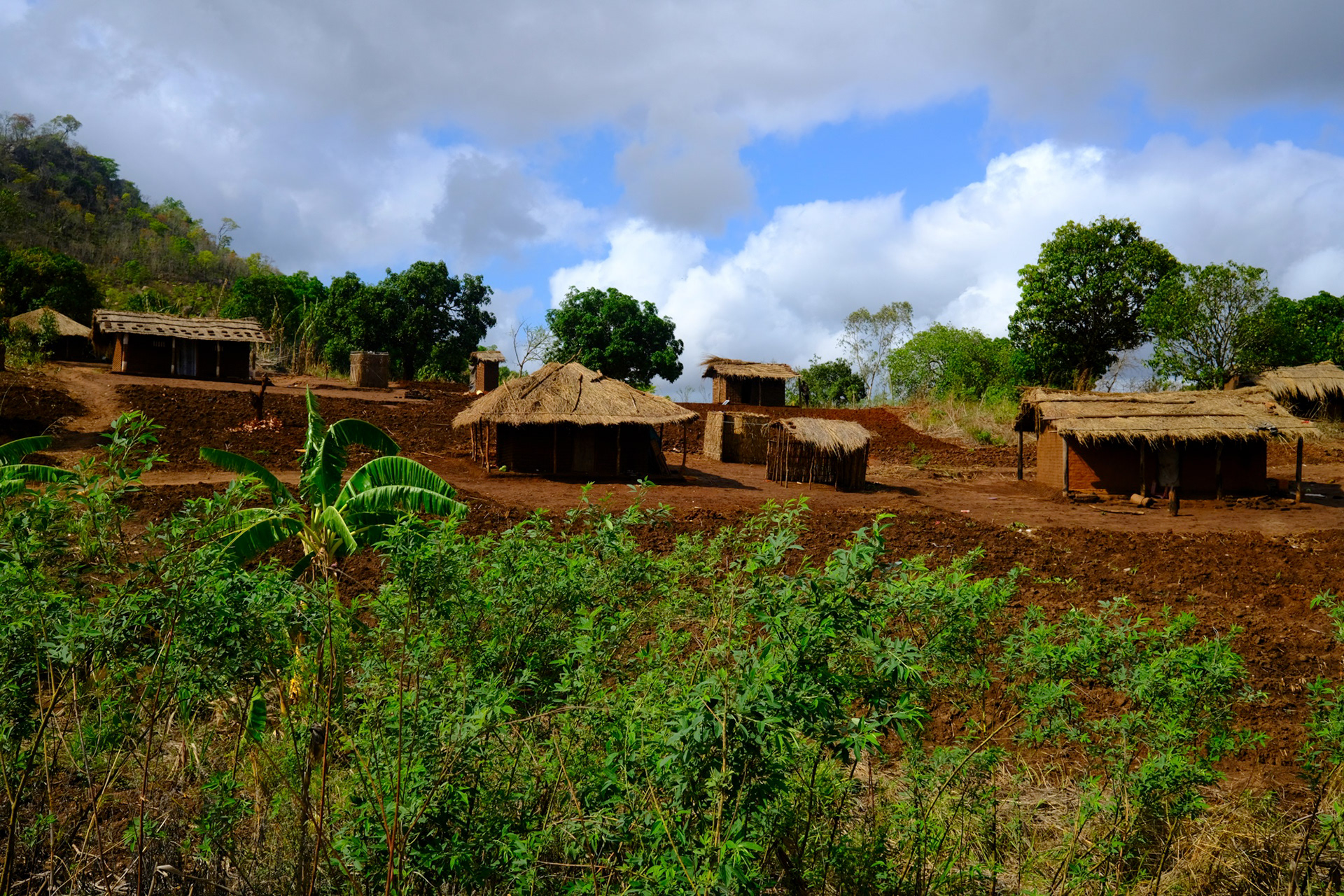
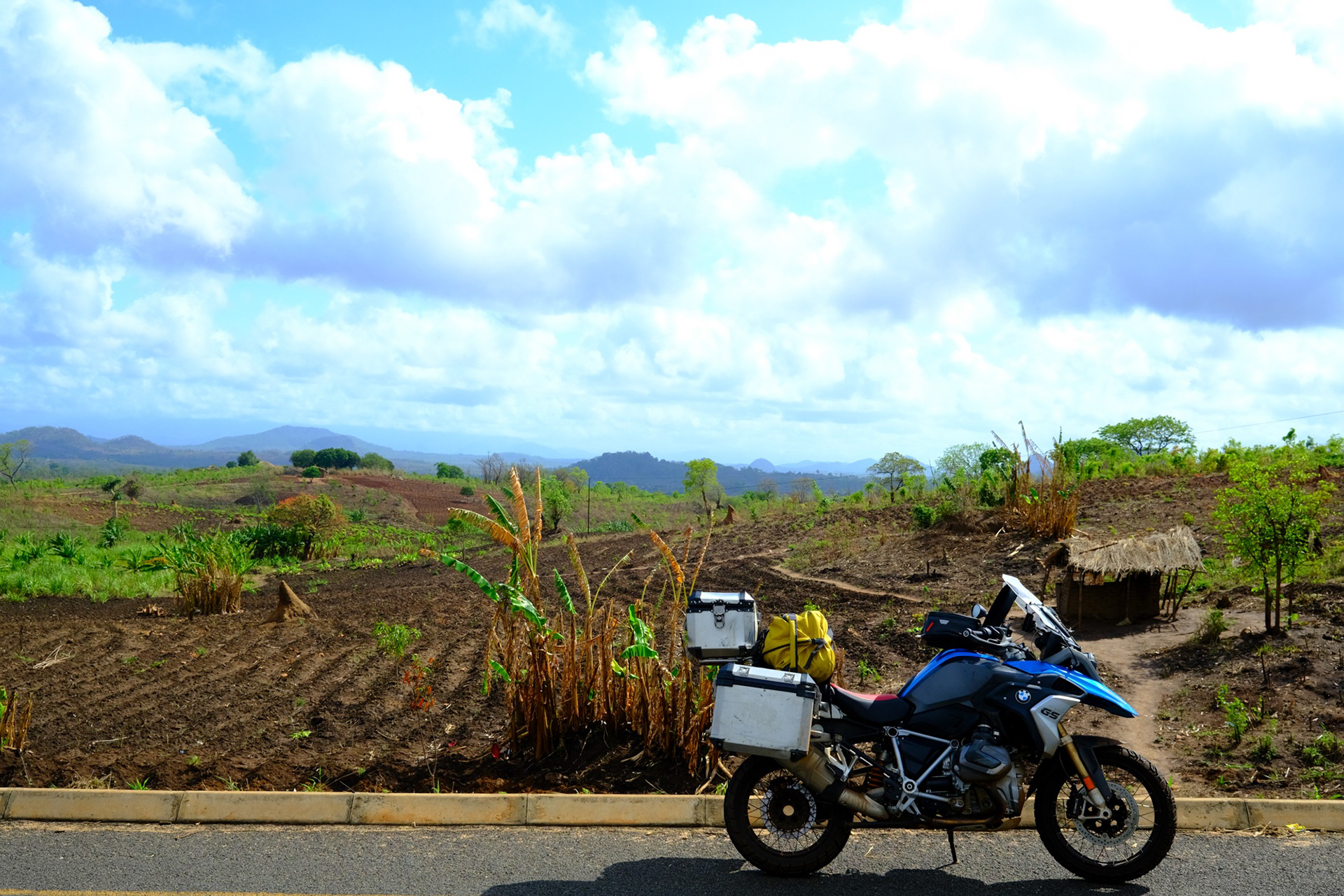
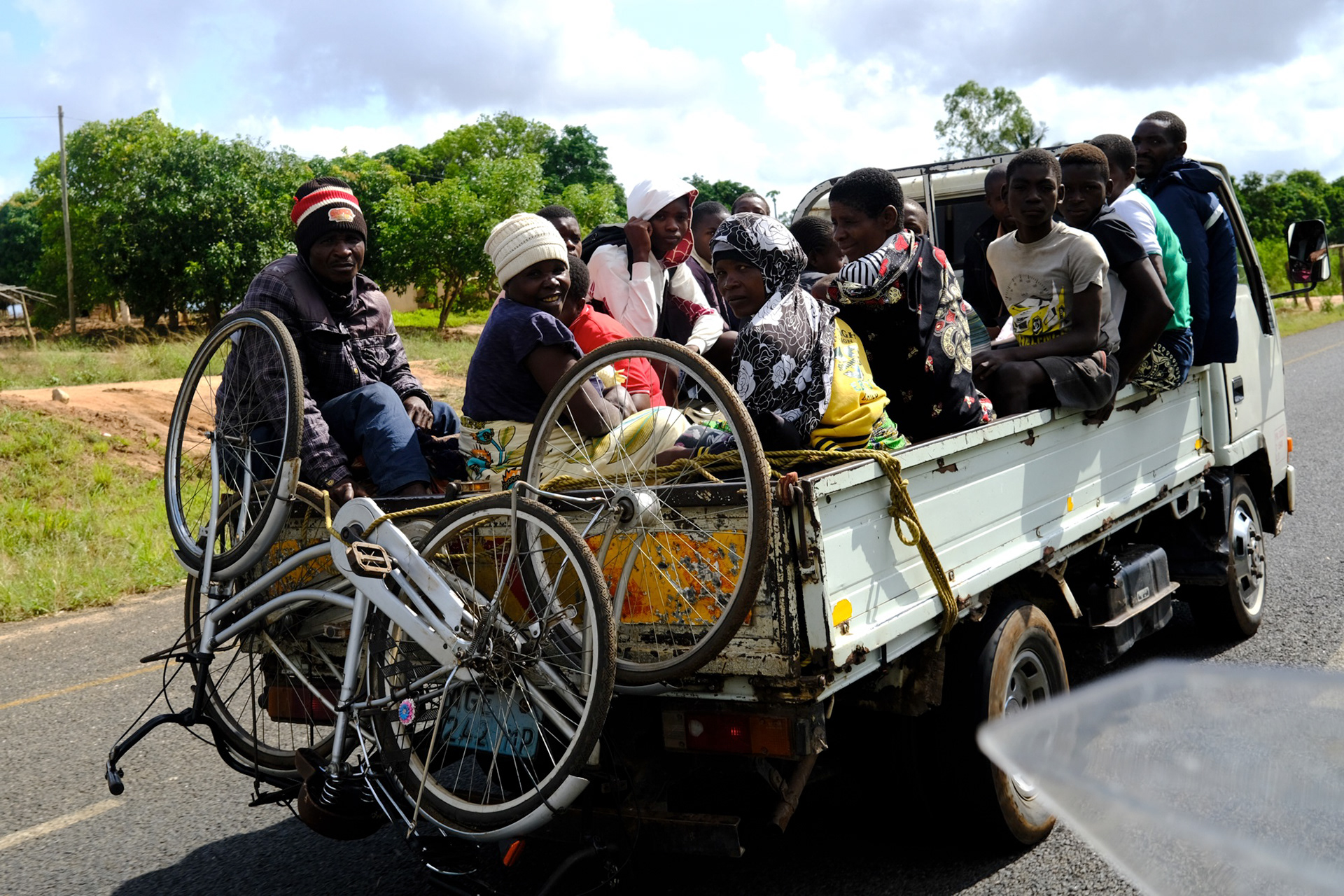
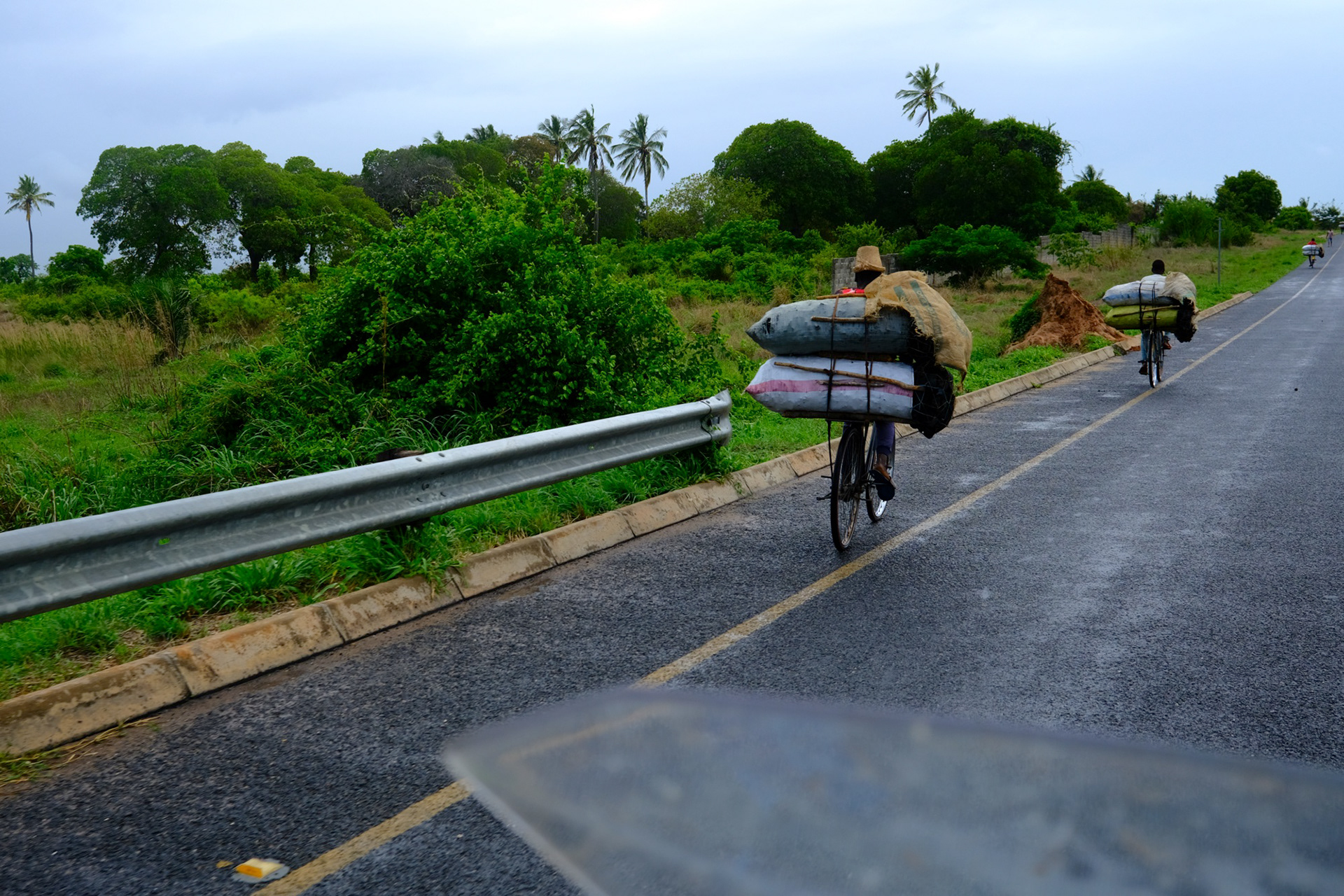
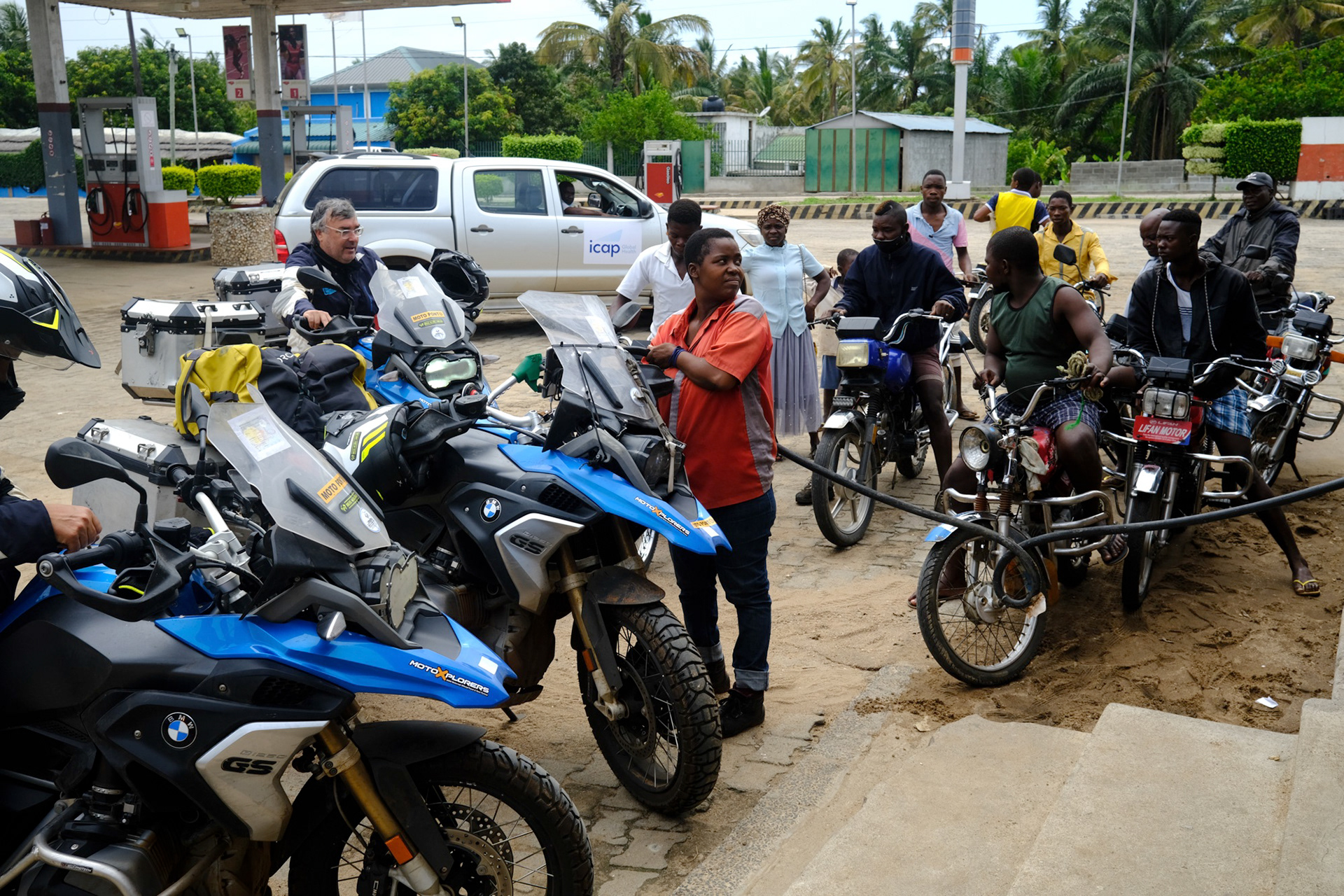
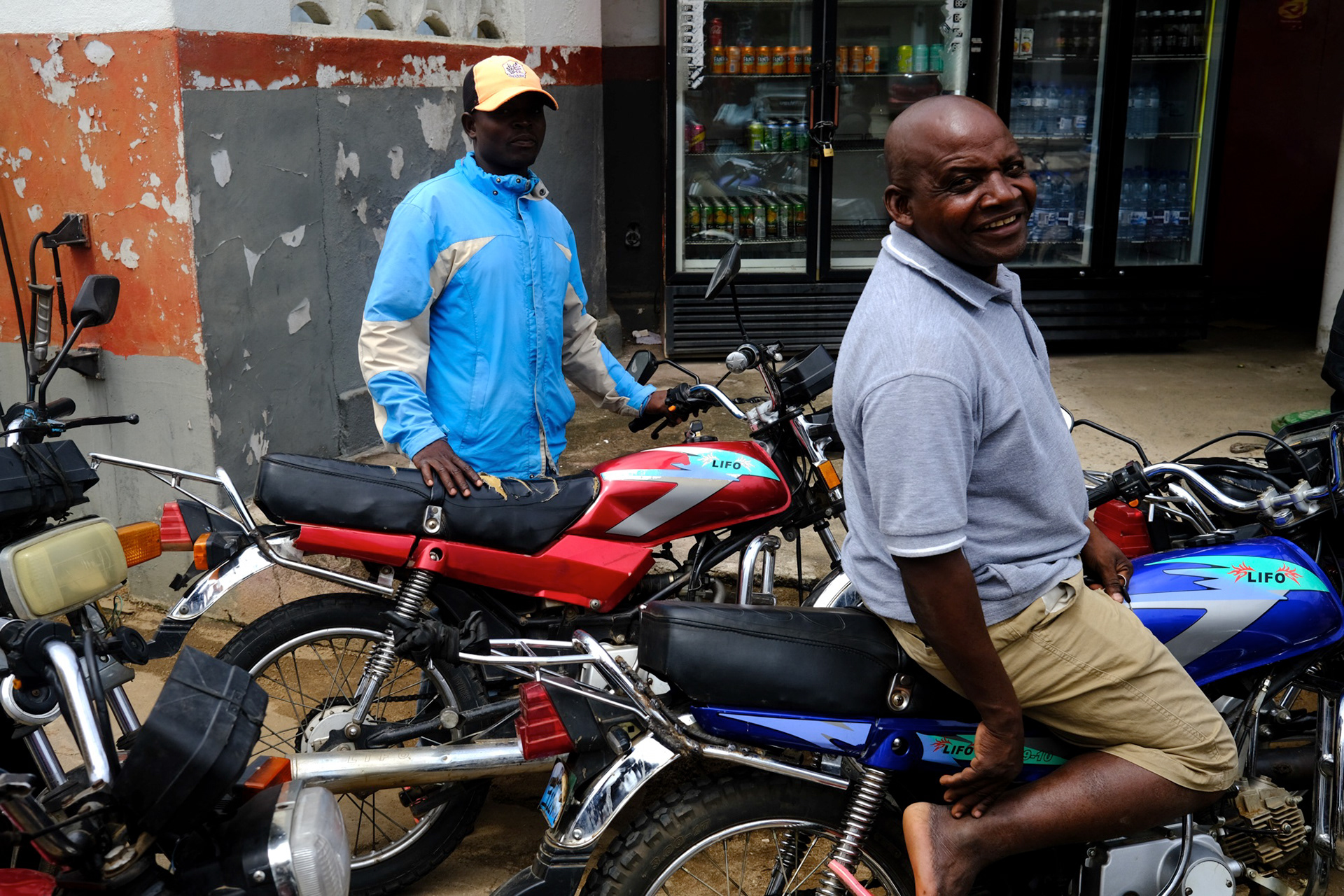
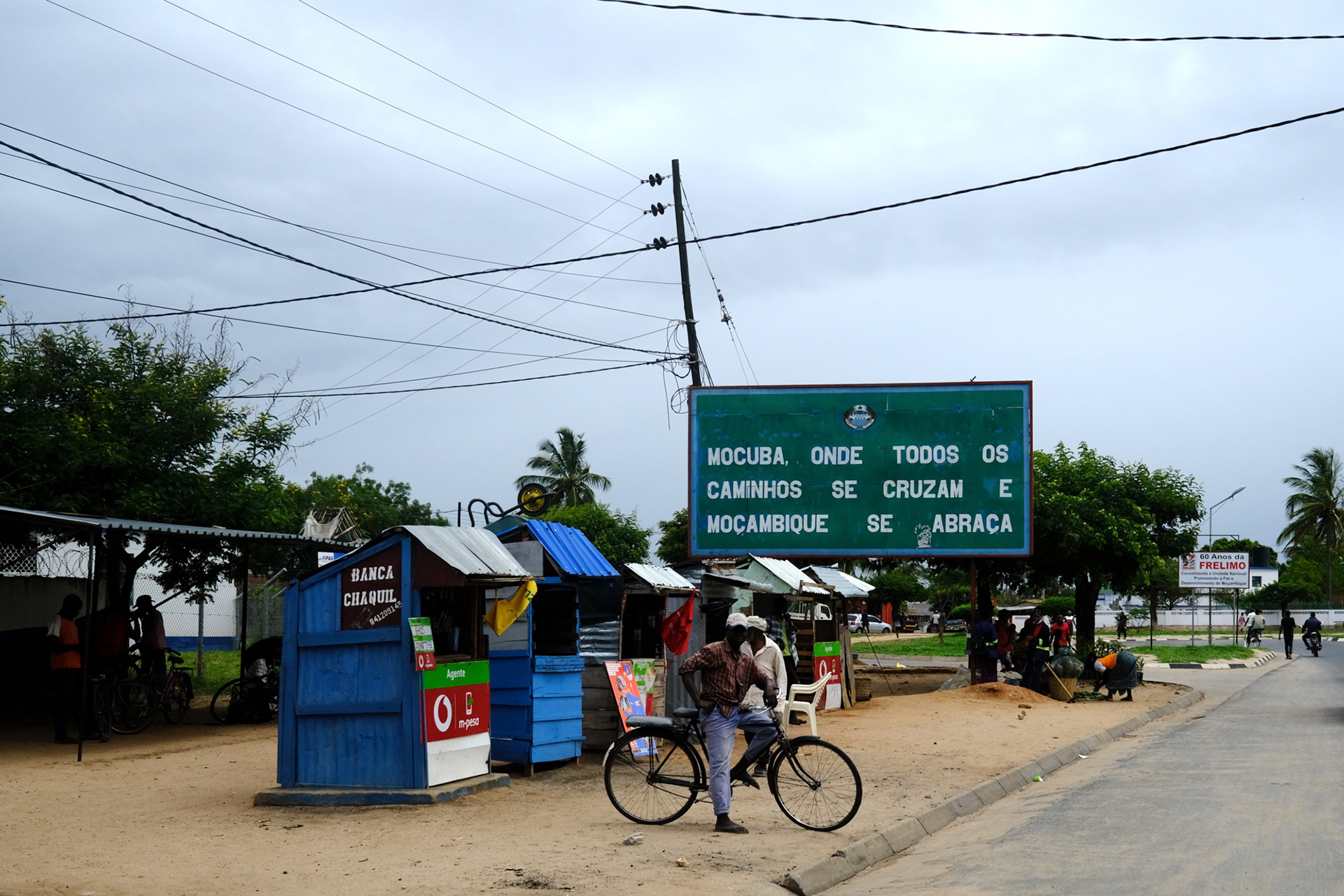
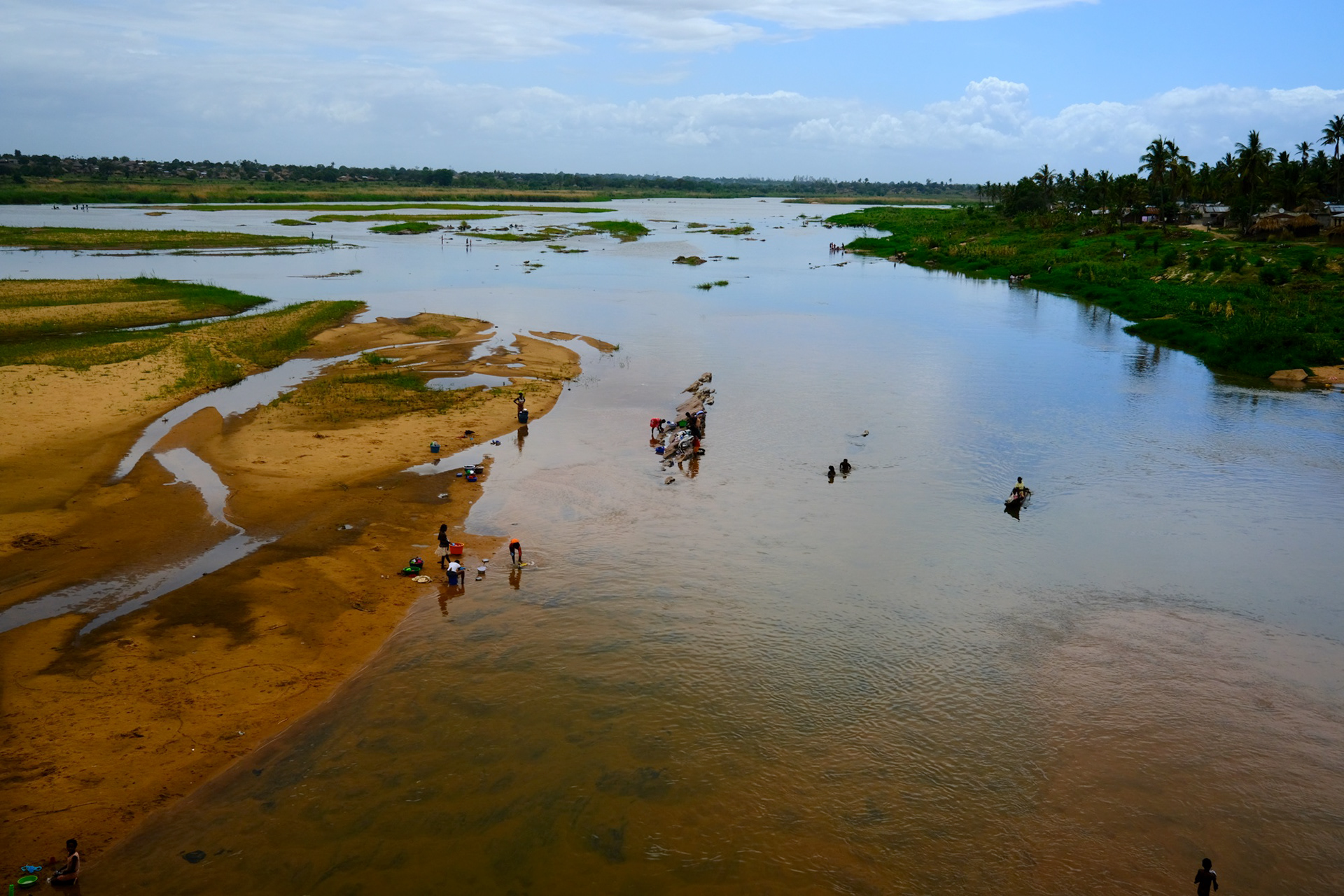
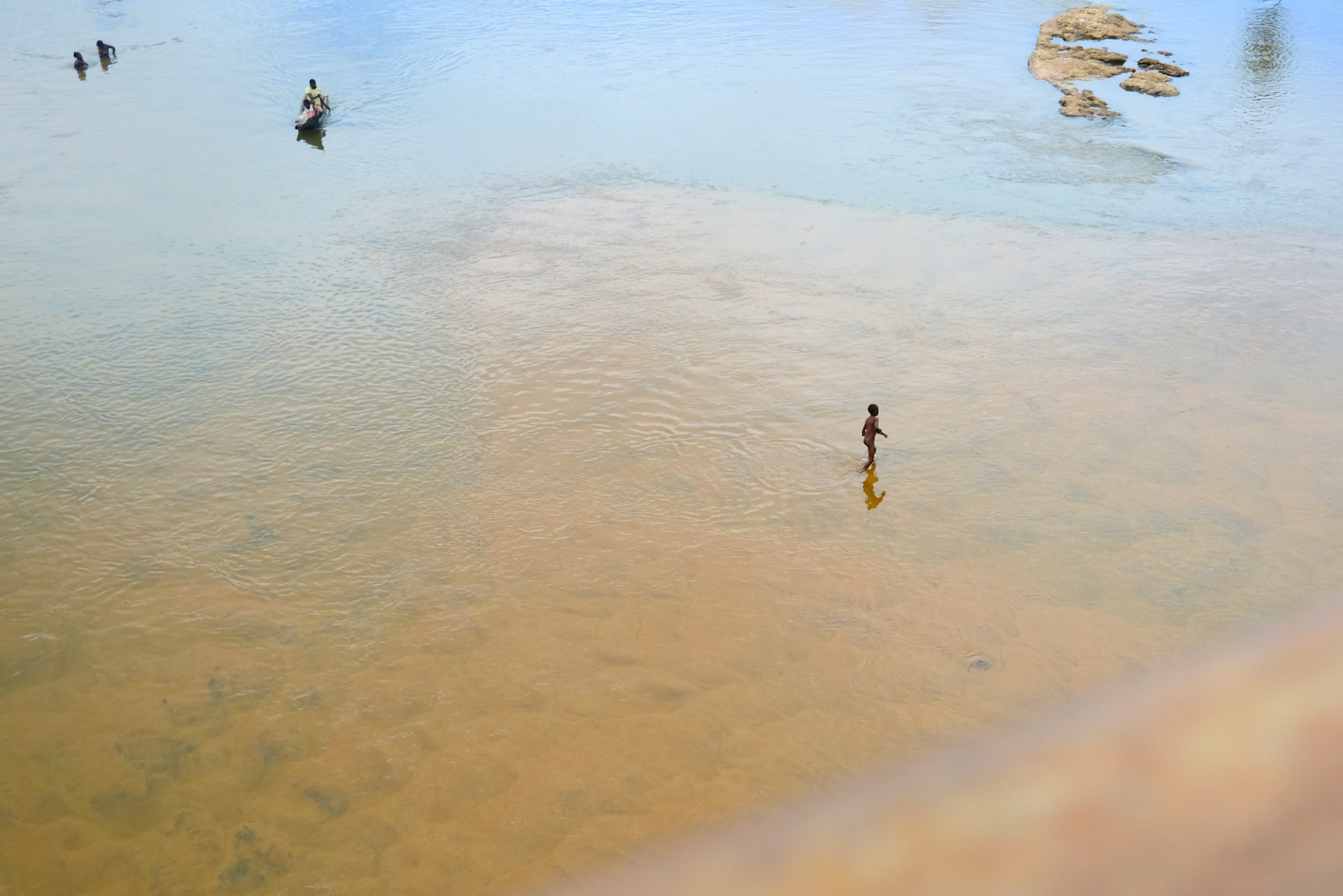
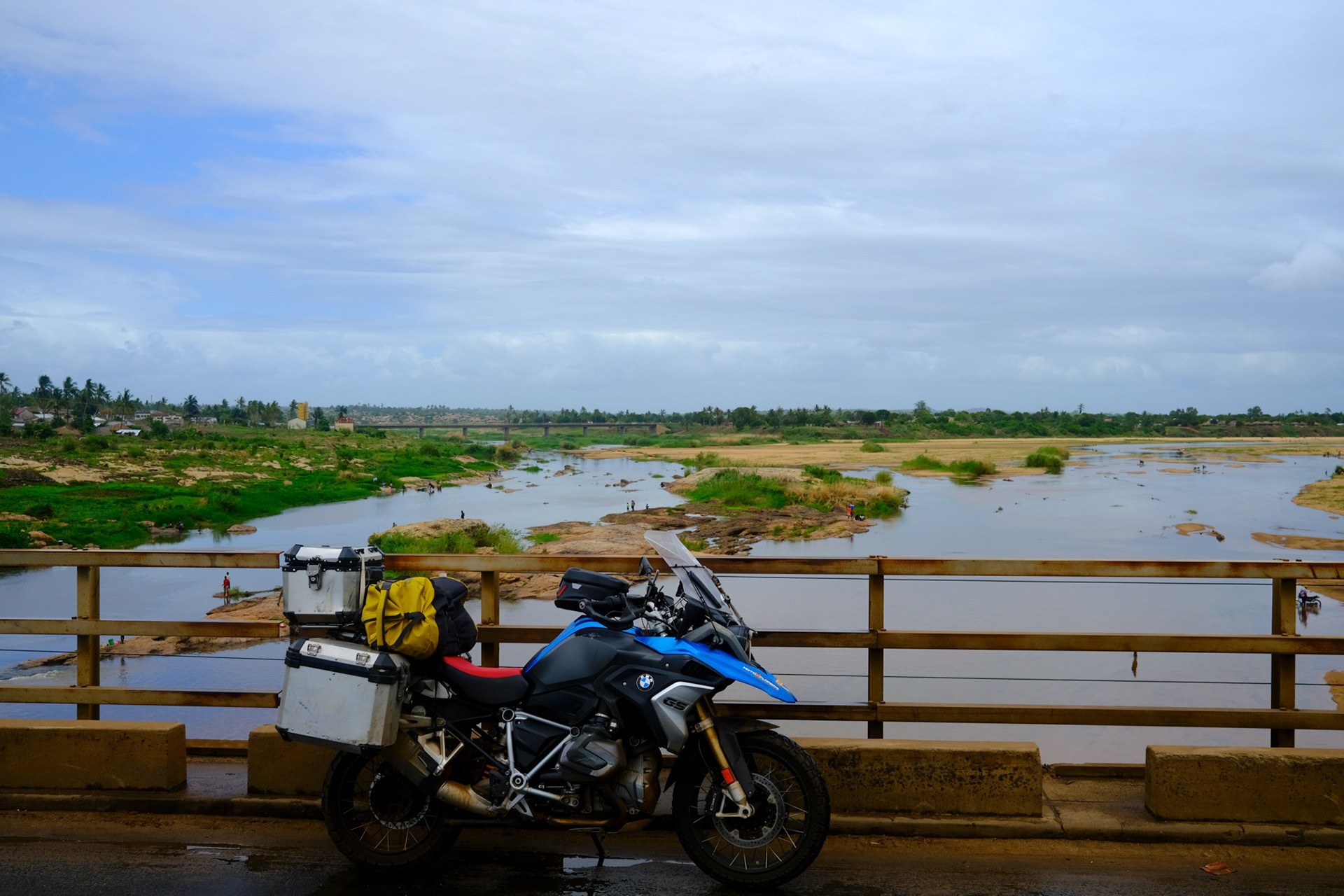
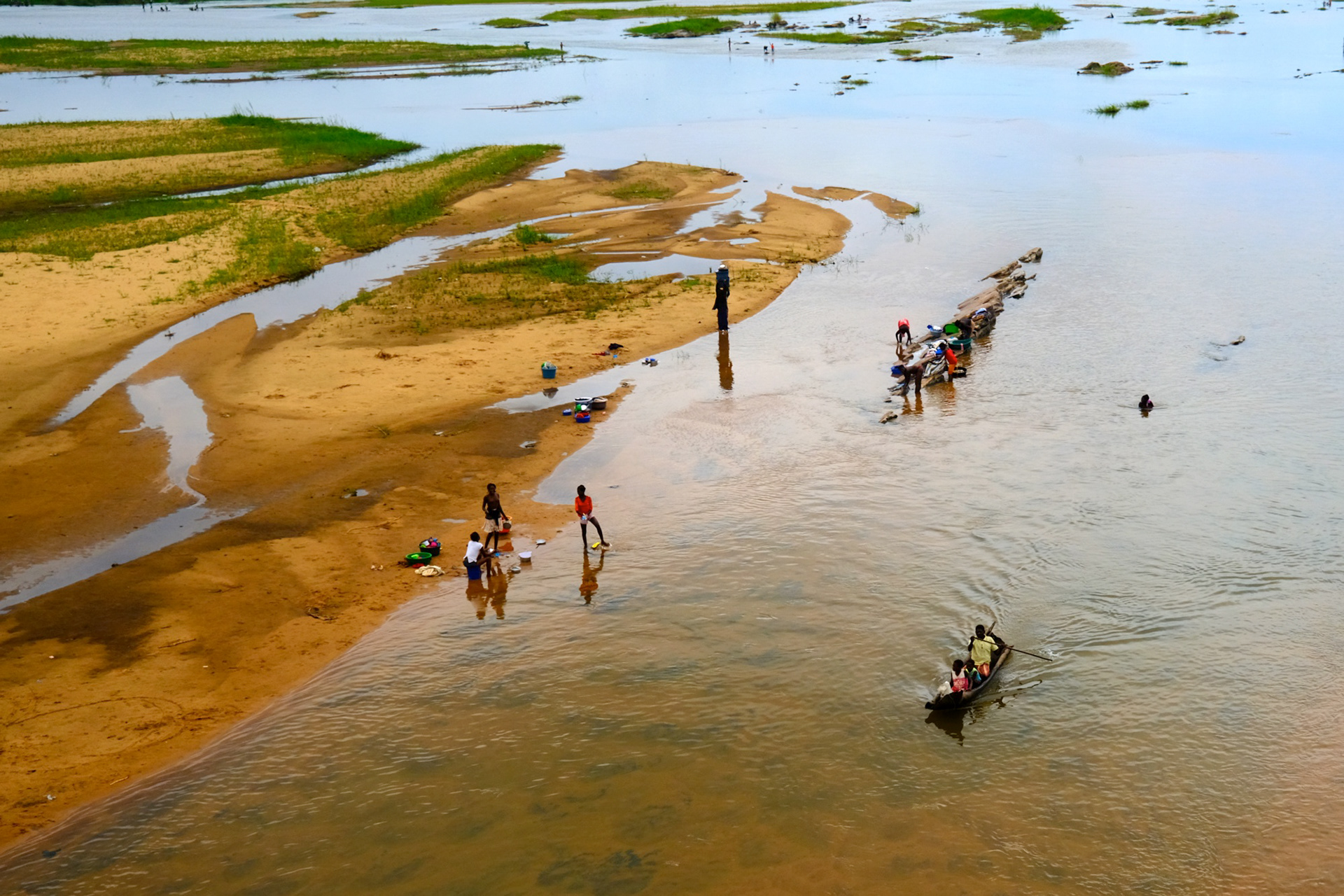
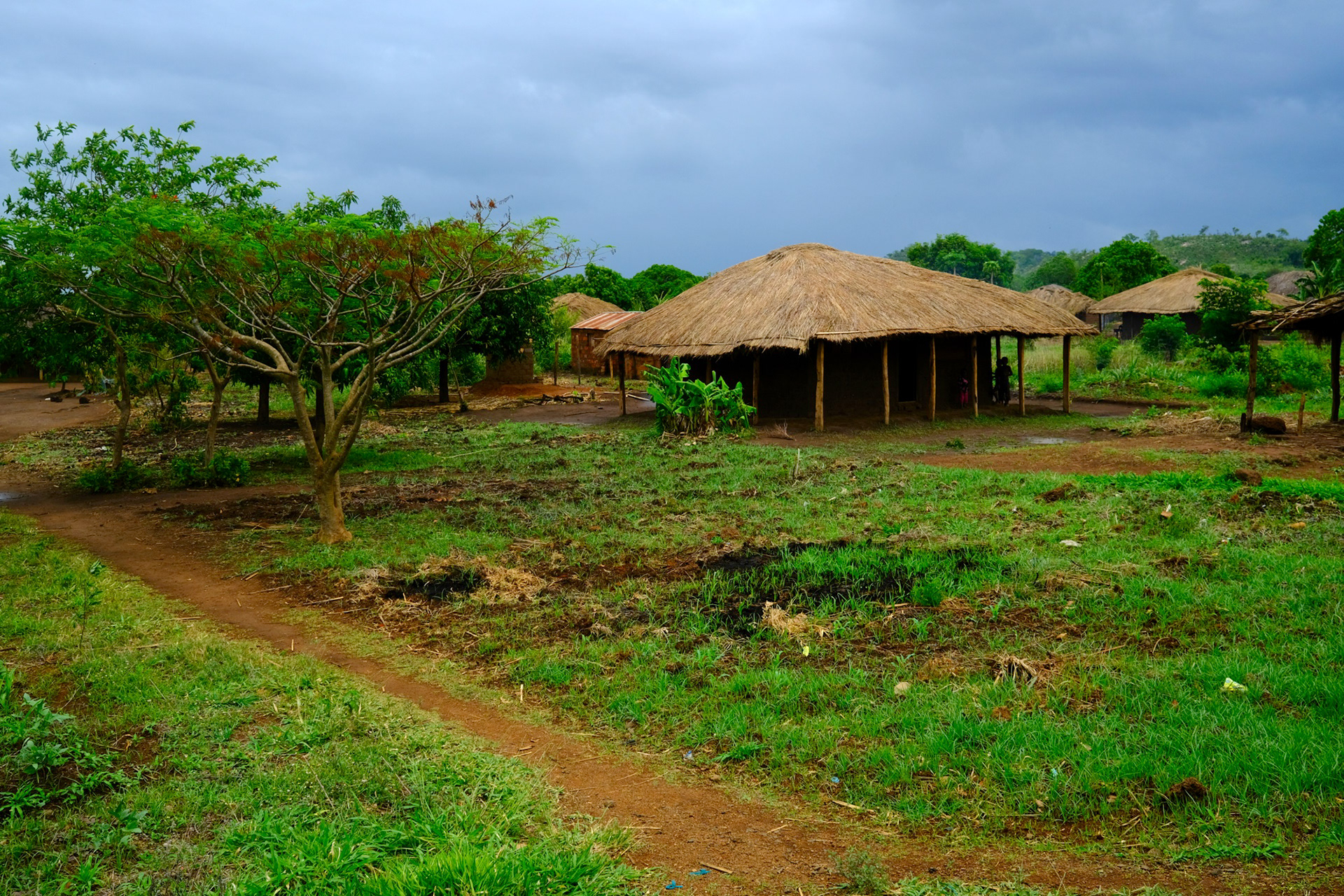
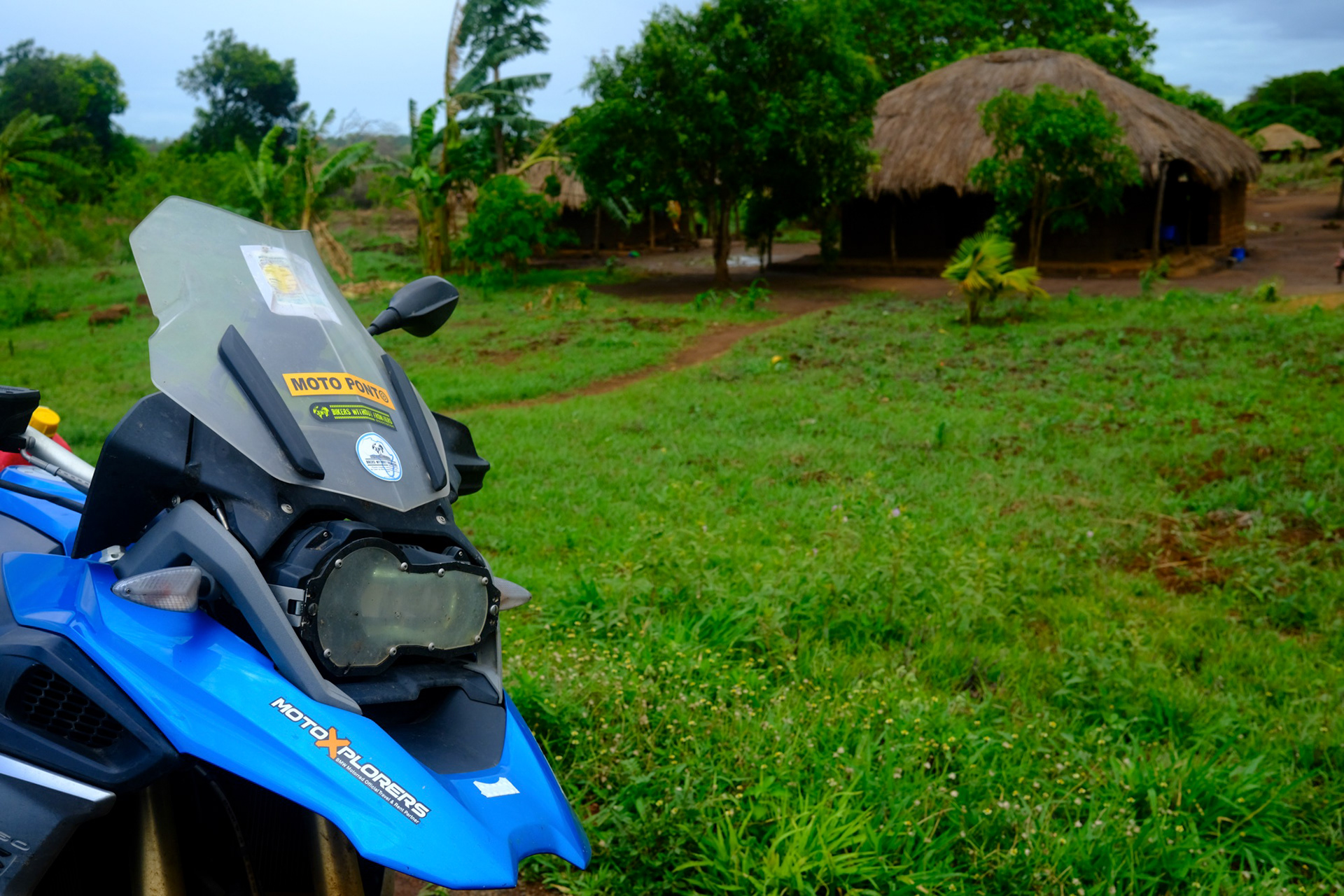
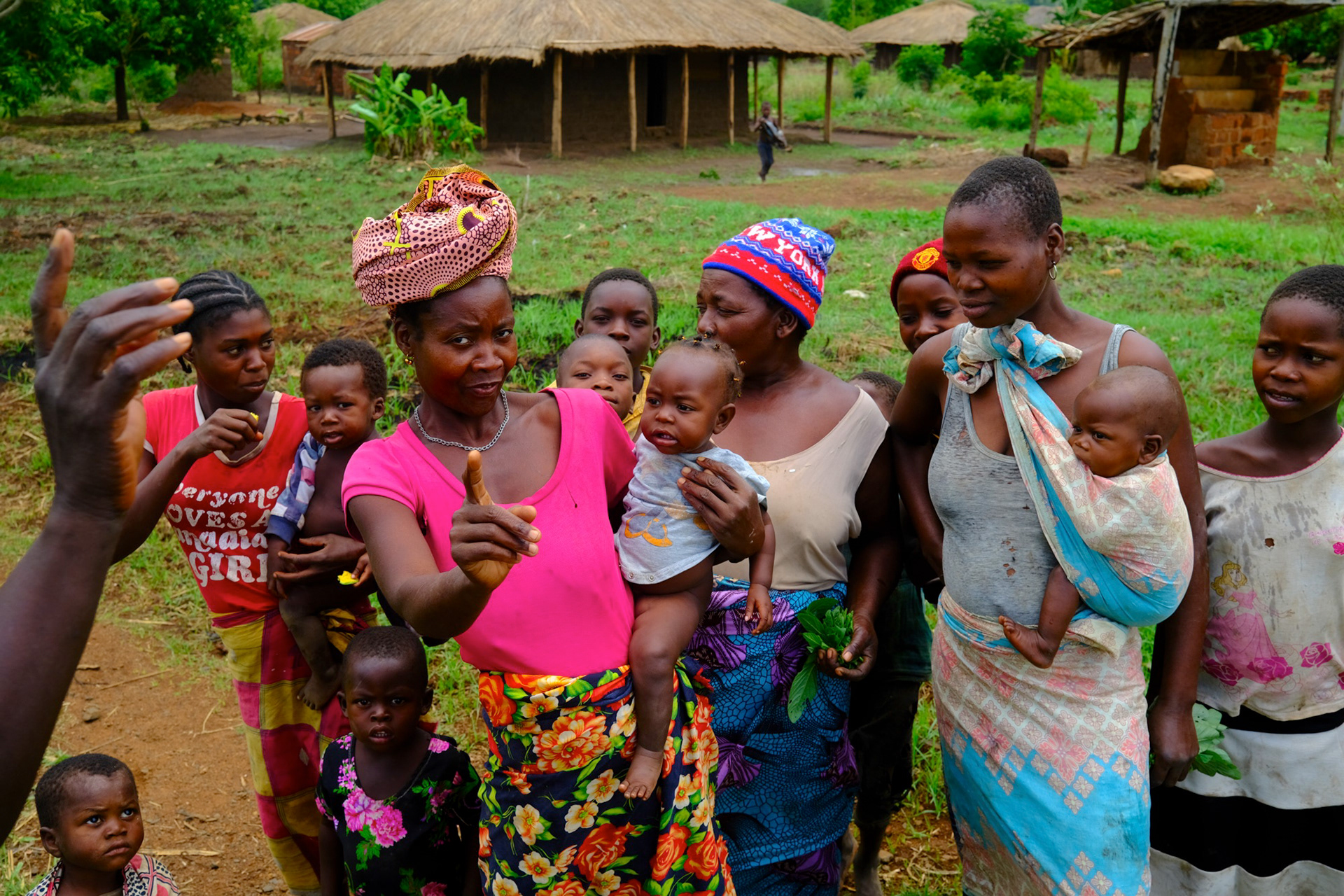
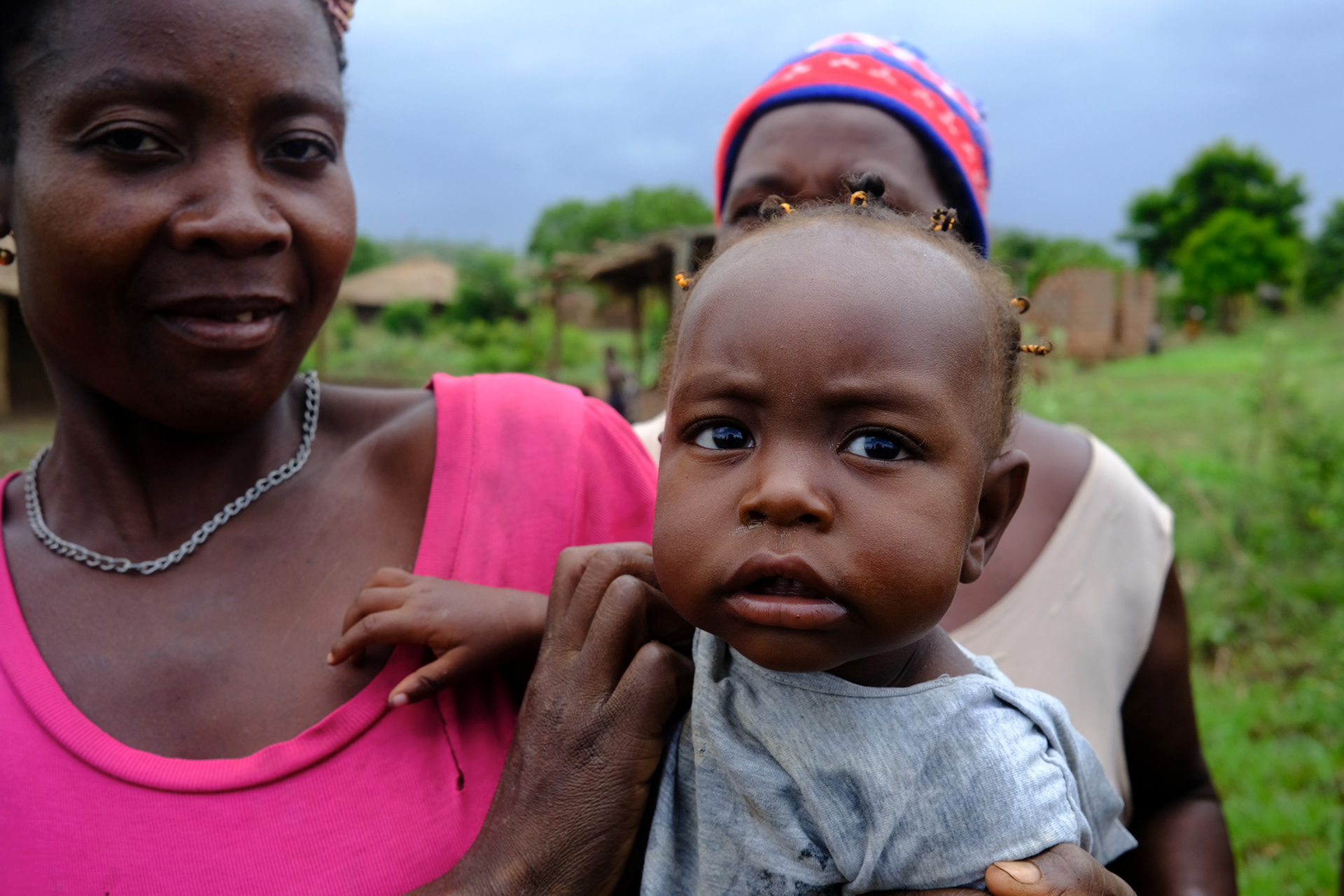
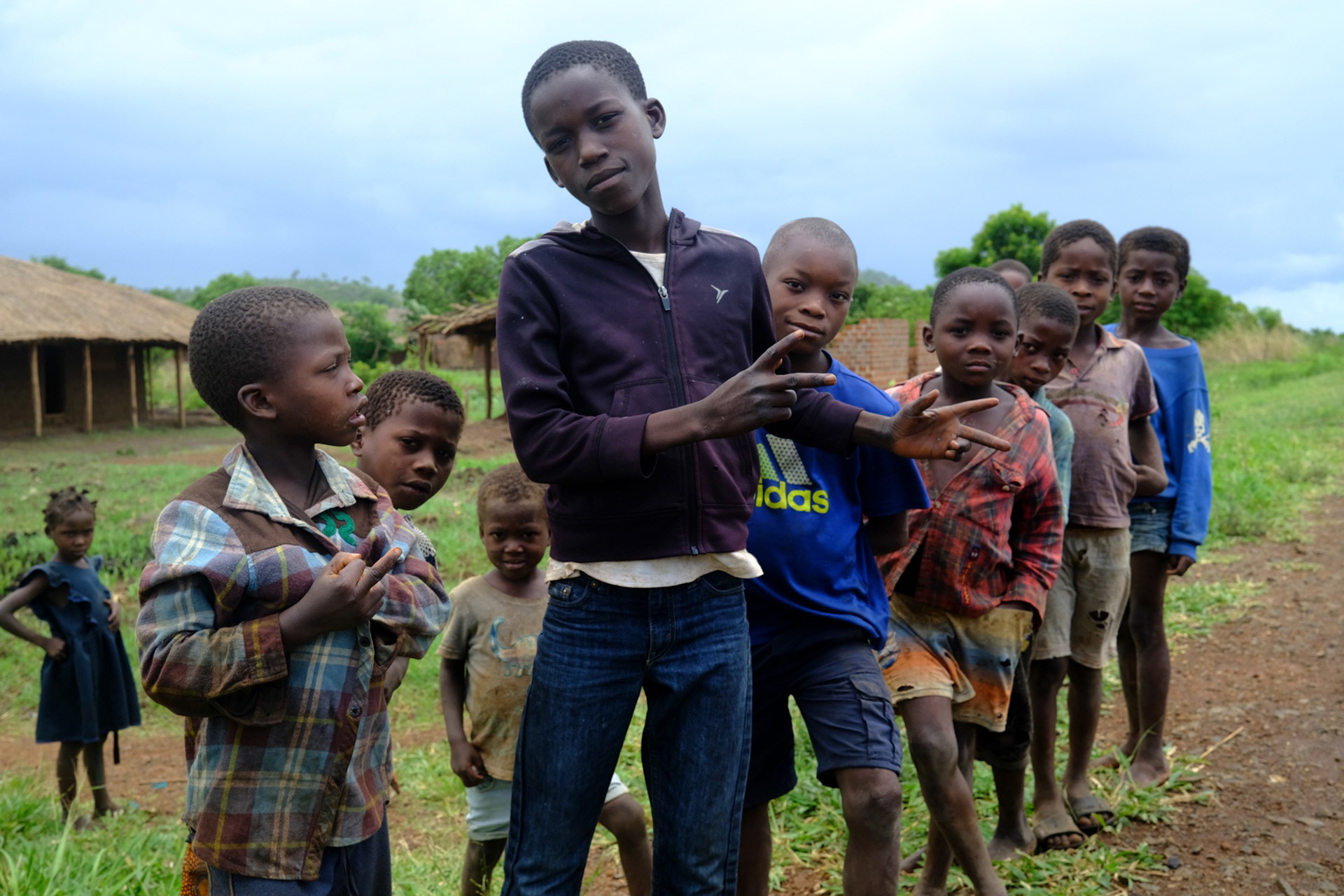
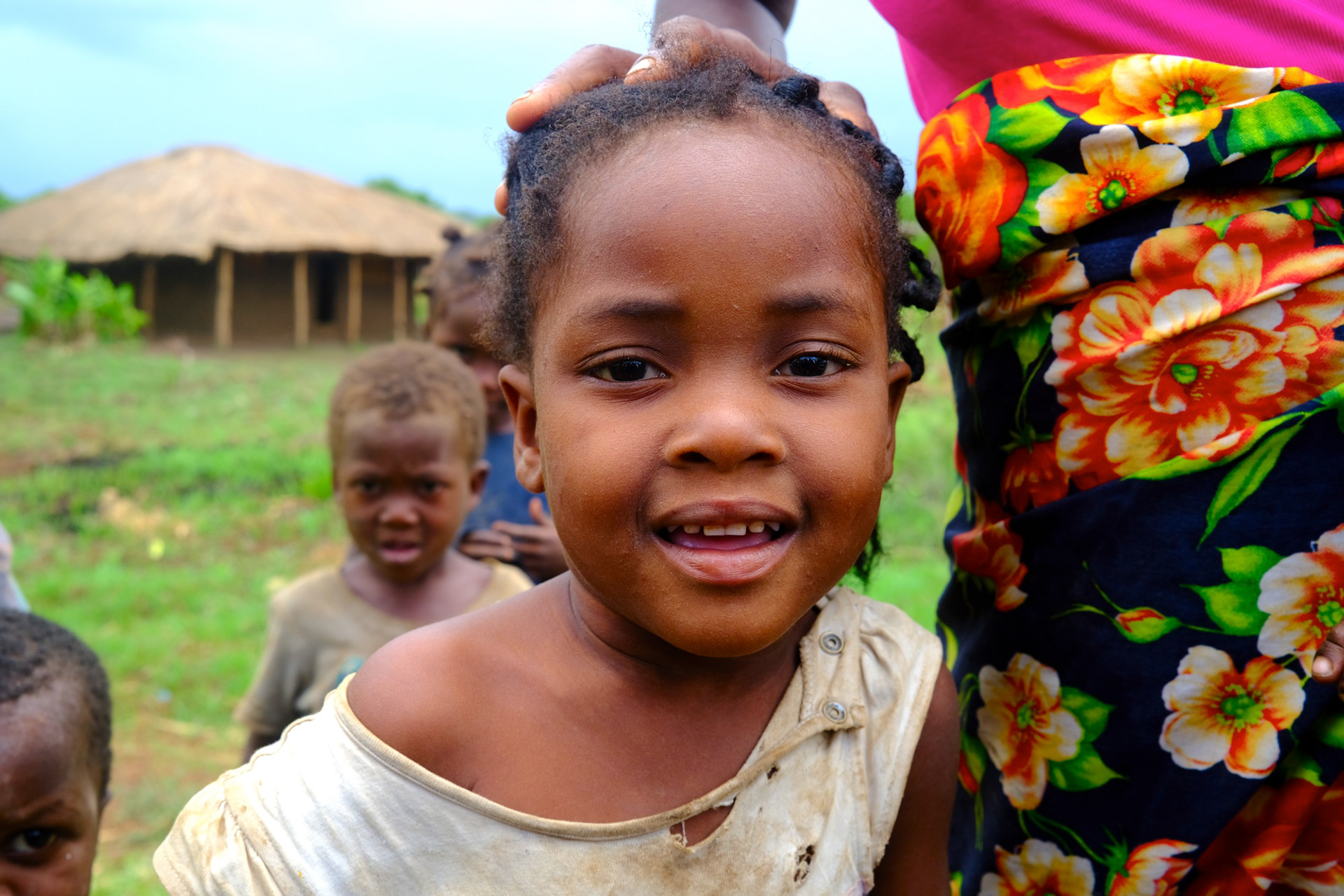
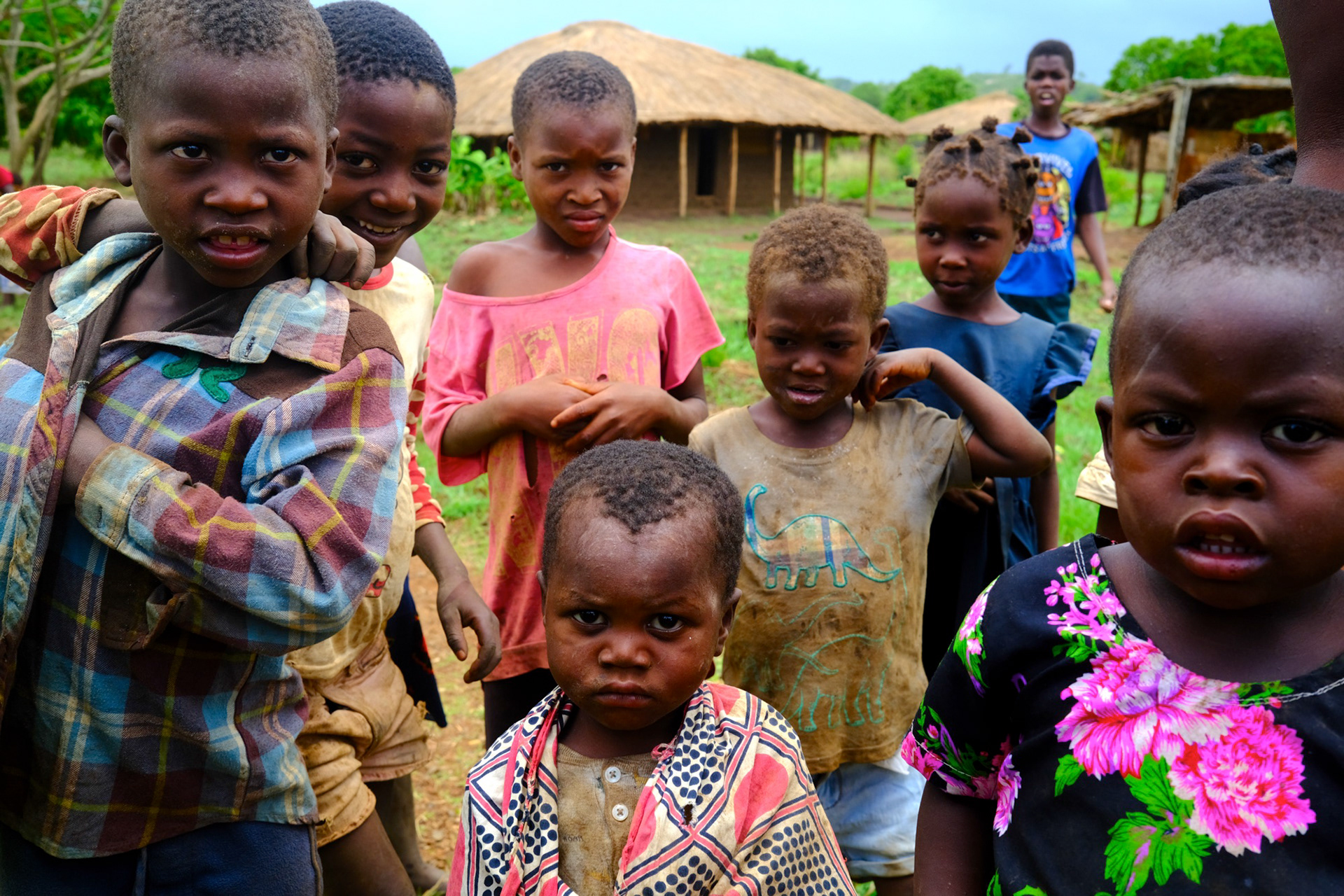
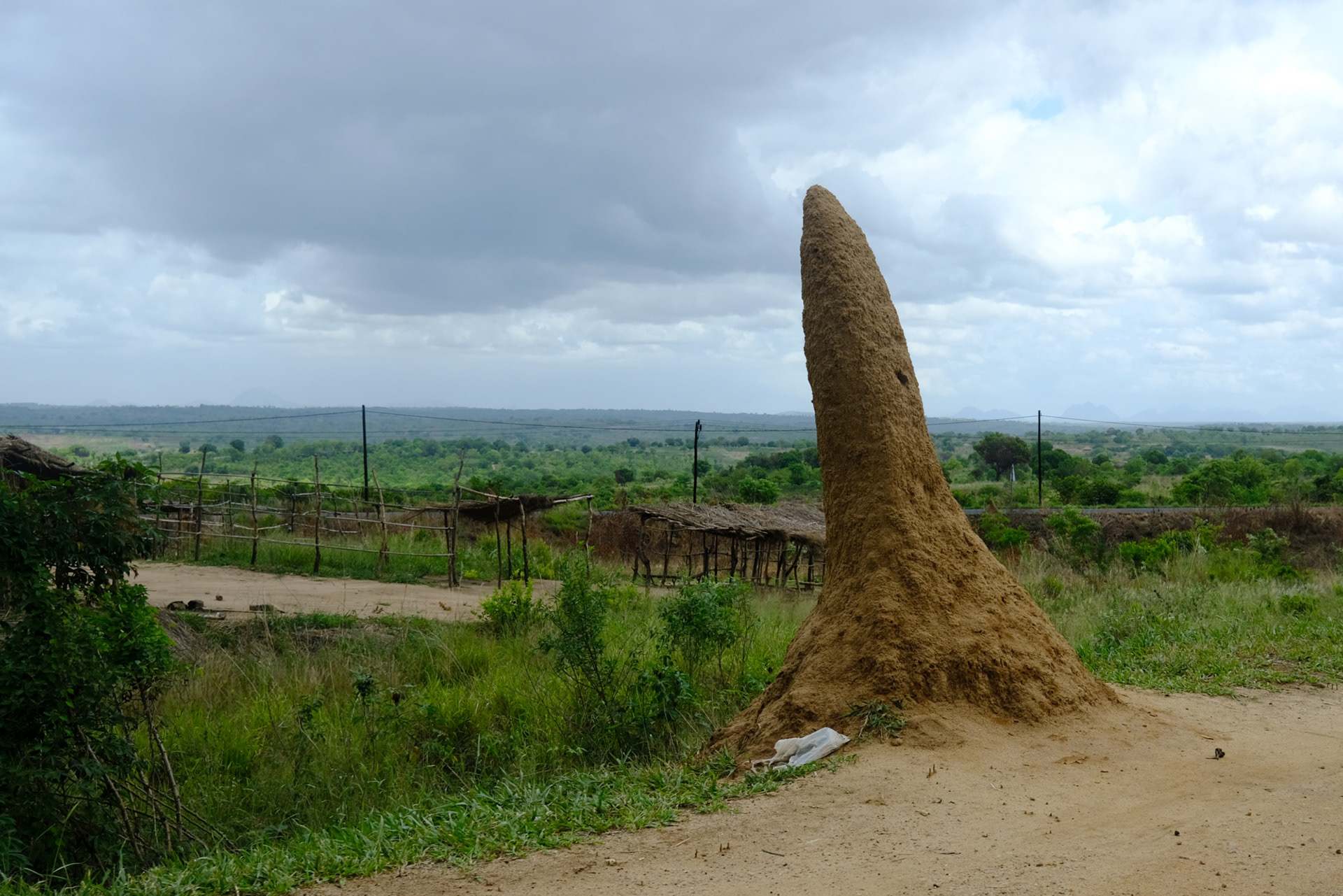
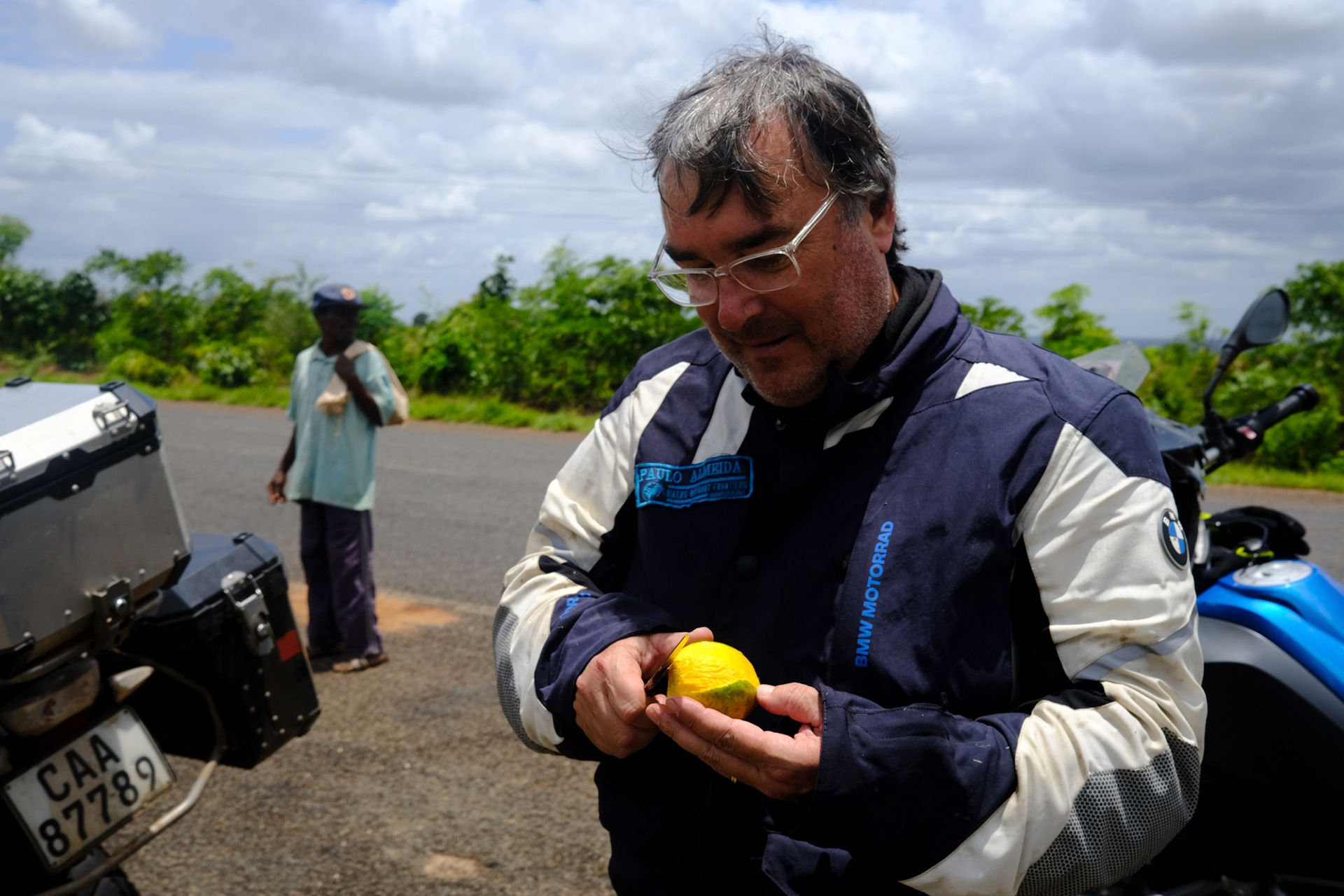
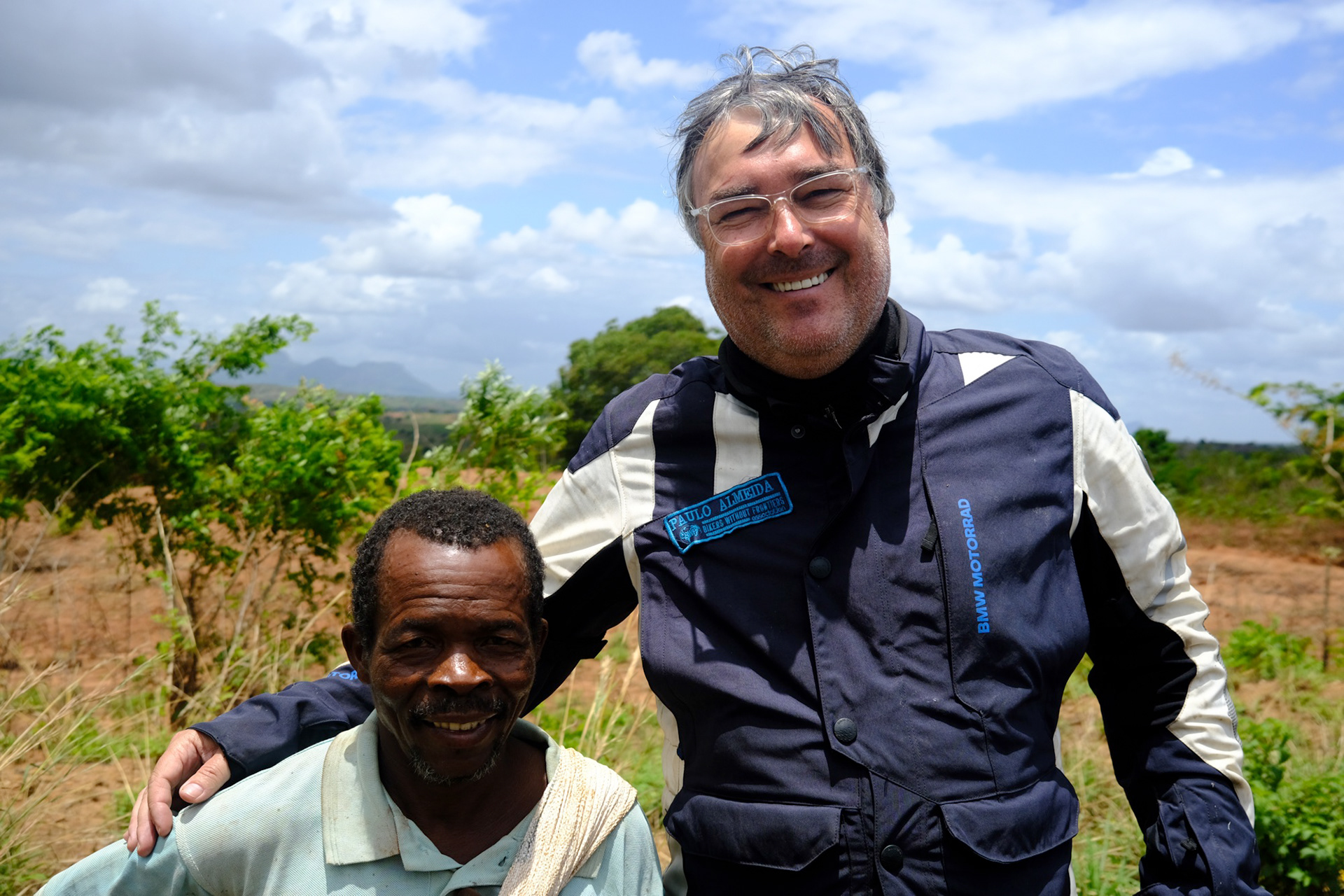
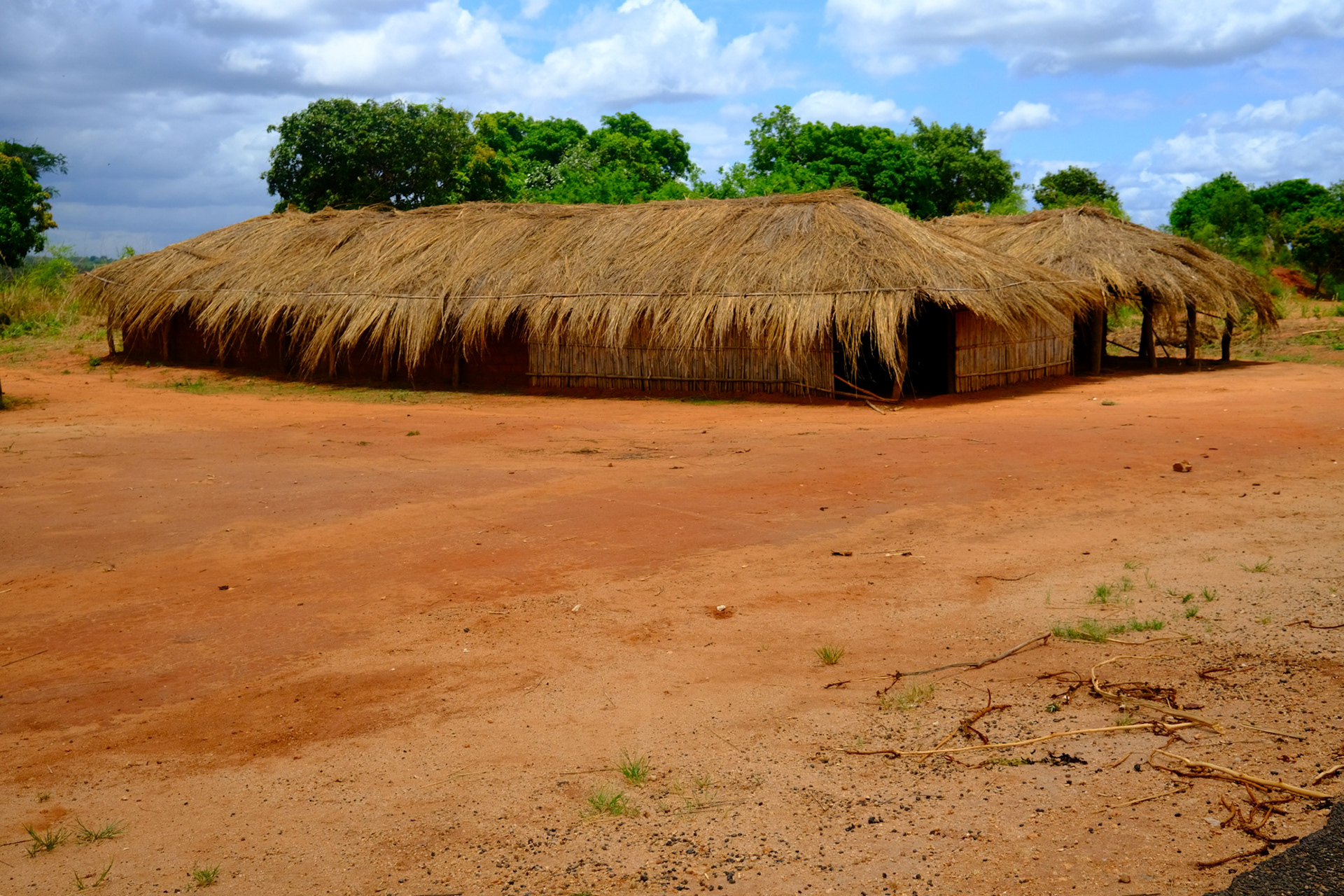
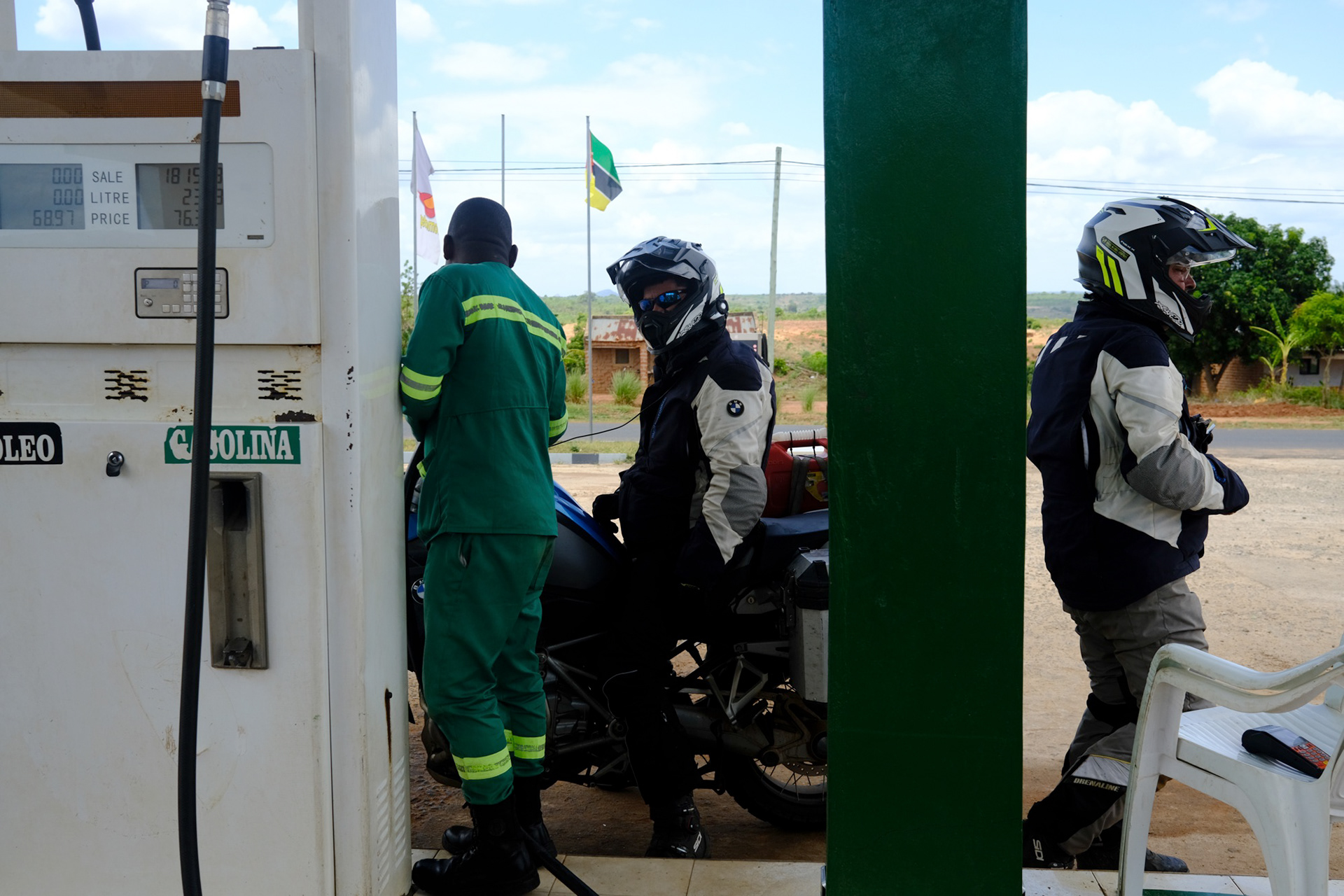
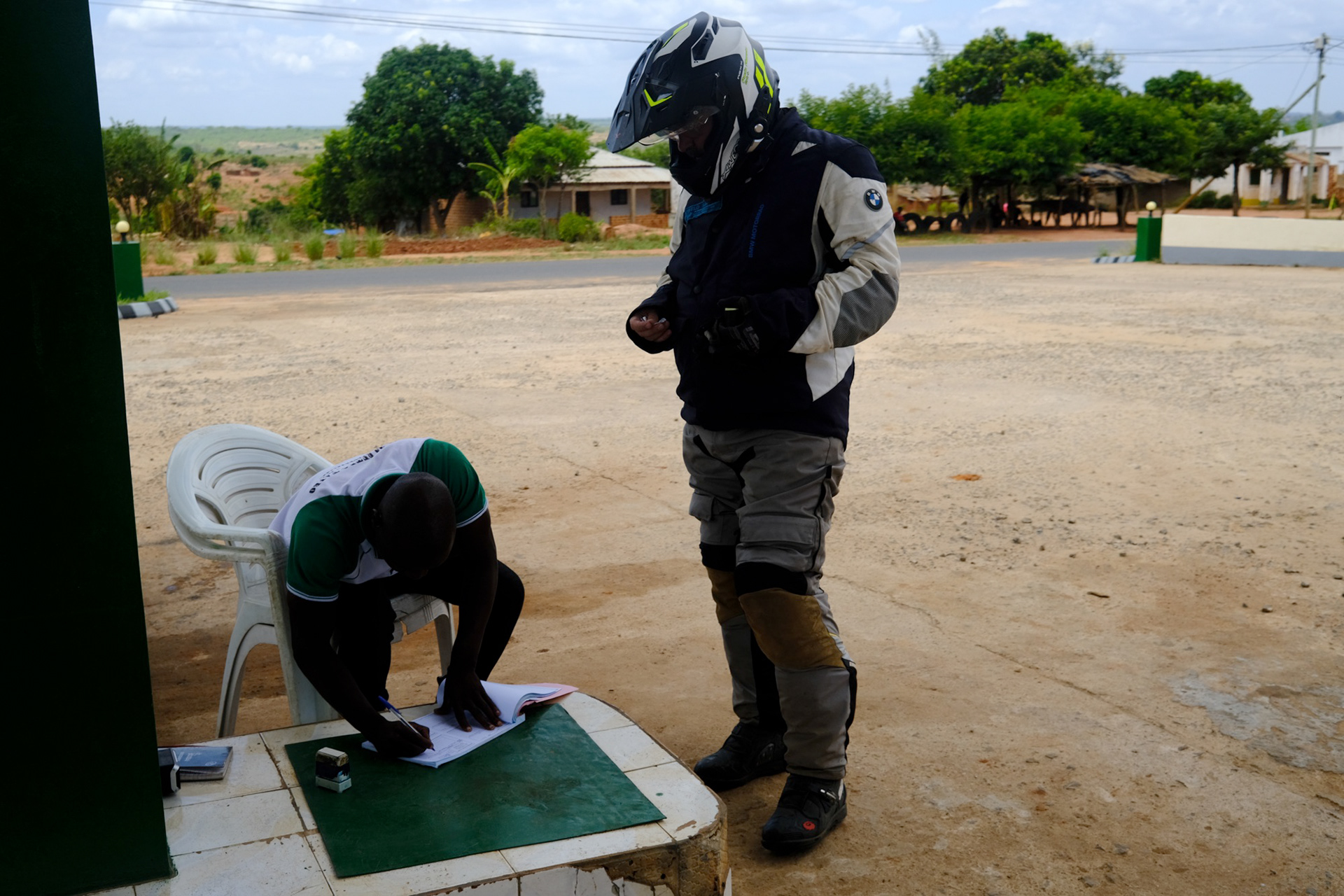
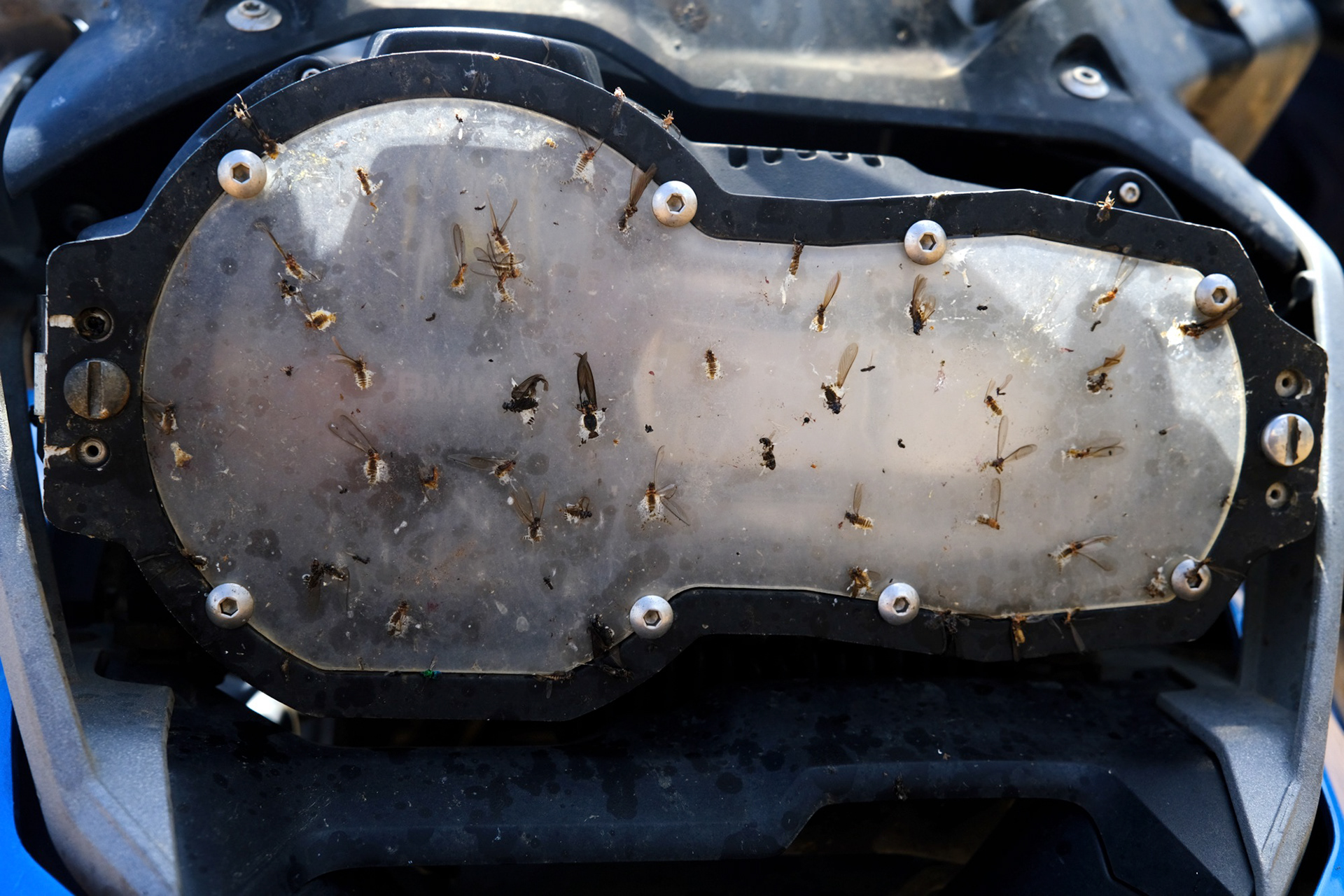
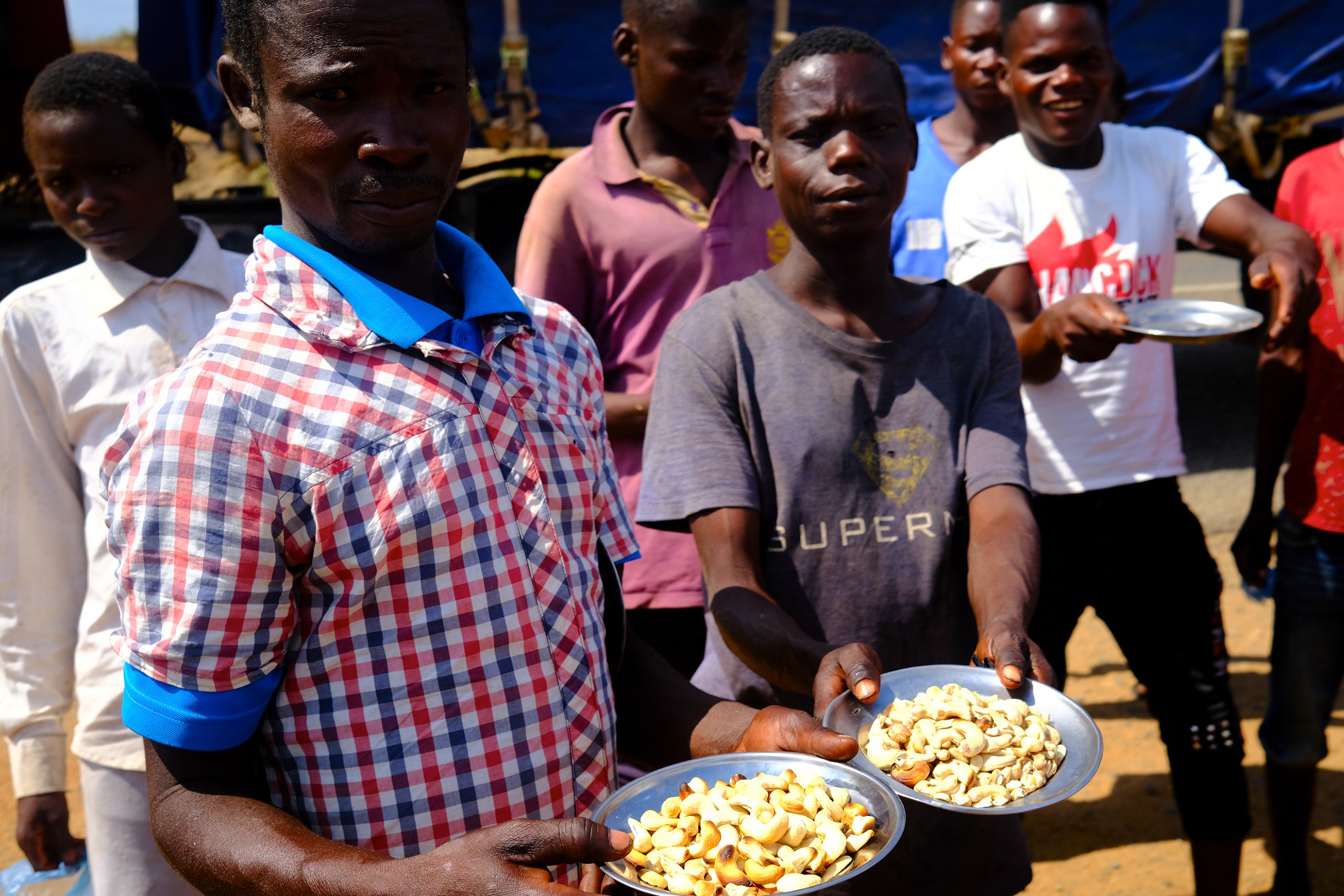
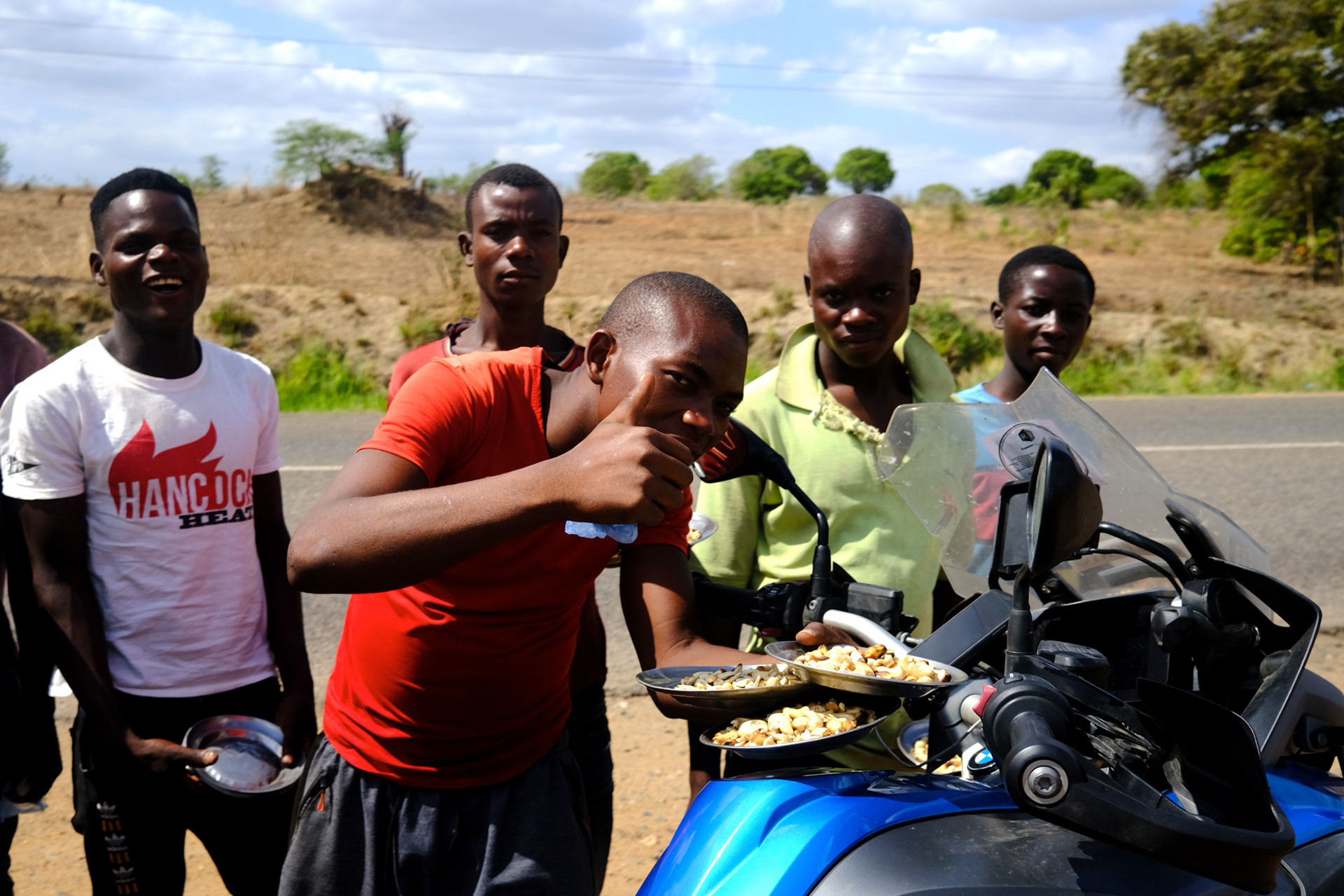
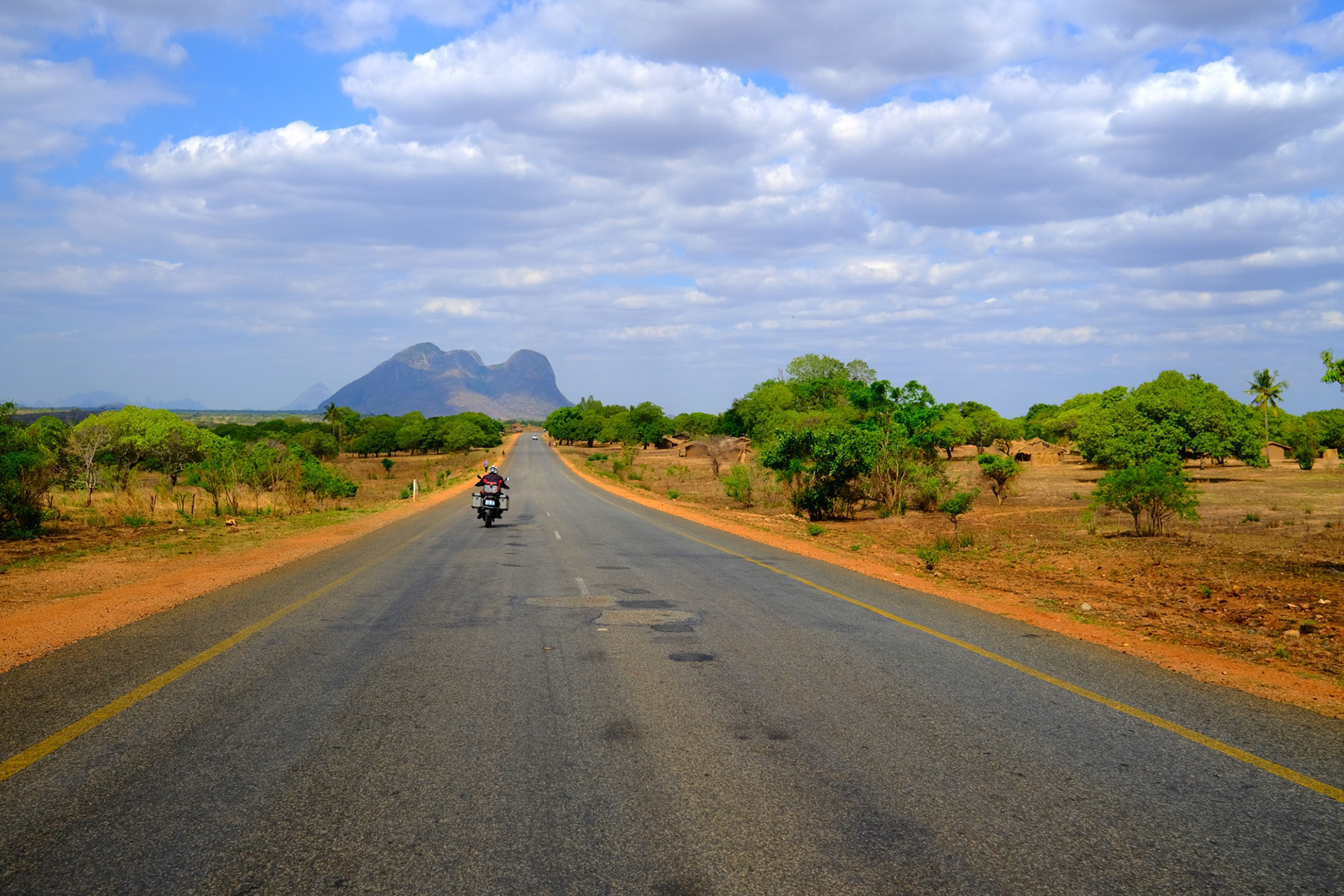
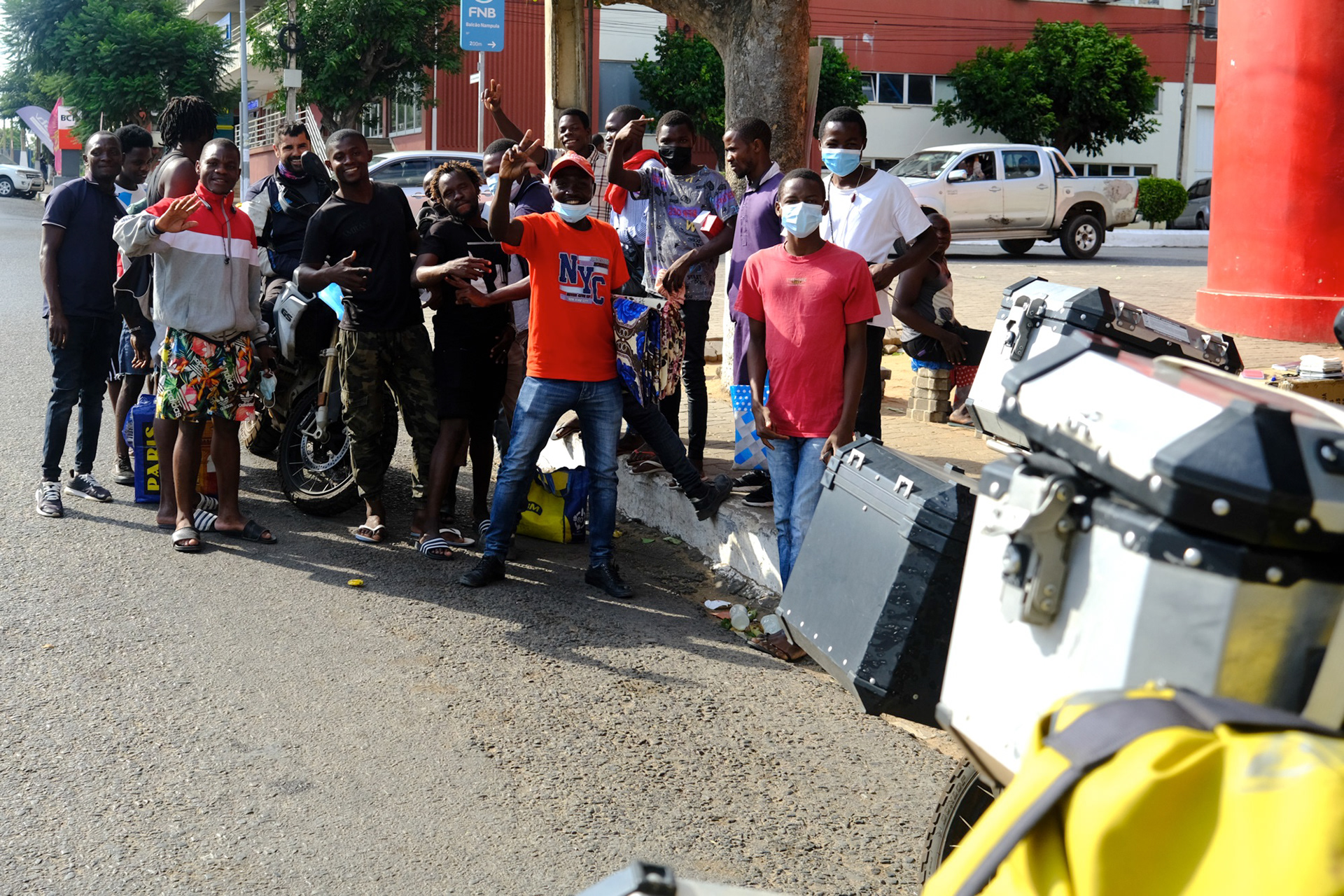
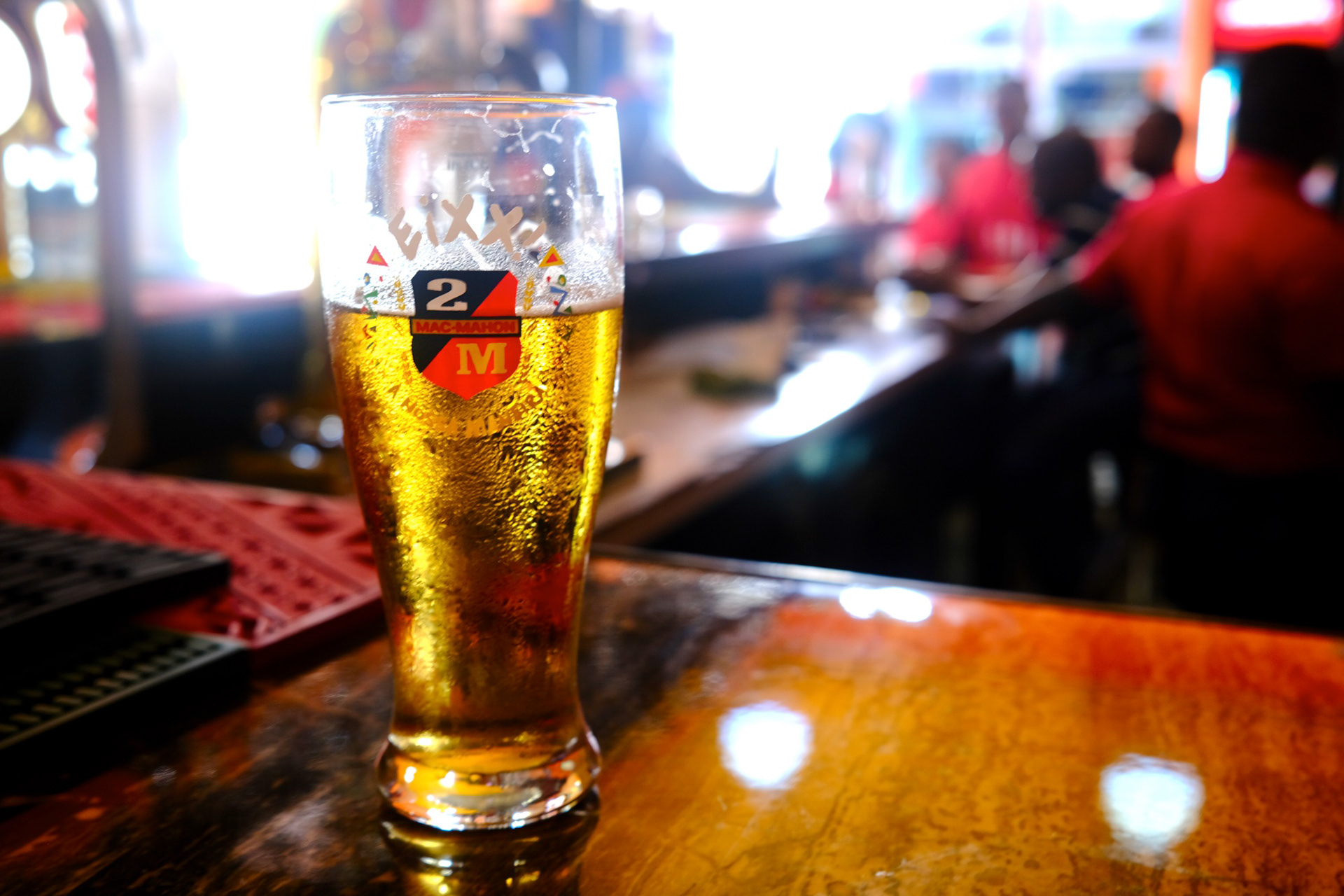
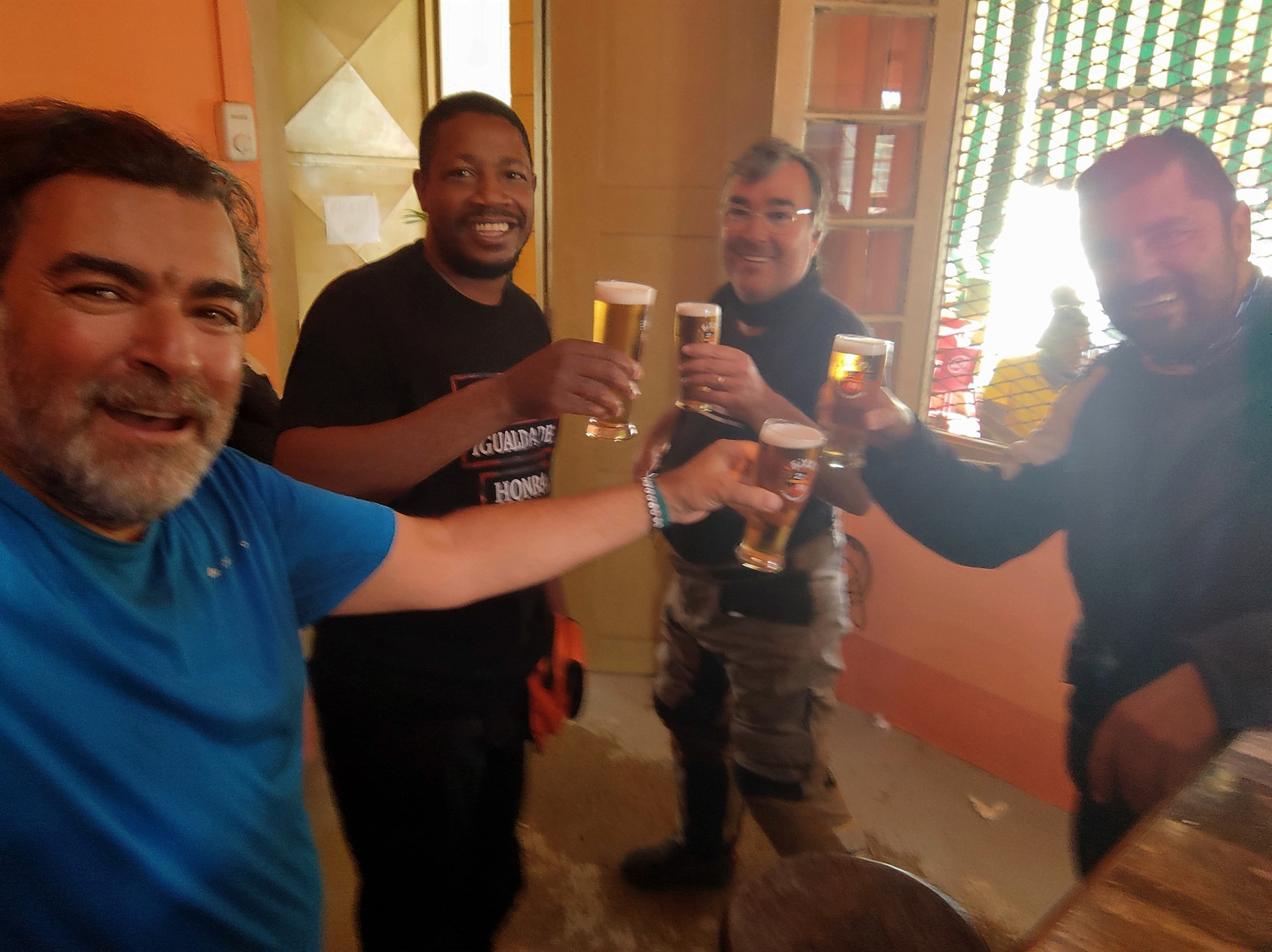
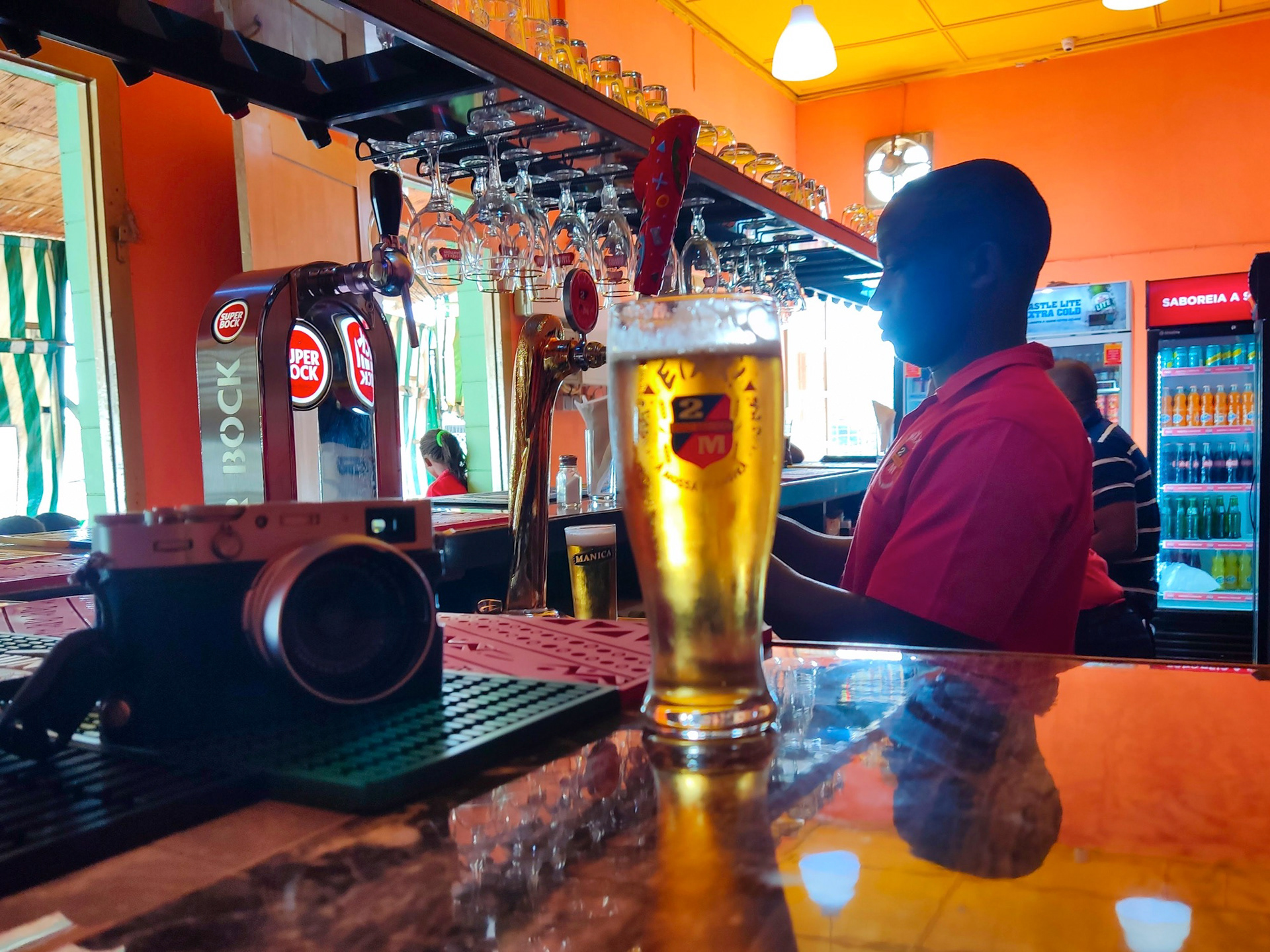
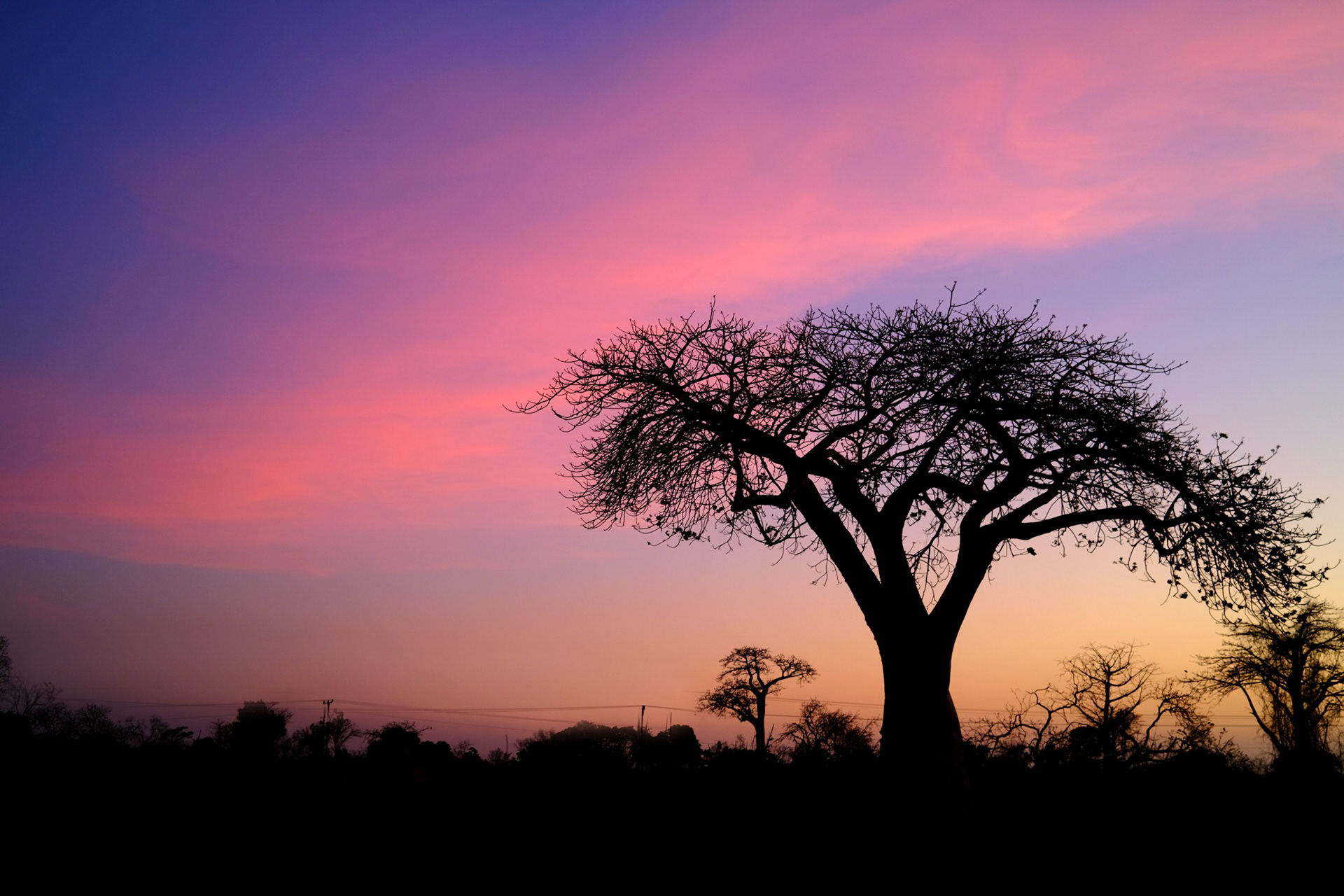
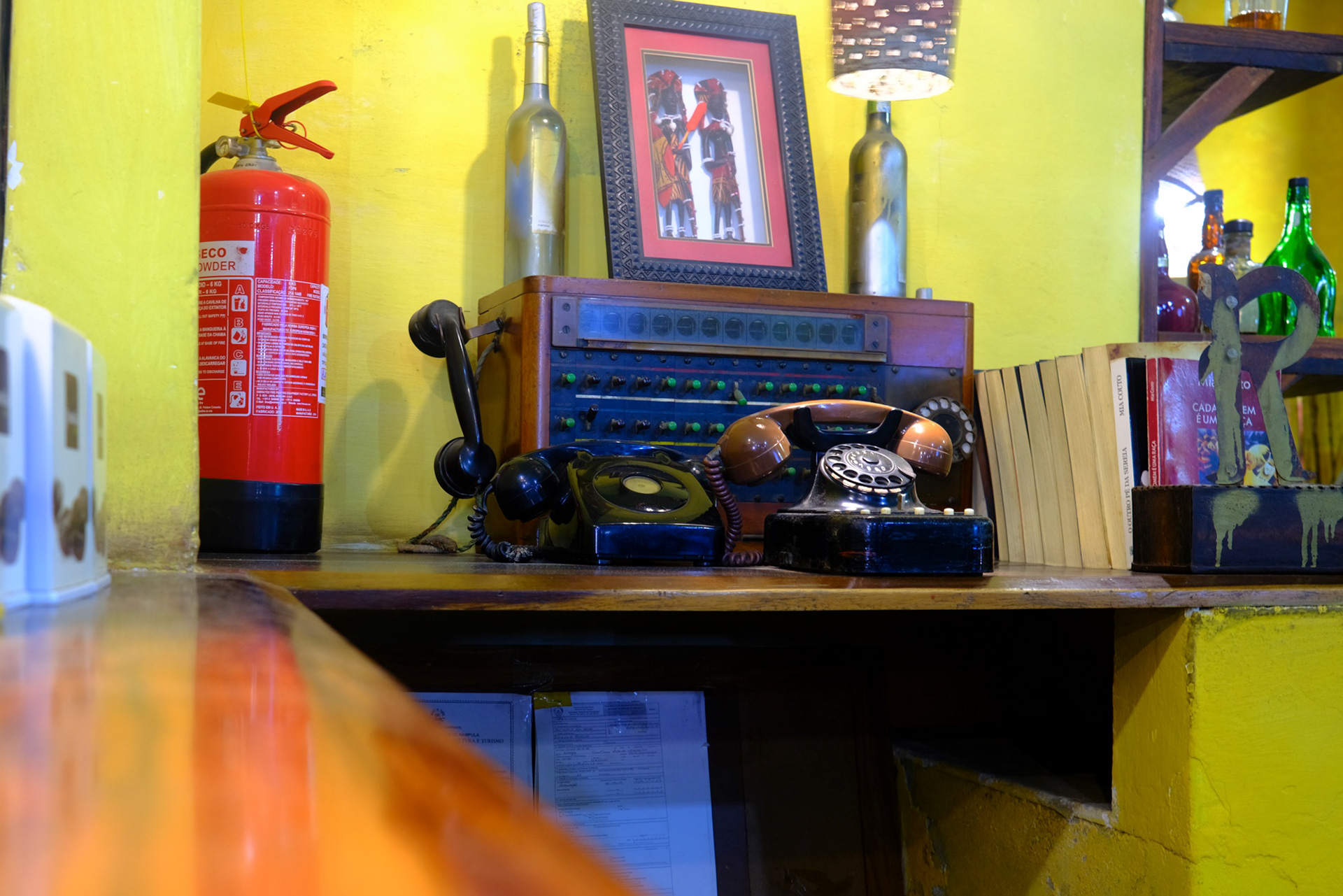
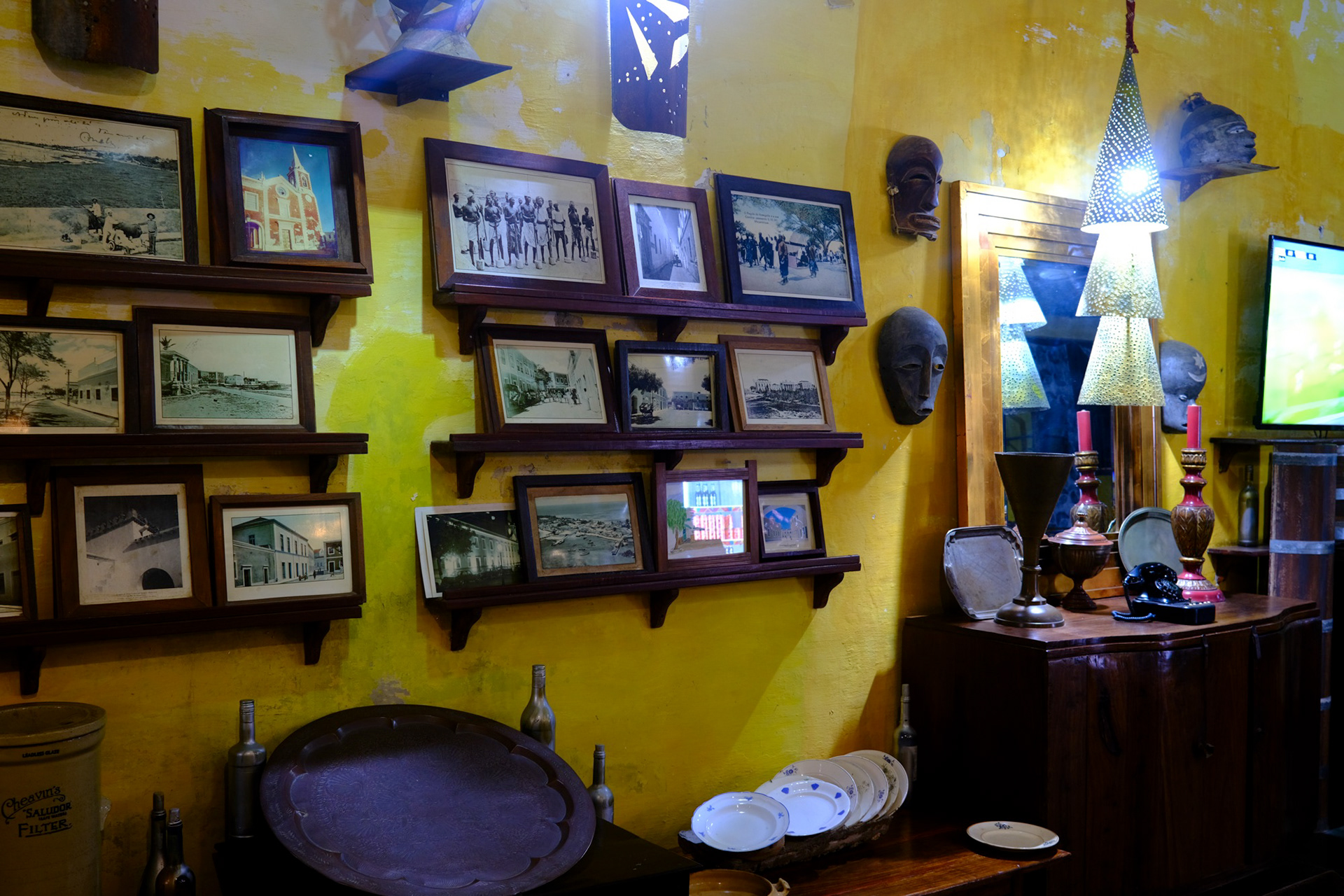
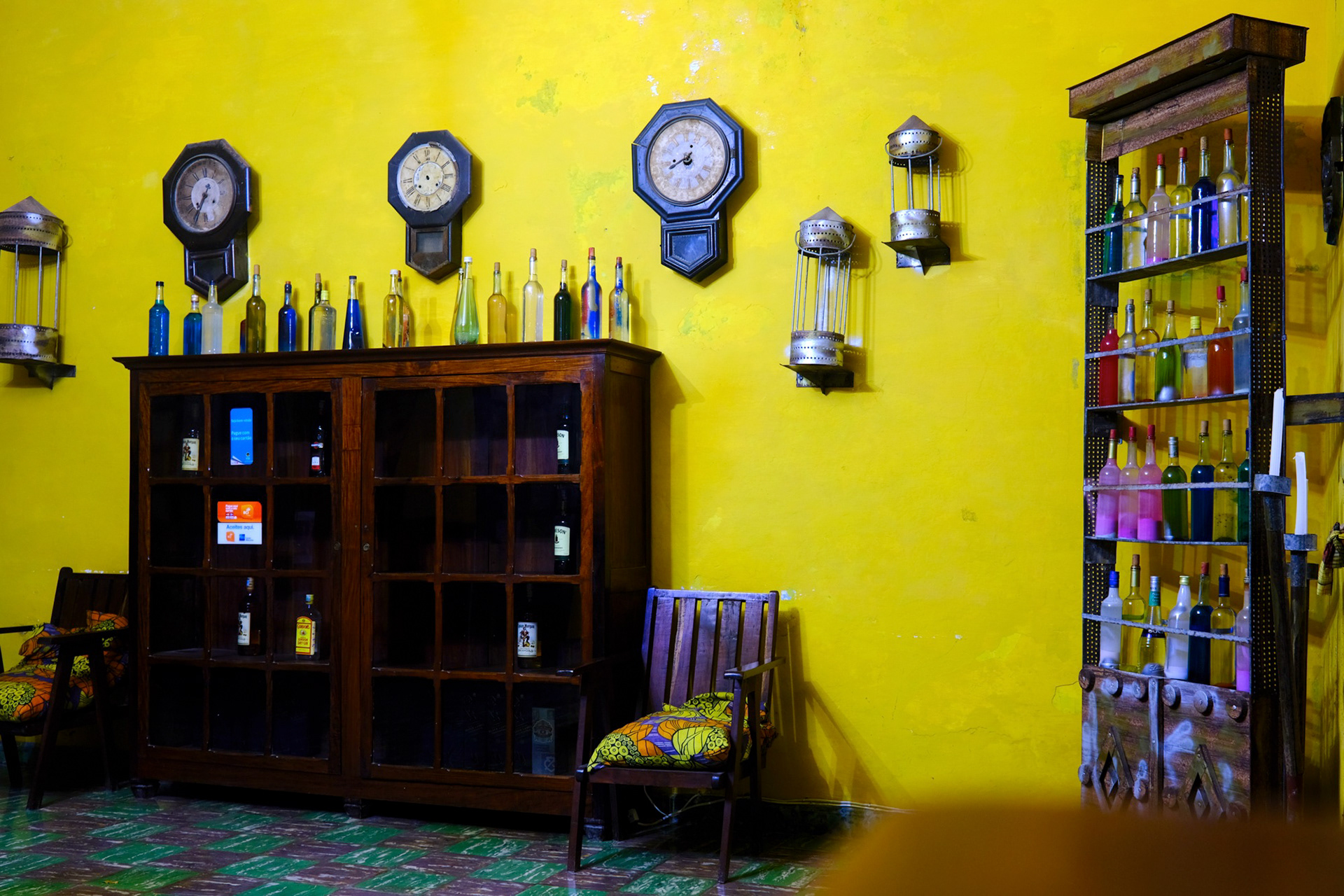
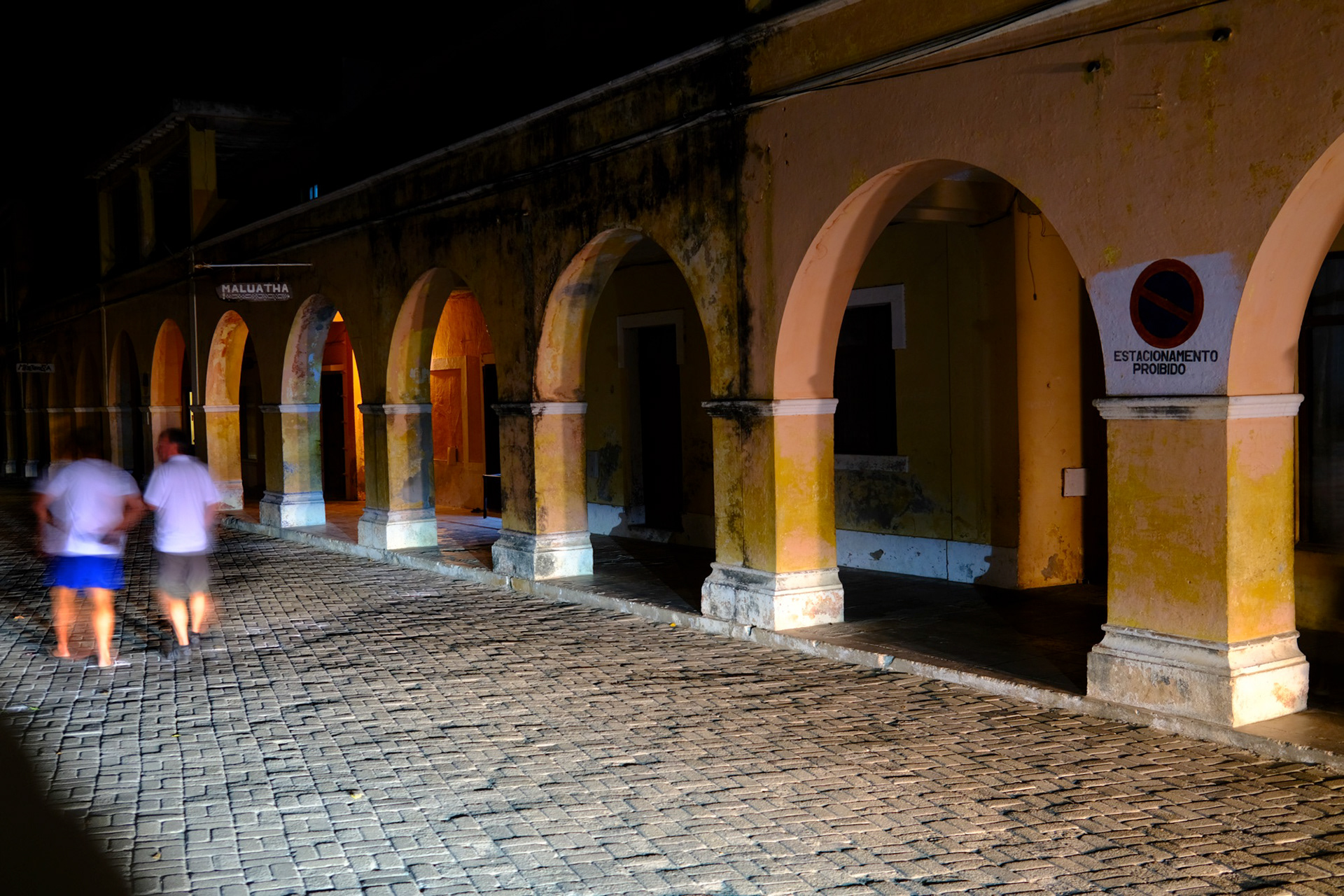
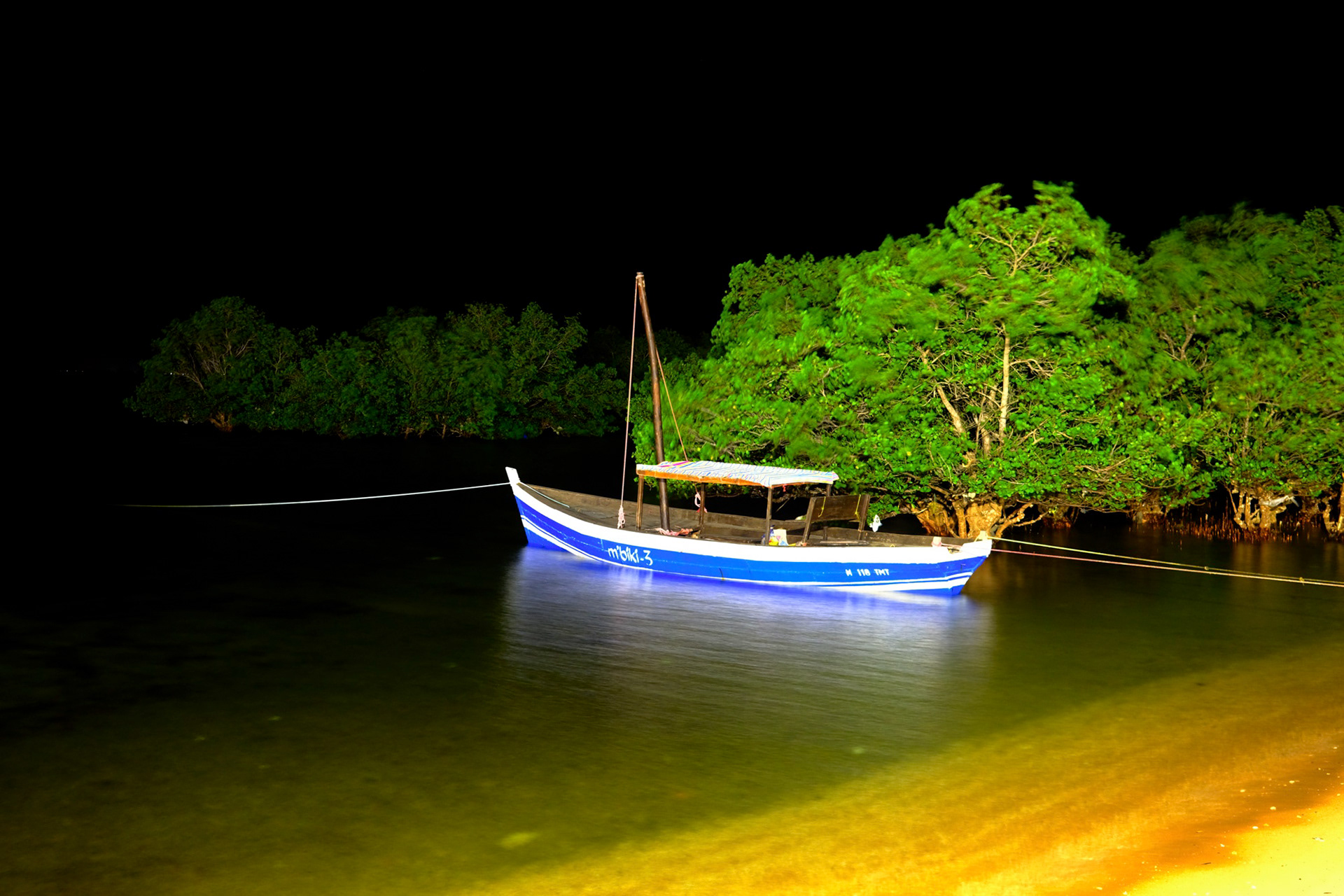
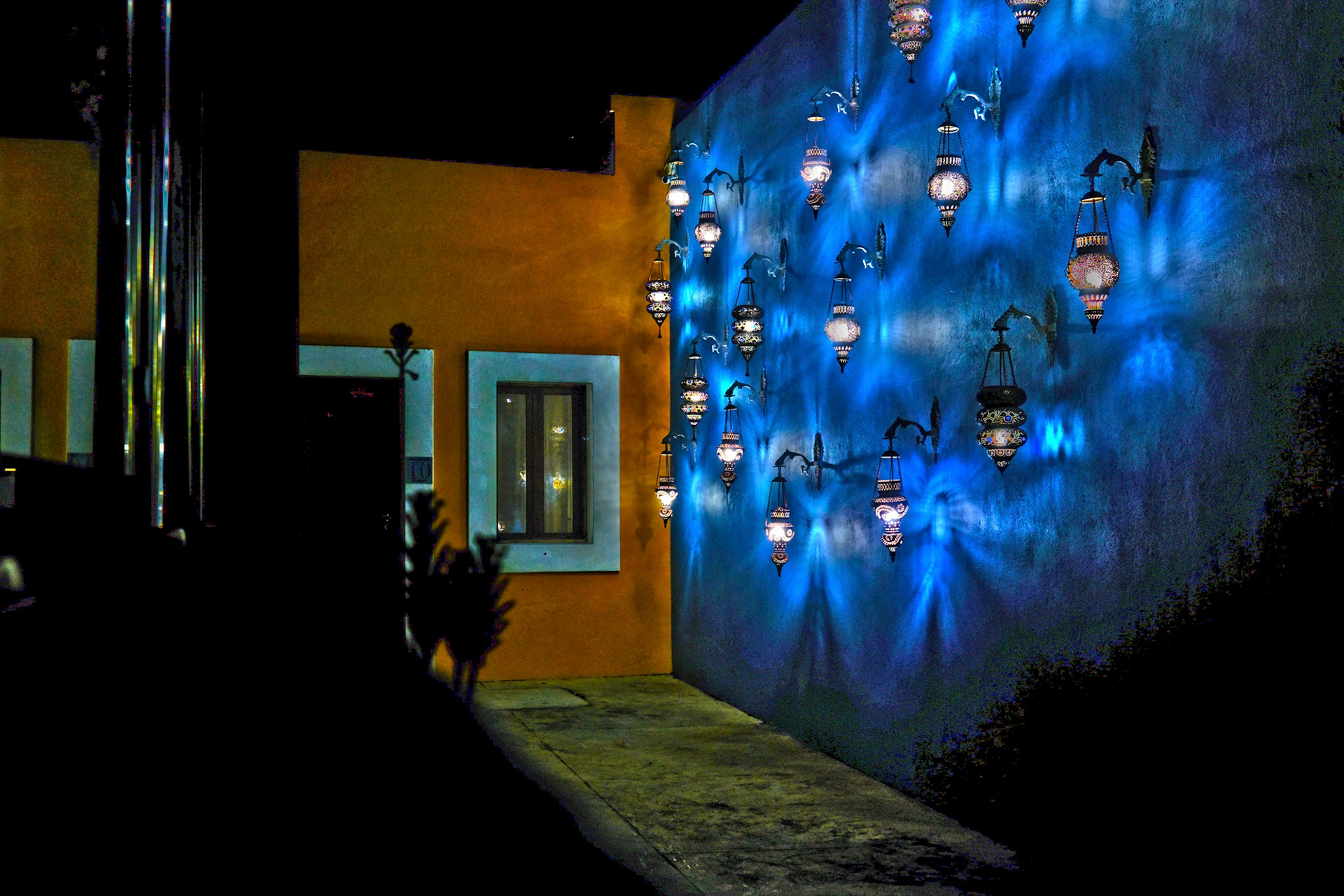
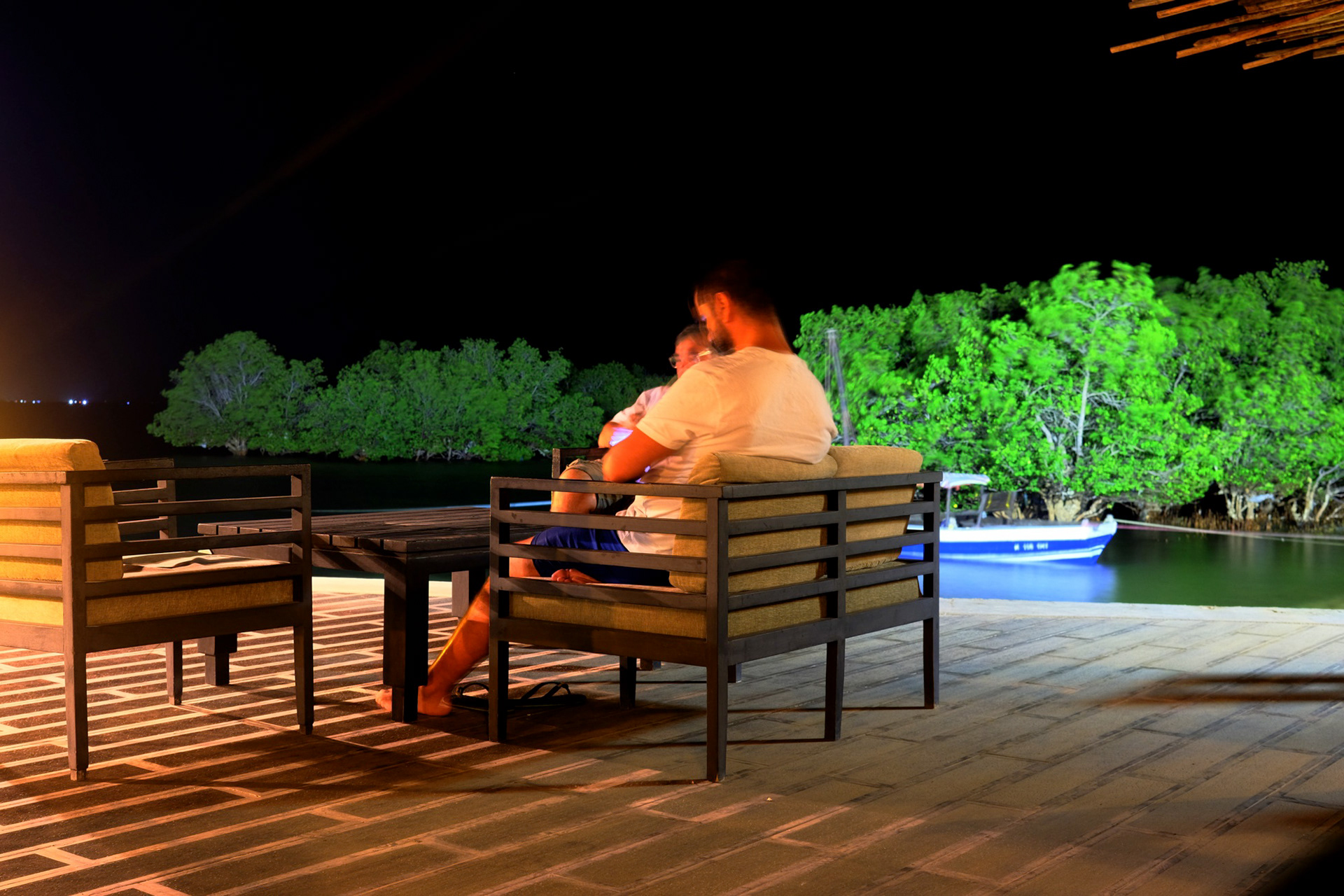
Day 16 Ilha de Moçambique
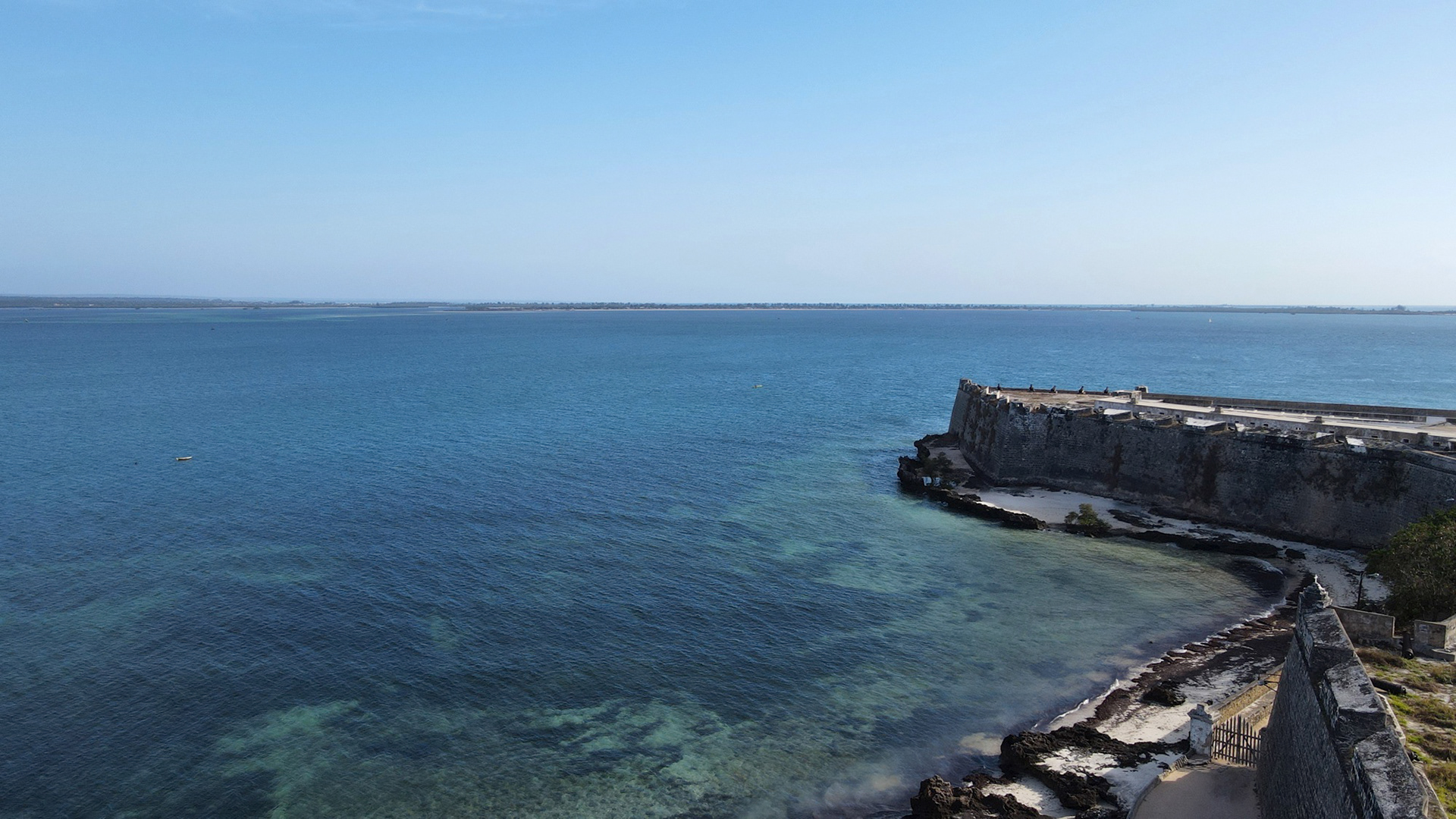
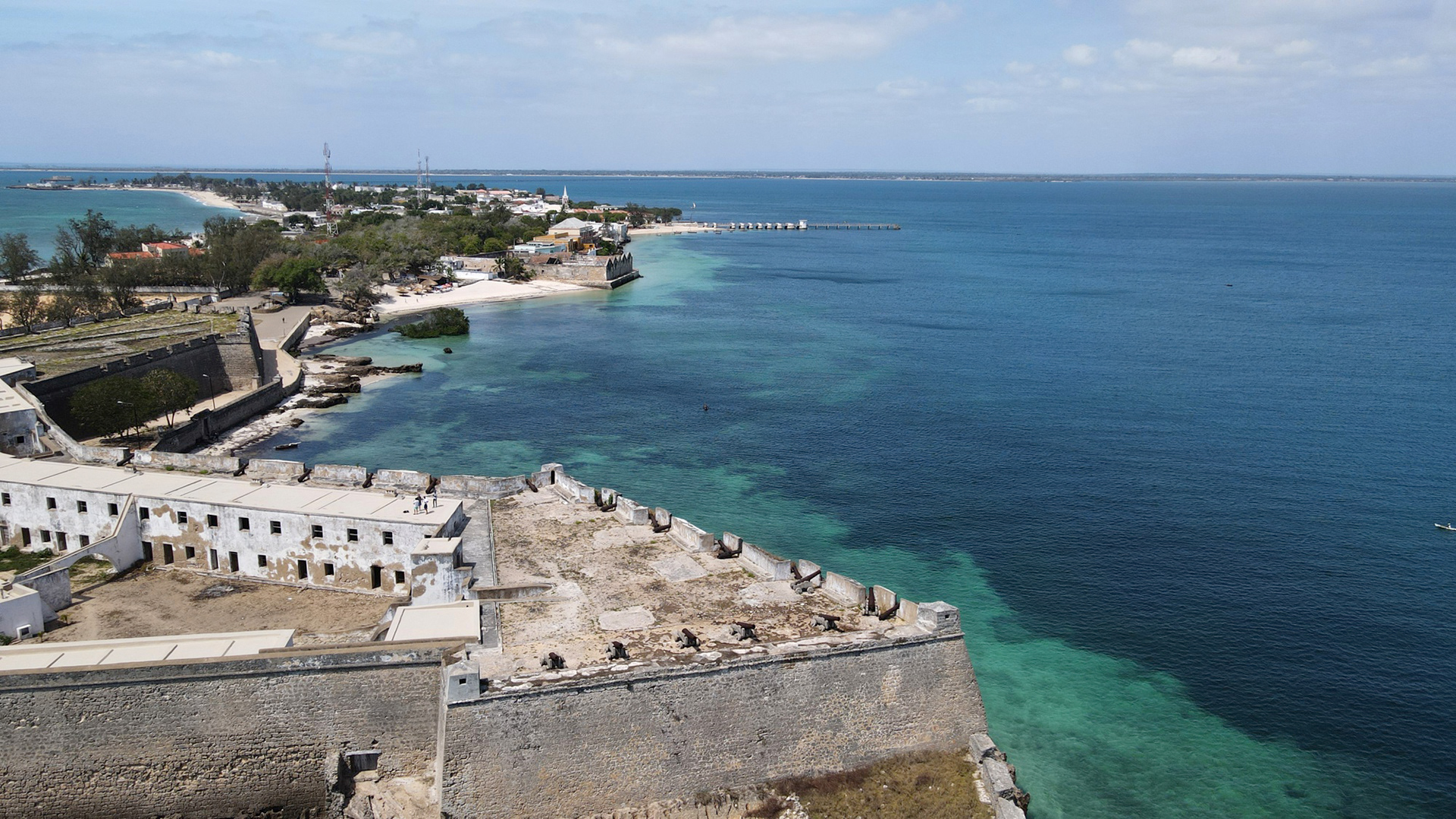
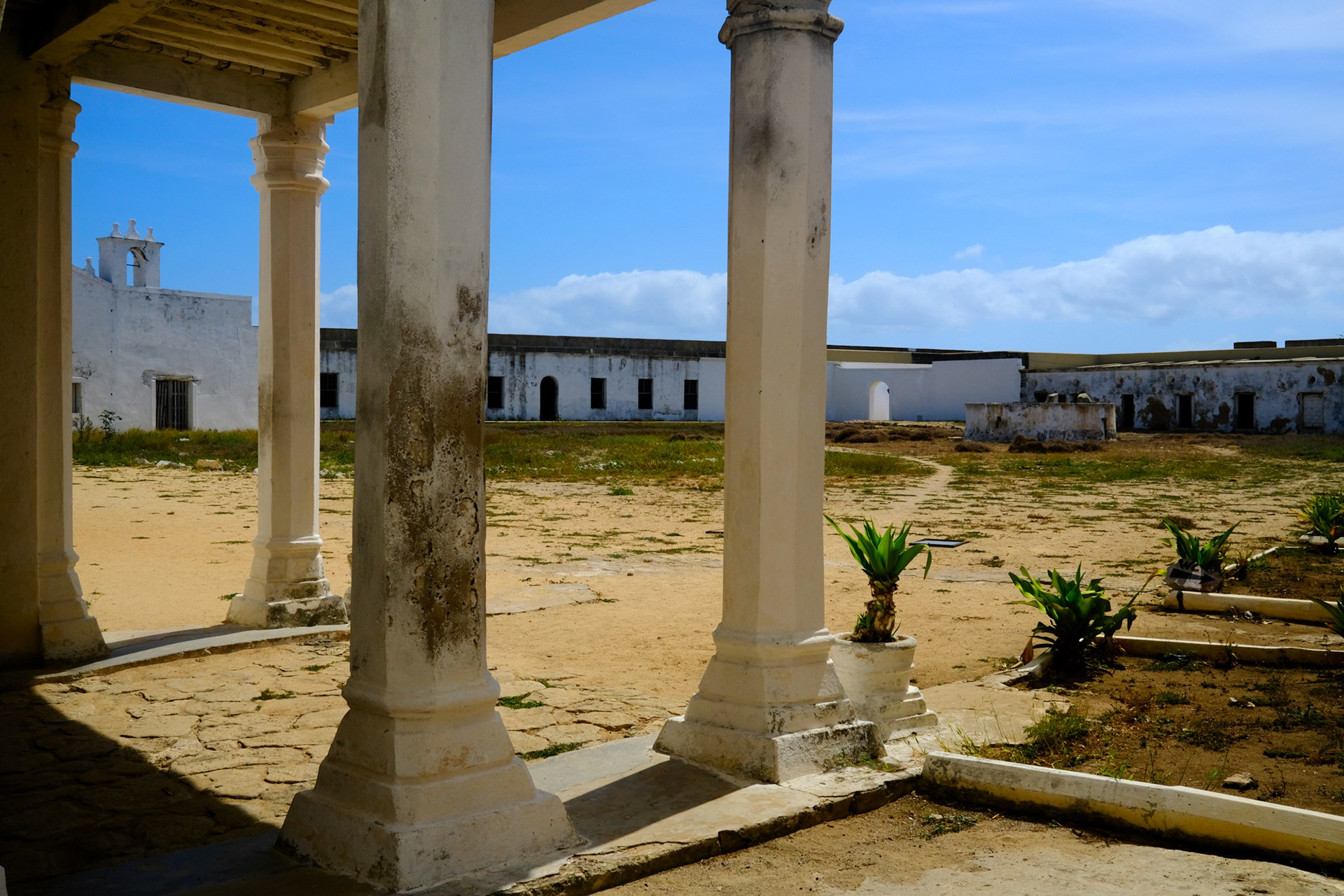
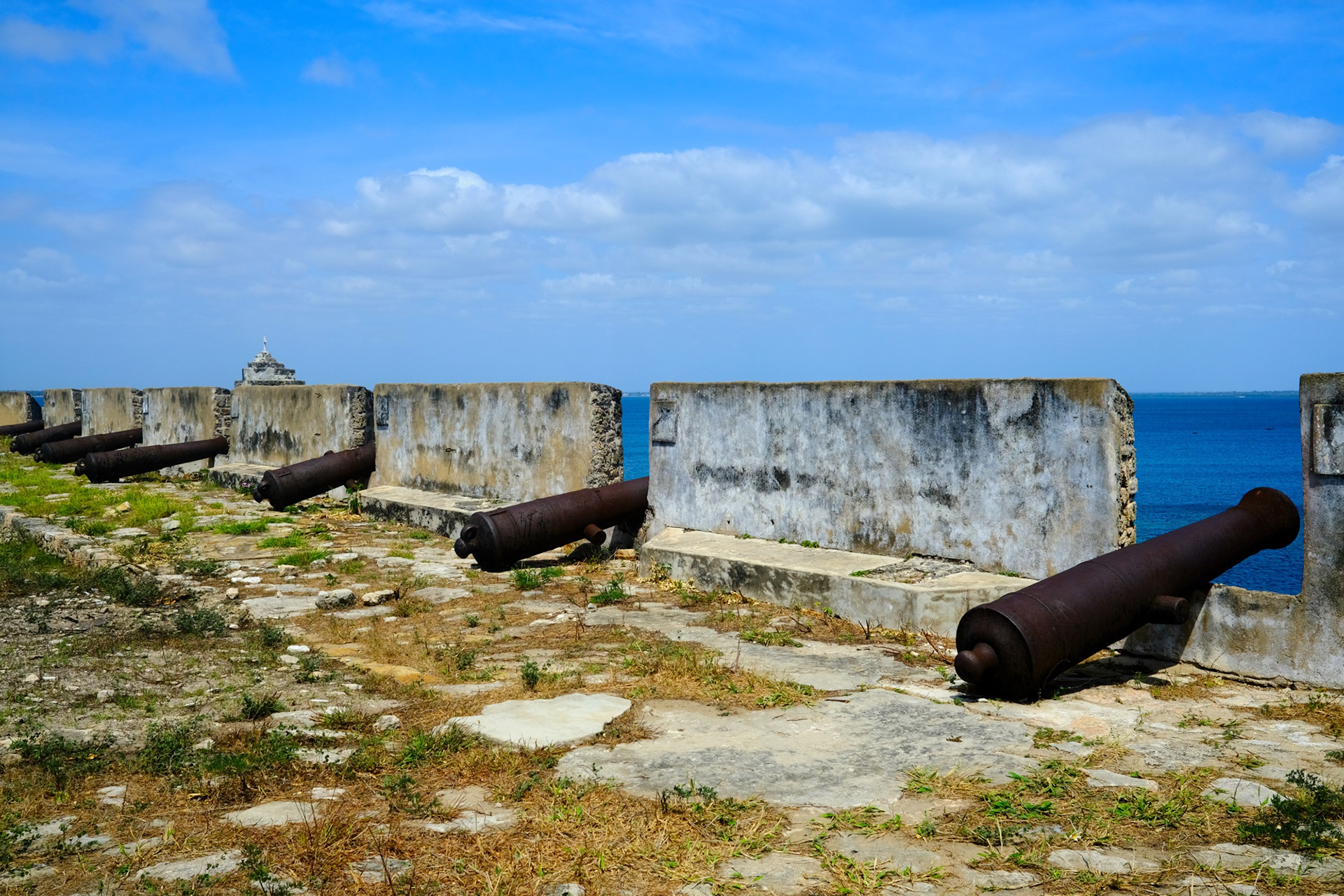
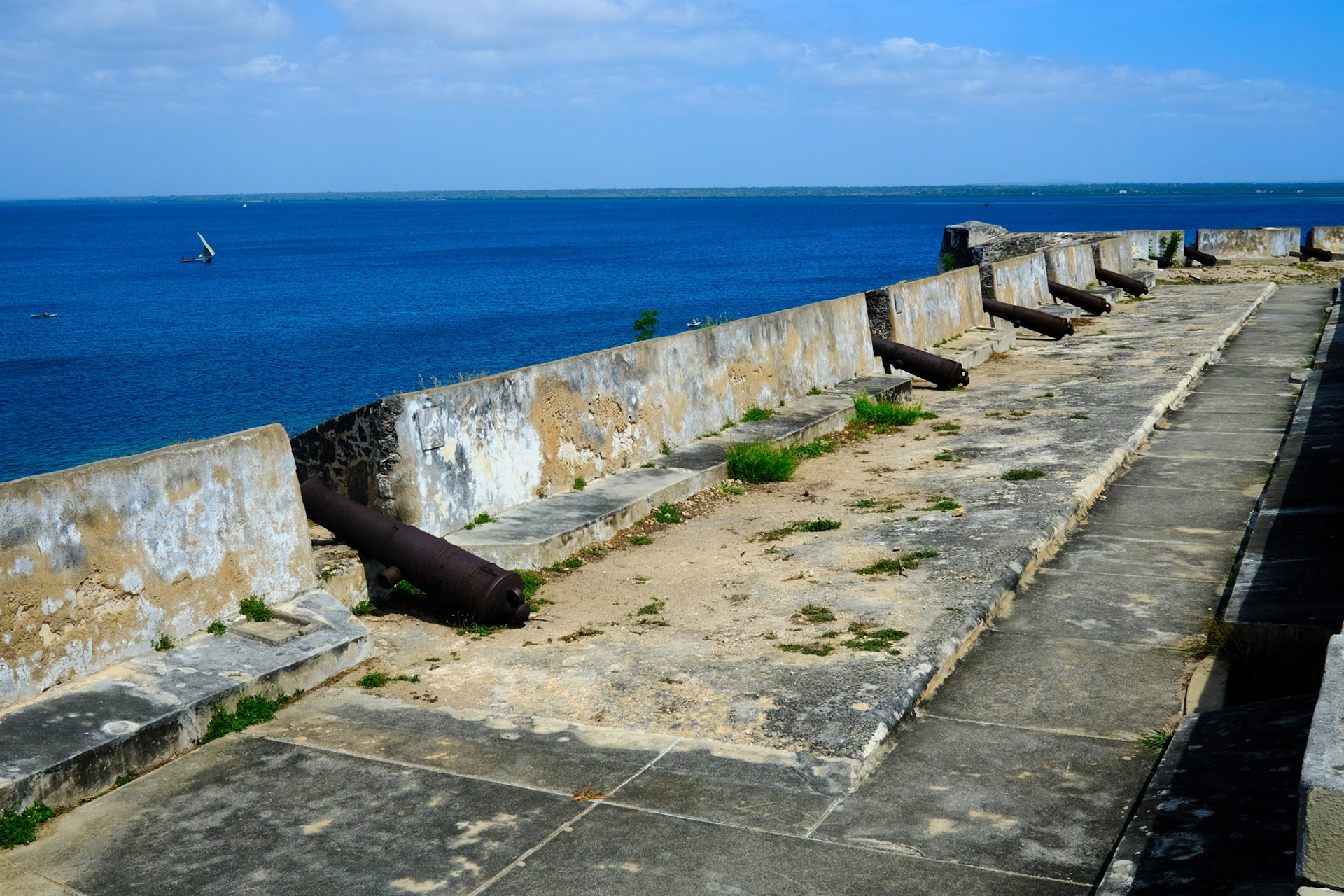
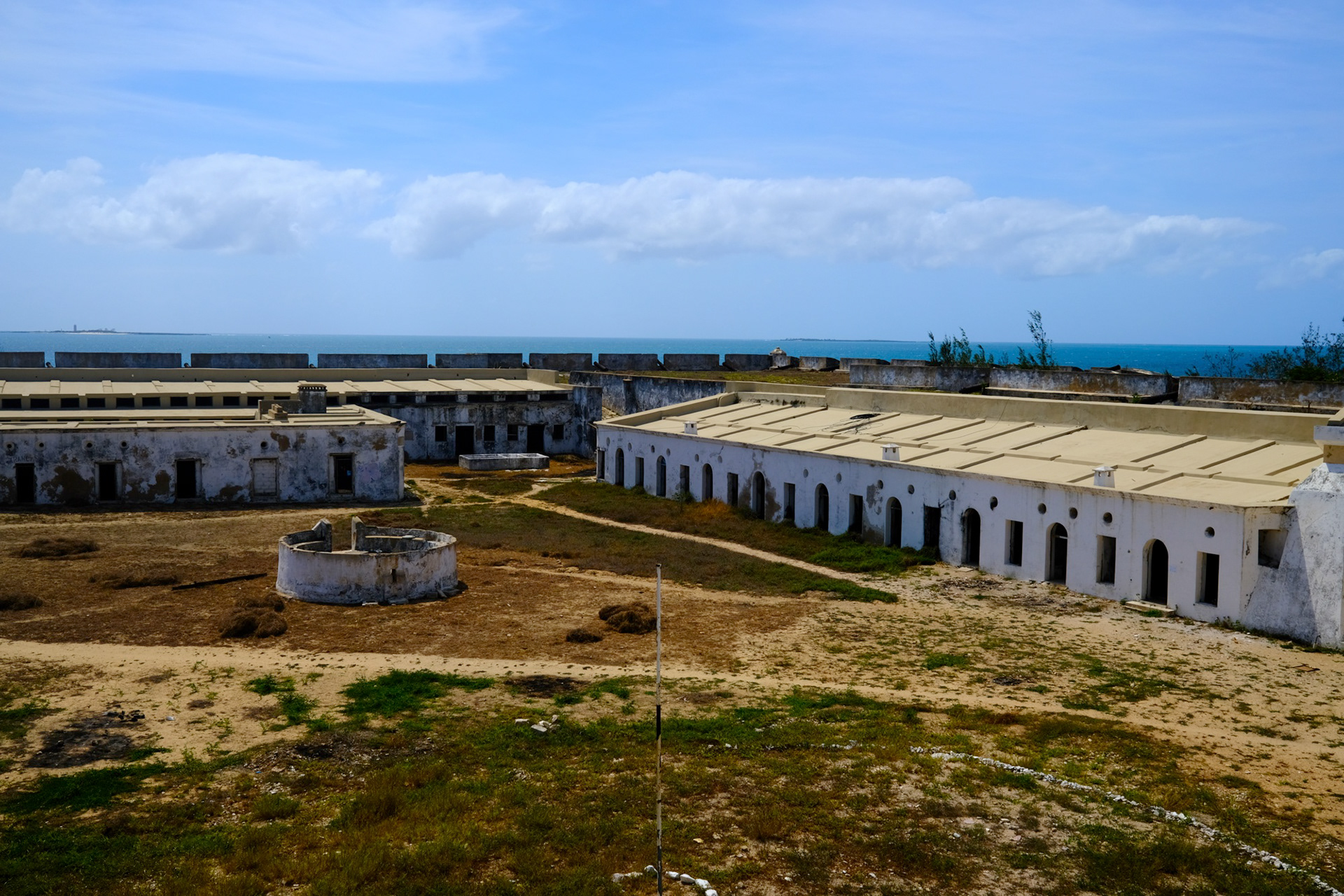
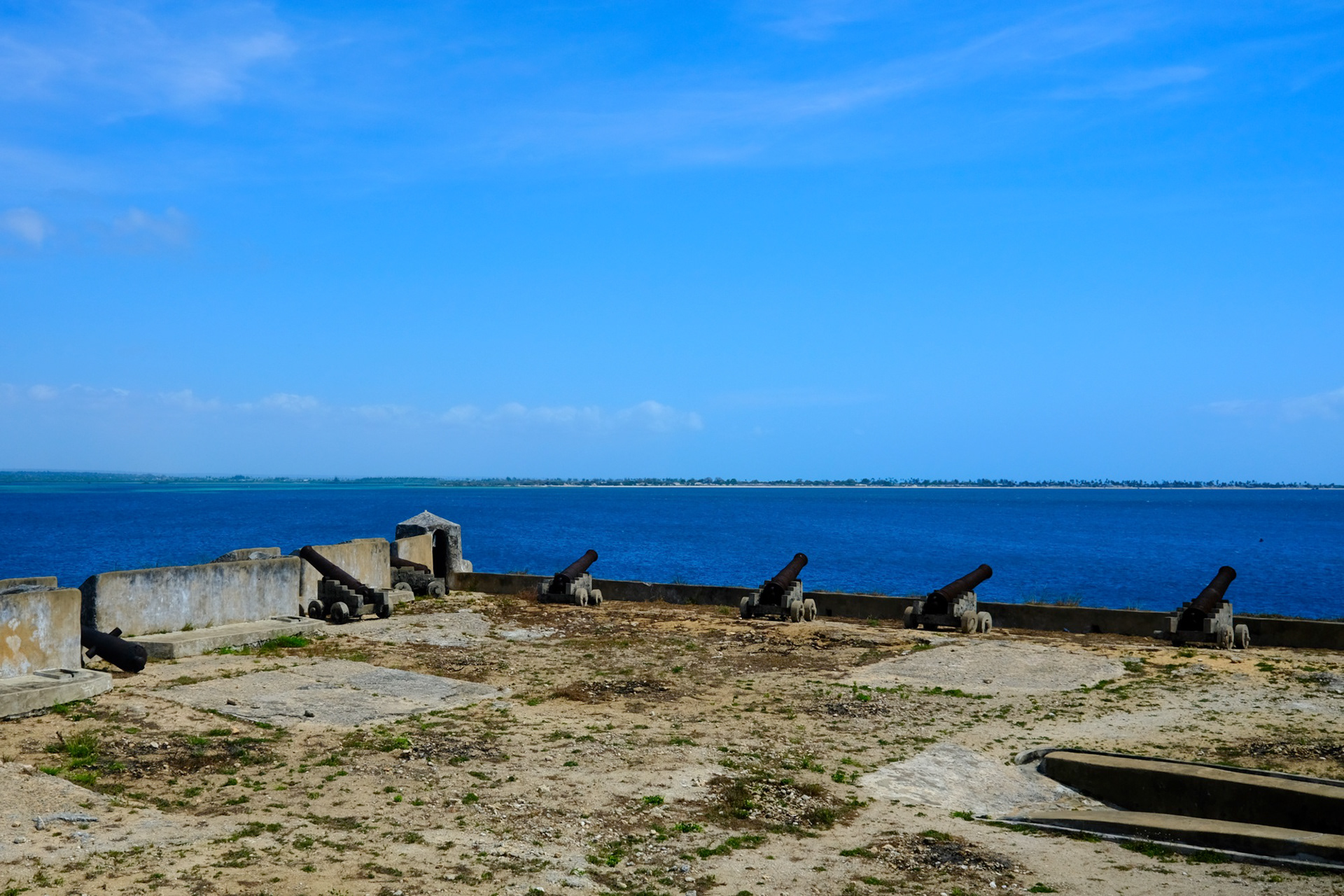
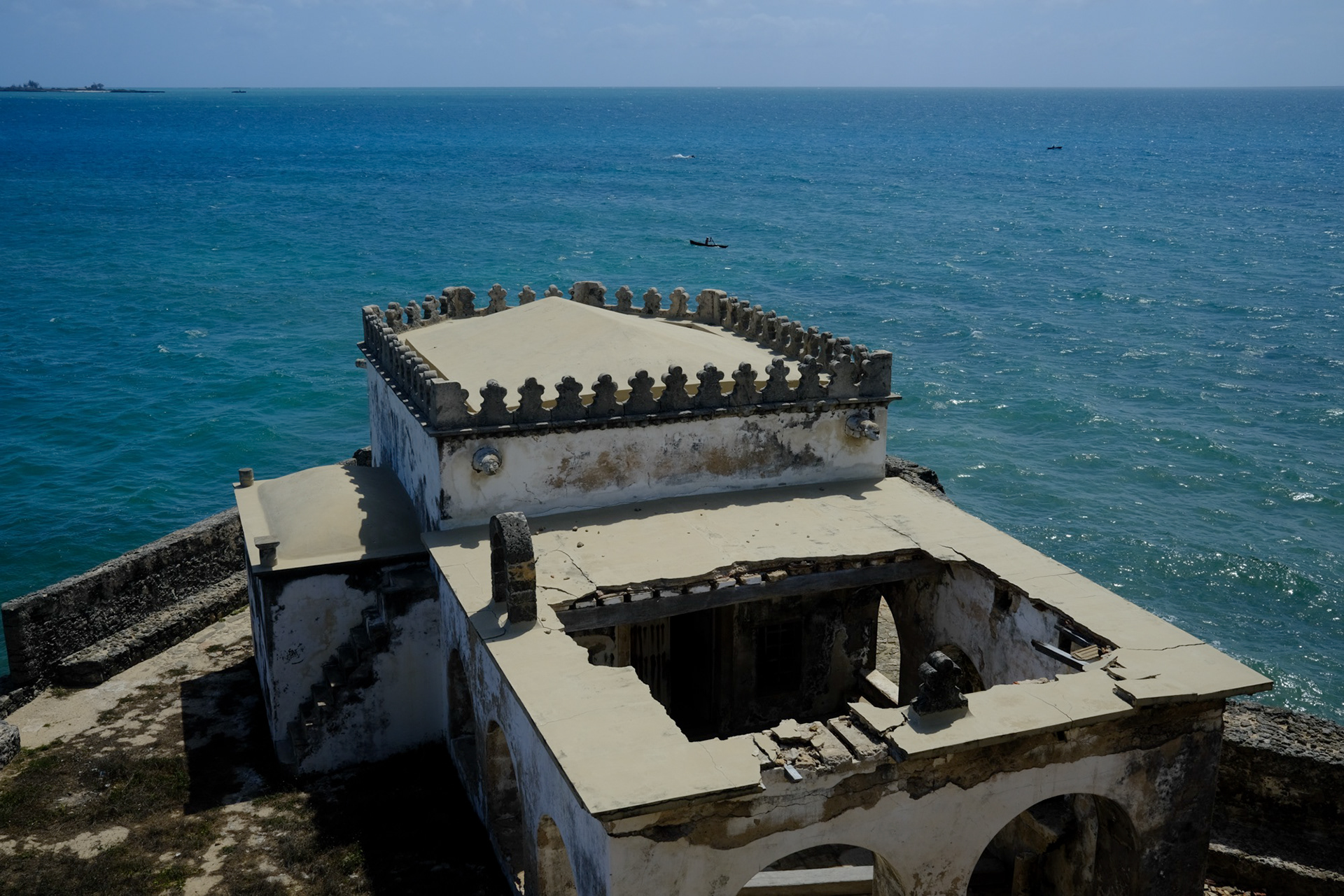
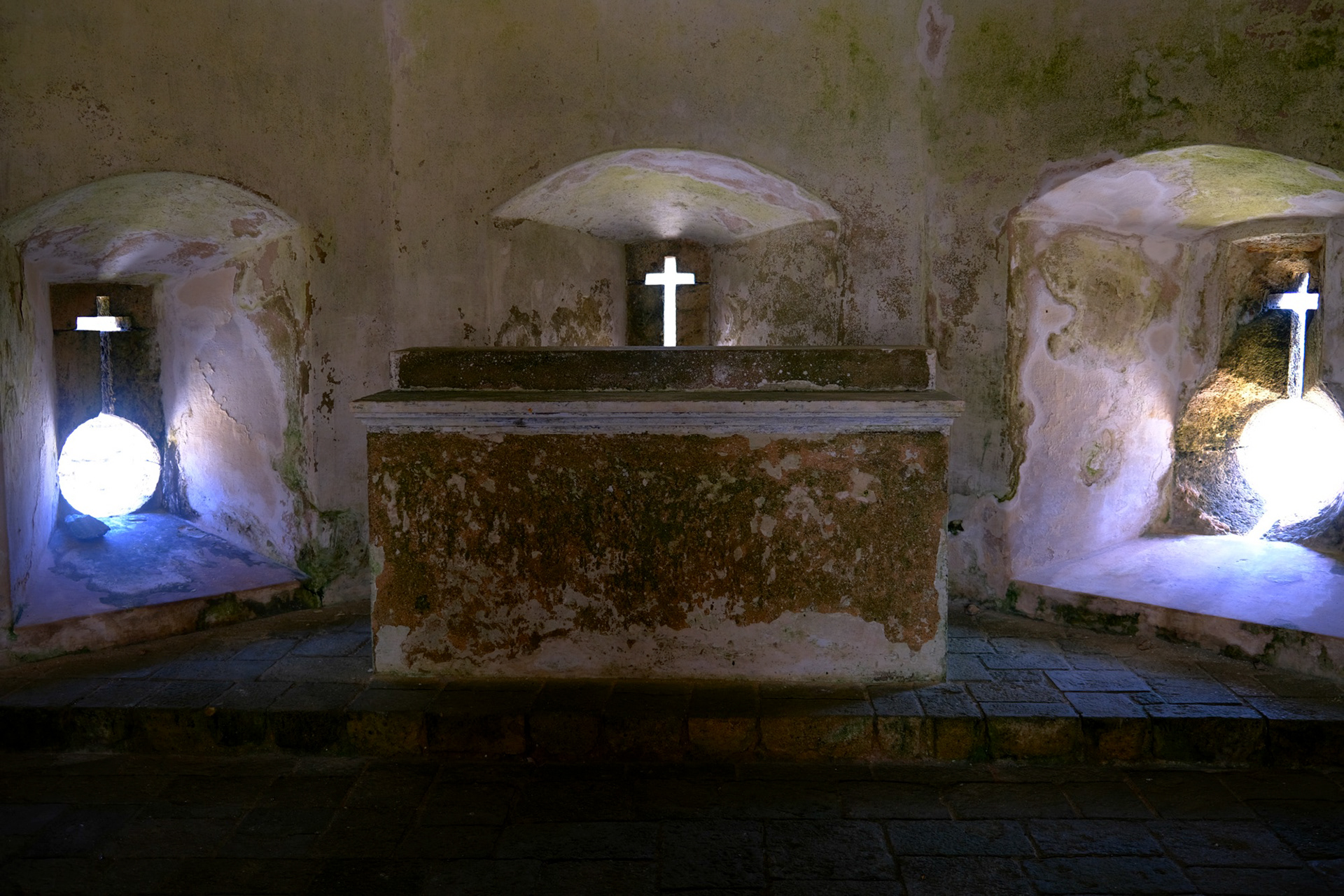
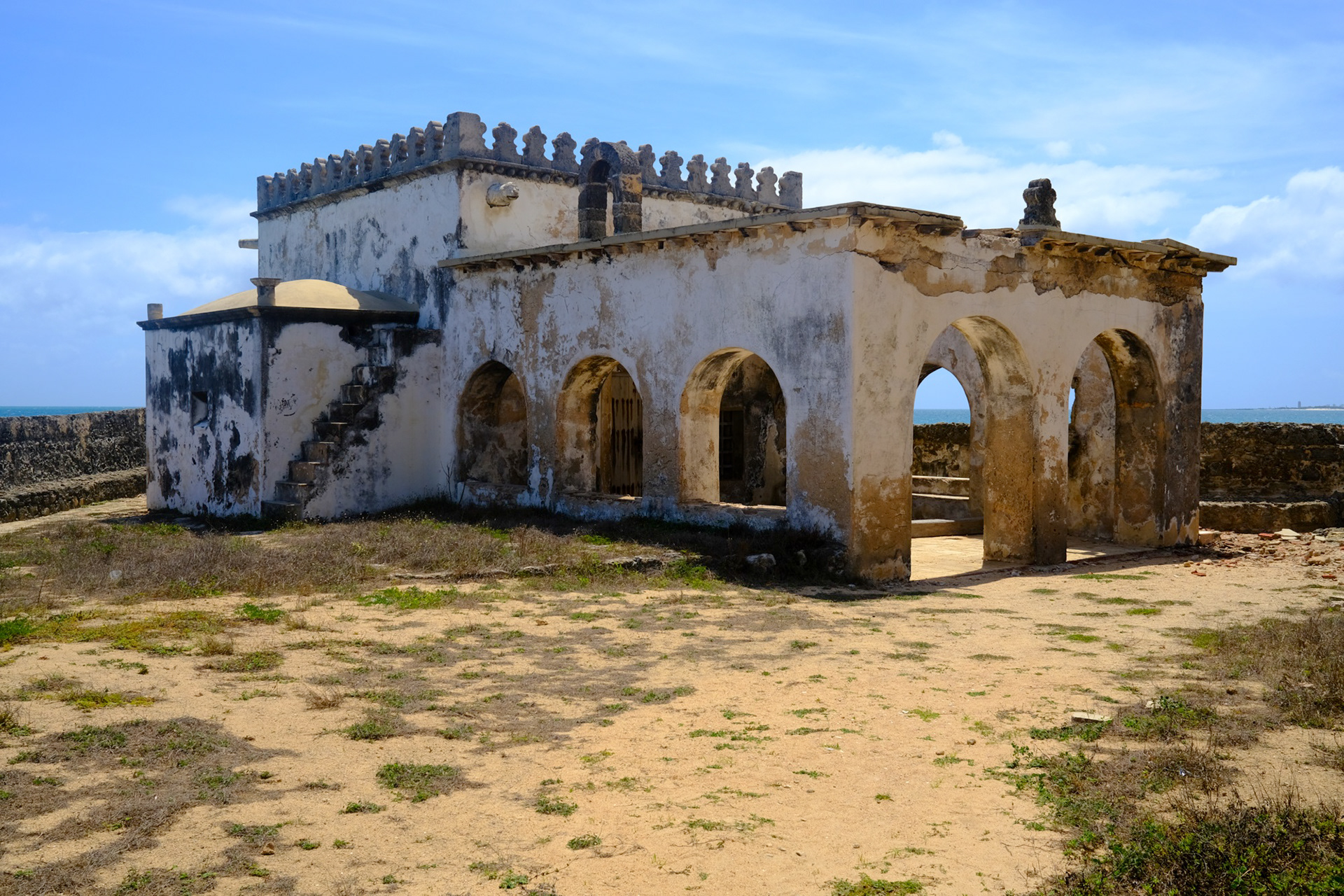
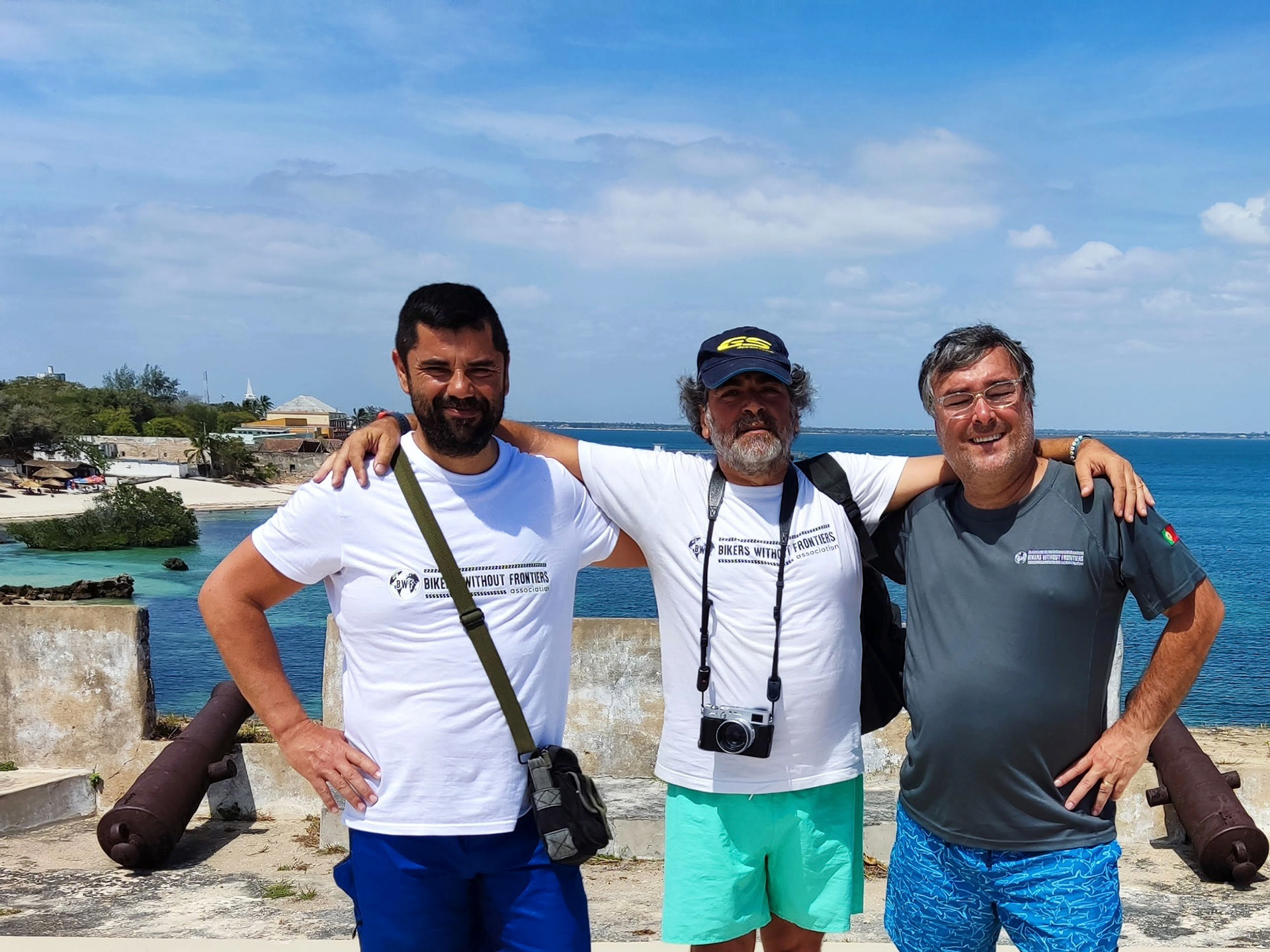
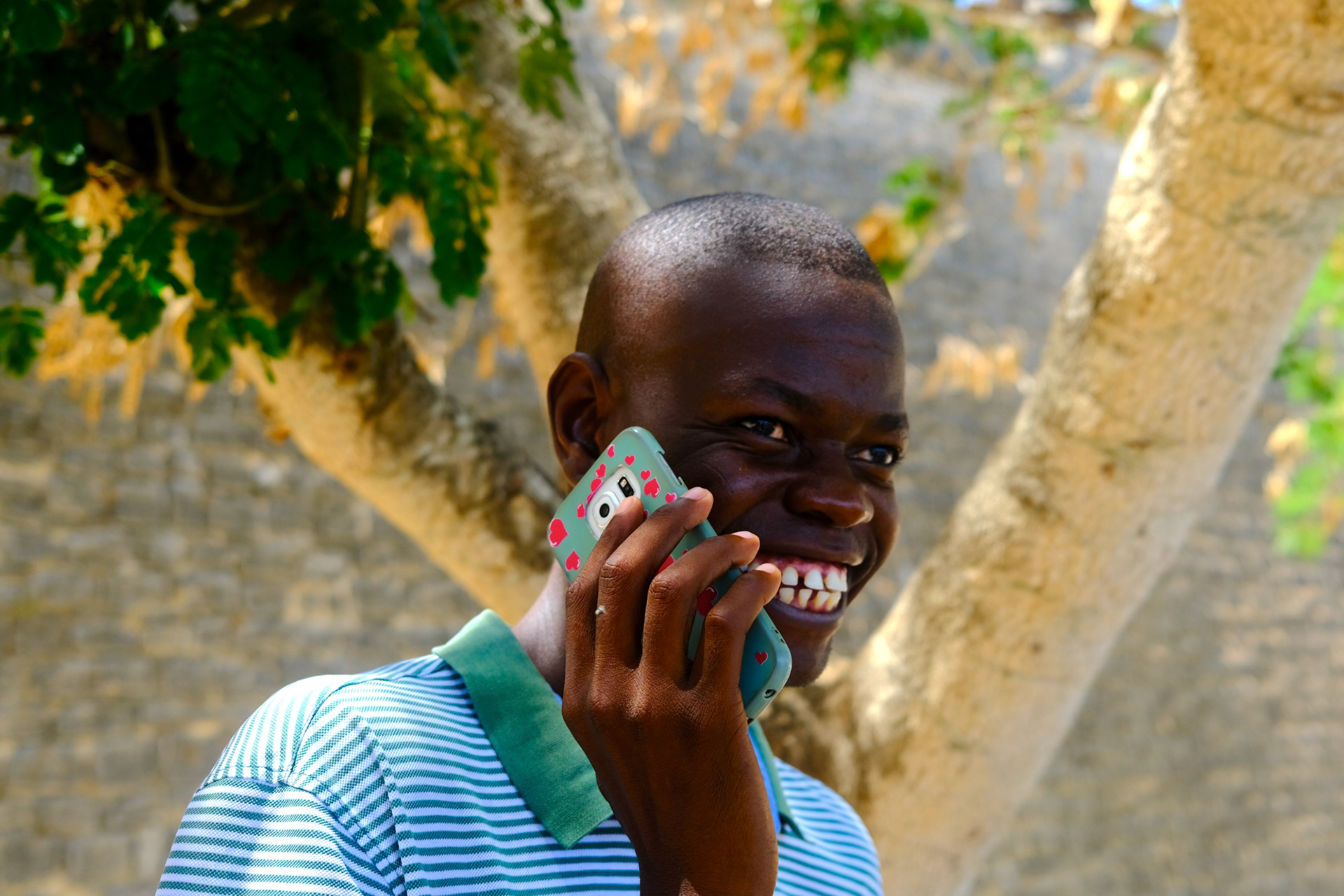
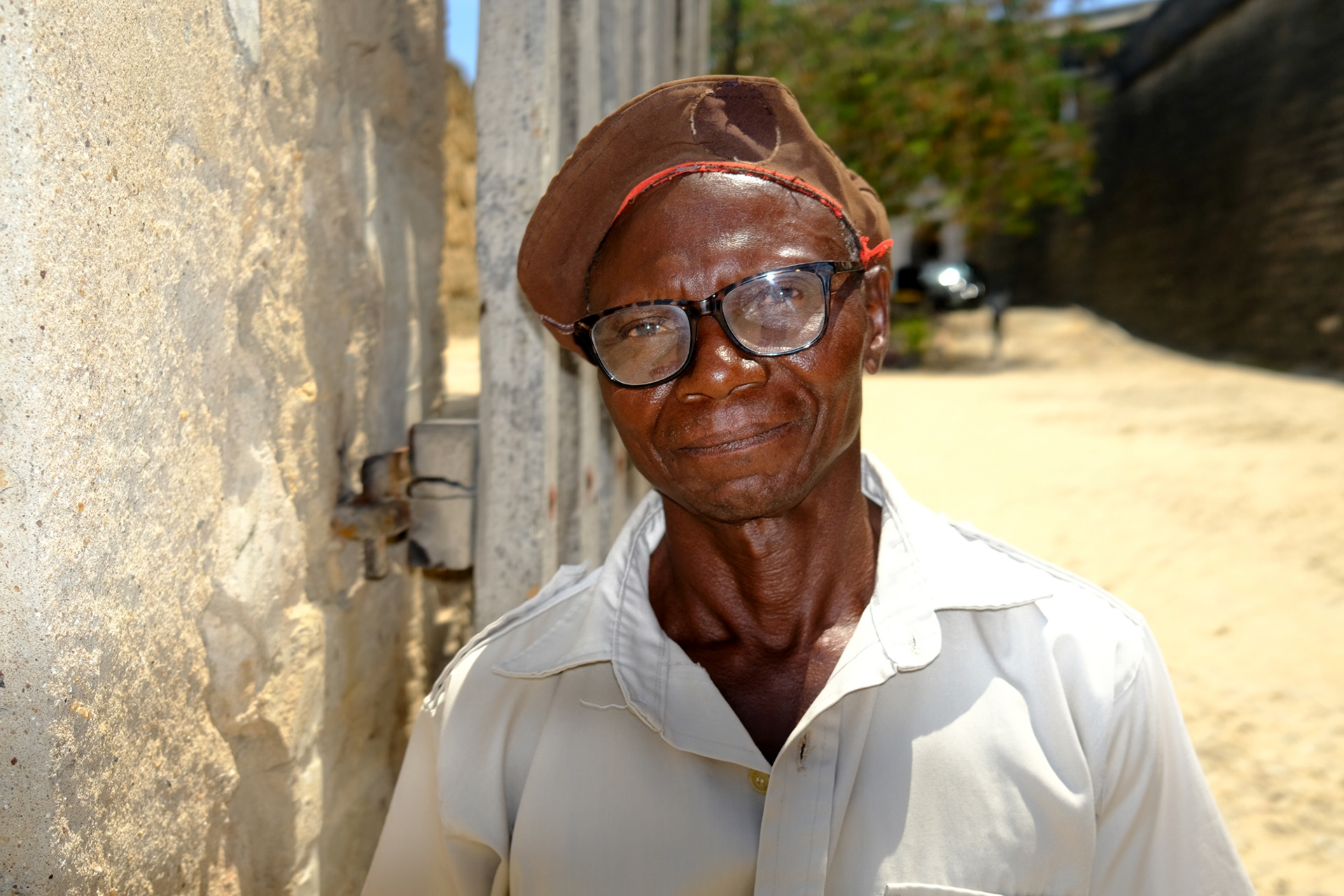
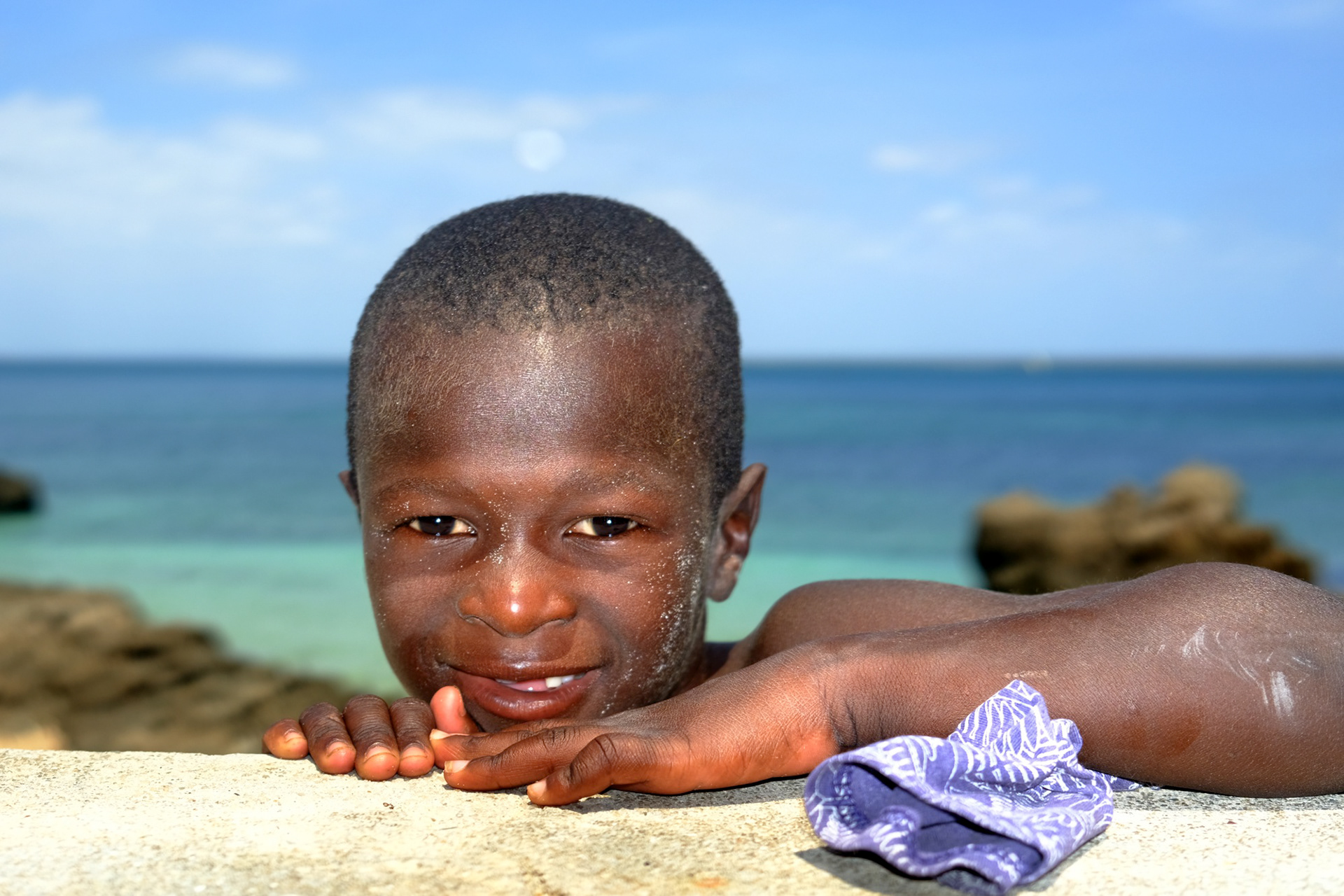
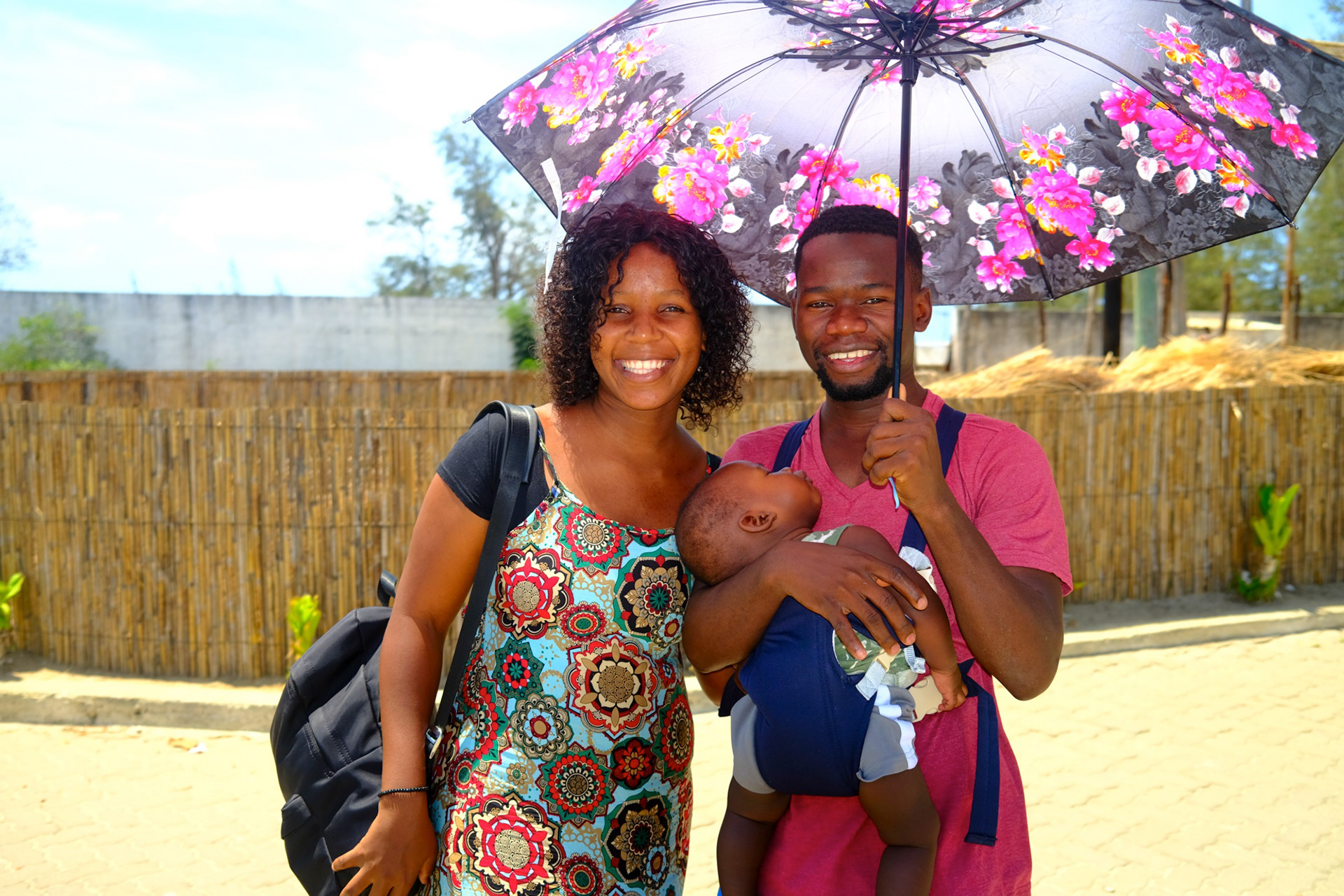
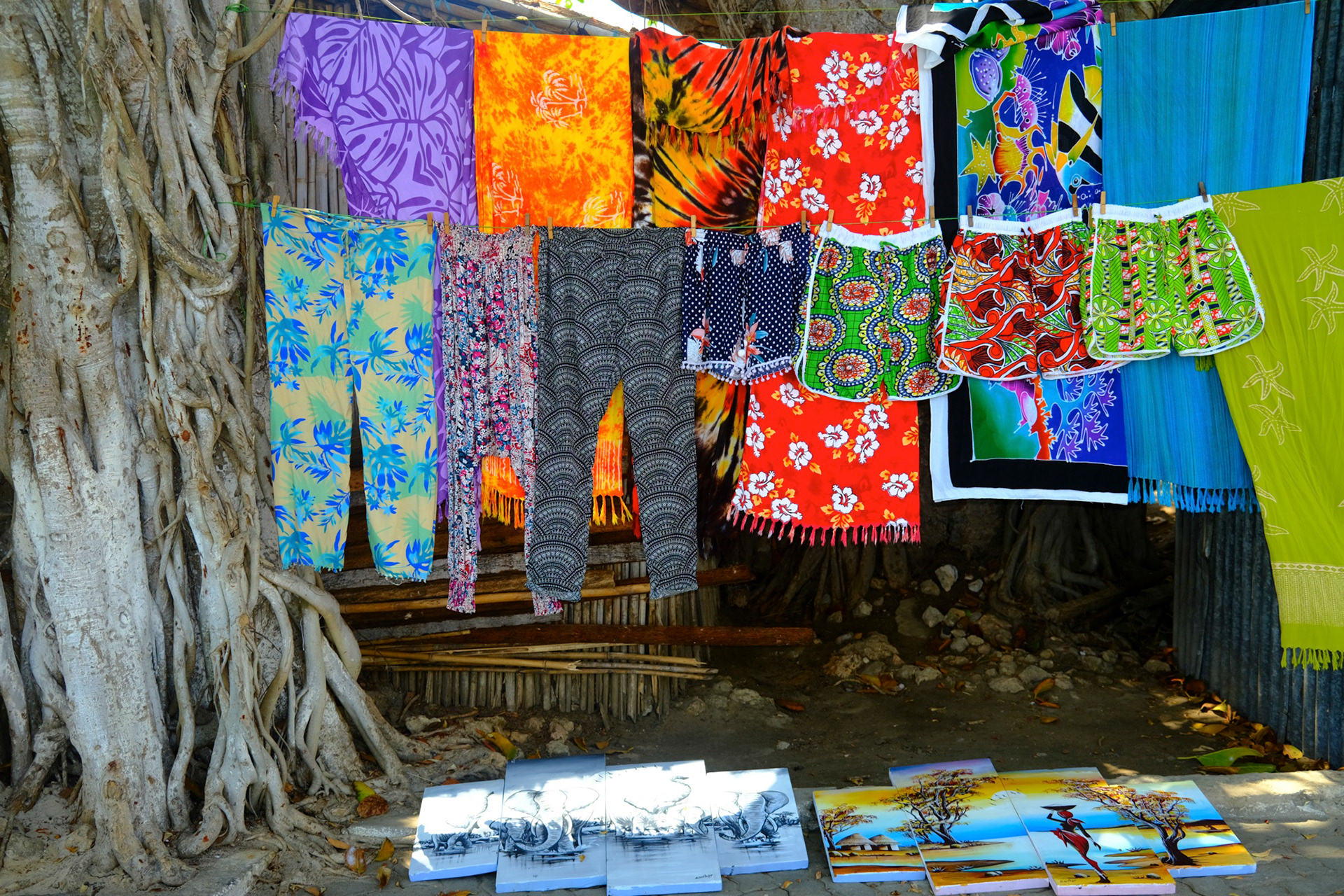
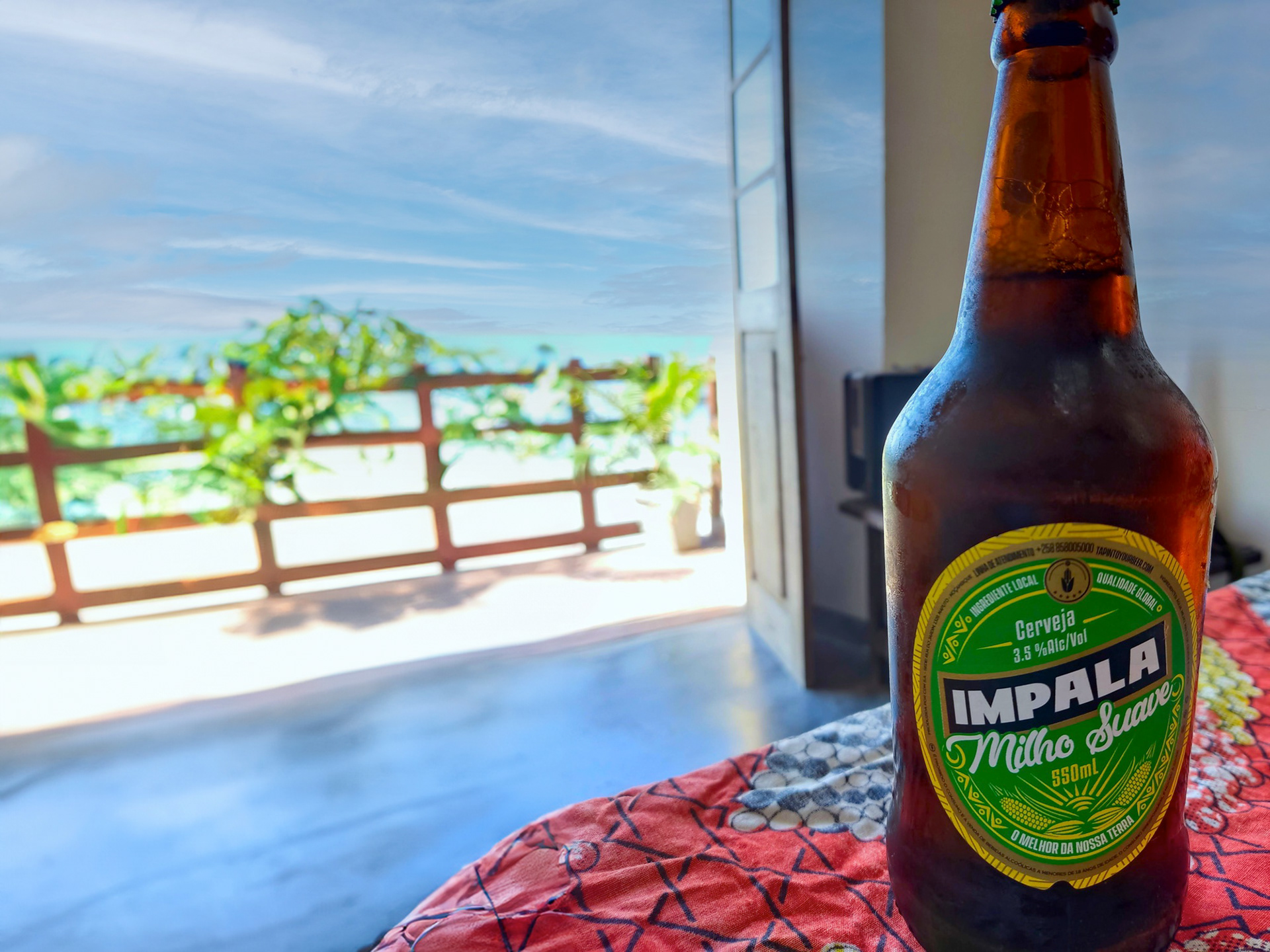
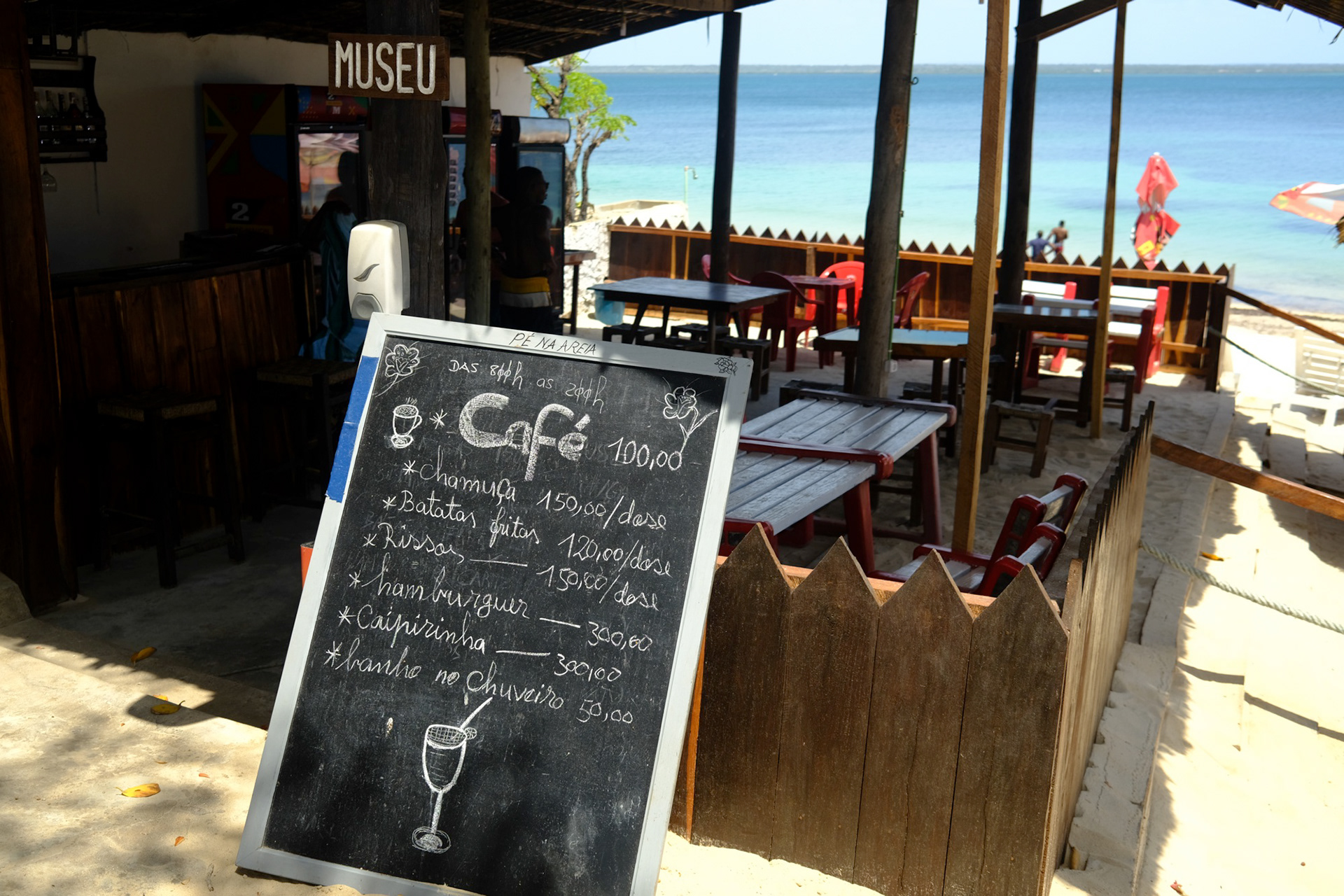
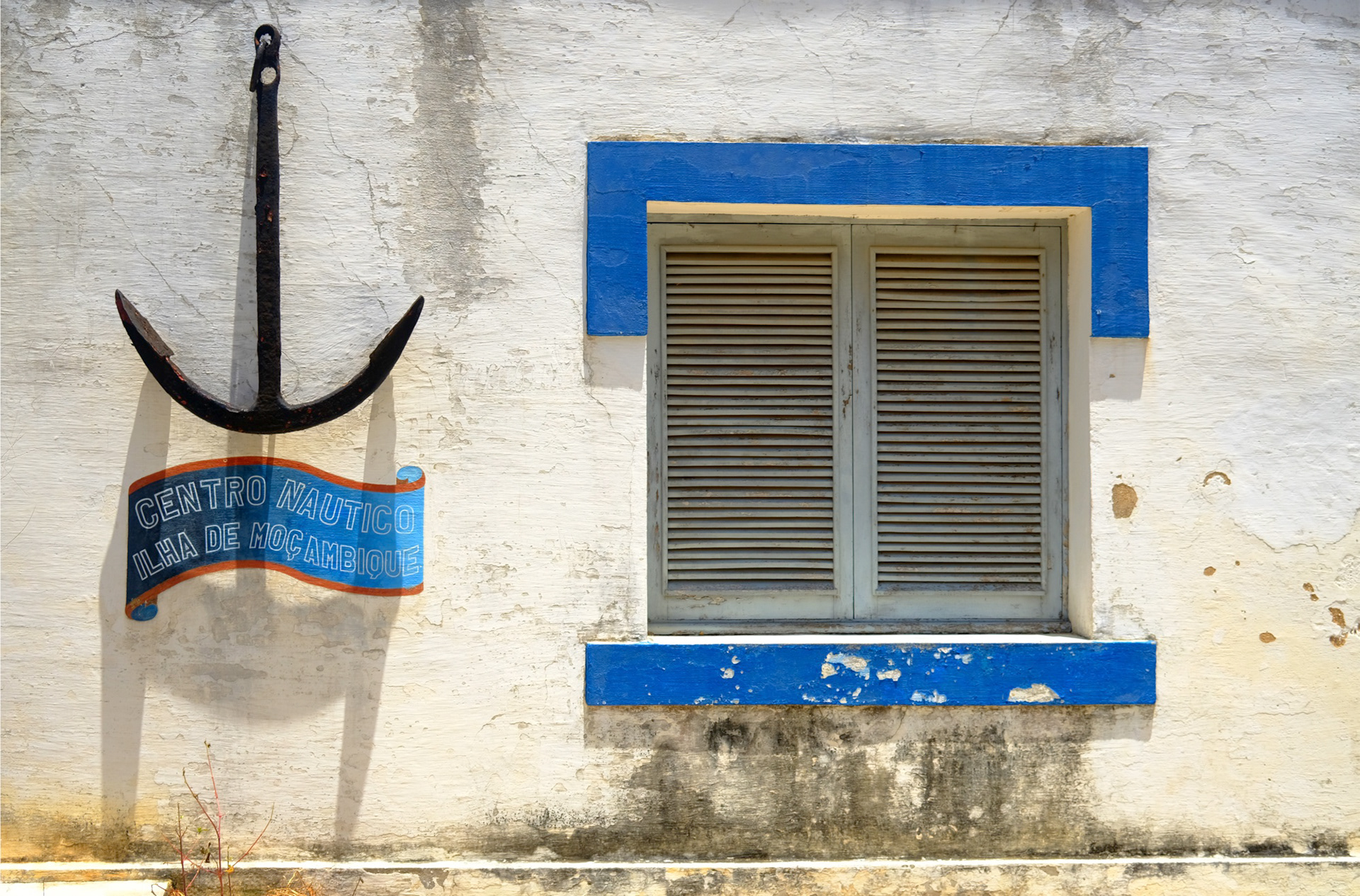
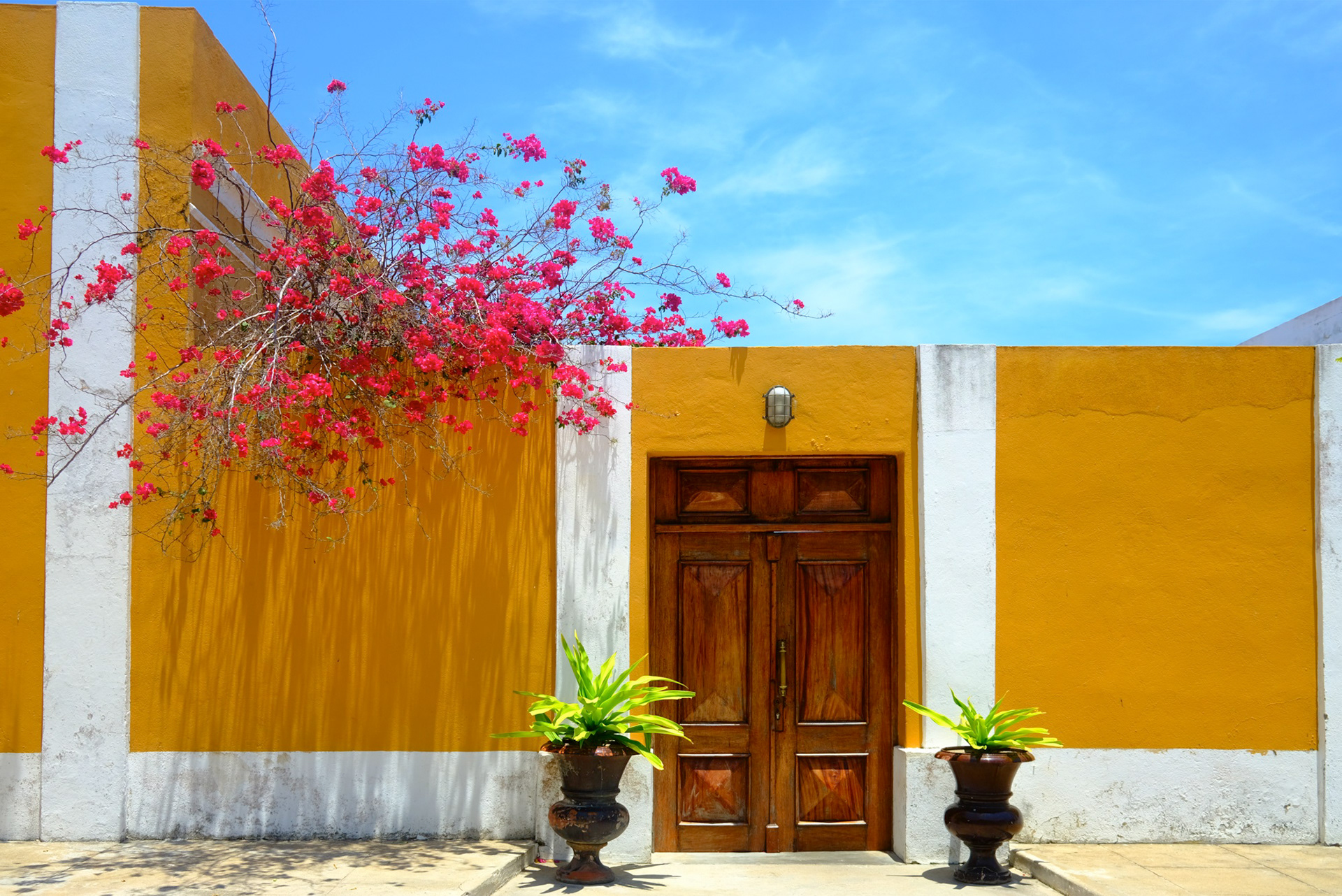
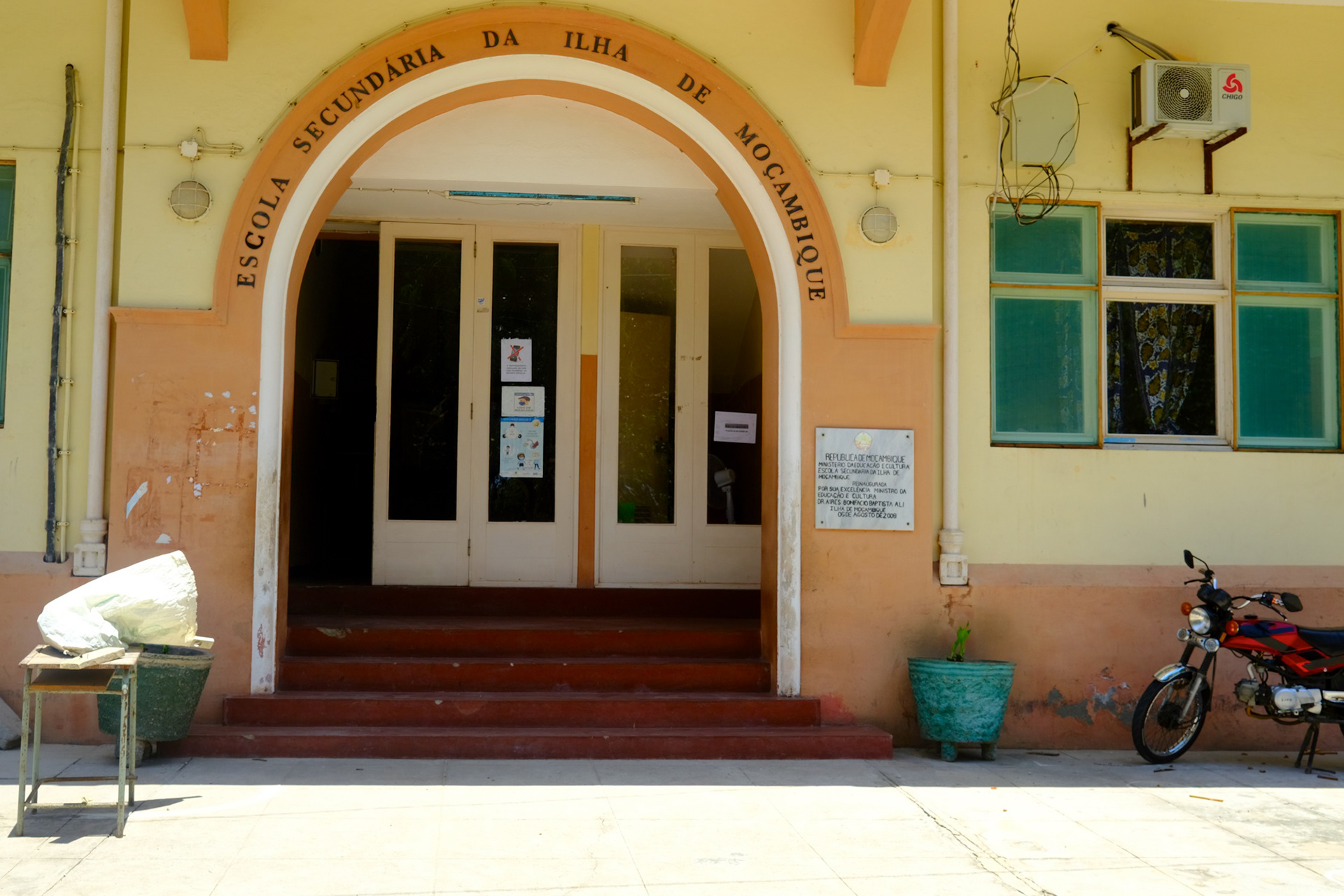
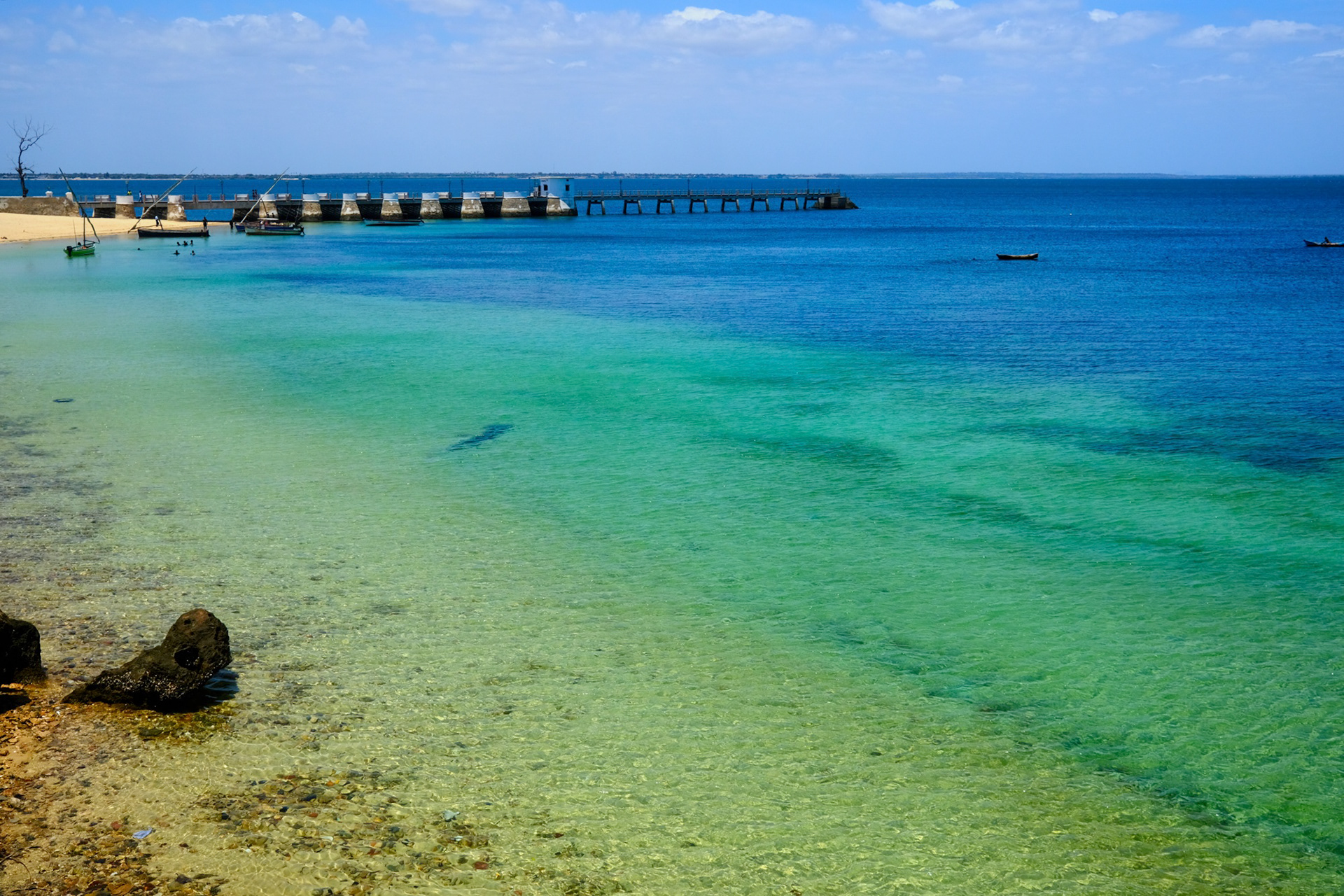
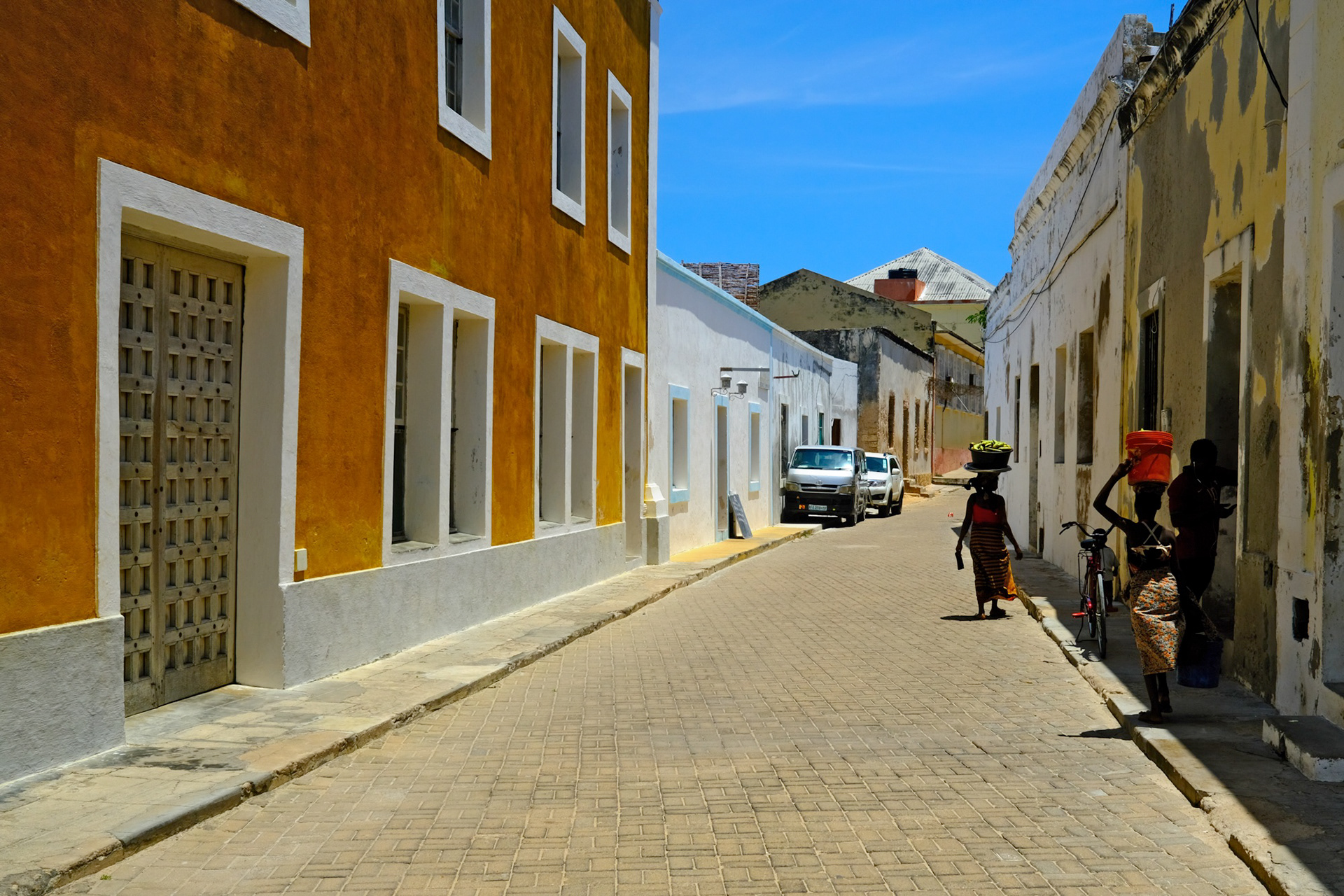
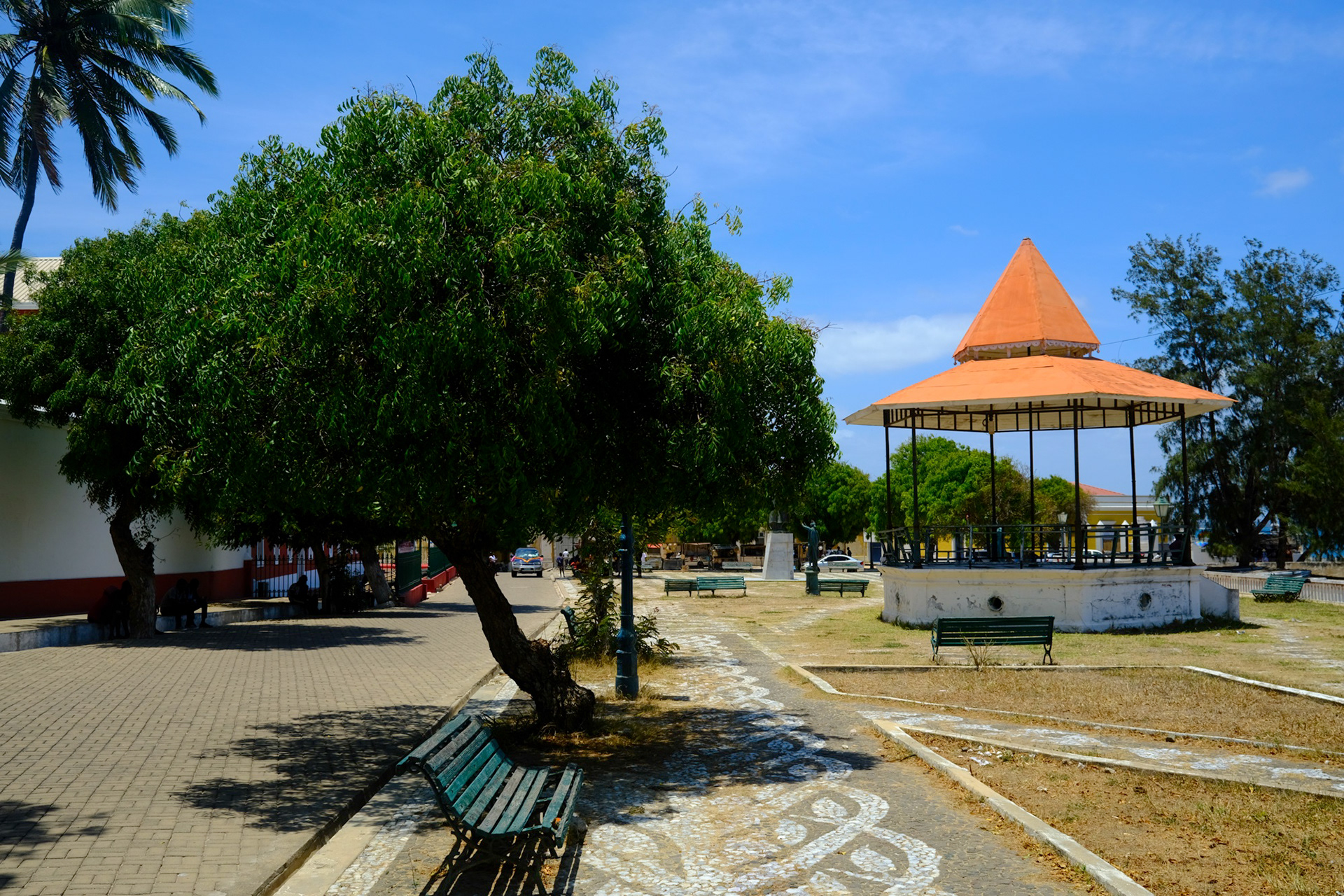
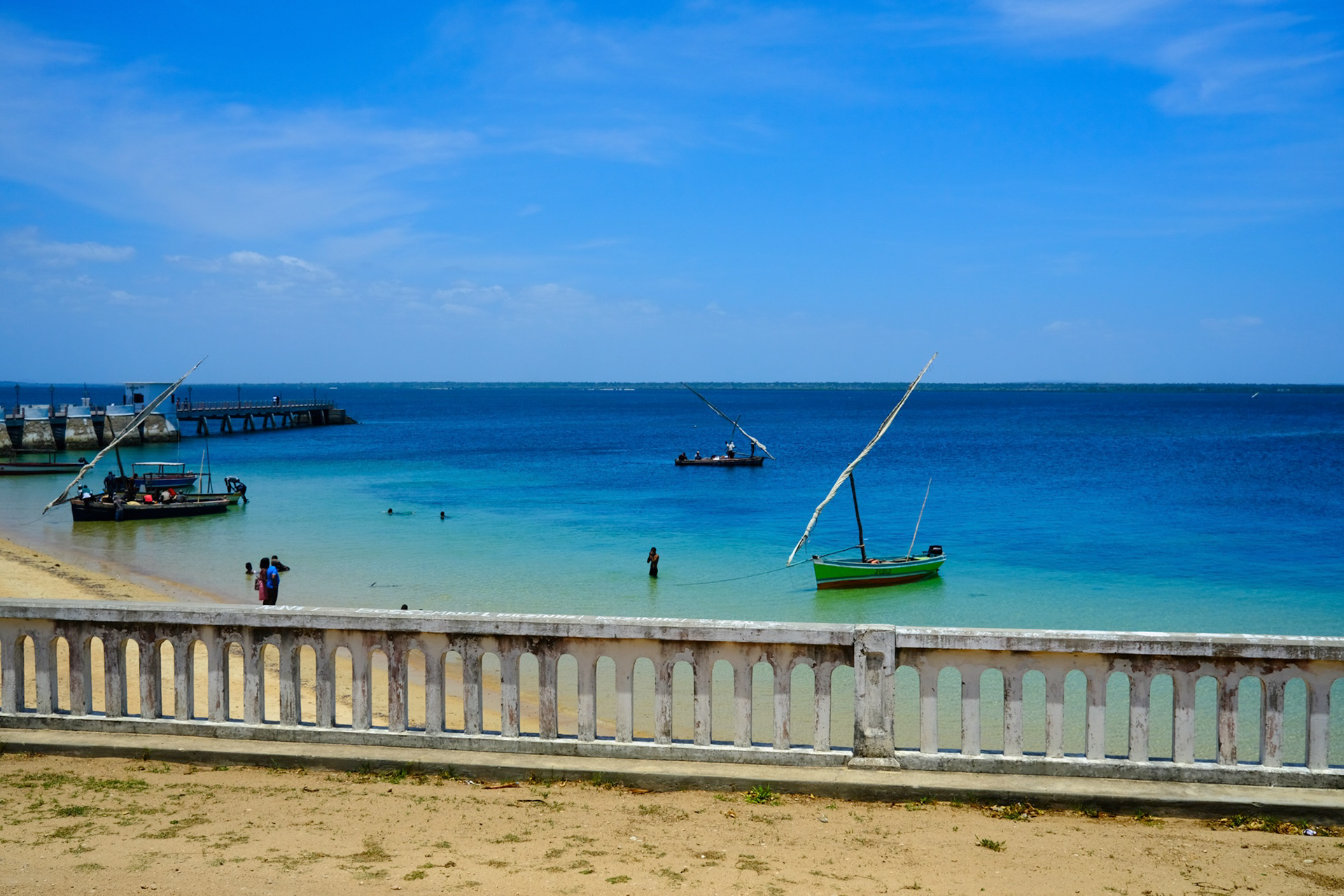
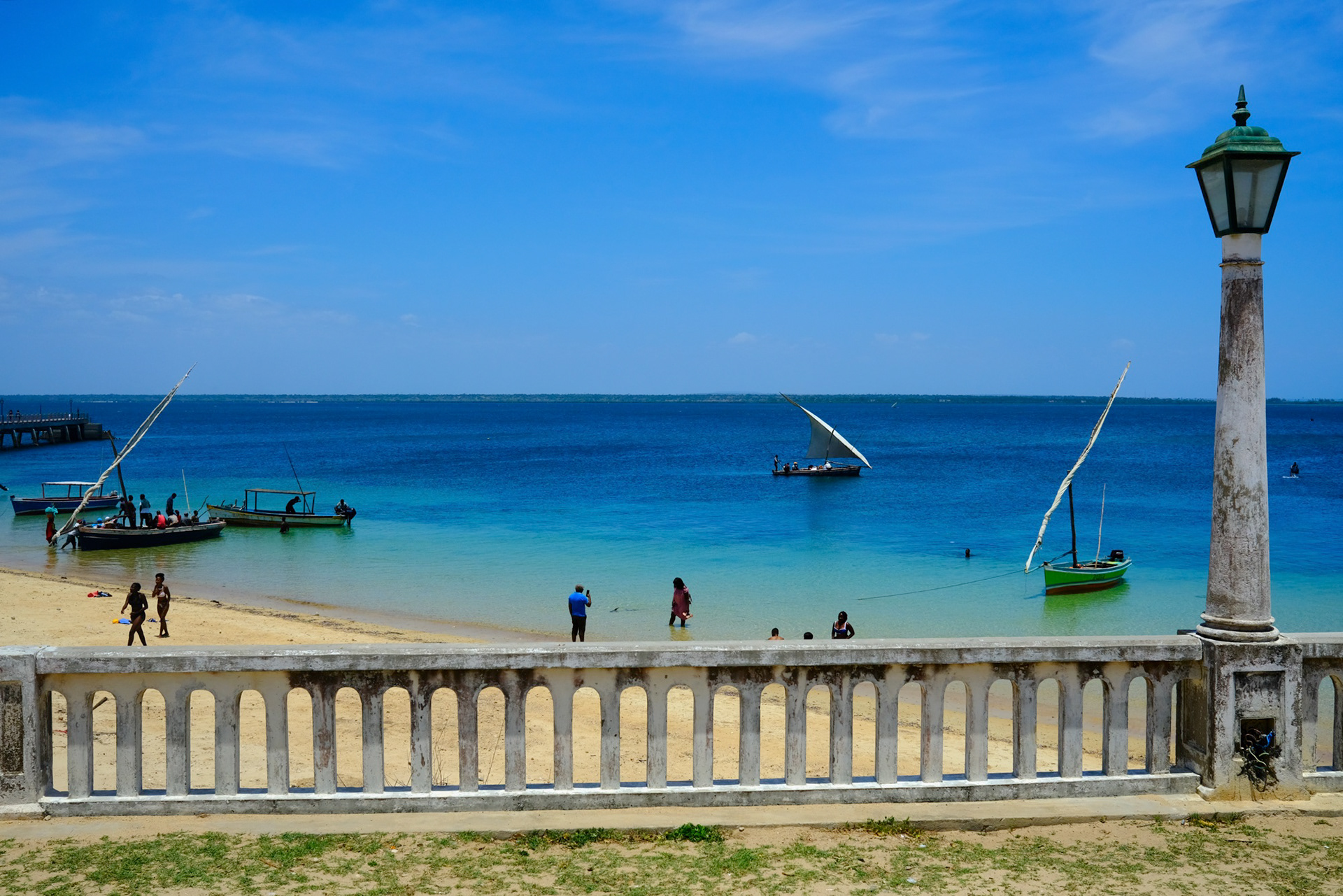
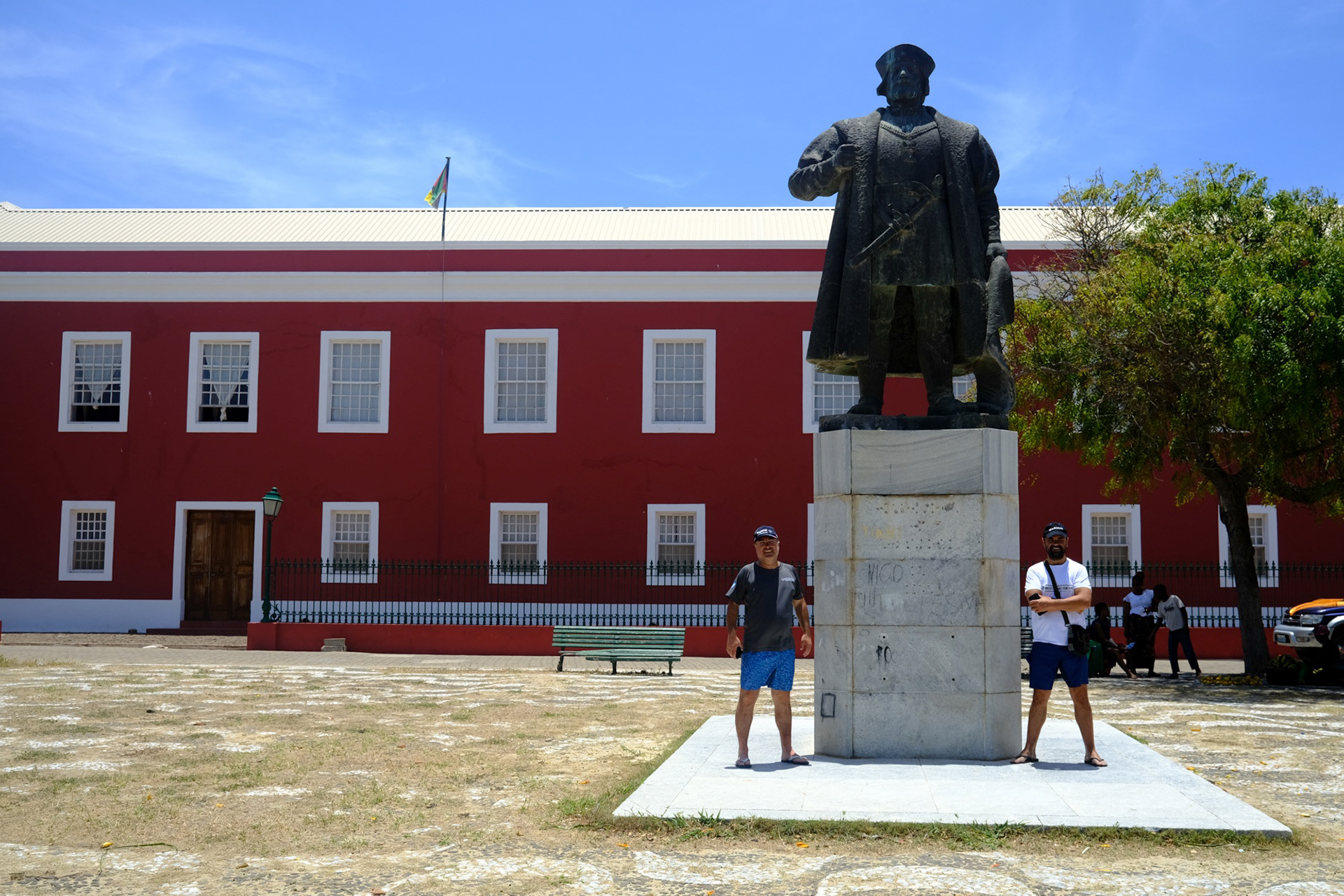
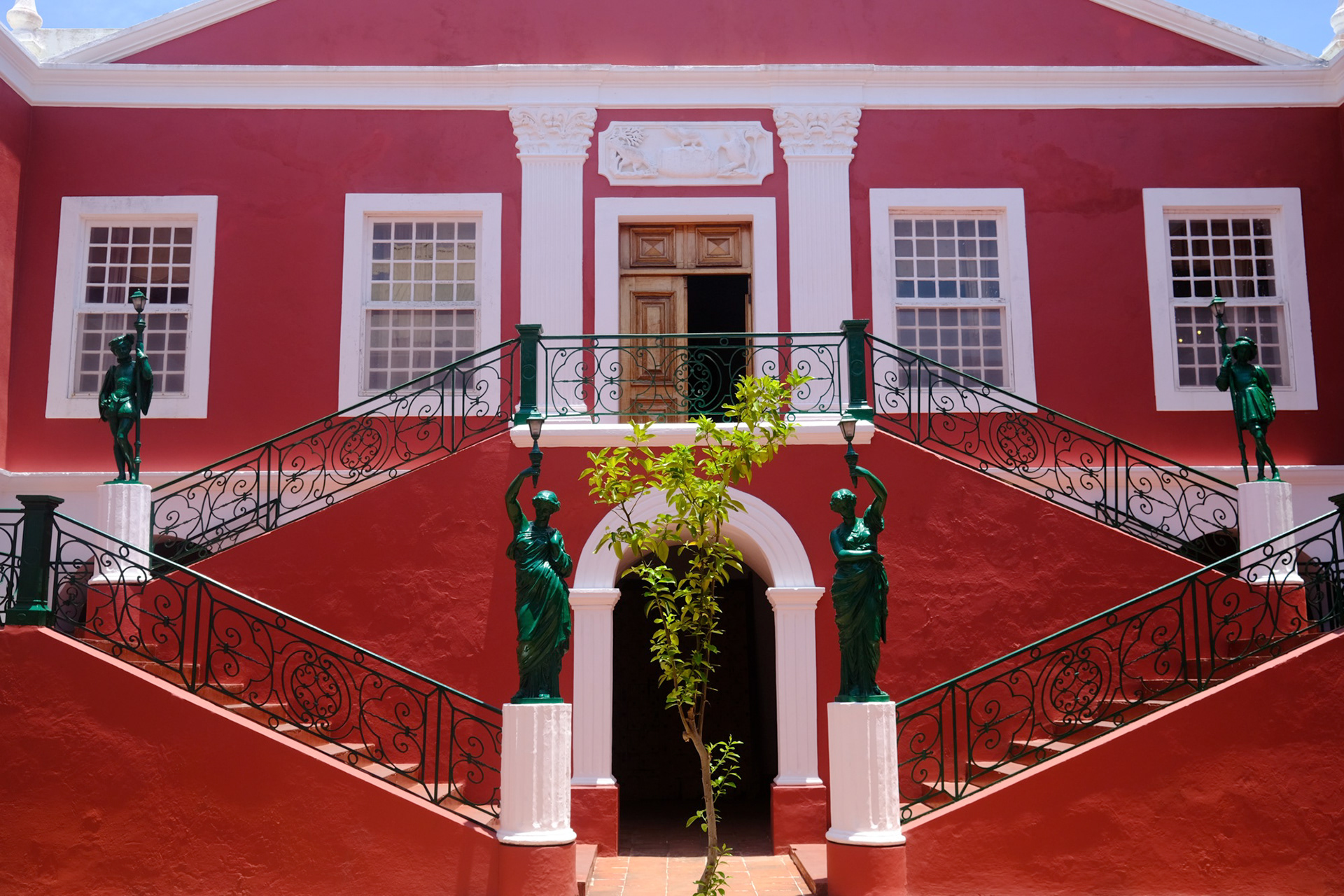
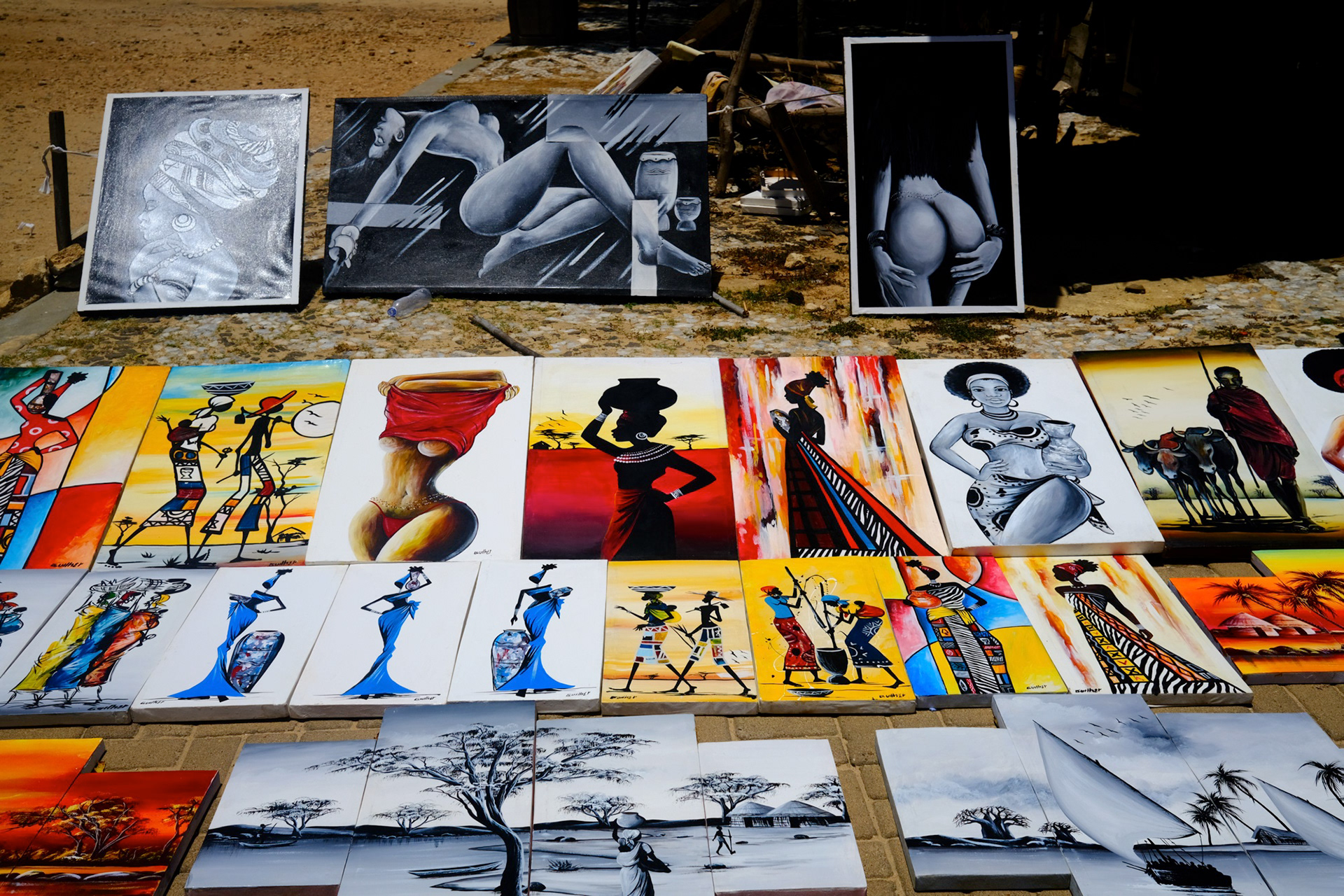
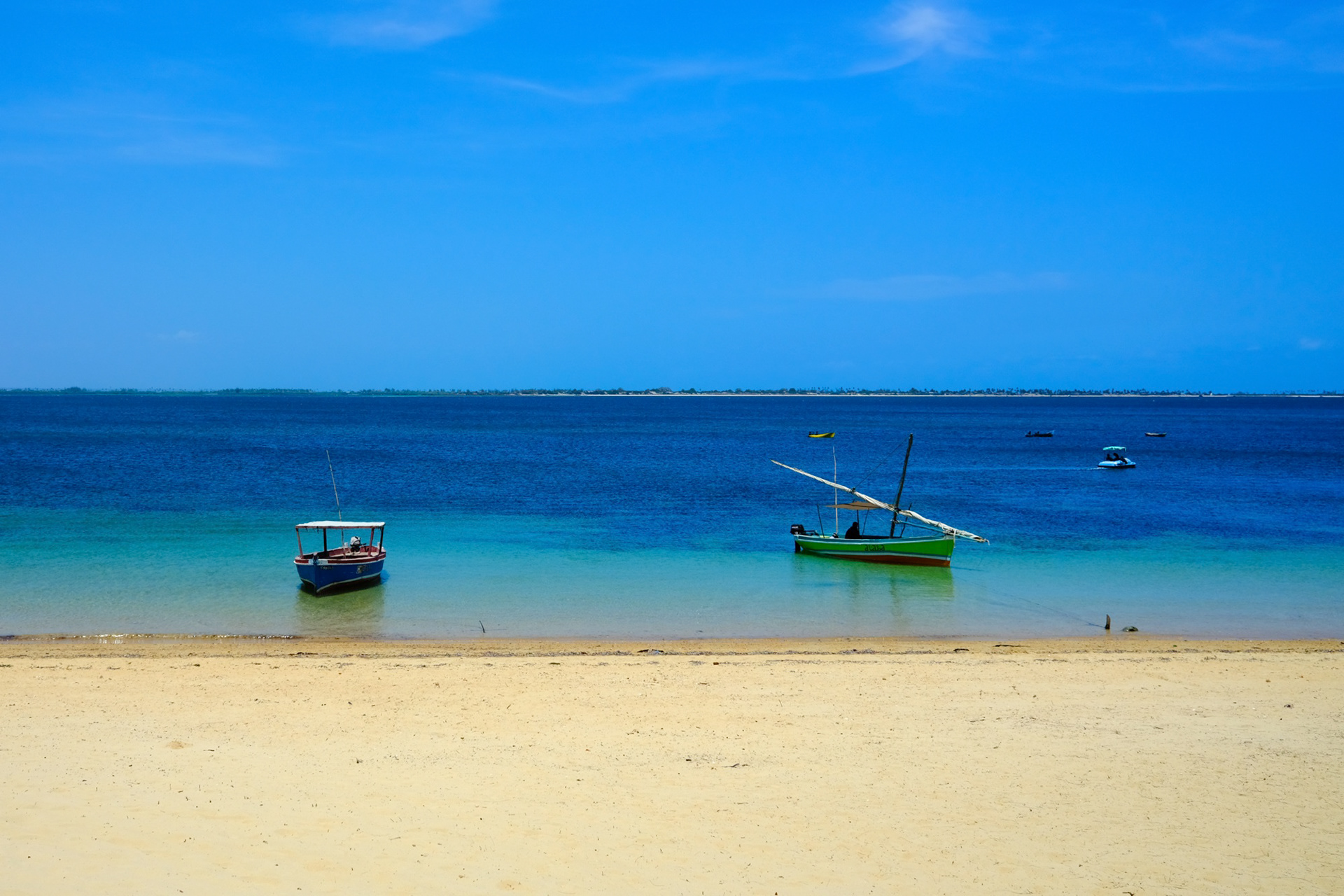
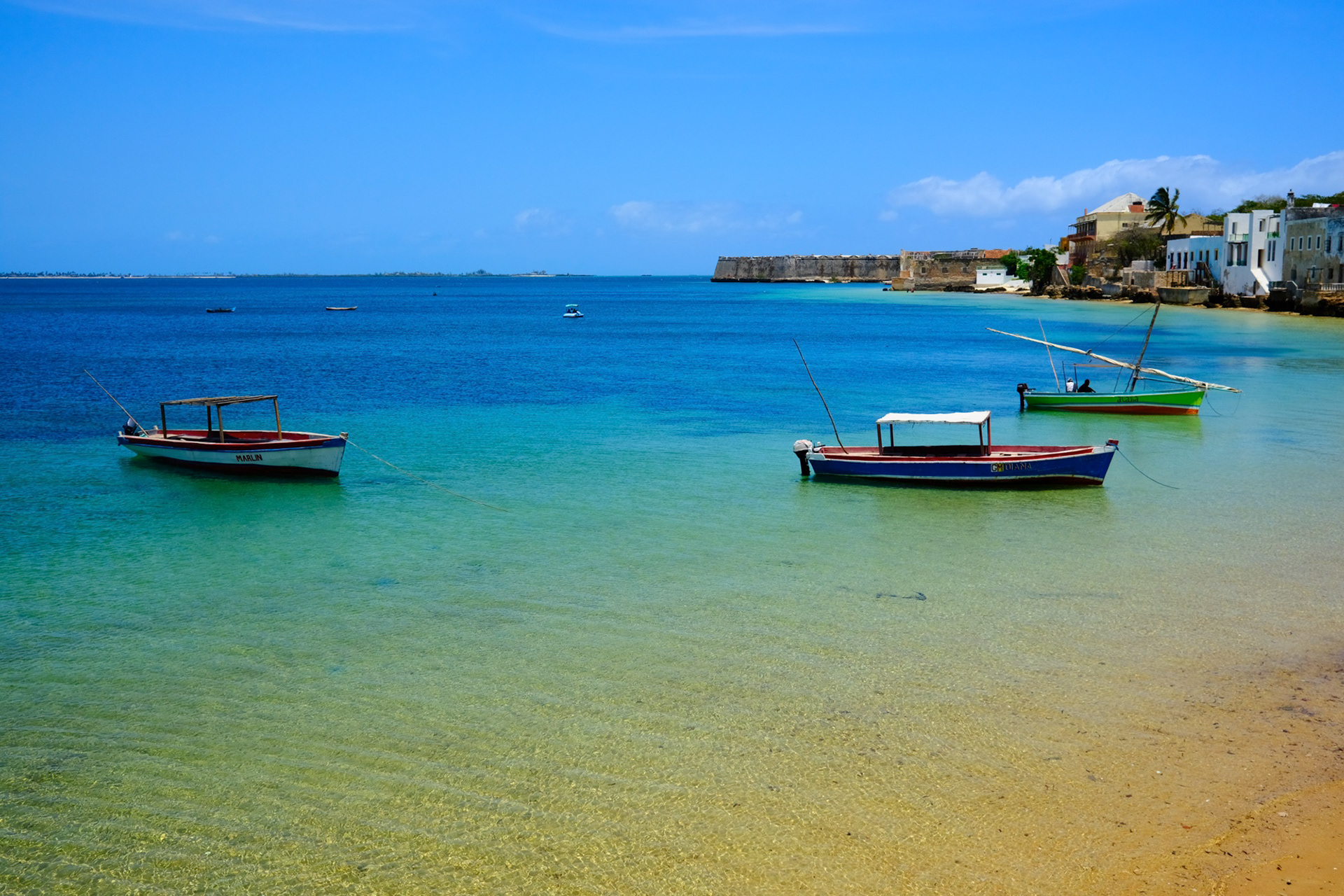
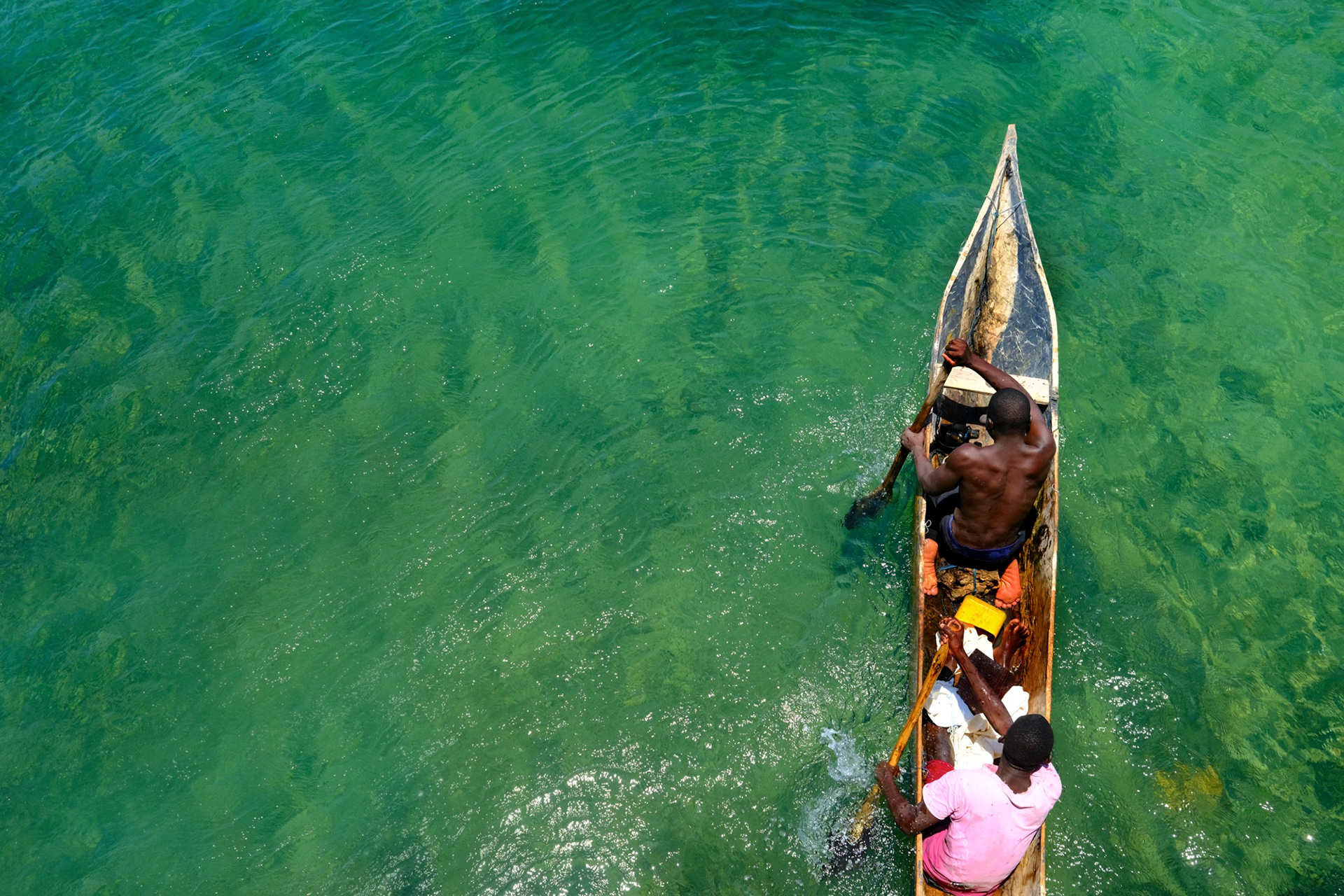
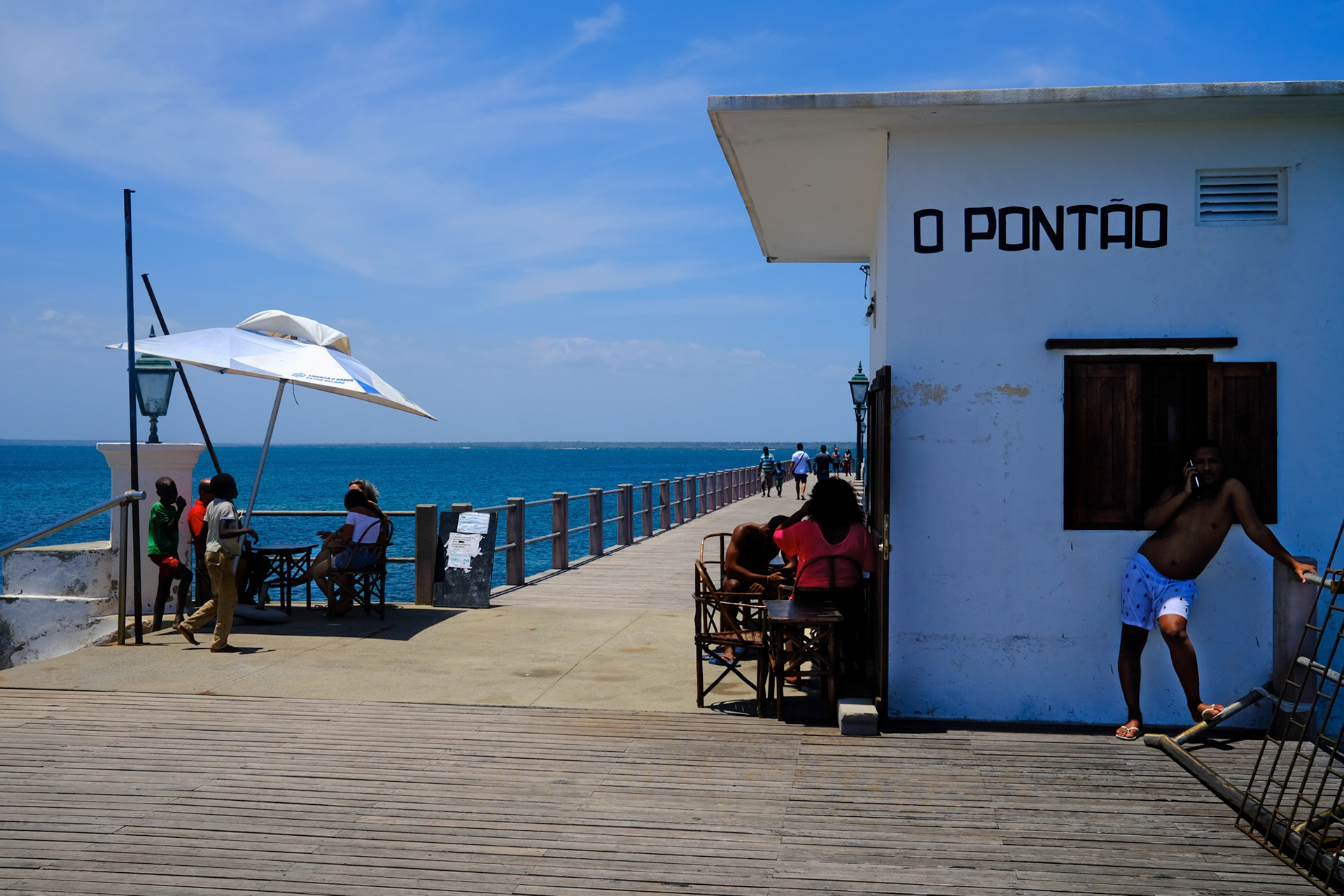
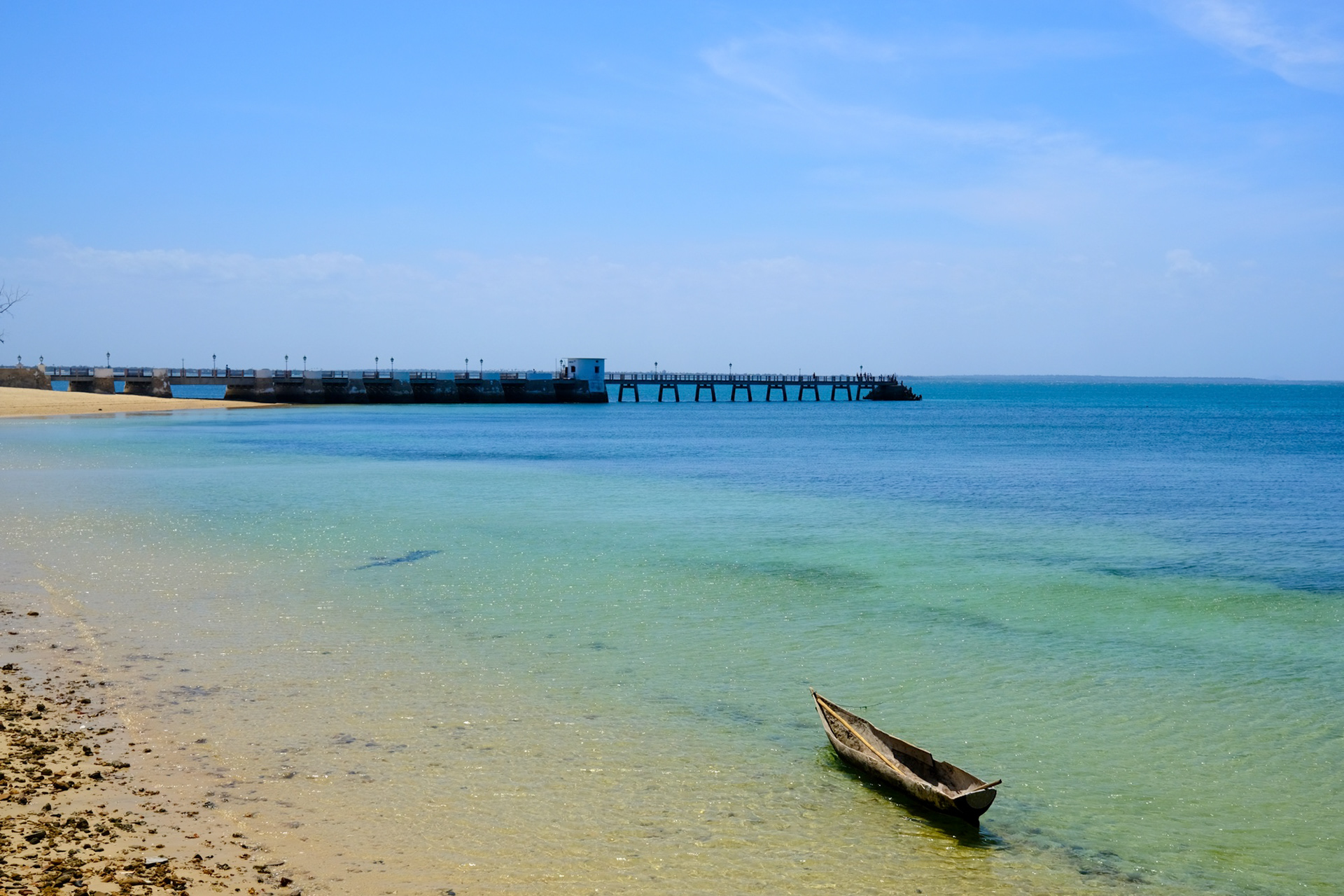
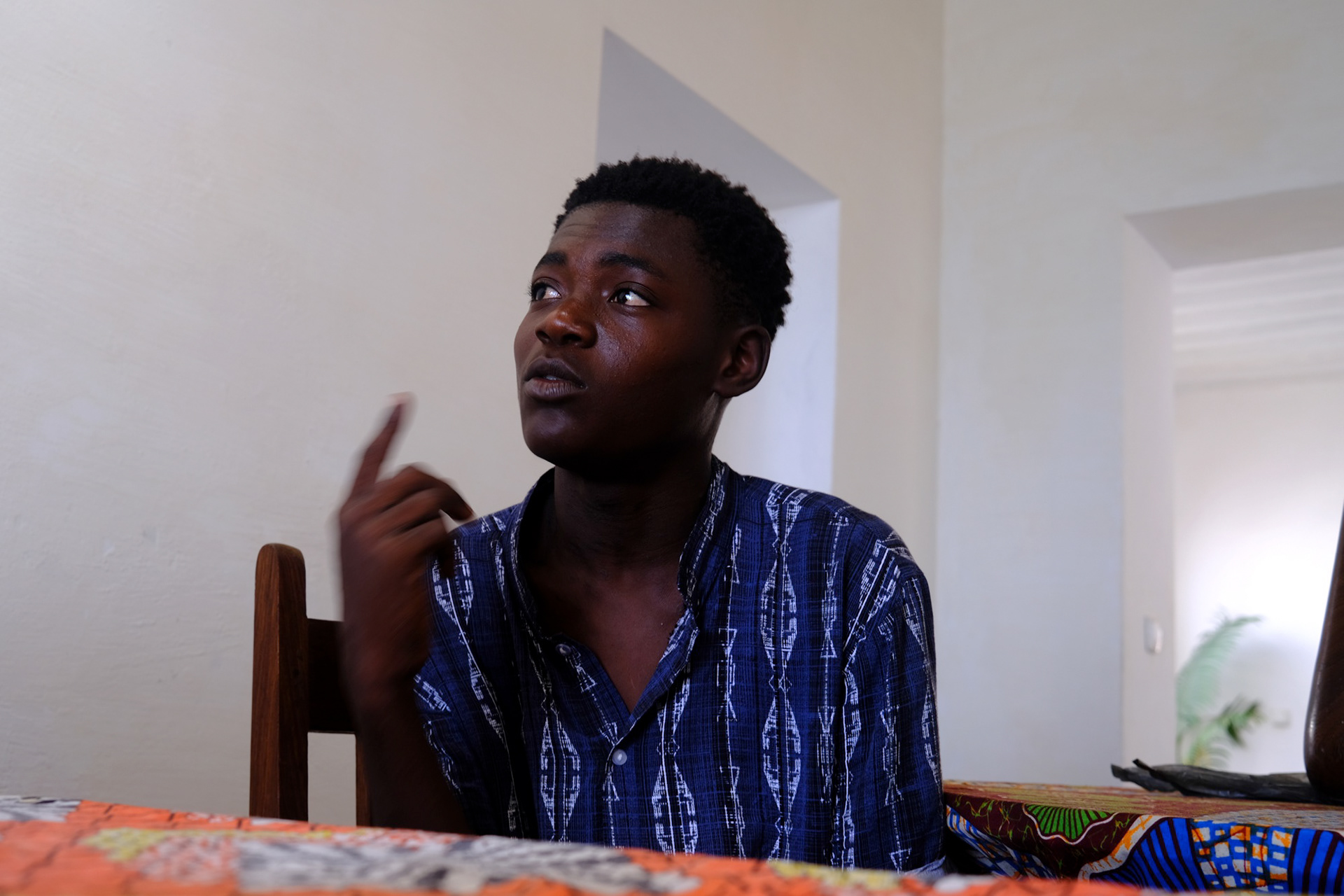
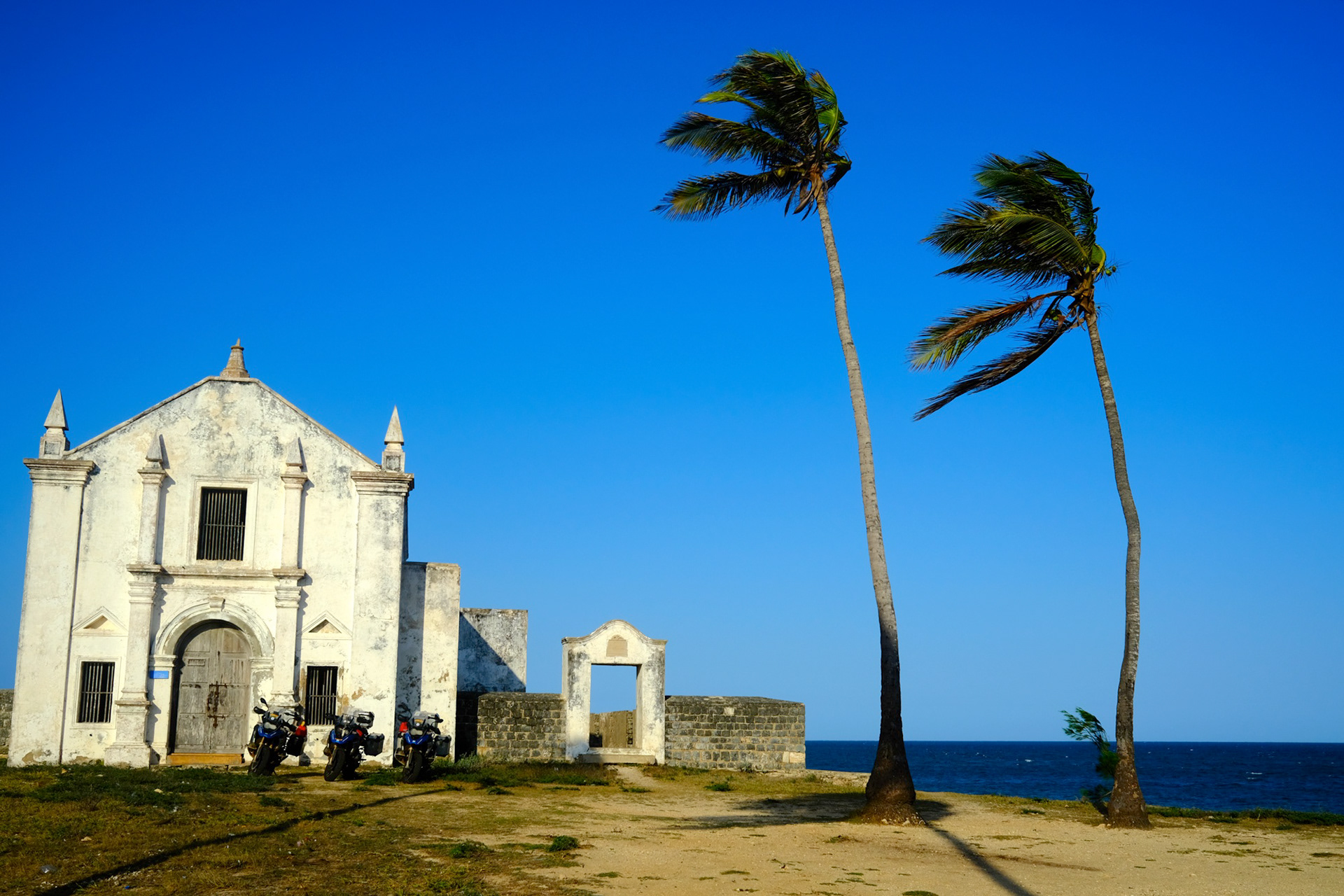
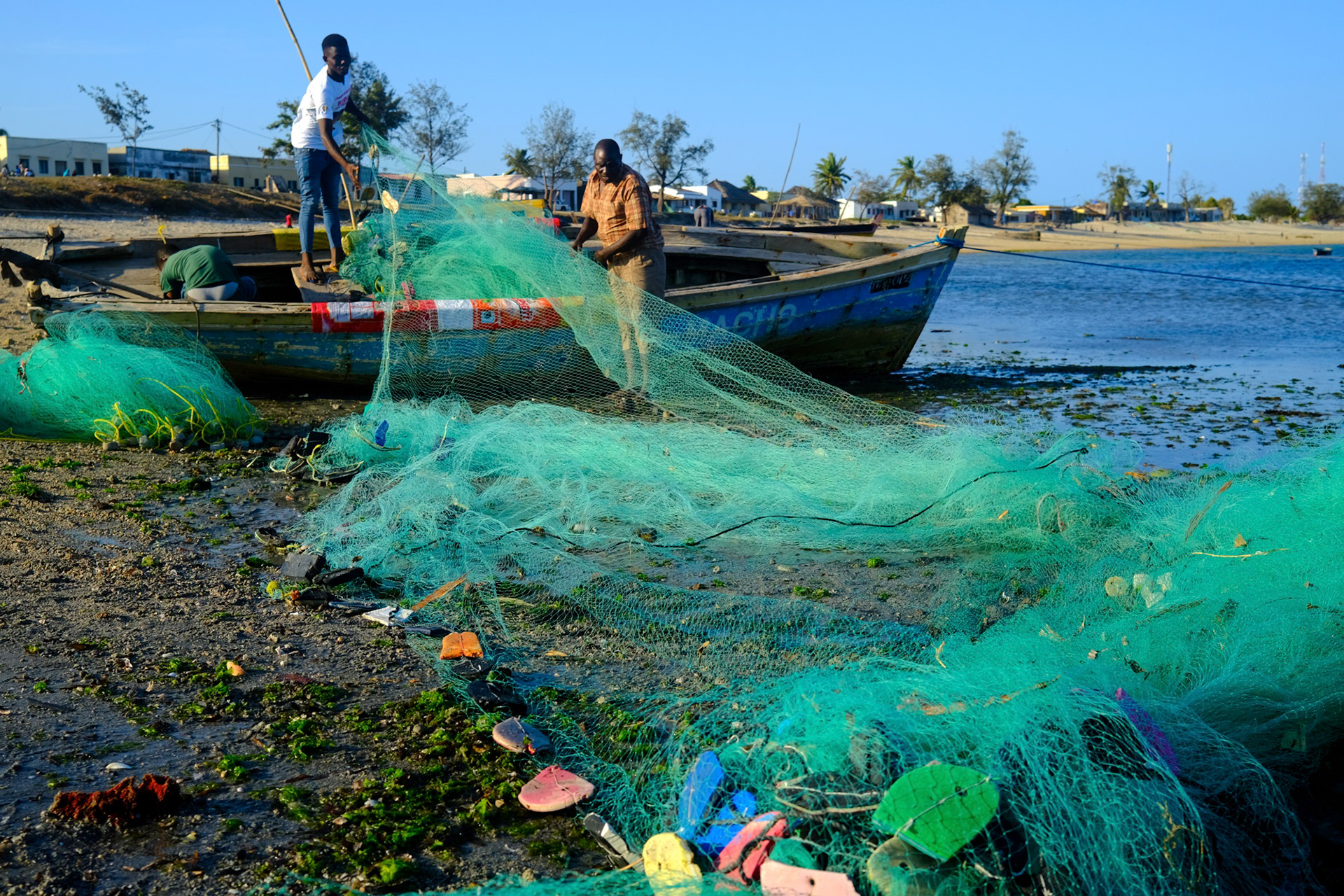
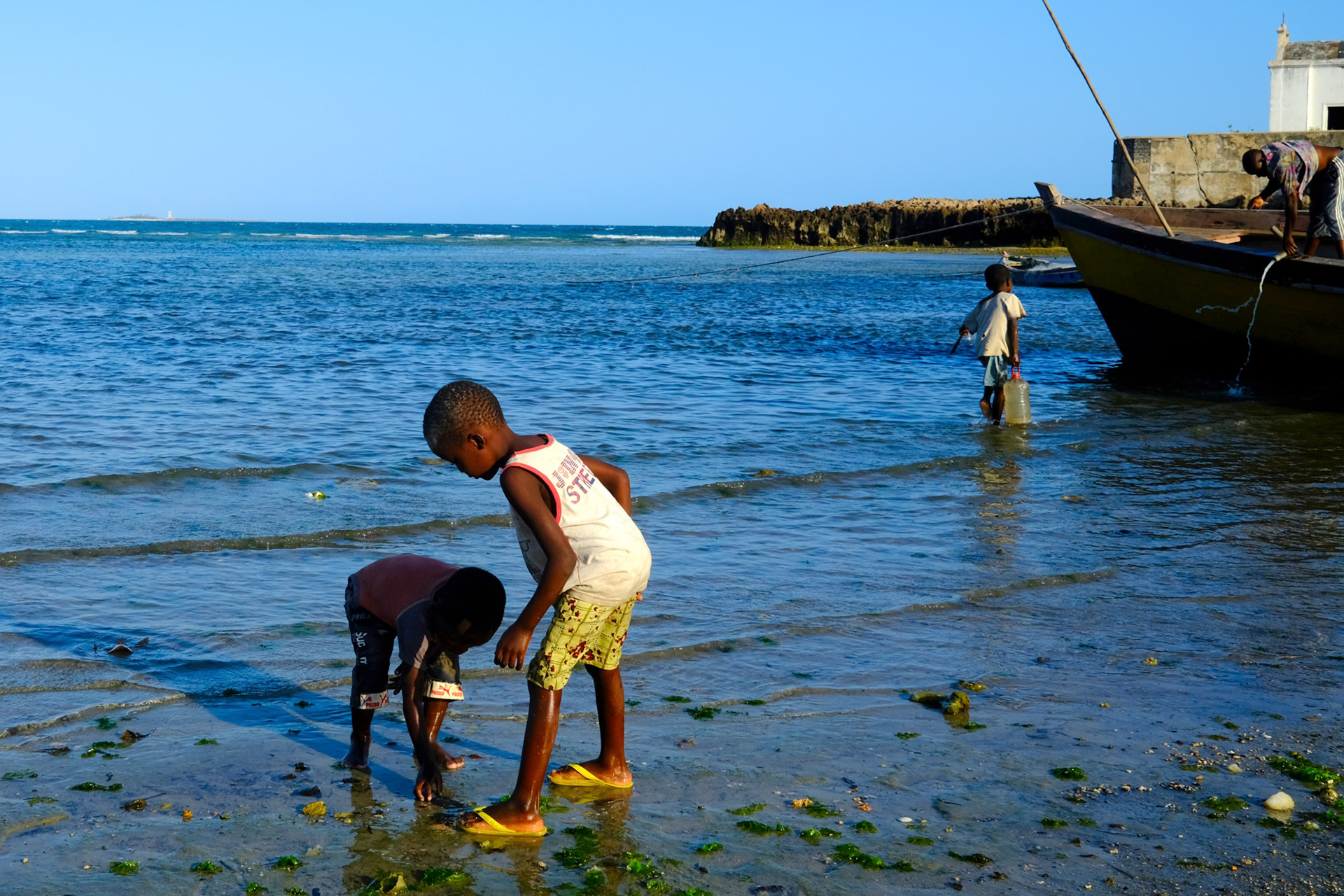
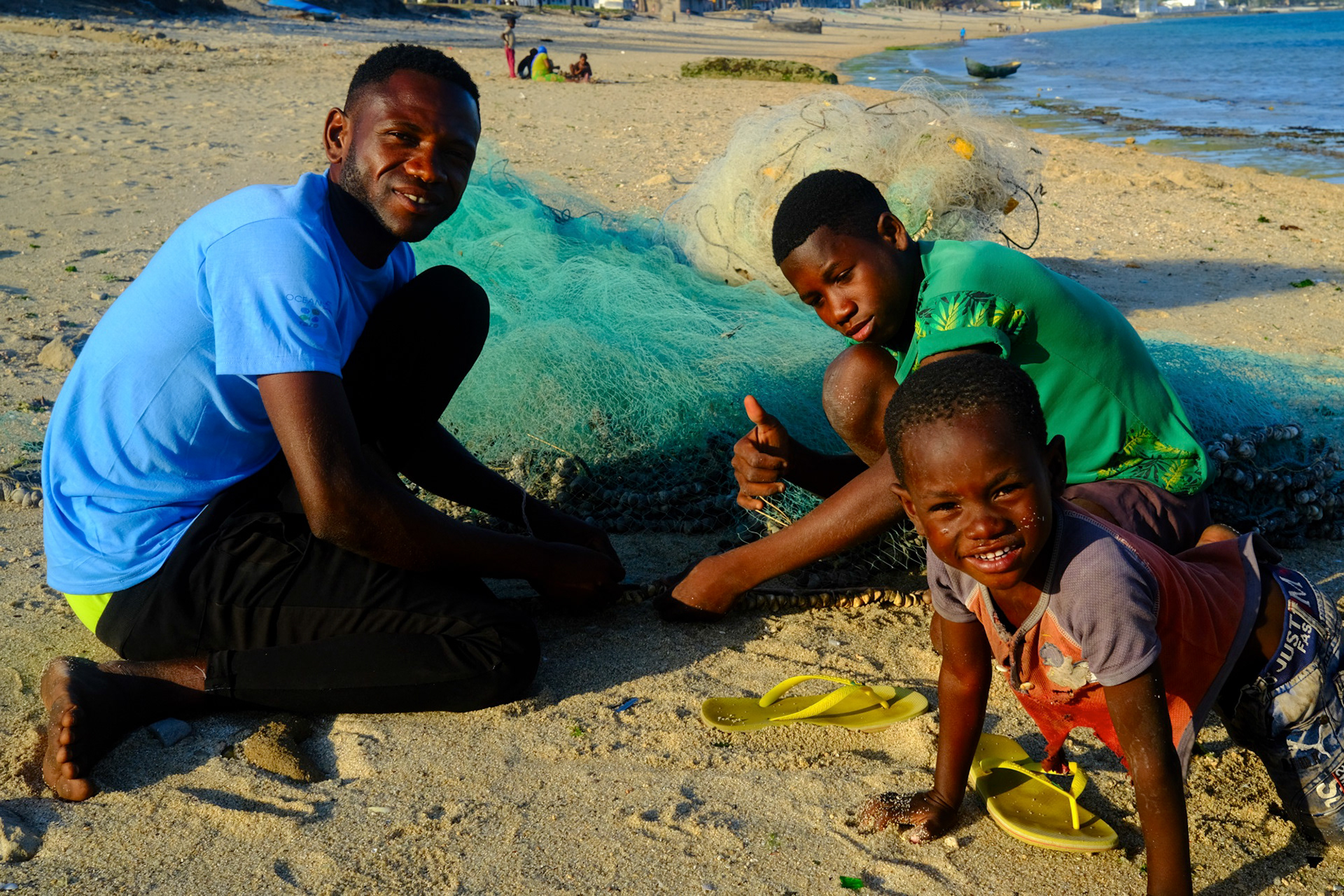
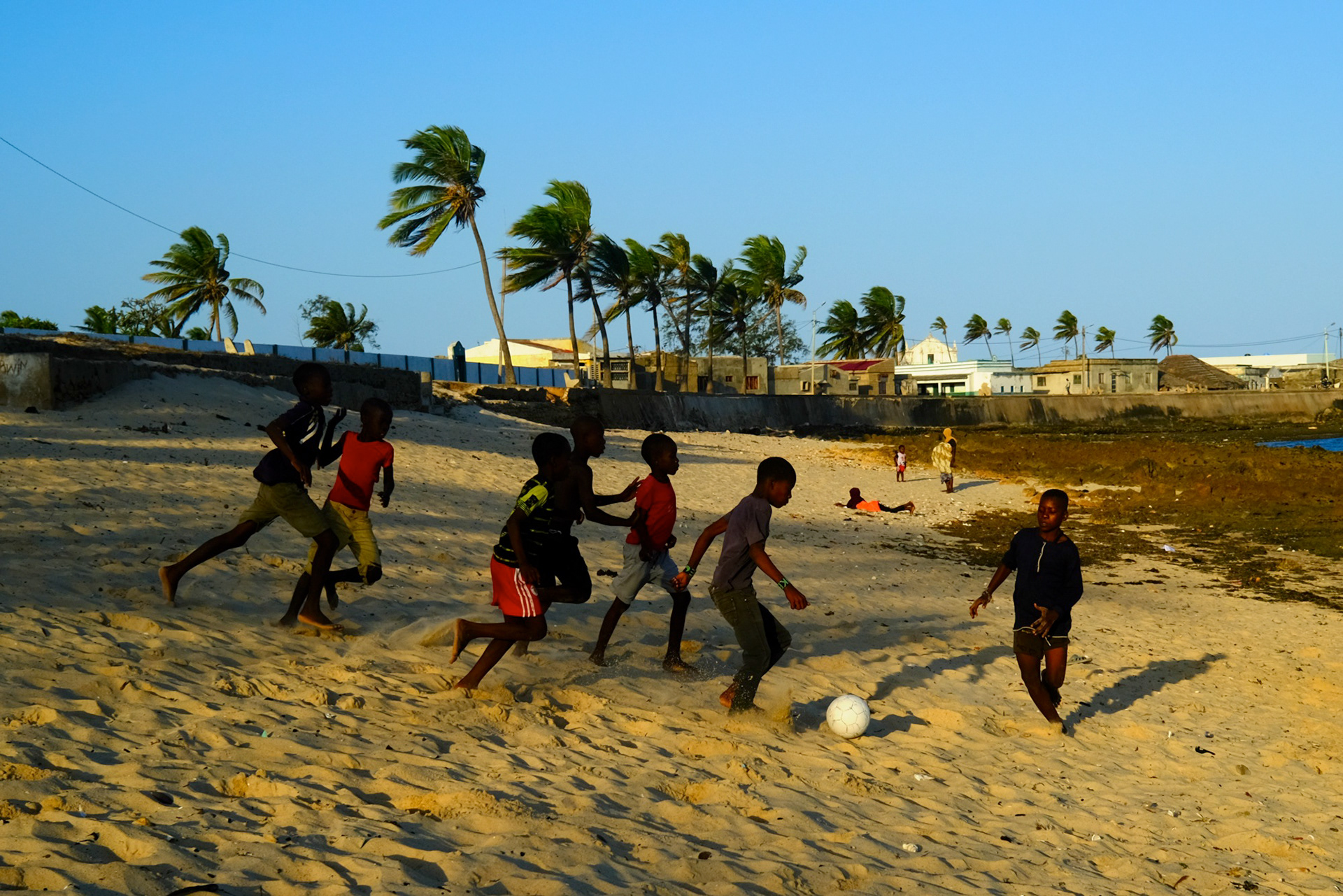
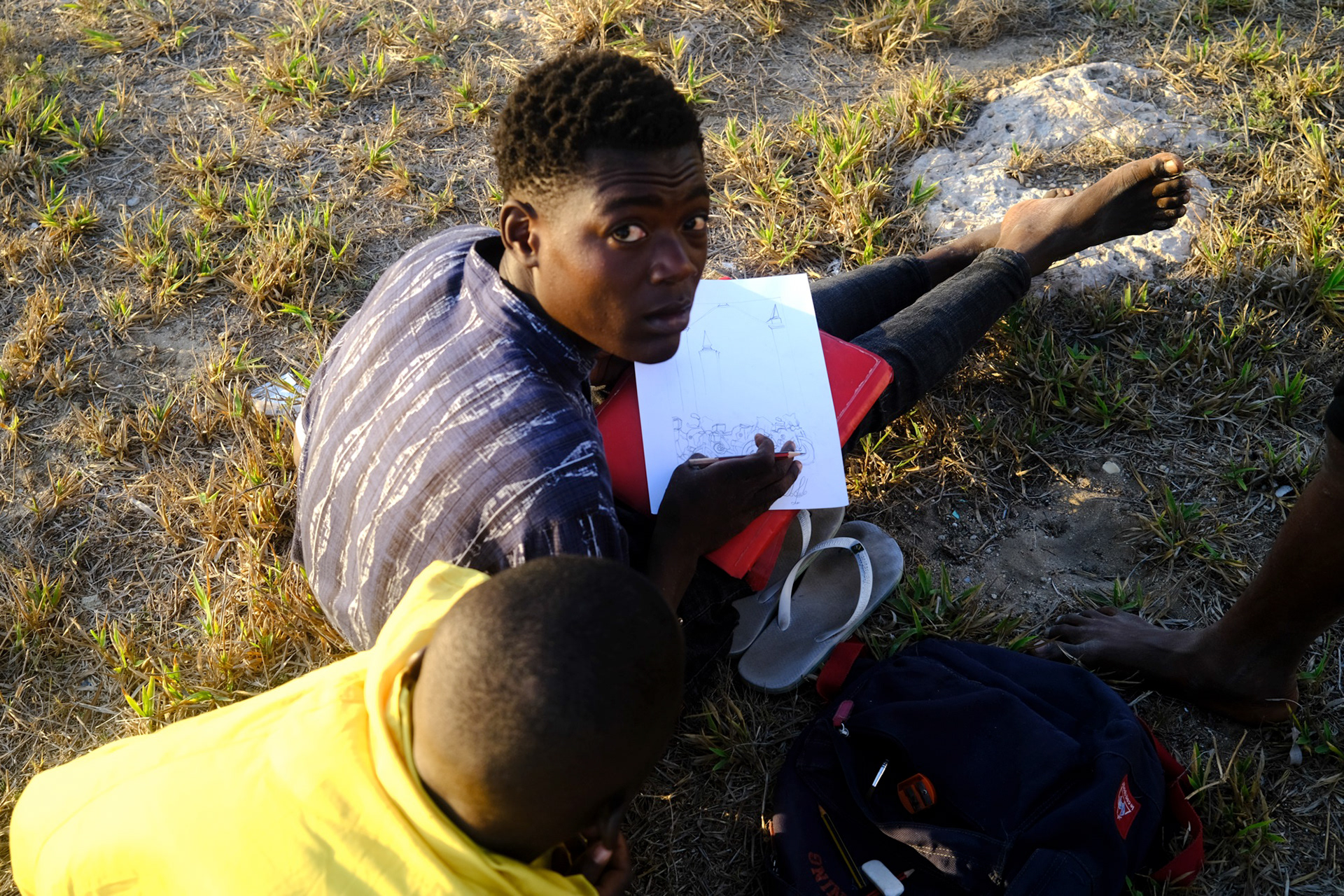
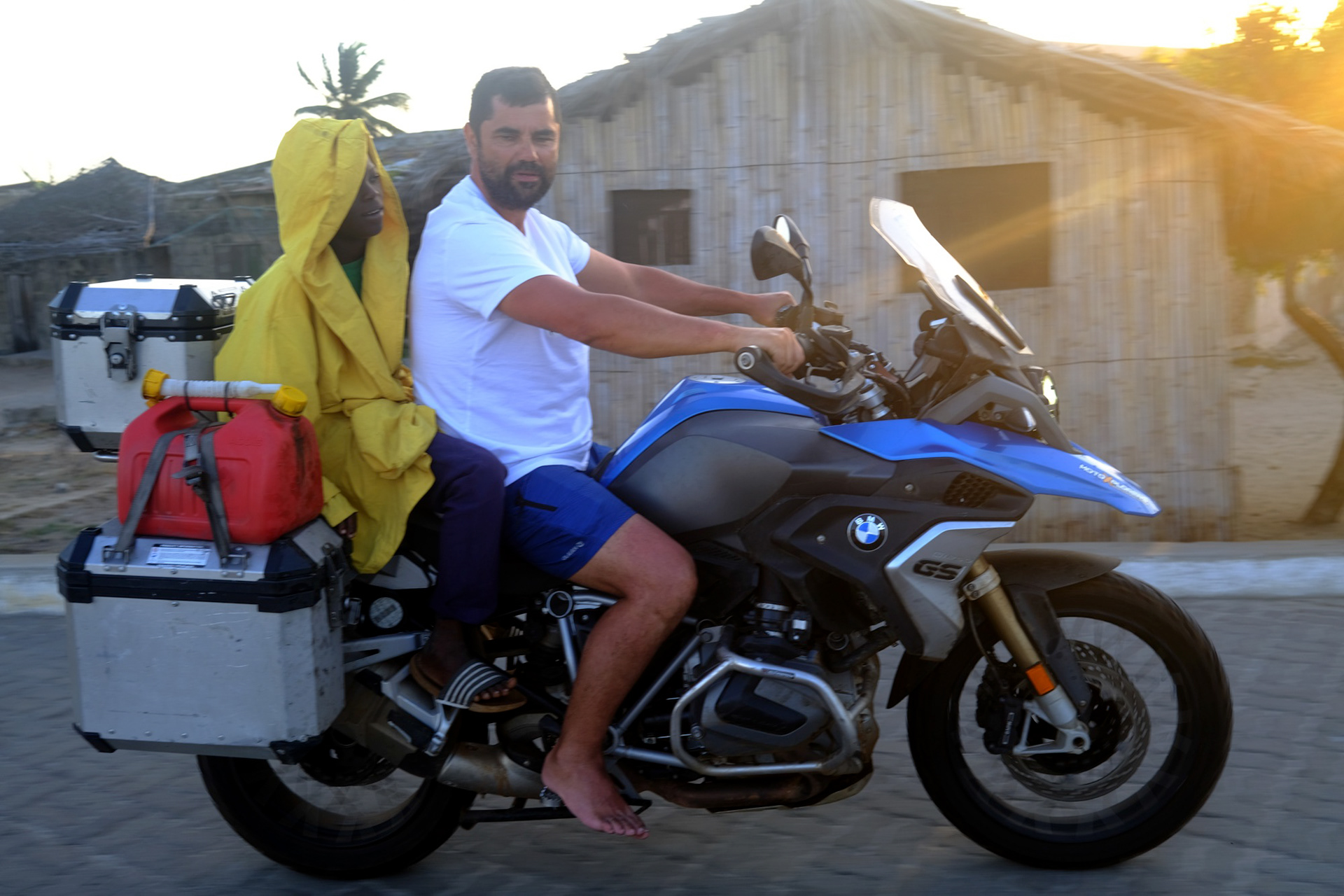
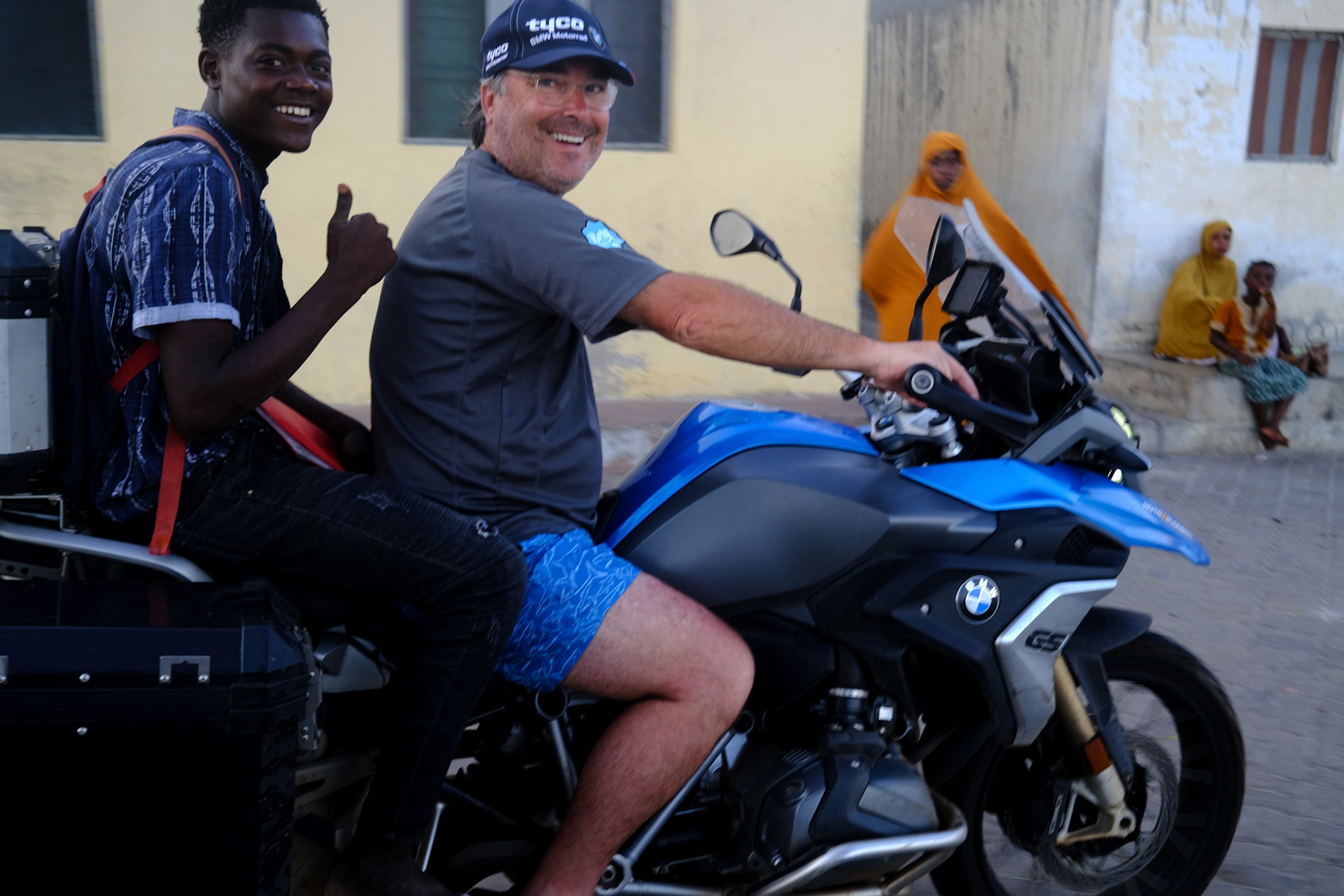
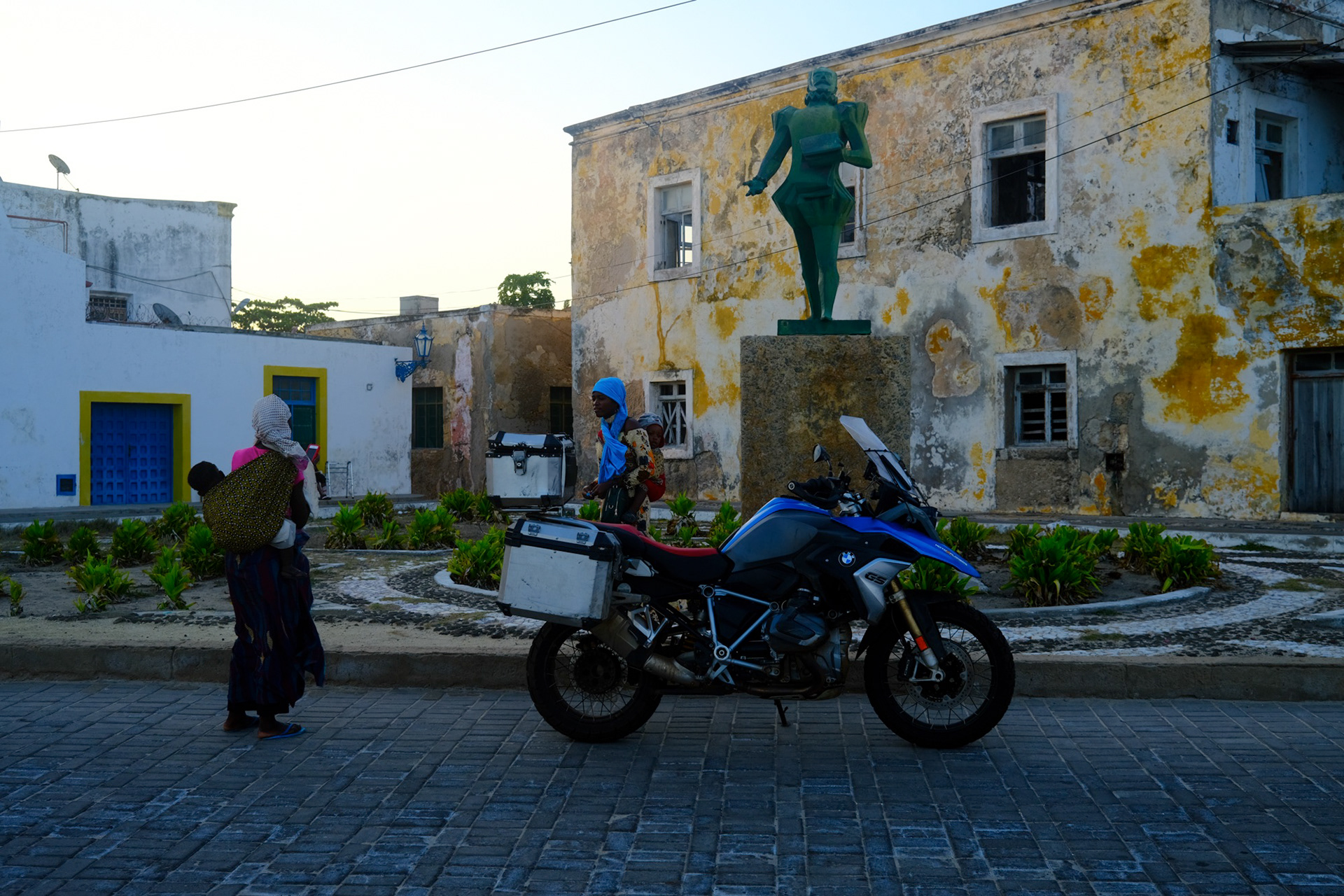
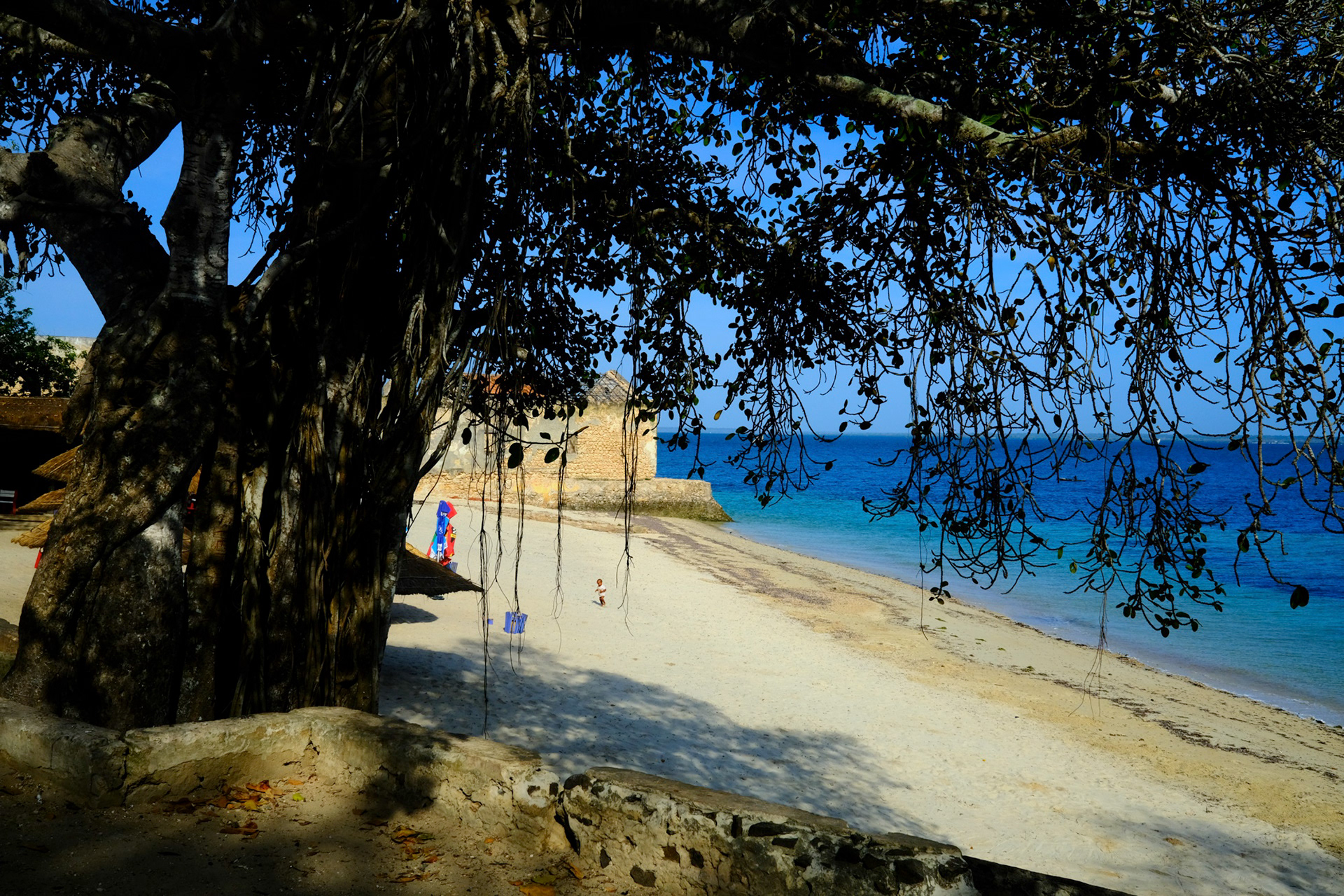
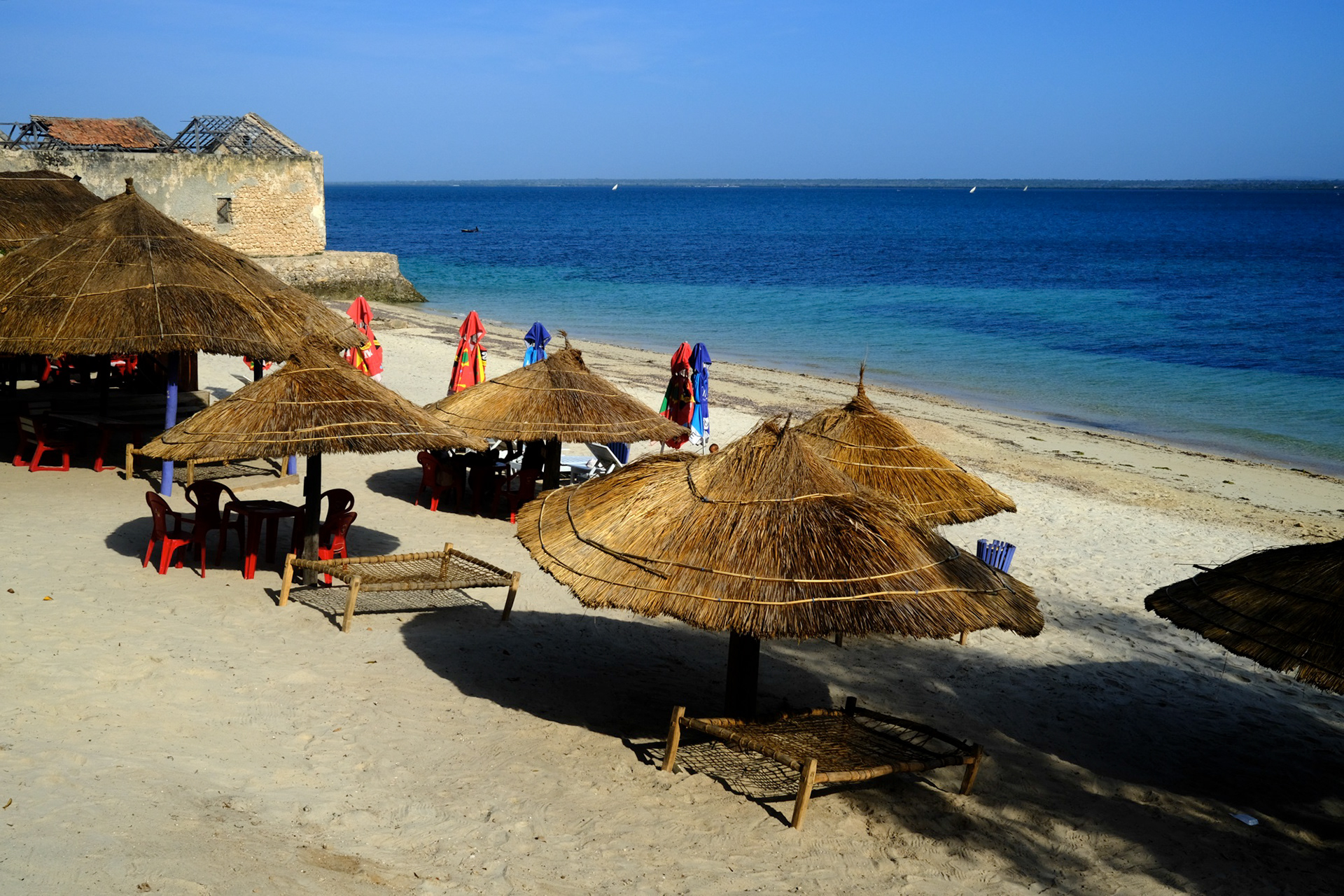
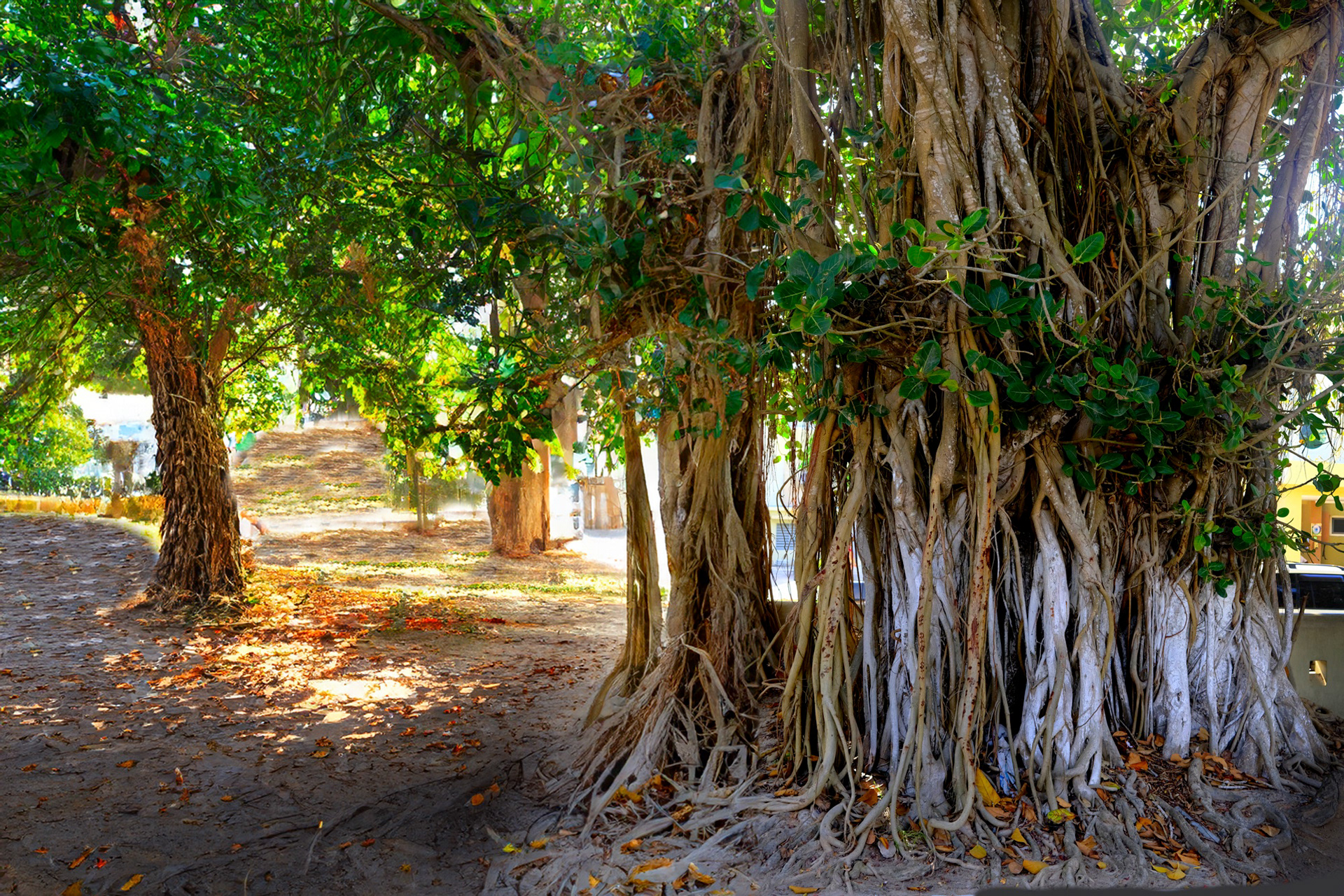
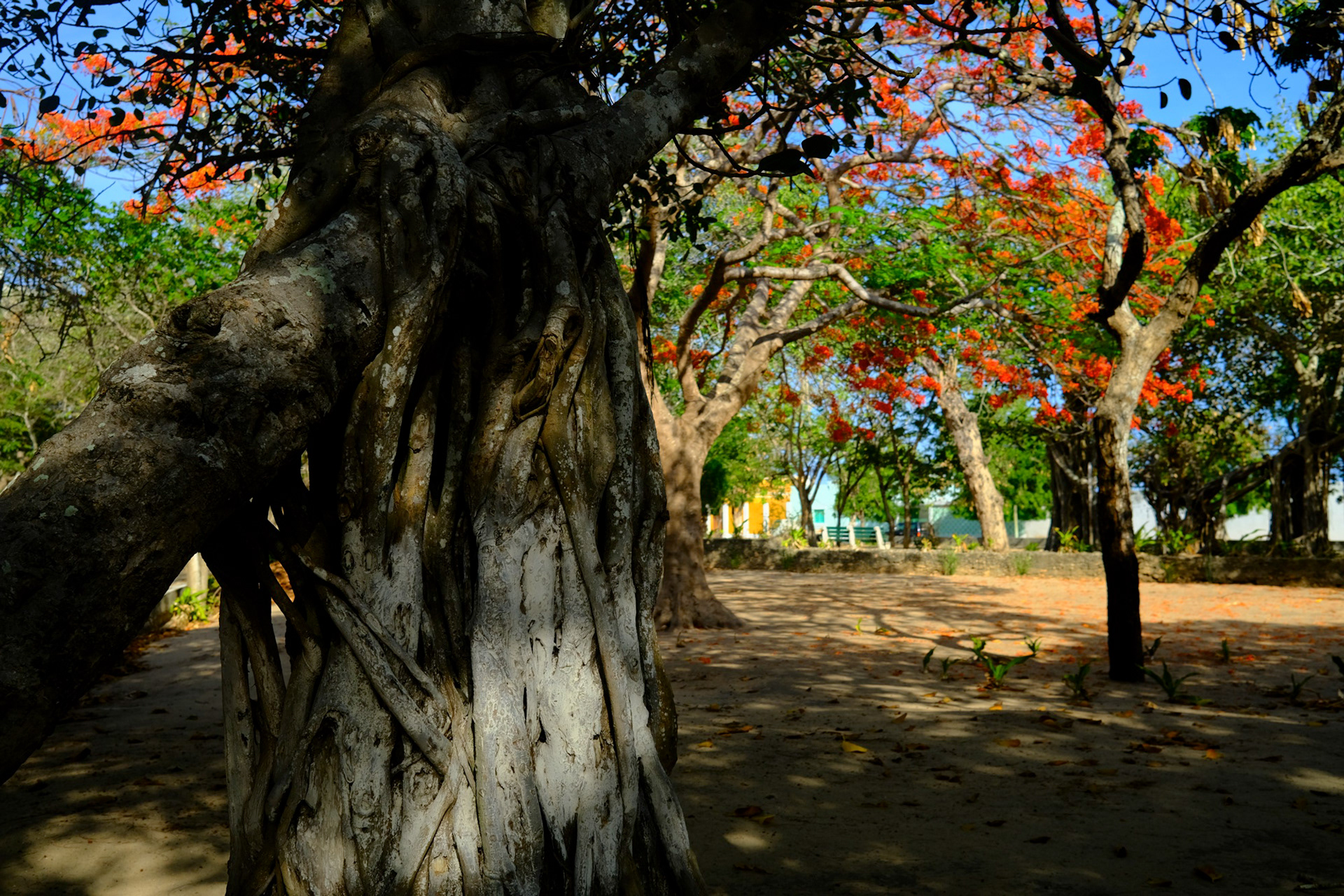
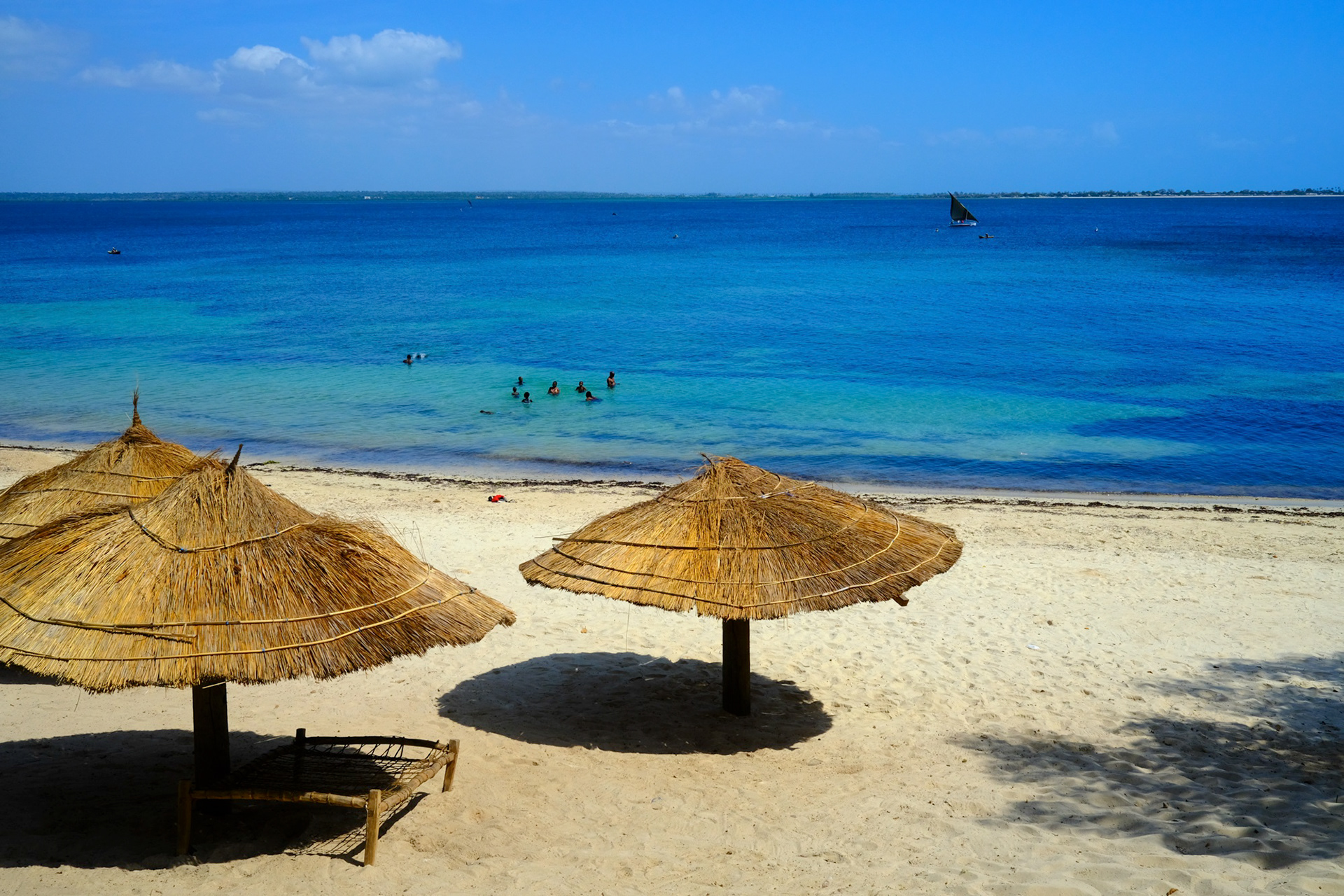
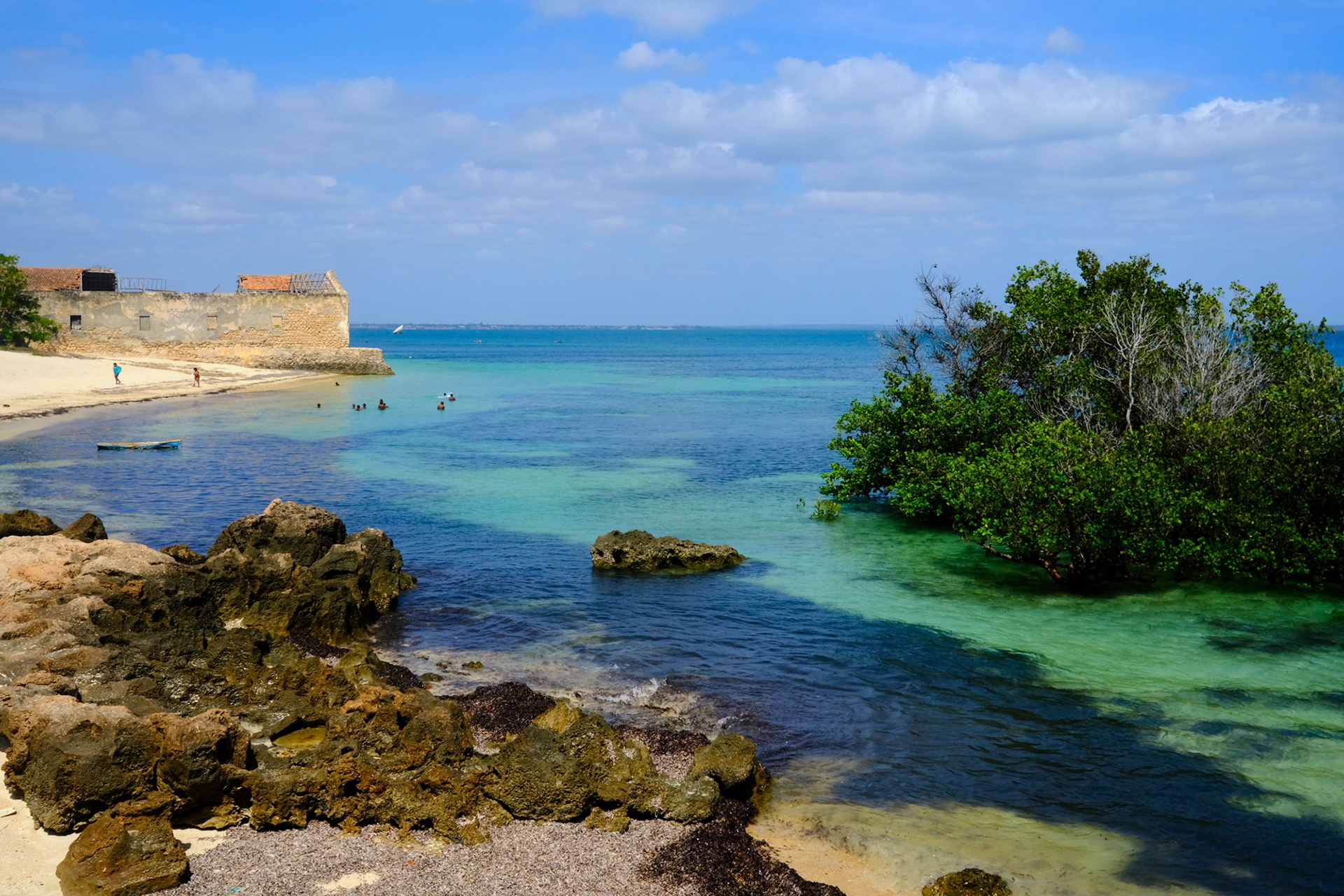
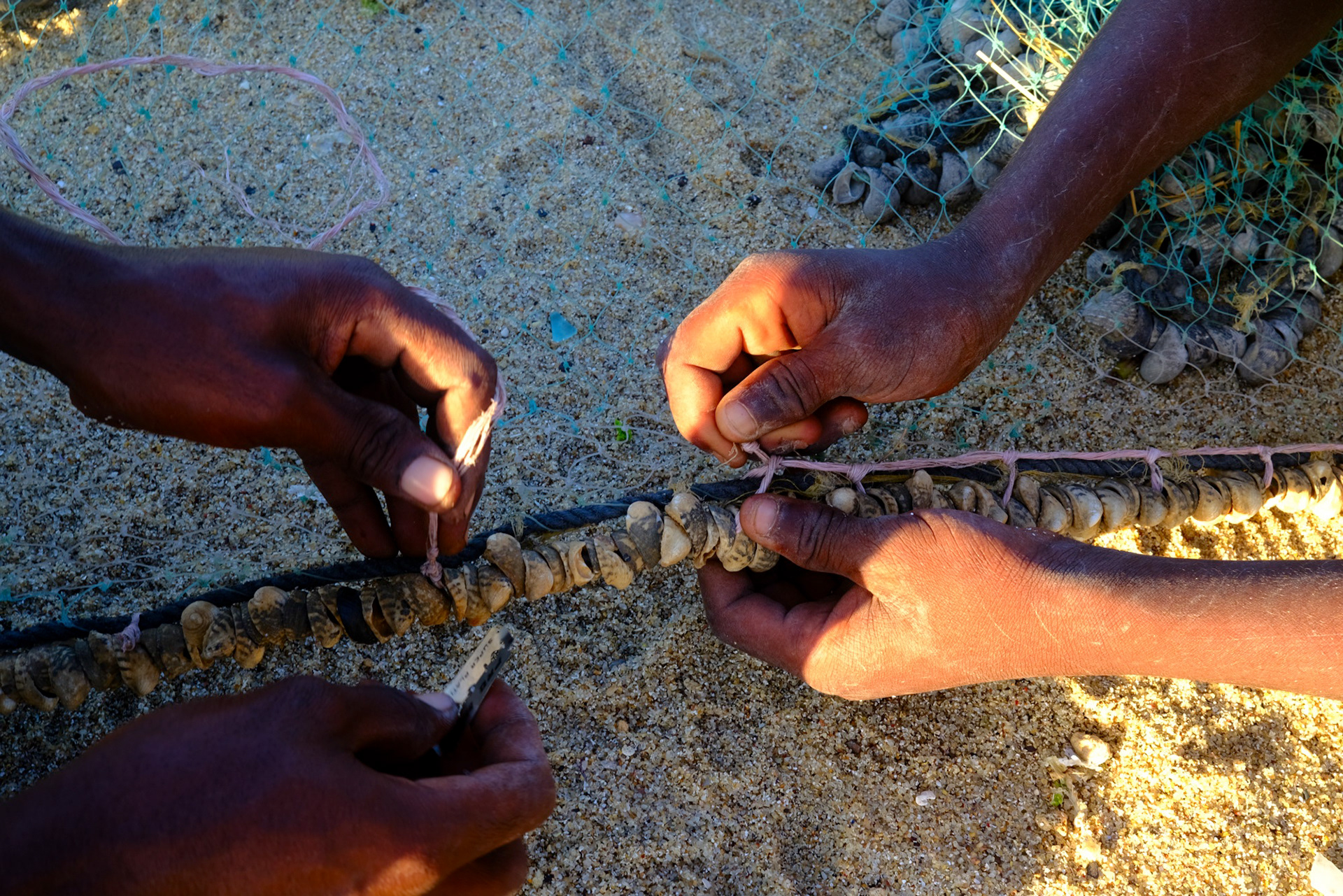
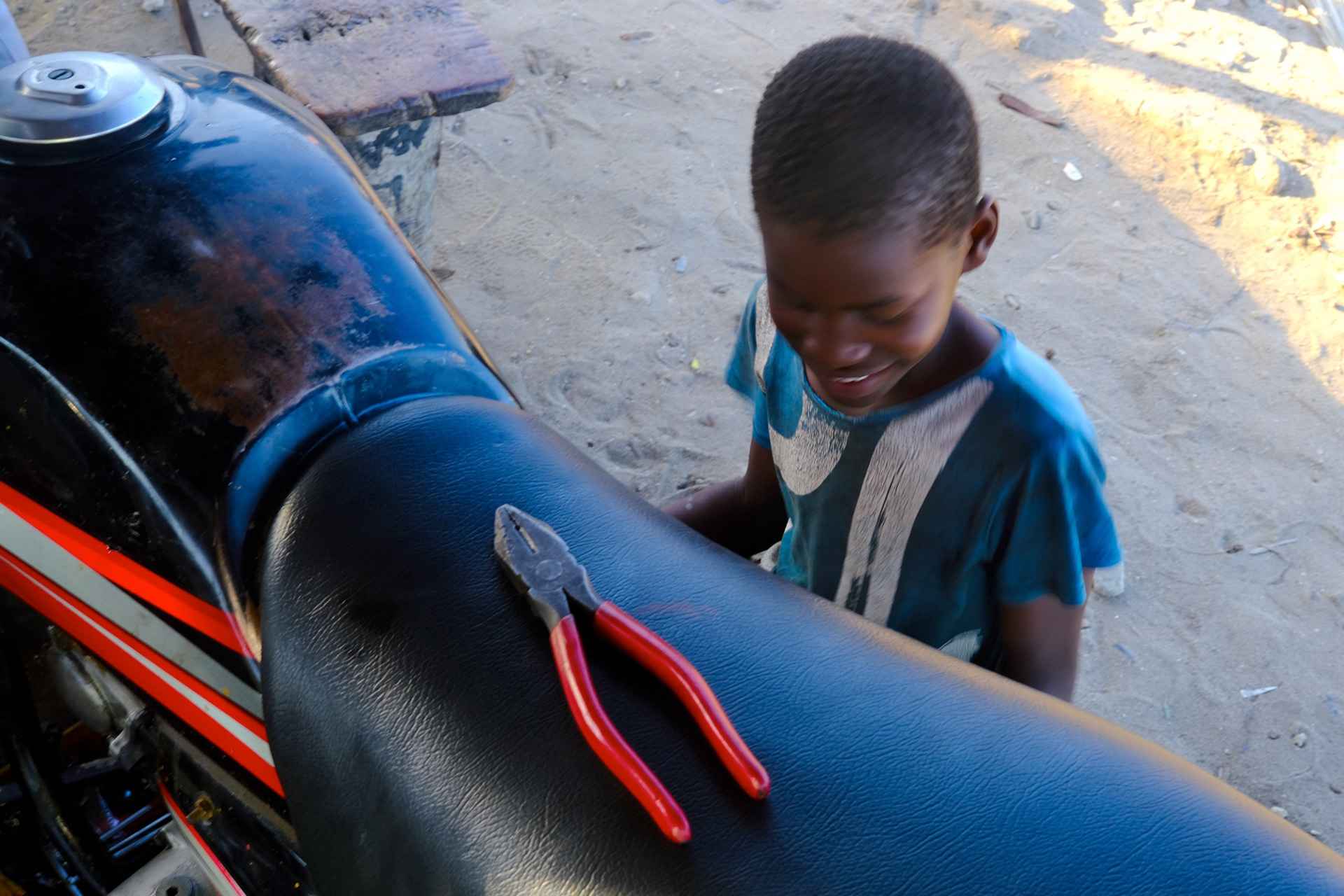
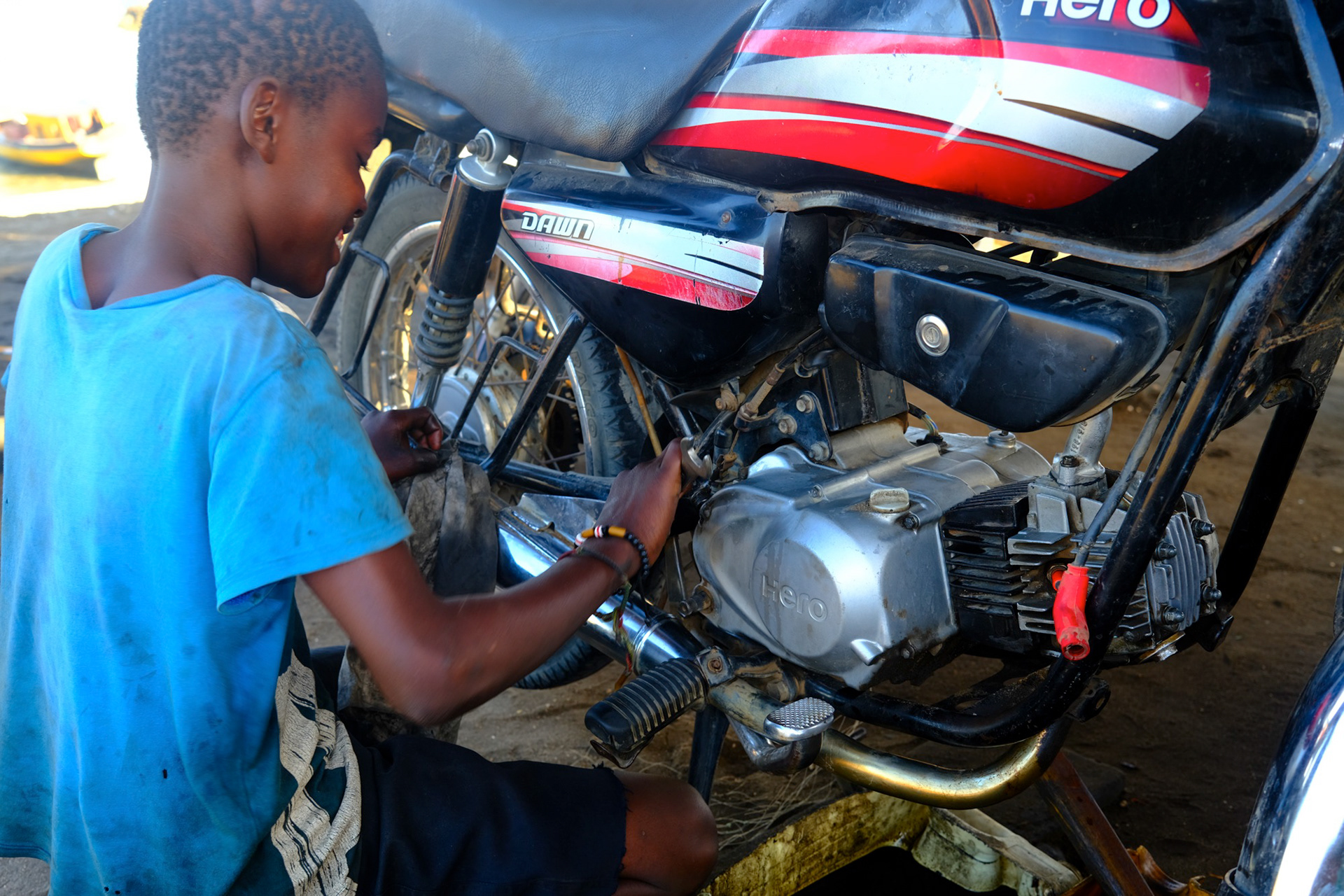
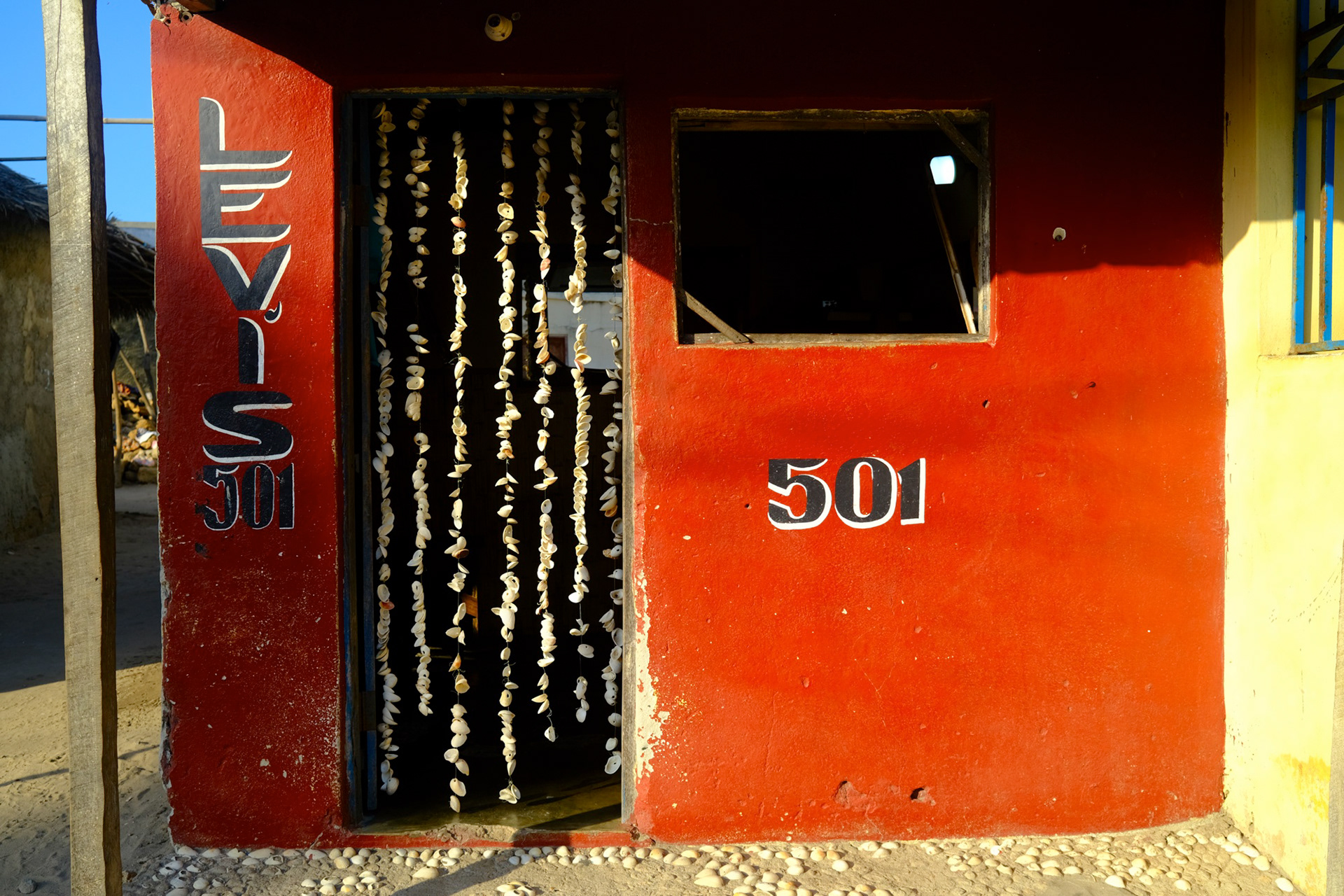
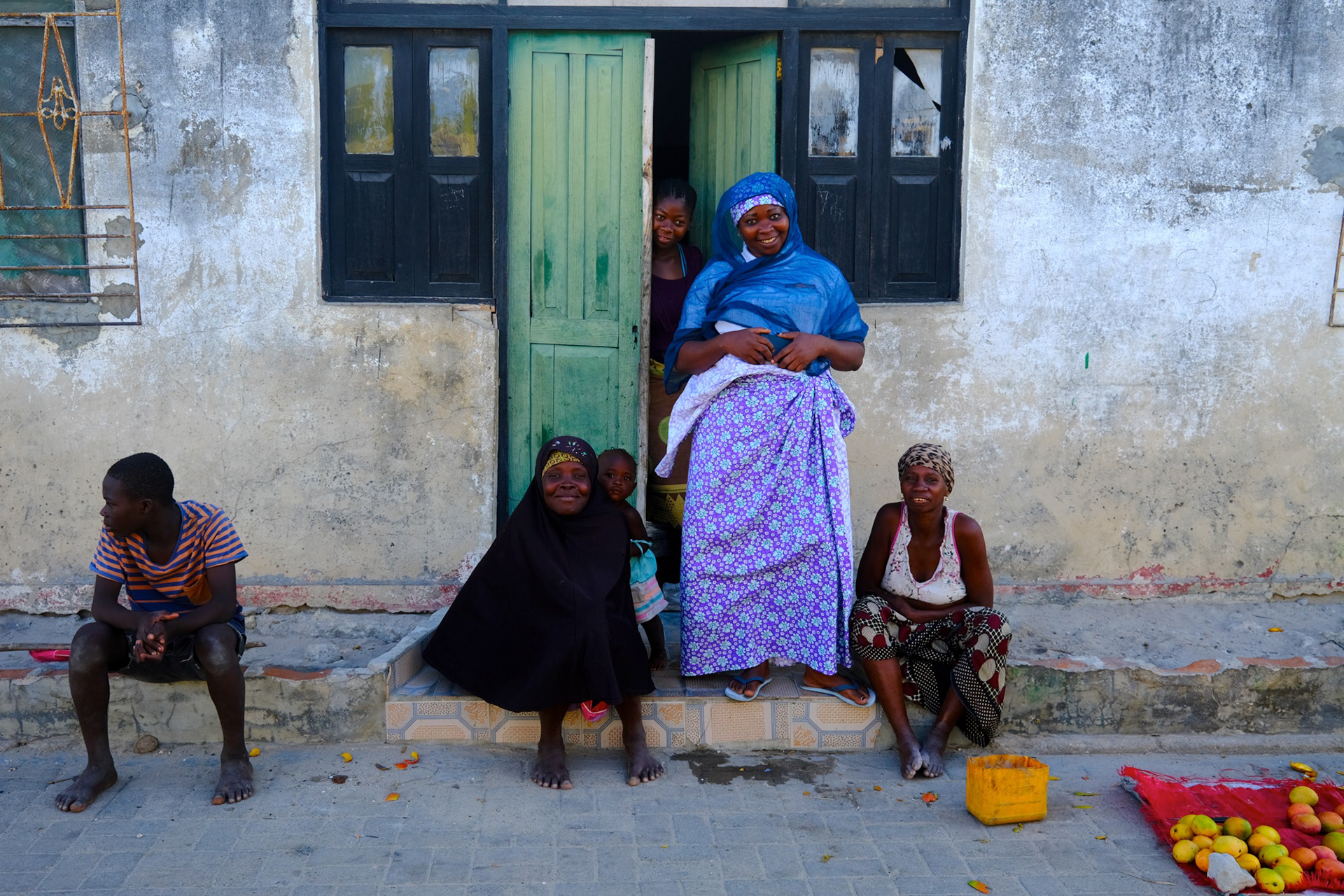
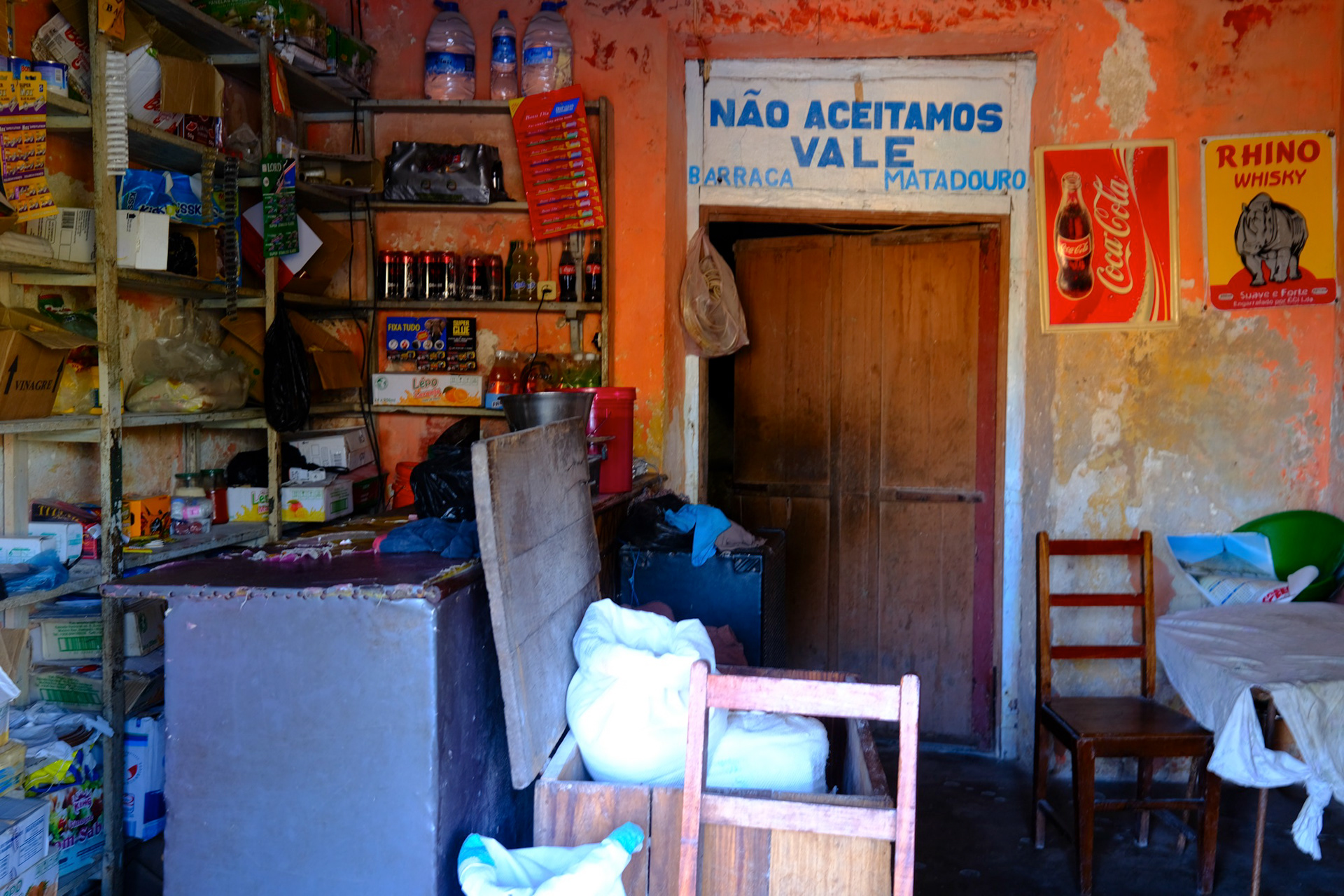
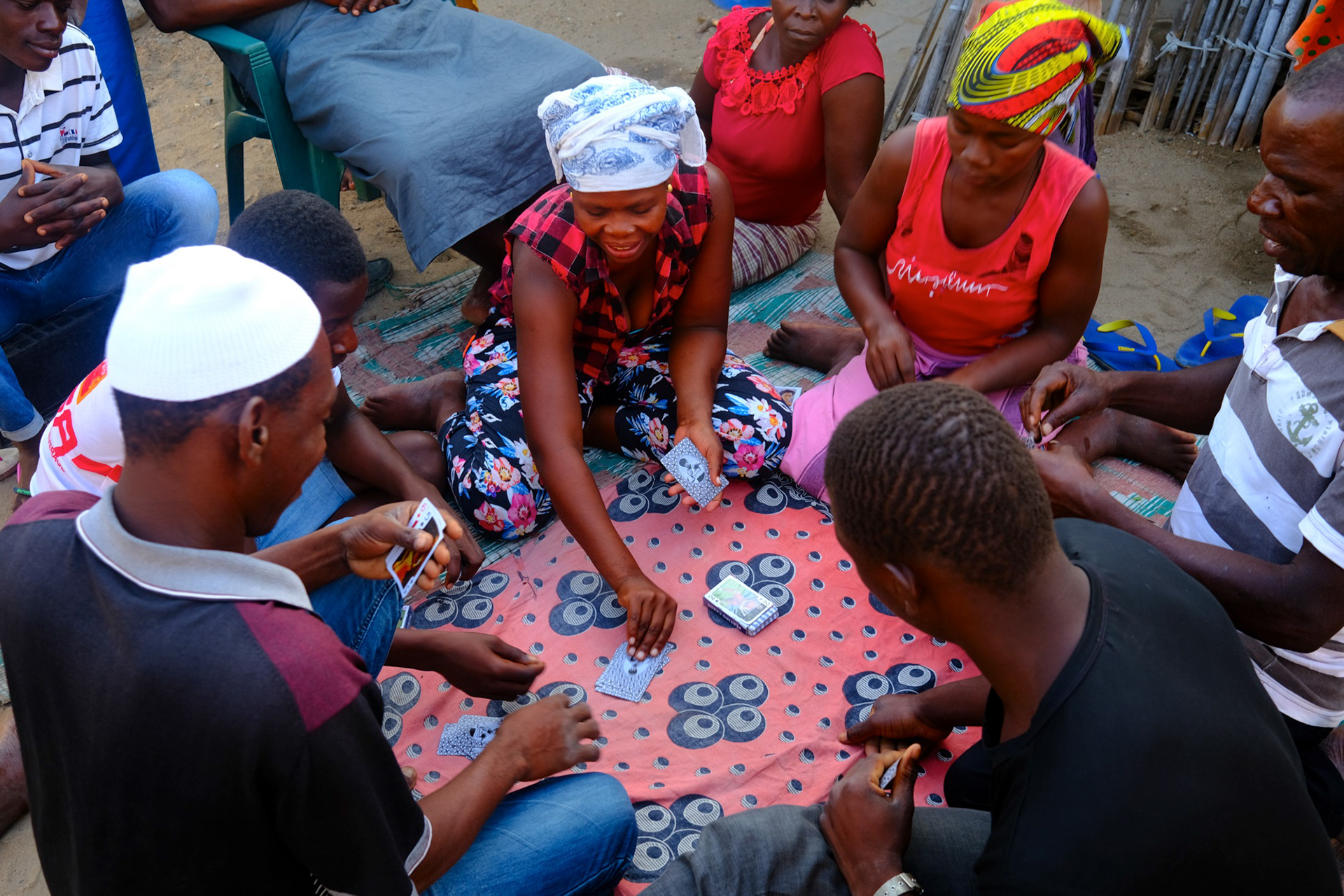
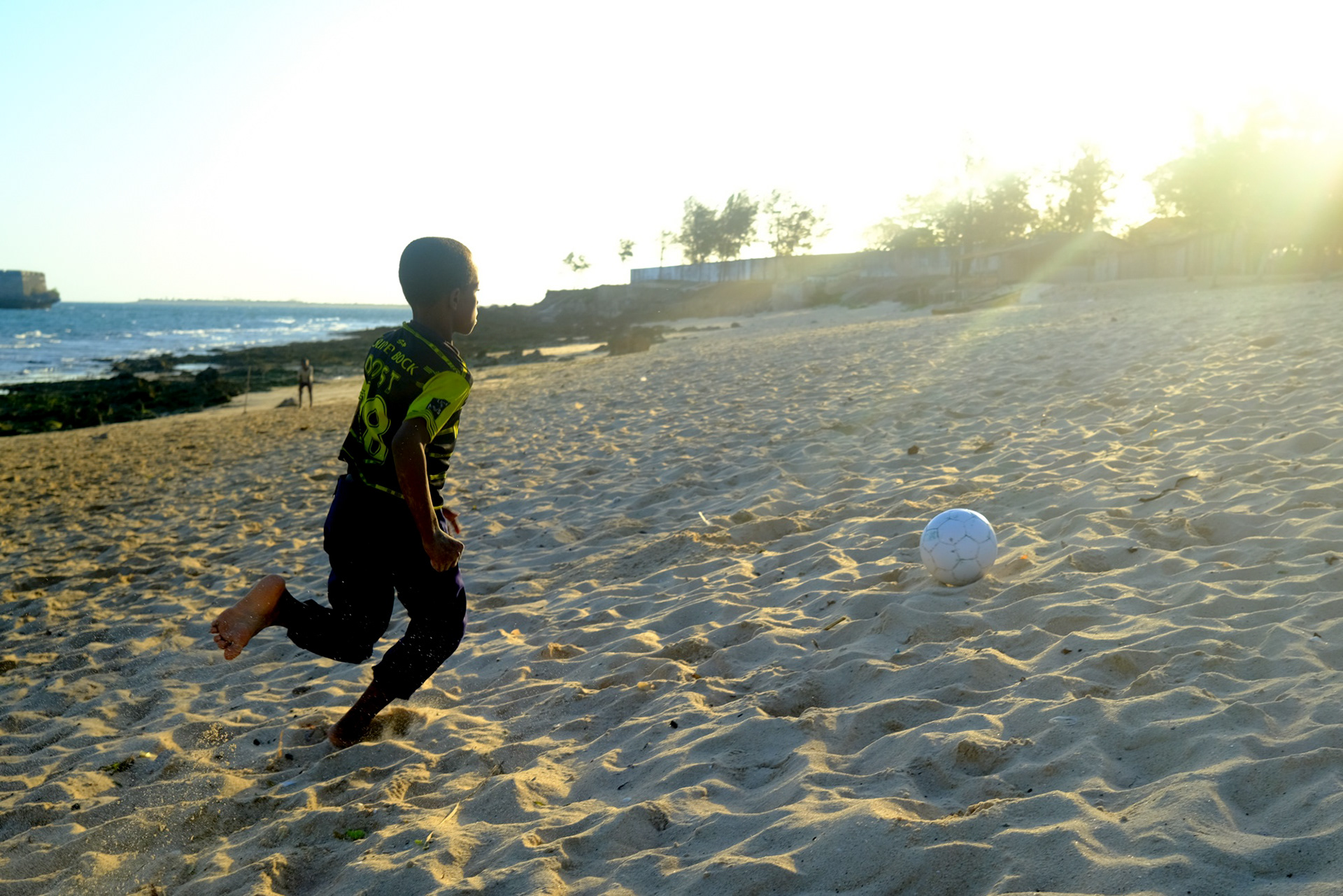
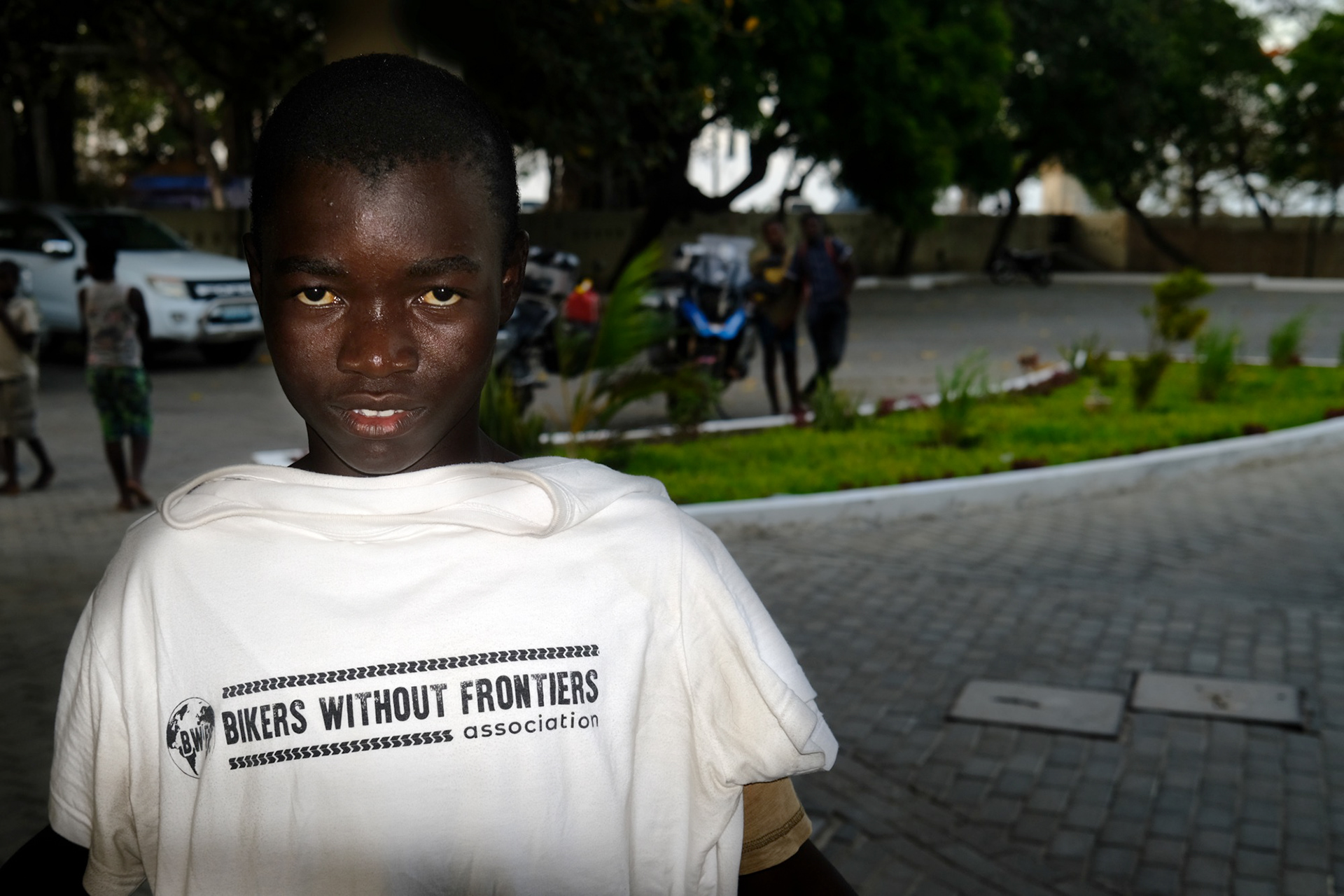
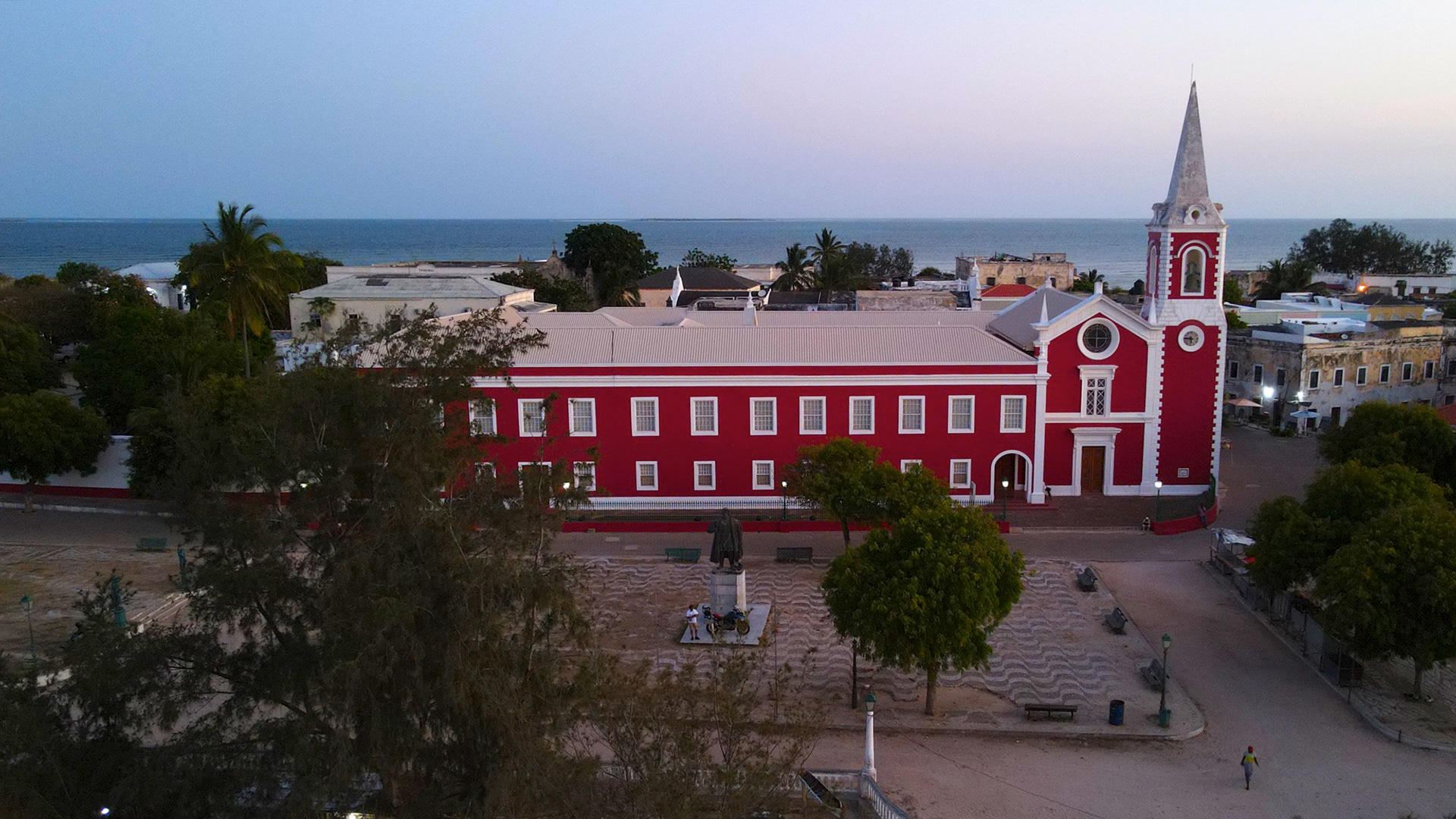
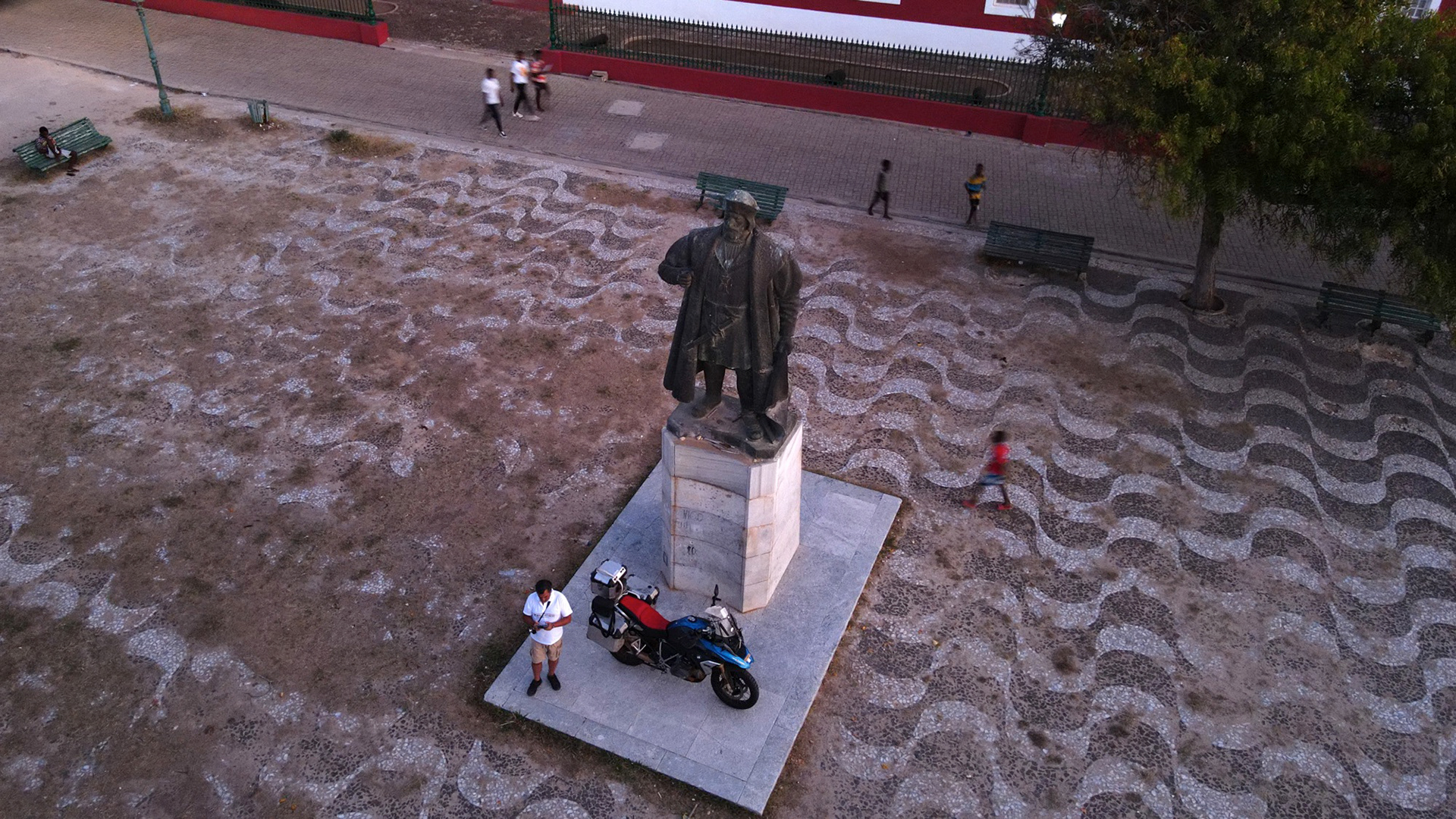
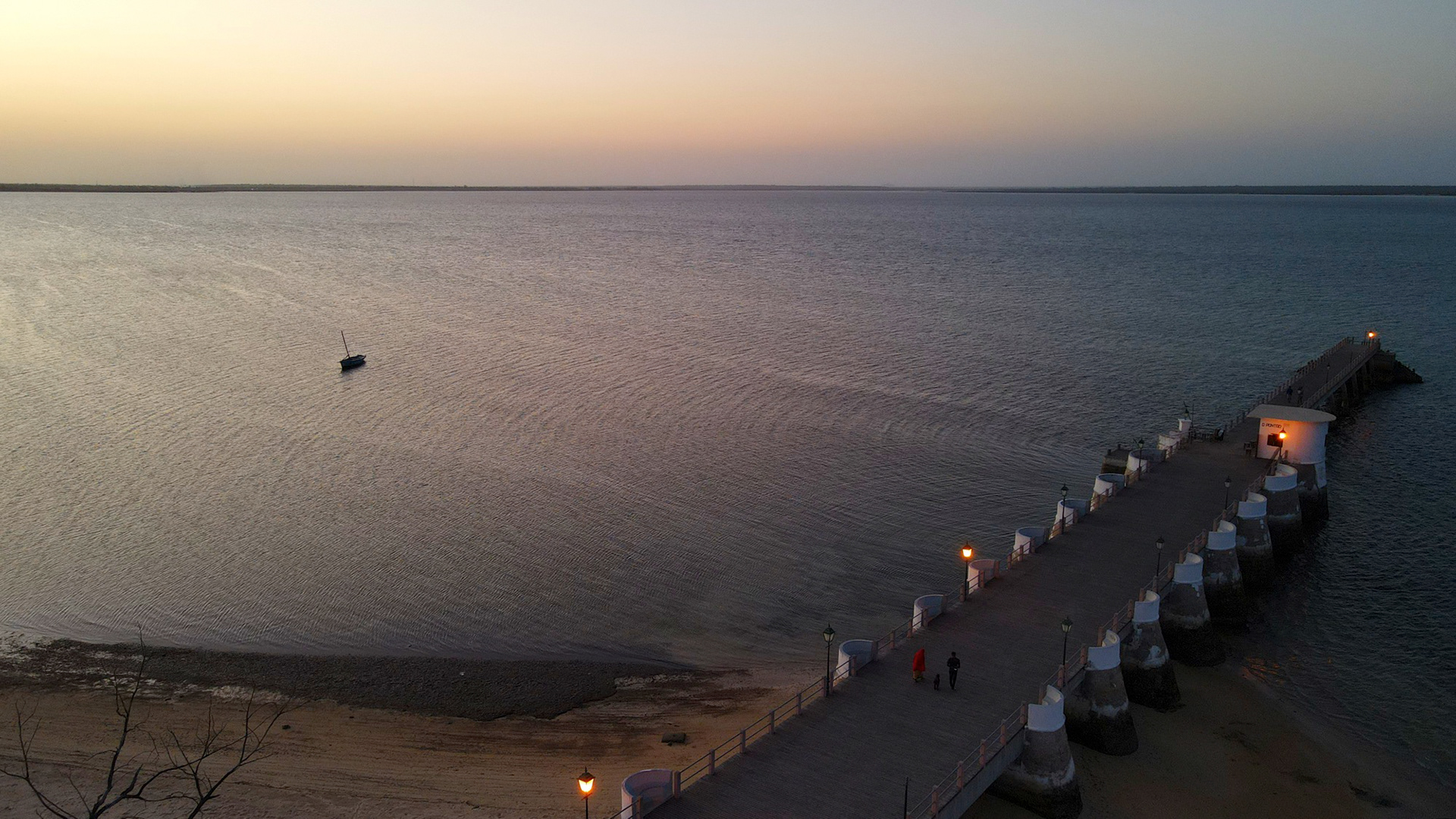
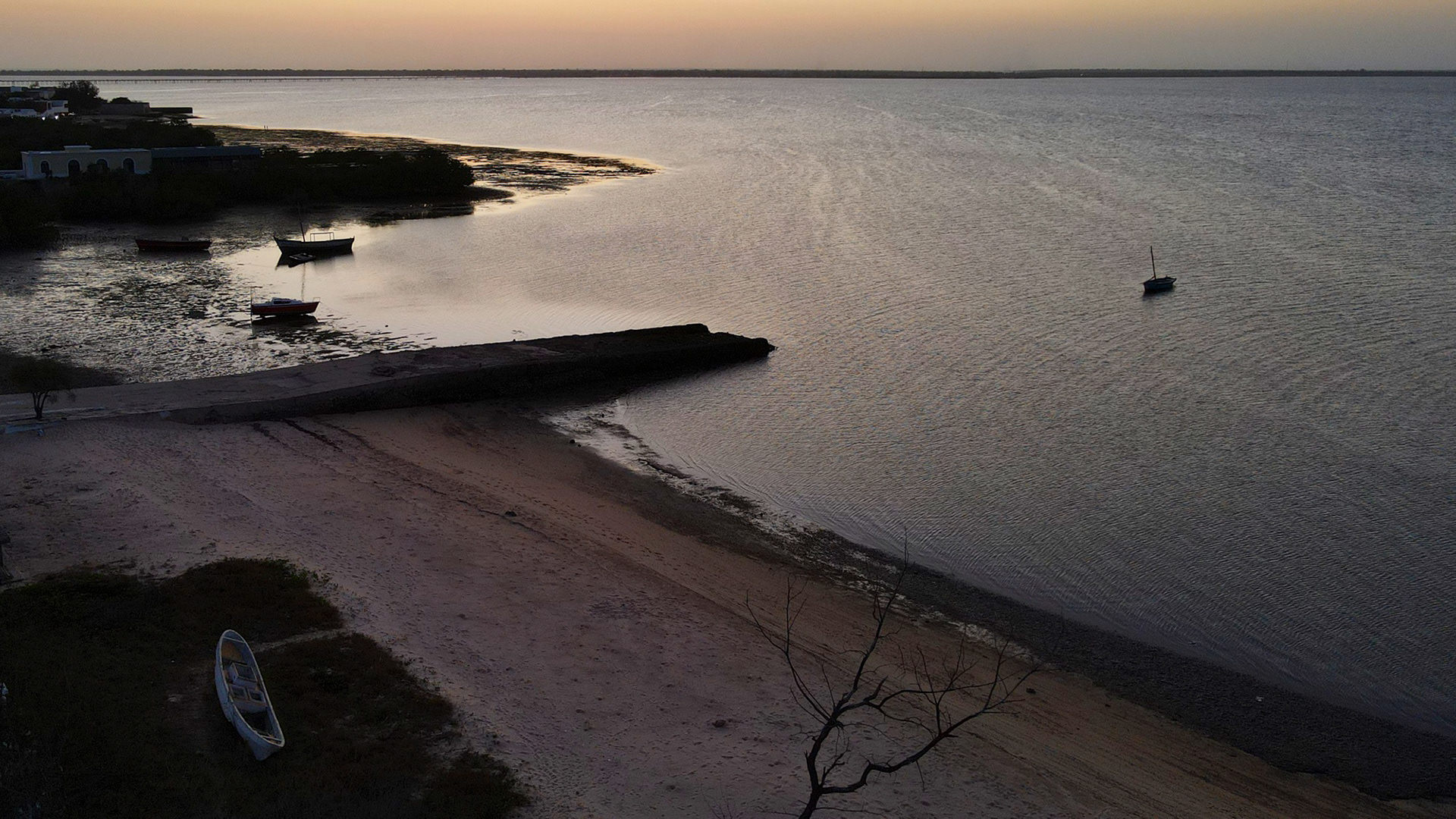
Day 17 Ilha de Moçambique
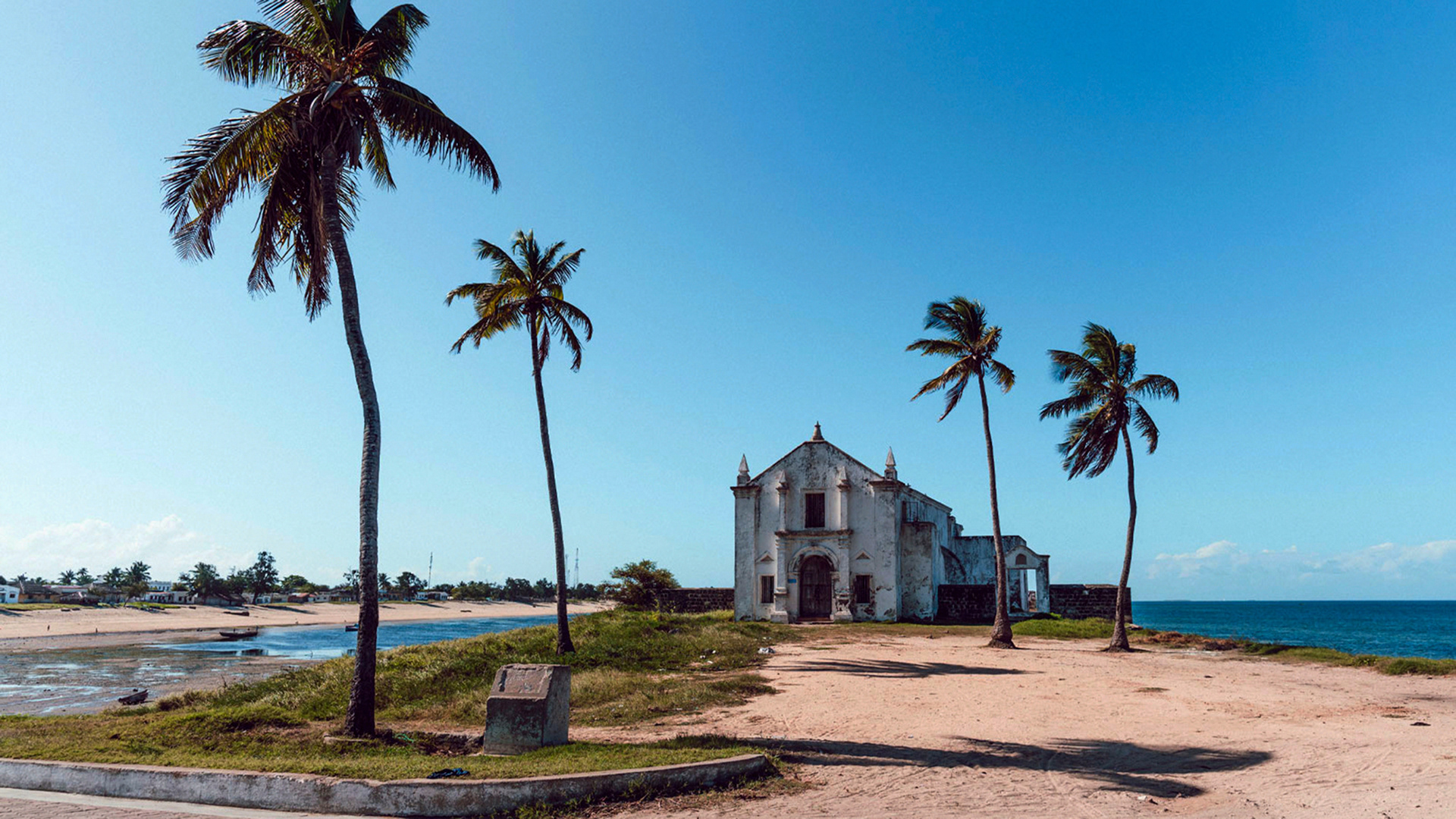
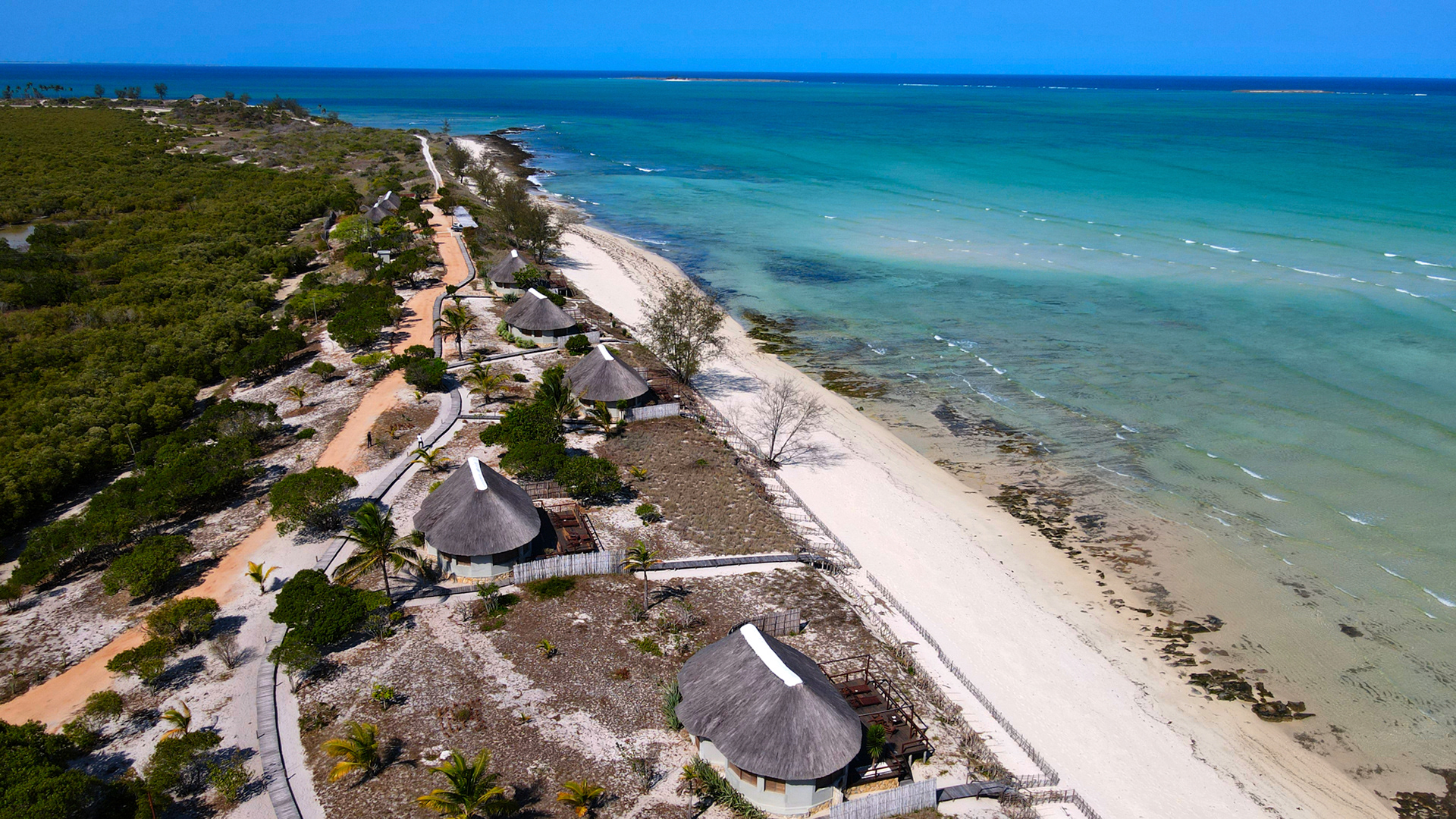
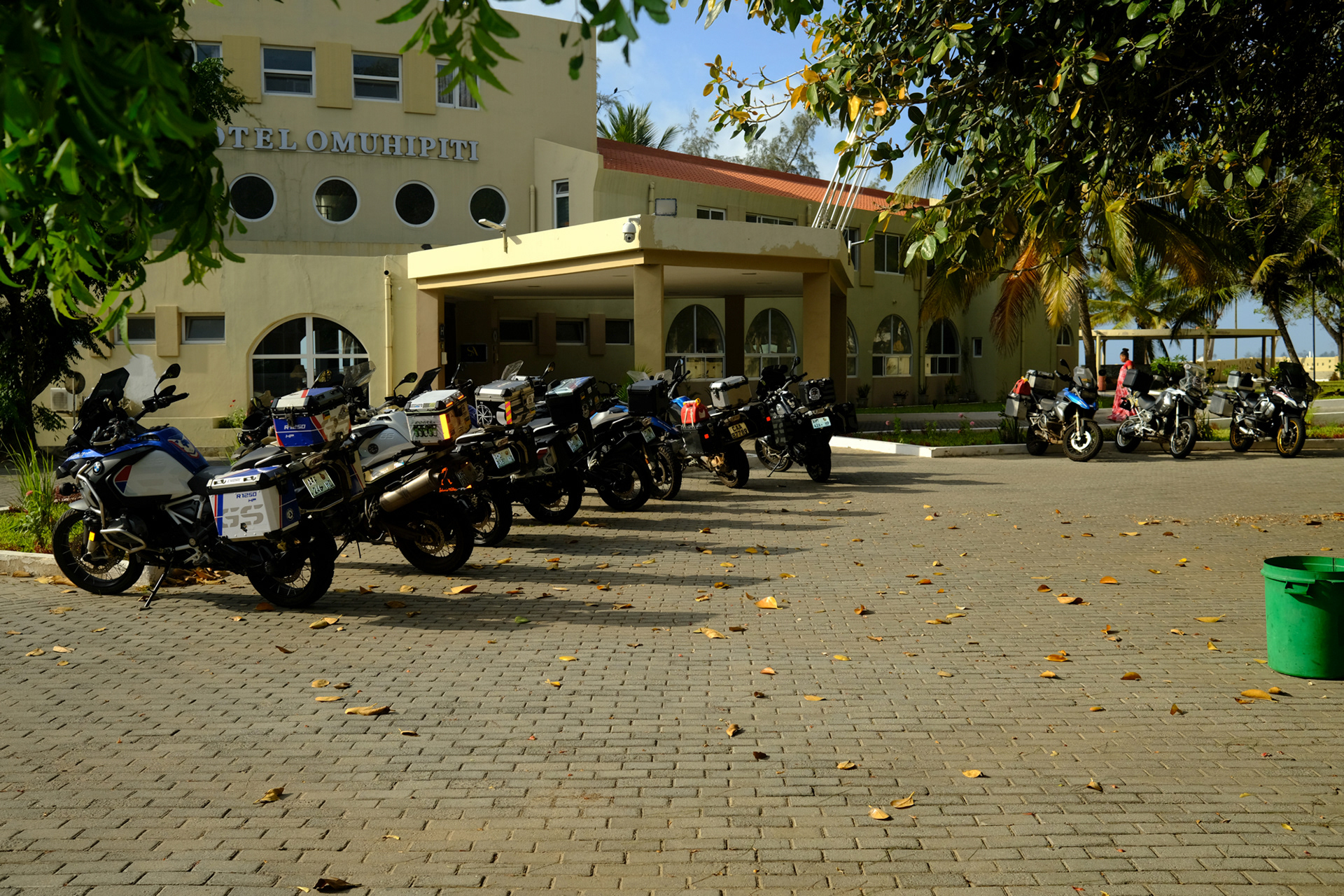
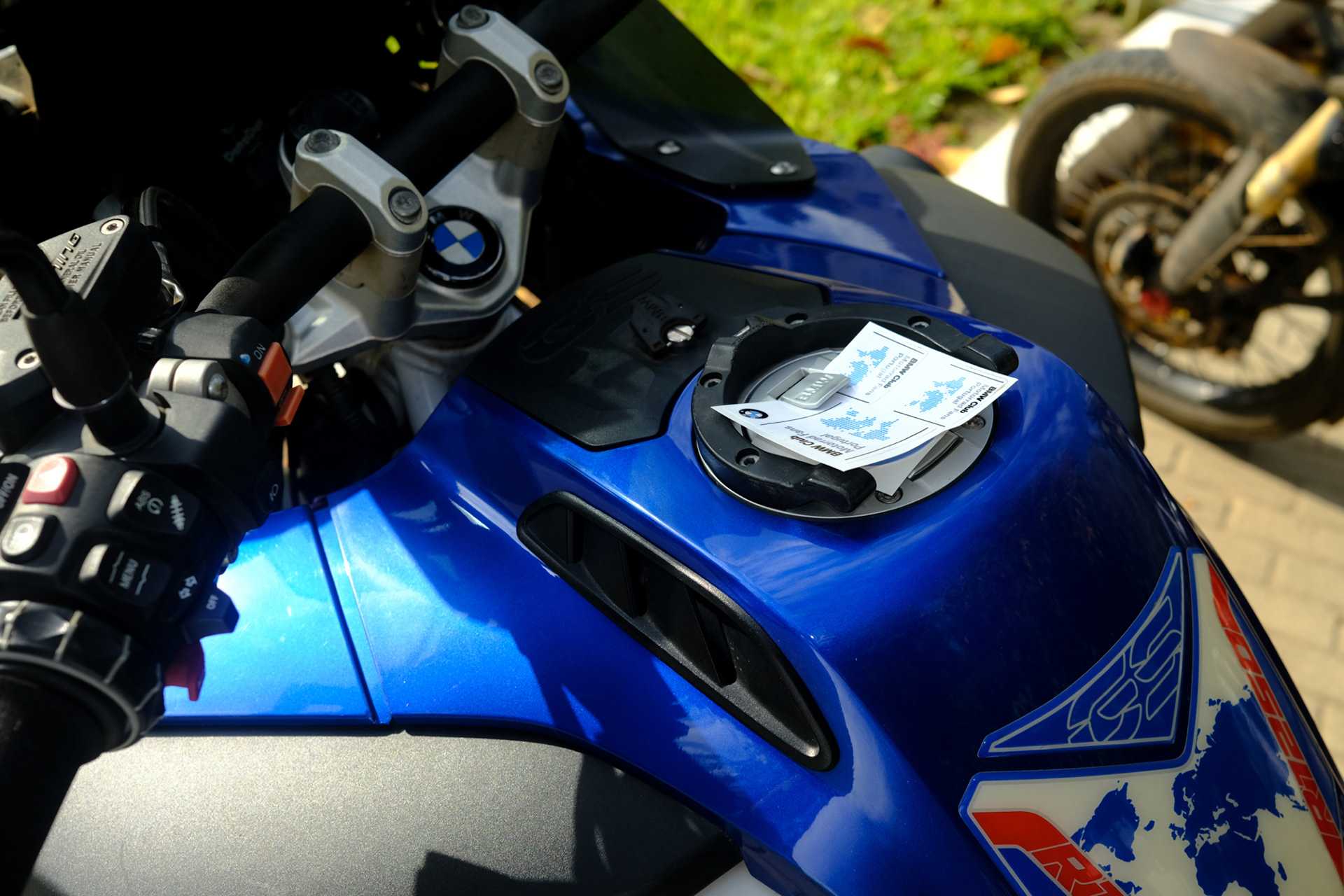
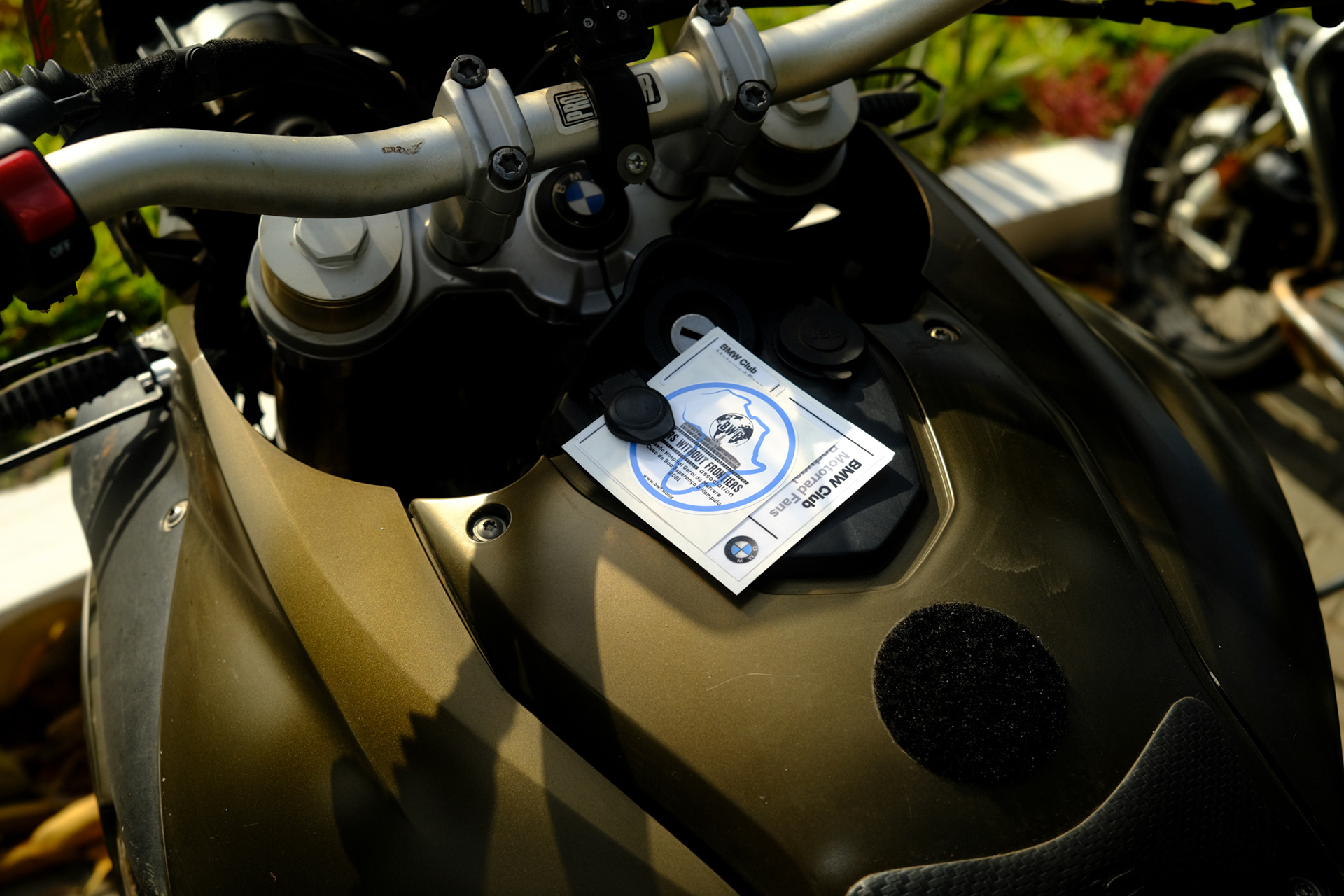
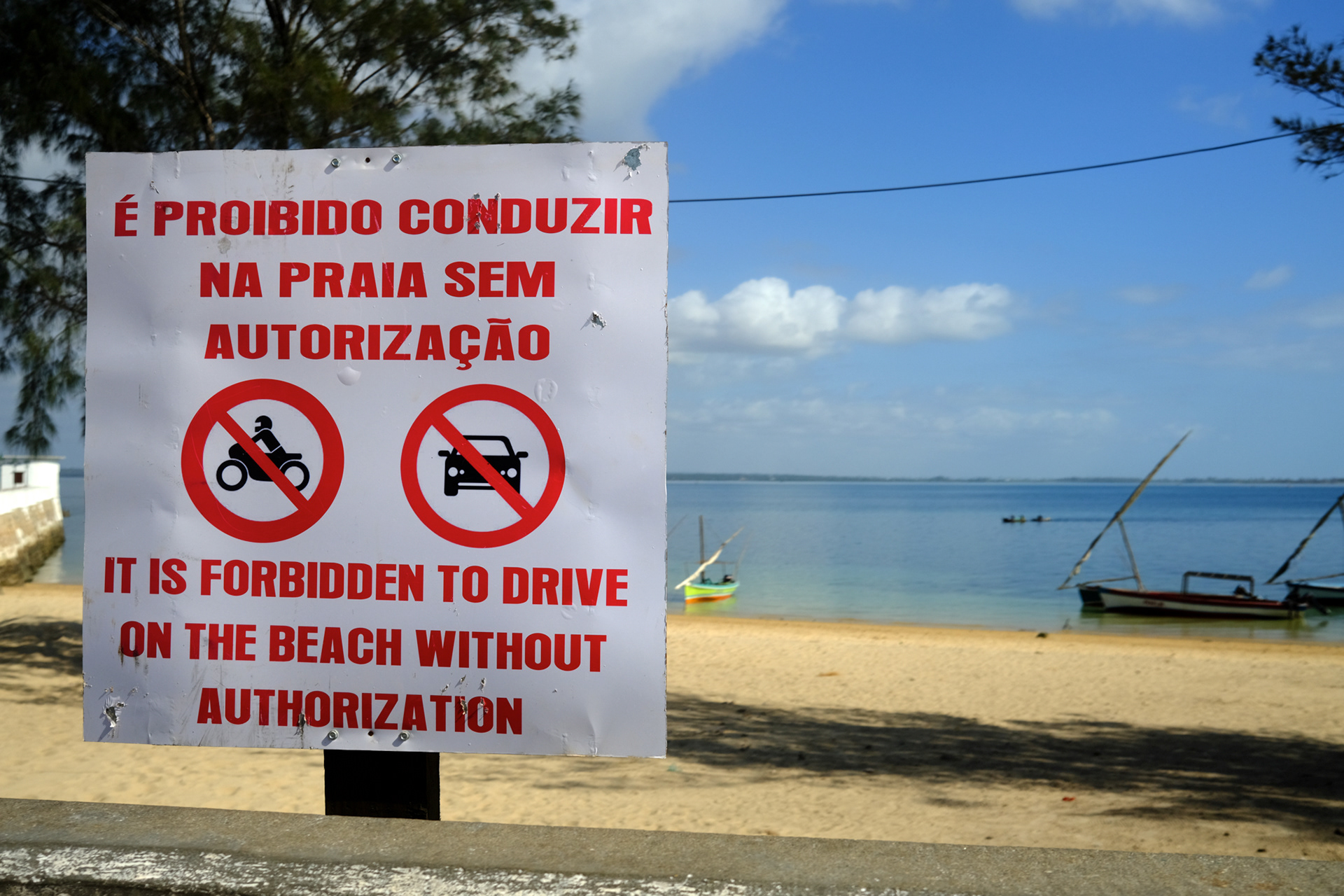
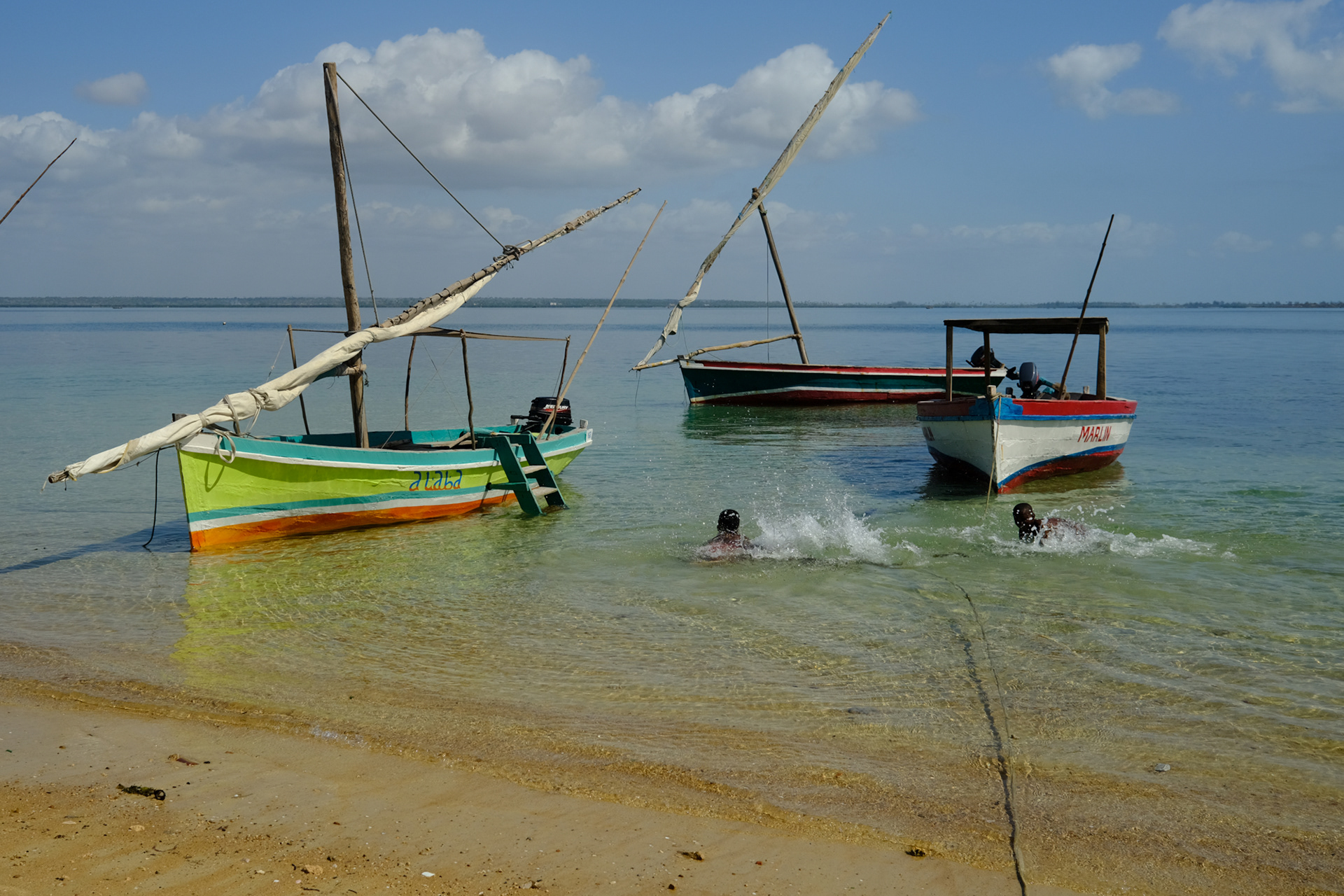
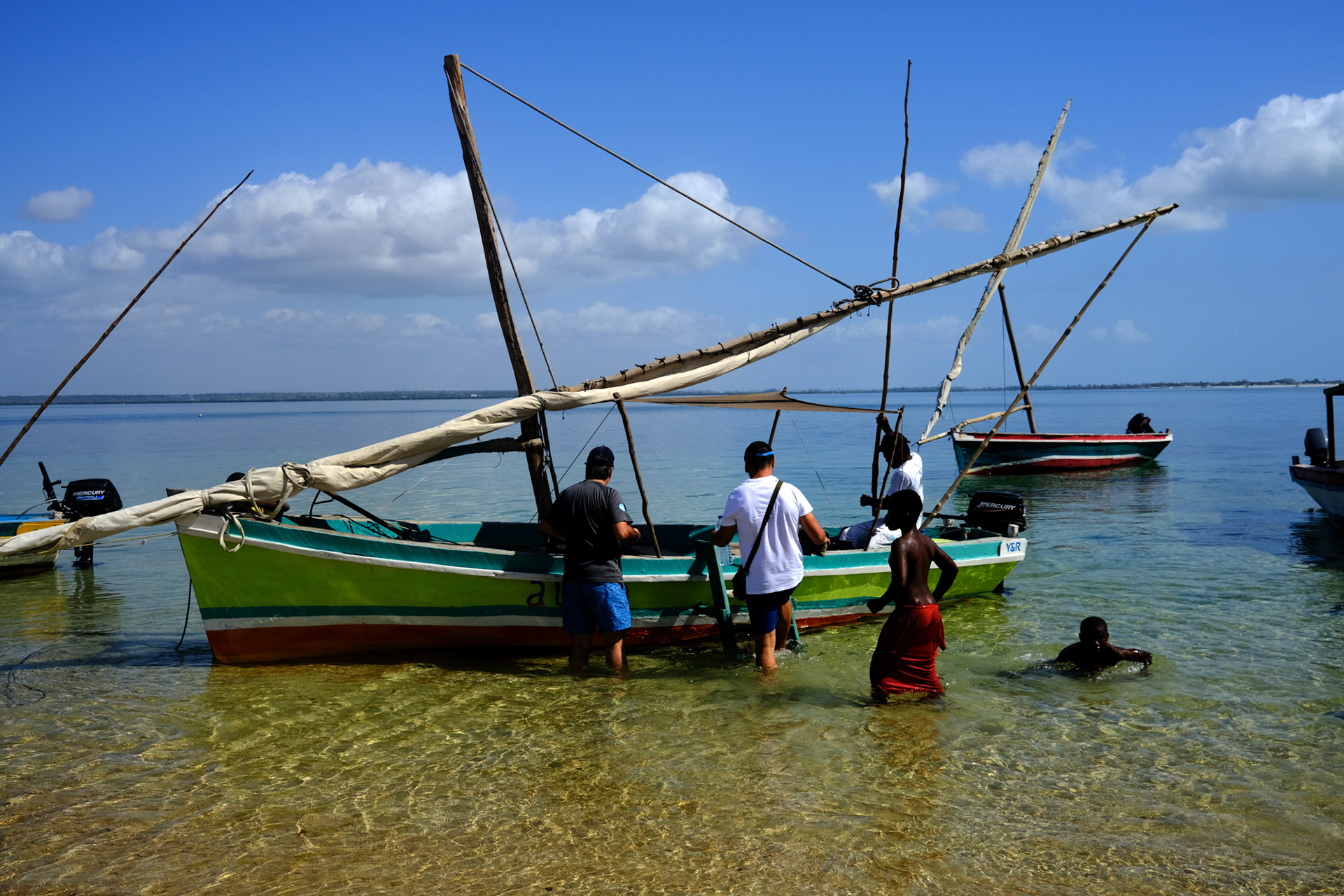
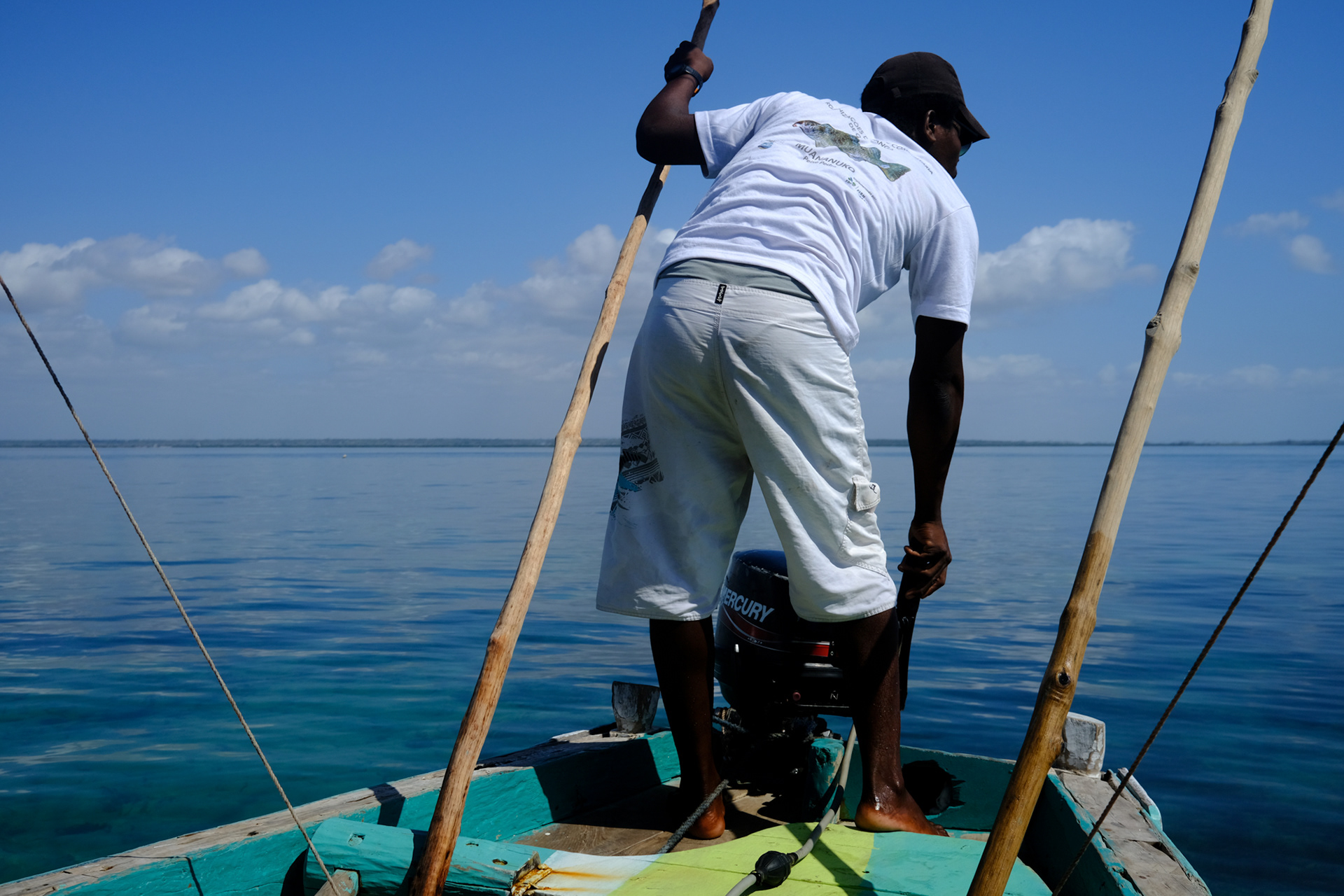
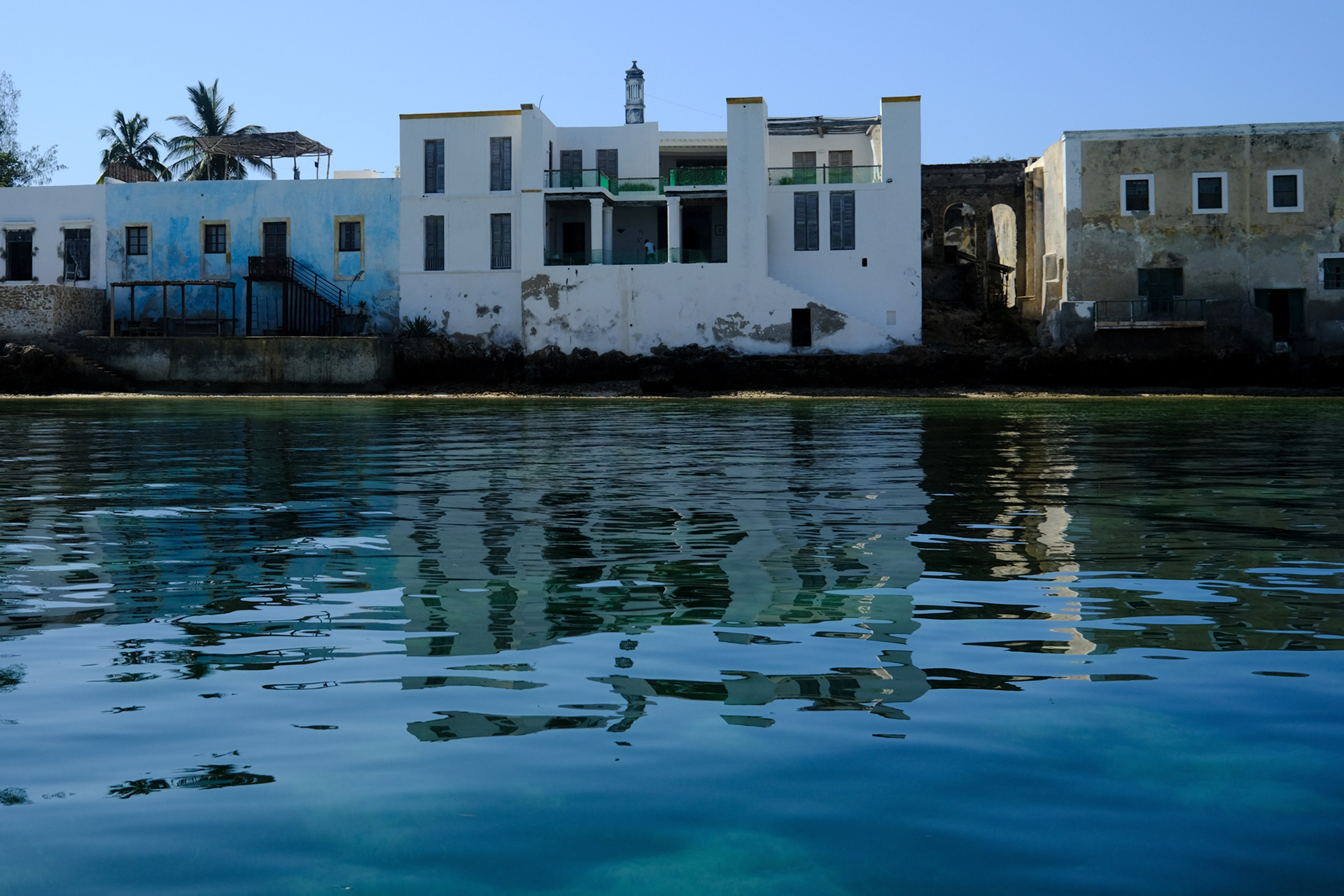
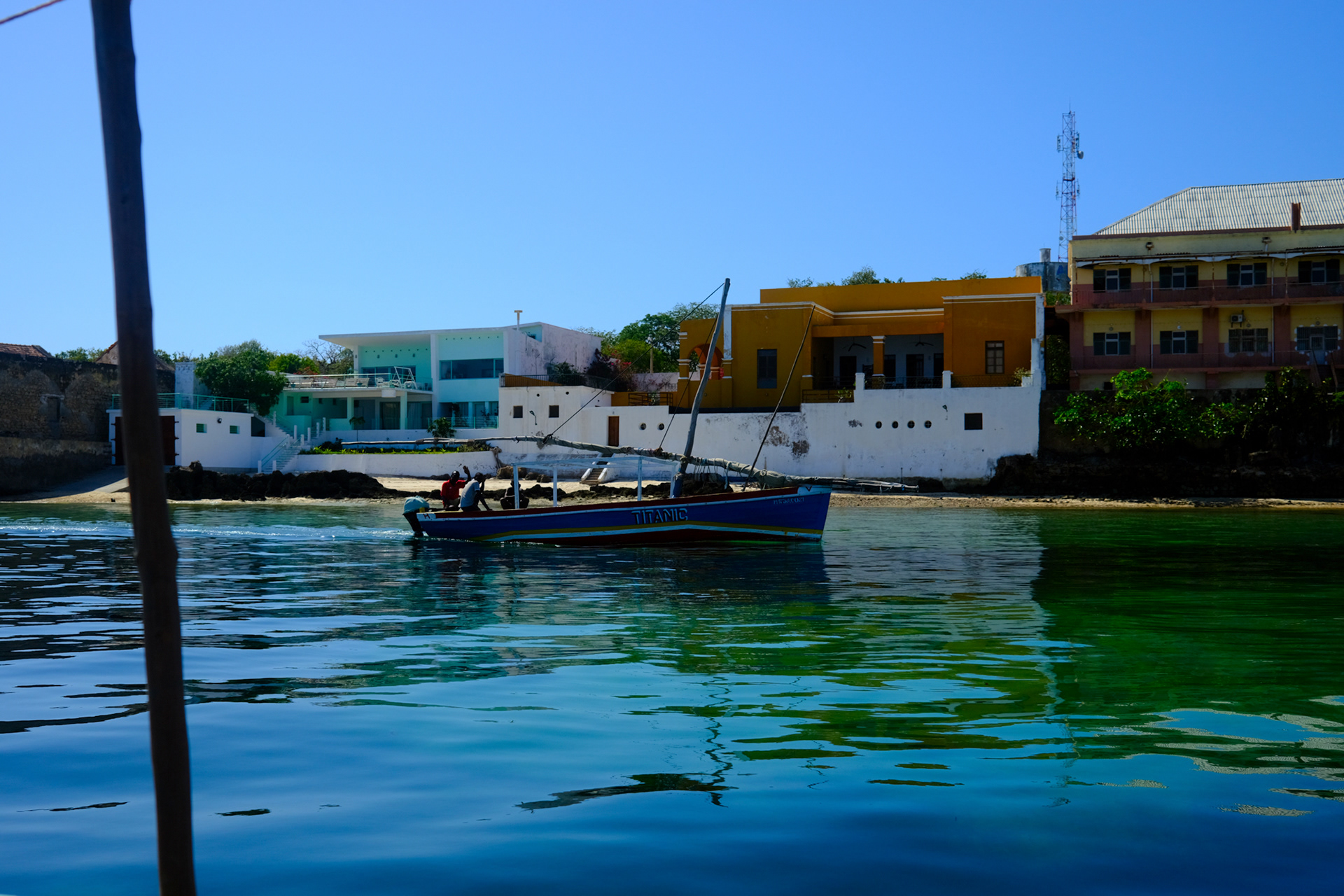
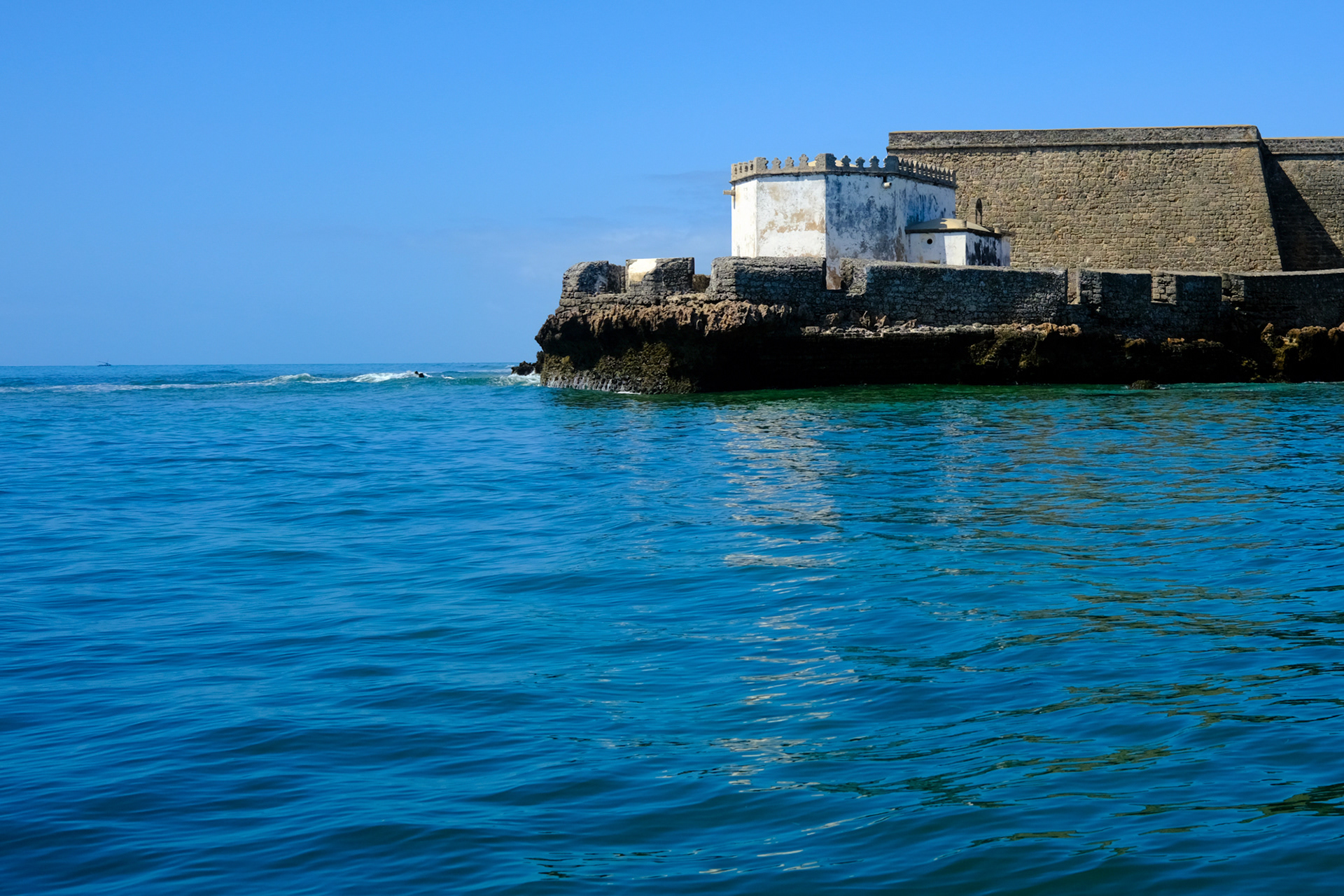
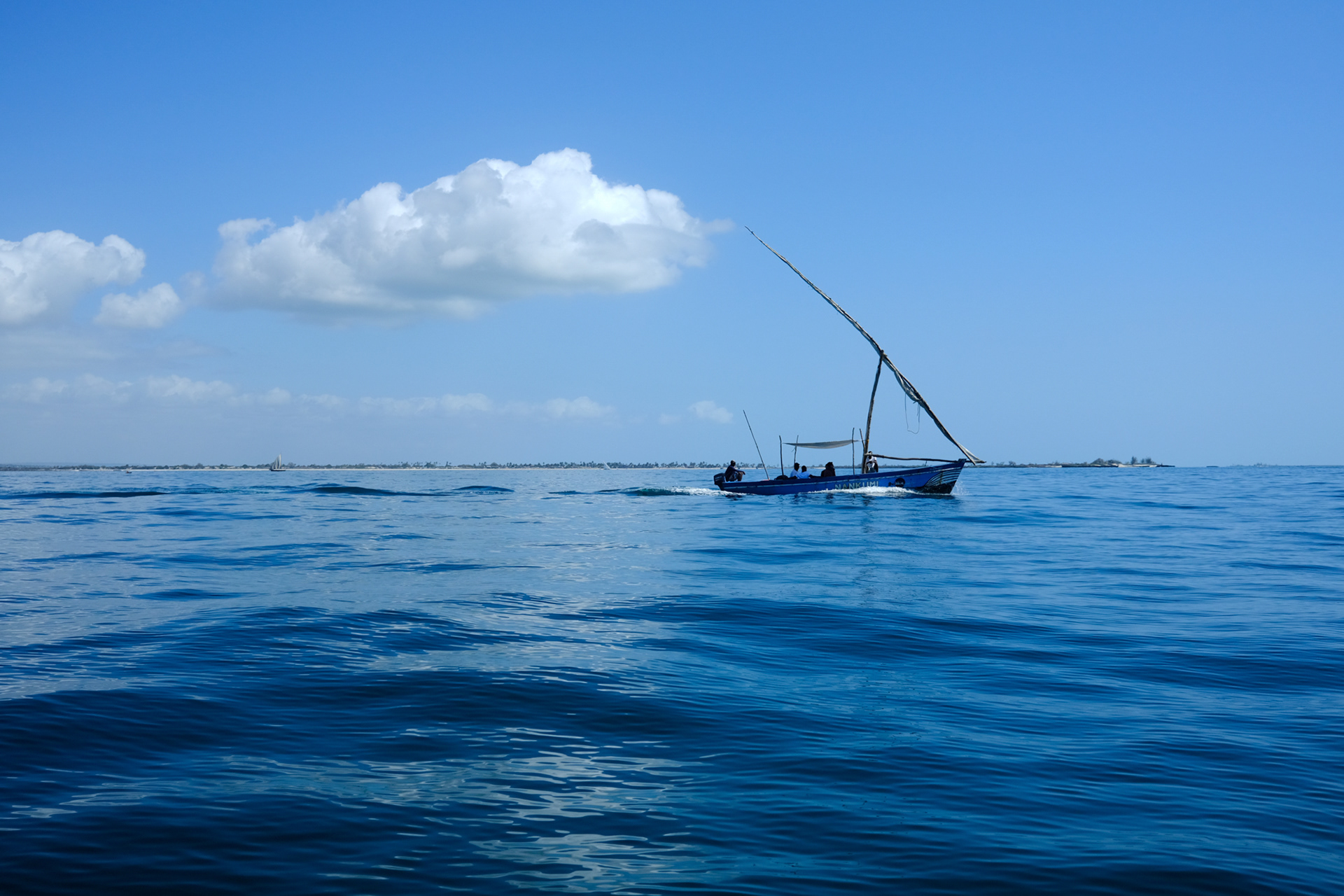
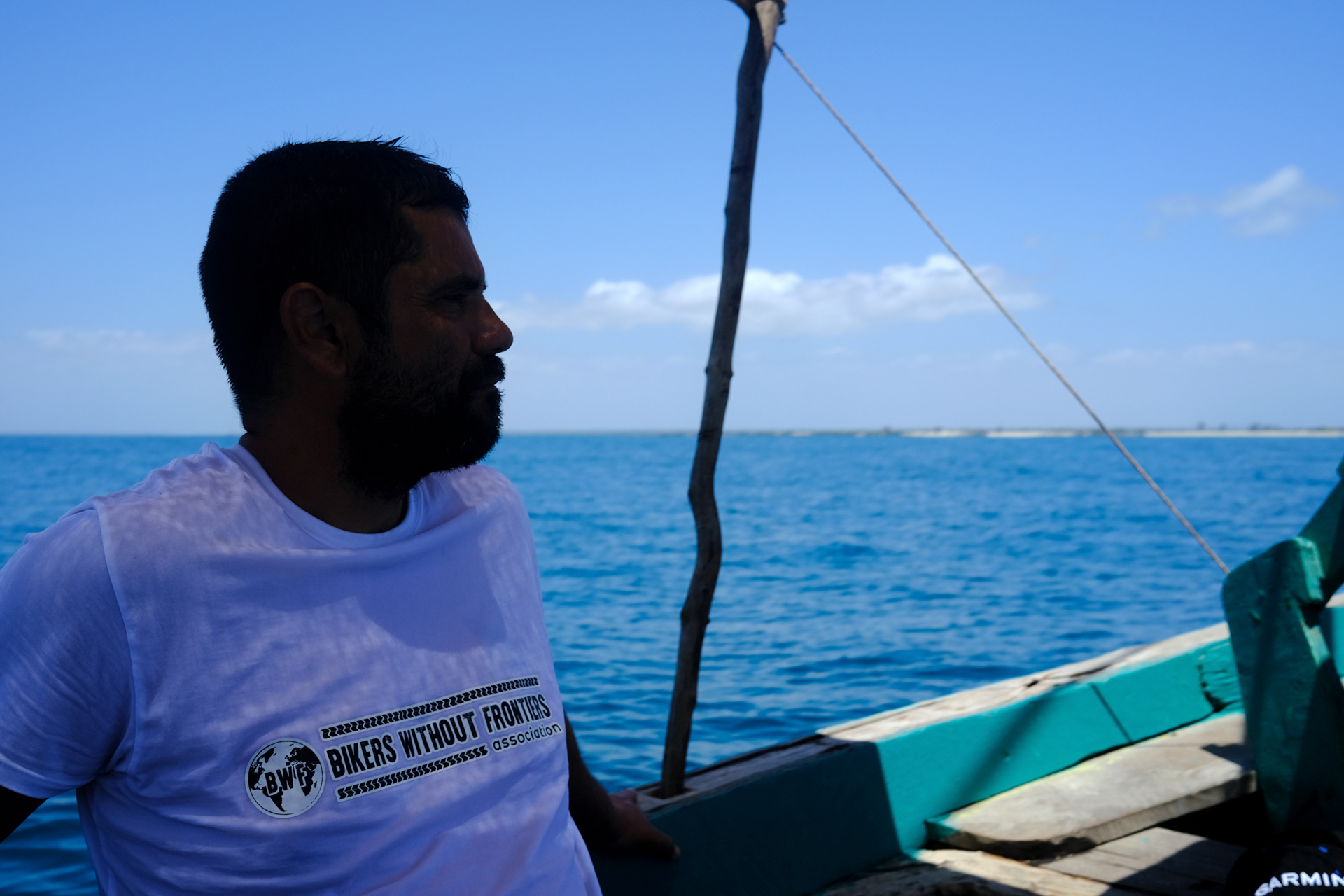
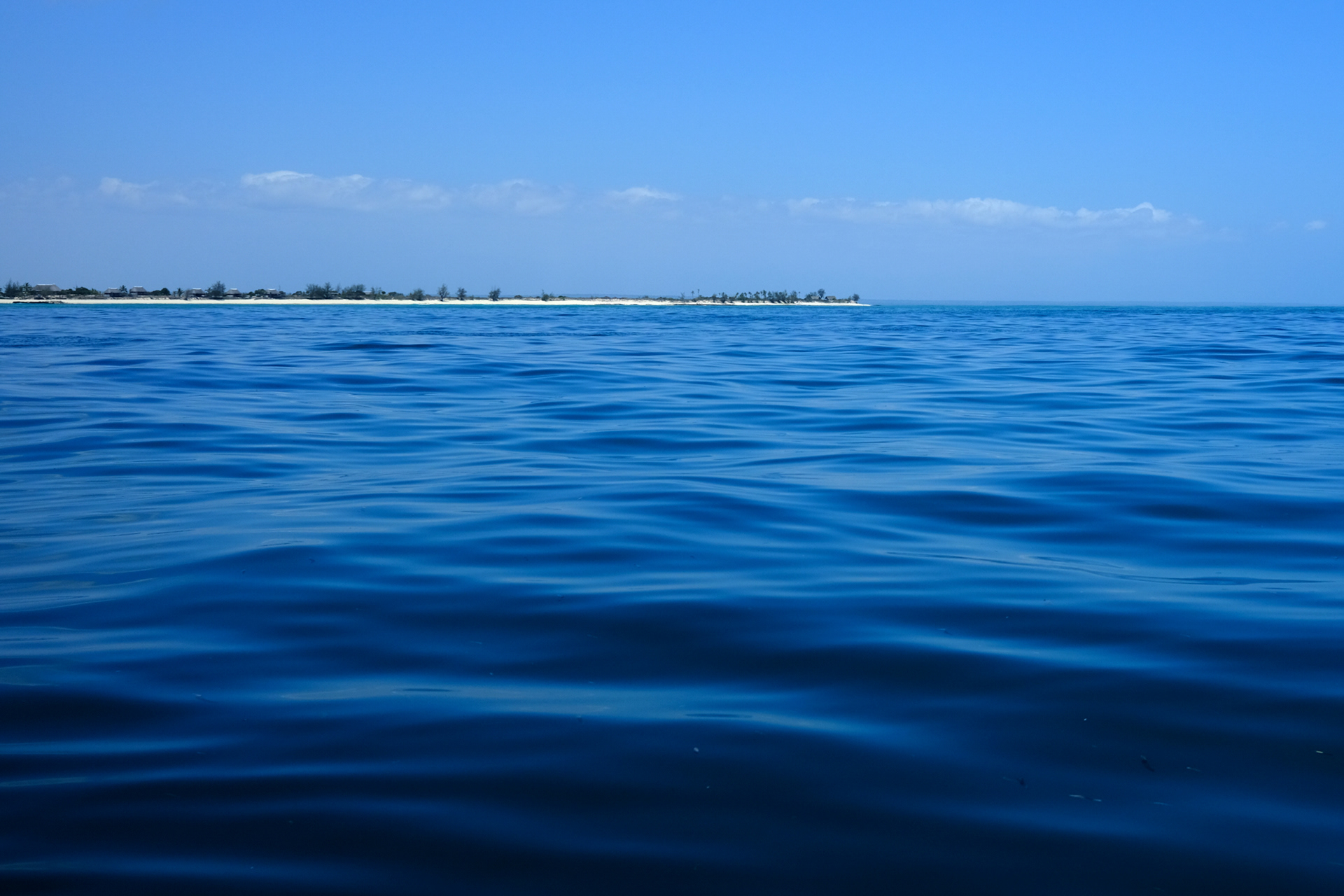
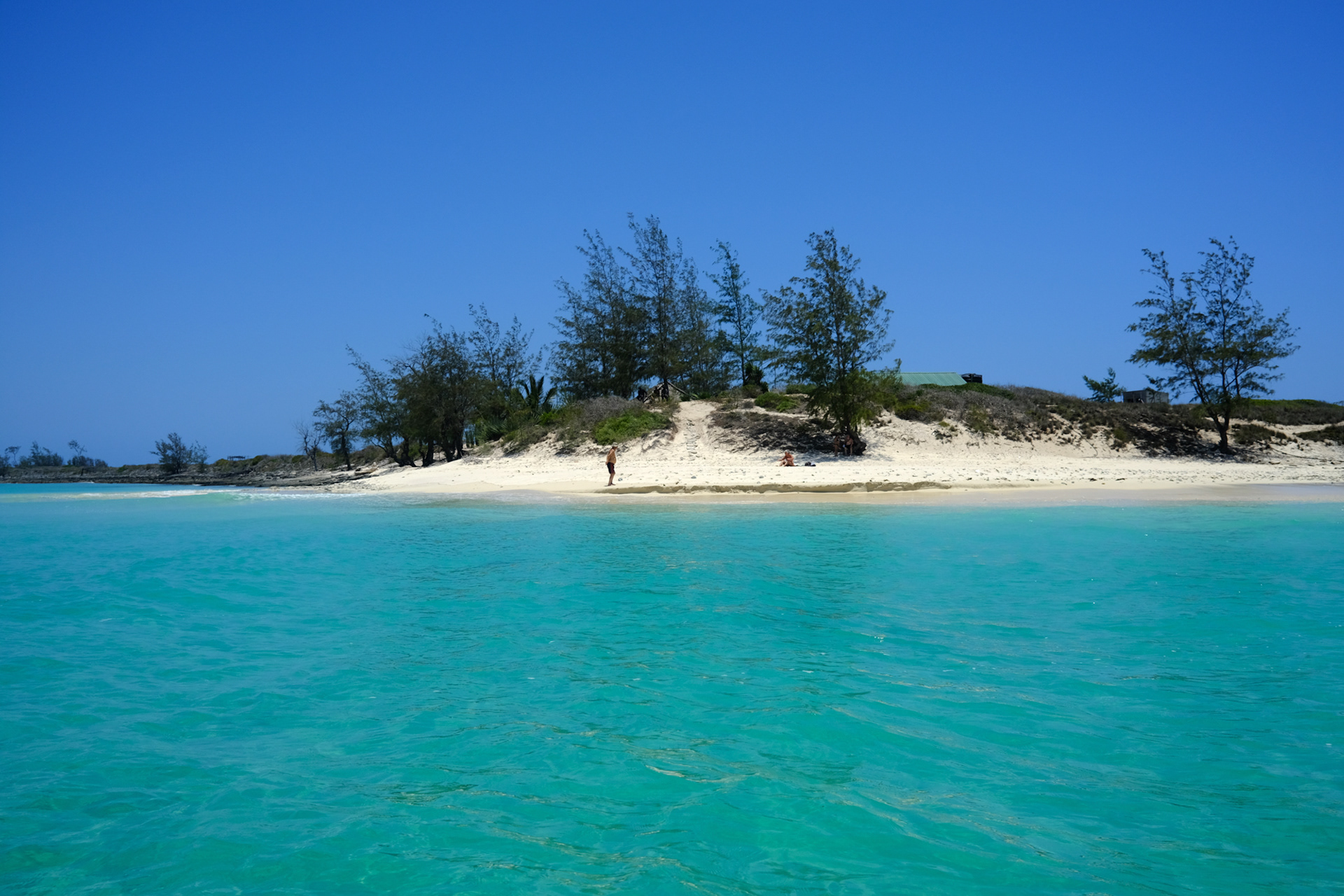
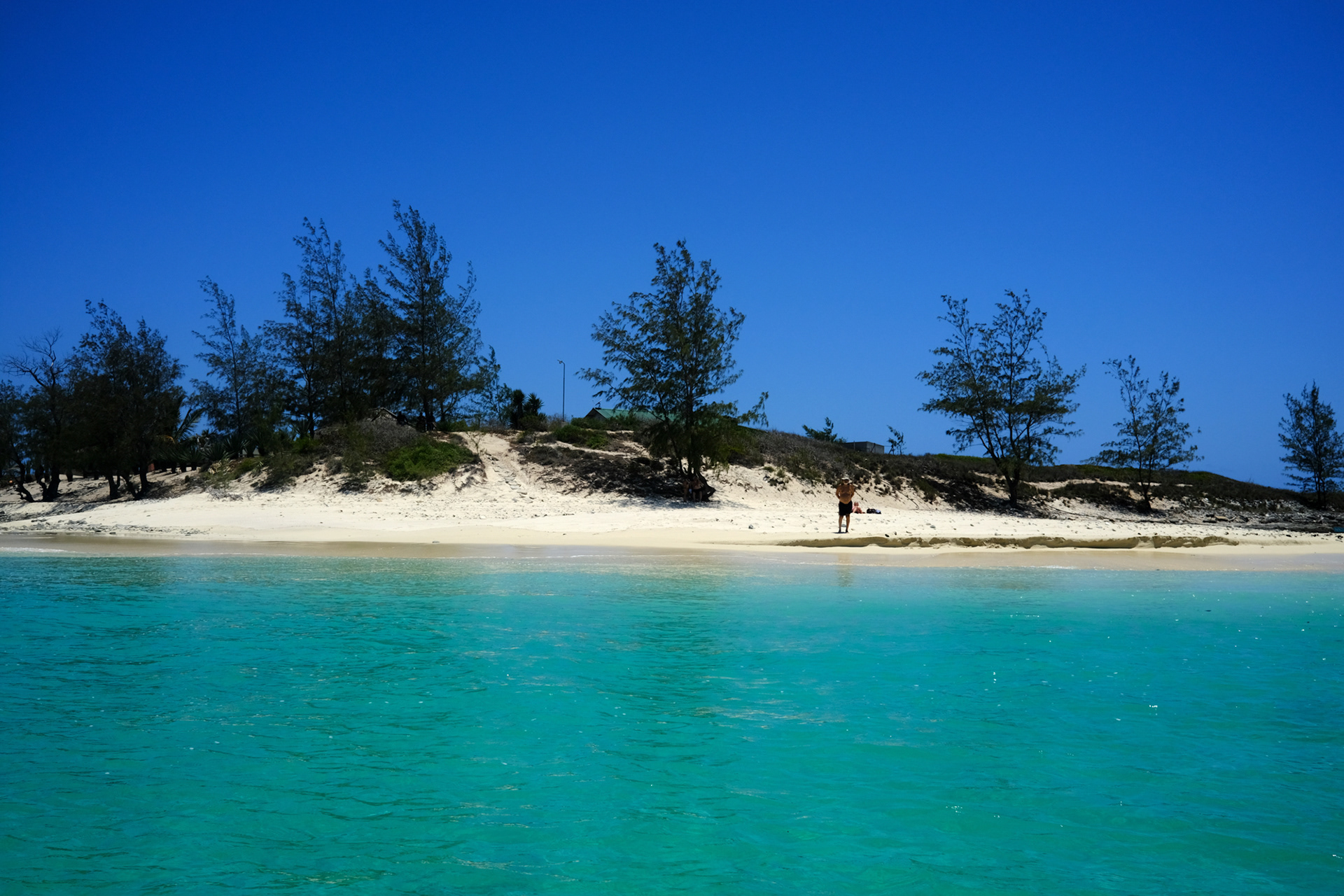
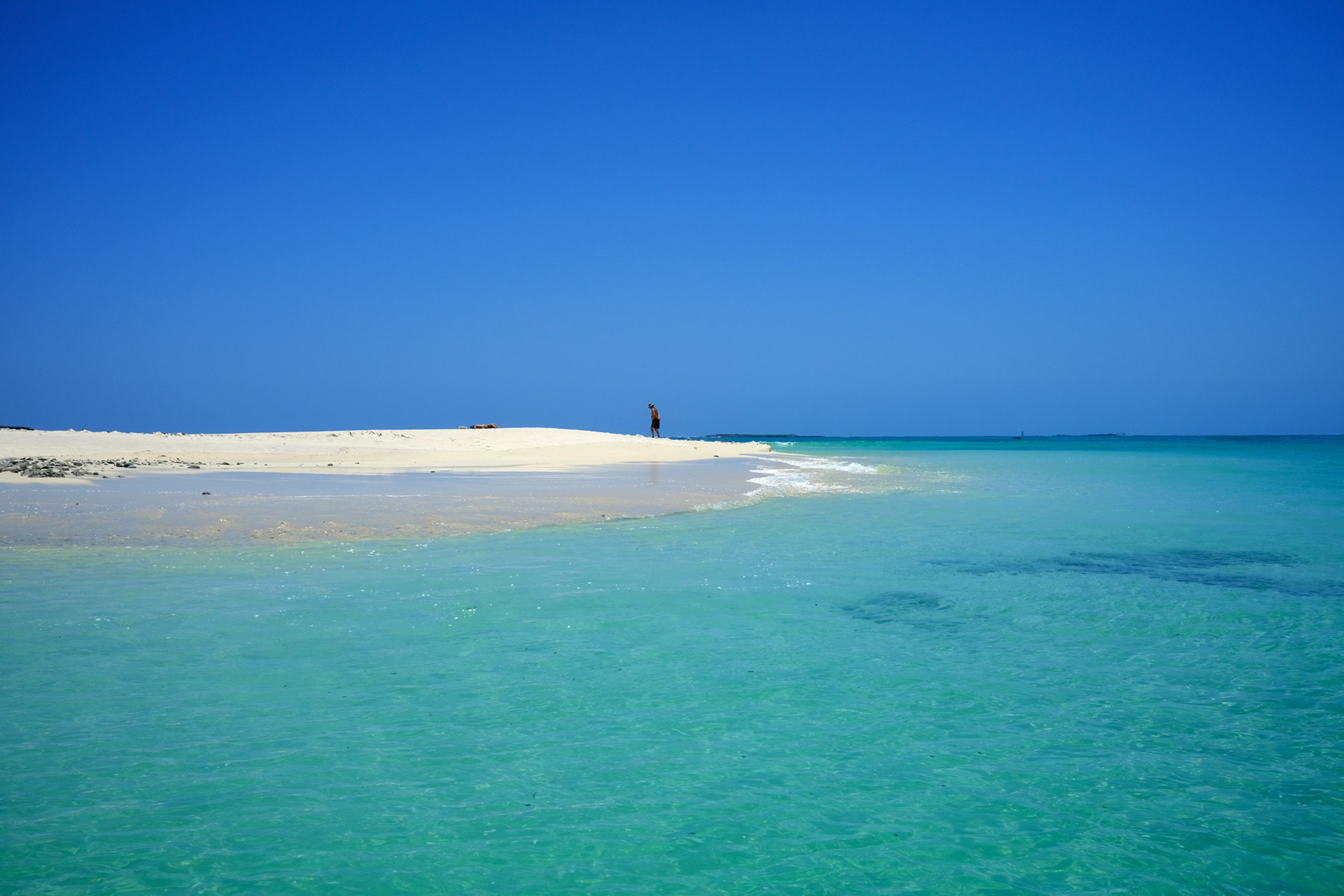
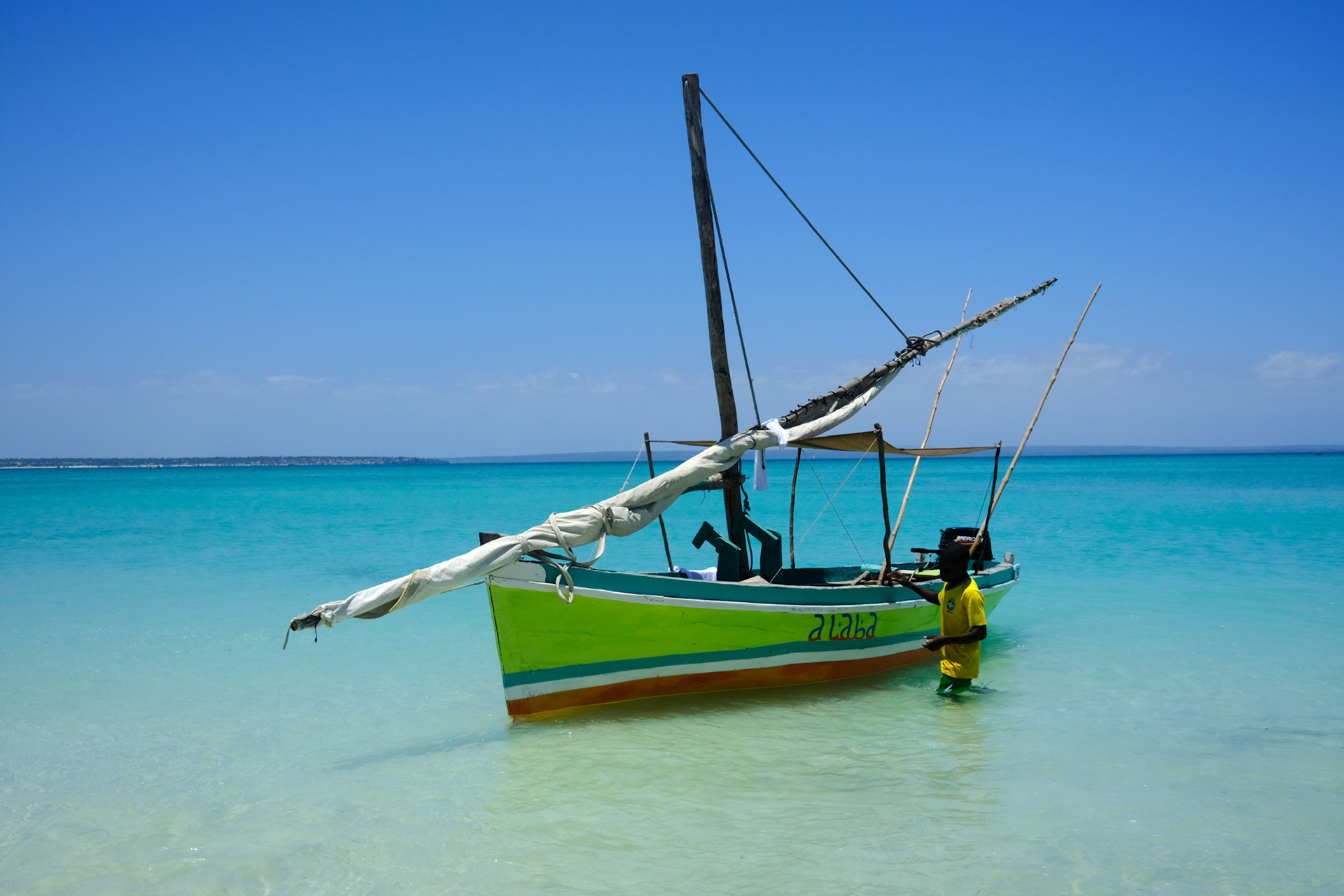
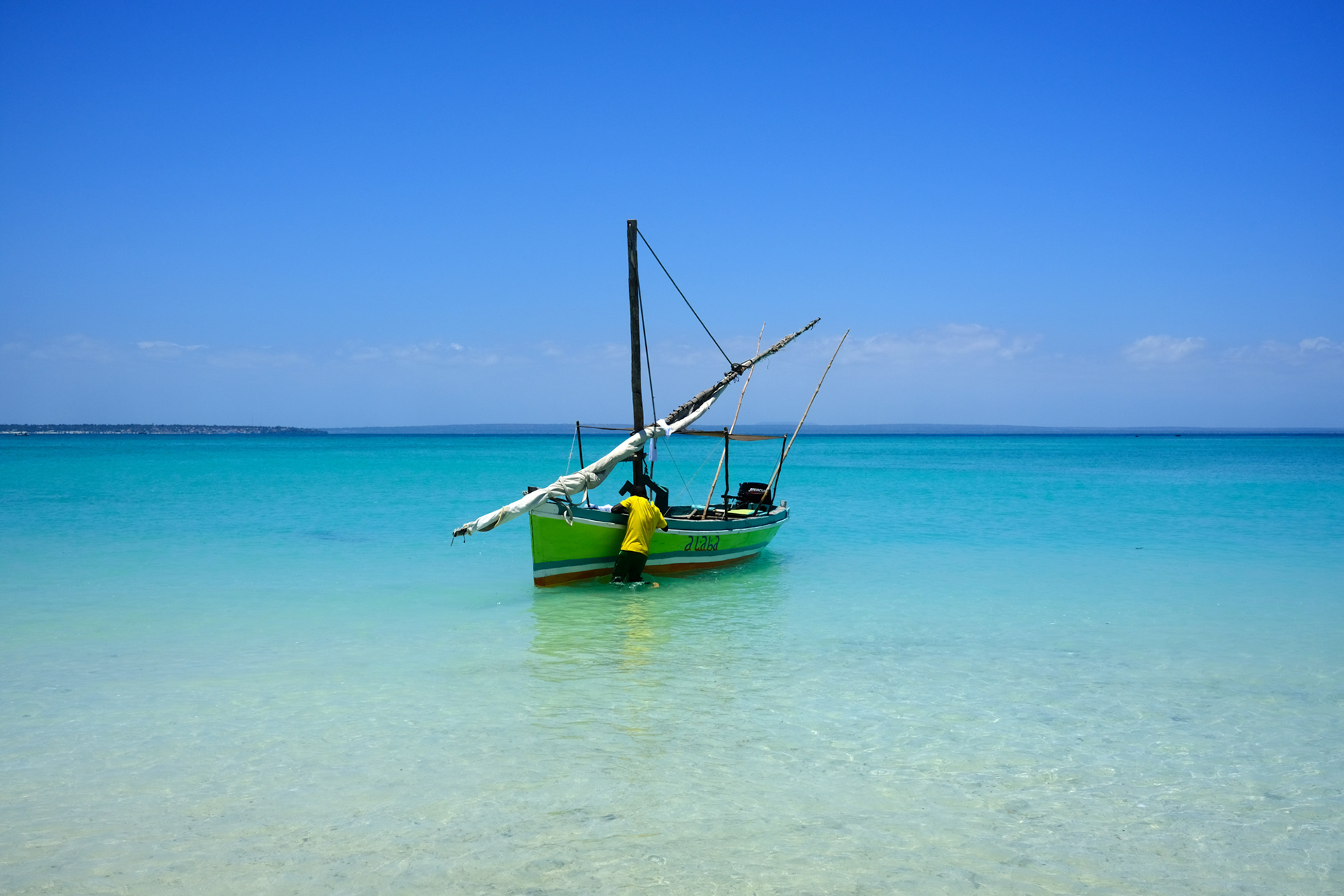
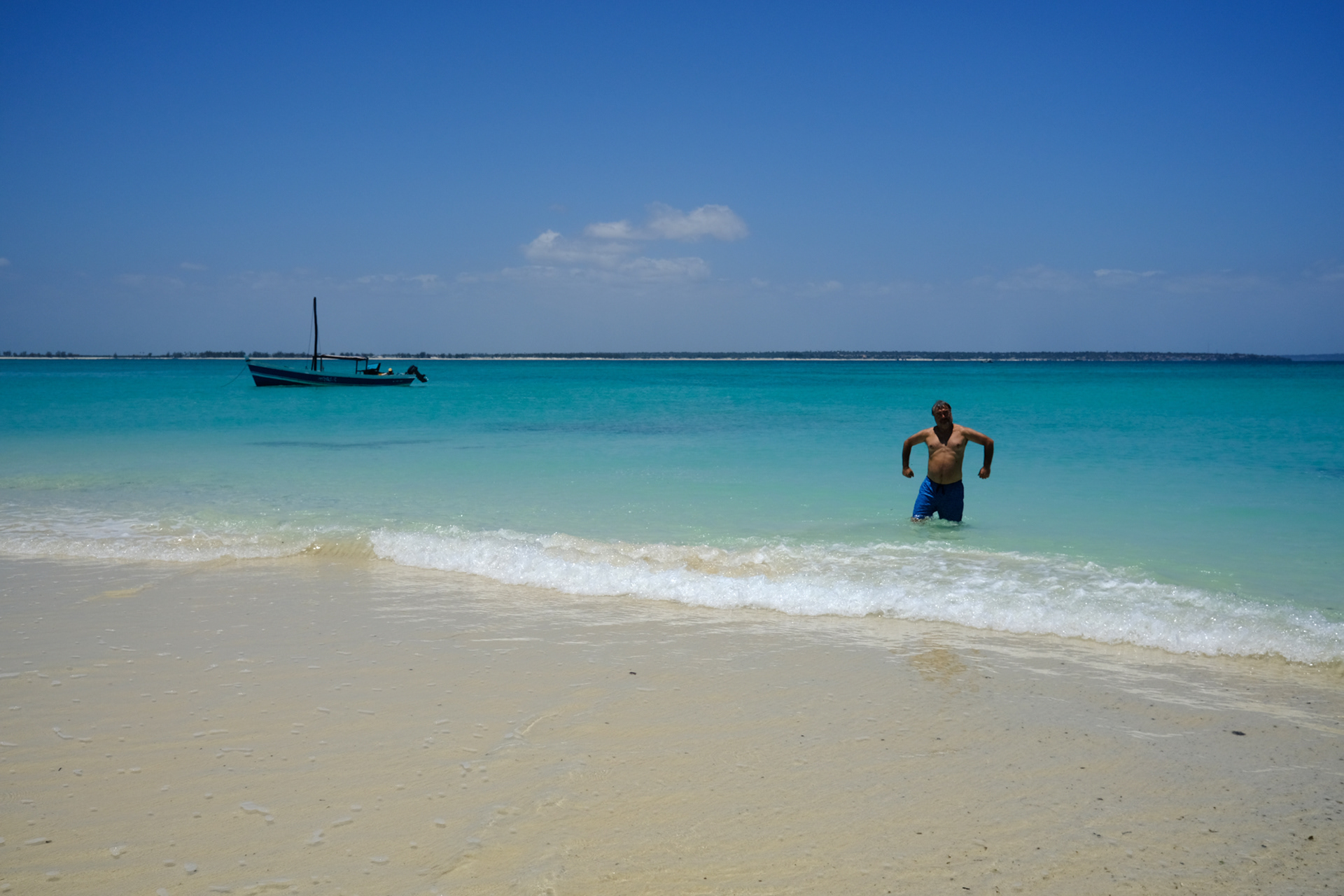
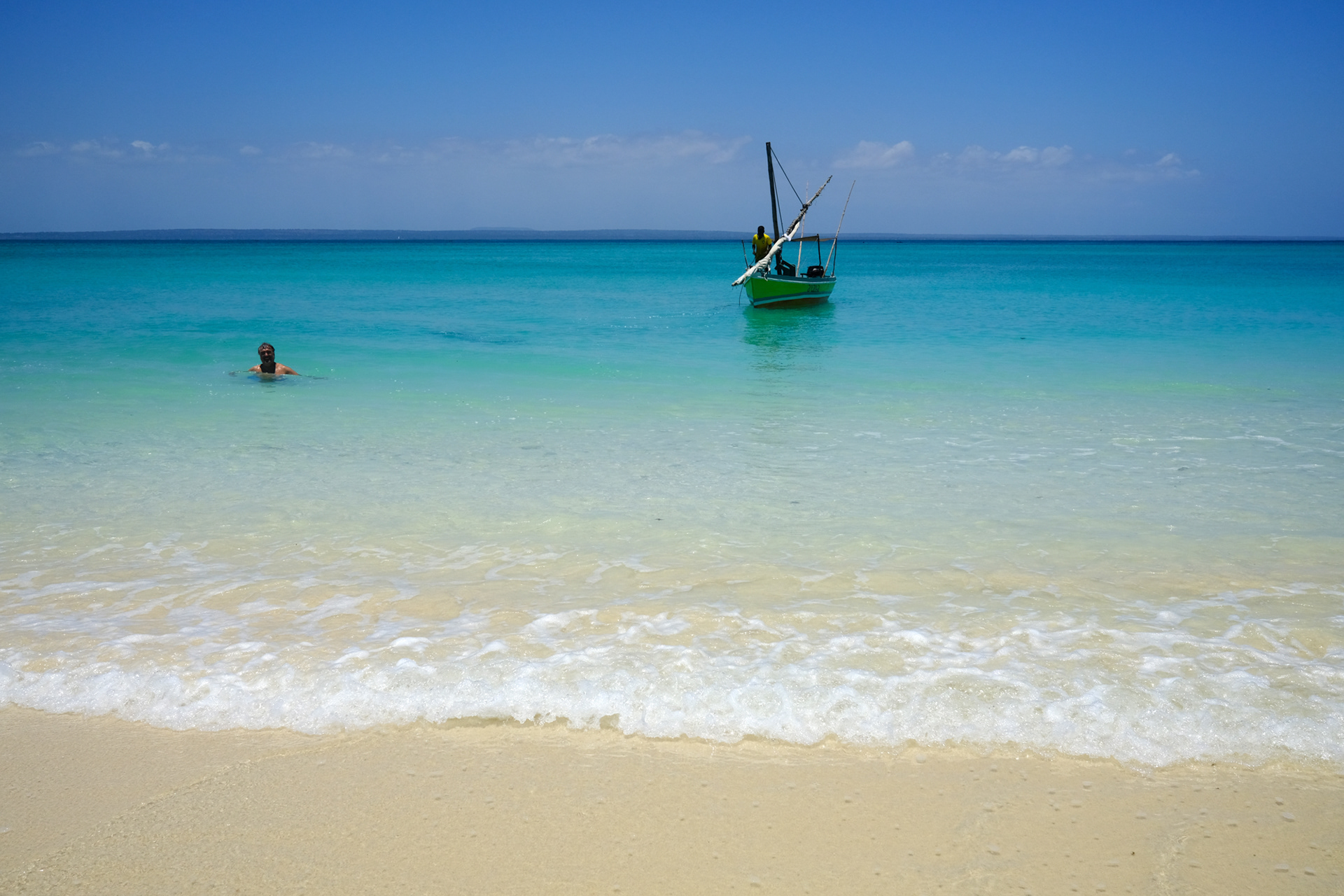
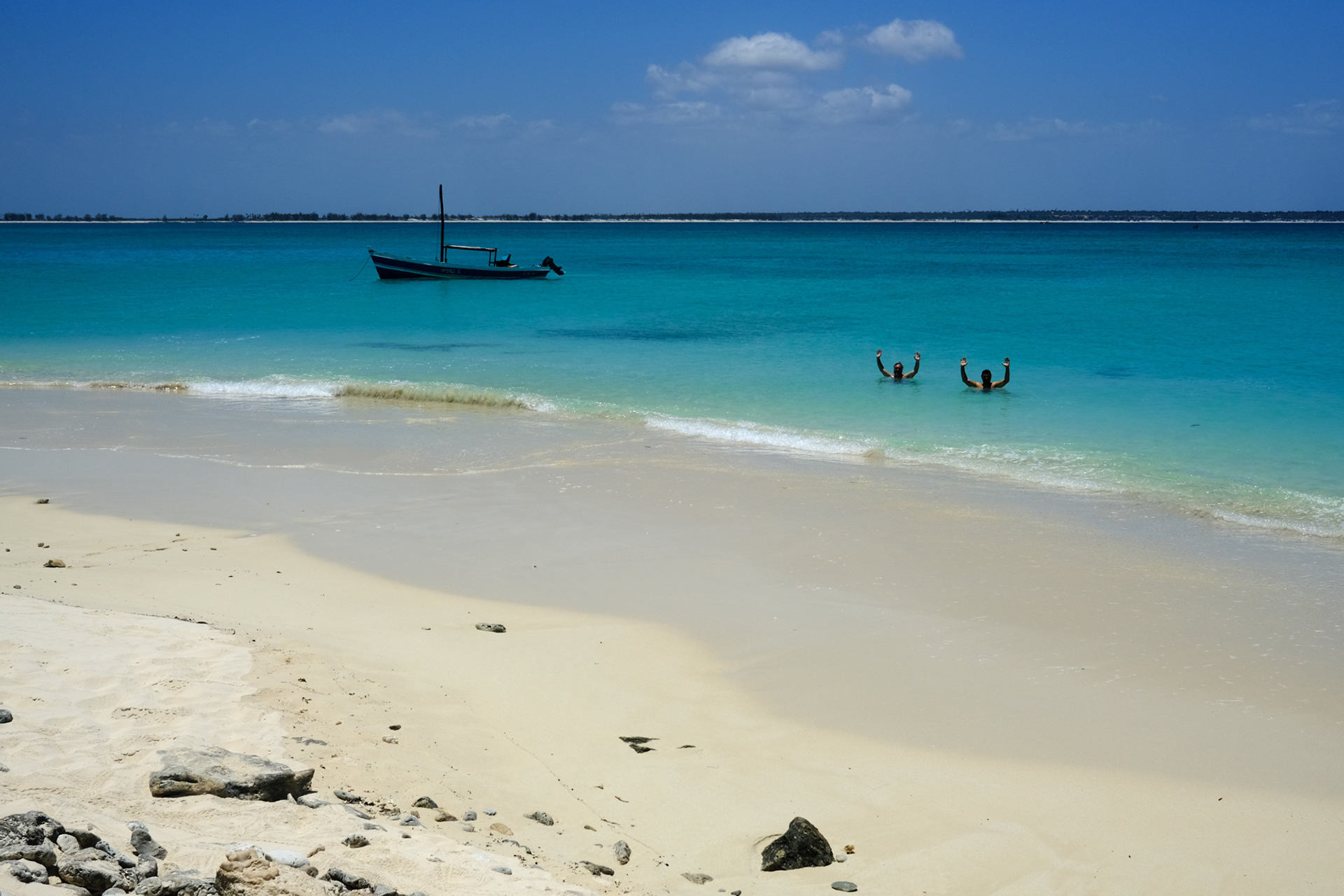
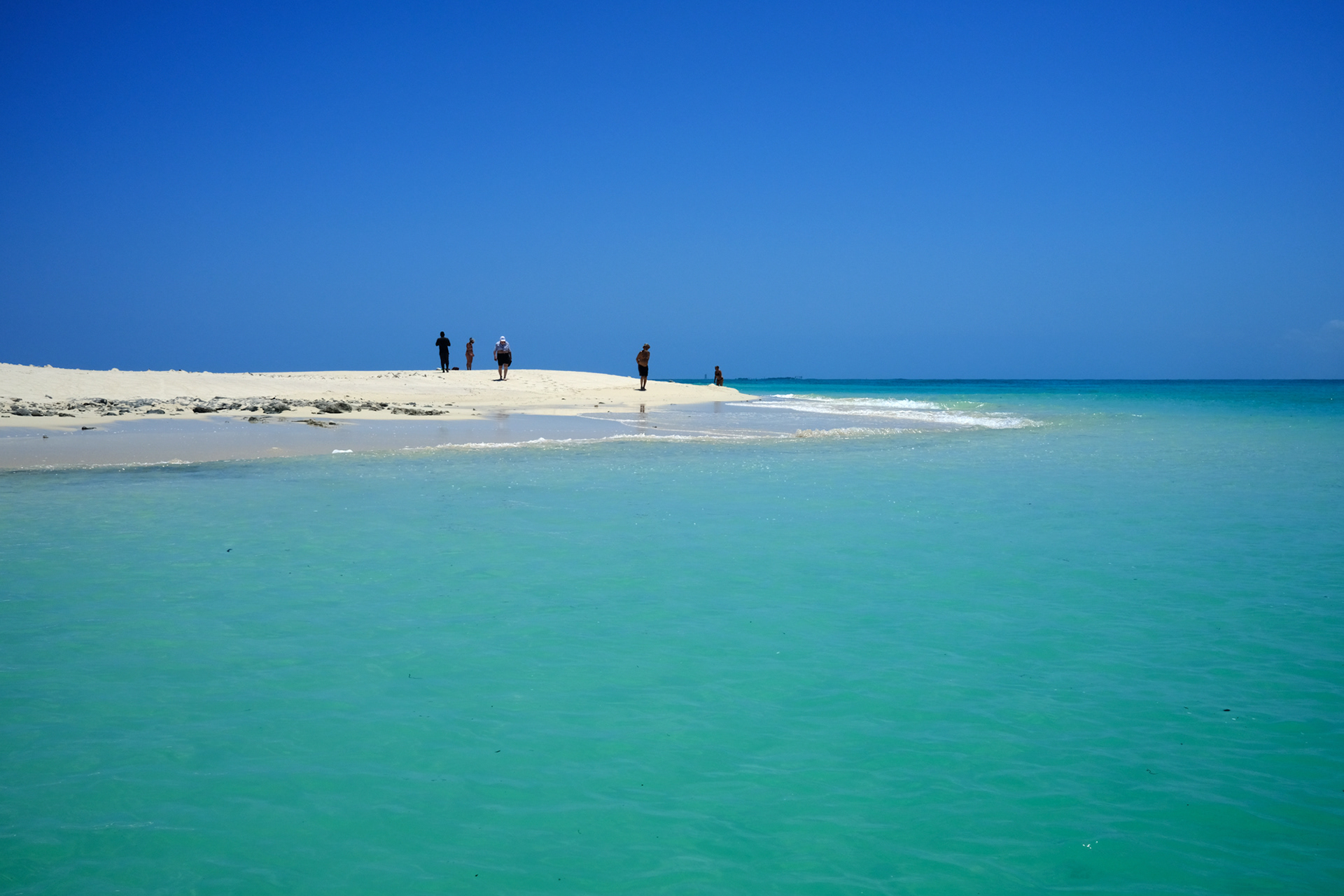
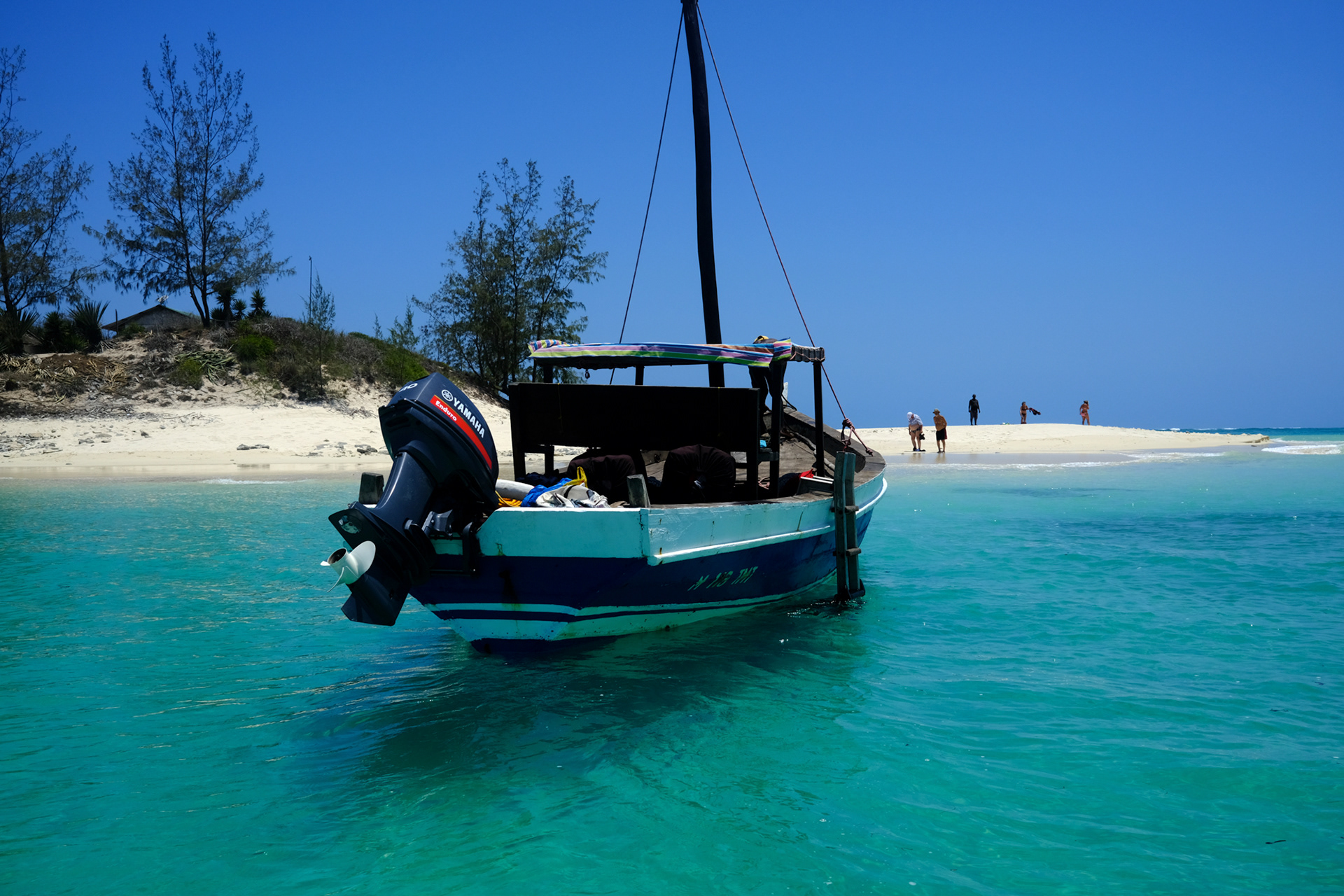
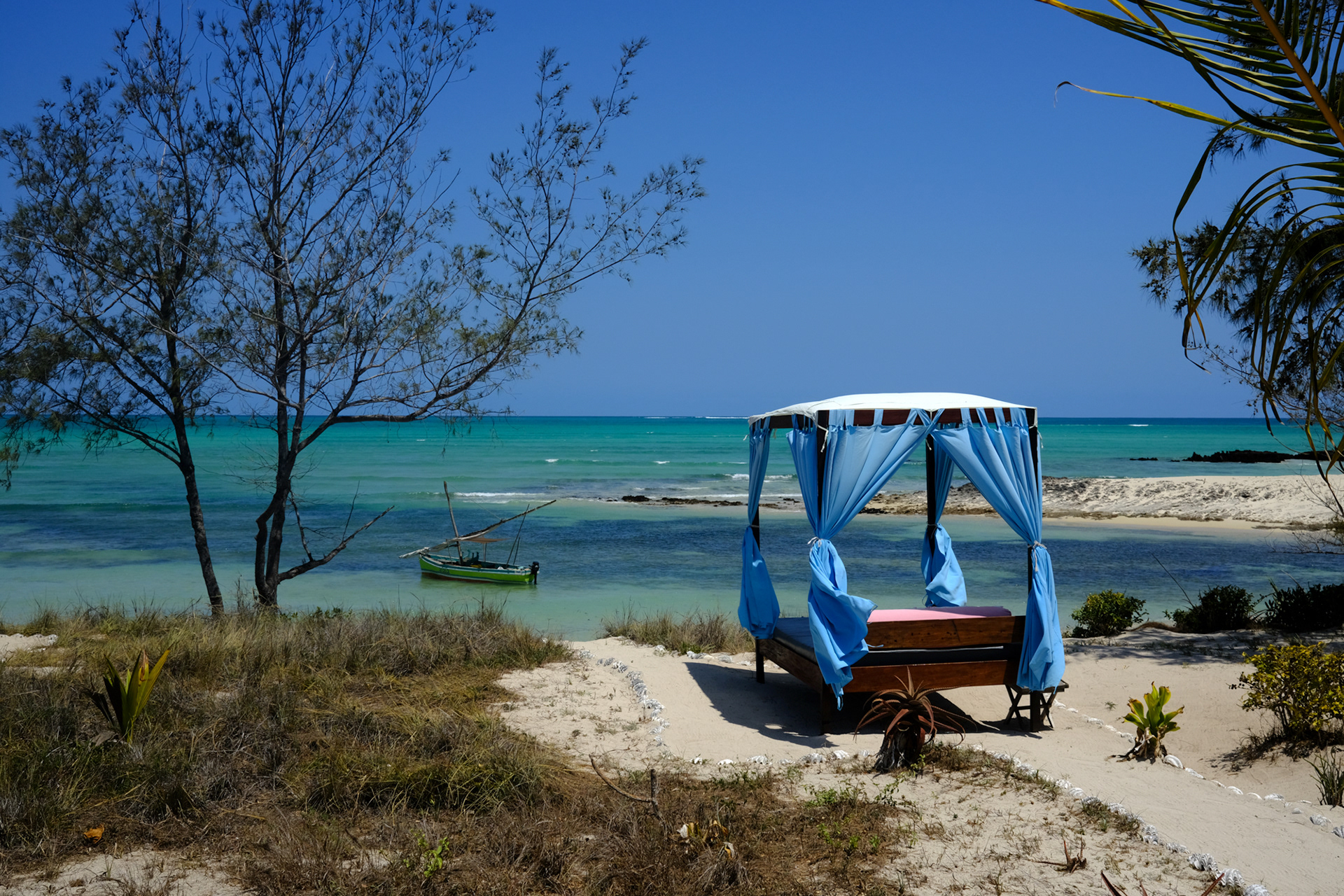
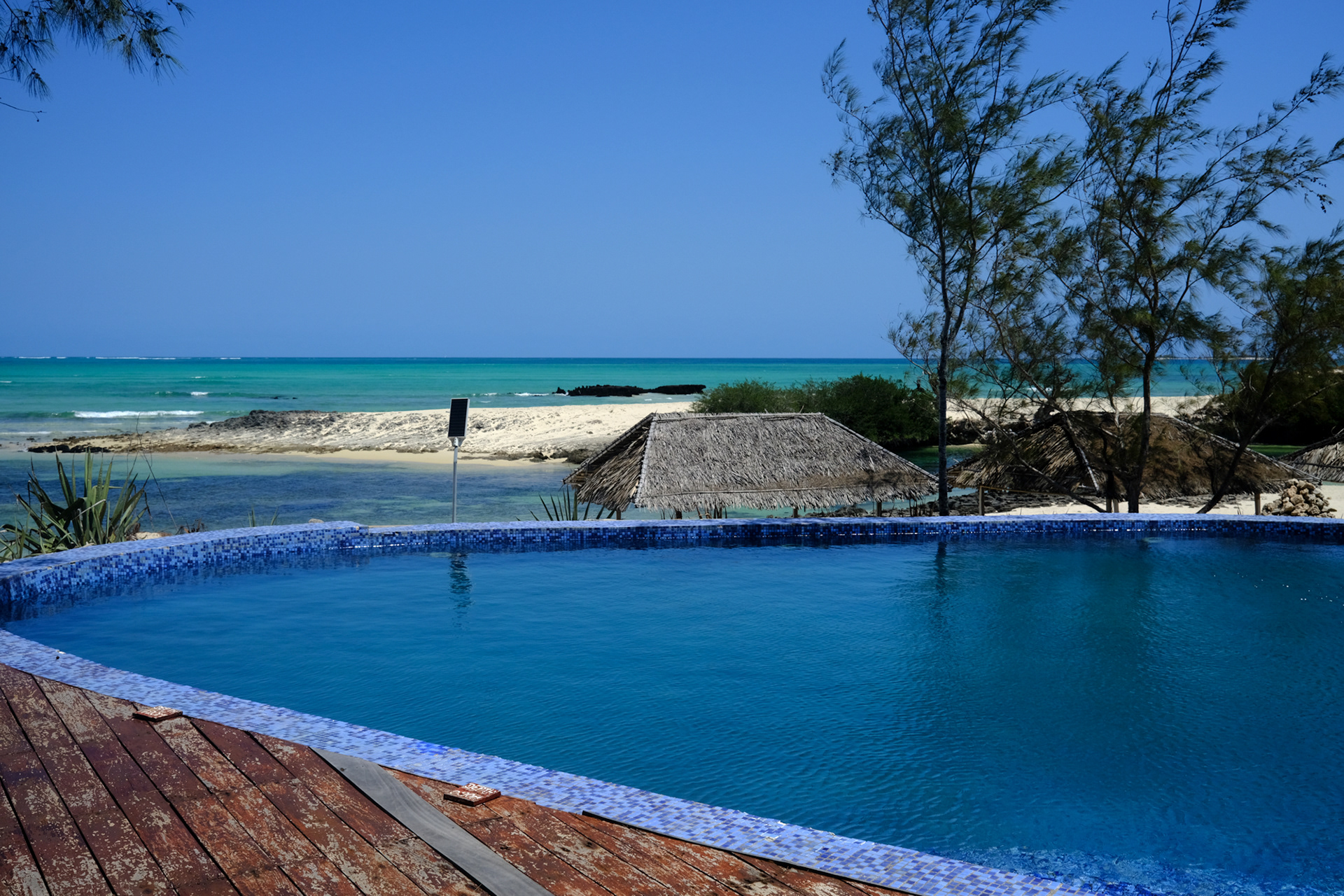
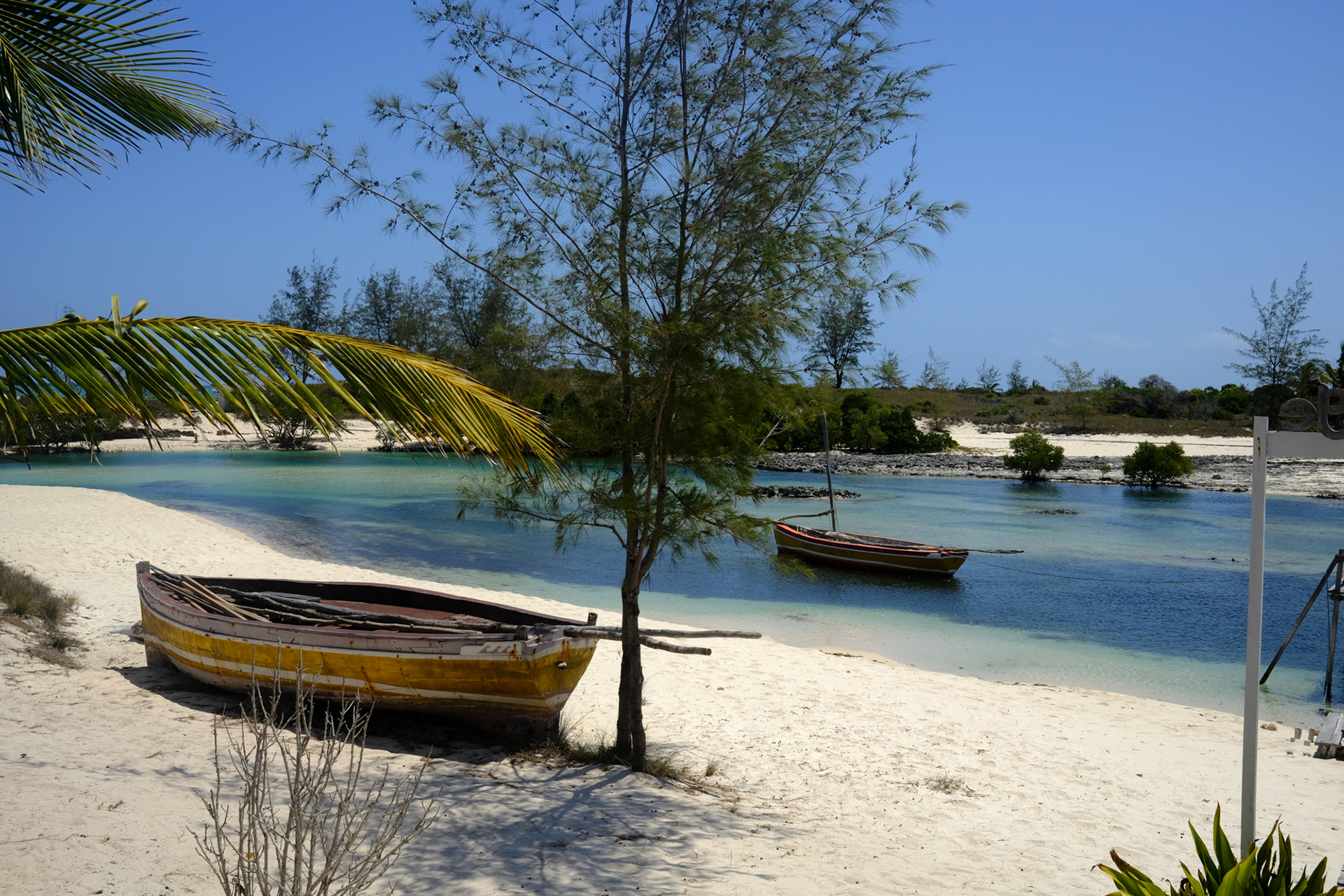
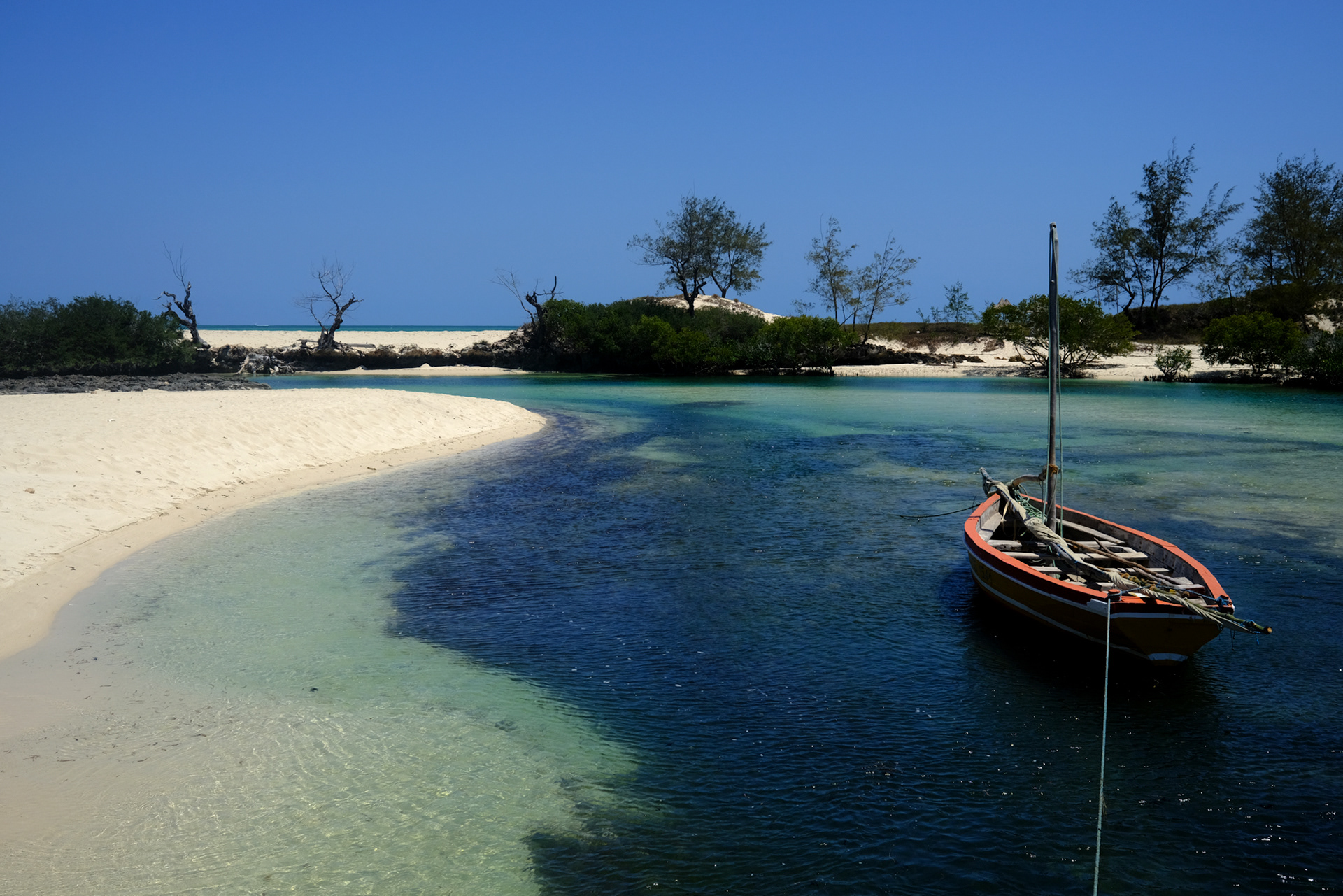
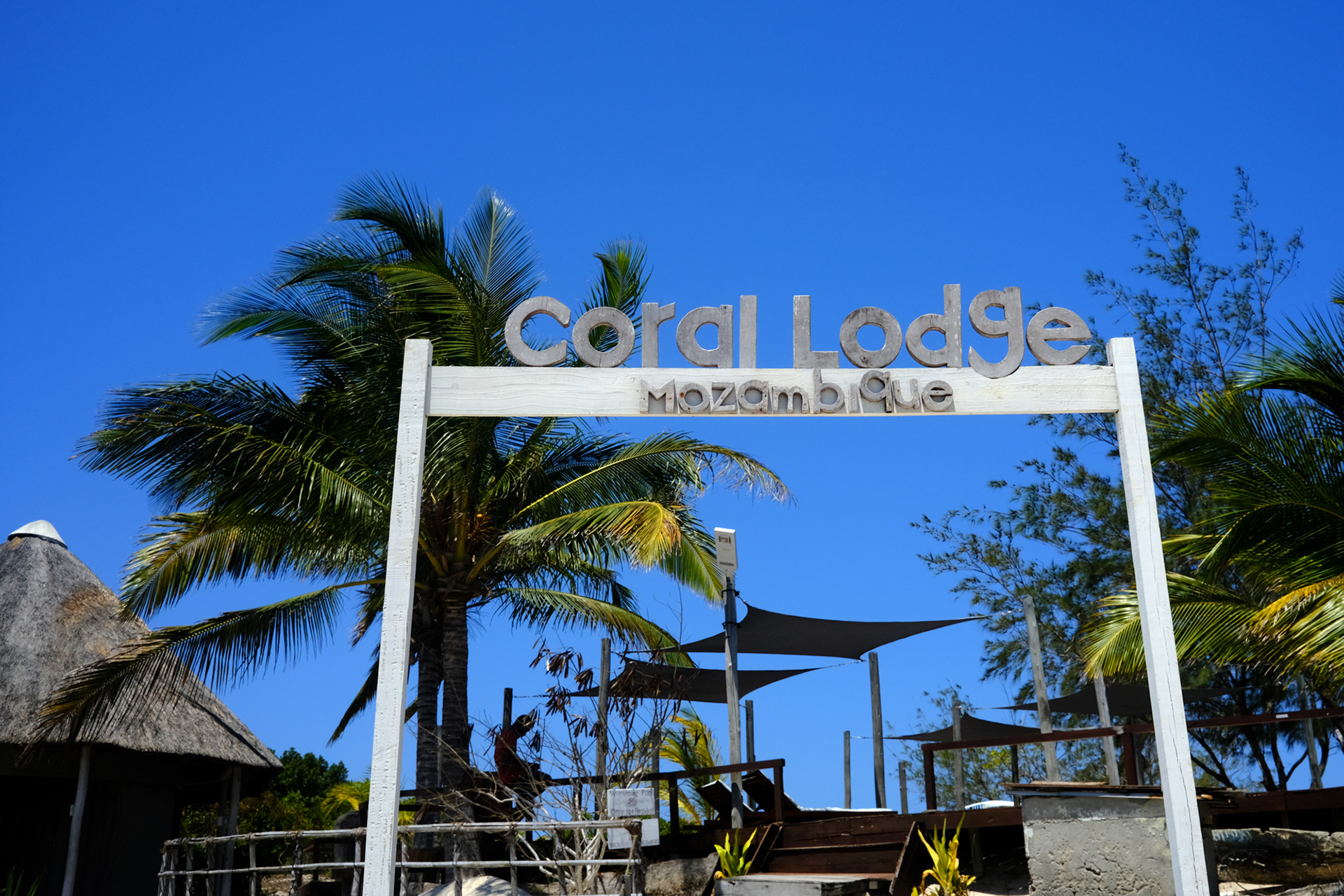
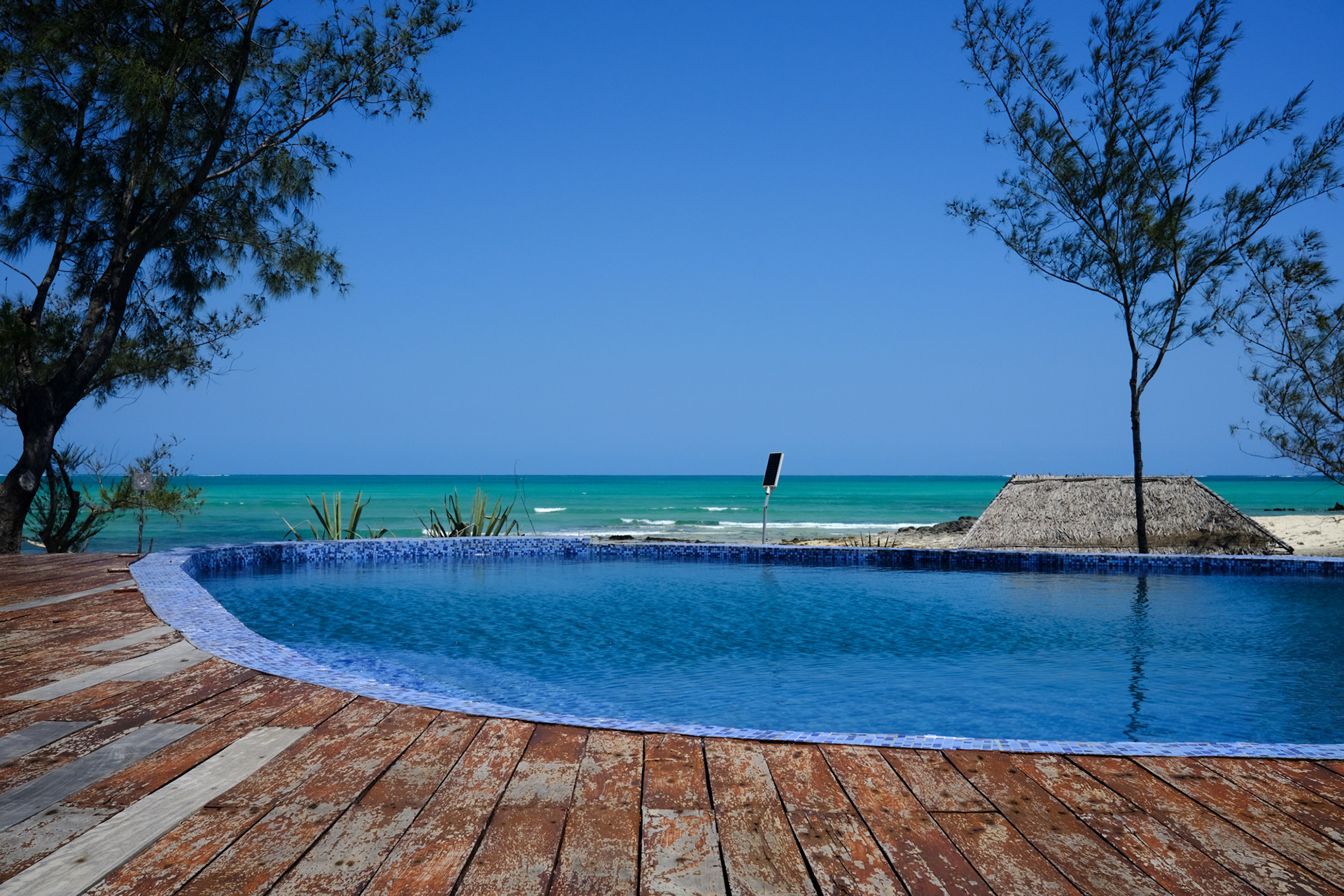
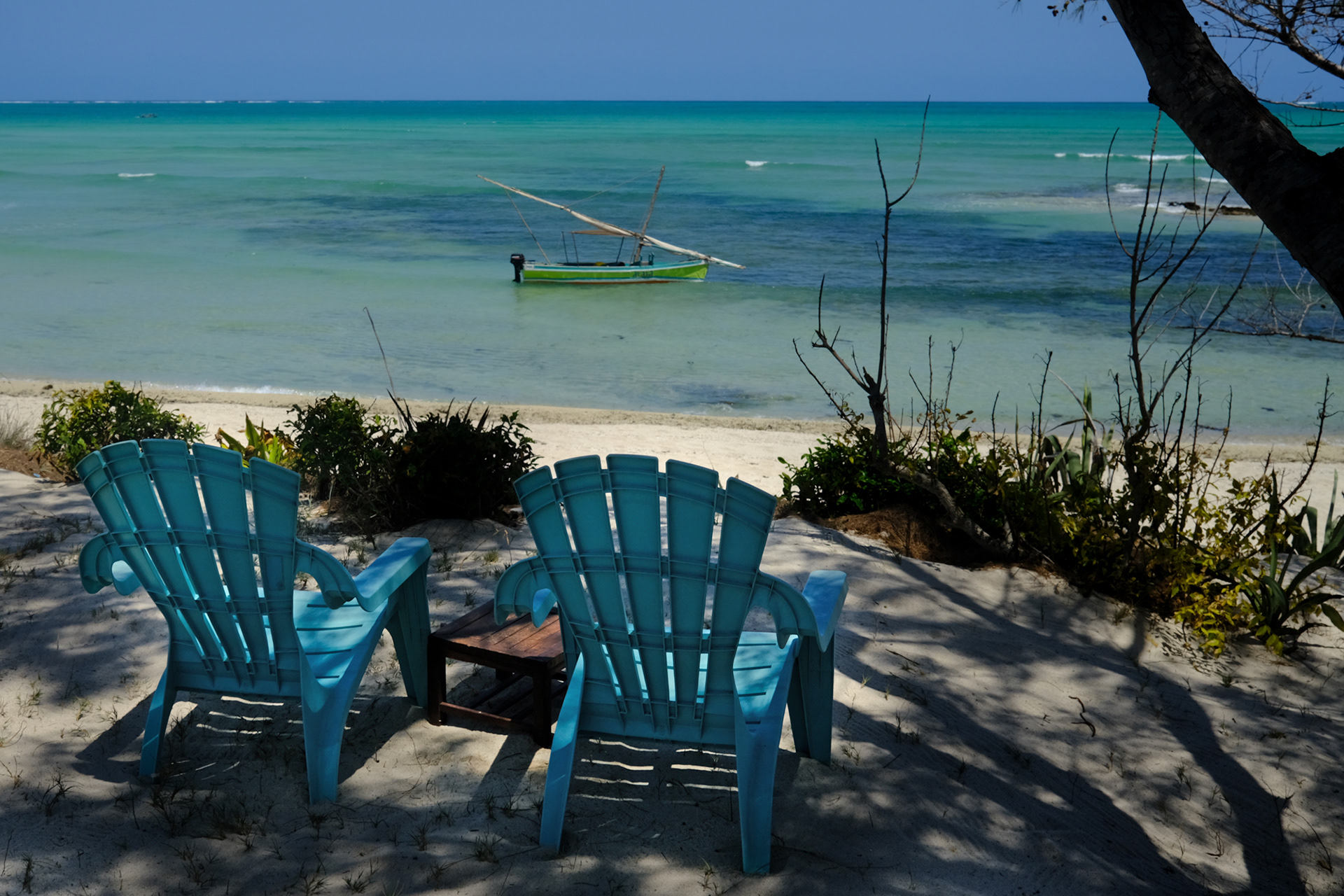
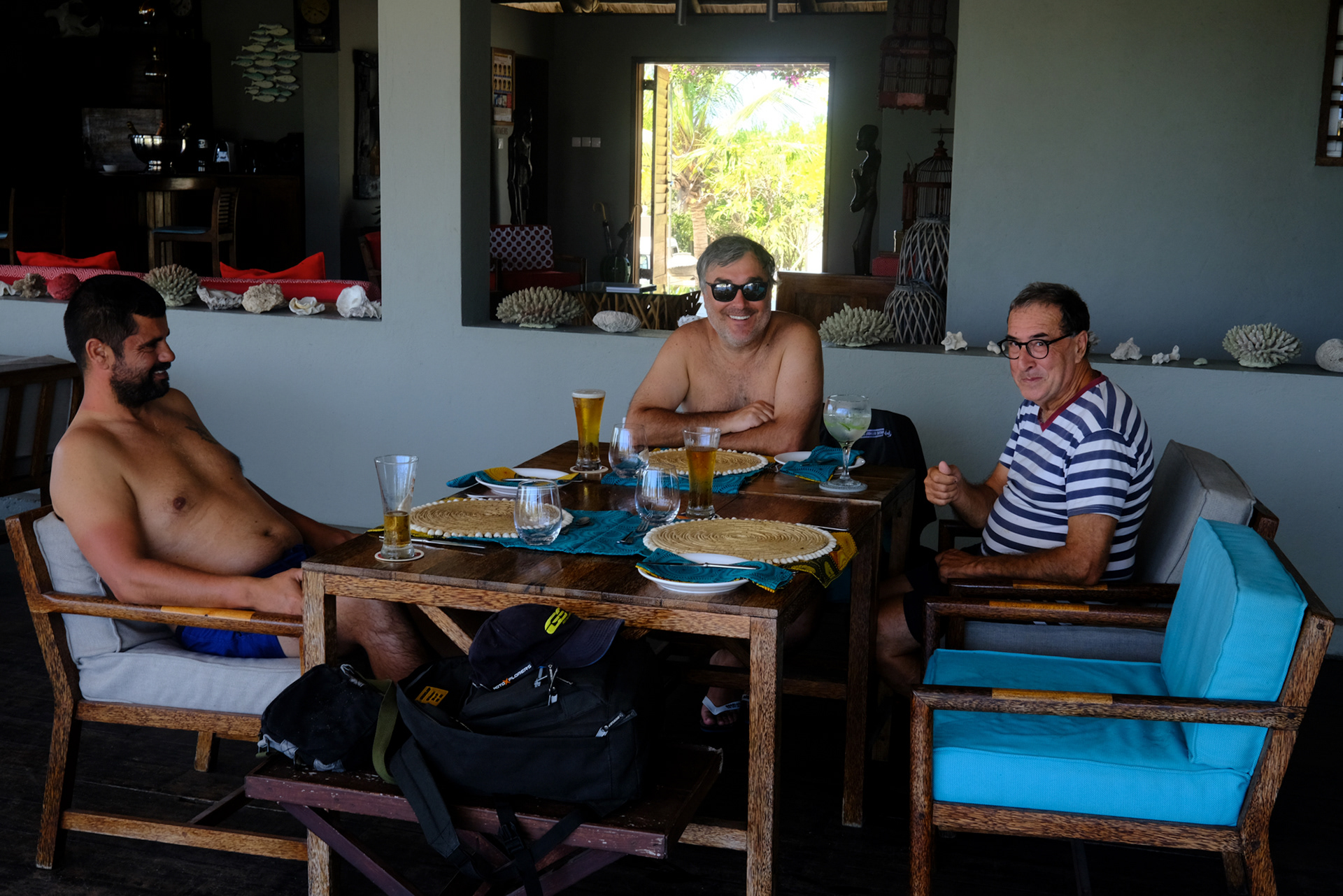
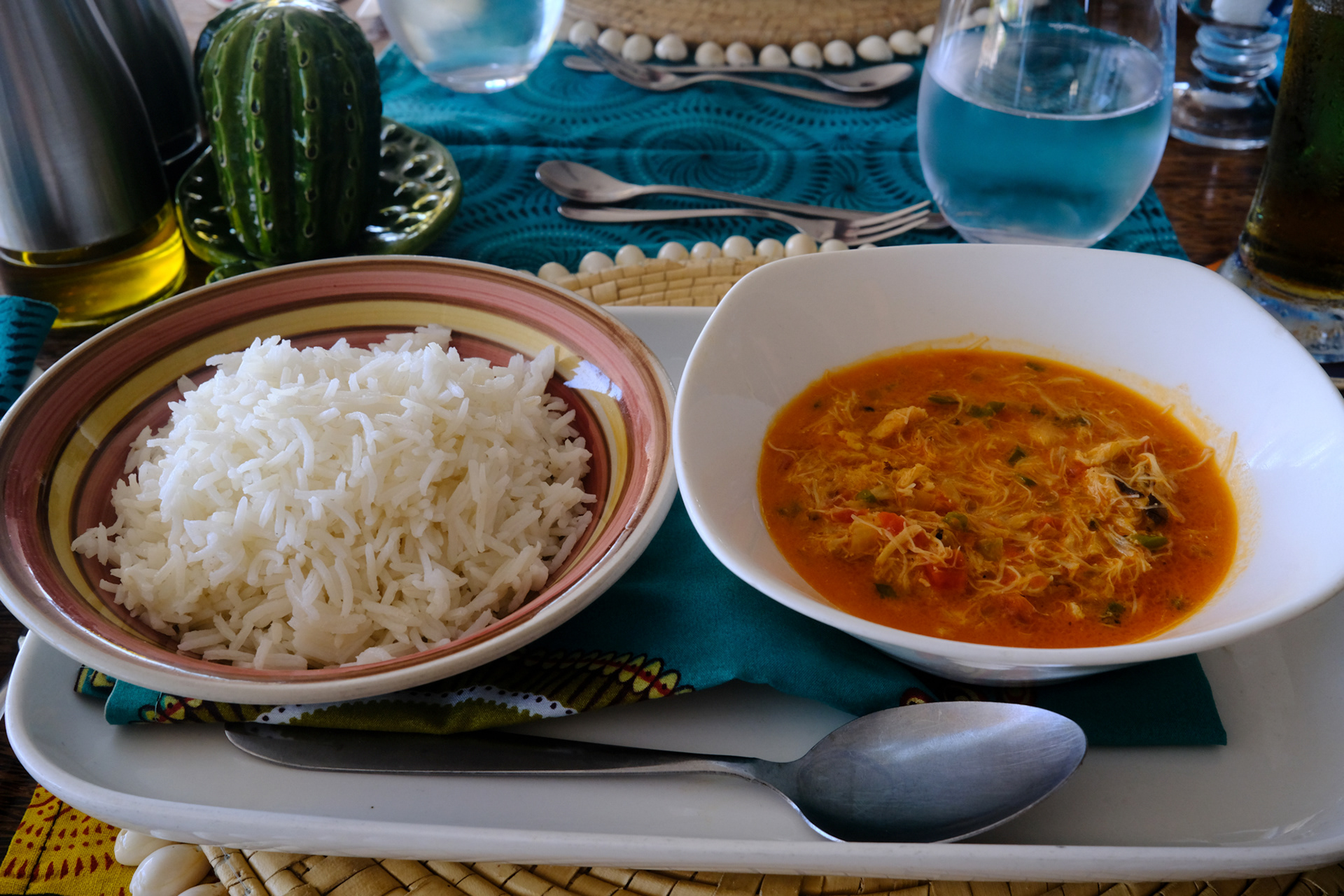
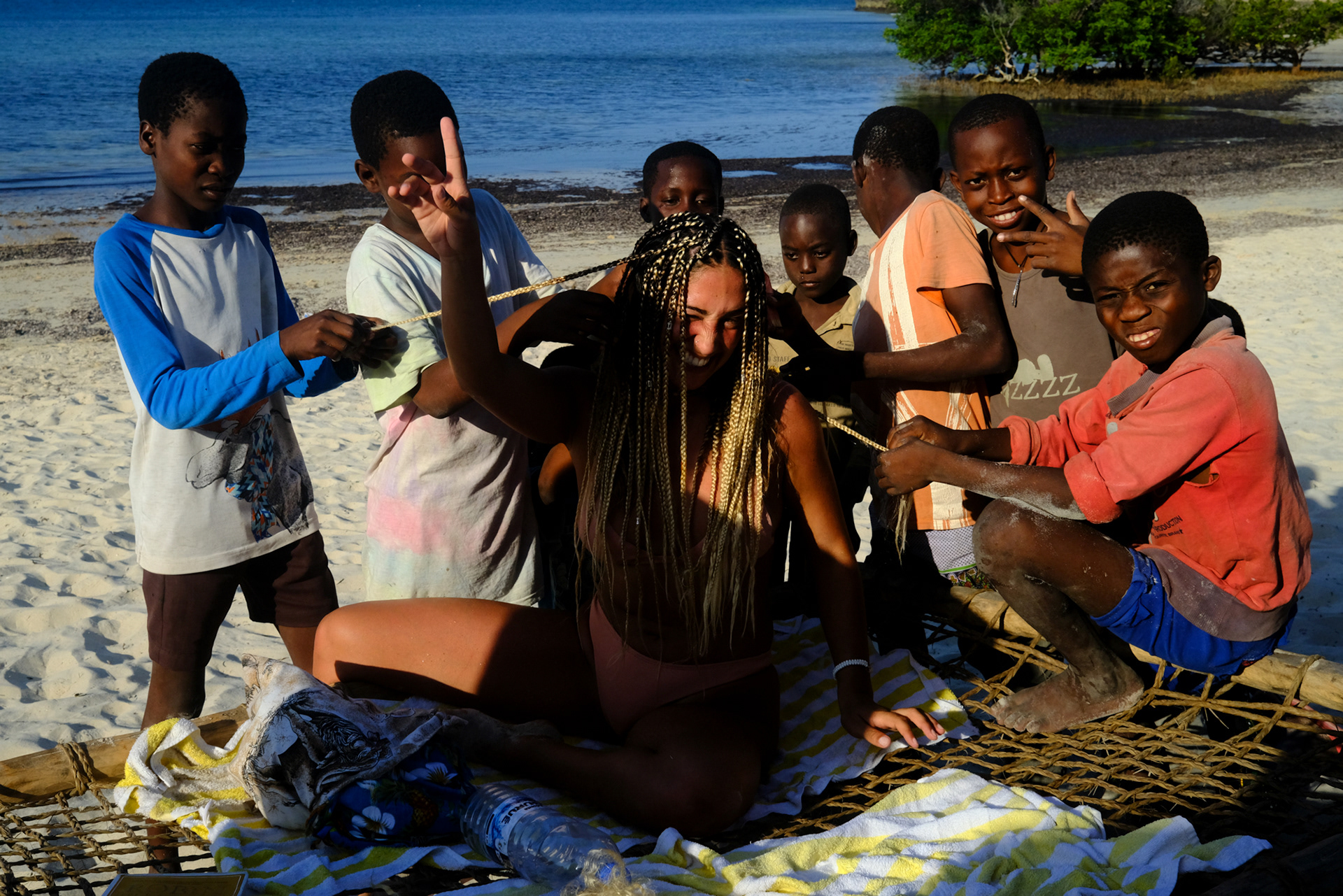
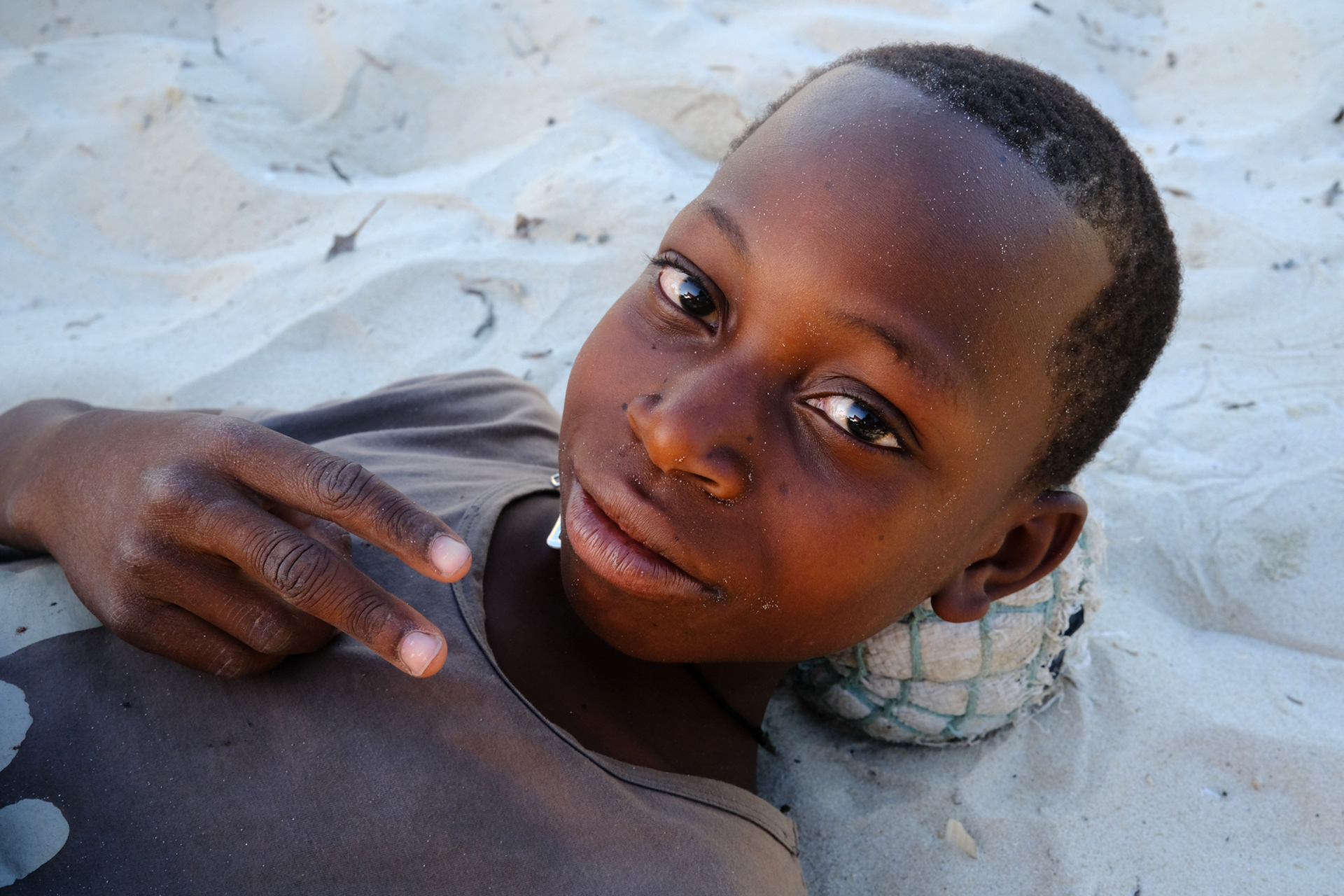
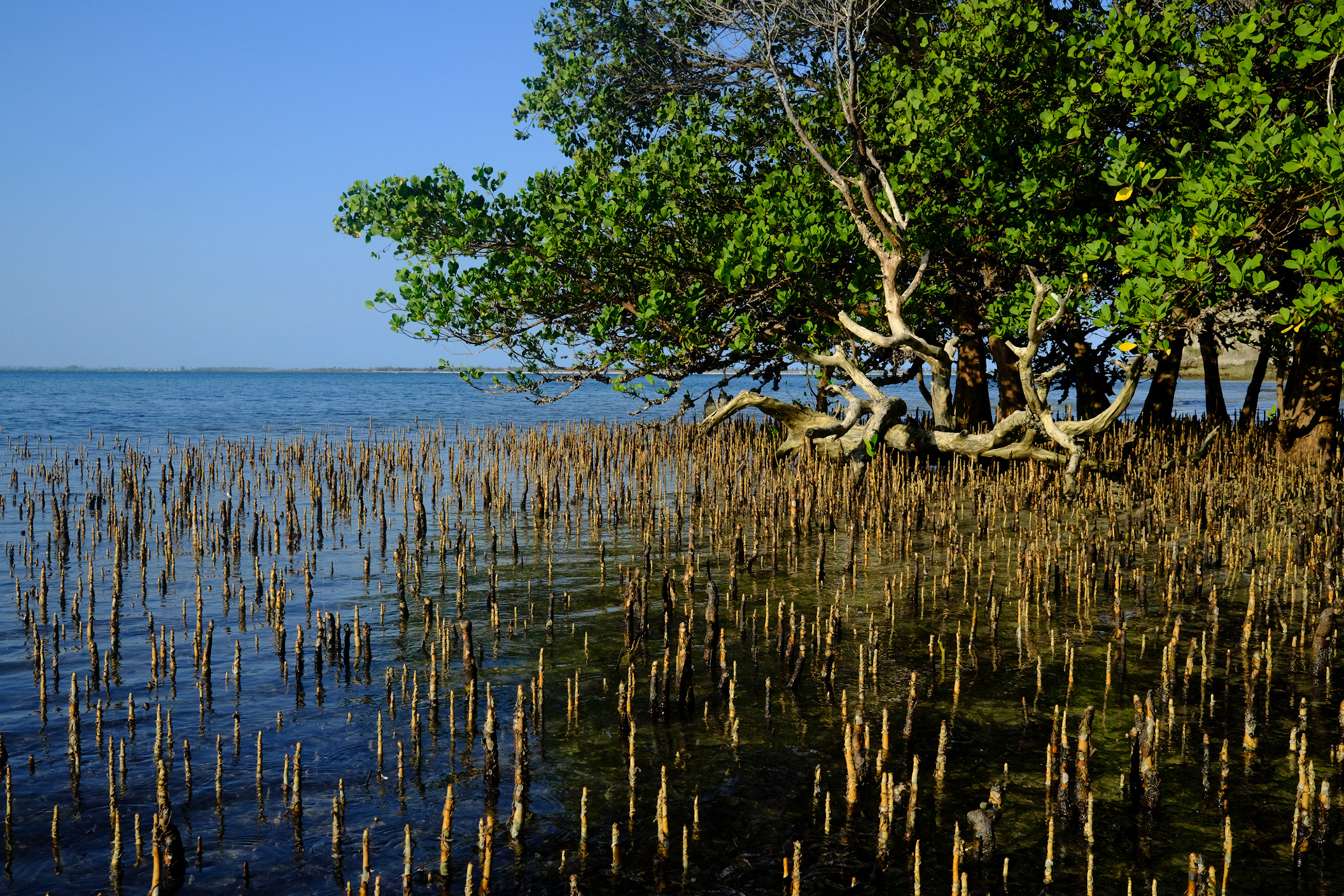
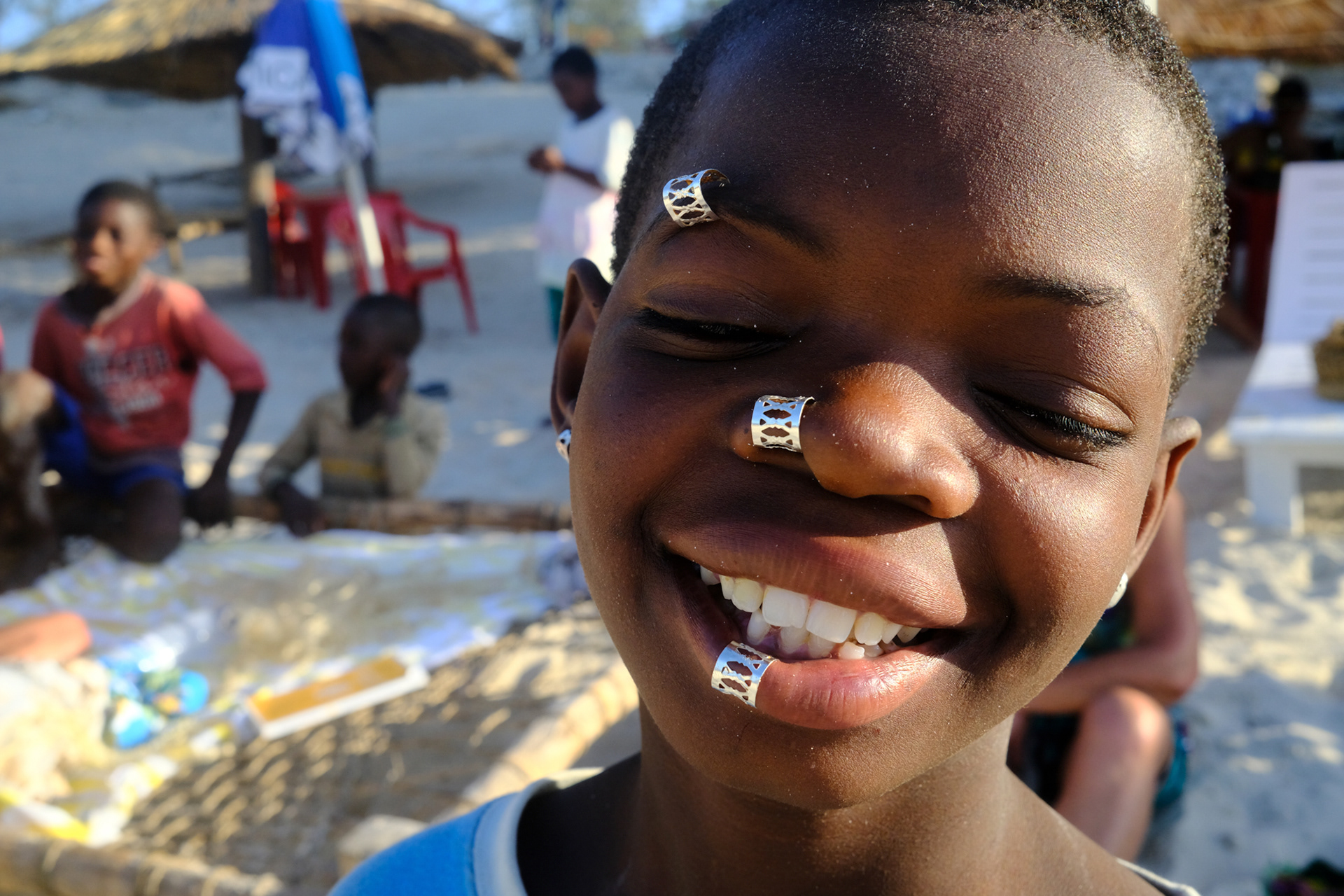
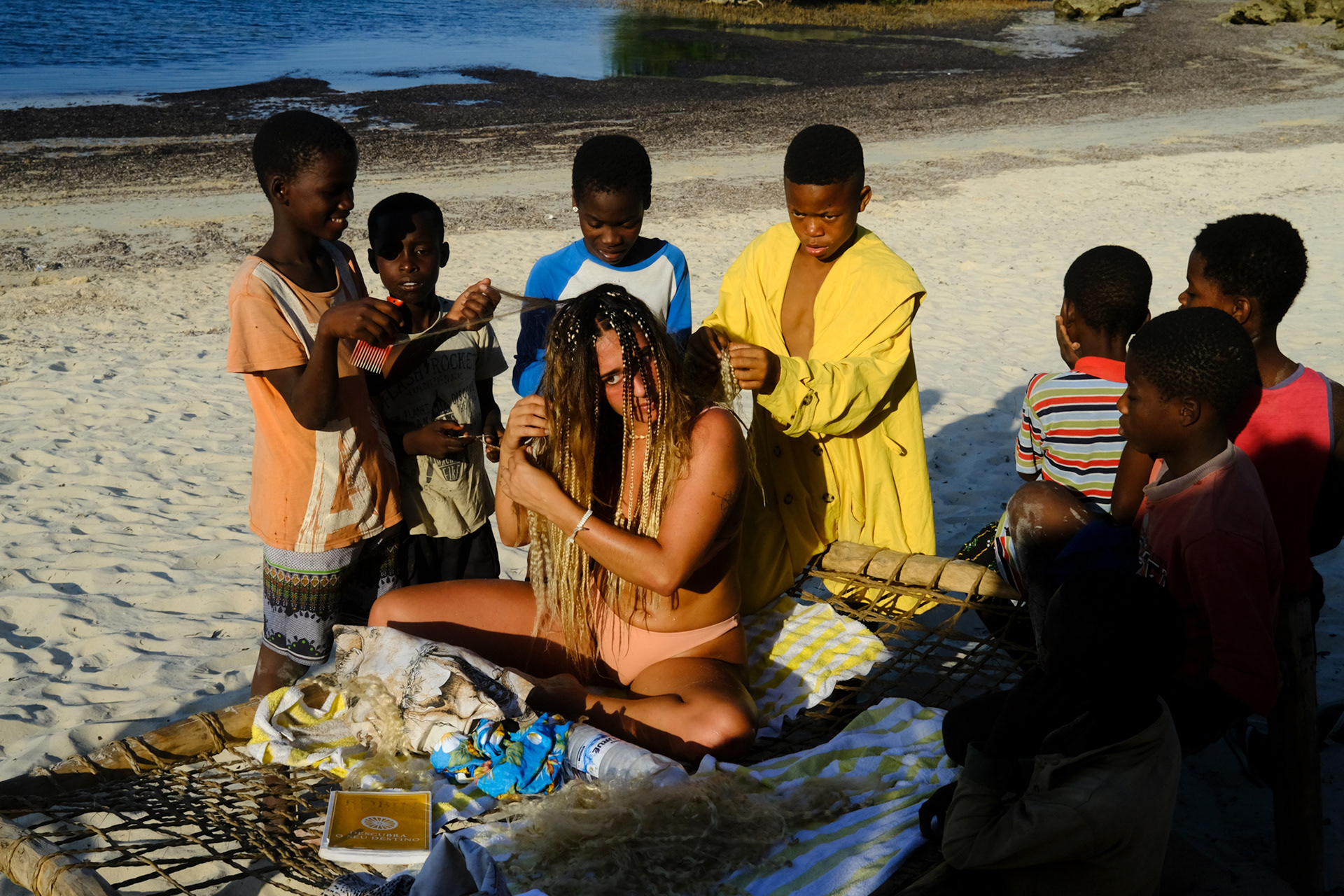
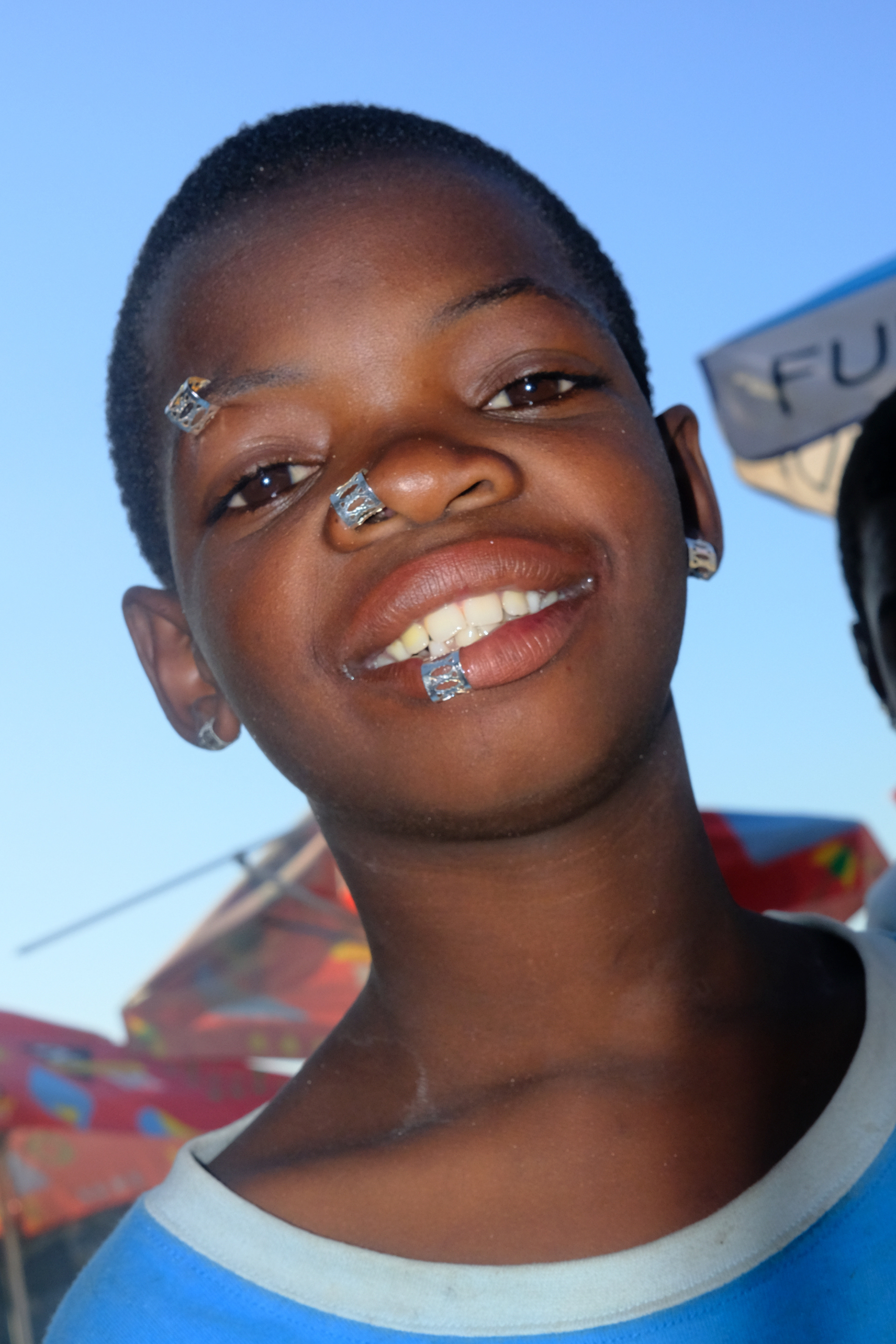
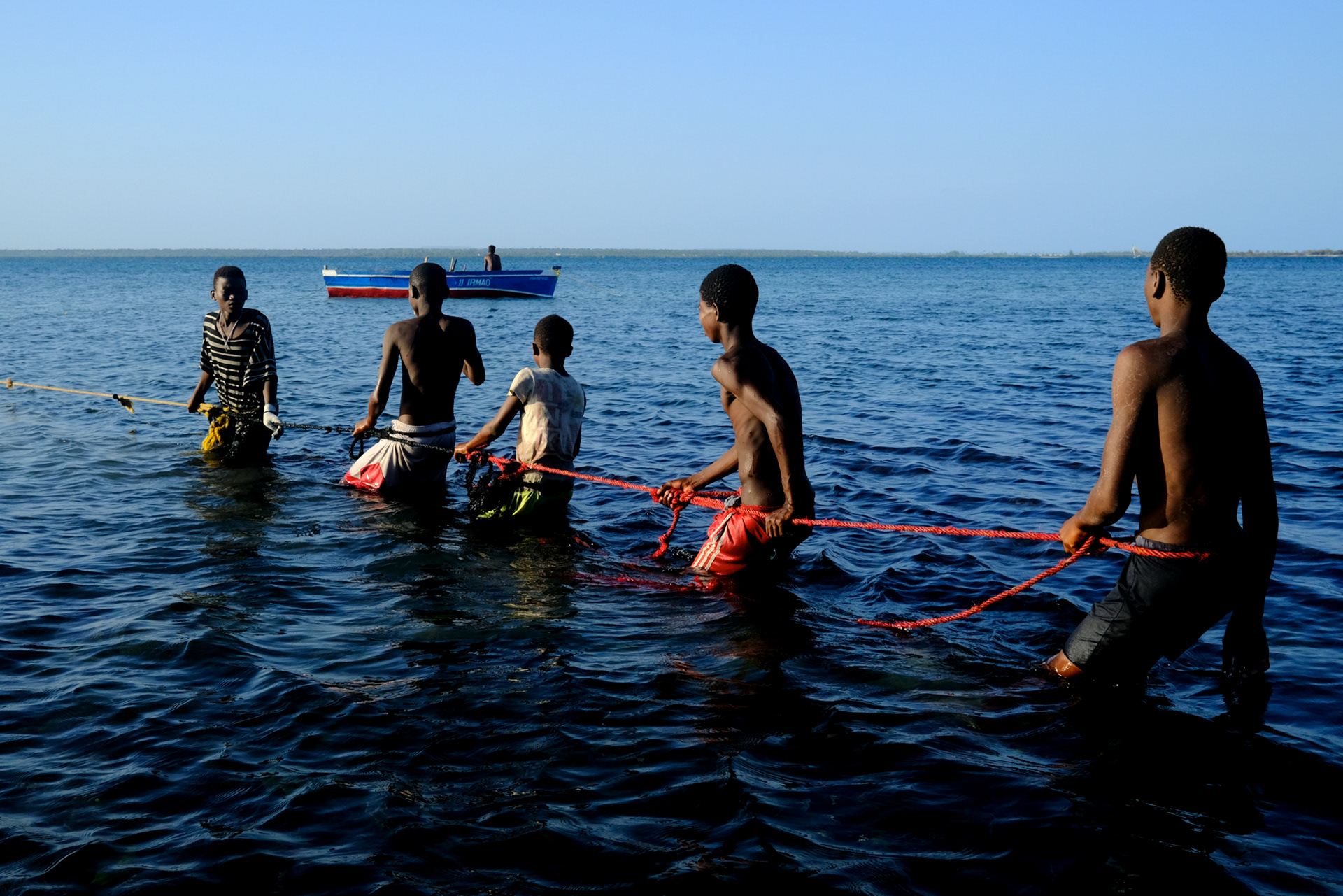
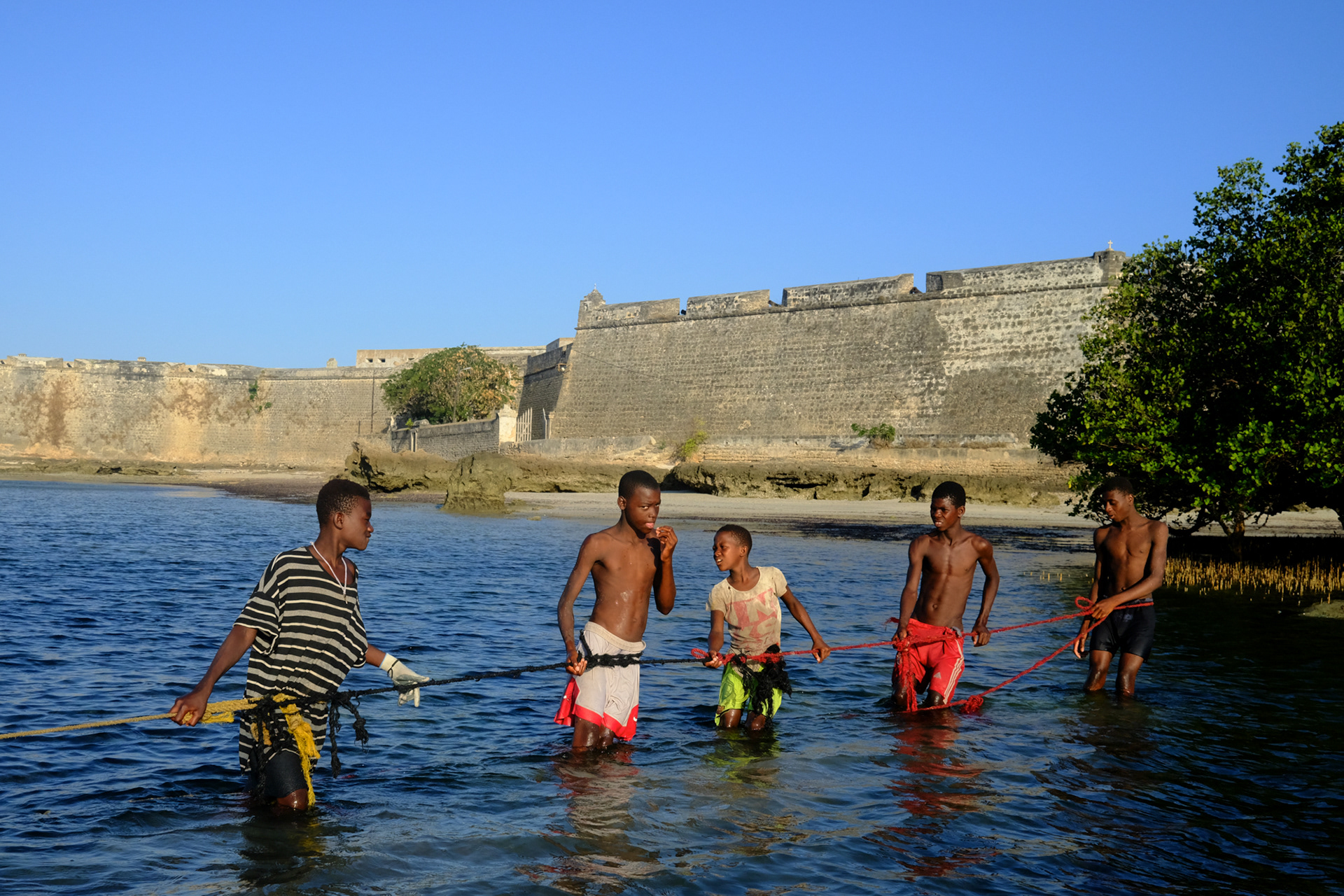
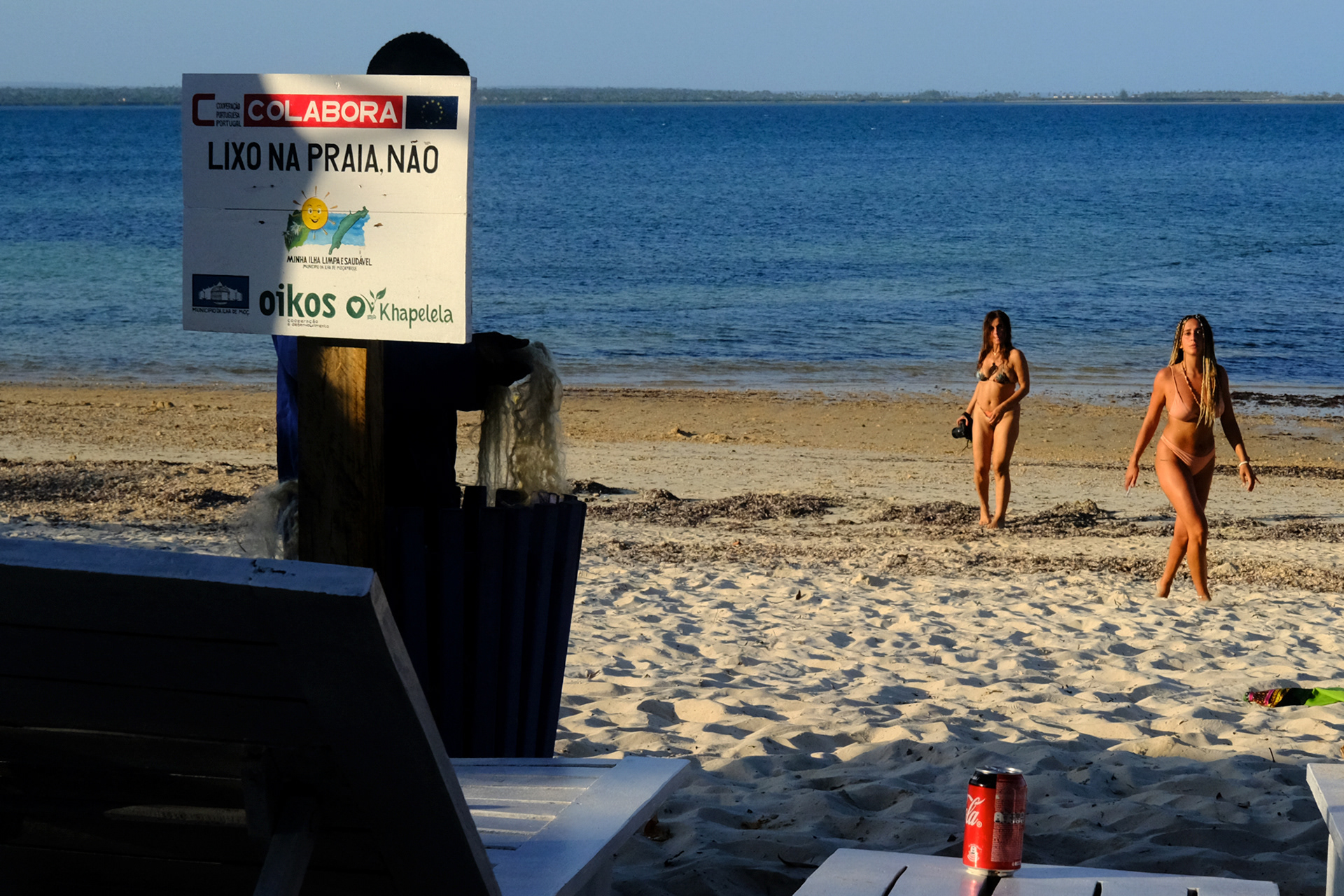
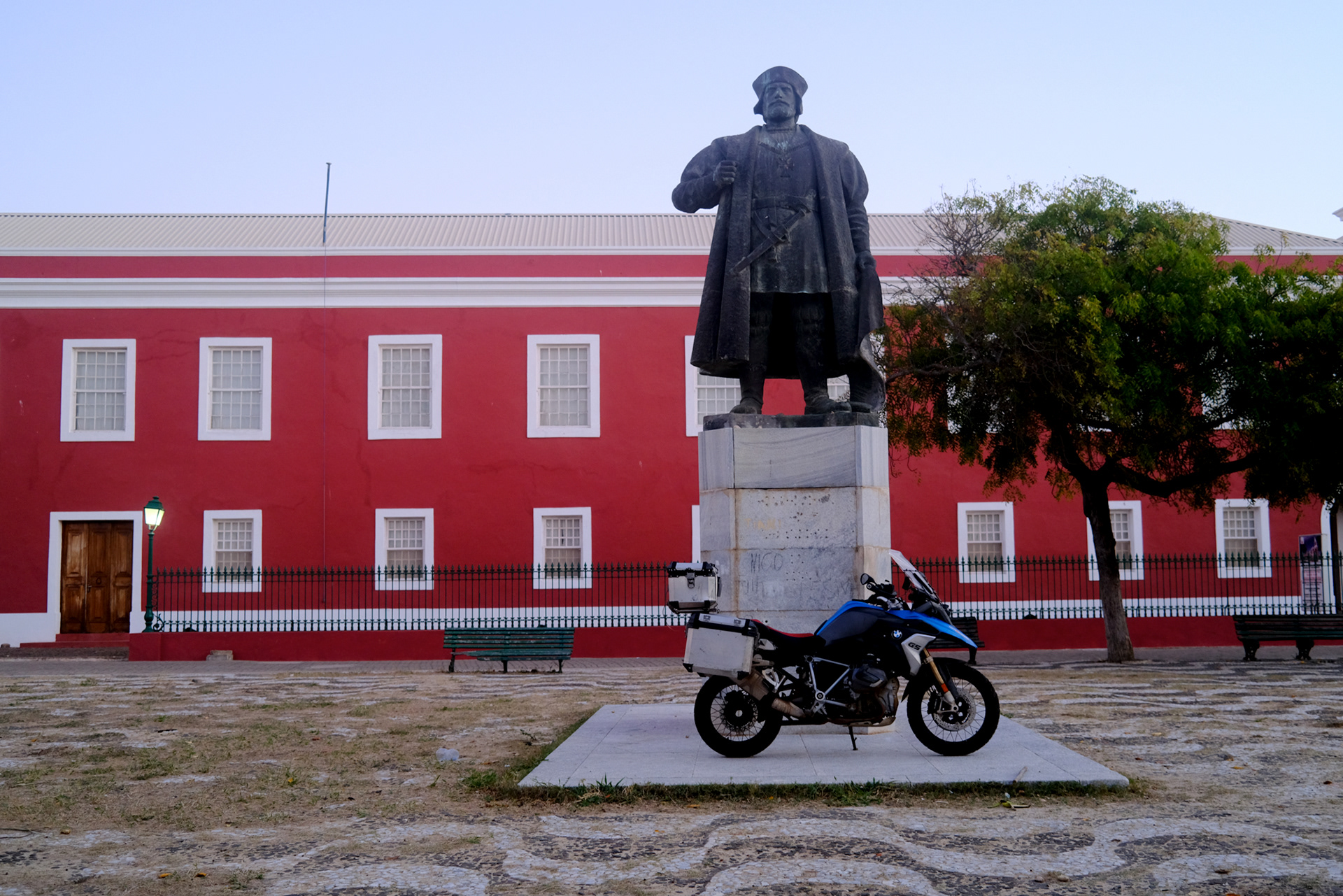
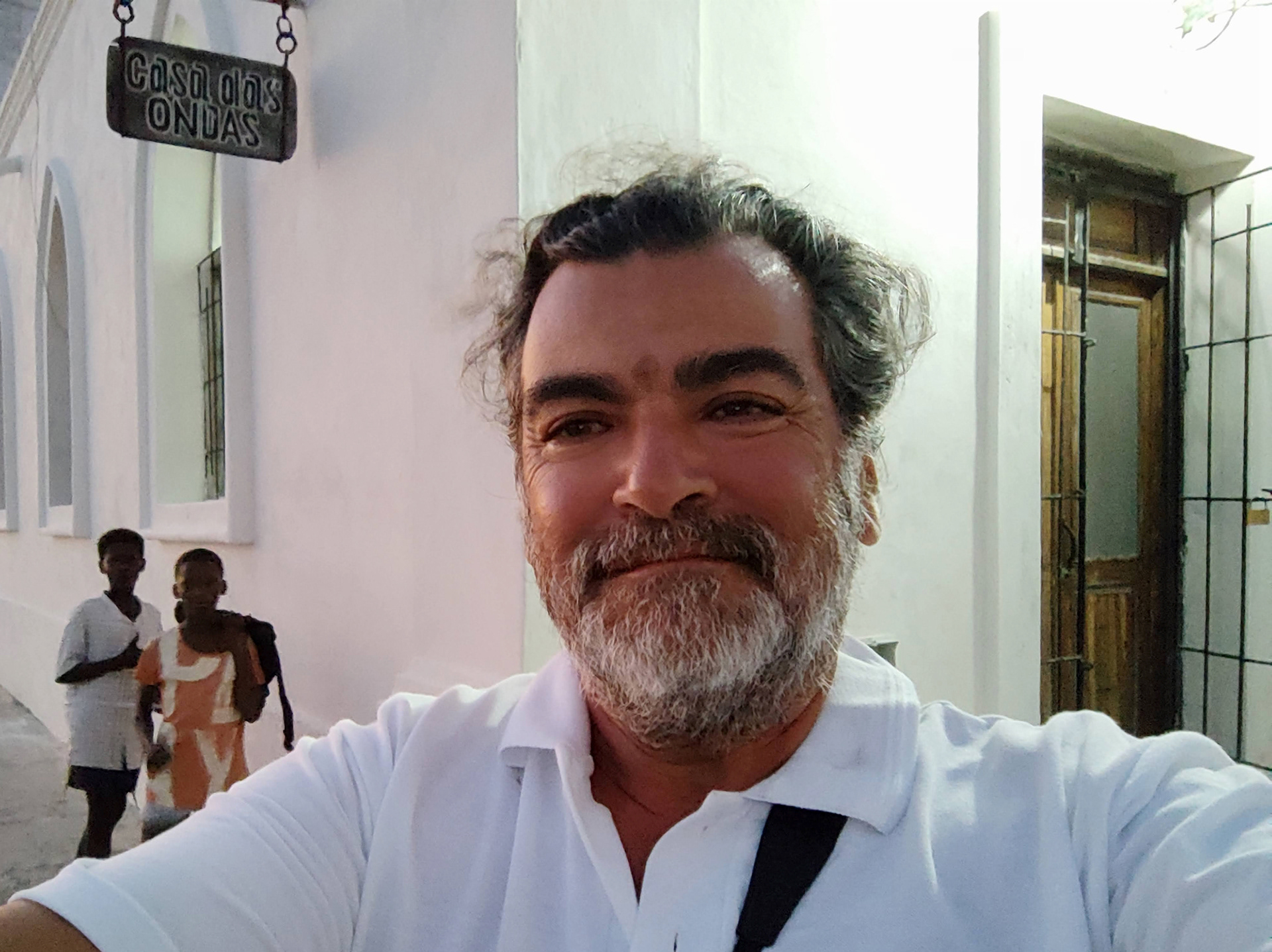
Day 18 Ilha de Moçambique - Nampula - Hospital do Marrere
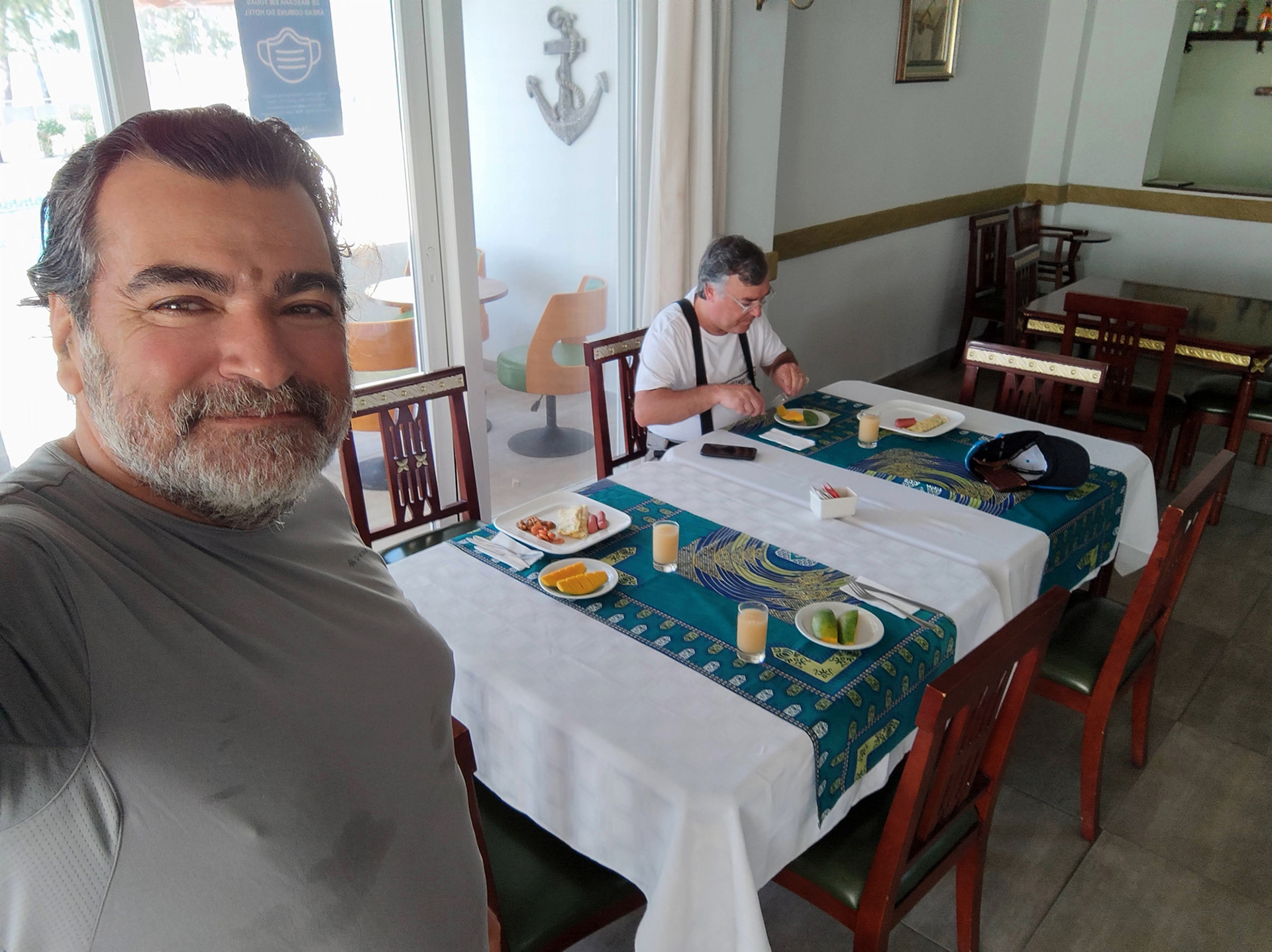
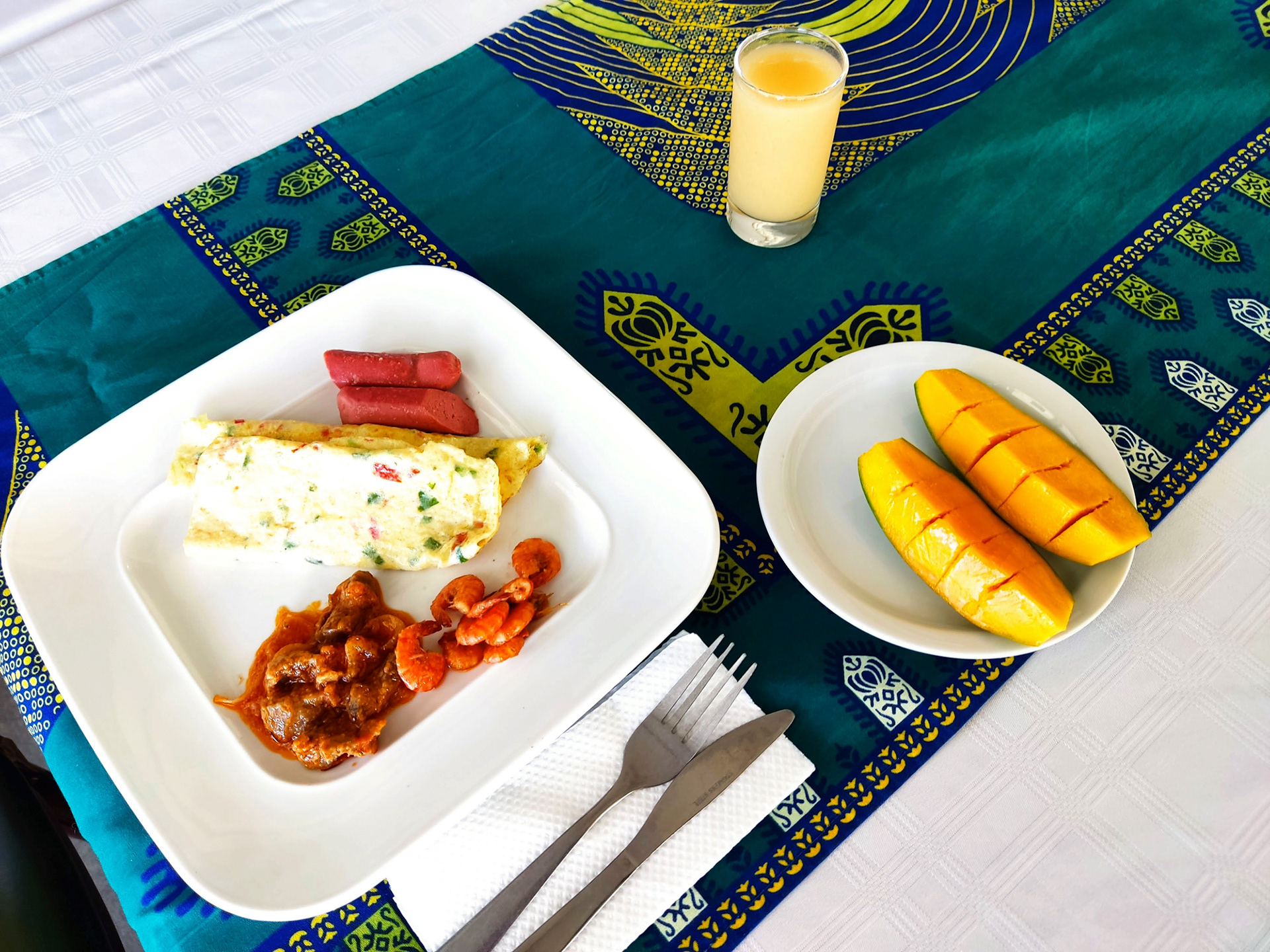
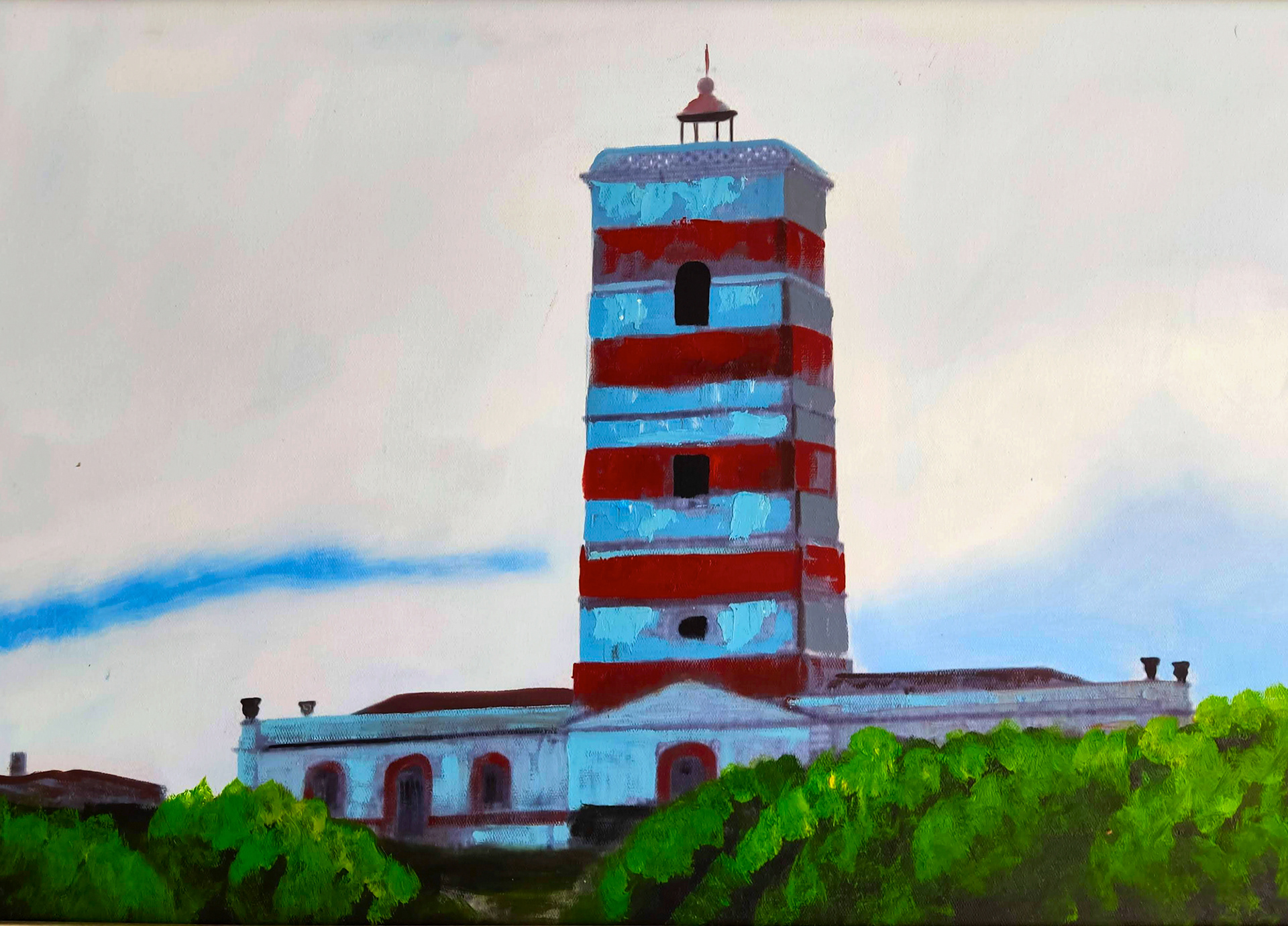
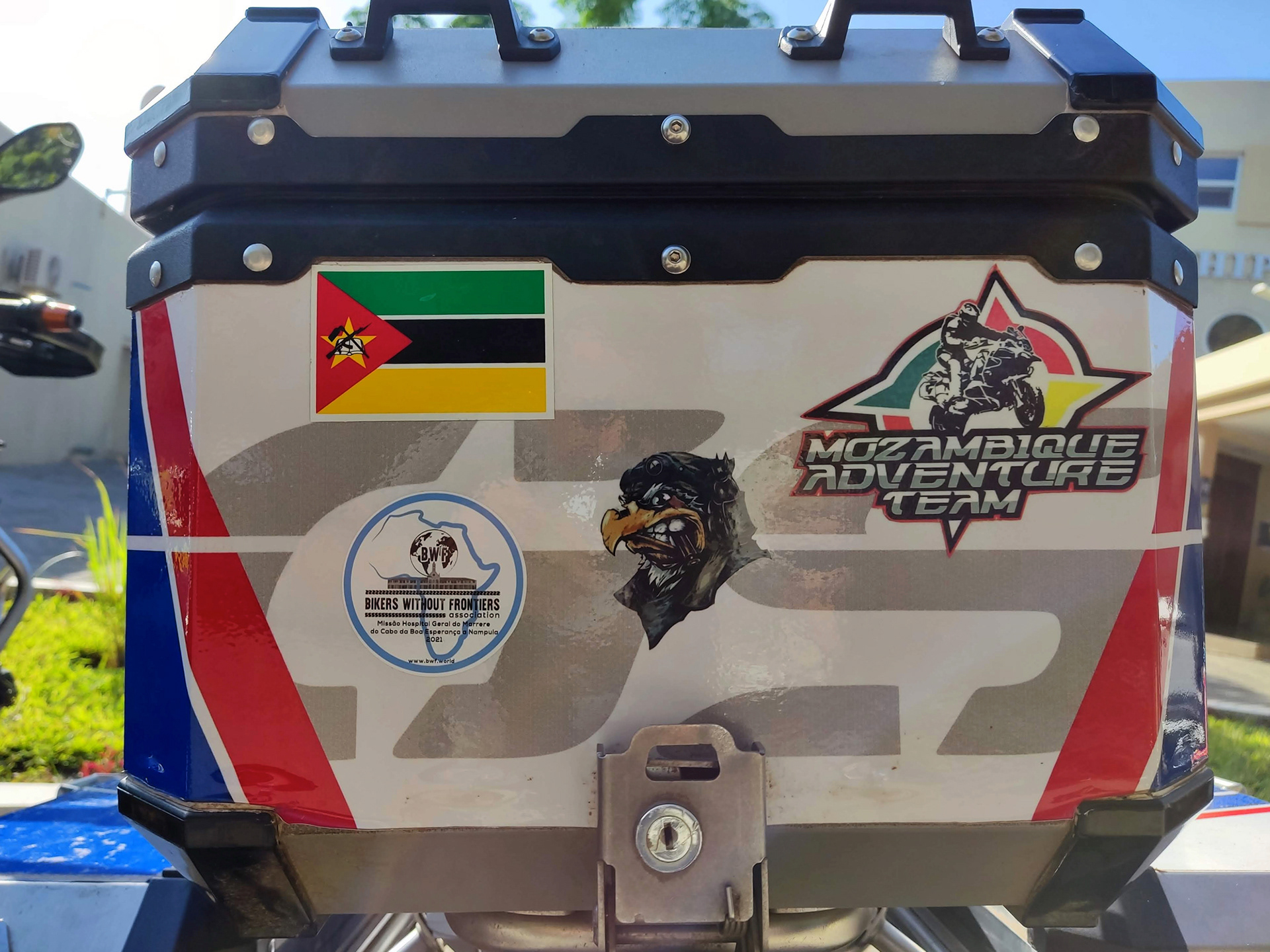
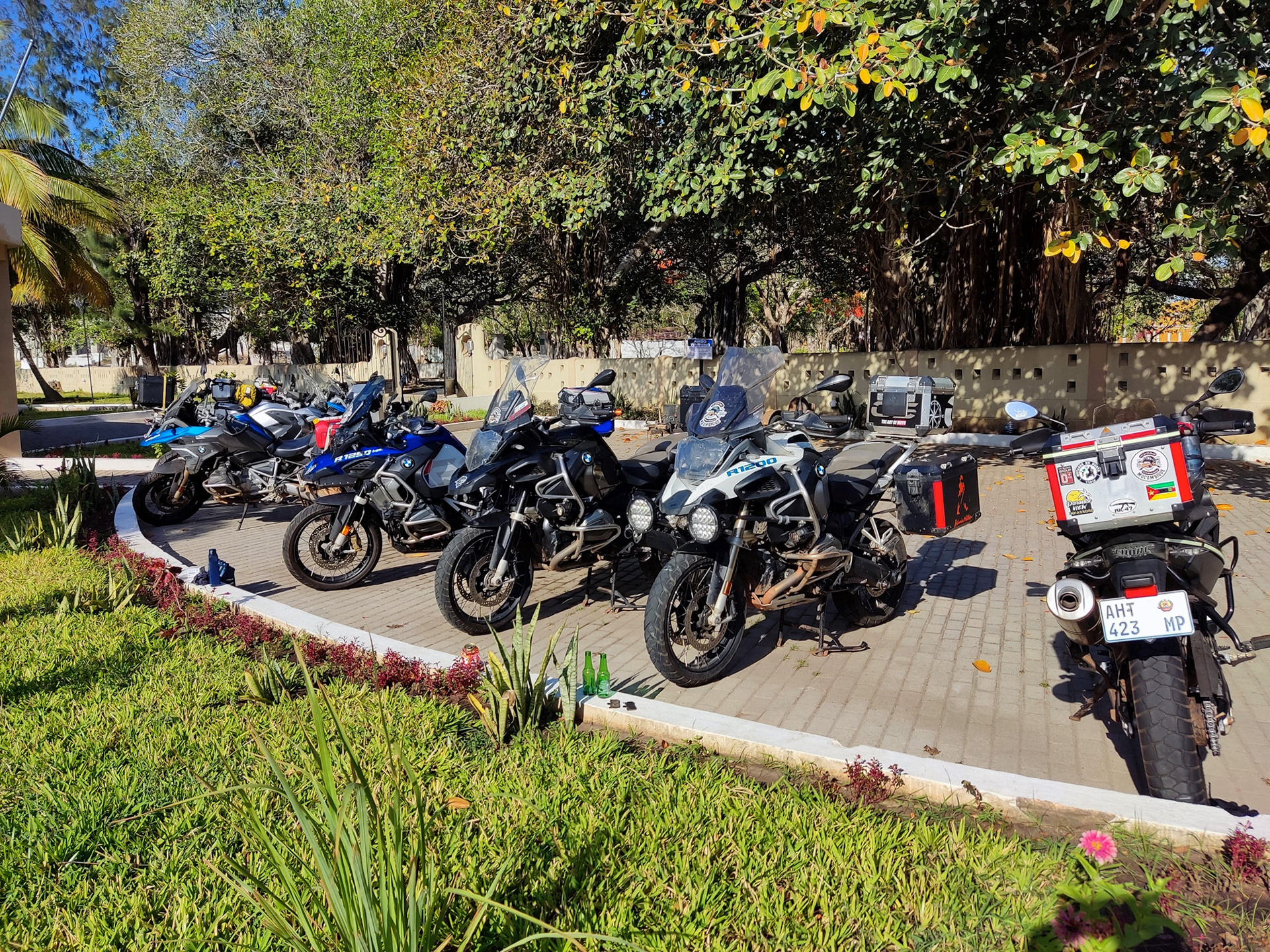
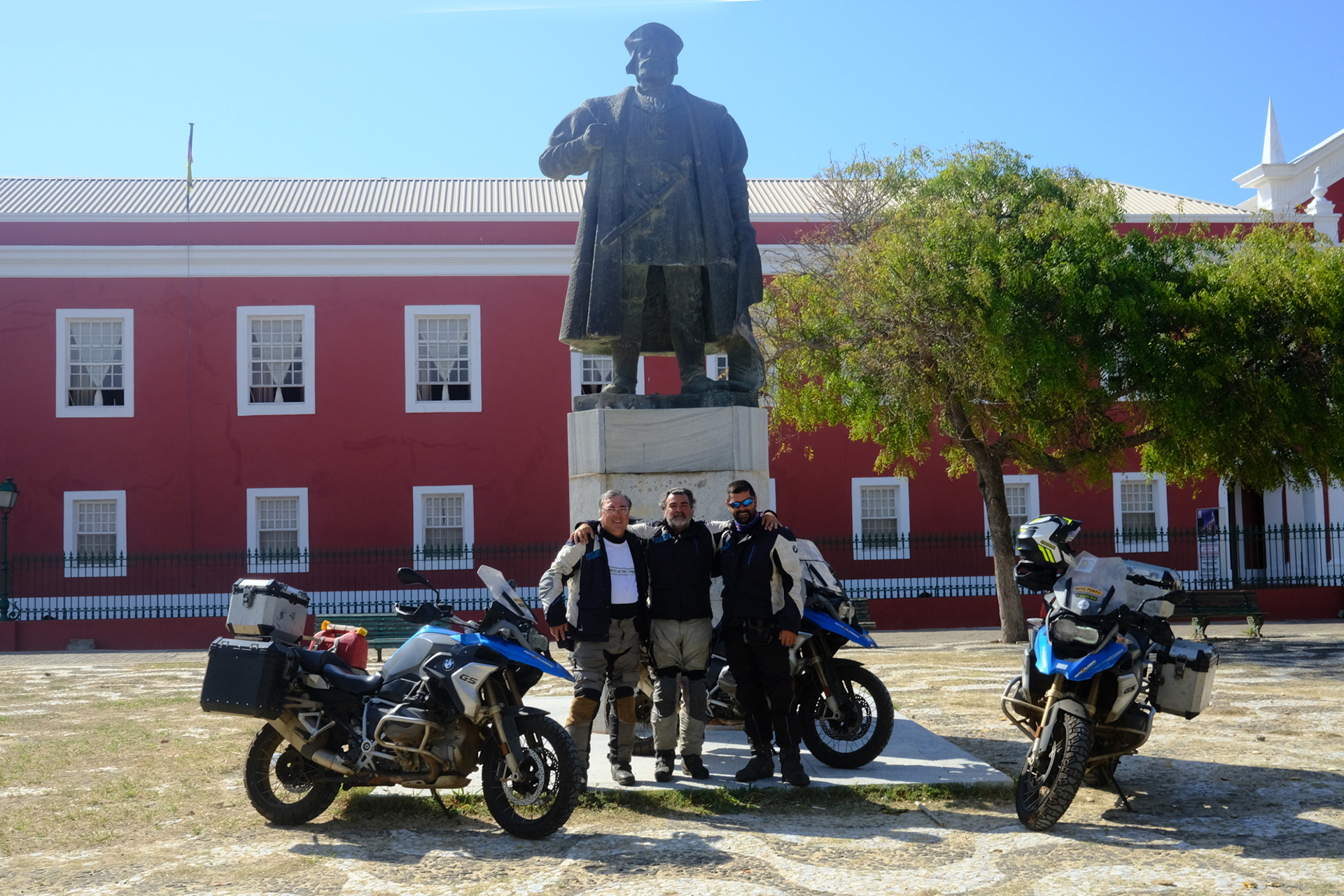
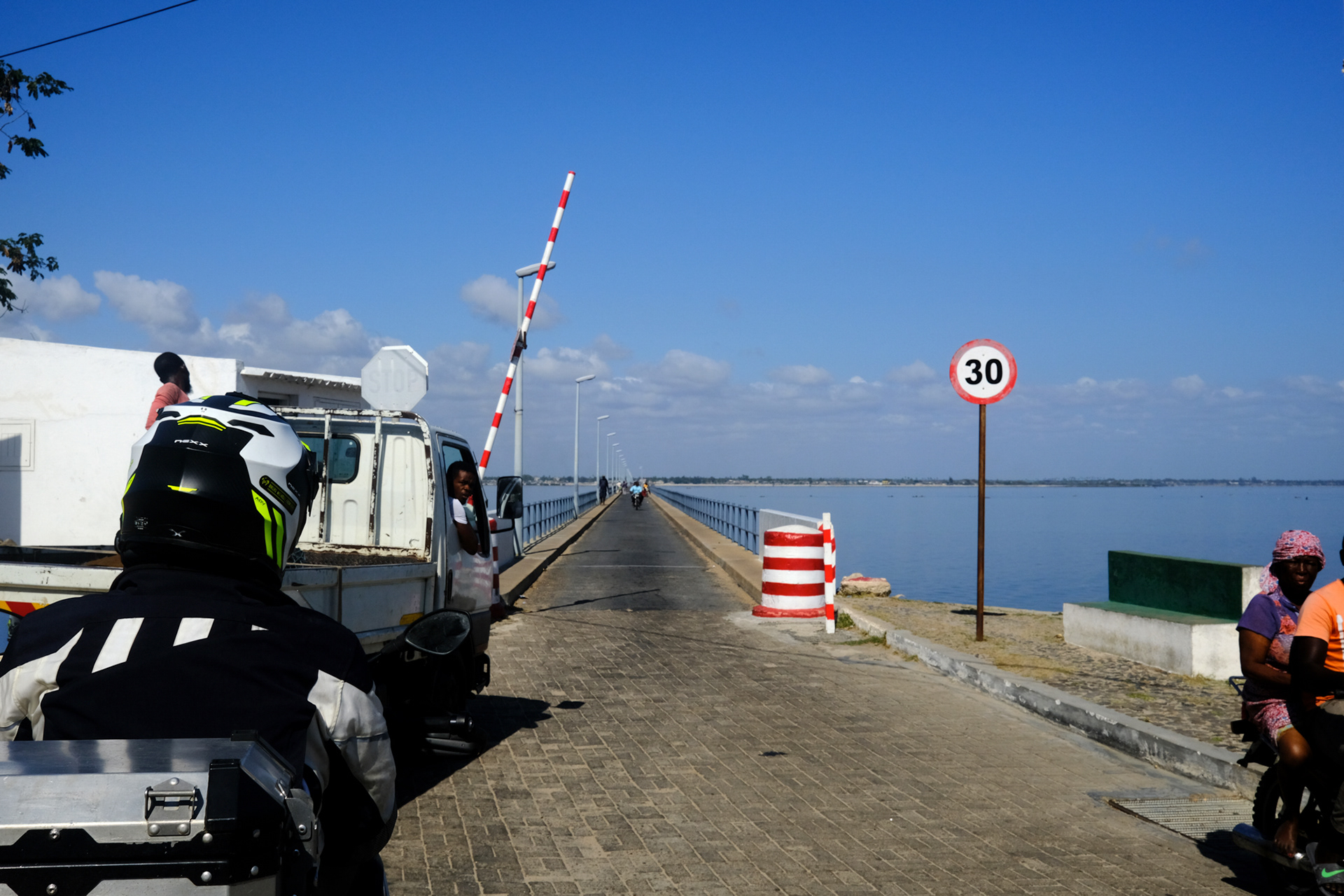
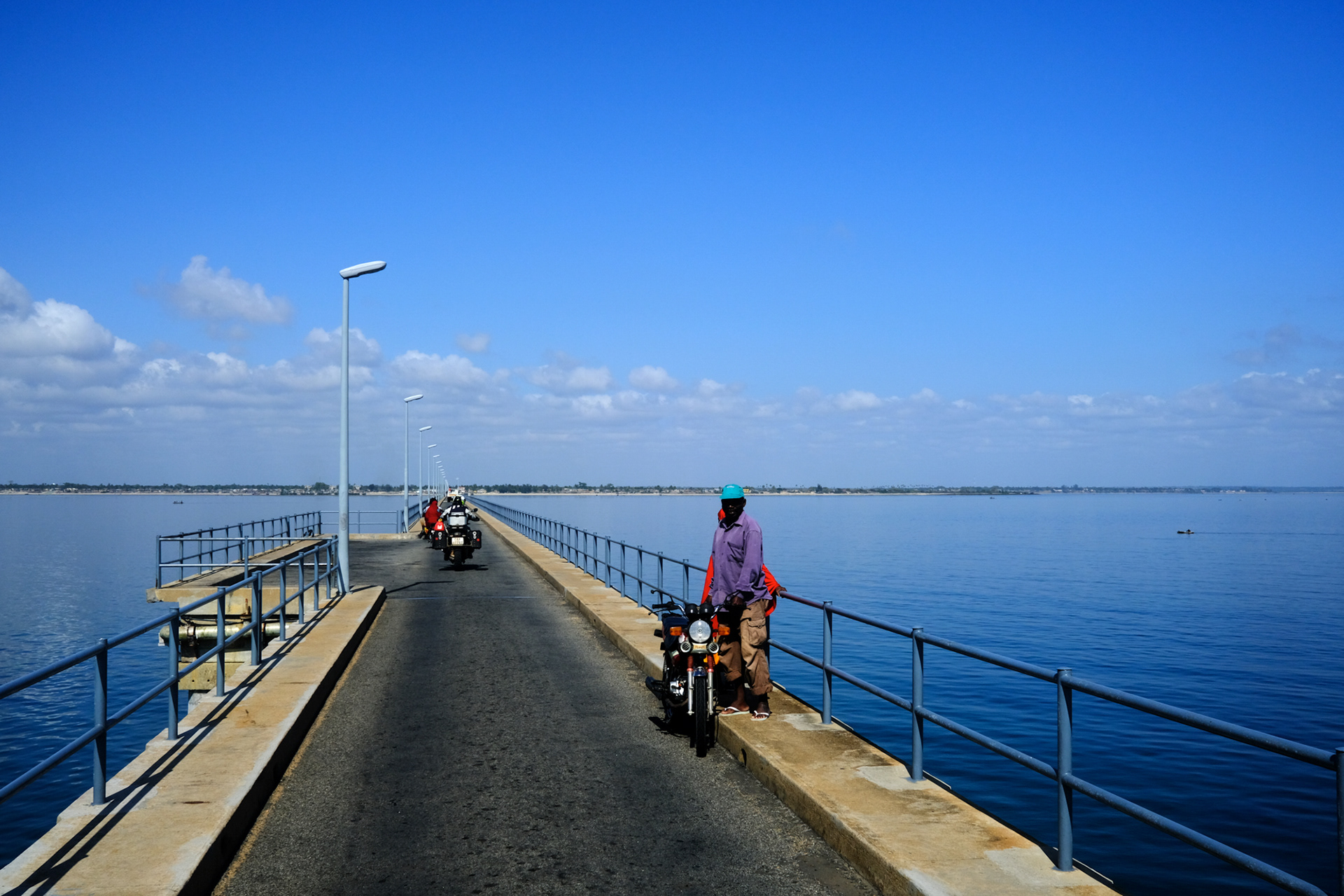
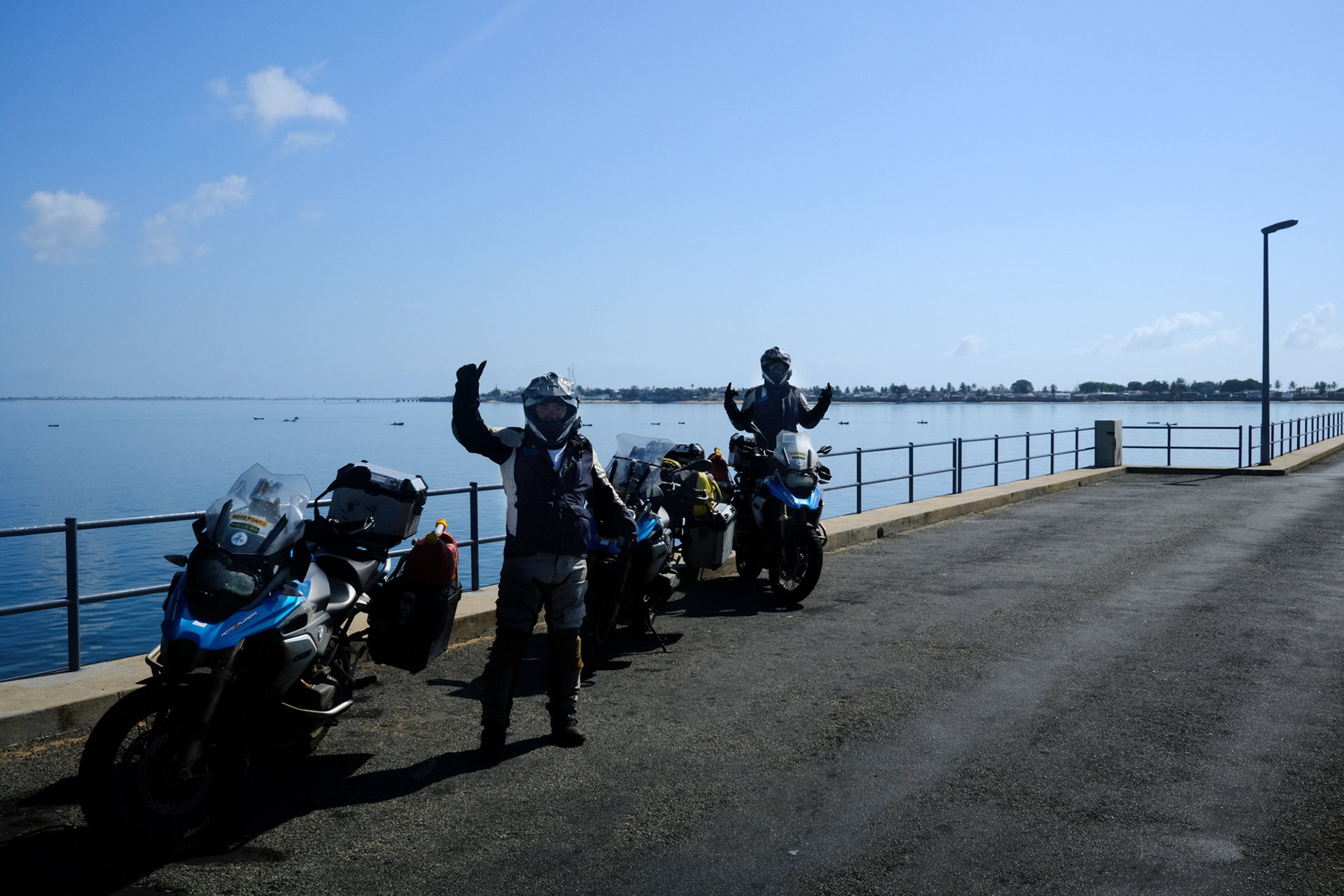
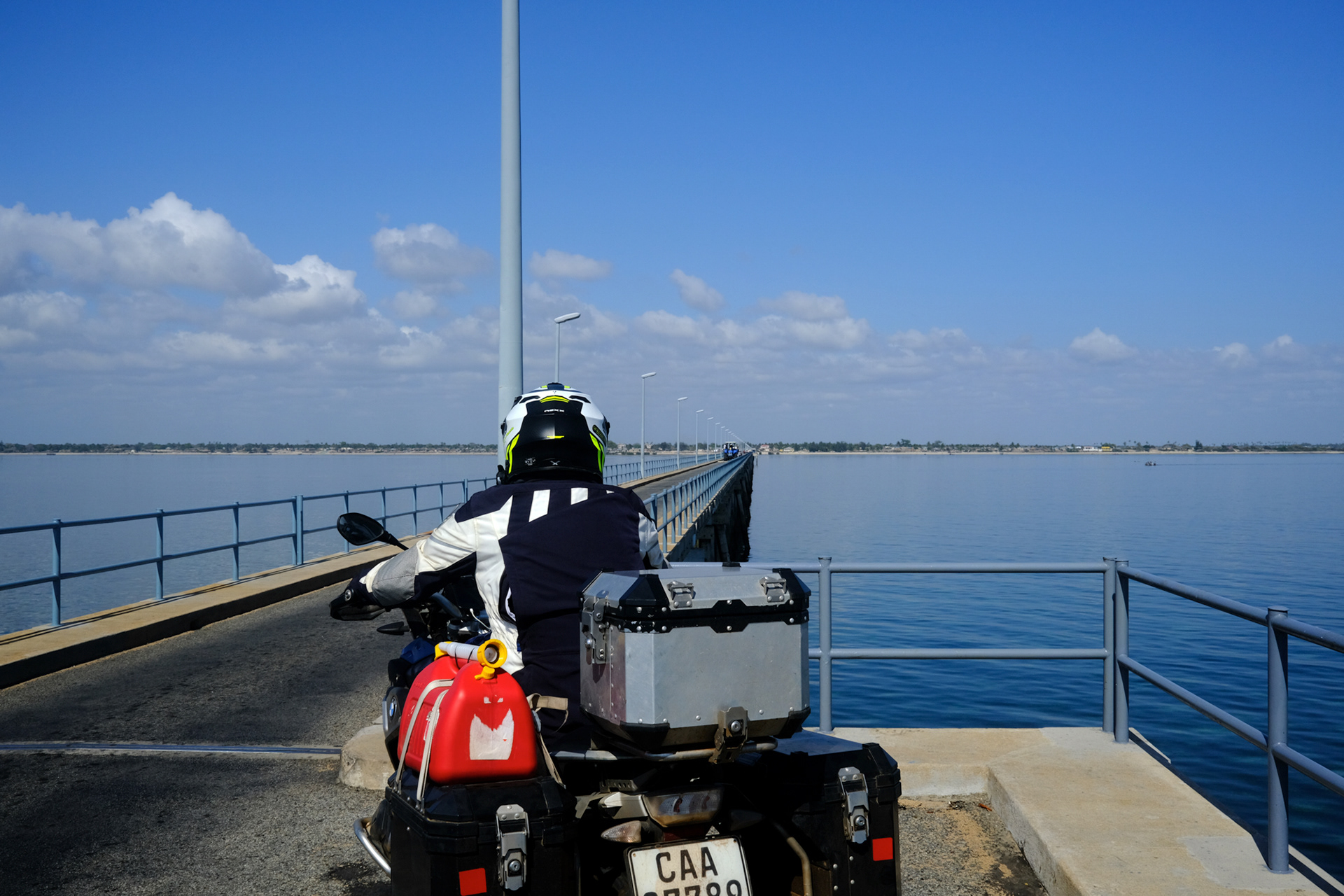
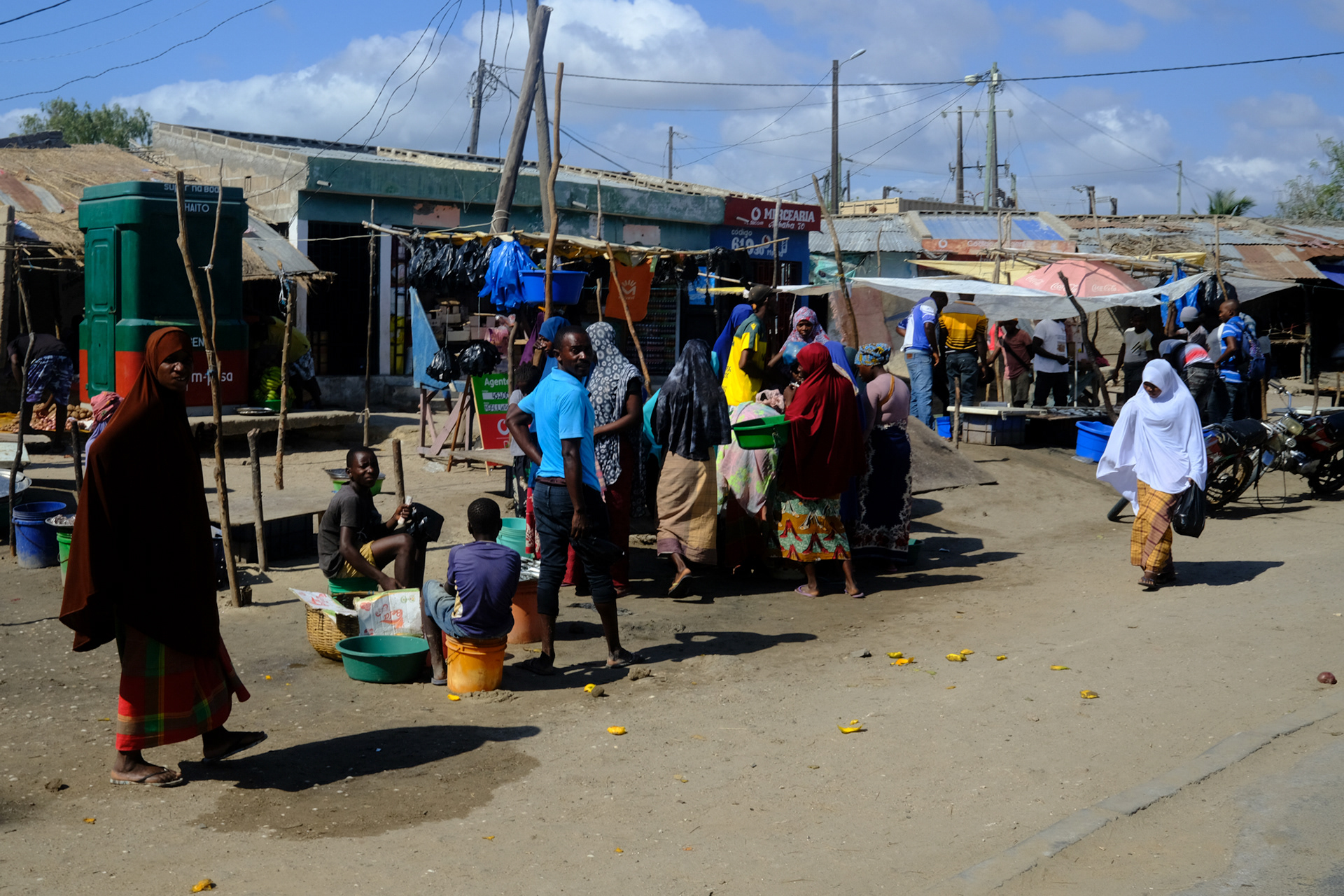
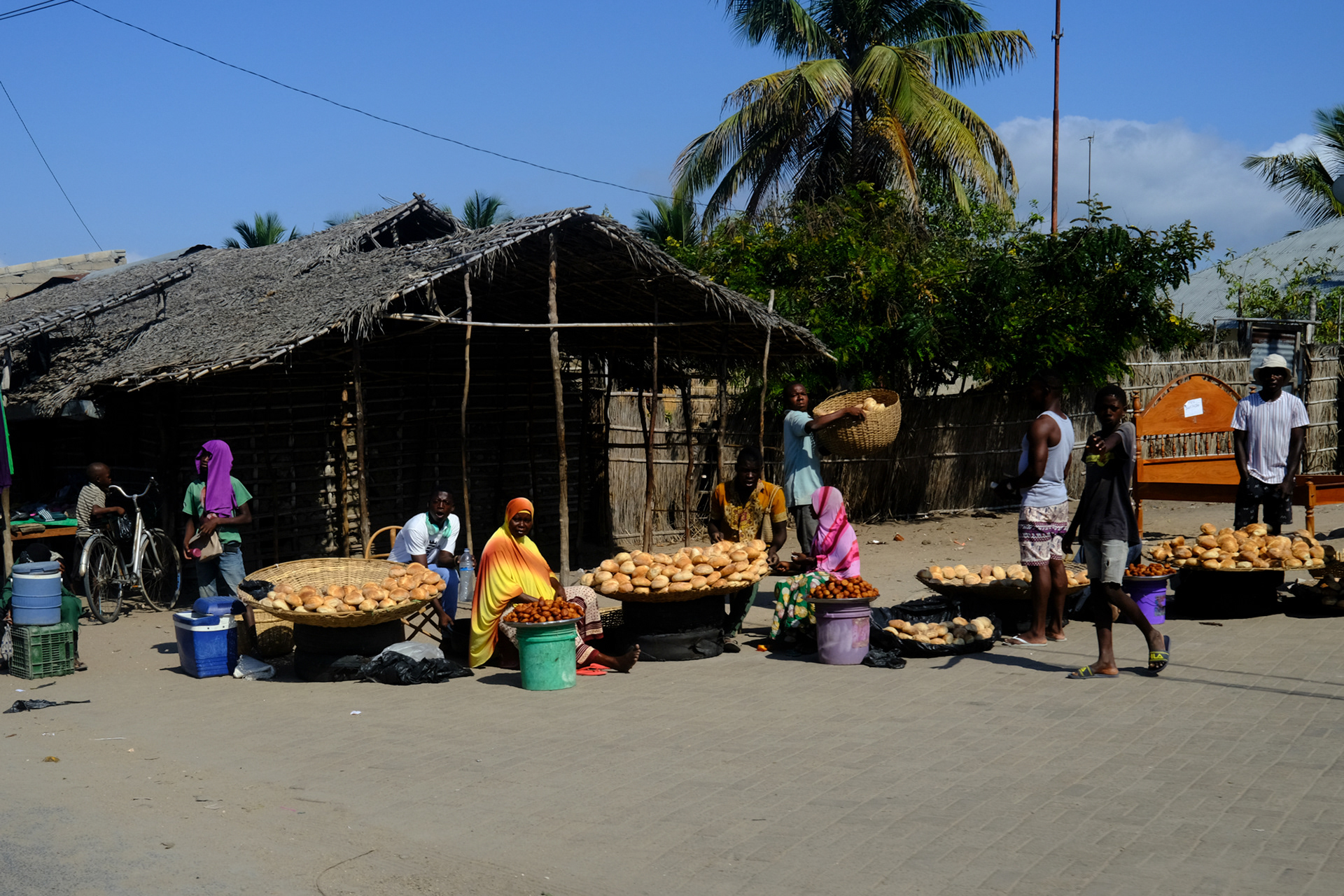
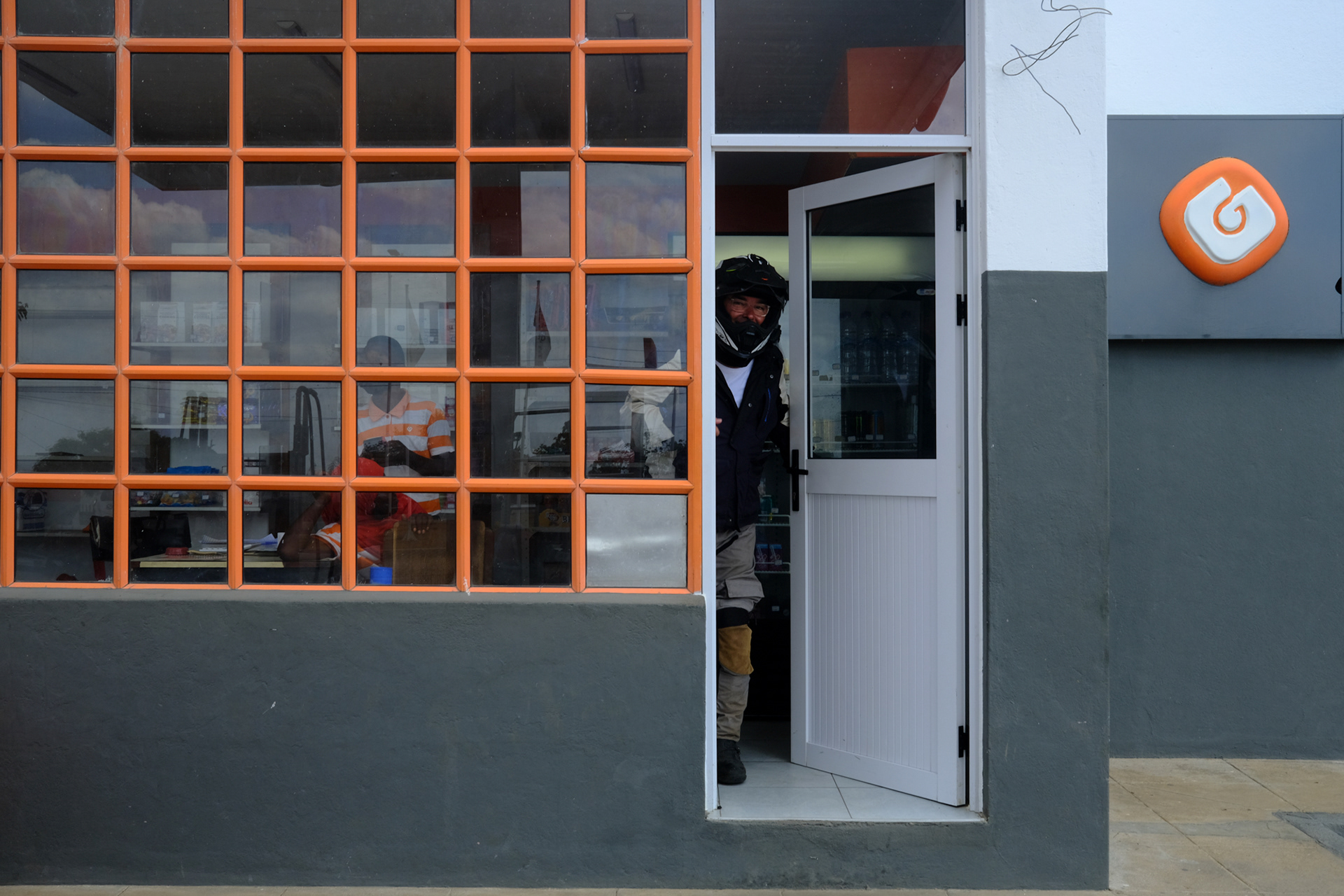
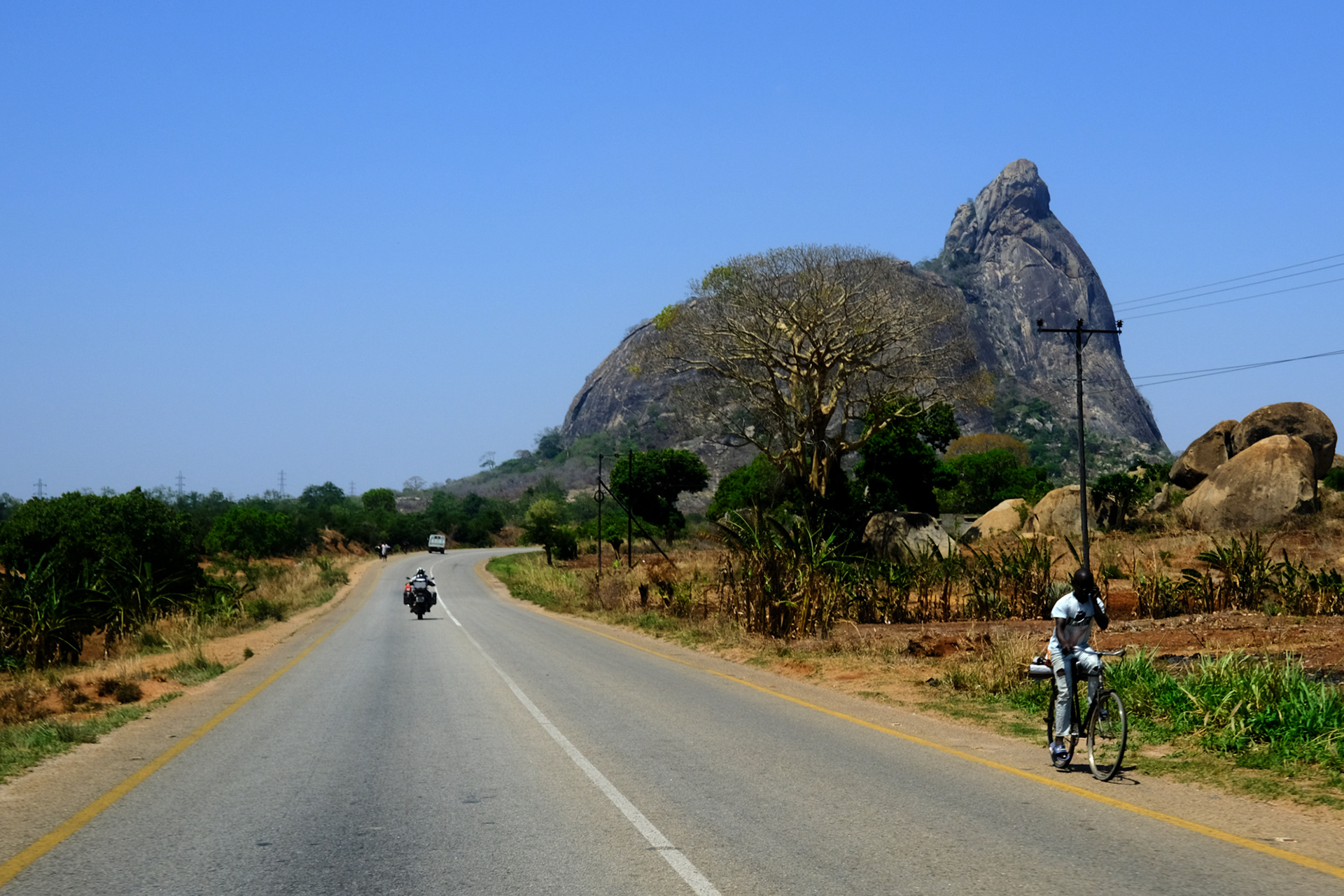
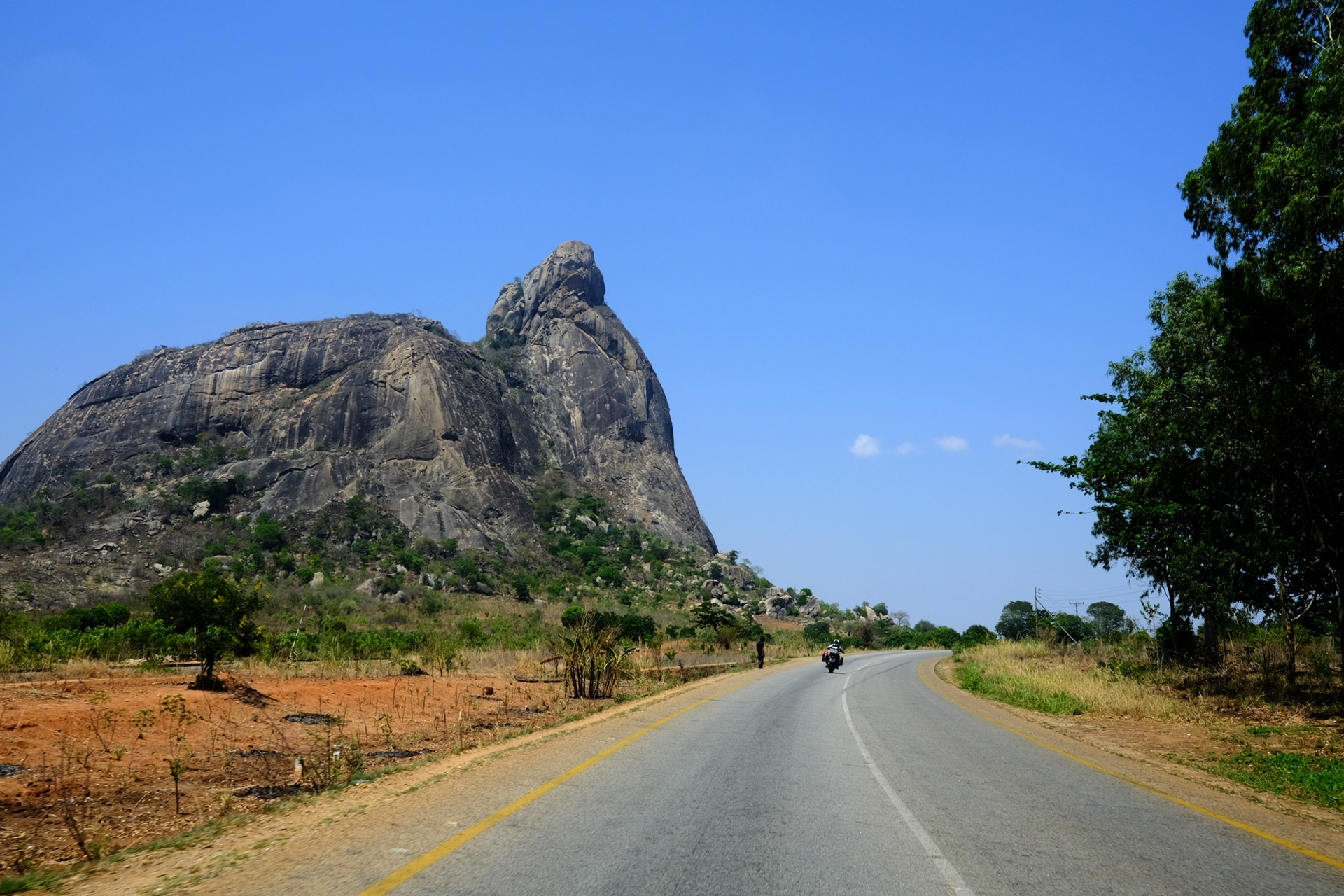
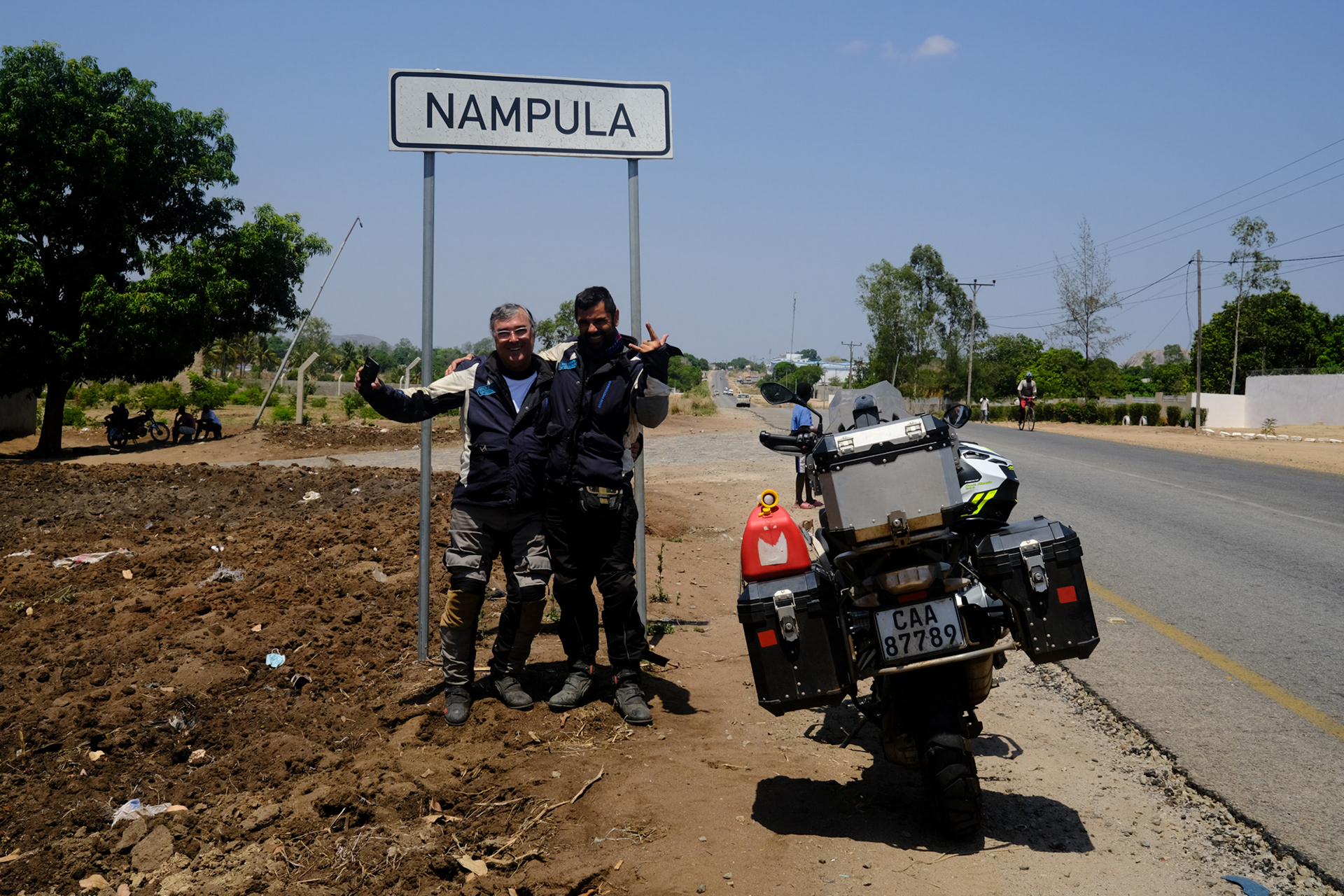
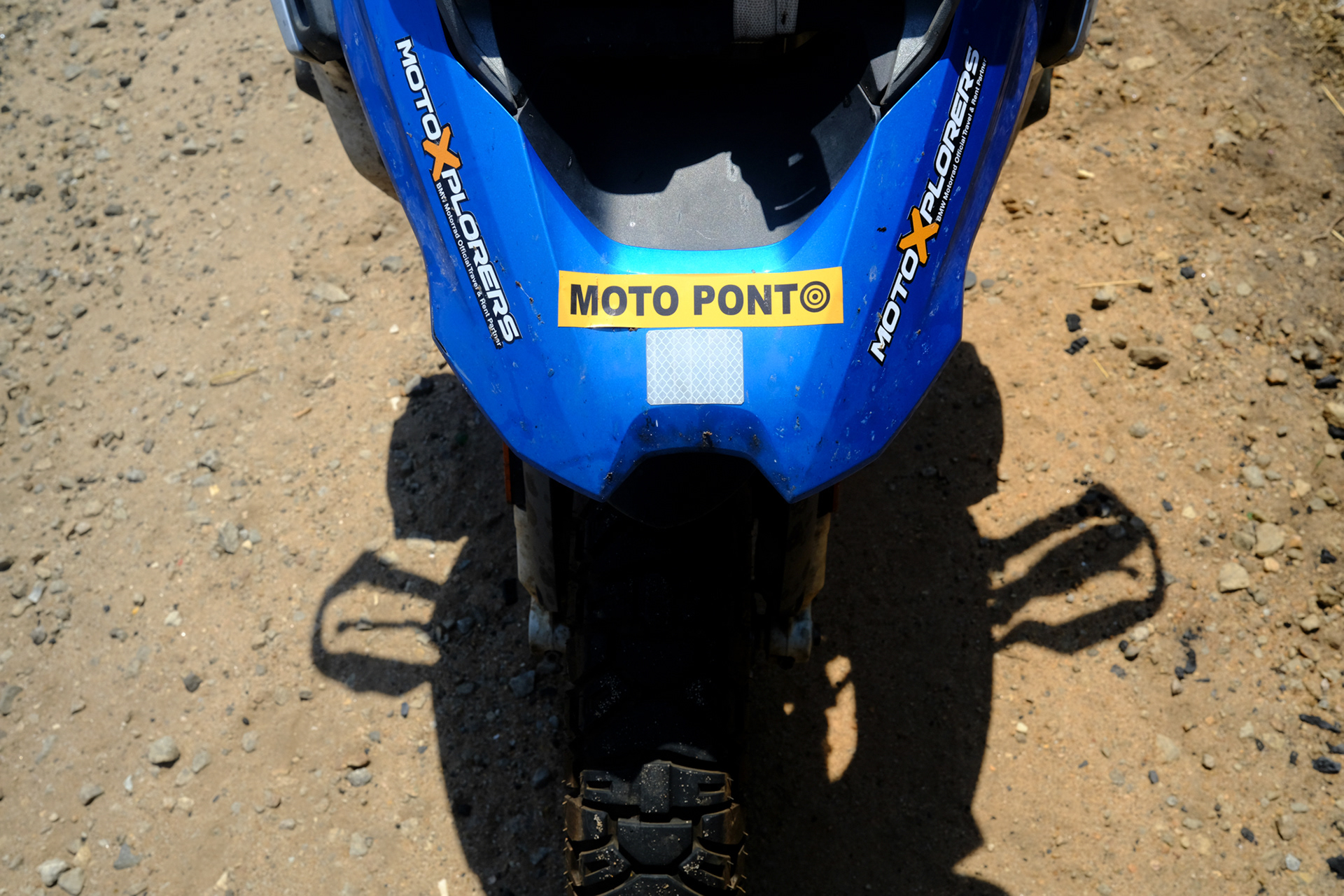
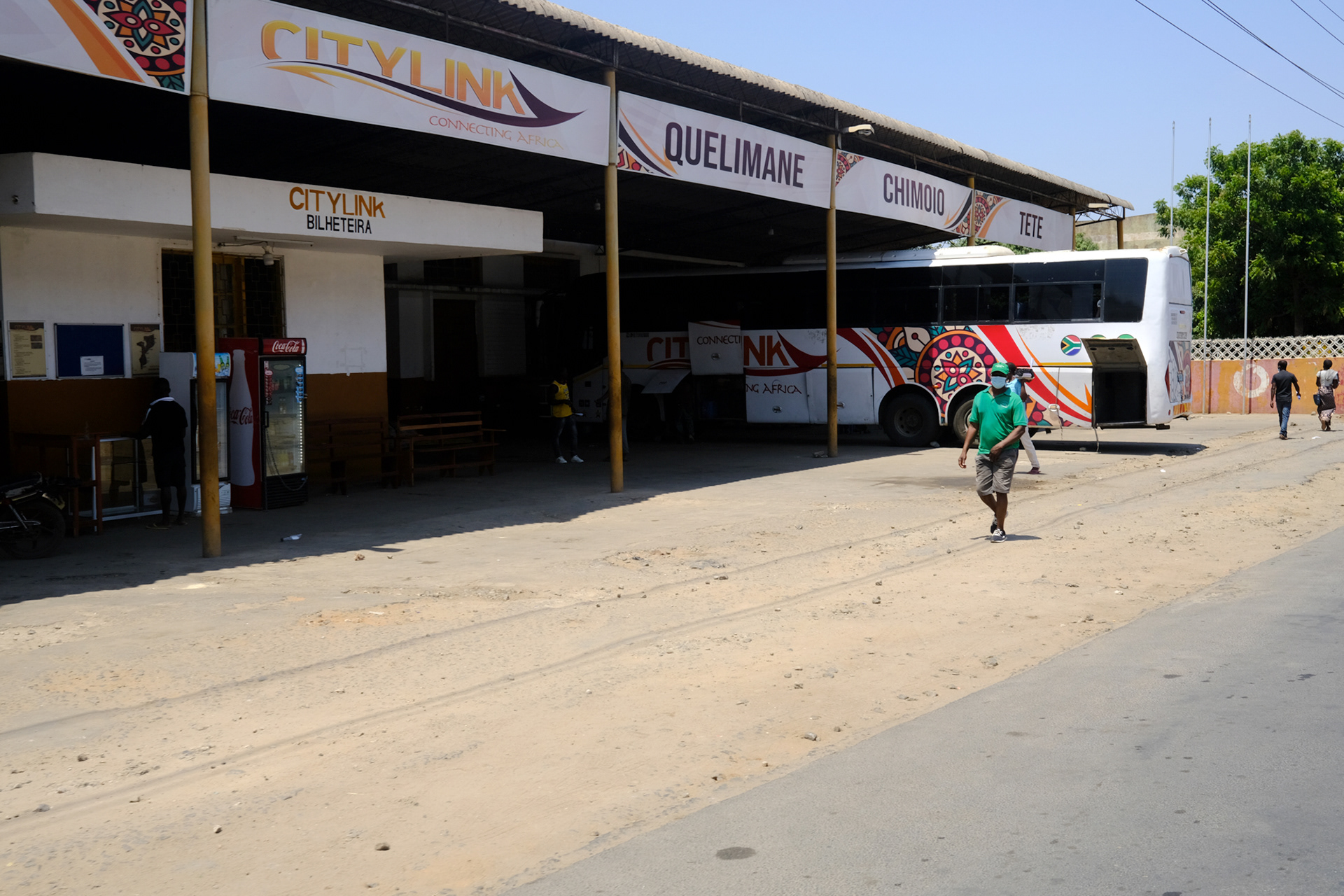
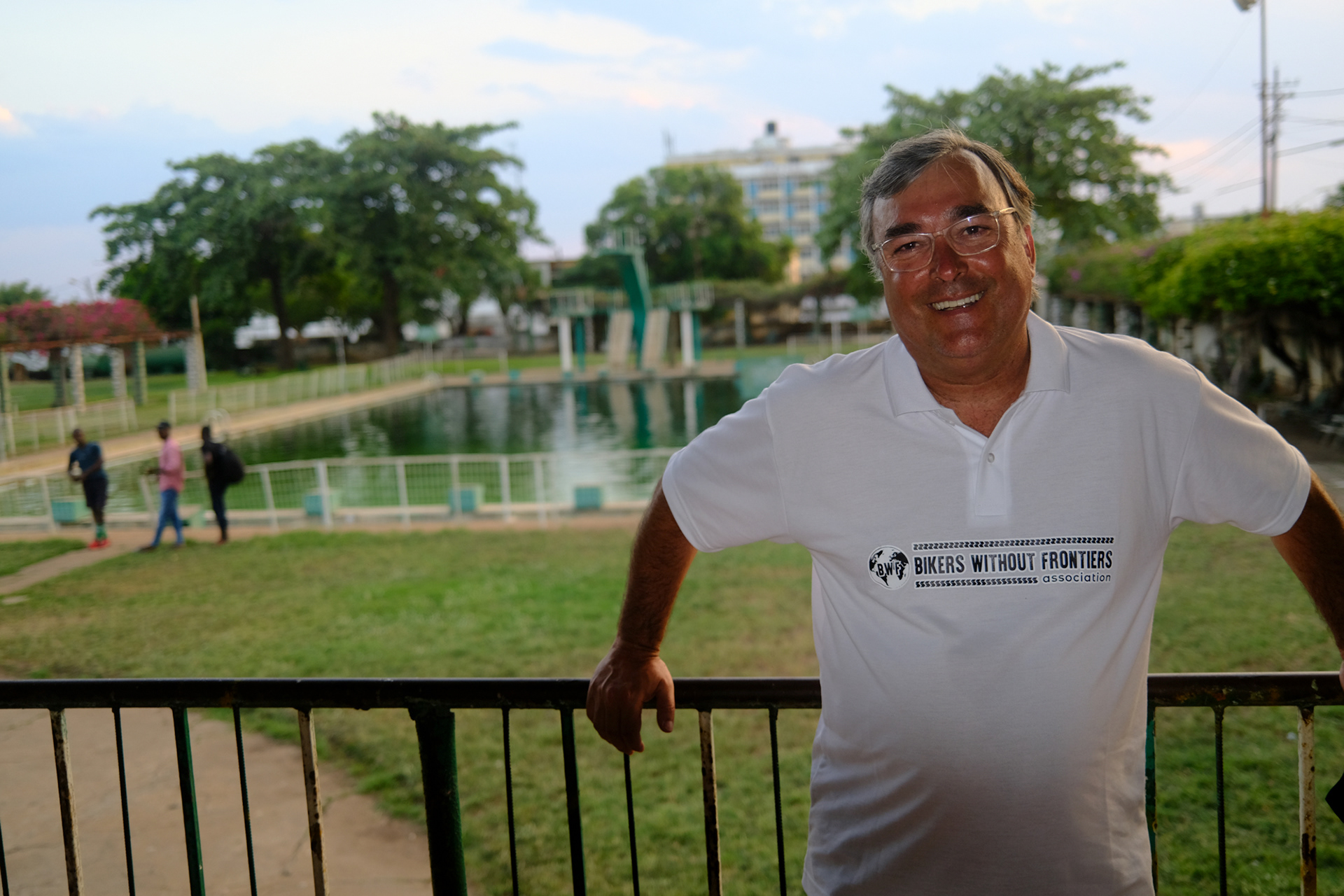
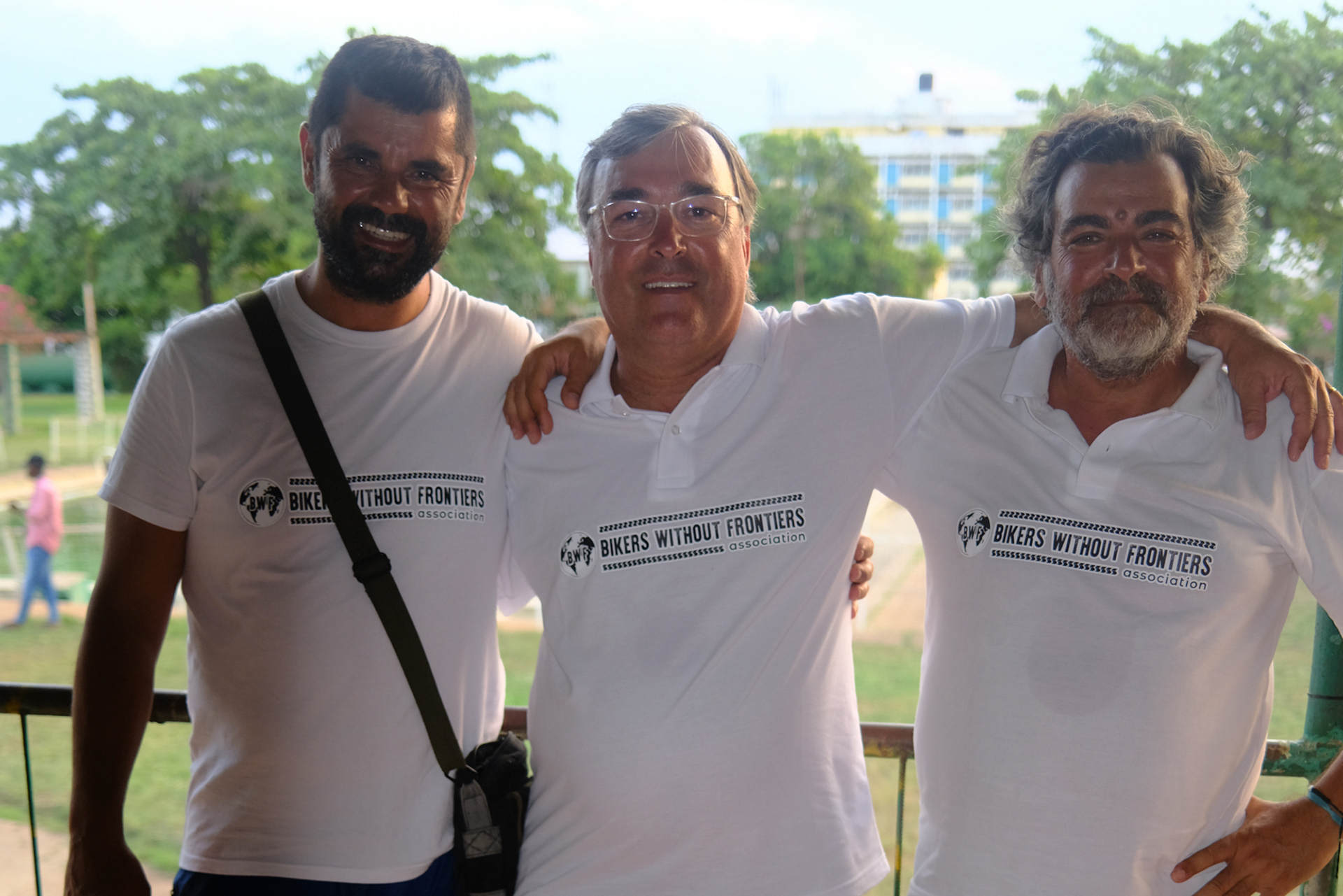
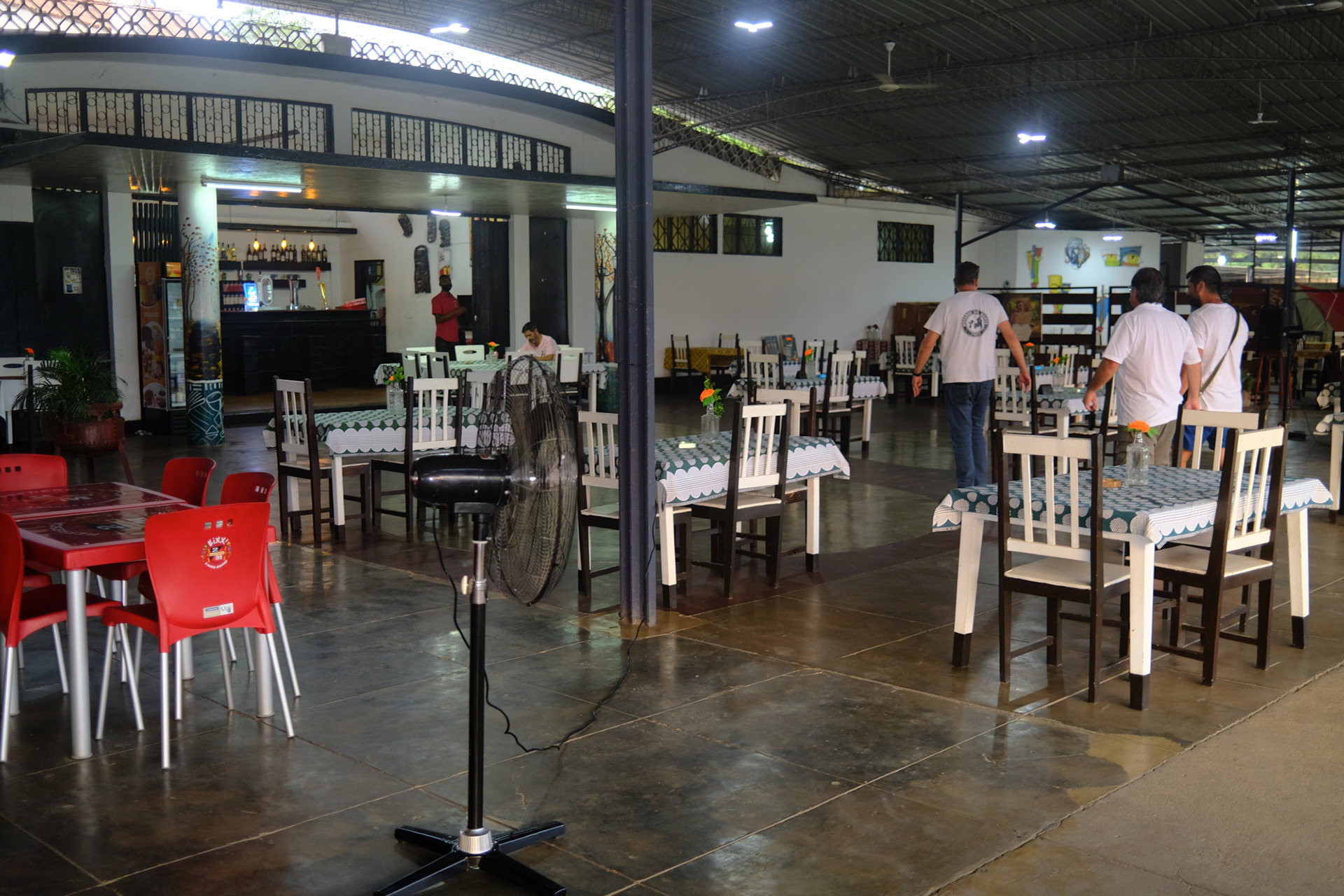
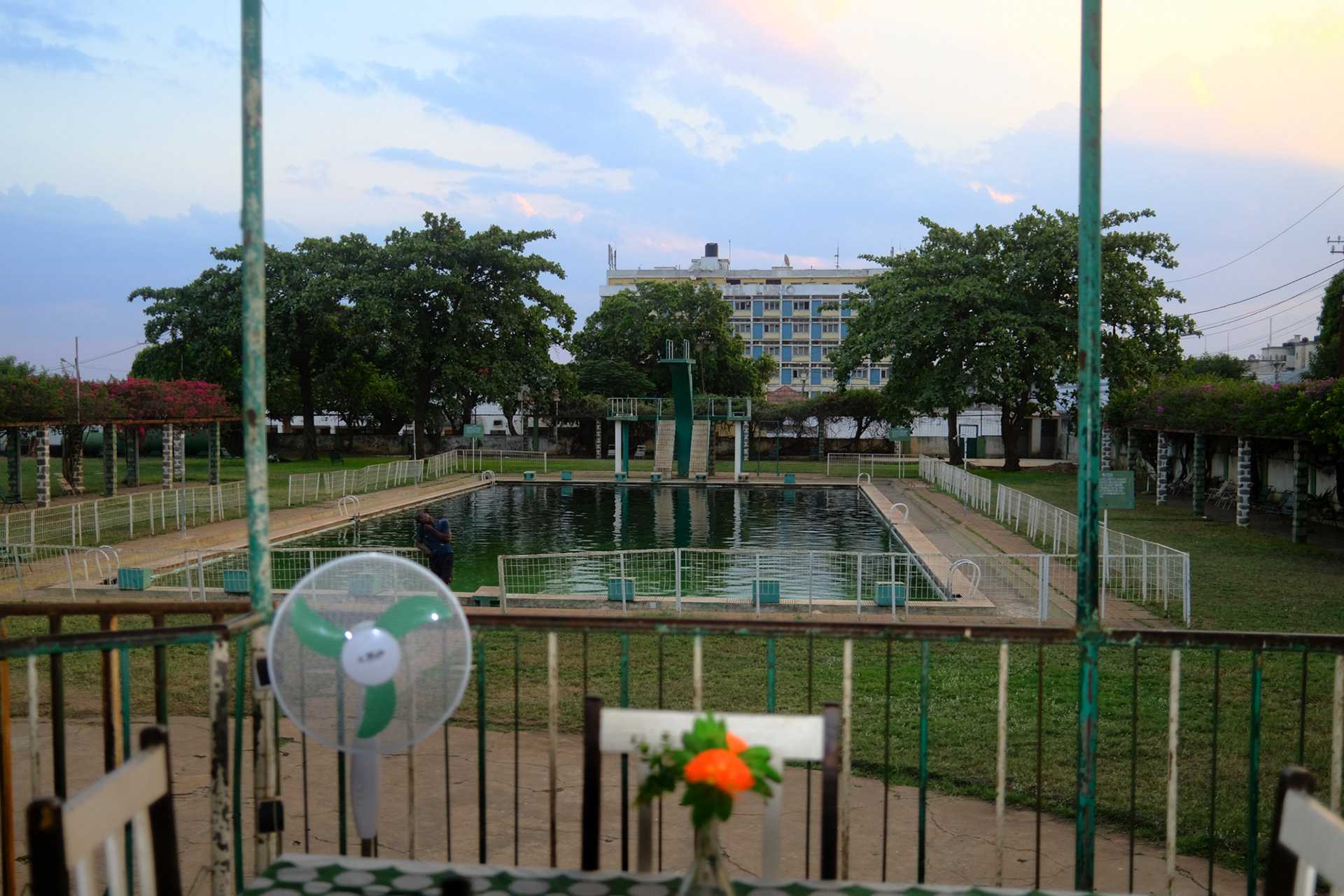
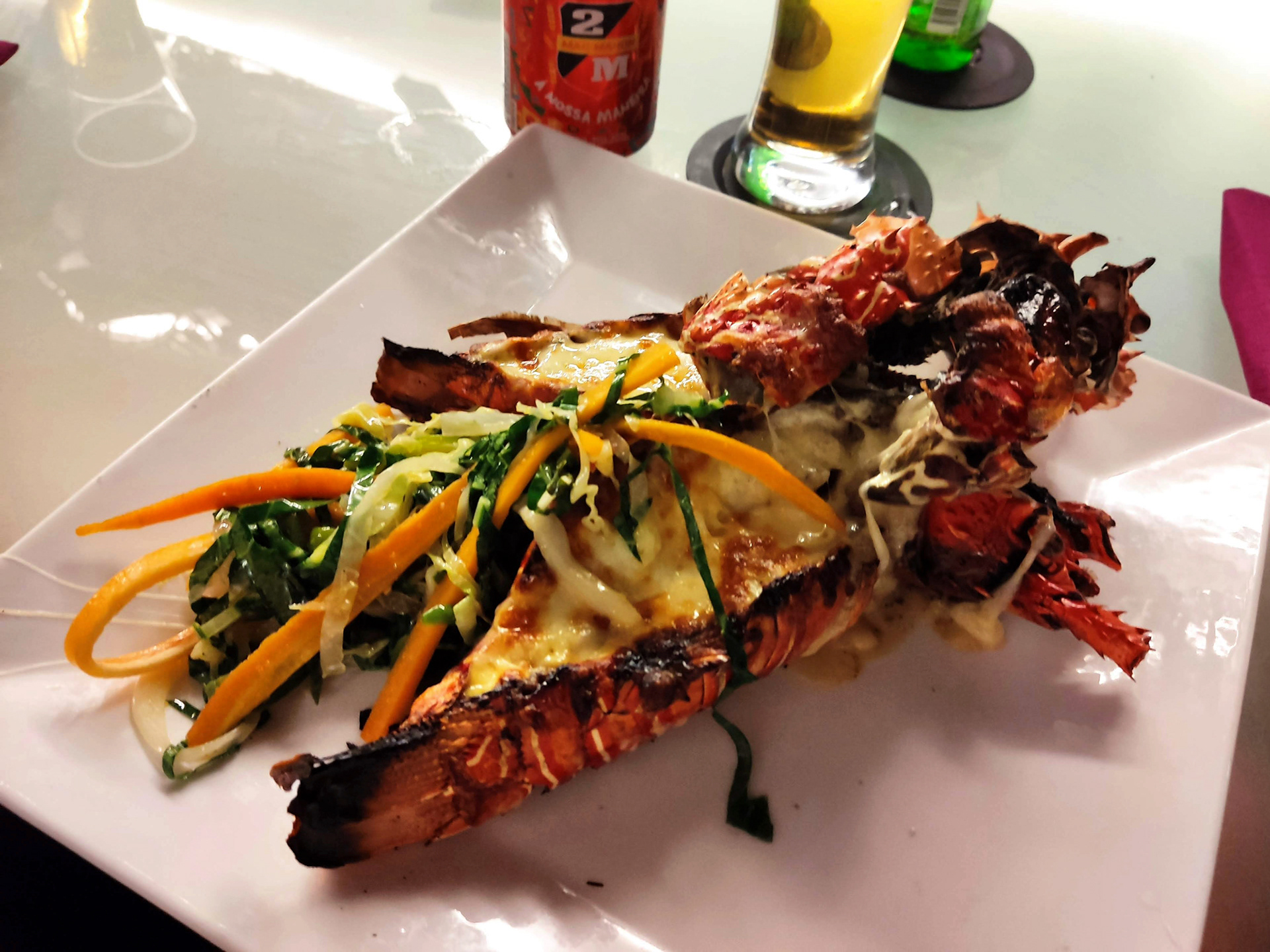
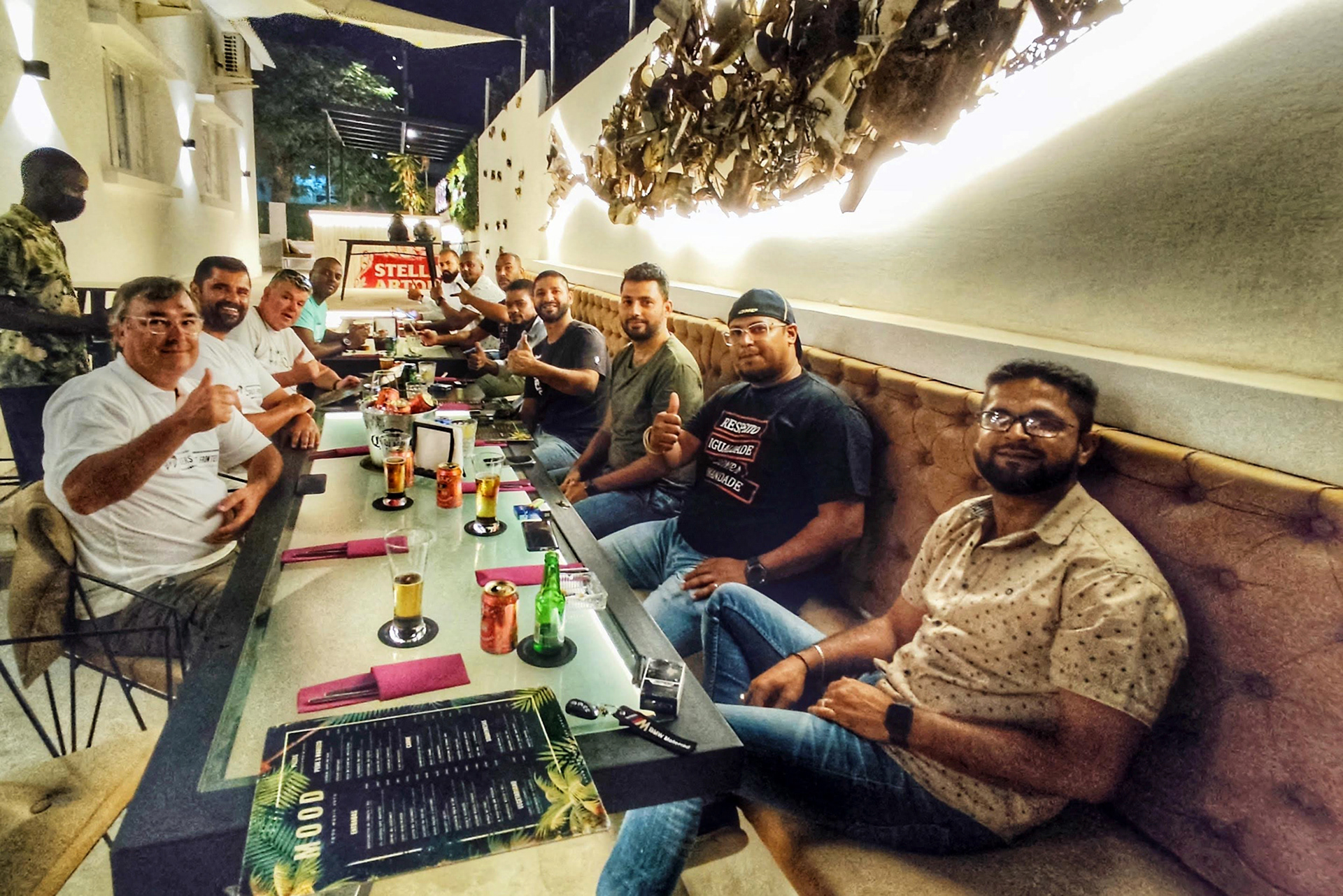
Day 18 Hospital Geral do Marrere
